Grevillea neurophylla
Grevillea nudiflora
Grevillea oleoides
Grevillea olivacea
Grevillea oncogyne
Grevillea paradoxa
Grevillea parallela
Grevillea patulifolia
Grevillea petrophiloides
Grevillea pluricaulis
Grevillea polybractea
Grevillea preissii
Grevillea pteridifolia
Grevillea quadricauda
Grevillea quercifolia
Grevillea ramosissima
Grevillea renwickiana
Grevillea repens
Grevillea rhizomatosa
Grevillea rhyolitica
Grevillea rigida
Grevillea robusta
Grevillea rosmarinifolia
Grevillea rubicunda
Grevillea scortechinii
Grevillea secunda
Grevillea sericea
Grevillea sessilis
Grevillea shiressii
Grevillea speciosa
Grevillea stenobotrya
Grevillea stenomera
Grevillea striata
Grevillea tenuiflora
Grevillea thelemanniana
Grevillea thyrsoides
Grevillea treueriana
Grevillea trifida
Grevillea triloba
Grevillea tripartita
Grevillea venusta
Grevillea victoriae
Grevillea whiteana
Grevillea wickhamii
Grevillea wilkinsonii
Grevillea wilsonii
Grewia latifolia
Guilfoylia monostylis
Guioa semiglauca
Gymnoschoenus sphaerocephalus
Gymnostachys anceps
Gymnostoma australianum
Gynochthodes canthoides
Gynochthodes jasminoides
Grevillea neurophylla
Classification:
Class: Magnoliopsida
Order: Proteales
Family: Proteaceae
Subfamily:
Genus: Is named in honour of C. F. Greville; 1749-1809, who was a British expert botanist on Algae, a foundation member of the London Horticultural Society and a collector of rare plants.
Species: From Neuron, which is Ancient Greek or Nervus, which is Latin for to indicate a nerve or vein system and Phullon/Phyllon, which is Ancient Greek for a leaf. It refers to leaves, which have prominent lateral veins.
Sub Species: Grevillea neurophylla subsp. fluvialtilis. From Neuron, which is Ancient Greek or Nervus, which is Latin for to indicate a nerve or vein system and Phullon/Phyllon, which is Ancient Greek for a leaf. It refers to leaves, which have prominent lateral veins.
Sub Species: Grevillea neurophylla subsp. neurophylla. From Neuron, which is Ancient Greek or Nervus, which is Latin for to indicate a nerve or vein system and Phullon/Phyllon, which is Ancient Greek for a leaf. It refers to leaves, which have prominent lateral veins.
Common Name:
Distribution:
Grevillea neurophylla is to be found south from Canberra in south eastern New South Wales to Warby Range State Park in north eastern Victoria.
Grevillea neurophylla subsp. neurophylla is generally found at higher altitude levels than Grevillea neurophylla subsp. fluvialtilis.
https://avh.ala.org.au/occurrences/search?taxa=Grevillea+neurophylla#tab_mapView
Habitat Aspect Climate:
Grevillea neurophylla subsp. neurophylla prefers full sun to dappled shade. It grows in open woodlands, valleys, riparian zones but not on the flood plains and on rocky slopes at higher altitudes.
Grevilleaneurophylla subsp. fluvialtilis is found in a few river valleys in the riparian zones particularly on the flood plains and along the banks of permanent water.
The altitude ranges from 15 meters ASL to 650 meters ASL.
The temperatures range from minus 6 degree in August to 37 degrees in January.
The rainfalls range from lows of 500mm to an average of 1600mm annually.
Soil Requirements:
Grevillea neurophylla prefers to grow on sandy loams to light clays, lateritic rocky outcrops, and lateritic rocky and stony soils. The soils are usually derived from granites or sandstones. The soils pH ranges from 4. 5pH to 6pH are preferred. It does not tolerate waterlogged soils. Non saline soils to moderately saline soils are tolerated.
Height & Spread:
Wild Plants:
Grevillea neurophylla subsp. neurophylla is 1m to 2. 5m by 2m to 4m.
Grevillea neurophylla subsp. fluvialtilis is 2m to 4m by 2m to 3m.
Characteristics:
The larger stems are deep grey, glabrous and spreading. Branchlets are pale green and glabrous. The terete branchlets are rhizomatous where they touch the ground during favourable conditions or where they may be covered with sand or mulch.
Grevillea neurophylla subsp. neurophylla is an erect or spreading shrub with an open habit.
Grevillea neurophylla subsp. fluvialtilis is an erect columnar shrub with dense foliage to the ground.
Grevillea neurophylla subsp. neurophylla’s alternate almost opposite simple leaves are very narrowly elliptical to linear. It is irregularly ascending to spreading, terete and measure 25mm to 40mm in length by 0. 8mm to 2mm in width. The concolourous laminas are glabrous, dull and pale grass-green to deep grass green. The margins are entire and are strongly recurved to widely terete back to the mid vein. The mid vein is prominent on the lower lamina and is not visible on the upper lamina. The base and apex are tapering. The petioles measure 2mm to 4mm in length and are noticeably swollen at the nodes.
Grevillea neurophylla subsp. fluviatilis‘s sub opposite crowded, simple leaves are very narrowly elliptical to linear. It is terete, ascending and measure 38mm to 45mm in length by 0. 8mm to 2mm in width. The concolourous laminas are glabrous, dull and pale grass-green to deep grass green and sparsely covered in white sericeous to hirtellous hairs. The margins are entire and are strongly recurved to widely terete back to the mid vein. The mid vein is prominent on the lower lamina and is not visible on the upper lamina. The base and apex are tapering. The petioles measure 2mm to 4mm in length and are noticeably swollen at the nodes.
The inflorescence of Grevillea neurophylla is a short raceme usually born from the terminals or at times from the leaf axils. The peduncles and pedicels are glabrous. The peduncles have 8 to 20 individual flowers and measure 6mm to 30mm in length while the pedicels measure 4mm to 6mm in length. The perianth and style are the most prominent parts of the flower. Individual perianths are variable, white to pastel pink from the base through to the limbs. The perianths are covered white subsericeous hairs externally and are covered in white hirtellous hairs internally. The perianth and limbs measure 6mm to 8mm in length while the limbs are strongly recurved and free.
The style is white to pastel pink from the base to the pink stigma and small white pollen presenter. The pistils measure 6mm to 8mm long. The style is glabrous, except for a 1 mm ring of white papillae hairs below the stigma. The lateral style is refracted near the stigma and pollen presenter. The flowers appear from September to February for Grevillea neurophylla subsp. neurophylla while theflowers appear from August to November on Grevillea neurophylla subsp. fluviatilis.
Grevillea neurophylla subsp. neurophylla‘s fruits are ovoidal to ellipsoidal colliculose follicles. The follicles radiate out from the peduncle. The follicles measure 8mm to 10mm in length by 5mm to 6mm wide.
Grevillea neurophylla subsp. fluvialtilis‘s fruits are ovoidal to ellipsoidal colliculose follicles. The follicles radiate out from the peduncle. The follicles measure 6. 5mm to 8mm in length by 4mm to 5mm wide.
Wildlife:
Grevillea neurophylla with the flowers hidden on the inside make them very attractive and safe havens for small to medium honeyeaters like the Silver Eyes (Zosterops lateralis), Yellow Face Honeyeater (Lichenostomus chrysops), Brown Honeyeater (Lichmera indistincta) and the eastern Spinebill. (Acanthorhynchus tenuirostris).
Cultivation:
Grevillea neurophylla is a beautiful and variable Grevillea which should be more widely grown in temperate gardens. It suits small to large gardens. Garden subjects will vary considerably between the sub specie from 2 meters to 4 meters in height by 2 meters to 4 meters in diameter for Grevillea neurophylla subsp. neurophylla’s while Grevillea neurophylla subsp. fluvialtilis‘s grows from 4 meters to 10 meters in height by 3 meters to 4 meters in diameter for when grown in the open. It is fast growing and can be tip pruned to induce them to grow as a lower more prostrate shrub.
It would make a good contribution to a sandy or rocky terraines rock mountain or hilly scene. Here it can be used as the feature plants, scattered throughout the boulders. When you use them in areas that are strewn with large boulders do not over crowd the scene as the boulders are a formidable part of the scene and plant them to the rear so that both the boulders and plants are in full view. Grevillea neurophylla is well suited to such conditions so use contours to display the plants and remember boulder country are almost always rising and falling in contour and have sharp rises so plant them where the maximum sunlight can be guaranteed and the drainage is at a premium. Use plenty of annuals between the boulders and Grevillea neurophylla to give vibrant colour. Make the scene so you can see over the tallest ones with the exception of one or two plants at the most. The idea is to achieve a feeling of expansive ruggedness. This can be achieved with using Grevillea neurophylla‘s dense foliage and white flowers contrasting with finer pale green or soft grey to glaucous coloured foliage. If large deep green leaf plants are wanted try using them as prostrate plants. Use a lot of procumbent plants like Hibbertia species to make the rocks look larger and the spaces between the plants bigger. Some ideal plants that come to mind would be Swainsona formosa, Leischenalta formosa or Leischenalta biloba, Calytrix longiflora if pink is your thing, Solanum quadriloculatum or Grevillea thelemanniana for some great contrasting foliages.
In Native gardens it can be used for butterfly attraction. It is best grown adjacent to bush landscapes.
Propagation:
Seeds: Sow the seeds of Grevillea neurophylla directly into a seed raising mix. Cover them with 5mm of fine sand and keep moist not wet. Place the tray in a warm sunny position. When the seedlings are 25mm to 50mm tall, prick them out and plant them into 50mm native tubes using a good organic mix.
Once the seedlings reach 150mm to 200mm in height, nip the tips out before planting them out into their permanent position. For mass plantings plant them out at 2 meter to 5 meters or 6 meter centers depending on which sub species is being grown and whether it is to be used as a feature shrub or mingled into a bush scene.
Fertilize using Seaweed, fish emulsion or a half strength solution of organic chicken pellets soaked in water on an alternate basis. Fertilize every 3 months until the plants are well established then annually to assist in prolific blooming and healthy growth. Avoid synthetic fertilizers as they may contain high levels of phosphorus and calcium which are toxic to most members of the Proteaceae family.
Cuttings:
Use 40mm to 80mm long half ripened material when growing from cuttings from the present season’s growth. Take them in mid-autumn or early spring. Remove half the leaves from the bottom section being careful not to tear the bark.
1 Prepare the cutting mix by adding one third sharp clean river sand, one third peat and one third perlite. These ingredients are sterilize,
2 Select good material from non diseased plants,
3 Select semi green stems for cuttings. Look for a stem with two or three nodes,
4 Place the cutting on a flat, hard surface, and make a clean cut down one side of the cutting at the base for 10mm with a sharp sterile knife or razor blade. – This scarification below the node will increase the chances of roots emerging from this spot. Now remove all but one or two the leaves, leaving the apex leaves in tact. If the leaves are very large in proportion to the stem, cut off the apical halves.
5 Fill a saucer with water, and place a little medium strength rooting hormone into another container like a milk bottle top. Dip the node end of the cutting into the water and then into the rooting hormone. Tap off any excess hormone,
6 Use a small dipple stick or old pencil to poke a hole into the soilless potting mix. Ensure the hole is slightly larger than the stem diameter and be careful not to wipe the rooting hormone off the cuttings base, place the cuttings in a pattern ensuring the cuttings are not touching each other,
7 I like to place the pots in Plastic bags to help maintain temperature and moisture. Place in a semi shaded place like under 50mm shade cloth.
8 When the cuttings have struck, open the bag to allow air circulation for a few days to a week,
9 Once hardened off remove the cuttings from the bag and allow to further hardening for a few more days,
10 Transplant into a good potting mix to grow on.
Fertilize using seaweed, fish emulsion or organic chicken pellets soaked in water on an alternate basis. Fertilize every two months until the plants are established then twice annually in early September or March to maintain health, vitality and better flowering. Avoid synthetic fertilizers as they will most likely contain calcium and phosphorus at levels, which are toxic to most Proteaceae.
Further Comments from Readers:
Hi reader, it seems you use The Bible of Botany a lot. That’s great as we have great pleasure in bringing it to you! It’s a little awkward for us to ask, but our first aim is to purchase land approximately 1,600 hectares to link several parcels of N.P. into one at The Pinnacles NSW Australia, but we need your help. We’re not salespeople. We’re amateur botanists who have dedicated over 30 years to saving the environment in a practical way. We depend on donations to reach our goal. If you donate just $5, the price of your coffee this Sunday, We can help to keep the planet alive in a real way and continue to bring you regular updates and features on Australian plants all in one Botanical Bible. Any support is greatly appreciated. Thank you.
In the spirit of reconciliation we acknowledge the Bundjalung, Gumbaynggirr and Yaegl and all aboriginal nations throughout Australia and their connections to land, sea and community. We pay our respect to their Elders past, present and future for the pleasures we have gained.
Grevillea nudiflora
Classification:
Class: Magnoliopsida
Order: Proteales
Family: Proteaceae
Genus: Is named in honour of C. F. Greville; 1749-1809, who was a British expert botanist on Algae, a foundation member of the London Horticultural Society and a collector of rare plants.
Species: From Nudum, which is Latin for being naked and Floris, which is Latin for a flower or Flos, which is the Roman goddess of spring and flowers. It refers to flowers, which are glabrous.
Sub species:
Common Name: Red Plume Grevillea.
Distribution:
Grevillea nudiflora is an endemic species to the southern coast of Western Australia east from near Torbay to Cape Arid National Park.
https://avh.ala.org.au/occurrences/search?taxa=Grevillea+nudiflora#tab_mapView
Habitat Aspect Climate:
Grevillea nudiflora prefers full sun or light dappled shade. It grows in open woodlands, tall dry schlerophyll, scrublands, and mallees or on coastal heaths. The altitude ranges from 5 meters ASL to 220 meters ASL.
The temperatures range from 3 degrees in July to 37 degrees in January.
The rainfalls range from lows of 300mm to an average of 620mm annually.
Soil Requirements:
Grevillea nudiflora prefers to grow on sandy loams to light clays. The soils are usually derived from decomposed sandstone, granites or quartz. The soils pH ranges from 4. 5pH to 6pH are preferred. It does not tolerate waterlogged soils. Non saline soils to moderately saline soils are tolerated.
Height & Spread:
Wild Plants: 0. 2m to 2m x 1. 5m to 2m.
Characteristics:
Grevillea nudiflora‘s stems are deep burgundy-brown to deep red-brown and glabrous. The young stems or branchlets are deep red-brown turning olive green near the apex.
The alternate coriaceous leaves are linear and measure 40mm to 250mm in length by 1mm to 5mm in width. The bases are sessile while the apexes are obtuse. The concolourous laminas are deep grass-green to sea green and glabrous. The laminas are decurve on the apical half, straight or curled while the margins are entire and strongly revolute covering the lower lamina to the mid vein or refracted. The mid vein is slightly prominent on the lower lamina and is not visible on the upper lamina.
The erect, acroscopic conflorescences are usually branched 3 to 5 times and irregularly distant along the secund which are born from the terminals. The peduncles, rachises and pedicels are pinkish-red and usually covered in white sericeous hairs or at times glabrous. The primary rachises measure 15mm to 35mm in length. The ultimate peduncles measure 2mm to 3mm in length, with 4 to 8 flowers while the ultimate rachises measure 3mm to 5mm in length and the pedicels measure 2mm to 3mm in length. The perianth and style are the most prominent parts of the flower. The individual perianths are variable and vary from pink, reddish-pink to carmine from the base to the pink, reddish-pink to carmine limbs externally and yellow, yellow-orange or grey internally on the bend. The perianths are sparsely covered in white subsericeous hairs externally and are white hirtellous hairs internally. The perianth and lobes measure 18mm to 22mm in length. The lobes are strongly recurved and are joined at their apex.
The style is bright red from the base through to the lateral stigma and pollen presenter. The style and ovary measure 18mm to 22mm long. The erect style is glabrous and bends slightly as it approaches the stigma. The pistils are glabrous while the glabrous ovaries have 2 obtuse protuberances on the lower half. The flowers appear sporadically throughout the year with a peak from July to November.
The erect fruits are ovoid or ellipsoidal follicles. The style is persistent on the ripe follicles. The glabrous, dull green follicles turn deep red-brown when ripe. The follicles are ribbed on the lower half or are granulated and measure 10mm to 18mm in length by 6mm to 9mm in diameter.
Wildlife:
The flowers are a great attraction for small nectar eating birds, butterflies, beetles, native bees and native flies.
Cultivation:
Grevillea nudiflora is a dense small shrub that looks magnificent when in flower. The flowers are unusual on the prostrate forms in that they form a long almost branch like tip. It is very suitable for small gardens to the largest garden, in arid, semi-arid or temperate zones. As garden subjects it will usually grow from 0. 3 meters to 0. 5 meters in height by 2 meters to 2. 5 meters in diameter as a prostrate ground cover or rarely as a shrub from 1. 5 meters to 2 meters in height by 1 meters to 1. 5 meters in diameter when cultivated in the open. Light tip pruning will help induce better lateral growth, induce the plant to grow more terminal shoots, which in return will give more racemes to produce flowers. It is fast growing, drought tolerant once established and are cold tolerant to temperatures as low as minus 2 degrees.
It is most suitable for use around swimming pools, sunny courtyards, besides pathways, rockeries, along sandy banks, for along drive ways, screens, wind breaks or shelter belts for small native animals. The form must be carefully selected for the position that is required.
Prostrate plants can be placed near a bend in the garden or along a long driveway with other green broad leaf Grevillea specie. They will gain a lot of attention and highlight the other green leaf shrubs. Mass plant them (3 to 5) in the foreground with medium and larger plants behind. Plants with broad green leaves with white or pale yellow flowers can be used in the midground while large flowering specie can be placed in the background.
Small prostrate Acacia species or those to 1 meter diameter with cream or white flowers can also be used to great affect either planted in front or beside this Grevillea as their flowers will complement each other. It would not matter if the Acacia specie phyllodes are larger or finer than Grevillea nudiflora as long as it is not similar. If they were to flower at the same time the contrast would be spectacular. This is one plant that benefits the gardener if mass planted together in small sections or planted singularly and scattered throughout the garden for contrast and colour. Plant them at 2 meter to 2. 2 meter centers if planting them in mass. In a bush garden plant them in groups of 3 or 4.
Try experimenting by using both the prostrate and shrub form together with small Acacias for something very different.
Propagation:
Seeds: Sow the seeds of Grevillea nudiflora directly into a seed raising mix. Cover them with 5mm of fine sand and keep moist not wet. Place the tray in a warm sunny position. When the seedlings are 25mm to 50mm tall, prick them out and plant them into 50mm native tubes using a good organic mix.
Once the seedlings reach 150mm to 200mm in height, nip the tips out before planting them out into their permanent position. For mass plantings plant them out at 1.5 meters to 3 meters centers depending on which sub species is being grown and whether it is to be used as a feature shrub or mingled into a bush scene.
Fertilize using Seaweed, fish emulsion or a half strength solution of organic chicken pellets soaked in water on an alternate basis. Fertilize every 3 months until the plants are well established then annually to assist in prolific blooming and healthy growth. Avoid synthetic fertilizers as they may contain high levels of phosphorus and calcium which are toxic to most members of the Proteaceae family.
Cuttings:
Use 40mm to 80mm long half ripened material when growing from cuttings from the present season’s growth. Take them in mid-autumn or early spring. Remove half the leaves from the bottom section being careful not to tear the bark.
1 Prepare the cutting mix by adding one third sharp clean river sand, one third peat and one third perlite. These ingredients are sterilize,
2 Select good material from non diseased plants,
3 Select semi green stems for cuttings. Look for a stem with two or three nodes,
4 Place the cutting on a flat, hard surface, and make a clean cut down one side of the cutting at the base for 10mm with a sharp sterile knife or razor blade. – This scarification of the node will increase the chances of roots emerging from this spot. Now remove all but one or two the leaves, leaving the apex leaves in tact. If the leaves are very large in proportion to the stem, cut off the apical halves.
5 Fill a saucer with water, and place a little medium strength rooting hormone into another container like a milk bottle top. Dip the node end of the cutting into the water and then into the rooting hormone. Tap off any excess hormone,
6 Use a small dipple stick or old pencil to poke a hole into the soilless potting mix. Ensure the hole is slightly larger than the stem diameter and be careful not to wipe the rooting hormone off the cuttings base, place the cuttings in a pattern ensuring the cuttings are not touching each other,
7 I like to place the pots in Plastic bags to help maintain temperature and moisture. Place in a semi shaded place like under 50mm shade cloth.
8 When the cuttings have struck, open the bag to allow air circulation for a few days to a week,
9 Once hardened off remove the cuttings from the bag and allow to further hardening for a few more days,
10 Transplant into a good potting mix to grow on.
Fertilize using seaweed, fish emulsion or organic chicken pellets soaked in water on an alternate basis. Fertilize every two months until the plants are established then twice annually in early September or March to maintain health, vitality and better flowering. Avoid synthetic fertilizers as they will most likely contain calcium and phosphorus at levels, which are toxic to most Proteaceae.
Further Comments from Readers:
Hi reader, it seems you use The Bible of Botany a lot. That’s great as we have great pleasure in bringing it to you! It’s a little awkward for us to ask, but our first aim is to purchase land approximately 1,600 hectares to link several parcels of N.P. into one at The Pinnacles NSW Australia, but we need your help. We’re not salespeople. We’re amateur botanists who have dedicated over 30 years to saving the environment in a practical way. We depend on donations to reach our goal. If you donate just $5, the price of your coffee this Sunday, We can help to keep the planet alive in a real way and continue to bring you regular updates and features on Australian plants all in one Botanical Bible. Any support is greatly appreciated. Thank you.
In the spirit of reconciliation we acknowledge the Bundjalung, Gumbaynggirr and Yaegl and all aboriginal nations throughout Australia and their connections to land, sea and community. We pay our respect to their Elders past, present and future for the pleasures we have gained.
Grevillea oleoides
Classification:
Class: Magnoliopsida
Order: Proteales
Family: Proteaceae
Genus: Is named in honour of C. F. Greville; 1749-1809, who was a British expert botanist on Algae, a foundation member of the London Horticultural Society and a collector of rare plants.
Species: From Olea, which is Latin for olive (oil) and Eidos/Oides, which is Ancient Greek for alike or similar to. It refers to the leaves, which resemble the leaves on the Mediterranean Europe olive trees.
Sub species:
Common Name: Olive Leaf Grevillea.
Distribution:
Grevillea oliodes is restricted to the central coast of New South Wales south from Katoomba and Port Jackson to Jervis Bay.
https://avh.ala.org.au/occurrences/search?taxa=Grevillea+oleoides#tab_mapView
Habitat Aspect Climate:
Grevillea oliodes prefers full sun. It grows in moister areas below medium size trees, low trees, or in low dry scrub lands and Eucalyptus forests to the edges of heaths associated with Sandstone ridges. It is also associated with heaths and marshy sandstone heaths. The altitude ranges from 10 meters ASL to 680 meters ASL.
The temperatures range from minus 4 degrees in July to 38 degrees in January.
Rainfalls range from lows of 700mm to an average of 1200mm annually.
Soil Requirements:
Grevillea oliodes prefers to grow on red sandy loams to light fatty clays. The soils are usually derived from reddish sandstones. The soils pH ranges from 5pH to 6pH are preferred. It does not tolerate waterlogged soils. Non saline soils to moderately saline soils are tolerated.
Height & Spread:
Wild Plants: 0. 5m to 3m by 1m to 3m.
Characteristics:
The bark is a grey to grey-brown, glabrous and semi glossy or dull on the stems while the angulated branchlets are dull green and glabrous to covered in subsericeous to puberulent hairs.
Grevillea oleoides a The alternate leaves are obovate narrow elliptical to sub linear and measure 40mm to 140mm in length by 2mm to 20mm in width. The petioles measure 2mm to 5mm in length. The bases are cuneate while the apexes are mucronate tip or narrow acute. The discolourous laminas are deep grass-green to sea-green and glabrous to slightly punctate on the upper lamina while the lower laminas are densely covered in white tomentose hairs. The laminas are flat or recurve slightly upwards from the midvein to the margins or decurve slightly downwards from the midvein to the margins and are straight or recurve from the midvein to the margins on the apical third or decurve on the apical third or are slightly twisted. The margins are entire and recurved to revolute. The mid vein is prominent on the upper laminas.
The acroscopic conflorescences are born terminally or from short lateral branches from the leaf axils. The umbelloid to sub secunds have 5 to 16 individual flowers and measure 2mm to 5mm in length. The individual perianths are usually red or deep reddish or at times pale pink from the base through to the oblique apex of the irregular limbs. The perianths are covered in white subsericeous to tomentose hairs externally and are covered in white hirtellous hairs internally. The perianth and limbs measure 25mm to 35mm in length. The lobes are strongly recurved and free. The pedicels measure 2mm to 5mm in length.
The erect style is bright red to deep pink from the base through to the stigma and is gently curved. The oblique stigma and pollen presenter are glabrous. The pistils measure 27mm to 36mm in length. The style and ovary are glabrous except for a 1mm ring of white papillae hairs below the stigma. The flowers appear from August to November.
Grevillea oliodes fruits are flattened ellipsoidal follicles. The colliculose follicles turn deep grey to almost black when ripe. The style is persistent on the ripe follicles. The follicles measure 10mm to 15mm in length by 6mm to 8mm in width. The flat grey seeds measure 6mm to 11mm in length by 4mm to 6mm in width including the 1. 5mm to 2mm wing which surrounds the seed.
Wildlife:
Grevillea oleoides with the flowers hidden on the inside make them very attractive and safe havens for small to medium honeyeaters like the Silver Eyes (Zosterops lateralis), Yellow Face Honeyeater (Lichenostomus chrysops), Brown Honeyeater (Lichmera indistincta) and the eastern Spinebill (Acanthorhynchus tenuirostris).
Confusing Specie:
Grevillea speciosa leaves measure 10mm to 40mm in length. The conflorescences are usually held within the foliage while the peduncles measure 5mm to 12mm in length.
Apparently there are specimens with intermediate traits between Grevillea speciosa and Grevillea oleoides, which are known from what are now the eastern and southern suburbs of Sydney which makes positive identification even more difficult.
Grevillea dimorpha has abaxial, axillary conflorescences on shorter peduncles with fewer flowers.
Grevillea victoriae has some varieties that appear to be similar but are distinguished by the pistils which measure less than 25mm in length. The leaves are usually much larger with the midvein on the lower laminas being densely hairy.
Cultivation:
Grevillea oliodes are very beautiful, dense foliage Grevillea, which should be more widely grown in the sub tropics and temperate zones. It suits small to large gardens. Garden subjects normally grow from 2 meters to 3 meters in height by 2 meters to 3 meters in diameter when grown in the open.
There are now several cultivars around to select from which will suit every sunny position in the garden. The smaller forms are particularly good around swimming pools adding colour particularly in the winter months when the pool and surrounds are not all that attractive.
In Native gardens it can be used for bird attraction, borders or placed in a position to force a change of direction when the path is higher than the surrounding land. A bend in a path can break up straight lines. Place a smaller cultivar at the end of the path or taller forms in the lower sites so that the eye is looking down on the plants if on a slope. It is also great where a steep bank forces a change in direction especially if you are looking up at the plant without having the sun in the eyes. Because the flowers are pendant bowls they give a very unusual display from below. This will lead your eyes up and under the plants, where the white underside of the leaves makes a wonderful contrast to the deep green upper leaves and red flowers
Use it as a foreground plant with taller plants as the backdrop. Most red flowering Grevillea and this one is no exception look great when mixed with small Acacias. Try medium Acacia specie surrounded by Grevillea oleoides or Grevillea oleoides surrounded by prostrate Acacia specie for something different and strong. Be imaginative and use curves mix the blend and numbers to create unusual shapes in the garden bed. Do not try this in reverse as the smaller flowers of the Grevillea oleoides will be lost with the overpowering brilliance of the Acacias unless you mass plant the Grevillea.
Propagation:
Seeds: Sow the seeds of Grevillea oleoides directly into a seed raising mix. Cover them with 5mm of fine sand and keep moist not wet. Place the tray in a warm sunny position. When the seedlings are 25mm to 50mm tall, prick them out and plant them into 50mm native tubes using a good organic mix.
Once the seedlings reach 150mm to 200mm in height, nip the tips out before planting them out into their permanent position. For mass plantings plant them out at 1.5 meters to 3 meters centers depending on which sub species is being grown and whether it is to be used as a feature shrub or mingled into a bush scene.
Fertilize using Seaweed, fish emulsion or a half strength solution of organic chicken pellets soaked in water on an alternate basis. Fertilize every 3 months until the plants are well established then annually to assist in prolific blooming and health.
Cuttings:
Use 40mm to 80mm long half ripened material when growing from cuttings from the present season’s growth. Take them in mid-autumn or early spring. Remove half the leaves from the bottom section being careful not to tear the bark.
1 Prepare the cutting mix by adding one third sharp clean river sand, one third peat and one third perlite. These ingredients are sterilize,
2 Select good material from non diseased plants,
3 Select semi green stems for cuttings. Look for a stem with two or three nodes,
4 Place the cutting on a flat, hard surface, and make a clean cut down one side of the cutting at the base for 10mm with a sharp sterile knife or razor blade. – This scarification of the node will increase the chances of roots emerging from this spot. Now remove all but one or two the leaves, leaving the apex leaves in tact. If the leaves are very large in proportion to the stem, cut off the apical halves.
5 Fill a saucer with water, and place a little medium strength rooting hormone into another container like a milk bottle top. Dip the node end of the cutting into the water and then into the rooting hormone. Tap off any excess hormone,
6 Use a small dipple stick or old pencil to poke a hole into the soilless potting mix. Ensure the hole is slightly larger than the stem diameter and be careful not to wipe the rooting hormone off the cuttings base, place the cuttings in a pattern ensuring the cuttings are not touching each other,
7 I like to place the pots in Plastic bags to help maintain temperature and moisture. Place in a semi shaded place like under 50mm shade cloth.
8 When the cuttings have struck, open the bag to allow air circulation for a few days to a week,
9 Once hardened off remove the cuttings from the bag and allow to further hardening for a few more days,
10 Transplant into a good potting mix to grow on.
Fertilize using seaweed, fish emulsion or organic chicken pellets soaked in water on an alternate basis. Fertilize every two months until the plants are established then twice annually in early September or March to maintain health, vitality and better flowering. Avoid synthetic fertilizers as they will most likely contain calcium and phosphorus at levels, which are toxic to most Proteaceae.
Further Comments from Readers:
Hi reader, it seems you use The Bible of Botany a lot. That’s great as we have great pleasure in bringing it to you! It’s a little awkward for us to ask, but our first aim is to purchase land approximately 1,600 hectares to link several parcels of N.P. into one at The Pinnacles NSW Australia, but we need your help. We’re not salespeople. We’re amateur botanists who have dedicated over 30 years to saving the environment in a practical way. We depend on donations to reach our goal. If you donate just $5, the price of your coffee this Sunday, We can help to keep the planet alive in a real way and continue to bring you regular updates and features on Australian plants all in one Botanical Bible. Any support is greatly appreciated. Thank you.
In the spirit of reconciliation we acknowledge the Bundjalung, Gumbaynggirr and Yaegl and all aboriginal nations throughout Australia and their connections to land, sea and community. We pay our respect to their Elders past, present and future for the pleasures we have gained.
Grevillea olivacea
Classification:
Class: Magnoliopsida
Order: Proteales
Family: Proteaceae
Genus: Is named in honour of C. F. Greville; 1749-1809, who was a British expert botanist on Algae, a foundation member of the London Horticultural Society and a collector of rare plants.
Species: From Oliva, which is Latin for deep yellowish-green and Aceous, which is Latin for to resemble. It refers to structures or organs, which are olive-green.
Sub species:
Common Name: Olive Leaf Grevillea.
Distribution:
Grevillea olivacea is an endemic species to the south west coast of Western Australia south from Leeman to Wanagarren Nature Reserve.
https://avh.ala.org.au/occurrences/search?taxa=Grevillea+olivacea#tab_mapView
Habitat Aspect Climate:
Grevillea olivacea prefers full sun to light dappled shade. It grows in open woodlands on flat limestone plains with laterites, on frontal and back dunes, limestone swamps and entrances to limestone caves. The altitude ranges from 5 meters ASL to 150 meters ASL.
The temperatures range from 5 degrees in July to 36 degrees in January.
The rainfall ranges from lows of 400mm to an average of 800mm annually.
Soil Requirements:
Grevillea olivacea prefers to grow on sandy loams, rocks, gritty medium clays. The soils are usually derived from decomposed limestone-sandstone or accumulated calcareous sands. The soils pH ranges from 6pH to 8pH. It tolerates seasonal waterlogged soils and seasonal high water tables. Non saline soils to very saline soils are tolerated.
Height & Spread:
Wild Plants: 1m to 4. 5m x 1. 5m to 5m.
Characteristics:
The stems are grey to reddish-brown, rough to glabrous on larger specimens. The branches are grey to pale grey-brown with a pink tinge to green-brown and finely marked in these colours. The terete to angulated branchlets are pale green and are covered in white sericeous hairs between the glabrous ridged.
The simple alternate, elliptical to narrow obovate leaves measure 30mm to 70mm in length by 5mm to 17mm in width. The petioles measure 2mm to 5mm in length. The bases are cuneate while the apexes are usually obtuse to acuminate or at times retuse or mucronate. The concolourous laminas are grass-green to sea-green and glabrous on the upper laminas while the lower laminas are covered in white sericeous hairs. The laminas are flat or gently recurve upwards from the base to the apex while the margins are entire and occasionally revolute. The glabrous mid vein is prominent on the lower lamina and forms a distinct groove on the upper lamina.
The conflorescences are short, globose umbelloid usually born terminally, from the leaf axils or at times are cauliferous. The racemes and pedicels are covered in white tomentose hairs. There are 14 to 28 individual flowers on the rachises which measure 4mm to 8mm in length while the pedicels measure 6mm to 8mm in length. The perianth and style are the most prominent parts of the flower. The individual perianths are variable, bright red, orange or apricot from the base through to the limbs. The perianths are covered in white tomentose hairs externally and are covered in white hirtellous hairs internally. The perianth and lobes measure 13mm to 18mm in length. The limbs are strongly recurved and joined at their apex.
The style is bright red, orange or apricot from the base through to the stigma or a mixture of yellow, orange and apricot blending from the base to the stigma. The erect, conical pollen presenter is yellow to yellow-green. The pistils measure 22mm to 30mm in length. The erect style is glabrous as is the ovary. The flowers appear from June to October.
The fruits are ovoidal follicles with a retrorse basal heel. The style is persistent on the ripe follicles. The follicles are rugose, granular, dull green and turn deep red-brown when ripe. They measure 11mm to 15mm in length by 6mm to 9mm in width.
Wildlife:
Grevillea olivacea with the flowers hidden on the inside make them very attractive and safe havens for small to medium honeyeaters like Brown Honeyeater (Lichmera indistincta) and the New Holland Honey Eater (Phylidonyris novaehollandiae).
Cultivation:
Grevillea olivacea is a dense small shrub that looks magnificent when in flower unfortunately it perform to their best on neutral or alkaline soils. The flowers are unusual appearing like the spokes of a wheel radiating outwards from the raceme. It is very suitable for medium size gardens right through to the largest garden, in arid, semi-arid or temperate zones. As garden subjects it will grow from 3 meters to 4 meters in height by 3 meters to 5 meters in diameter as a shrub when cultivated in the open. It can be encouraged to grow as a small tree where it will attain a height of 7 meters by 3 meters in diameter when grown in the open.
Light tip pruning will help induce better lateral growth, induce the plant to grow more terminal shoots, which in return will give more racemes to produce flowers. It is fast growing, drought tolerant once established and are cold tolerant to temperatures as low as minus 2 degrees.
This is a difficult plant to work with but great for those who love a challenge because of its soil requirements.
It is most suitable for use as screens, wind breaks or shelter belts for small native animals. I would be prepared to recommend this Grevillea where new subdivisions are on old or recent farmlands because it is more tolerant than other Grevillea of residual fertilizers like lime and phosphorus still available in the soil.
It makes an excellent hedges, screens and wildlife corridors because of their upright bushy growth habit and their abundance of flowers.
In Native gardens it can be used for attracting smaller medium to large honeyeaters and more aggressive nectar feeding birds like the rainbow and scaly breasted lorikeets, leather heads and noisy minor. Smaller birds like silver eyes will seek the protection offered by the dense foliage. Â
When planting Grevillea olivacea use curves and irregular patterns so they can be viewed from different angles around the garden. The flowers and leaves really are a highlight so place them where it is highly visible and the center of attention. When grown as a small tree the foliage would look particularly effective against many of the prostrate and small bushy plants on the market. Some that come to mind and that will tolerate alkaline conditions are Cissus antarctica or Cissus hypoglauca grown as a ground cover, Anigozanthos flavida, Acacia pulchella, Hibertia scandens and Grevillea crithmifolia for a small shrub.
You could try using Grevillea olivacea as the feature in a formal garden bed and surround it with the white flowering Grevillea crithmifolia in the mid ground and Hibbertia scandens in the foreground or the Cissus for a strong foliage contrast.
This Grevillea is ideal for planting adjacent to sheds and around homesteads to help regulate outside temperatures and to keep the house and sheds cooler in summer.
Propagation:
Seeds: Sow the seeds of Grevillea olivacea directly into a seed raising mix. Cover them with 5mm of fine sand and keep moist not wet. Place the tray in a warm sunny position. When the seedlings are 25mm to 50mm tall, prick them out and plant them into 50mm native tubes using a good organic mix.
Once the seedlings reach 150mm to 200mm in height, nip the tips out before planting them out into their permanent position. For mass plantings plant them out at 2 meters to 6 meters centers depending on which sub species is being grown and whether it is to be used as a feature shrub or mingled into a bush scene.
Cuttings:
Use 40mm to 80mm long half ripened material when growing from cuttings from the present season’s growth. Take them in mid-autumn or early spring. Remove half the leaves from the bottom section being careful not to tear the bark.
1 Prepare the cutting mix by adding one third sharp clean river sand, one third peat and one third perlite. These ingredients are sterilize,
2 Select good material from non diseased plants,
3 Select semi green stems for cuttings. Look for a stem with two or three nodes,
4 Place the cutting on a flat, hard surface, and make a clean cut down one side of the cutting at the base for 10mm with a sharp sterile knife or razor blade. – This scarification of the node will increase the chances of roots emerging from this spot. Now remove all but one or two the leaves, leaving the apex leaves in tact. If the leaves are very large in proportion to the stem, cut off the apical halves.
5 Fill a saucer with water, and place a little medium strength rooting hormone into another container like a milk bottle top. Dip the node end of the cutting into the water and then into the rooting hormone. Tap off any excess hormone,
6 Use a small dipple stick or old pencil to poke a hole into the soilless potting mix. Ensure the hole is slightly larger than the stem diameter and be careful not to wipe the rooting hormone off the cuttings base, place the cuttings in a pattern ensuring the cuttings are not touching each other,
7 I like to place the pots in Plastic bags to help maintain temperature and moisture. Place in a semi shaded place like under 50mm shade cloth.
8 When the cuttings have struck, open the bag to allow air circulation for a few days to a week,
9 Once hardened off remove the cuttings from the bag and allow to further hardening for a few more days,
10 Transplant into a good potting mix to grow on.
Fertilize using seaweed, fish emulsion or organic chicken pellets soaked in water on an alternate basis. Fertilize every two months until the plants are established then twice annually in early September or March to maintain health, vitality and better flowering. Avoid synthetic fertilizers as they will most likely contain calcium and phosphorus at levels, which are toxic to most Proteaceae.
Further Comments from Readers:
Hi reader, it seems you use The Bible of Botany a lot. That’s great as we have great pleasure in bringing it to you! It’s a little awkward for us to ask, but our first aim is to purchase land approximately 1,600 hectares to link several parcels of N.P. into one at The Pinnacles NSW Australia, but we need your help. We’re not salespeople. We’re amateur botanists who have dedicated over 30 years to saving the environment in a practical way. We depend on donations to reach our goal. If you donate just $5, the price of your coffee this Sunday, We can help to keep the planet alive in a real way and continue to bring you regular updates and features on Australian plants all in one Botanical Bible. Any support is greatly appreciated. Thank you.
In the spirit of reconciliation we acknowledge the Bundjalung, Gumbaynggirr and Yaegl and all aboriginal nations throughout Australia and their connections to land, sea and community. We pay our respect to their Elders past, present and future for the pleasures we have gained.
Grevillea oncogyne
Classification:
Class: Magnoliopsida
Order: Proteales
Family: Proteaceae
Genus: Is named in honour of C. F. Greville; 1749-1809, who was a British expert botanist on Algae, a foundation member of the London Horticultural Society and a collector of rare plants.
Species: From Onkos, which is Ancient Greek for a mass or bulk and Gynos/Gunos, which are Ancient Greek or Gynus, which is Latin for a woman. It refers to styles and stigmas, which are more prominent than on other species in the genus making it a prolific flower.
Sub species:
Common Name: Pine Leaf Grevillea.
Distribution:
Grevillea oncogyne is an endemic species to the south west coast of Western Australia south from Kulin and Kalgoorlie to the Esperance Coastal Plains.
https://avh.ala.org.au/occurrences/search?taxa=Grevillea+oncogyne#tab_mapView
Habitat:
Grevillea oncogyne prefers full sun or light dappled shade. Its habit varies considerably from hillsides, cliffs to plains where it grows in open woodlands on dry schlerophyll scrublands and adjacent to schlerophyll forests and around salt lakes. The altitude ranges from 30 meters ASL to 400 meters ASL.
The temperatures range from 3 degrees in July to 37 degrees in January.
The rainfalls range from lows of 150mm to an average of 600mm annually.
Soil Requirements:
Grevillea oncogyne usually prefer to grow on sand to sandy loams or at times medium clays. The soils are usually derived from decomposed sandstone, lateritic sandstone, granite or limestone. The soils pH ranges from 5pH to 8pH are preferred. It does not tolerate waterlogged soils though soil moisture retentive soils are preferred. Non saline soils to the high end of very saline soils are tolerated.
Height & Spread:
Wild Plants: 1m to 3m x 1m to 2m.
Characteristics:
The stems are grey to grey brown and glabrous. The branches are yellow-brown with a pink tinge to pink-brown turning to a yellow tan before turning to a pale green near the apex. It is glabrous throughout. The branchlets are grass-green. Some plants will develop a small lignotuber.
The alternate linear leaves are usually entire and measure 30mm to 150mm in length by 1mm to 2. 5mm in width. On rare occasions the leaves are lobed with 2 to 7 linear lobes which measure 50mm to 90mm in length by 1mm to 2mm in width. The lobes are linear and measure 40mm to 80mm in length by 1mm to 2mm in width. The bases are sessile while the apexes taper to a short, deep brown or black spine. The discolourous laminas are pale grey-green to pale blue-green and glabrous. The margins are entire and revolute. The mid vein is prominent on the lower lamina and is clearly visible from above.
The basiscopic, conflorescences are short, globose racemes which are usually born from the leaf axils or at times are cauliferous. The 5mm to 30mm long lax racemes are covered in white, subsericeous hairs and have 10 to 16 individual flowers. The perianth and style are the most prominent parts of the flower. The individual perianths are variable, glossy, red, pale pink or pastel pink at the base and turn white or pastel pink at the apexes of the limbs. The perianths are covered in soft white appressed biramous hirsute hairs externally and are glabrous internally. The perianth and lobes measure 15mm to 20mm in length. The limbs are strongly recurved and are joined at their apexes. The perianths peduncles measure 5mm to 7. 5mm in length.
The style is red, pastel pink to deep pink from the base and turn paler base colour as it approaches the stigma. The pistils measure 36mm to 40mm in length. The erect style is glabrous while the lateral stigma and pollen presenter are red, pastel pink to deep pink and the ovaries are glabrous. The flowers appear from October to December.
The fruits are ellipsoidal follicles with a prominent ridges on the lower half and tuberculate on the upper half. The style is persistent. The dull green follicles turn grey-brown when ripe. They measure 7mm to 15mm in length by 4mm to 7mm in width.
Wildlife:
Grevillea oncogyne are very attractive and safe havens for small to medium honeyeaters like Brown Honeyeater (Lichmera indistincta) and the New Holland Honey Eater (Phylidonyris novaehollandiae).
Butterflies, beetles, native bees and native pollen flies are also attracted to the flowers.
Cultivation:
Grevillea oncogyne is a dense small shrub that looks similar to a miniature conifer until it breaks into flower. It is very suitable for small gardens right through to the largest garden, in arid, semi-arid, temperate or subtropical zones. As a garden subject it will grow from 1. 5 meters to 3. 5 meters in height by 1 meter to 1. 5 meters in diameter when cultivated in the open. Light tip pruning will help induce better lateral growth and more leaves where the flowering racemes will appear, which in return will produce more flowers. It is fast growing, drought tolerant once established and are cold tolerant to temperatures as low as minus 2 degrees.
It is most suitable for use around swimming pools and sunny courtyards where their upright slender growth with fine foliage will soften the hardest brick walls and fences. Beside pathways or in rockeries and along sandy banks it can be used as screens, wind breaks or shelter belts for small native animals.
In native gardens it can be used for attracting smaller birds like silver eyes and honeyeaters. They will seek the protection offered by the dense foliage and use the plants as a regular feed source.
It is best used adjacent to small areas of bush close to paths or the house so their flowers and exquisite leaves can be viewed regularly.
When mass or group planting Grevillea oncogyne use curves and irregular patterns so they can be viewed from different angles around the garden. The flowers are really highlighted against the pale lime green needle like leaves so place them where it is highly visible.
Try using Grevillea oncogyne as the feature in a formal garden bed in the middle of a traffic island or between two driveways. Plant the Grevillea in small groups of 2, 3, or 4. Use ground cover plants like Hibbertia scandens as the foliage will form a fantastic contrast. The yellow and red flowers together during late winter to early summer would be a wonderful additional contrast. Whatever you decide use a broad leaf ground cover with green leaves and white yellow or pink flowers.
Propagation:
Seeds: Sow the seeds of Grevillea oncogyne directly into a seed raising mix. Cover them with 5mm of fine sand and keep moist not wet. Place the tray in a warm sunny position. When the seedlings are 25mm to 50mm tall, prick them out and plant them into 50mm native tubes using a good organic mix.
Once the seedlings reach 150mm to 200mm in height, nip the tips out before planting them out into their permanent position. For mass plantings plant them out at 2 meters to 6 meters centers depending on which sub species is being grown and whether it is to be used as a feature shrub or mingled into a bush scene.
Cuttings:
Use 40mm to 80mm long half ripened material when growing from cuttings from the present season’s growth. Take them in mid-autumn or early spring. Remove half the leaves from the bottom section being careful not to tear the bark.
1 Prepare the cutting mix by adding one third sharp clean river sand, one third peat and one third perlite. These ingredients are sterilize,
2 Select good material from non diseased plants,
3 Select semi green stems for cuttings. Look for a stem with two or three nodes,
4 Place the cutting on a flat, hard surface, and make a clean cut down one side of the cutting at the base for 10mm with a sharp sterile knife or razor blade. – This scarification of the node will increase the chances of roots emerging from this spot. Now remove all but one or two the leaves, leaving the apex leaves in tact. If the leaves are very large in proportion to the stem, cut off the apical halves.
5 Fill a saucer with water, and place a little medium strength rooting hormone into another container like a milk bottle top. Dip the node end of the cutting into the water and then into the rooting hormone. Tap off any excess hormone,
6 Use a small dipple stick or old pencil to poke a hole into the soilless potting mix. Ensure the hole is slightly larger than the stem diameter and be careful not to wipe the rooting hormone off the cuttings base, place the cuttings in a pattern ensuring the cuttings are not touching each other,
7 I like to place the pots in Plastic bags to help maintain temperature and moisture. Place in a semi shaded place like under 50mm shade cloth.
8 When the cuttings have struck, open the bag to allow air circulation for a few days to a week,
9 Once hardened off remove the cuttings from the bag and allow to further hardening for a few more days,
10 Transplant into a good potting mix to grow on.
Fertilize using seaweed, fish emulsion or organic chicken pellets soaked in water on an alternate basis. Fertilize every two months until the plants are established then twice annually in early September or March to maintain health, vitality and better flowering. Avoid synthetic fertilizers as they will most likely contain calcium and phosphorus at levels, which are toxic to most Proteaceae.
Further Comments from Readers:
Hi reader, it seems you use The Bible of Botany a lot. That’s great as we have great pleasure in bringing it to you! It’s a little awkward for us to ask, but our first aim is to purchase land approximately 1,600 hectares to link several parcels of N.P. into one at The Pinnacles NSW Australia, but we need your help. We’re not salespeople. We’re amateur botanists who have dedicated over 30 years to saving the environment in a practical way. We depend on donations to reach our goal. If you donate just $5, the price of your coffee this Sunday, We can help to keep the planet alive in a real way and continue to bring you regular updates and features on Australian plants all in one Botanical Bible. Any support is greatly appreciated. Thank you.
In the spirit of reconciliation we acknowledge the Bundjalung, Gumbaynggirr and Yaegl and all aboriginal nations throughout Australia and their connections to land, sea and community. We pay our respect to their Elders past, present and future for the pleasures we have gained.
Grevillea paradoxa
Classification:
Class: Magnoliopsida
Order: Proteales
Family: Proteaceae
Genus: Is named in honour of C. F. Greville; 1749-1809, who was a British expert botanist on Algae, a foundation member of the London Horticultural Society and a collector of rare plants.
Species: From Para, which is a Greek prefix which is usually attached to a descriptive verb and stands for to be close to, near, side by side or beside and Doxa, which is Greek for strange or an anomalous. It refers to the flowers, which are crammed close together on the spike.
Sub species:
Common Name: Pet repellant Grevillea.
Distribution:
Grevillea paradoxa is an endemic species to the south west of Western Australia south from Kalgoorlie and Die Hardy Range to Mullewa, Wubin and Kondinin.
https://avh.ala.org.au/occurrences/search?taxa=Grevillea+paradoxa#tab_mapView
Habitat:
Grevillea paradoxa prefers full sun or light dappled shade. It grows in dry open woodlands, mallee or dry scrub lands often in drier corridors, dry slopes, knolls, mounds, hillocks, or hummocks. The altitude ranges from 200 meters ASL to 500 meters ASL.
The temperatures range from 3 degrees in July to 37 degrees in January.
The rainfalls range from lows of 150mm to an average of 400mm annually.
Soil Requirements:
Grevillea paradoxa prefers to grow on sand, sandy loams, rocks, gritty medium clays which contain gibbers and rocks or generous quantities of lateritic pebbles. The soils are usually derived from decomposed sandstones. The soils pH ranges from 4. 5pH to 6pH. It does not tolerate waterlogged soils. Non saline soils to moderately saline soils are tolerated.
Height & Spread:
Wild Plants: 1m to 2m x 1m to 2m.
Characteristics:
The stems are pale yellow-brown to reddish-brown semi glossy and glabrous. The branches are olive-yellow to pale reddish-brown turning olive-green towards the apex. It is densely covered in white, villous hairs with biramous hirsute hairs and simple glandular hairs.
The alternate leaves are divaricately pinnatipartite with 3 to 9 primary lobes. The leaves measure 15mm to 55mm in length by 18mm to 28mm in width overall. The lobes are mostly again tripartite. The short, rigid, linear to subterete lobes are pungent and measure 5mm to 27mm in length by 0. 5mm to 1. 5mm in diameter. The bases are sessile while the apexes taper to a stiff rigid, pungent spike. The laminas are deep grey-green or pale blue green and glabrous to sparsely covered in white villous to pubescent hairs more densely near the base.
The conflorescences are densely packed, cylindrical racemes which are born from the terminals or leaf axils. The long, stout racemes are densely covered in white villous hairs have 140 to 260 individual flowers. The perianth and style are the most prominent parts of the flower. The individual perianths are variable, a dull, pastel pink to deep rose-pink, carmine or crimson-red from the base through to the lobes. The perianth is glabrous externally and internally. The perianth and lobes measure 6mm to 10mm in length. The irregular limbs are free at their apex. The perianth’s pedicels measure 0. 5mm to 1. 5mm in length.
The style is pastel pink to deep rose-pink, carmine or crimson-red from the base through to the stigma. The erect pollen presenter is subterete, oblong to oblong-conical and yellow to yellow-green. The pistils measure 12mm to 18mm in length. The ovary is glabrous. The flowers appear from June to October.
The fruits are ovoidal follicles. The style is persistent on the ripe follicles. The green follicles are densely covered in white villous hairs with biramous hairs and underlying simple glandular hairs and turn a deep reddish-brown when ripe. They measure 8mm to 13mm in length by 5mm to 8mm in width and 4mm to 6mm in depth. The flat grey oval seeds measure 5mm to 8mm in length by 4mm to 5mm width. There is a 1mm to 2mm fawn chartacea wing surrounding the seed.
Wildlife:
Grevillea paradoxa‘s spiny foliage and large flowers are very attractive and safe havens for small to medium honeyeaters like Brown Honeyeater (Lichmera indistincta) and the New Holland Honey Eater (Phylidonyris novaehollandiae) that can dive amongst the foliage quickly to escape danger. Butterflies, beetles, native bees and native pollen flies are also attracted to the flowers.
Cultivation:
Grevillea paradoxa is a dense, open, medium, domed shrub that looks great in flower. It is very suitable for small gardens right through to the largest garden, in arid, semi-arid, temperate or subtropical zones. As a garden subject it will grow to 1. 5 meters to 2 meters in height by 2 meters to 2. 5 meters in diameter when cultivated in the open. It is fast growing, drought tolerant once established and are cold tolerant to temperatures as low as minus 2 degrees.
Grevillea paradoxa makes an excellent hedges and safe wildlife corridors for small birds to travel along. The leaves form a nasty barrier on the plant or once they fall to the ground. This is one of my favourites for its unattractiveness to feral dogs and cats, while at the same time offers a safe corridor for small native wildlife including marsupial mice. Because of this it should be planted back from paths and edges to avoid scratching and standing on the very pungent leaves, which will penetrate thongs or shoes with thin soles.
It is most suitable for use around rockeries, along sandy banks, for along drive ways, screens, wind breaks or shelter belts for small native animals.
2 or more planted back from a bend will become a very strong focal point when in flower gain a lot of attention whether you are coming or going because of the fresh clean look of the foliage even in the driest of times. It responds well to pruning recovering quickly and often increasing the number of flowers in the following season. Place it in the midground with large leaf, or fine leaf ground covers and very small shrubs or annuals in front. To the rear, use large leaf taller plants. Plants with white, cream or pale yellow flowers can be used in both the foreground and background. This will lead your eyes directly to the red and deep pink flowers for a longer period.
Ensure that the whole plant or at least most of it is on display from most sections of the garden as the flowers are a real bonus.
Whether it is in flower or not these plants will catch your attention and the viewer will be transfixed on the display rather than watching the path. When it is not in flower you need the other plants to become the main focal point in the garden so try and select plants that flower during different seasons. Small prostrate Acacia specie with cream or white flowers and bright green phylodes can also be used to great effect as their flowering will compliment those from this Grevillea. The large deep pink or red flowers will offset the abundance of flowers from the Acacia specie and in fact would be a very strong complementary contrast.
Propagation:
Seeds: Sow the seeds directly into a seed raising mix. Cover them with 5mm of fine sand and keep moist not wet. Place the tray in a warm sunny position. When the seedlings are 25mm to 50mm tall, prick them out and plant them into 50mm native tubes using a good organic mix.
Once the seedlings reach 150mm to 200mm in height, nip the tips out before planting them out into their permanent position. For mass plantings plant them out at 1 meters to 3 meters centers depending on whether it is to be used as a hedge, feature shrub or mingled into a bush scene.
Cuttings:
Use 40mm to 80mm long half ripened material when growing from cuttings from the present season’s growth. Take them in mid-autumn or early spring. Remove half the leaves from the bottom section being careful not to tear the bark.
1 Prepare the cutting mix by adding one third sharp clean river sand, one third peat and one third perlite. These ingredients are sterilize,
2 Select good material from non diseased plants,
3 Select semi green stems for cuttings. Look for a stem with two or three nodes,
4 Place the cutting on a flat, hard surface, and make a clean cut down one side of the cutting at the base for 10mm with a sharp sterile knife or razor blade. – This scarification of the node will increase the chances of roots emerging from this spot. Now remove all but one or two the leaves, leaving the apex leaves in tact. If the leaves are very large in proportion to the stem, cut off the apical halves.
5 Fill a saucer with water, and place a little medium strength rooting hormone into another container like a milk bottle top. Dip the node end of the cutting into the water and then into the rooting hormone. Tap off any excess hormone,
6 Use a small dipple stick or old pencil to poke a hole into the soilless potting mix. Ensure the hole is slightly larger than the stem diameter and be careful not to wipe the rooting hormone off the cuttings base, place the cuttings in a pattern ensuring the cuttings are not touching each other,
7 I like to place the pots in Plastic bags to help maintain temperature and moisture. Place in a semi shaded place like under 50mm shade cloth.
8 When the cuttings have struck, open the bag to allow air circulation for a few days to a week,
9 Once hardened off remove the cuttings from the bag and allow to further hardening for a few more days,
10 Transplant into a good potting mix to grow on.
Fertilize using seaweed, fish emulsion or organic chicken pellets soaked in water on an alternate basis. Fertilize every two months until the plants are established then twice annually in early September or March to maintain health, vitality and better flowering. Avoid synthetic fertilizers as they will most likely contain calcium and phosphorus at levels, which are toxic to most Proteaceae.
Further Comments from Readers:
Hi reader, it seems you use The Bible of Botany a lot. That’s great as we have great pleasure in bringing it to you! It’s a little awkward for us to ask, but our first aim is to purchase land approximately 1,600 hectares to link several parcels of N.P. into one at The Pinnacles NSW Australia, but we need your help. We’re not salespeople. We’re amateur botanists who have dedicated over 30 years to saving the environment in a practical way. We depend on donations to reach our goal. If you donate just $5, the price of your coffee this Sunday, We can help to keep the planet alive in a real way and continue to bring you regular updates and features on Australian plants all in one Botanical Bible. Any support is greatly appreciated. Thank you.
In the spirit of reconciliation we acknowledge the Bundjalung, Gumbaynggirr and Yaegl and all aboriginal nations throughout Australia and their connections to land, sea and community. We pay our respect to their Elders past, present and future for the pleasures we have gained.
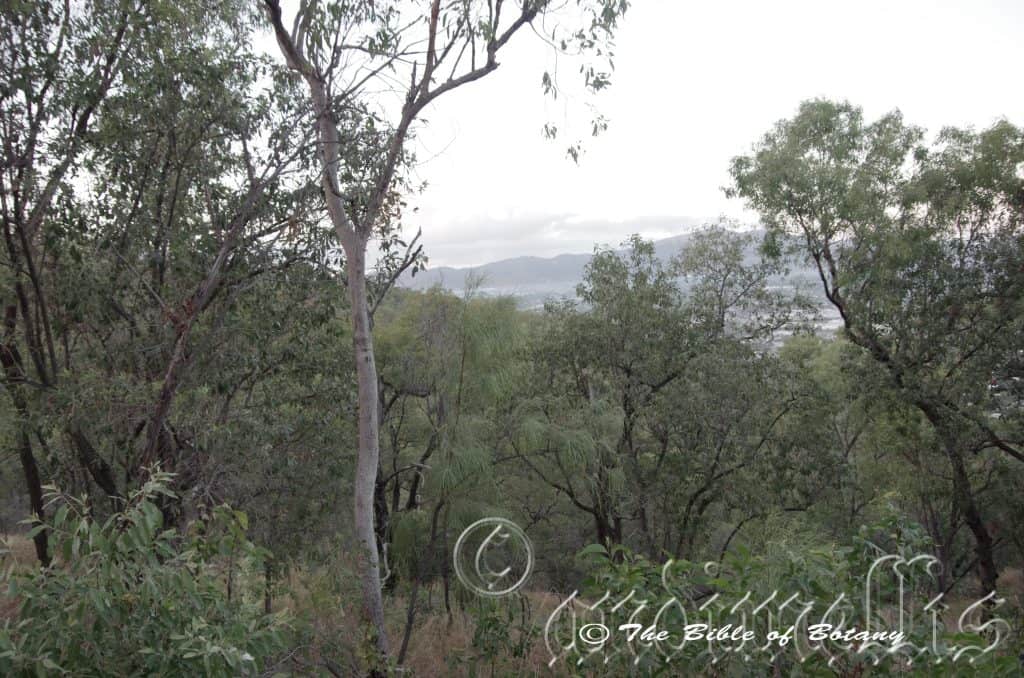
Castle Hill Townsville Qld.
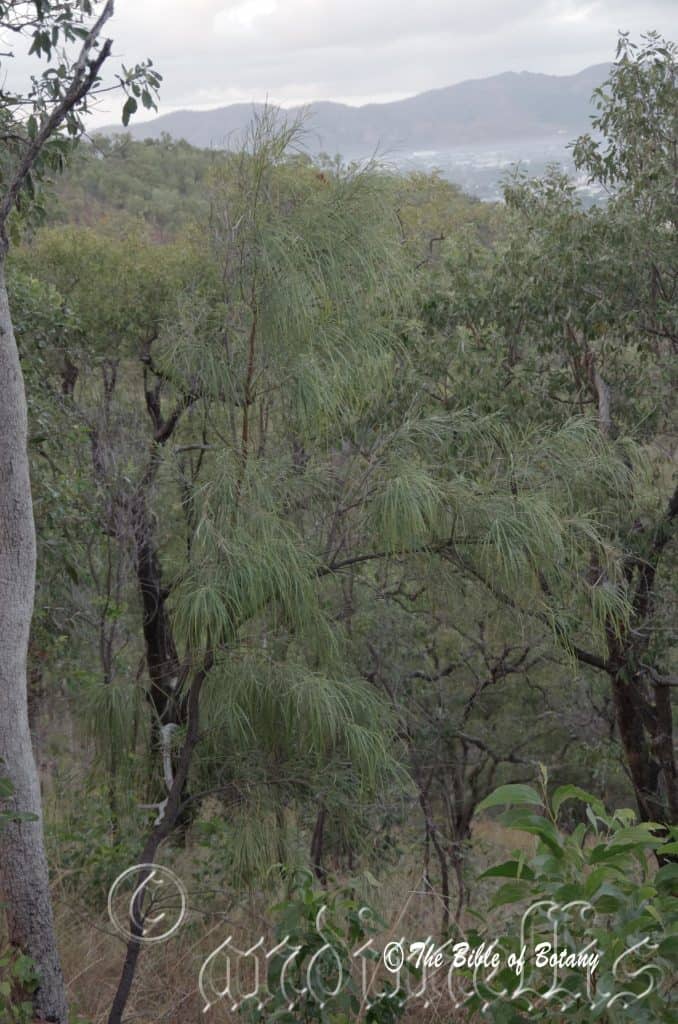
Castle Hill Townsville Qld.
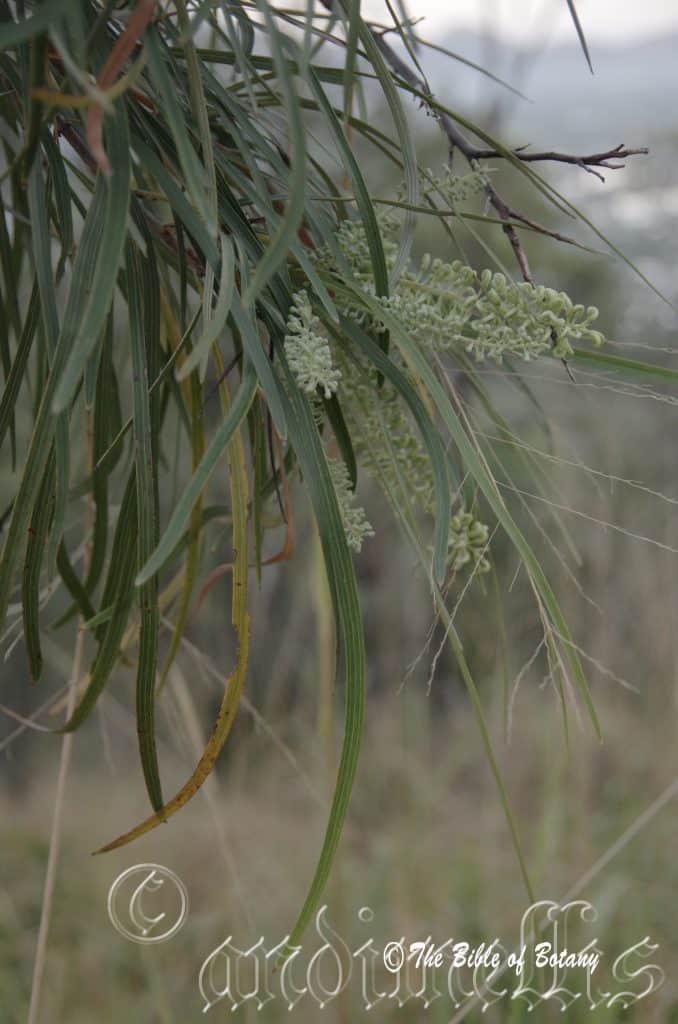
Castle Hill Townsville Qld.
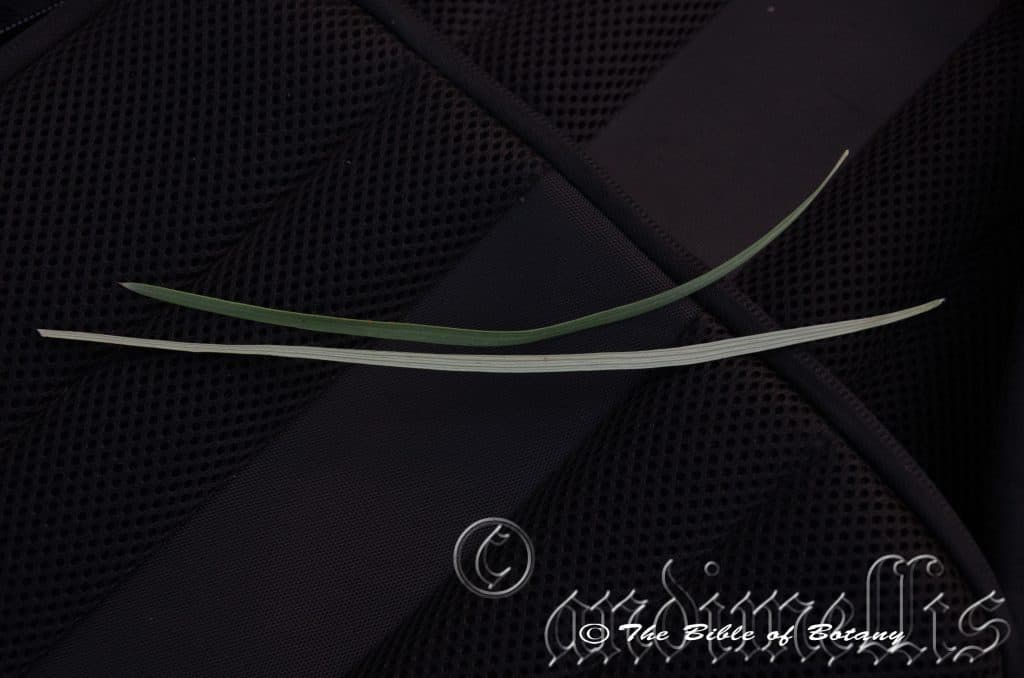
Castle Hill Townsville Qld.
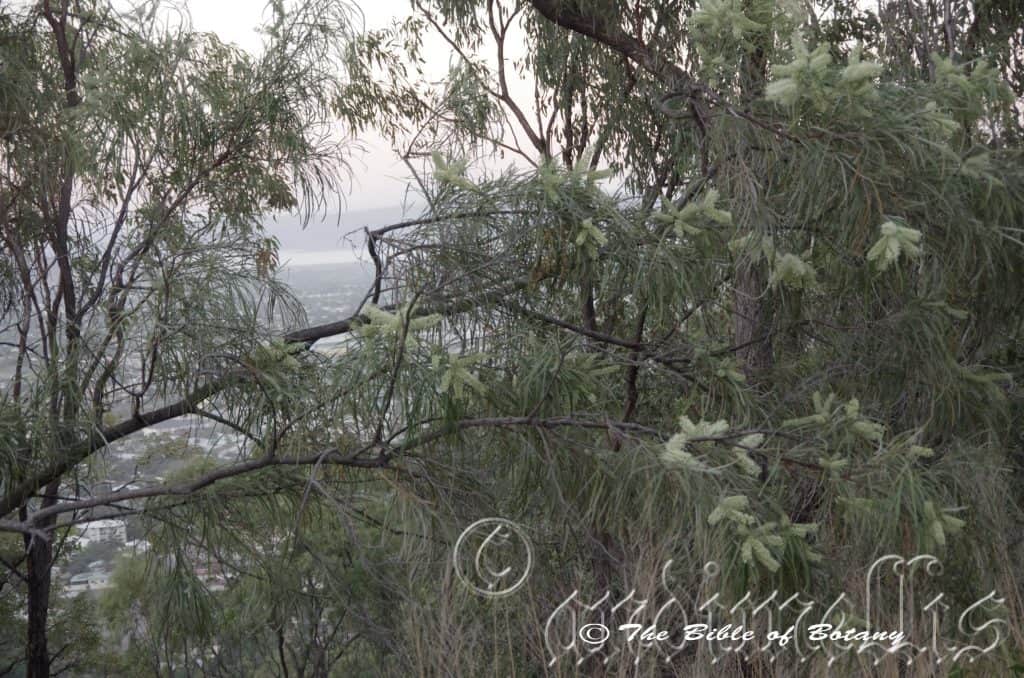
Castle Hill Townsville Qld.
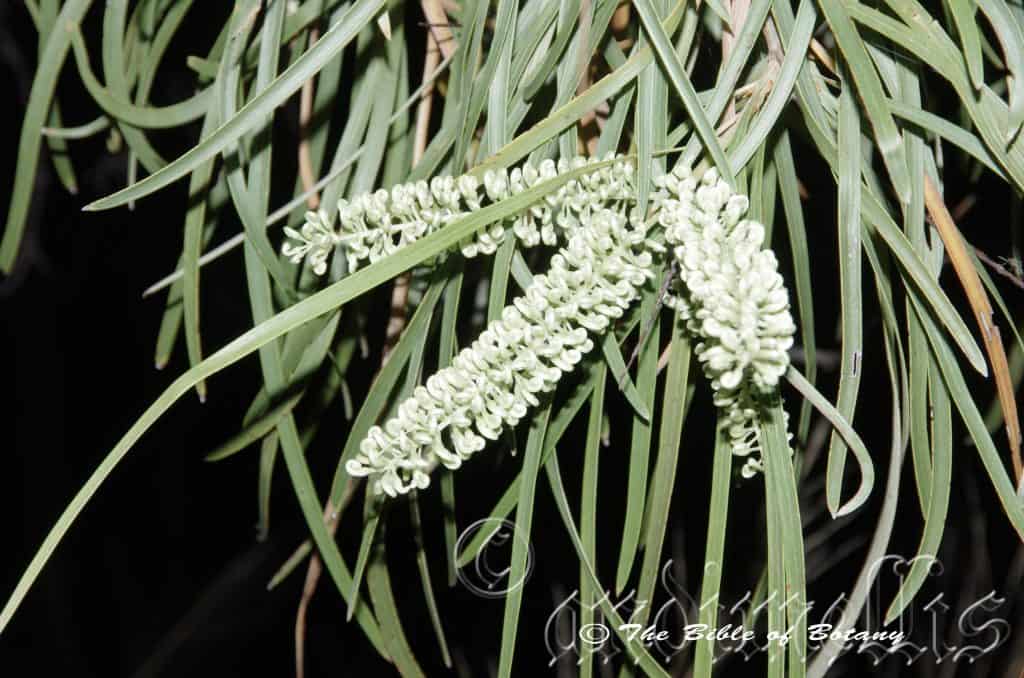
Castle Hill Townsville Qld.
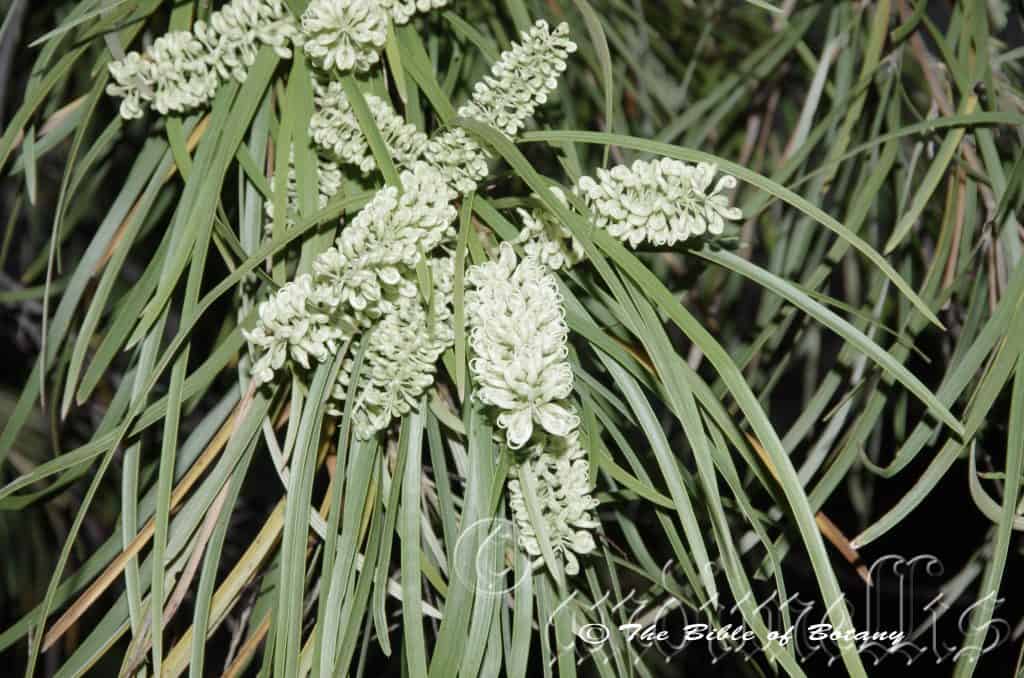
Castle Hill Townsville Qld.
Grevillea parallela
Classification:
Class: Magnoliopsida
Order: Proteales
Family: Proteaceae
Genus: Is named in honour of C. F. Greville; 1749-1809, who was a British expert botanist on Algae, a foundation member of the London Horticultural Society and a collector of rare plants.
Species: From Para, which is Greek prefix which is usually attached to a descriptive verb and stands for to be close to, near, side by side or beside and Allelos, which is Greek or Allelus, which is Latin for to show the identity of. It usually refers to the veins in the leaves or phyllodes, which run parallel to each other.
Sub Species:
Common Name: Silver Oak or Beefwood.
Distribution:
Grevillea parallela is widespread species which is mainly found in a line north form the Kimberley Range in north west Western Australia to Charleville, Muckadilla and Shoal Bay in southern coastal Queensland.
https://avh.ala.org.au/occurrences/search?taxa=Grevillea+parallela#tab_mapView
Habitat:
Grevillea parallela prefers full sun to dappled shade. It grows in open schlerophyll forests, open woodlands or open savannah woodlands on plains or riparian zones. The altitude ranges from 10 meters ASL to 1200 meters ASL.
The temperatures range from 5 degree in August to 44 degrees in January.
The rainfalls range from lows of 400mm to an average of 3000mm annually.
Soil Requirements:
Grevillea parallela prefers to grow on sand, sandy loams, rocks, gritty medium clays and pindan soils that contain limestone gibbers and rocks or generous quantities of shell grit or lateritic pebbles. The soils are usually derived from decomposed limestone, sandstone, accumulated desert sands, granite laterites, metamorphic rocks, shale or alluvial. The soils pH ranges from 5pH to 8pH are preferred. It does not tolerate waterlogged soils. Non saline soils to moderately saline soils are tolerated.
Height & Spread:
Wild Plants: 4m to 14m by 3m to 5m.
Characteristics:
Grevillea parallela‘s trunk is deep grey to black with shallow to deep longitudinal furrows. The larger branches are deep grey, rough and point towards the apex. Branchlets are dull olive-green and glabrous or sparsely covered in white sericeous hairs.
Grevillea parallela‘s alternate, pendulant leaves are linear to broad linear and measure 100mm to 400mm in length by 2mm to 10mm in width. The simple leaves measure 180mm to 350mm in length by 3mm to 12mm in width. The lobes measure 20mm to 200mm in length by 1mm to 10mm in width. The pinnatipartite to pinnatisect leaves have 3 to 9 ascending linear or rarely narrow sub triangular lobes that measure 20mm to 200mm in length by 9mm to 10mm in width. The petioles measure 2mm to 5mm in length. The bases are tapering to attenuate while the apexes are acute. The discolourous laminas are mid olive-green, dull to semi glossy and glabrous on the upper laminas while the lower laminas are sparsely covered in fawn to pale rusty-brown hairs especially between the veins. The laminas are flat while the margins are entire and revolute. The mid vein and 3 to 7 parallel veins are prominent on the lower lamina and are faintly visible on the upper lamina.
The inflorescences of Grevillea parallelaare long, erect, cylindrical conflorescences born terminally or in the leaf axils with 3 to 7 branches. The rachis measures 60mm to 100mm in length by 28mm to 55mm in diameter. The perianth and style are the most prominent parts of the flower. The individual perianths are variable white, cream to pastel yellow-green at the base through to the limbs. The perianths are usually glabrous or at times very sparsely covered in white subsericeous to tomentose hairs externally and are usually covered in white pilose or papillose hairs internally or rarely glabrous. The perianth and limbs measure 9mm to 17mm in length while the limbs are strongly recurved and joined at their apexes. The glabrous peduncles measure 3mm to 5mm in length.
The style is white, cream or pastel yellow-green from the base to the stigma. The pistils measure 13mm to 26mm in length. The erect style is glabrous while the stipitate ovary is glabrous and measures 2mm to 2. 5mm in diameter and the stipule measures 2. 5mm to 3mm in length. The oblique stigma’s conical to convex pollen presenter is white or cream. Flowers appear from June to October.
Grevillea parallela‘s fruits are compressed ellipsoidal to lenticular follicles. The style is persistent on the ripe follicles. They measure 14mm to 29mm in length by 11mm to 23mm in width and 8mm to 18mm in depth. The flattened, ovate, grey seeds have a fawn papery wing surrounding the testa. The seeds measure 8mm to 20mm in length by 6mm to 17mm in width including the 1. 5mm to 2mm chartacea wing that surrounds the seed.
Wildlife:
Grevillea parallela are a great attraction for small to medium honeyeaters like the Silver Eyes (Zosterops lateralis), Yellow Face Honeyeater (Lichenostomus chrysops), Brown Honeyeater (Lichmera indistincta) and the eastern Spinebill. (Acanthorhynchus tenuirostris).
Cultivation:
Grevillea parallela is a very beautiful and variable Grevillea which should be more widely grown in arid and monsoonal gardens. It suits small to large gardens. Garden subjects will grow 8 meters to 12 meters in height by 4 meters to 6 meters in diameter under cultivated when grown in the open. Cultivated plants hold their leaves better, looking far denser than its wild counterparts. It is fast growing and can be tip pruned when young to induce them to grow as a large shrub.
In Native gardens it can be used for bird attraction. In semi-arid or drier districts they can be a good starter plant giving protection to more delicate plants or those that require some filtered light.
It is useful as a backdrop small tree contrasting with smaller broader leaf shrubs that are planted in the mid ground and foreground in a garden. The bark is another interesting feature of the trees and can be used in a small forest scenario where the trunks are used as a feature. Contrasting barks would be seen in many of the smooth bark Eucalyptus specie, Cochlospermum specie, dry area Ficus specie or Flindersia specie.
Propagation:
Seeds: Sow Grevillea parallela need to be treated before sowing. This can be done by placing the seeds into a small calico bag with sharp clean sand and rubbing them to scarify the surface or they can be nicked individually with a knife. Another method is to rub the individual seeds lightly over fine sandpaper. The seeds can also be treated by placing them in cold water for 24 hours before sowing.
Sow the freshly treated seeds directly into a seed raising mix. Cover them with 5mm of fine sand and keep moist not wet. Place the tray in a warm sunny position. When the seedlings are 25mm to 50mm tall, prick them out and plant them into 50mm native tubes using a good organic mix.
Once the seedlings reach 150mm to 200mm in height, nip the tips out before planting them out into their permanent position.
Cuttings:
Use 70mm to 100mm long half ripened material when growing from cuttings from the present season’s growth. Take them in mid-autumn or early spring. Remove half the leaves from the bottom section being careful not to tear the bark.
1 Prepare the cutting mix by adding one third sharp clean river sand, one third peat and one third perlite. These ingredients are sterilize,
2 Select good material from non diseased plants,
3 Select semi green stems for cuttings. Look for a stem with two or three nodes,
4 Place the cutting on a flat, hard surface, and make a clean cut down one side of the cutting at the base for 10mm with a sharp sterile knife or razor blade. – This scarification of the node will increase the chances of roots emerging from this spot. Now remove all but one or two the leaves, leaving the apex leaves in tact. If the leaves are very large in proportion to the stem, cut off the apical halves.
5 Fill a saucer with water, and place a little medium strength rooting hormone into another container like a milk bottle top. Dip the node end of the cutting into the water and then into the rooting hormone. Tap off any excess hormone,
6 Use a small dipple stick or old pencil to poke a hole into the soilless potting mix. Ensure the hole is slightly larger than the stem diameter and be careful not to wipe the rooting hormone off the cuttings base, place the cuttings in a pattern ensuring the cuttings are not touching each other,
7 I like to place the pots in Plastic bags to help maintain temperature and moisture. Place in a semi shaded place like under 50mm shade cloth.
8 When the cuttings have struck, open the bag to allow air circulation for a few days to a week,
9 Once hardened off remove the cuttings from the bag and allow to further hardening for a few more days,
10 Transplant into a good potting mix to grow on.
Fertilize using seaweed, fish emulsion or organic chicken pellets soaked in water on an alternate basis. Fertilize every two months until the plants are established then twice annually in early September or March to maintain health, vitality and better flowering. Avoid synthetic fertilizers as they will most likely contain calcium and phosphorus at levels, which are toxic to most Proteaceae.
Further Comments from Readers:
Hi reader, it seems you use The Bible of Botany a lot. That’s great as we have great pleasure in bringing it to you! It’s a little awkward for us to ask, but our first aim is to purchase land approximately 1,600 hectares to link several parcels of N.P. into one at The Pinnacles NSW Australia, but we need your help. We’re not salespeople. We’re amateur botanists who have dedicated over 30 years to saving the environment in a practical way. We depend on donations to reach our goal. If you donate just $5, the price of your coffee this Sunday, We can help to keep the planet alive in a real way and continue to bring you regular updates and features on Australian plants all in one Botanical Bible. Any support is greatly appreciated. Thank you.
In the spirit of reconciliation we acknowledge the Bundjalung, Gumbaynggirr and Yaegl and all aboriginal nations throughout Australia and their connections to land, sea and community. We pay our respect to their Elders past, present and future for the pleasures we have gained.
Grevillea patulifolia
Classification:
Class: Magnoliopsida
Order: Proteales
Family: Proteaceae
Genus: Is named in honour of C. F. Greville; 1749-1809, who was a British expert botanist on Algae, a foundation member of the London Horticultural Society and a collector of rare plants.
Species: From Patulus, which is Latin for spreading and Folium, which is Latin for foliage. It refers to leaves or phyllodes, which are divaricate or spread out 180 degrees on the stems.
Sub Species:
Common Name:
Distribution:
Grevillea patulifolia is found in several disjunct populations. It is found south from Heathcote in central coastal New South Wales to Mount Buffalo and west to Maldon in Victoria.
https://avh.ala.org.au/occurrences/search?taxa=Grevillea+patulifolia#tab_mapView
Habitat Aspect Climate:
Grevillea patulifolia prefers full sun to dappled shade. It grows in moist heaths or moist Eucalyptus woodlands or moist Eucalyptus forests. The altitude ranges from 10 meters ASL to 650 meters ASL.
The temperatures range from minus 6 degree in August to 37 degrees in January.
The rainfalls range from lows of 600mm to an average of 1100mm annually.
Soil Requirements:
Grevillea patulifolia prefers to grow on sands, sandy loams, rocks, gritty medium clays. The soils are usually derived from decomposed sandstone, granite or metamorphic rocks. The soils pH ranges from 5pH to 6pH are preferred. It does not tolerate waterlogged soils. Non saline soils to moderately saline soils are tolerated.
Height & Spread:
Wild Plants: 0. 8m to 2m by 0. 8m to 1. 5m.
Characteristics:
The stems are pale yellow-brown and flaky. The smaller stems are pale grey. The angulated branchlets are pale dull fawn to fawn-green and covered in white sericeous hairs between the ridges. This procumbent plant is rhizomatous in that it can root from the nodes where the stems touch the ground, are damaged or are partially buried.
The broad linear, narrow elliptic to elliptical-oblanceolate leaves are in clusters of 3 and measure 8mm to 70mm in length by 1mm to 3mm wide. The bases are sessile while the apexes taper to a short, stiff, pungent point. The discolourous laminas are deep green or pale silvery grey and granulose to scabrid on the upper laminas while the lower laminas are paler and covered in white sericeous hairs. The laminas are flat while the margins are entire and revolute. The mid vein is prominent on the lower lamina and clearly visible from the upper lamina.
The adaxially to acroscopic conflorescences are umbelloid or secunds born terminally or from the leaf axils. The perianth and style are the most prominent parts of the flower. The individual perianths are lobes. The perianths are covered in white sericeous hairs externally and white hirtellous hairs internally. The perianth and lobes measure 5mm to 8mm in length while the lobes are strongly recurved, free.
The style is usually pale pink or a deep mauve-pink or deep lilac or rarely white from the base through to the stigma. The pistils measure 6. 5mm to 10. 5mm in length. The style gently decurve backwards then is refracted below the stigma. The style is glabrous except for a 2mm ring of minute papillose puberulent hairs below the stigma. The stigma and its flat, ovate, oblique pollen presenter are glabrous as is the ovary. The flowers appear from July to February.
The fruits are narrow ellipsoidal, glabrous follicles. The style is persistent on the ripe faintly tuberculate follicles. They measure 10mm to 12mm in length by 4mm to 6mm in diameter.
Wildlife:
Grevillea patulifolia‘s flowers are attractive to butterflies, pollen flies and native bees.
Cultivation:
Grevillea patulifolia is a small Grevillea suitable for temperate and sub-tropical native gardens where light clays, gravelly clays or rockery soils occur. It is small prostrate shrubs growing from 0. 8 meter to 1. 3 meters in height by 1 meter to 1. 5 meters in diameter in the garden when grown in the open.
The foliage can be regularly tip pruned to encourage new growth, bushiness and the prostrate growth.
It can be grown in small sunny courtyards, around swimming pools, near paths, along driveways, around fish or frog ponds, in rockeries both large and small, in miniature gardens, formal beds Japanese gardens or snuck in between other larger plants.
A bend in a path can be broken up by placing them at the bend. Place them in the foreground with medium and larger plants behind. Plants with either small red flowers or white flowers can be used in the midground while large flowering specie can be placed in the background. This will lead your eyes down and over to the back ground. Whether it is in flower or not these plants will catch your attention and the viewer will be transfixed on the display rather than watching the path. Small Acacia specie can also be used to great effect as their flowering will compliment those from this Grevillea. The large deep green leaves will offset the strong flowers of the Acacia specie and in fact would be a very strong complementary contrast if the prostrate or smaller Acacia specie were to flower at a different season.
Grevillea patulifolia is at its best in small garden beds or as feature plants in miniature landscapes and heath land scenes.
Because of their small size, beautiful dense foliage when pruned can make a great contribution around fish and frog ponds. Mix them with short strap leaf plants or small clumpy annual leaving space between so you can see the rocks, logs or other features.
When mass planting Grevillea patulifolia use curves and irregular patterns so they can be viewed from different angles around the garden. When mass planting them in raised garden beds or a large bog gardens plant them at 0. 5 meter to 1 meter centers.
Propagation:
Seeds: Sow Grevillea patulifolia need to be treated before sowing. This can be done by placing the seeds into a small calico bag with sharp clean sand and rubbing them to scarify the surface or they can be nicked individually with a knife. Another method is to rub the individual seeds lightly over fine sandpaper. The seeds can also be treated by placing them in cold water for 24 hours before sowing.
Sow the freshly treated seeds directly into a seed raising mix. Cover them with 5mm of fine sand and keep moist not wet. Place the tray in a warm sunny position. When the seedlings are 25mm to 50mm tall, prick them out and plant them into 50mm native tubes using a good organic mix.
Once the seedlings reach 150mm to 200mm in height, nip the tips out before planting them out into their permanent position at 1 meter or 3.5 meters whether the plants are required for a feature plant of to blend into a natural bush garden.
Cuttings:
Use 70mm to 100mm long half ripened material when growing from cuttings from the present season’s growth. Take them in mid-autumn or early spring. Remove half the leaves from the bottom section being careful not to tear the bark.
1 Prepare the cutting mix by adding one third sharp clean river sand, one third peat and one third perlite. These ingredients are sterilize,
2 Select good material from non diseased plants,
3 Select semi green stems for cuttings. Look for a stem with two or three nodes,
4 Place the cutting on a flat, hard surface, and make a clean cut down one side of the cutting at the base for 10mm with a sharp sterile knife or razor blade. – This scarification of the node will increase the chances of roots emerging from this spot. Now remove all but one or two the leaves, leaving the apex leaves in tact. If the leaves are very large in proportion to the stem, cut off the apical halves.
5 Fill a saucer with water, and place a little medium strength rooting hormone into another container like a milk bottle top. Dip the node end of the cutting into the water and then into the rooting hormone. Tap off any excess hormone,
6 Use a small dipple stick or old pencil to poke a hole into the soilless potting mix. Ensure the hole is slightly larger than the stem diameter and be careful not to wipe the rooting hormone off the cuttings base, place the cuttings in a pattern ensuring the cuttings are not touching each other,
7 I like to place the pots in Plastic bags to help maintain temperature and moisture. Place in a semi shaded place like under 50mm shade cloth.
8 When the cuttings have struck, open the bag to allow air circulation for a few days to a week,
9 Once hardened off remove the cuttings from the bag and allow to further hardening for a few more days,
10 Transplant into a good potting mix to grow on.
Fertilize using seaweed, fish emulsion or organic chicken pellets soaked in water on an alternate basis. Fertilize every two months until the plants are established then twice annually in early September or March to maintain health, vitality and better flowering. Avoid synthetic fertilizers as they will most likely contain calcium and phosphorus at levels, which are toxic to most Proteaceae.
Further Comments from Readers:
Hi reader, it seems you use The Bible of Botany a lot. That’s great as we have great pleasure in bringing it to you! It’s a little awkward for us to ask, but our first aim is to purchase land approximately 1,600 hectares to link several parcels of N.P. into one at The Pinnacles NSW Australia, but we need your help. We’re not salespeople. We’re amateur botanists who have dedicated over 30 years to saving the environment in a practical way. We depend on donations to reach our goal. If you donate just $5, the price of your coffee this Sunday, We can help to keep the planet alive in a real way and continue to bring you regular updates and features on Australian plants all in one Botanical Bible. Any support is greatly appreciated. Thank you.
In the spirit of reconciliation we acknowledge the Bundjalung, Gumbaynggirr and Yaegl and all aboriginal nations throughout Australia and their connections to land, sea and community. We pay our respect to their Elders past, present and future for the pleasures we have gained.
Grevillea petrophiloides
Classification:
Class: Magnoliopsida
Order: Proteales
Family: Proteaceae
Genus: Is named in honour of C. F. Greville; 1749-1809, who was a British expert botanist on Algae, a foundation member of the London Horticultural Society and a collector of rare plants.
Species: From Petra, which is Ancient Greek for a rock, Phylos, which is Ancient Greek for loving or to be loved and Eidos/Oides, which is Ancient Greek for alike or similar to. It refers to plants, which love to grow in very rocky habitats or on rock shelves.
Sub Specie: Grevillea petrophiloides subsp. magnifica. From Magnificus, which is Latin for eminent, imposing, distinguished in fact magnificent. It refers to flowering displays, which can be most impressive.
Sub Specie: Grevillea petrophiloides subsp. petrophiloides. From Petra, which is Ancient Greek for a rock, Philos, which is Ancient Greek for loving or to be loved and Eidos/Oides, which is Ancient Greek for alike or similar to. It refers to plants, which love to grow in very rocky habitats or on rock shelves.
Sub Specie: Grevillea petrophiloides subsp. oligomera. From Oligoi, which is Ancient Greek for a few and Meris, which is Ancient Greek for a portion or number. It refers to a description of plants, which have fewer numbers of members within a given whorl.
Sub Specie: Grevillea petrophiloides subsp. remota. From Remata, which is Latin for to remove from. It refers to plants, which are located a long way from others or are found in isolated pockets.
Common Name:
Distribution:
Grevillea petrophiloides subsp. petrophiloides is endemic to Western Australia and is found south from the Murchison River in a south south westerly direction to Koolyanabbing and south to Kondinin. There are two disjunct populations, one near Coolgardie and the other near Lake King.
Grevillea petrophiloides subsp. magnifica is endemic to Western Australia and is found in four disjunct populations east of Perth to north and south of Kalgoorlie.
Grevillea petrophiloides subsp. oligomera is endemic to Western Australia and is found mainly north of Kalgoorlie with two disjunct populations further west towards Perth.
Grevillea petrophiloides subsp. remota is endemic to Western Australia and is found in four disjunct populations west, south and south west of Kalgoorlie.
https://avh.ala.org.au/occurrences/search?taxa=Grevillea+petrophiloides#tab_mapView
Habitat Aspect Climate:
Grevillea petrophiloides prefer full sun. It grows below medium size trees, low trees, or in low dry scrub lands amongst granite boulders and on granite outcrops. The altitude ranges from 100 meters ASL to 400 meters ASL.
The temperatures range from 4 degrees in July to 39 degrees in January.
The rainfalls range from lows of 250mm to an average of 500mm annually.
Soil Requirements:
Grevillea petrophiloides prefer to grow on comprised of sand, sandy loams, gravelly loams and gravelly medium clays. The soils are usually derived from decomposed granite. The soils pH ranges from 5pH to 6pH are preferred. It does not tolerate waterlogged soils. Non saline soils to moderately saline soils are tolerated.
Height & Spread:
Wild Plants: 1m to 4m by 1.5m to 2.5m.
Characteristics:
Grevillea petrophiloides‘s main stems and branchlets are a dark grey brown to brown or tan, glabrous and semi glossy on the branchlets.
Grevillea petrophiloides subsp. petrophiloides‘s leaves are not glaucous and are dissected near the apex. It is narrow linear near the base and spreading at the apex and measure 50mm to 130mm in overall length. There are 3 to 9 primary lobes with more than 10 ultimate lobes. The linear primary lobes and ultimate lobes measure 20mm to 60mm in length by 0. 5mm to 2mm in width. The margin is entire and revolute leaving only the mid vein exposed. The concolourous laminas are pale grey-green and sparsely covered in hirsute hairs.
Grevillea petrophiloides subsp. magnifica leaves are glaucous and are dissected near the apex. It is narrow linear near the base and spreading at the apex and measure 180mm to 250mm in overall length. There are 3 to 9 primary lobes. The linear lobes measure 30mm to 120mm in length by 0. 5mm to 1mm in width. The margin is entire, recurved or revolute forming a groove either side of the mid vein. The concolourous laminas are pale grey-green and sparsely covered in hirsute hairs.
Grevillea petrophiloides subsp. remota‘s subpinnasect leaves are not glaucous and are dissected near the apex. It is narrow linear near the base and spreading at the apex and measure 120mm to 200mm in overall length. There are 3 to 9 primary lobes with less than 10 ultimate lobes. The linear primary lobes and ultimate lobes measure 30mm to 110mm in length by 0. 5mm to 1mm in width. The margin is entire, recurved or revolute forming a groove either side of the mid vein. The concolourous laminas are pale grey-green and sparsely covered in hirsute hairs.
Grevillea petrophiloides subsp. petrophiloides‘s the inflorescence are erect cylindrical racemes, and are born from the leaf axis or terminal. They measure 70mm to 90mm in length by 28mm to 44mm in diameter. The perianth is the most prominent part of the flower and is pink, red or rarely white. The regular perianths measure 8mm to 10mm in length. The perianth is glabrous. The lobes are free and joined at the apex. The pedicles are not glaucous and measure 1mm to 3mm in length.
The red, pink or white style is glabrous or sparsely covered in white hirsute hairs. The style is glabrous or sparsely covered in white hirsute hairs and measures 14mm to 18mm in length. The oblong pollen presenter is erect. The ovary is glabrous or sparsely covered in white hirsute hairs. Flowering occurs throughout the year and is more influenced by rainfall than temperature or season.
Grevillea petrophiloides subsp. magnifica‘s inflorescence are erect cylindrical racemes, and are born from the leaf axis or terminal. They measure 70mm to 90mm in length by 28mm to 44mm in width. The perianth is the most prominent part of the flower and is pink, red or rarely white. The regular perianths measure 8mm to 10mm in length. The perianth is glabrous. The lobes are free and joined at the apex. The pedicles are glaucous and measure 1mm to 3mm in length.
The red, pink or white style is glabrous or sparsely covered in white hirsute hairs. The style measures 16mm to 22mm in length. The oblong pollen presenter is erect. The ovary is glabrous or sparsely covered in white hirsute hairs. Flowering occurs from June to August.
Grevillea petrophiloides subsp. remota‘s the inflorescence are erect cylindrical racemes, and are born from the leaf axis or terminal. They measure 70mm to 90mm in length by 28mm to 44mm in diameter. The perianth is the most prominent part of the flower and is pink, red or rarely white. The regular perianths measure 8mm to 10mm in length. The perianth is glabrous. The lobes are free and joined at the apex. The pedicles are not glaucous and measure 1mm to 3mm in length.
The red, pink or white style is glabrous or sparsely covered in white hirsute hairs. The pistils measures 14mm to 22mm in length. The narrow conical pollen presenter is erect. The ovary is glabrous or sparsely covered in white hirsute hairs. Flowering occurs from June to October.
Grevillea petrophiloides fruits are an ovoid follicle. The follicles are produced singularly radiating out from the central raceme. They measure 7mm to 18mm long, glandular hairy and viscous. The style is persistent on the follicle.
Grevillea petrophiloides subsp. petrophiloides are covered in 0. 9mm to 1. 2mm white glandular hairs.
Grevillea petrophiloides subsp. magnifica follicles are covered in 0. 3mm to 0. 6mm white viscid glandular hairs.
Grevillea petrophiloides subsp. remota follicles are pitted and not viscid.
Wildlife:
Grevillea petrophiloides flowers are very attractive to small to medium honeyeaters like Brown Honeyeater (Lichmera indistincta) and the New Holland Honey Eater (Phylidonyris novaehollandiae) that can dive amongst the foliage quickly to escape danger. Butterflies, beetles, native bees and native pollen flies are also attracted to the flowers.
Cultivation:
Grevillea petrophiloides is a small Grevillea suitable for temperate and sub-tropical native gardens where light clays, gravelly clays or rockery soils occur. It is small prostrate shrubs growing from 0. 8 meter to 1. 5 meters in height by 1 meter to 1. 5 meters in diameter with the flower spikes reaching up to 4 meters in the garden when grown in the open in a sunny position.
The foliage can be regularly tip pruned to encourage new growth and bushiness.
It can be grown in small sunny courtyards, around swimming pools, near paths, along driveways, around fish or frog ponds, in rockeries both large and small, in miniature gardens, formal beds Japanese gardens or snuck in between other larger plants.
A bend in a path can be broken up by placing them at the bend. Place it in the foreground with medium and larger plants behind. Plants with either small red flowers or white flowers can be used in the foreground while large flowering specie can be placed in the background. This will lead your eyes down and over to the back ground. Whether it is in flower or not these plants will catch your attention and the viewer will be transfixed on the display rather than watching the path. Small Acacias can also be used to great effect as their flowering will compliment those from this Grevillea. The large deep green leaves will offset the strong flowers of the Acacias and in fact would be a very strong complementary contrast if the prostrate or smaller Acacias were to flower at a different season.
Grevillea petrophiloides is at its best in a small garden bed or as a feature plant in small heath scene.
Because of their small size, beautiful dense foliage when pruned can make a great contribution around fish and frog ponds. Mix them with short strap leaf plants or small clumpy annual leaving space between so you can see the rocks, logs or other features.
When mass planting Grevillea patulifolia use curves and irregular patterns so they can be viewed from different angles around the garden. When mass planting them in raised garden beds or a large bog gardens plant them at 0. 5 meter to 1 meter centres.
Propagation:
Seeds:
Sow the fresh seeds of Grevillea petrophiloides directly into a seed raising mix. Cover them with 5mm of fine sand and keep moist not wet. Place the tray in a warm sunny position. When the seedlings are 25mm to 50mm tall, prick them out and plant them into 50mm native tubes using a good organic mix.
Once the seedlings reach 150mm to 200mm in height, nip the tips out before planting them out into their permanent position at 1.5 meter or 3 meters whether the seedlings required for a feature plant of to blend into a natural bush garden.
Cuttings:
Use 70mm to 100mm long half ripened material when growing from cuttings from the present season’s growth. Take them in mid-autumn or early spring. Remove half the leaves from the bottom section being careful not to tear the bark.
1 Prepare the cutting mix by adding one third sharp clean river sand, one third peat and one third perlite. These ingredients are sterilize,
2 Select good material from non diseased plants,
3 Select semi green stems for cuttings. Look for a stem with two or three nodes,
4 Place the cutting on a flat, hard surface, and make a clean cut down one side of the cutting at the base for 10mm with a sharp sterile knife or razor blade. – This scarification of the node will increase the chances of roots emerging from this spot. Now remove all but one or two the leaves, leaving the apex leaves in tact. If the leaves are very large in proportion to the stem, cut off the apical halves.
5 Fill a saucer with water, and place a little medium strength rooting hormone into another container like a milk bottle top. Dip the node end of the cutting into the water and then into the rooting hormone. Tap off any excess hormone,
6 Use a small dipple stick or old pencil to poke a hole into the soilless potting mix. Ensure the hole is slightly larger than the stem diameter and be careful not to wipe the rooting hormone off the cuttings base, place the cuttings in a pattern ensuring the cuttings are not touching each other,
7 I like to place the pots in Plastic bags to help maintain temperature and moisture. Place in a semi shaded place like under 50mm shade cloth.
8 When the cuttings have struck, open the bag to allow air circulation for a few days to a week,
9 Once hardened off remove the cuttings from the bag and allow to further hardening for a few more days,
10 Transplant into a good potting mix to grow on.
Fertilize using seaweed, fish emulsion or organic chicken pellets soaked in water on an alternate basis. Fertilize every two months until the plants are established then twice annually in early September or March to maintain health, vitality and better flowering. Avoid synthetic fertilizers as they will most likely contain calcium and phosphorus at levels, which are toxic to most Proteaceae.
Further Comments from Readers:
Hi reader, it seems you use The Bible of Botany a lot. That’s great as we have great pleasure in bringing it to you! It’s a little awkward for us to ask, but our first aim is to purchase land approximately 1,600 hectares to link several parcels of N.P. into one at The Pinnacles NSW Australia, but we need your help. We’re not salespeople. We’re amateur botanists who have dedicated over 30 years to saving the environment in a practical way. We depend on donations to reach our goal. If you donate just $5, the price of your coffee this Sunday, We can help to keep the planet alive in a real way and continue to bring you regular updates and features on Australian plants all in one Botanical Bible. Any support is greatly appreciated. Thank you.
In the spirit of reconciliation we acknowledge the Bundjalung, Gumbaynggirr and Yaegl and all aboriginal nations throughout Australia and their connections to land, sea and community. We pay our respect to their Elders past, present and future for the pleasures we have gained.
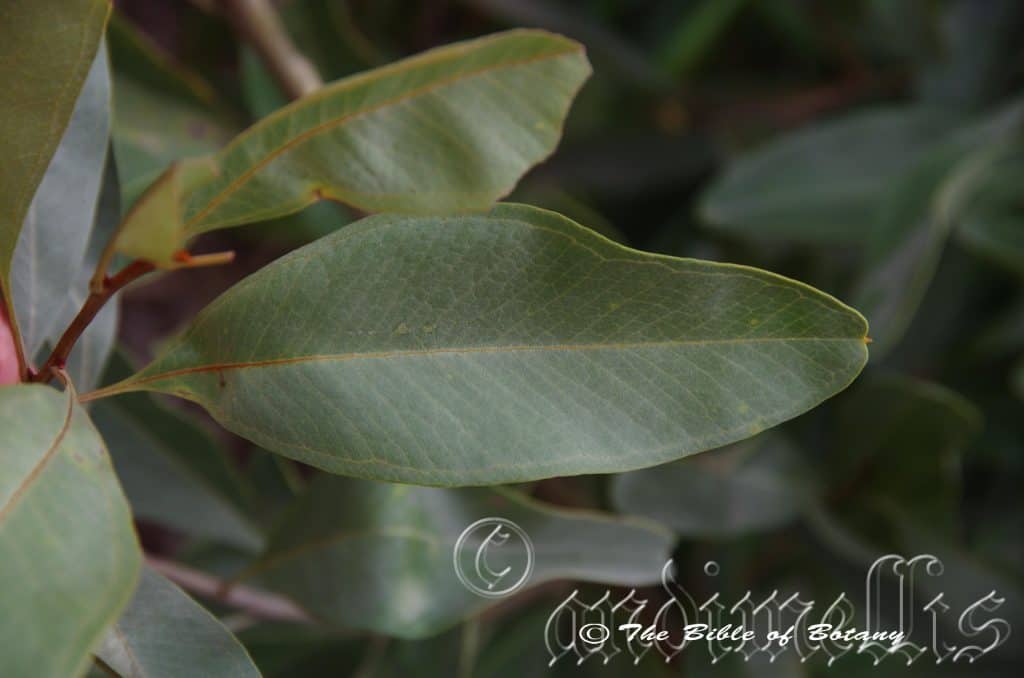
NCBG Coffs Harbour NSW
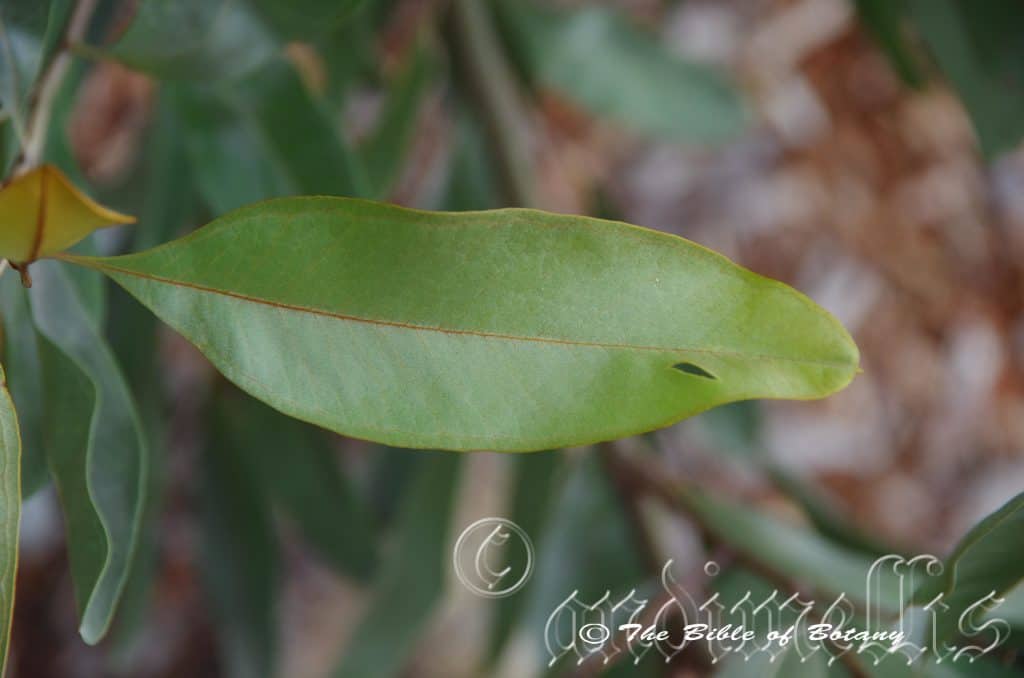
NCBG Coffs Harbour NSW
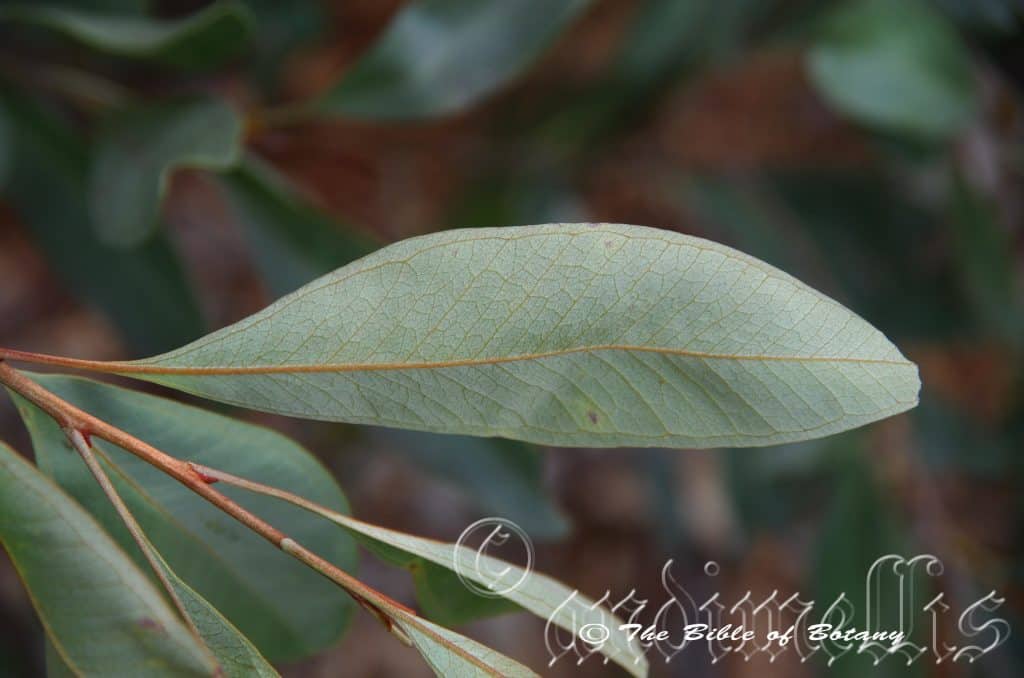
NCBG Coffs Harbour NSW
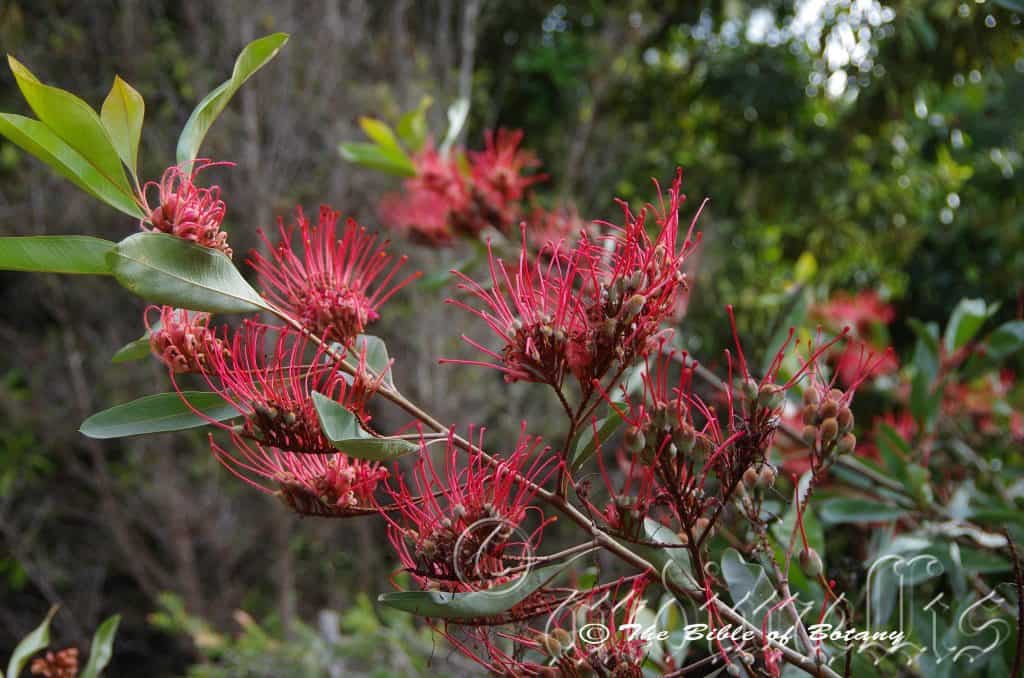
NCBG Coffs Harbour NSW
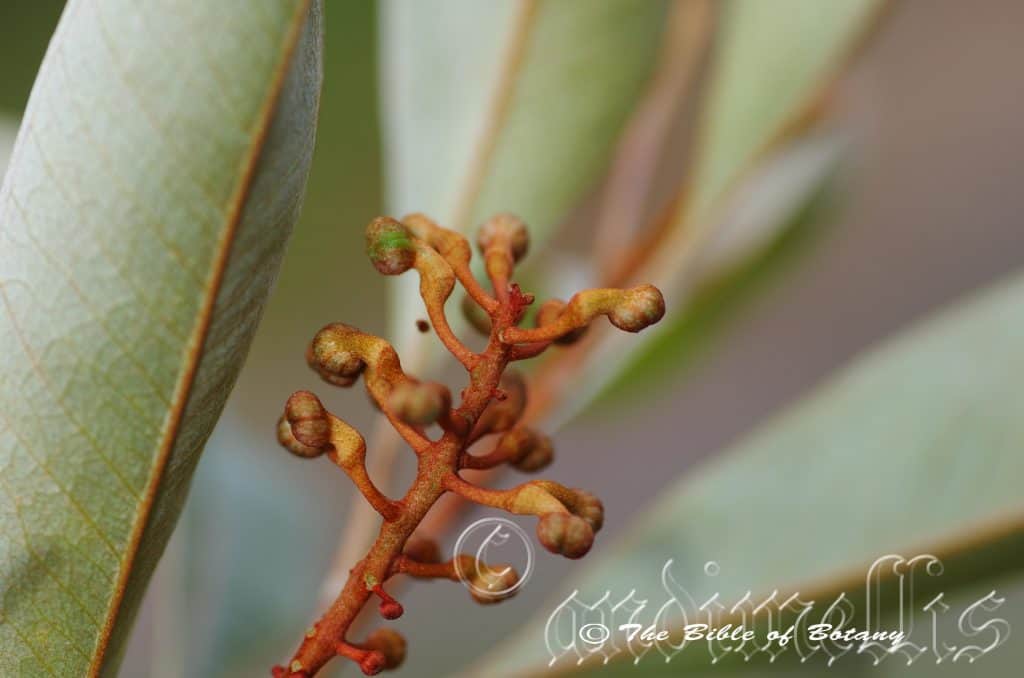
NCBG Coffs Harbour NSW
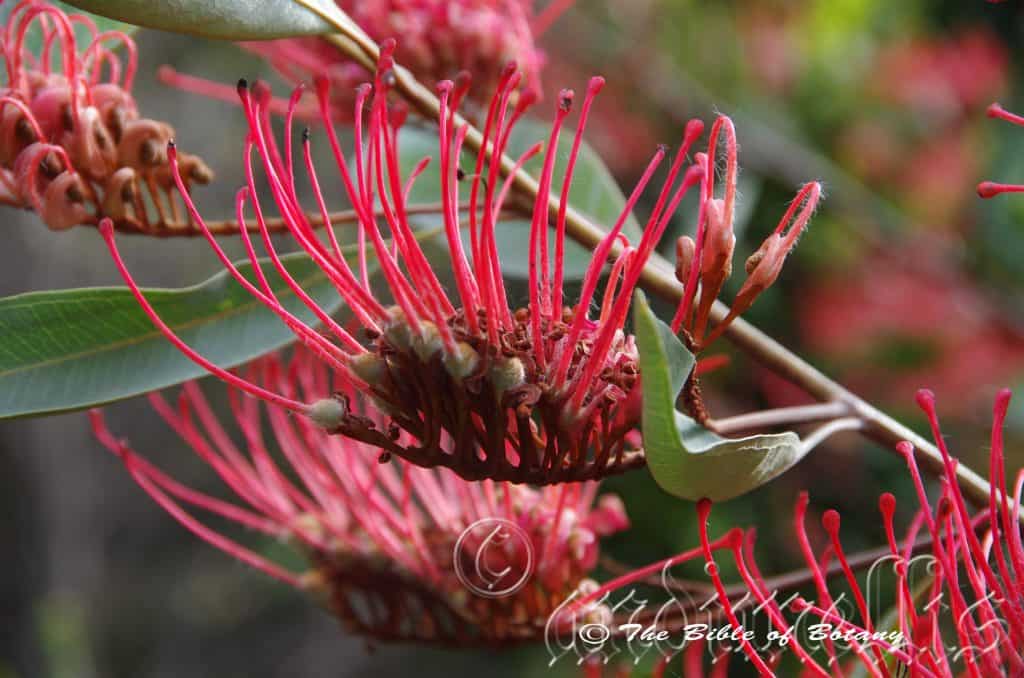
NCBG Coffs Harbour NSW
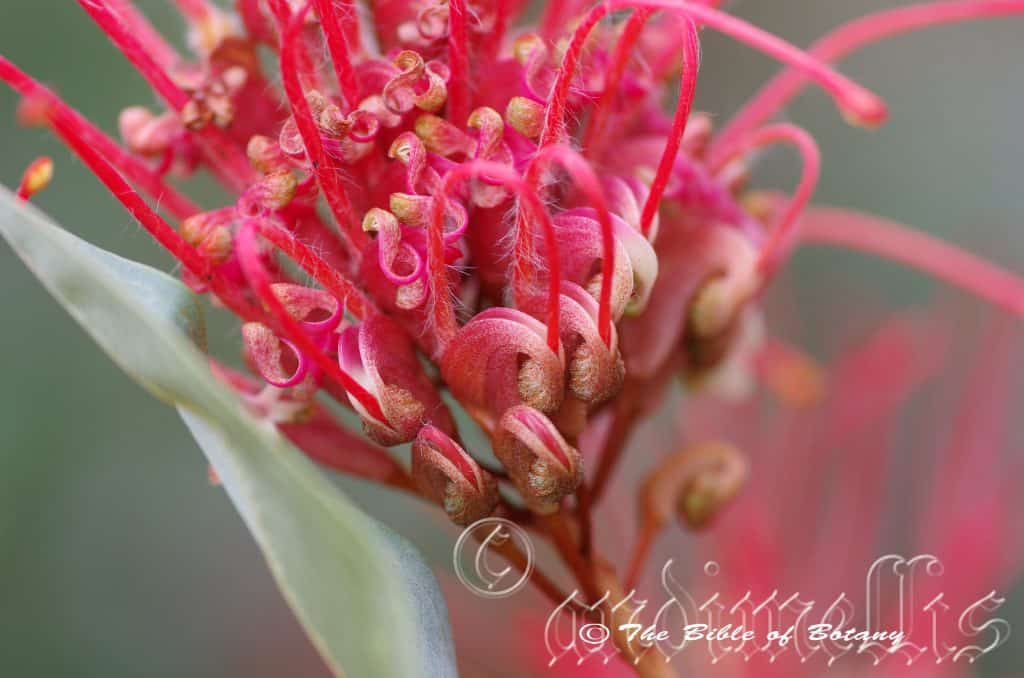
NCBG Coffs Harbour NSW
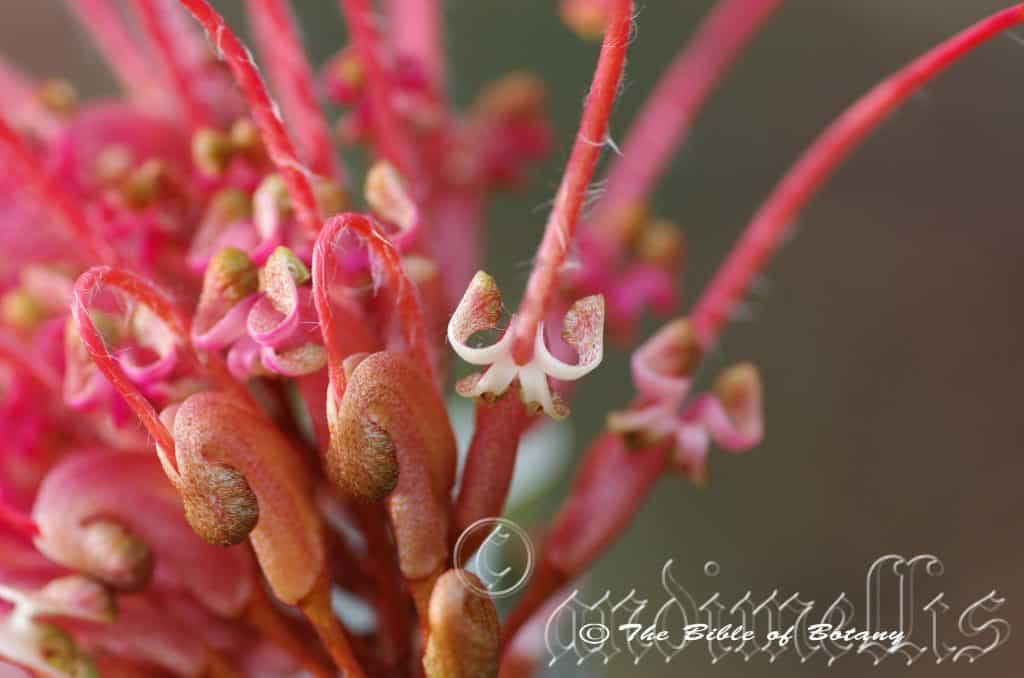
NCBG Coffs Harbour NSW
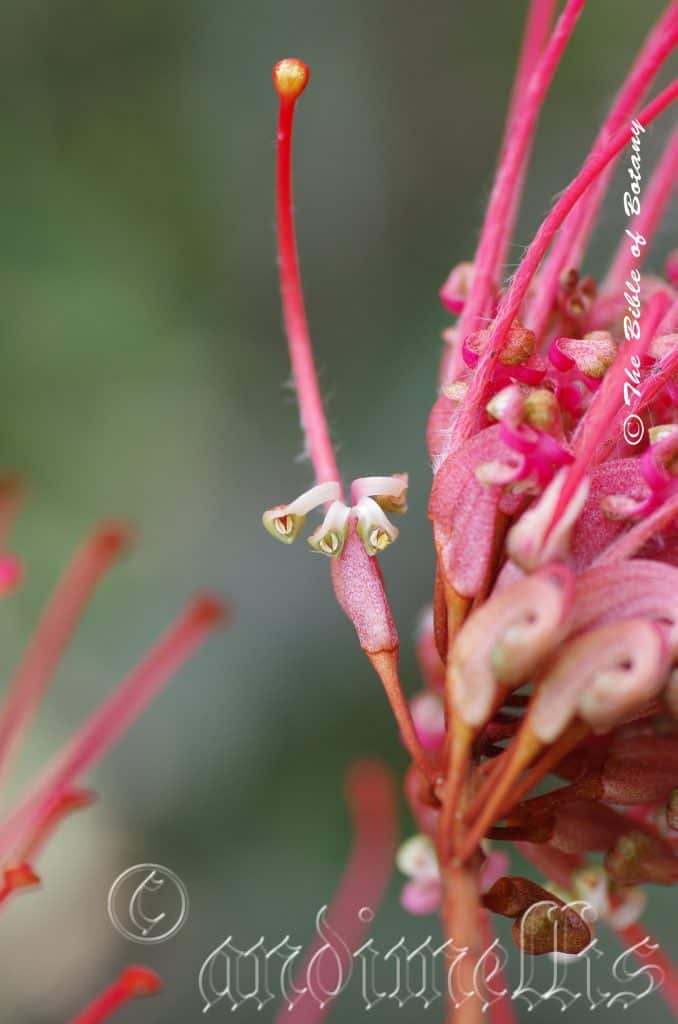
NCBG Coffs Harbour NSW
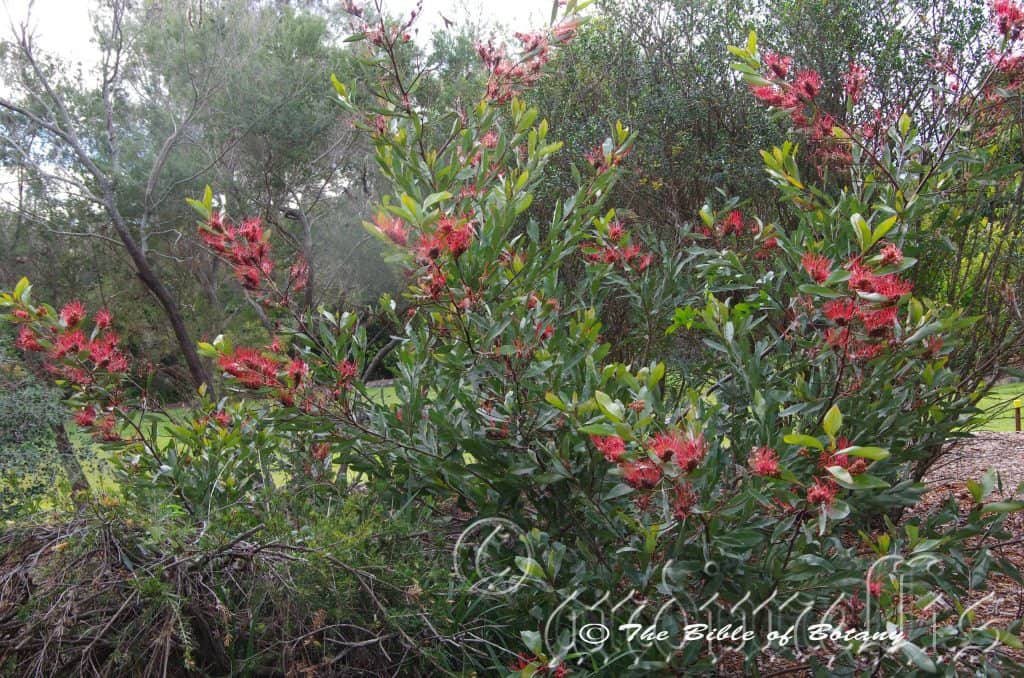
NCBG Coffs Harbour NSW
Grevillea pluricaulis
Classification:
Class: Magnoliopsida
Order: Proteales
Family: Proteaceae
Genus: Is named in honour of C. F. Greville; 1749-1809, who was a British expert botanist on Algae, a foundation member of the London Horticultural Society and a collector of rare plants.
Species: From Pluri/Plures, which is Latin for many and Kaulos, which is Ancient Greek or later Caulus, which is Latin for a stick or later a stem or branch. It refers to plants, which have many rather twiggy stems.
Sub Species: The two subspecie have recently been upgraded to specie level.
Common Name:
Distribution:
Grevillea pluricaulis is found in an area bounded by the coast, the Daly River in the west and Guborlomborlom which is between Maningrida and Oenpelli on the north central coast of the Northern Territory. https://avh.ala.org.au/occurrences/search?taxa=Grevillea+pluricaulis#tab_mapView
Habitat Aspect Climate:
Grevillea pluricaulis prefers full sun to light dappled shade. It grows in tropical open Eucalyptus forests, open woodlands and open mixed Eucalyptus heaths. The altitude ranges from 10 meters ASL to 500 meters ASL.
The temperatures range from 7 degrees in August to 40 degrees in January.
The rainfalls range from lows of 700mm to an average of 2100mm annually.
Soil Requirements:
Grevillea pluricaulis prefers white, yellow, red and brown skeletal to deep sandy loams, course gravelly light fatty clays or course silts. The soils are usually derived from decomposed sandstones, granites, alluvial deposits. The soils pH ranges from 5pH to 7pH. It does not tolerate waterlogged soils however the soils often experience seasonal flooding for short periods during the wet season. Non saline soils to moderately saline soils are tolerated.
Height & Spread:
Wild Plants: 0. 7m to 3m by 1m to 3m.
Characteristics:
Grevillea pluricaulis’s is an erect shrub with several from ground level. The stems are mid grey and slightly glabrous to scabrous. Branchlets are mid grey and glabrous. The pale pink-grey to pinkish-grey stems of the present season’s growth are glabrous to sparsely covered in white appressed biramous hairs. The plants have a lignotuber in which new stems may arise annually at the beginning of the wet season.
Grevillea pluricaulis’s alternate, narrow elliptical, broad elliptic or rarely ovate leaves measure 150mm to 200mm in length by 45mm to 85mm in width. The pinkish-grey based petiole turns pale greenish-blue at the apex and is glabrous to sparsely covered in white appressed biramous hairs. The petiole measures 8mm to 17mm in length. The symmetrical bases are usually tapering to cuneate while the apexes are tapering emarginate with an apiculate tip in the recess. The discolourous laminas are mid blue-green to mid grey-green and glabrous on the upper laminas while the lower laminas are paler, more glaucous and are usually sparsely or at times moderately or even densely covered in white and rusty orange-brown appressed biramous hairs more so along the mid vein and lateral veins. The laminas recurve slightly from the mid veins to the undulating margins. The leaf margins are entire. The rounded mid vein is moderately to strongly prominent on the lower lamina and is clearly visible from the upper lamina being rusty brown or pale grey-green. The lateral veins are slightly prominent on the lower lamina while the tertiary reticulate venation is faintly prominent on the lower lamina.
The conflorescences of Grevillea pluricaulis are erect and are borne from the upper leaf axis and at times also from the terminals. The secund is usually shorter or equal or at times slightly longer than the foliage with the mid blue-green rachis measuring 50mm to 100mm in length. The peduncle, rachis and pedicels are covered in white and rusty orange-brown appressed hairs in variable ratios. The style and perianth are the most prominent part of the flower. The individual perianths are pale green to mid green turning apricot, cream, mid pink to deep pink with a deep cream, deep apricot or deep pink to deep pinkish-red pistil. The perianths are covered in white and rusty orange-brown appressed hairs in variable ratios externally and are covered in white pilose hairs internally. The perianths measure 10mm to 16mm in length while the lobes are free and measure 9mm to 12mm in length.
The pistil measures 40mm to 55mm in length while the stipe measures 7mm to 11mm in length. The ovary is moderately covered in white sericeous hairs while the style is sparsely or at times moderately covered in long, white villous hairs on the basal half and become fewer as they approach the stigma on the apical half. The flowers appear from April to October but have been recorded as early as January in favourable seasons.
Grevillea pluricaulis’s fruits are obloidal-ellipsoidal to sub globose follicles. The follicles are produced singularly radiating out from raceme. They measure 13mm to 17mm in length by 11mm to 13mm in width. The green follicles turn brown when ripe with irregular red-brown blotches and long, white, tomentose hairs.
Confusing Specie:
Grevillea pluricaulis has leaves that are papillae on the lower laminas while the laminas are usually truncate or rarely broad cuneate. It has an erect growth habit growing 1 meter to 3 meters in height by 1 meter to 3 meters in diameter. The inflorescences do not exceed or are equal to the foliage in length. The pistils measure 40mm to 45mm in length.
Grevillea pluricaulis subsp. goodie is now known as Grevillea goodie. The leaves are glabrous without any papillae on the lower laminas while the laminas are usually always cuneate or rarely truncate. It has a prostrate growth habit. The inflorescences exceed the foliage. The pistils measure 36mm to 42mm in length.
Wildlife:
Grevillea pluricaulis is very attractive to smaller to larger honeyeaters. On the east coast around Grafton, Silver Eyes (Zosterops lateralis), Yellow Face Honeyeater (Lichenostomus chrysops), Brown Honeyeater (Lichmera indistincta) and the eastern Spinebill (Acanthorhynchus tenuirostris), as well as larger honeyeaters like the Blue Faced Honeyeater (Entomyzon cyanotis) are attracted to the flowers.
Cultivation:
Grevillea pluricaulis is a beautiful small bushy shrub for tropical and subtropical regional native gardens where sandy or light fatty clay soils occur. It is doing well as far south as the Coffs Harbour Botanic gardens on the north coast of New South Wales. The foliage can be regularly tip pruned to encourage new growth, bushiness and better flowering in the following season. It is best grown in the open as the main heath plant in suburban blocks.
It also has a good supply of nectar for birds throughout the year. In a native garden it can be used to attract birds but be aware of cats as its growth habit is not conducive to being a safe haven for birds in a suburban garden. The area where it would excel is that of the arid scene where it can be used in the foreground with annuals and other larger plants with finer foliages or contrasting coloured foliages in the mid ground.
Propagation:
Seeds: Sow the fresh seeds of Grevillea pluricaulis directly into a seed raising mix. Cover them with 5mm of fine sand and keep moist not wet. Place the tray in a warm sunny position. When the seedlings are 25mm to 50mm tall, prick them out and plant them into 50mm native tubes using a good organic mix.
Once the seedlings reach 150mm to 200mm in height, nip the tips out before planting them out into their permanent position at 1 meter or 4 meters whether it is required for a feature plant of to blend into a natural bush garden.
Cuttings: Use 70mm to 100mm long half ripened material when growing from cuttings from the present season’s growth. Take them in mid-autumn or early spring. Remove half the leaves from the bottom section being careful not to tear the bark.
1 Prepare the cutting mix by adding one third sharp clean river sand, one third peat and one third perlite. These ingredients are sterilize,
2 Select good material from non diseased plants,
3 Select semi green stems for cuttings. Look for a stem with two or three nodes,
4 Place the cutting on a flat, hard surface, and make a clean cut down one side of the cutting at the base for 10mm with a sharp sterile knife or razor blade. – This scarification of the node will increase the chances of roots emerging from this spot. Now remove all but one or two the leaves, leaving the apex leaves in tact. If the leaves are very large in proportion to the stem, cut off the apical halves.
5 Fill a saucer with water, and place a little medium strength rooting hormone into another container like a milk bottle top. Dip the node end of the cutting into the water and then into the rooting hormone. Tap off any excess hormone,
6 Use a small dipple stick or old pencil to poke a hole into the soilless potting mix. Ensure the hole is slightly larger than the stem diameter and be careful not to wipe the rooting hormone off the cuttings base, place the cuttings in a pattern ensuring the cuttings are not touching each other,
7 I like to place the pots in Plastic bags to help maintain temperature and moisture. Place in a semi shaded place like under 50mm shade cloth.
8 When the cuttings have struck, open the bag to allow air circulation for a few days to a week,
9 Once hardened off remove the cuttings from the bag and allow to further hardening for a few more days,
10 Transplant into a good potting mix to grow on.
Fertilize using seaweed, fish emulsion or organic chicken pellets soaked in water on an alternate basis. Fertilize every two months until the plants are established then twice annually in early September or March to maintain health, vitality and better flowering. Avoid syntheti
Further Comments from Readers:
Hi reader, it seems you use The Bible of Botany a lot. That’s great as we have great pleasure in bringing it to you! It’s a little awkward for us to ask, but our first aim is to purchase land approximately 1,600 hectares to link several parcels of N.P. into one at The Pinnacles NSW Australia, but we need your help. We’re not salespeople. We’re amateur botanists who have dedicated over 30 years to saving the environment in a practical way. We depend on donations to reach our goal. If you donate just $5, the price of your coffee this Sunday, We can help to keep the planet alive in a real way and continue to bring you regular updates and features on Australian plants all in one Botanical Bible. Any support is greatly appreciated. Thank you.
In the spirit of reconciliation we acknowledge the Bundjalung, Gumbaynggirr and Yaegl and all aboriginal nations throughout Australia and their connections to land, sea and community. We pay our respect to their Elders past, present and future for the pleasures we have gained.
Grevillea polybractea
Classification:
Class: Magnoliopsida
Order: Proteales
Family: Proteaceae
Genus: Is named in honour of C. F. Greville; 1749-1809, who was a British expert botanist on Algae, a foundation member of the London Horticultural Society and a collector of rare plants.
Species: From Polys, which is Ancient Greek for many and Bractea, which is Latin for a thin plate of metal. It refers to plants, which have many small leaf-like structures at the base of another organ.
Sub Species:
Common Name: Crimson Grevillea.
Distribution:
Grevillea polybractea‘s distribution is found south from Dubbo in southern New South Wales and south to the Elliot Ridge and Burrowye in Victoria. It is found on the Western Plains to the Western Slopes of the Great Dividing Range. It is possibly extinct from the northern areas and in eastern Victoria.
https://avh.ala.org.au/occurrences/search?taxa=Grevillea+polybractea#tab_mapView
Habitat Aspect Climate:
Grevillea polybractea prefers full sun to dappled shade. It grows in well drained sites in open Eucalyptus forests and dry scrub lands. The altitude ranges from 300 meters ASL to 1300 meters ASL.
The temperatures range from minus 5 degree in August to 34 degrees in January.
The rainfalls range from lows of 450mm to an average of 950mm annually.
Soil Requirements:
Grevillea polybractea prefers to grow on sands, sandy loams and fatty gravelly sands. The soils are usually derived from decomposed or partially decomposed granites or sandstones. The soils pH ranges from 5pH to 6. 5pH are preferred. It does not tolerate waterlogged soils. Non saline soils to moderately saline soils are tolerated.
Height & Spread:
Wild Plants: 0.3m to 1.8m by 0.5m to 1.2m.
Characteristics:
Grevillea polybractea’s larger stems are grey-brown and scabrous. Branchlets are a pale dull fawn to fawn grey-green and covered in short, white villous hairs.
Grevillea polybractea’s alternate to sub opposite leaves are simple, broad linear, narrow oblong to narrow oblong-elliptical and measure 30mm to 75mm in length by 1mm to 6mm wide. The base is tapered while the apex is acute. The discolourous laminas are deep green to sea-green, and initially sparsely covered in white caduceous, villous hairs then revealing semi glossy, glabrous or granular upper laminas while the lower laminas are densely covered in short, white villous hairs. The laminas are gently curve from the mid vein to the margins while the margins are entire and revolute. The mid vein is prominent on the lower lamina often only sparsely covered in short, white villous hairs.
The adaxially, acroscopic conflorescences of Grevillea polybractea are decurve, sub globose secunds born terminally or on short branches from the leaf axils. There are 10 to 34 individual flowers on the densely villous rachises that measure 3mm to 10mm in length. The perianth and style are the most prominent parts of the flower. The individual perianths are orange or red at the base turning yellow or on the limbs and yellow internally. The perianth is covered in pale reddish villous hairs externally and is covered in pale orange-yellow hirtellous hairs internally. The perianth and limbs measure 5mm to 7mm in length while the lobes are strongly recurved.
The style is dull pink to reddish orange turning yellow at the stigma. The pistils measure 9. 5mm to 14mm in length. The erect style is densely covered in very short cream to pastel yellow villose hairs at the base becoming glabrous at the stigma. The oblique almost lateral stigma has a yellow pollen presenter. The sessile ovary is densely covered in cream to pastel yellow villous hairs. The flowers appear from September to November.
Grevillea polybractea’s fruits are oblong-ovoidal to oblong-ellipsoidal glabrous follicles. The style is persistent on the ripe follicles. It is covered in white villous and velutinous hairs and have 3 longitudinal dorsal ridges. The follicles measure 12mm to 15mm in length by 7mm to 8mm in width. The flattened, ovate, grey seeds have a fawn papery wing surrounding the testa.
Confusing Specie:
Grevillea polybractea’s ovate reddish floral bracts are conspicuous in late bud stage and measure 2. 5mm to 7mm in length by 2mm to 5. 5mm in Width. It is densely covered in pale reddish villous hairs externally and are usually still present at anthesis. The persistence of the perianth is also unusual.
Grevillea floribunda subsp. floribunda‘s reddish floral bracts are conspicuous in late bud stage and measure 0. 8mm to 2mm in length by 0. 8mm to 2mm in Width. It is sparsely covered in pale reddish villous hairs externally. The perianth is not persistent.
Wildlife:
Grevillea polybractea flowers are attractive to butterflies native honey bees,native nectar eating flies and small honeyeaters.
Cultivation:
Grevillea polybractea is a very beautiful small shrub, which should be more widely grown in temperate areas of Australia in well drained situations. It suits small to large gardens. Garden subjects will grow from 1.2 meters to 2 meters in height by 1 meter to 1.5 meters in diameter when grown in the open. It can be pruned when young to produce a slightly denser smaller shrub. It is fast growing in Native gardens and can be used for attracting many butterflies, pollen flies, hover flies and native bees. In temperate or drier districts it can be a good starter plant giving good colour to the garden at a very early age.
It can be placed in a position to force a sharp change of direction. A bend in a path can break up straight lines. Place them at the end of the path and either side of the bend where the change in direction is required. This will lead your eyes gown and around the corner especially when it is in flower, yet they will walk the bend without noticing the change in direction. The taller growing Grevillea like Grevillea nematophylla, Grevillea pteridifolia or Grevillea banksii var. fosteri make fantastic specimens for the back ground and the leaves are contrasting without being too powerful as to take all the attention.
It is best used adjacent in small areas of bush close to paths or the house so their flowers can be viewed regularly.
It can be grown in small sunny courtyards, around swimming pools, near paths, along driveways, around fish or frog ponds, in rockeries both large and small, in miniature gardens, formal beds Japanese gardens or snuck in between other larger plants.
Propagation:
Seeds: Sow the fresh seeds of Grevillea polybractea directly into a seed raising mix. Cover them with 5mm of fine sand and keep moist not wet. Place the tray in a warm sunny position. When the seedlings are 25mm to 50mm tall, prick them out and plant them into 50mm native tubes using a good organic mix.
Once the seedlings reach 150mm to 200mm in height, nip the tips out before planting them out into their permanent position at 0.5 meter or 3 meters whether it is required for a feature plant of to blend into a natural bush setting.
Cuttings:
Use 70mm to 100mm long half ripened material when growing from cuttings from the present season’s growth. Take them in mid-autumn or early spring. Remove half the leaves from the bottom section being careful not to tear the bark.
1 Prepare the cutting mix by adding one third sharp clean river sand, one third peat and one third perlite. These ingredients are sterilize,
2 Select good material from non diseased plants,
3 Select semi green stems for cuttings. Look for a stem with two or three nodes,
4 Place the cutting on a flat, hard surface, and make a clean cut down one side of the cutting at the base for 10mm with a sharp sterile knife or razor blade. – This scarification of the node will increase the chances of roots emerging from this spot. Now remove all but one or two the leaves, leaving the apex leaves in tact. If the leaves are very large in proportion to the stem, cut off the apical halves.
5 Fill a saucer with water, and place a little medium strength rooting hormone into another container like a milk bottle top. Dip the node end of the cutting into the water and then into the rooting hormone. Tap off any excess hormone,
6 Use a small dipple stick or old pencil to poke a hole into the soilless potting mix. Ensure the hole is slightly larger than the stem diameter and be careful not to wipe the rooting hormone off the cuttings base, place the cuttings in a pattern ensuring the cuttings are not touching each other,
7 I like to place the pots in Plastic bags to help maintain temperature and moisture. Place in a semi shaded place like under 50mm shade cloth.
8 When the cuttings have struck, open the bag to allow air circulation for a few days to a week,
9 Once hardened off remove the cuttings from the bag and allow to further hardening for a few more days,
10 Transplant into a good potting mix to grow on.
Fertilize using seaweed, fish emulsion or organic chicken pellets soaked in water on an alternate basis. Fertilize every two months until the plants are established then twice annually in early September or March to maintain health, vitality and better flowering. Avoid synthetic fertilizers as they will most likely contain calcium and phosphorus at levels, which are toxic to most Proteaceae.
Further Comments from Readers:
Hi reader, it seems you use The Bible of Botany a lot. That’s great as we have great pleasure in bringing it to you! It’s a little awkward for us to ask, but our first aim is to purchase land approximately 1,600 hectares to link several parcels of N.P. into one at The Pinnacles NSW Australia, but we need your help. We’re not salespeople. We’re amateur botanists who have dedicated over 30 years to saving the environment in a practical way. We depend on donations to reach our goal. If you donate just $5, the price of your coffee this Sunday, We can help to keep the planet alive in a real way and continue to bring you regular updates and features on Australian plants all in one Botanical Bible. Any support is greatly appreciated. Thank you.
In the spirit of reconciliation we acknowledge the Bundjalung, Gumbaynggirr and Yaegl and all aboriginal nations throughout Australia and their connections to land, sea and community. We pay our respect to their Elders past, present and future for the pleasures we have gained.
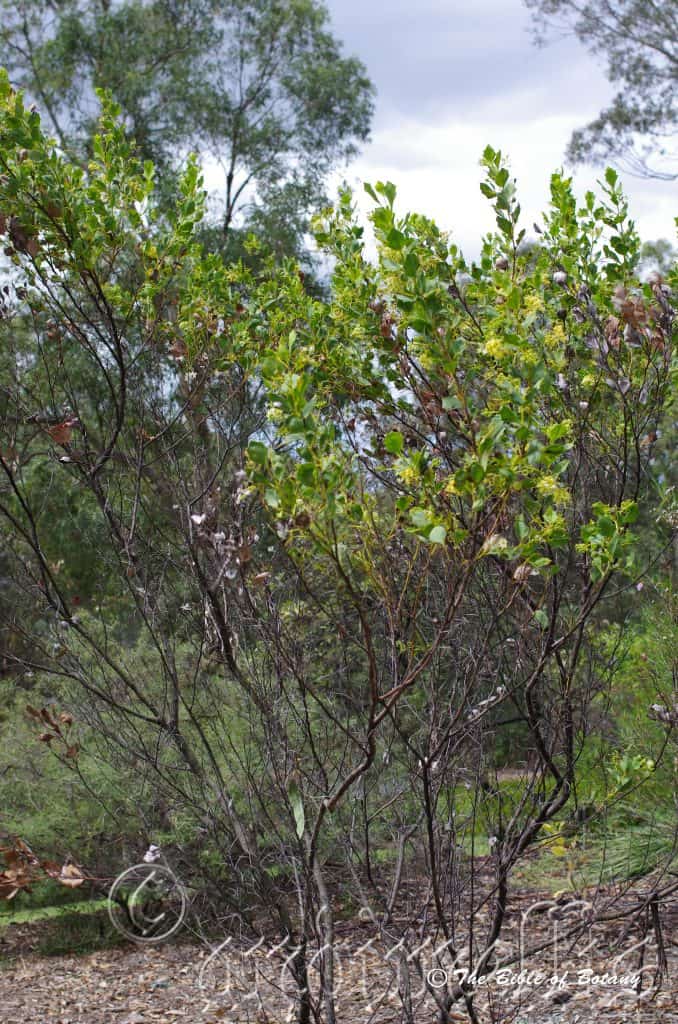
Mount Cootha Botanic Gardens Qld.
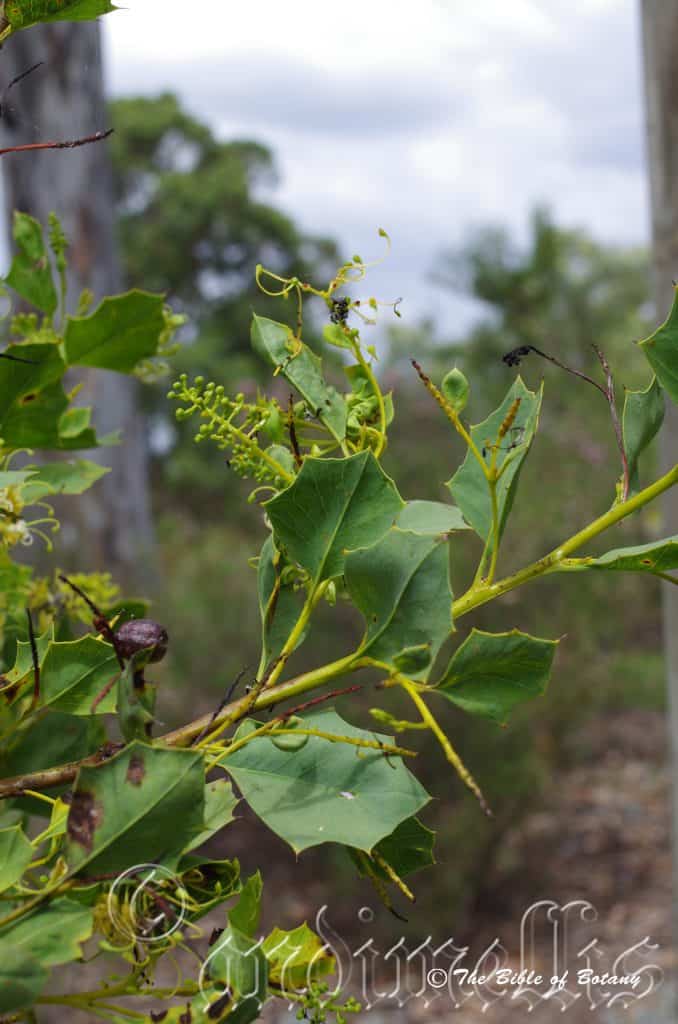
Mount Cootha Botanic Gardens Qld.
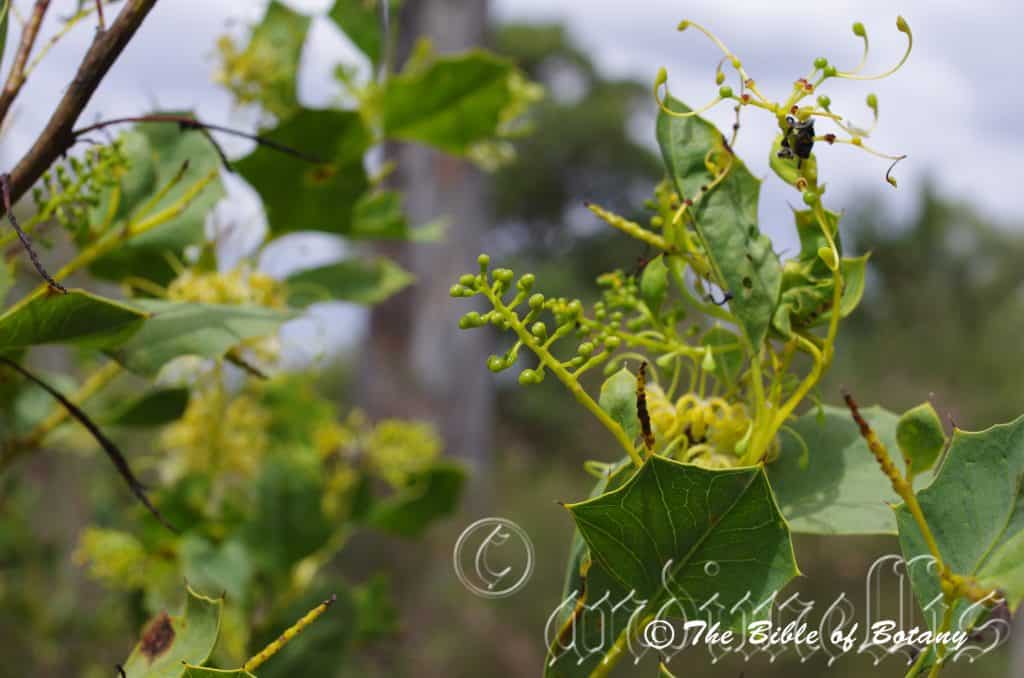
Mount Cootha Botanic Gardens Qld.
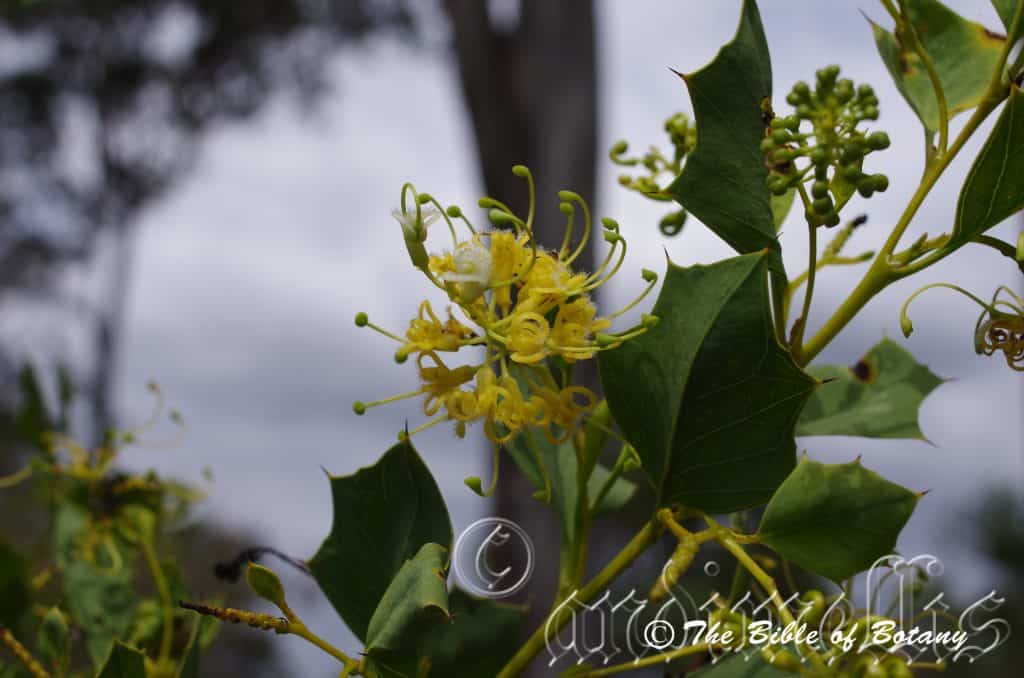
Mount Cootha Botanic Gardens Qld.
Grevillea prasina
Classification:
Class: Magnoliopsida
Order: Proteales
Family: Proteaceae
Genus: Is named in honour of C. F. Greville; 1749-1809, who was a British expert botanist on Algae, a foundation member of the London Horticultural Society and a collector of rare plants.
Species: From Prason, which is Ancient Greek for a leek. It refers to structures and or organs, which are bright green.
Sub Species:
Common Name:
Distribution:
Grevillea prasina‘s is found in 2 disjunct populations in the far north eastern corner of Western Australia to the north western corner of the Northern Territory in an area bounded by the Earnest river, Kurunjie station, the Victoria River, Ingaladdi Waterhole and Port Keats. The second area is in the eastern section of the Northern Territory bounded by Nawarlbur Swamps, Cox River and Parakeelya Swamps.
https://avh.ala.org.au/occurrences/search?taxa=Grevillea+prasina#tab_mapView
Habitat:
Grevillea prasina prefers full sun to dappled shade. It grows in open woodlands and shrubby situations often along riparian zones, around wallum heaths and swampy heaths. The altitude ranges from 5 meters ASL to 300 meters ASL.
The temperatures range from 12 degrees in August to 42 degrees in January.
The rainfalls range from lows of 600mm to an average of 1200mm annually.
Soil Requirements:
Grevillea prasina prefers to grow on skeletal sands, skeletal loams to fatty gravelly sandy loams. The soils are usually derived from partially decomposed or decomposed sandstone, quartzites, laterites, sandstone often with a limestone substrata. The soils pH ranges from 5pH to 6. 5pH are preferred. It does not tolerate waterlogged soils however moisture retentive are favoured. Non saline soils to moderately saline soils are tolerated.
Height & Spread:
Wild Plants: 1m to 4.5m by 1.5m to 2.5m.
Characteristics:
Grevillea prasina‘s larger stems are grey-brown and scabrous. Branchlets are a pale dull fawn to fawn grey-green and covered in short, white puberulent hairs.
Grevillea prasina‘s alternate, ovate to elliptical leaves measure 30mm to 80mm in length by 20mm to 50mm in width. The bases are broad cuneate with a short attenuation while the apexes are broad acute with a short, sharp spine. The concolourous laminas are pale yellow green dull green to pale grass-green, and initially sparsely covered in reddish-tan, appressed, caduceus, puberulent hairs. The laminas gently recurve upwards from the mid vein to the margins and recurve upwards to the apex on the apical half. The margins have 5 to 11 evenly, broadly spaced, broad dentate teeth. The apex of the teeth is yellow and ends in a black, rigid spine. The mid vein and lateral veins are prominent on both laminas and are sparsely covered in reddish-tan appressed puberulent hairs.
The adaxially, acroscopic conflorescences of Grevillea prasina are decurve, sub globose secunds born terminally or from the leaf axils. The secunds are often 2 or 3 branched with 18 to 36 individual flowers on the glabrous yellow to yellow-green rachises that measure 10mm to 45mm in length. The glabrous bright yellow to yellow-green pedicels measure 6mm to 9mm in length. The perianth and style are the most prominent parts of the flower. The individual perianths are initially green turning white or cream before turning deep bright yellow at anthesis, at the base to the limbs. The perianths are usually glabrous or at times sparsely covered in white sericeous hairs externally and are covered in white villous hairs internally extending to the basal half of the lobes. The irregular lobes are revolute and free. The perianths measure 6mm to 8mm in length while the lobes measure 11mm to 16mm in length while the lobes are strongly recurved.
The style is pale yellow, pale yellow-green to pale green with a green stigma. The pistils measure 19mm to 22mm in length. The erect style and stigma are glabrous. The style is refracted close to the erect stigma which is erect. The yellow erect pollen presenter is cylindrical and measures about 0. 3mm to 0. 4mm in length by 0. 4mm to 0. 5mm in diameter. The sessile ovary is glabrous. The fragrant flowers appear from March to October.
Grevillea prasina‘s fruits are ellipsoidal glabrous follicles. The style is often broke but persistent on the ripe follicles. The green follicles are covered in white villous and velutinous hairs and have 3 longitudinal dorsal ridges. The ripe follicles are deep chocolate reddish-brown and semi glossy. The follicles measure 9mm to 16mm in length by 6. 5mm to 10mm in width.
Confusing Species:
Grevillea prasina almost always has inconspicuous papillae or short hairs near the apex of the style. The leaves are consistently and more densely minutely hairy. The branchlets terete to slightly angulated in cross-section where as it is sharply angulated in Grevillea prasina. It has teeth or lobes mostly in the apical half. The lower laminas are inconspicuously but densely covered in white sericeous. The style is usually covered in minute white puberulent hairs.
Grevillea glabrescens‘s perianth’s inner surface is glabrous to very sparsely hirsute. The follicles are smaller at 14mm to 16mm in length. The style is covered in white papillae hairs below the stigma.
Wildlife:
Grevillea prasina are a great attraction for small to medium honeyeaters like the Silver Eyes (Zosterops lateralis), Yellow Face Honeyeater (Lichenostomus chrysops), Brown Honeyeater (Lichmera indistincta) and the eastern Spinebill. (Acanthorhynchus tenuirostris).
Cultivation:
Grevillea prasina is a very beautiful Grevillea with unusual leaves for warm subtropical, monsoonal and tropical gardens areas in Australia. It suits small to large gardens. Garden subjects will grow from 2 meters to 4 meters in height by 2 meter to 3 meters in diameter when grown in the open. It can be pruned when young to produce a denser, smaller shrub. It is fast growing in Native gardens and can be used for attracting many butterflies, pollen flies, hover flies and native bees as well as small birds.
When you design a tropical bush garden; which Grevillea prasina is highly suitable, use contours to display the plants to their best. Use one or two taller rushes like Fimbristylis ferruginea to give a stronger more vertical break to the sides which will help frame Grevillea prasina at the center. Small Grevilleas like Grevillea centristigma or Grevillea masonii if it can be obtained or use annuals in the foreground to help contrast the rushes.
Grevillea prasina would make a good contribution to a sandy or rocky terrain rock in semi-arid zones where adequate rainfall and soil moisture can be guaranteed. Here it can be used as the feature plants, scattered throughout the boulders or plains. When you use them in area that is strewn with large boulders do not over crowd the scene as the boulders are a formidable part of the scene and plant them to the rear so that both the boulders and plants are in full view. Grevillea prasina is well suited to such conditions so use contours to display the plants and remember boulder country are almost always rising and falling in contour and have sharp rises so plant them where the maximum sunlight can be guaranteed and the drainage is at a premium. Plants must be planted sparingly with short annuals between to give vibrant colour. Make the scene so you can see over the tallest ones with the exception of one or two plants at the most. The idea is to achieve a feeling of expansive harshness. This can be achieved with using Grevillea prasina‘s unusual leaves and yellow and white flowers contrasting with finer pale green or soft grey to glaucous coloured foliages and pink or red flowers will give a strong tranquil scene or a bold scene depending on the depth of colour in the flowers selected below and to the sides. Some ideal plants that come to mind would be Swainsona formosa, Leichenalta formosa or Leichenalta biloba, Calytrix longiflora if pink is your thing, Solanum quadriloculatum or Grevillea thelemanniana for some great contrasting foliages.
Propagation:
Seeds: Sow the fresh seeds of Grevillea prasina directly into a seed raising mix. Cover them with 5mm of fine sand and keep moist not wet. Place the tray in a warm sunny position. When the seedlings are 25mm to 50mm tall, prick them out and plant them into 50mm native tubes using a good organic mix.
Once the seedlings reach 150mm to 200mm in height, nip the tips out before planting them out into their permanent position at 1.5 meter or 4 meters whether it is required for a feature plant of to blend into a natural bush setting.
Cuttings:
Use 70mm to 100mm long half ripened material when growing from cuttings from the present season’s growth. Take them in mid-autumn or early spring. Remove half the leaves from the bottom section being careful not to tear the bark.
1 Prepare the cutting mix by adding one third sharp clean river sand, one third peat and one third perlite. These ingredients are sterilize,
2 Select good material from non diseased plants,
3 Select semi green stems for cuttings. Look for a stem with two or three nodes,
4 Place the cutting on a flat, hard surface, and make a clean cut down one side of the cutting at the base for 10mm with a sharp sterile knife or razor blade. – This scarification of the node will increase the chances of roots emerging from this spot. Now remove all but one or two the leaves, leaving the apex leaves in tact. If the leaves are very large in proportion to the stem, cut off the apical halves.
5 Fill a saucer with water, and place a little medium strength rooting hormone into another container like a milk bottle top. Dip the node end of the cutting into the water and then into the rooting hormone. Tap off any excess hormone,
6 Use a small dipple stick or old pencil to poke a hole into the soilless potting mix. Ensure the hole is slightly larger than the stem diameter and be careful not to wipe the rooting hormone off the cuttings base, place the cuttings in a pattern ensuring the cuttings are not touching each other,
7 I like to place the pots in Plastic bags to help maintain temperature and moisture. Place in a semi shaded place like under 50mm shade cloth.
8 When the cuttings have struck, open the bag to allow air circulation for a few days to a week,
9 Once hardened off remove the cuttings from the bag and allow to further hardening for a few more days,
10 Transplant into a good potting mix to grow on.
Fertilize using seaweed, fish emulsion or organic chicken pellets soaked in water on an alternate basis. Fertilize every two months until the plants are established then twice annually in early September or March to maintain health, vitality and better flowering. Avoid synthetic fertilizers as they will most likely contain calcium and phosphorus at levels, which are toxic to most Proteaceae.
Further Comments from Readers:
Hi reader, it seems you use The Bible of Botany a lot. That’s great as we have great pleasure in bringing it to you! It’s a little awkward for us to ask, but our first aim is to purchase land approximately 1,600 hectares to link several parcels of N.P. into one at The Pinnacles NSW Australia, but we need your help. We’re not salespeople. We’re amateur botanists who have dedicated over 30 years to saving the environment in a practical way. We depend on donations to reach our goal. If you donate just $5, the price of your coffee this Sunday, We can help to keep the planet alive in a real way and continue to bring you regular updates and features on Australian plants all in one Botanical Bible. Any support is greatly appreciated. Thank you.
In the spirit of reconciliation we acknowledge the Bundjalung, Gumbaynggirr and Yaegl and all aboriginal nations throughout Australia and their connections to land, sea and community. We pay our respect to their Elders past, present and future for the pleasures we have gained.
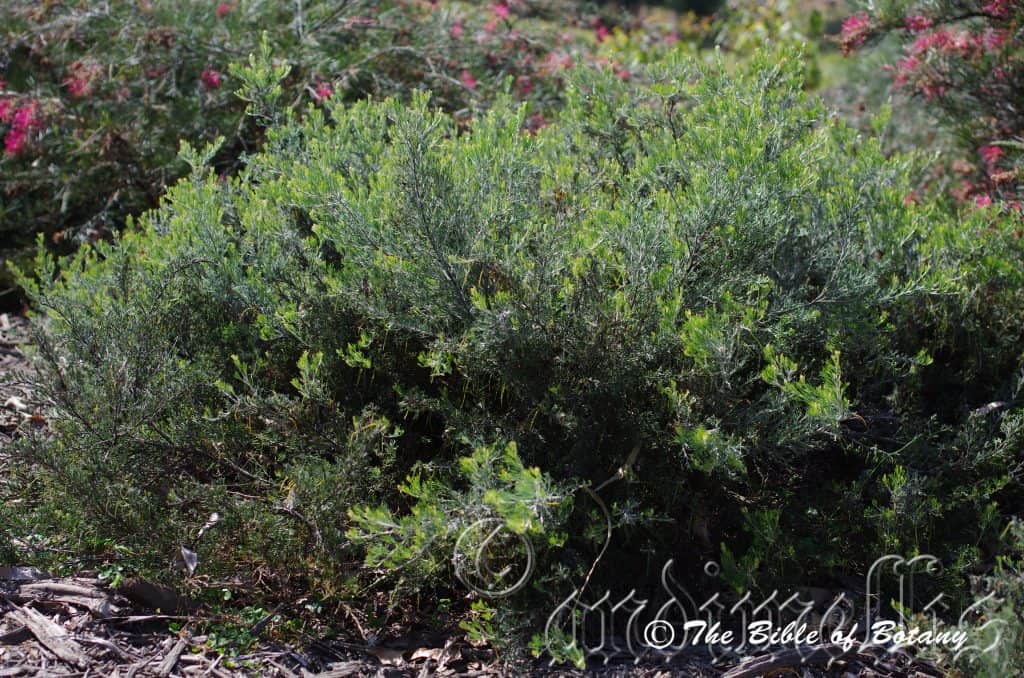
Mount Cootha Botanic Gardens Qld.
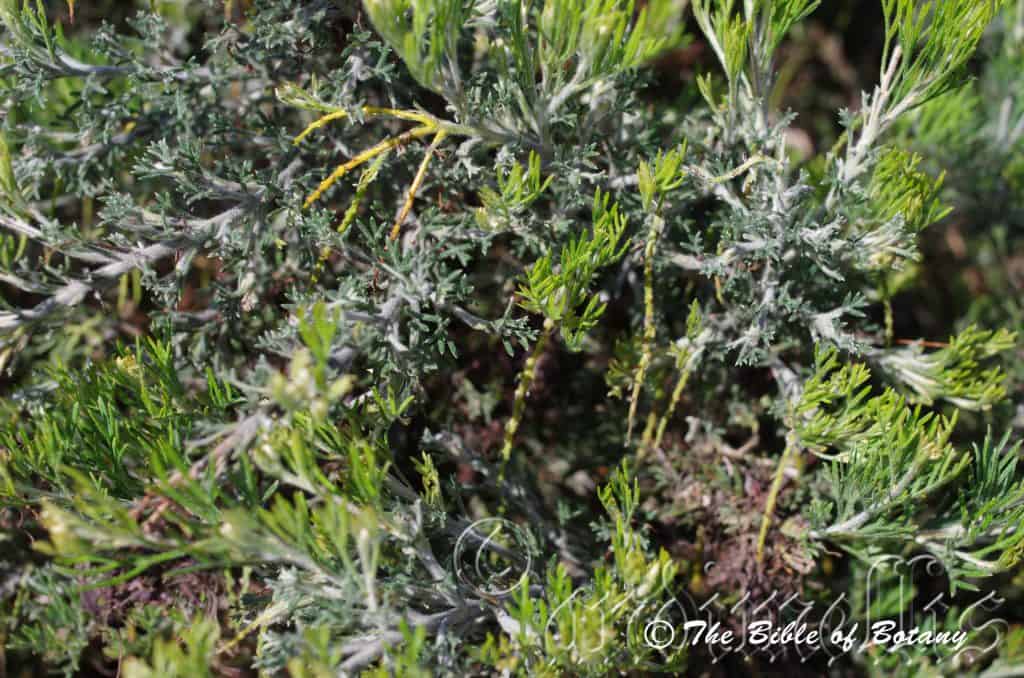
Mount Cootha Botanic Gardens Qld.
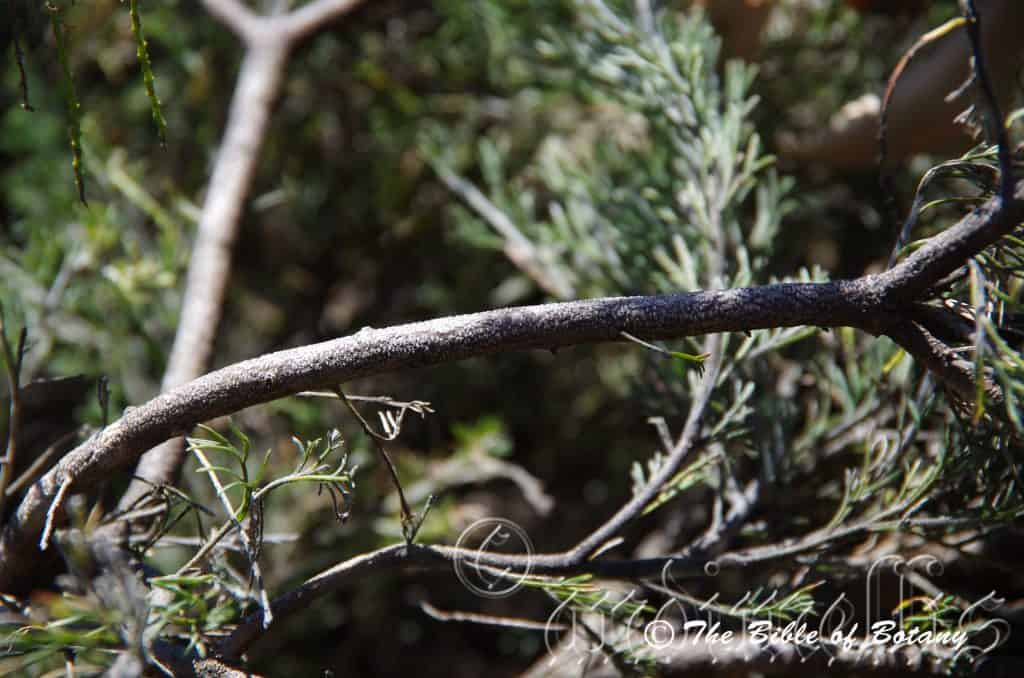
Mount Cootha Botanic Gardens Qld.
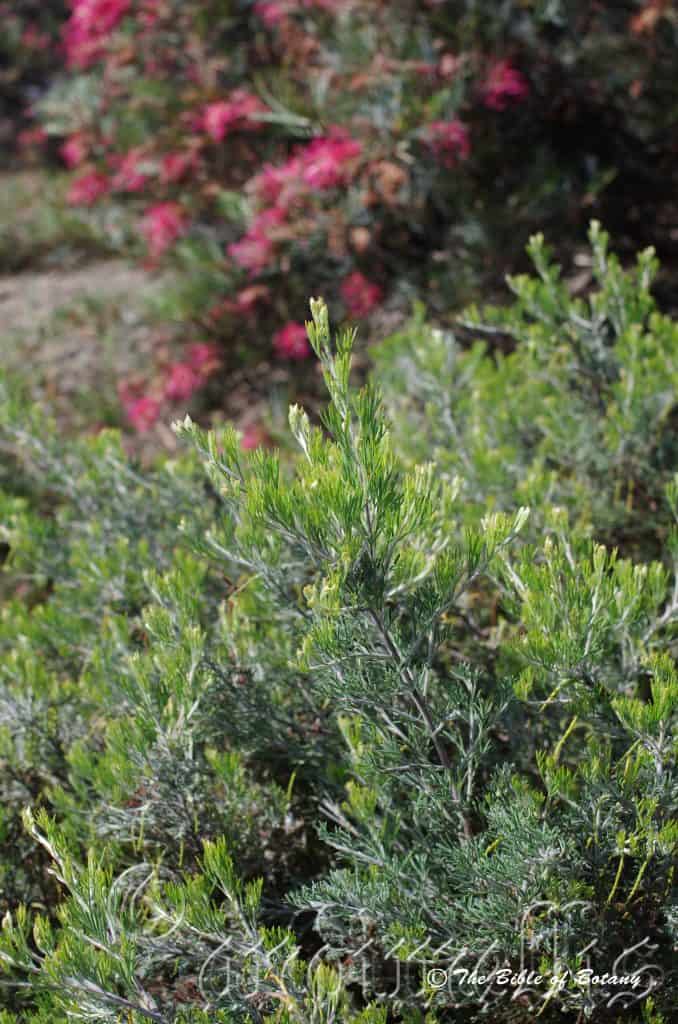
Mount Cootha Botanic Gardens Qld.
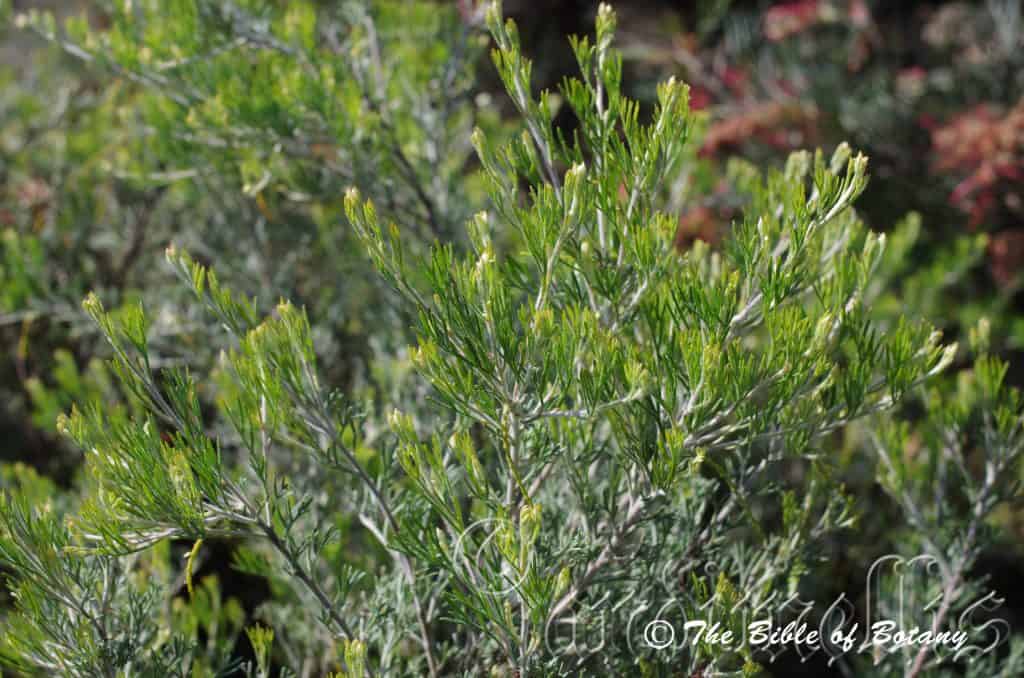
Mount Cootha Botanic Gardens Qld.
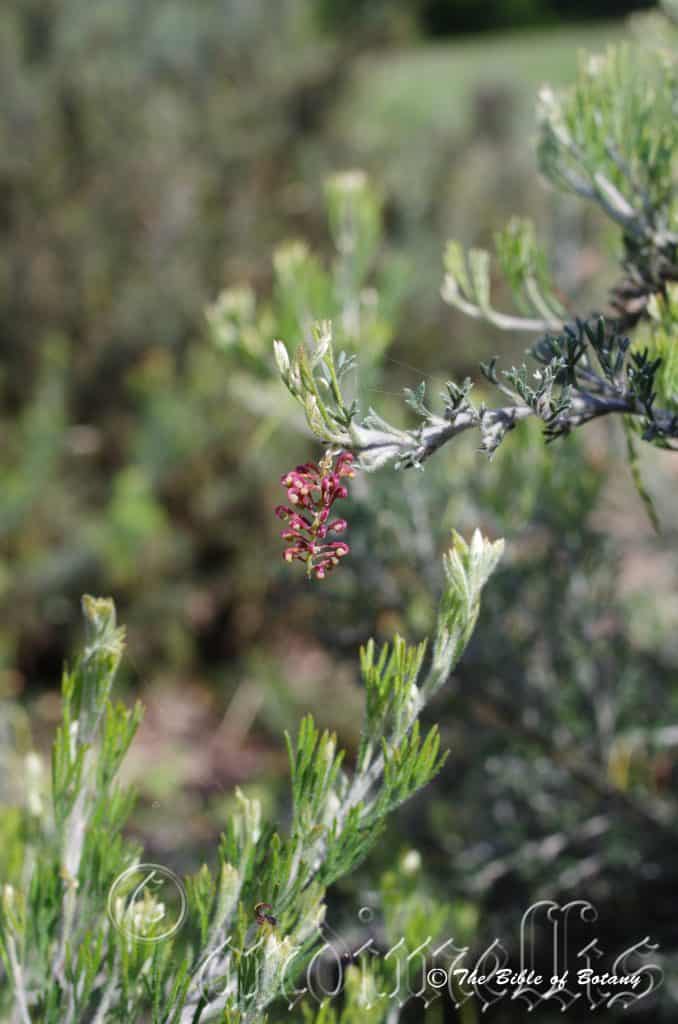
Mount Cootha Botanic Gardens Qld.
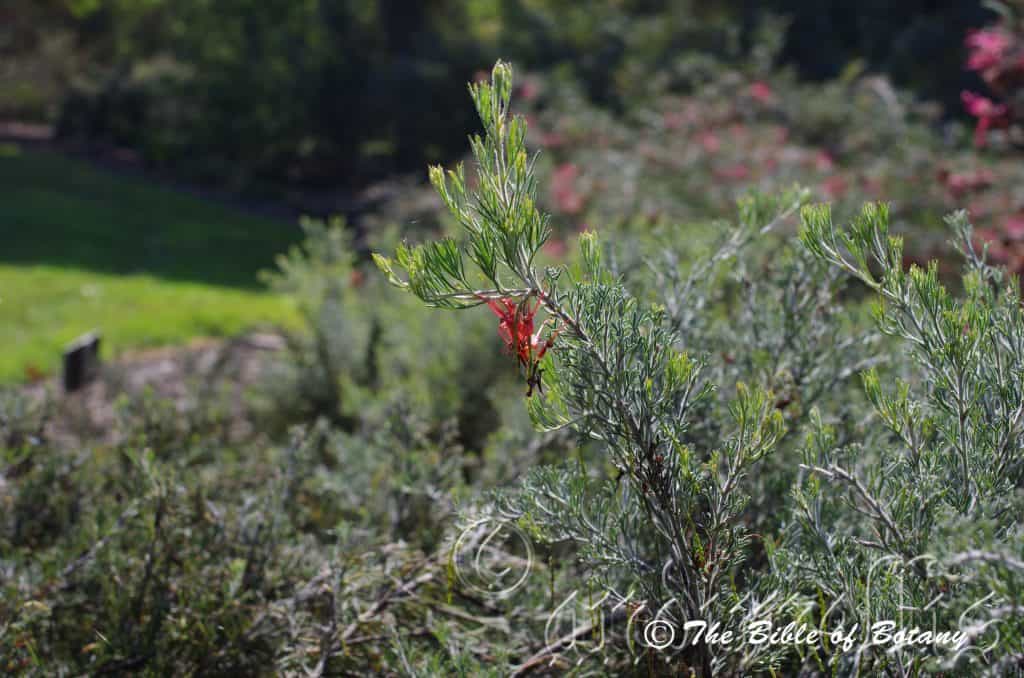
Mount Cootha Botanic Gardens Qld.
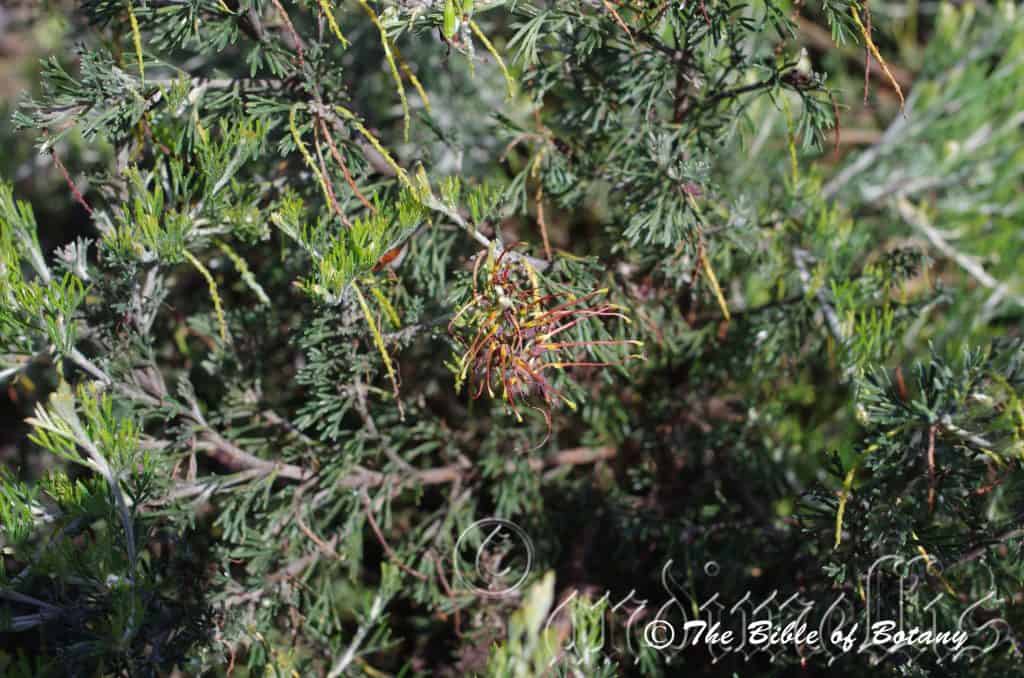
Mount Cootha Botanic Gardens Qld.
Grevillea preissii
Classification:
Class: Magnoliopsida
Order: Proteales
Family: Proteaceae
Genus: Is named in honour of C. F. Greville; 1749-1809, who was a British expert botanist on Algae, a foundation member of the London Horticultural Society and a collector of rare plants.
Species: Is named in honour of Johann Ludwig Preis; 1811-1883, who was a German born Englishman who migrated to Australia collector of plants from Western Australia.
Sub species: Grevillea preissii subsp. glabrilimba. From Glabrum, which is Latin for glabrous or smooth and Limbatum, which is Latin edge or to border on. It refers to margins usually the leaves, which are hairless and very smooth.
Sub species: Grevillea preissii subsp. preissii. Is named in honour of Johann Ludwig Preis; 1811-1883, who was a German born Englishman who migrated to Australia collector of plants from Western Australia.
Common Name: Spider Net Grevillea.
Distribution:
Grevillea preissii subsp. glabrilimba is an endemic species to the southern west coastal areas of Western Australia south from Geraldton to Coorow.
Grevillea preissii subsp. preissii is an endemic species to the southern west coastal areas of Western Australia south from Coorow to Bunbury.
https://avh.ala.org.au/occurrences/search?taxa=Grevillea+preissii#tab_mapView
Habitat Aspect Climate:
Grevillea preissii prefers full sun or light dappled shade. It grows in open woodlands, dry schlerophyll scrublands or adjacent to schlerophyll forests on rocky or sandy ridges and rocky outcrops. The altitude ranges from 10 meters ASL to 150 meters ASL.
The temperatures range from 4 degrees in July to 34 degrees in January.
The rainfalls range from lows of 520mm to an average of 1000mm annually.
Soil Requirements:
Grevillea preissii prefers growing on white, grey or yellow sandy clays with or without limestone. The soils are usually derived from partially decomposed to decomposed limestone, sandstone, accumulated desert sands, granites, laterites or metamorphic rocks. The soils pH ranges from 5PH to 8pH are preferred. It does not tolerate waterlogged soils. Non saline soils to moderately saline soils are tolerated.
Height & Spread:
Wild Plants:
Grevillea preissii subsp. preissii 0. 2m to 1. 5m by 0. 6m to 2. 7m
Grevillea preissii subsp. glabrilimba 0. 5m to 1m by 1m to 2m
Characteristics:
Grevillea preissii‘s stems regret to deep grey, scabrous and covered in transversal lenticels. The branchlets are angular and densely covered in long, white, villous hairs between the ridges which almost hide the ridges.
Grevillea preissii‘s alternate, dissected or subpinnatisect leaves measure 20mm to 45mm in length by 18mm to 30mm in width over all. The linear lobes measure 5mm to 10mm in length by 0. 5mm to 1mm in width. The bases are sessile and flatten out where it attaches itself to the stem while the apexes are acute or taper to a soft spine. The concolourous laminas are deep green or blue-green, granulose and are sparsely to moderately covered in long, white pilose hairs. The laminas are flat while the margins are entire and revolute to the mid vein. The mid vein is prominent on the lower lamina and is not visible from above.
The inflorescences of Grevillea preissii are short raceme which is born terminally or from the leaf axils. The 15mm to 25mm long racemes have 16 to 36 flowers. The perianth and style are the most prominent parts of the flower. The individual perianths are variable, pale to deep pink, red or an orange-pink at the base and turn white or very pale pink at the apex of the limbs. The lobes are recurved, free and joined at the apex. The perianths pedicels measure 3mm to 5mm in length.
The adaxially, acroscopic conflorescences of Grevillea preissii are decurve, sub globose secunds born terminally or on short branches from the leaf axils. There are 12 to 34 individual flowers on the rachises. The conspicuous bracts measure 7mm to 10mm in length and are densely covered in white villous hairs. The erect or decurve rachises are covered in white subsericeous to sub tomentose hairs and measure 8mm to 15mm in length. The perianth and style are the most prominent parts of the flower. The individual perianths are pink to deep reddish-pink from the base to the pastel pink or pastel pinkish-cream lobes. The perianths are glabrous except for a few scattered white tomentose hairs on the lobes externally and are covered in white pubescent hairs internally. The perianths measure 12mm to 14mm in length while the limbs measure 13mm to 16mm in length while the lobes are strongly recurved.
The style is pink, red or orange red and turns yellow at the stigma. The pistils measure 25mm to 28mm in length. The erect style is glabrous and is refracted below the lime-green to yellow-green stigma while the glabrous ovary is sessile. The oblique stigma has a yellow-green, dome pollen presenter. The flowers appear from July to October.
Grevillea preissii‘s fruits are obovoidal follicles. The style is persistent on the ripe follicles. The follicles have a conspicuous transversal ridge with 2 to 4 strongly longitudinal ribs radiating from it. The dull green follicles turn deep red-brown when ripe. They measure 12mm to 15mm in length by 6mm to 8mm in diameter.
Confusing Species:
Grevillea humifusa is less robust than Grevillea preissii. Their pistils are shorter and measure 22mm to 24mm in length. Leaves are shorter than 20mm in length.
Grevillea preissii‘s pistil measures 25mm to 28mm in length. Grevillea preissii subsp. preissii leaves are longer than 25mm.
Grevillea delta‘s pistil measures 26mm to 28mm in length. The ridges on the follicles are very faint to indistinguishable and its narrowly triangular floral bracts which are ovate in Grevillea humifusa.
Wildlife:
The flowers are a great attraction for small and medium nectar eating birds, butterflies, native bees and native flies.
Cultivation:
Grevillea preissii is a dense small shrub that looks exceptionally good in flower. It is very suitable for small gardens right through to the largest garden, in arid, semi-arid, temperate or sub-tropical zones west of the Great Dividing Range. As garden subjects it grows from 1.2 meters to 1.5 meters in height by 1 meter to 1.5 meters wide as a shrub or 0.2 meters to 0.3 meters in height by 2.2 meters to 2.8 meters in diameter as a prostrate ground cover when cultivated in the open. Light tip pruning will help induce better lateral growth and more leaves where the flowering racemes will appear, which in return will produce more flowers. It is fast growing, drought tolerant once established and are cold tolerant to temperatures as low as minus 4 degrees.
It is most suitable for use around swimming pools, sunny courtyards, besides pathways, rockeries, along sandy banks or along drive ways,
It is best used adjacent to small areas of bush close to paths or the house so their exquisite flowers and dainty pale green leaves can be viewed regularly. It is great in small or large rockeries.
Prostrate plants can be placed near a bend in the garden or along a long driveway with other green broad leaf shrub Grevillea. It gains a lot of attention and highlight the other broader green leaf shrubs. Mass plant it with 2 or more plants in the foreground with medium and larger foliaged plants to the rear. Plants with broad green leaves with white or yellow flowers can be used in the foreground while large flowering specie can be placed in the background. They would be a very good choice if planted on a tight bend or “U” bends. Planted on the inside of the bend, whether it is in flower or not these plants will break your concentration and the viewer will be transfixed on the display of flowers or foliage rather than watching the path. Here the choice of companion plants to use on the outside of the bend is limited only by your imagination. Small Acacia specie to 0. 6 meters in height and 1 meter to 2 meters diameter with cream or white flowers can also be used to great effect as their flowering will compliment this Grevillea. Ensure the Acacia specie have larger leaves and if it was to flower at the same time or in a different season would be of no consequence as the foliages would still deliver plenty of interest. This is one plant that benefits the gardener if mass planted together in small sections. When mass planting use 1. 5 meter to 2 meter centers. The shrub forms are best planted singularly or planted in small groups and scattered throughout the garden for contrast and colour. Plant them at 1 meter to 2 meter centers.
Propagation:
Seeds: Sow the fresh seeds of Grevillea preissii directly into a seed raising mix. Cover them with 5mm of fine sand and keep moist not wet. Place the tray in a warm sunny position. When the seedlings are 25mm to 50mm tall, prick them out and plant them into 50mm native tubes using a good organic mix.
Once the seedlings reach 150mm to 200mm in height, nip the tips out before planting them out into their permanent position at 1.5 meter or 4 meters whether it is required for a feature plant of to blend into a natural bush setting.
Cuttings:
Use 70mm to 100mm long half ripened material when growing from cuttings from the present season’s growth. Take them in mid-autumn or early spring. Remove half the leaves from the bottom section being careful not to tear the bark.
1 Prepare the cutting mix by adding one third sharp clean river sand, one third peat and one third perlite. These ingredients are sterilize,
2 Select good material from non diseased plants,
3 Select semi green stems for cuttings. Look for a stem with two or three nodes,
4 Place the cutting on a flat, hard surface, and make a clean cut down one side of the cutting at the base for 10mm with a sharp sterile knife or razor blade. – This scarification of the node will increase the chances of roots emerging from this spot. Now remove all but one or two the leaves, leaving the apex leaves in tact. If the leaves are very large in proportion to the stem, cut off the apical halves.
5 Fill a saucer with water, and place a little medium strength rooting hormone into another container like a milk bottle top. Dip the node end of the cutting into the water and then into the rooting hormone. Tap off any excess hormone,
6 Use a small dipple stick or old pencil to poke a hole into the soilless potting mix. Ensure the hole is slightly larger than the stem diameter and be careful not to wipe the rooting hormone off the cuttings base, place the cuttings in a pattern ensuring the cuttings are not touching each other,
7 I like to place the pots in Plastic bags to help maintain temperature and moisture. Place in a semi shaded place like under 50mm shade cloth.
8 When the cuttings have struck, open the bag to allow air circulation for a few days to a week,
9 Once hardened off remove the cuttings from the bag and allow to further hardening for a few more days,
10 Transplant into a good potting mix to grow on.
Fertilize using seaweed, fish emulsion or organic chicken pellets soaked in water on an alternate basis. Fertilize every two months until the plants are established then twice annually in early September or March to maintain health, vitality and better flowering. Avoid synthetic fertilizers as they will most likely contain calcium and phosphorus at levels, which are toxic to most Proteaceae.
Further Comments from Readers:
Hi reader, it seems you use The Bible of Botany a lot. That’s great as we have great pleasure in bringing it to you! It’s a little awkward for us to ask, but our first aim is to purchase land approximately 1,600 hectares to link several parcels of N.P. into one at The Pinnacles NSW Australia, but we need your help. We’re not salespeople. We’re amateur botanists who have dedicated over 30 years to saving the environment in a practical way. We depend on donations to reach our goal. If you donate just $5, the price of your coffee this Sunday, We can help to keep the planet alive in a real way and continue to bring you regular updates and features on Australian plants all in one Botanical Bible. Any support is greatly appreciated. Thank you.
In the spirit of reconciliation we acknowledge the Bundjalung, Gumbaynggirr and Yaegl and all aboriginal nations throughout Australia and their connections to land, sea and community. We pay our respect to their Elders past, present and future for the pleasures we have gained.
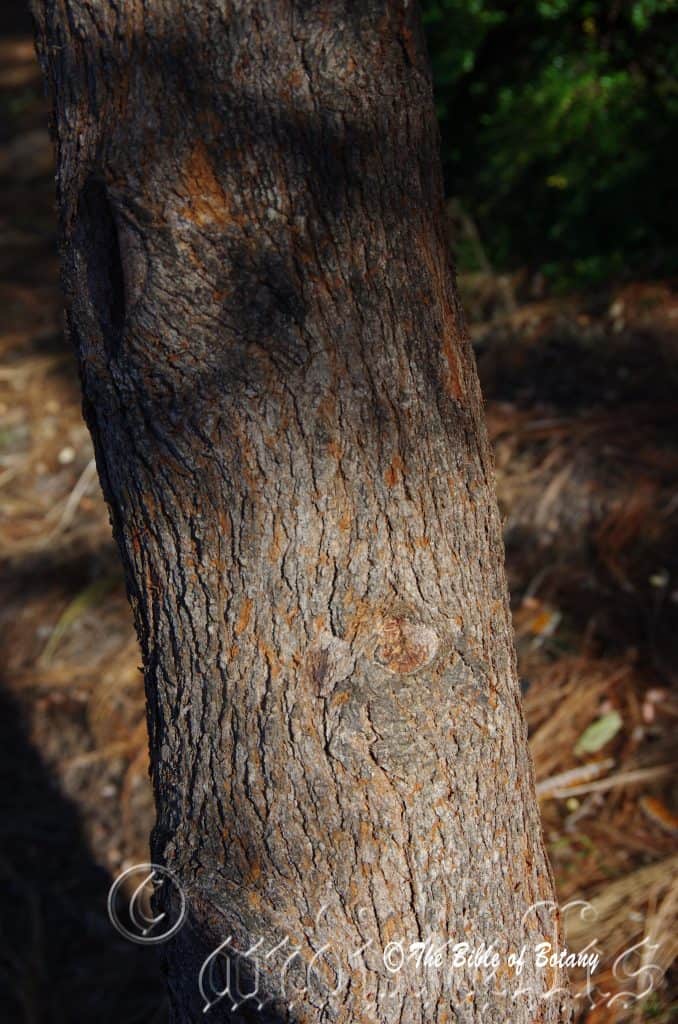
Kirwen Townsville Qld.
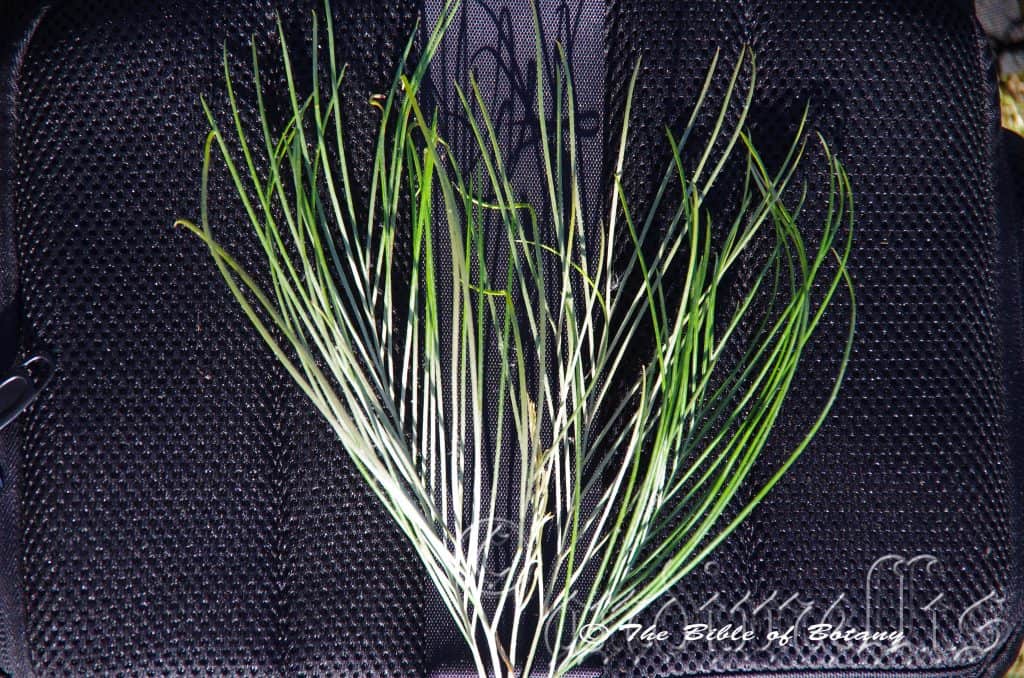
Balgal Beach Townsville Qld.
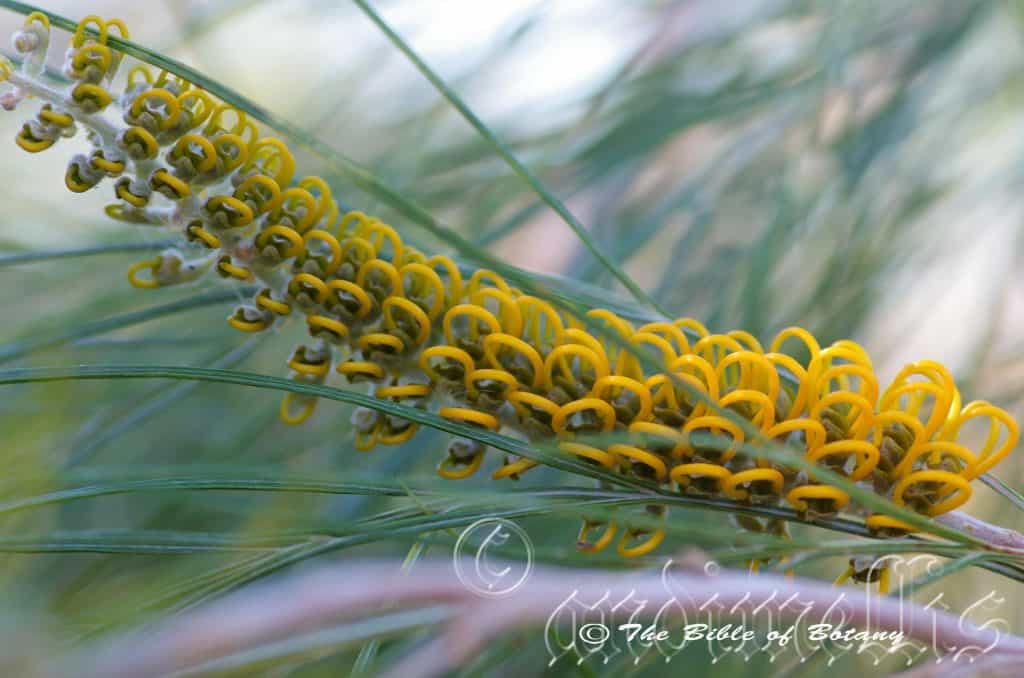
Balgal Beach Townsville Qld.
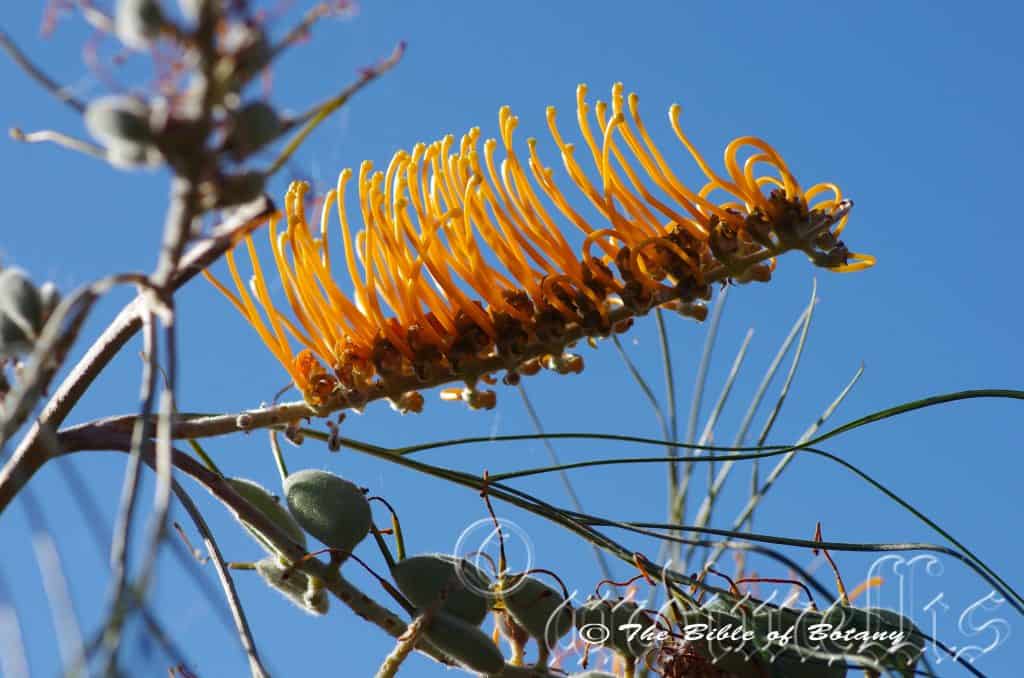
Balgal Beach Townsville Qld.
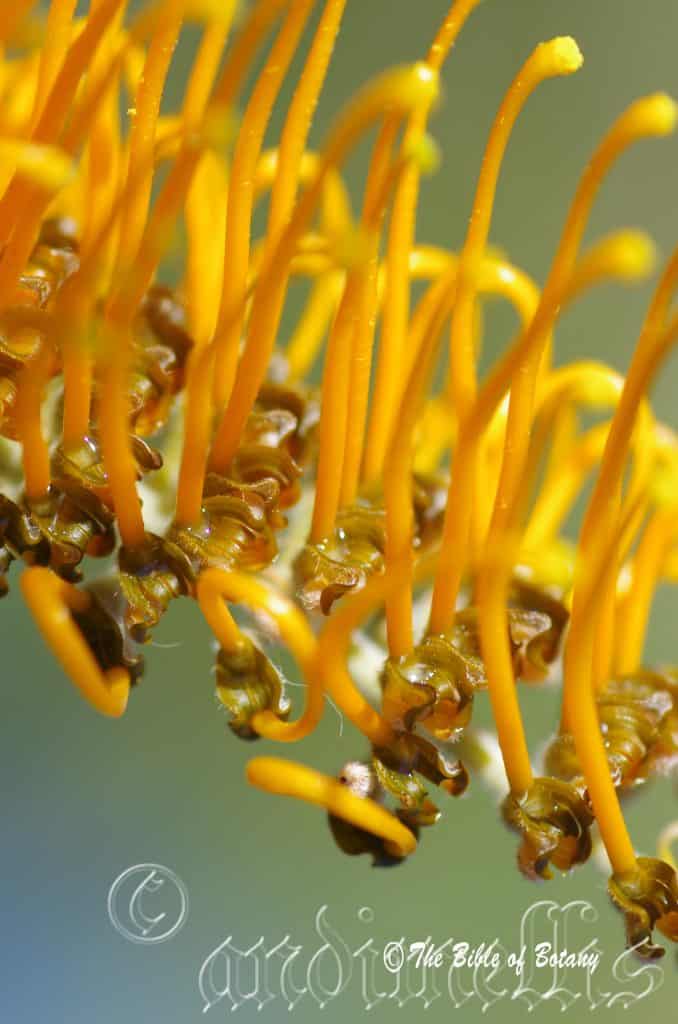
Balgal Beach Townsville Qld.
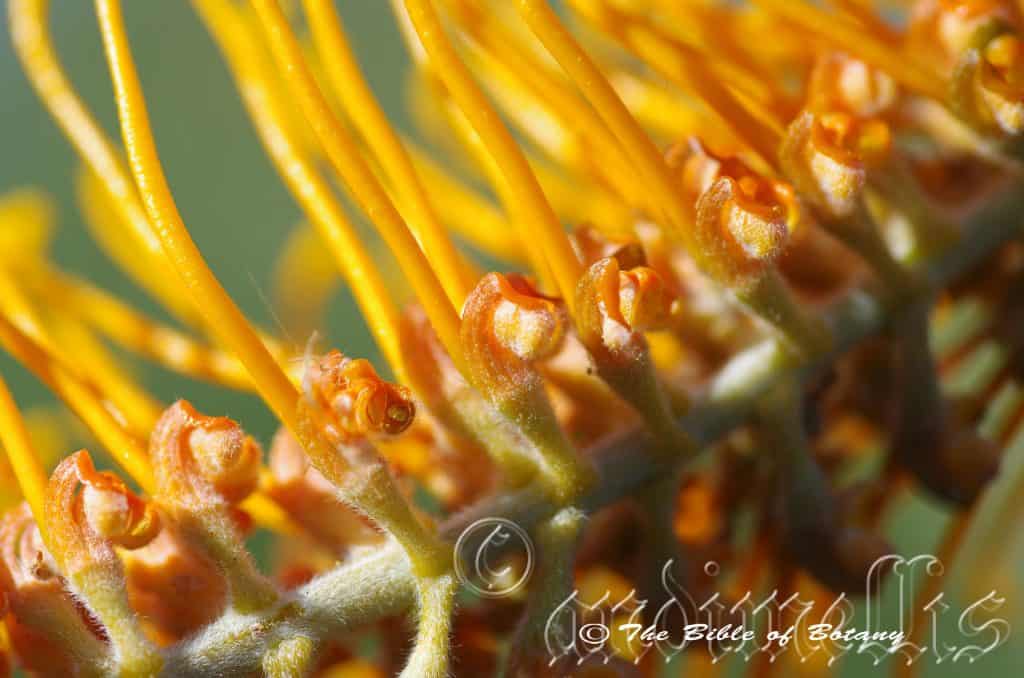
Balgal Beach Townsville Qld.
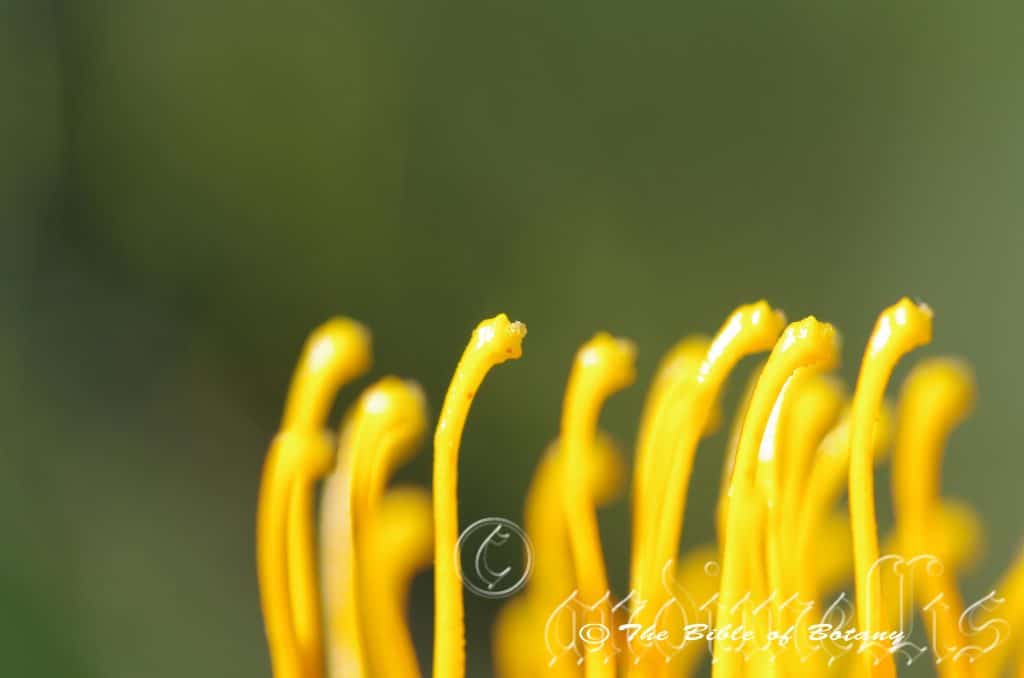
Balgal Beach Townsville Qld.
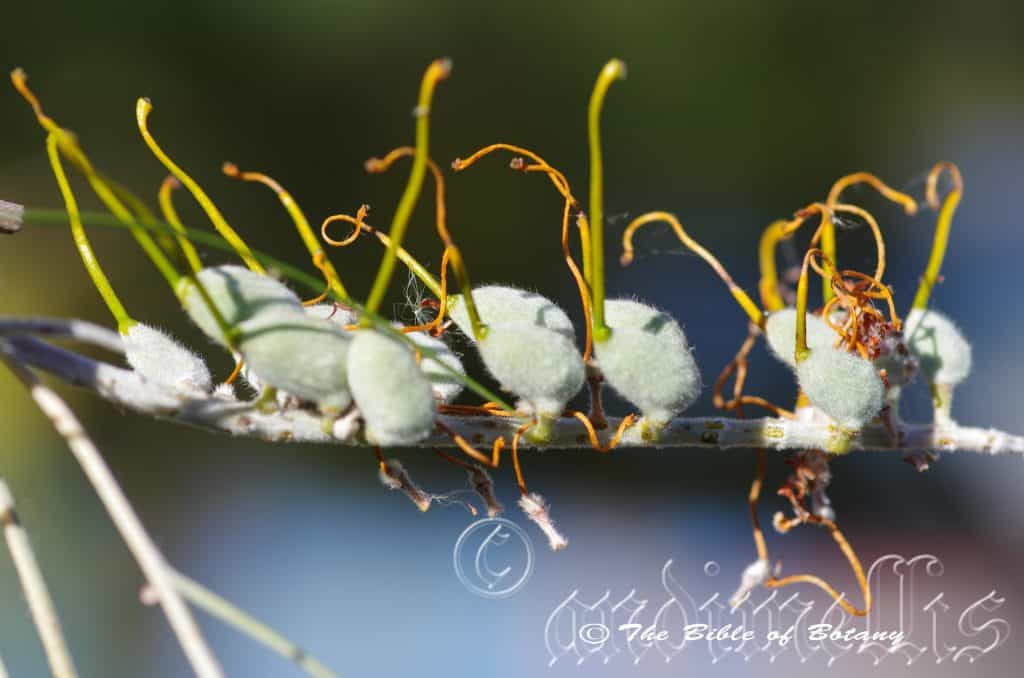
Balgal Beach Townsville Qld.
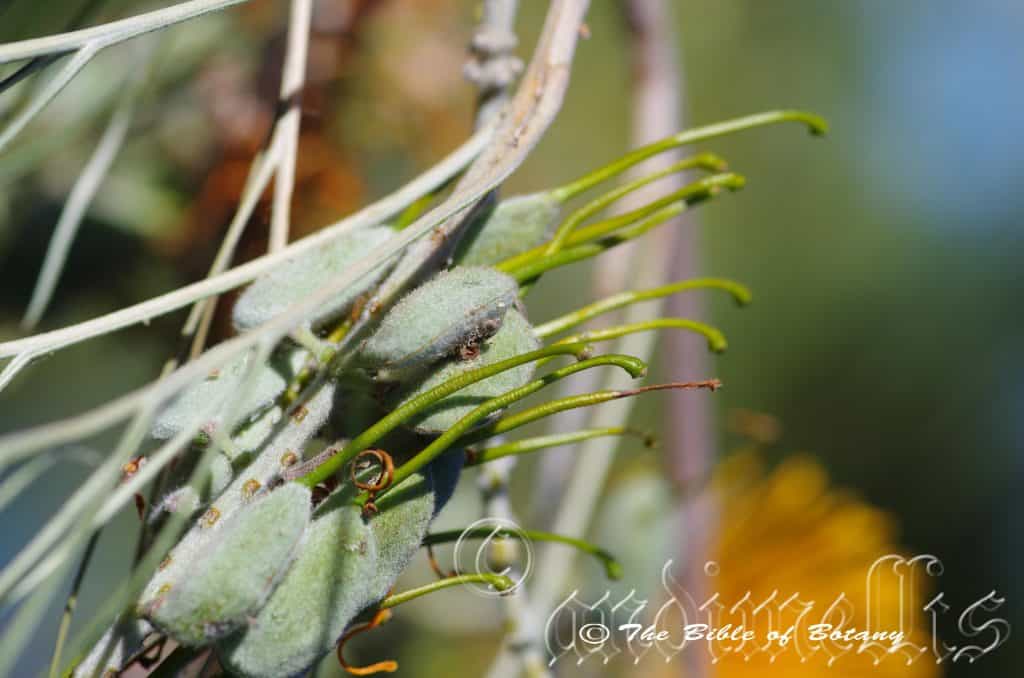
Balgal Beach Townsville Qld.
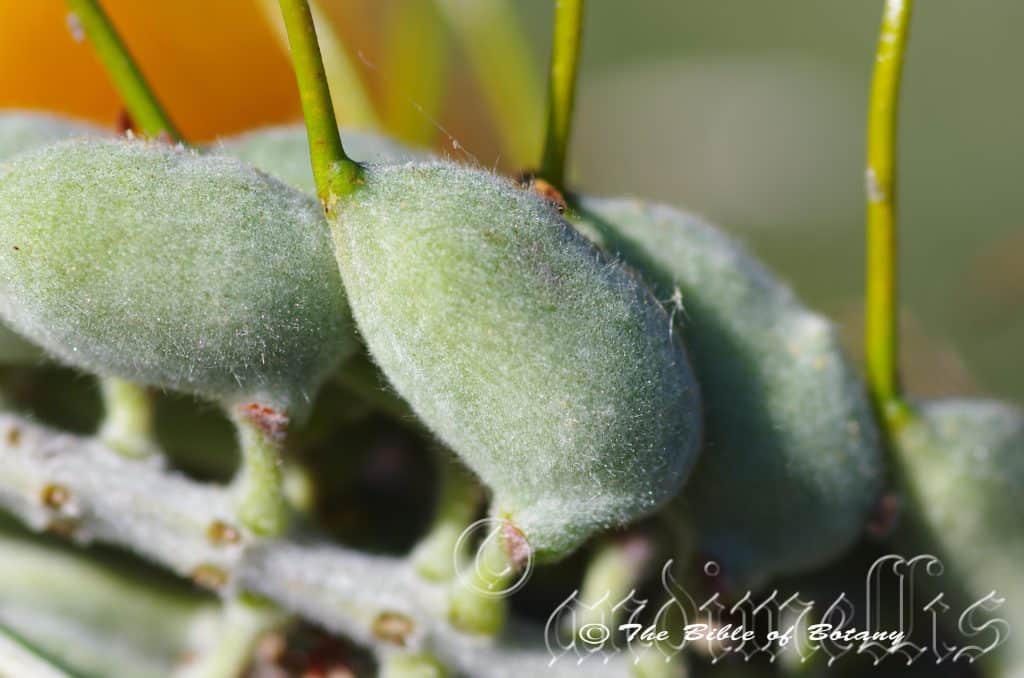
Balgal Beach Townsville Qld.
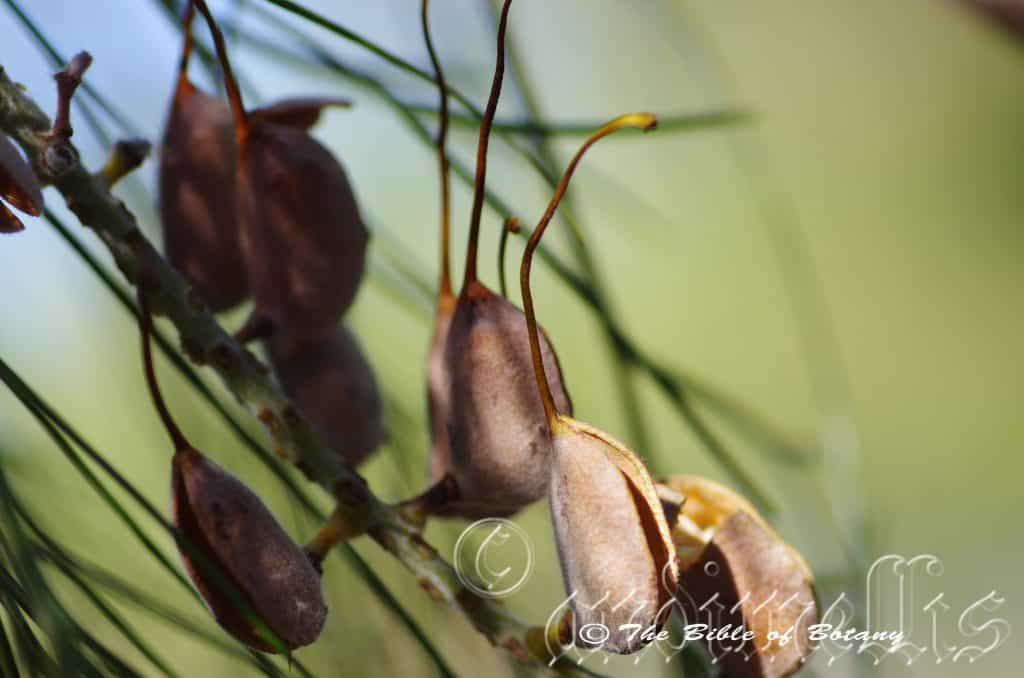
Balgal Beach Townsville Qld.
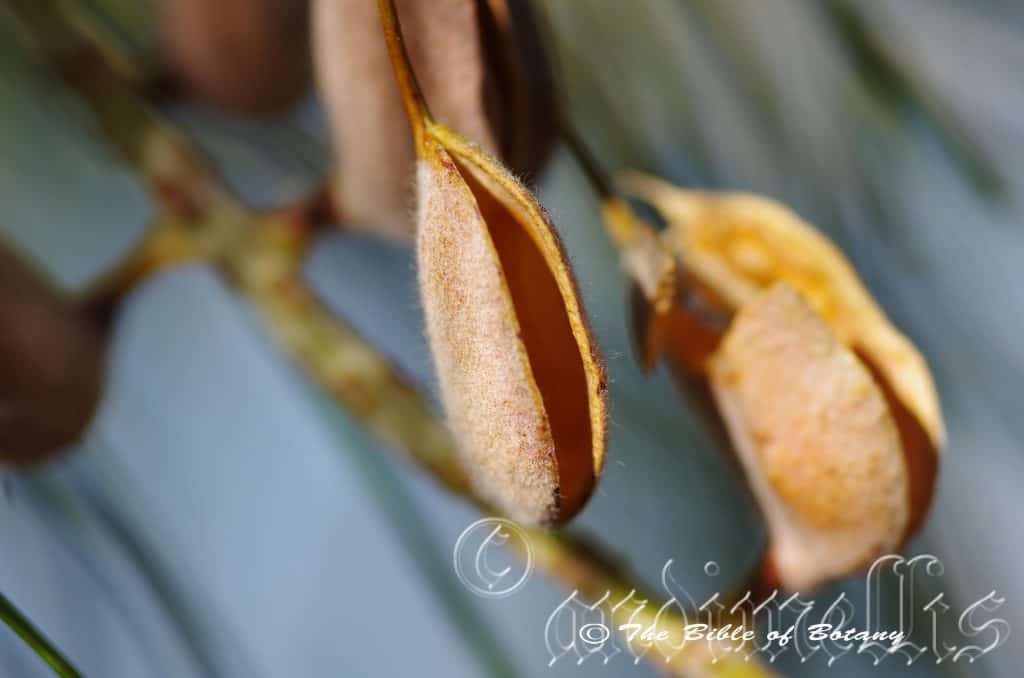
Kirwen Townsville Qld.
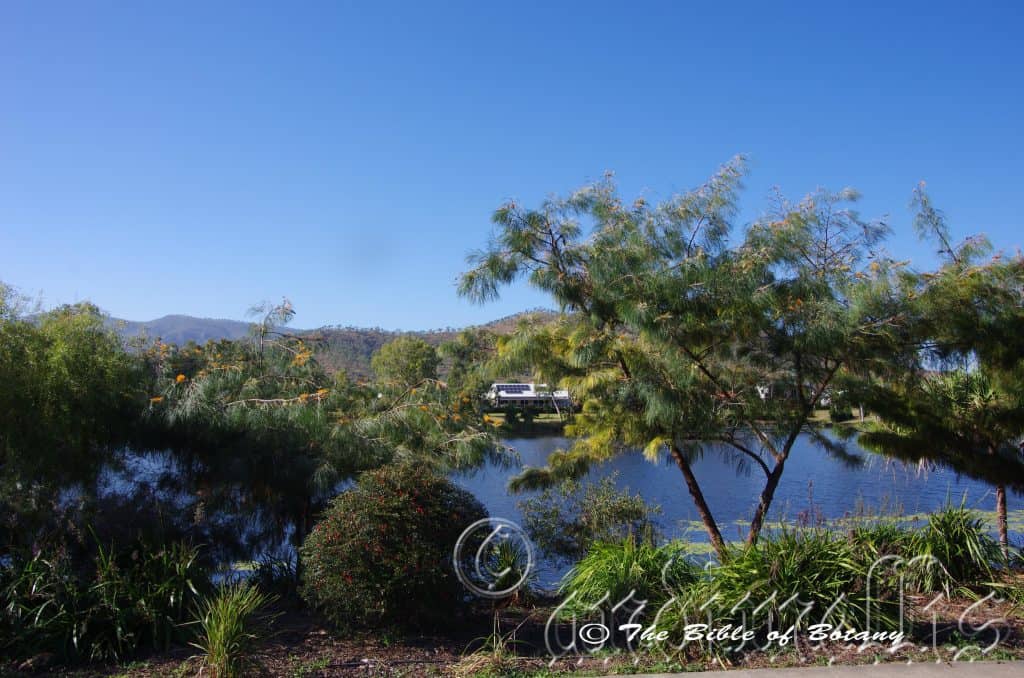
Kirwen Townsville Qld.
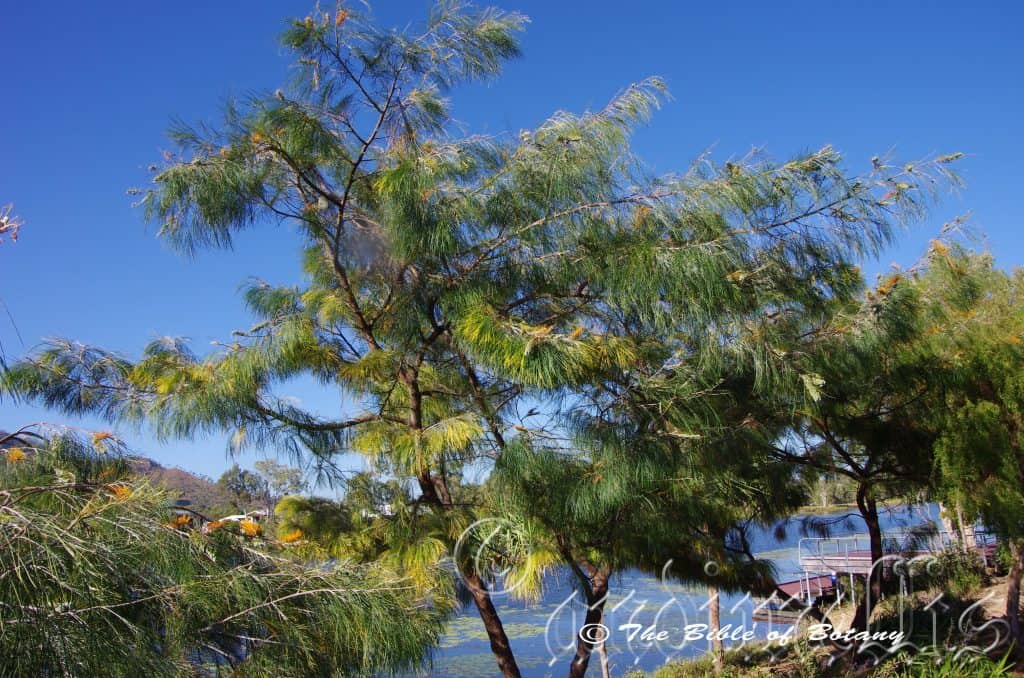
Kirwen Townsville Qld.
Grevillea pteridifolia
Classification:
Class: Magnoliopsida
Order: Proteales
Family: Proteaceae.
Genus: Is named in honour of C. F. Greville; 1749-1809, who was a British expert botanist on Algae, a foundation member of the London Horticultural Society and a collector of rare plants.
Species: From Pteron, which is Ancient Greek for a wing or feather or fern and Folium, which is Latin for foliage. It refers to leaves, which resemble the fronds of many ferns.
Common Name: Orange Honeysuckle.
Distribution:
Grevillea pteridifolia is a wide spread species found in a line north from the Kimberley coast east to the Ord River in northern Western Australia to southern Kakadu including Melville Island, Bathurst Island and Groote Eylandt Islands then south to the McArther River in the Northern Territory and then south east to Blackall and east to Yeppoon in central coastal Queensland. There is an isolated population in the Mount Olga National Park in the Northern Territory.
https://avh.ala.org.au/occurrences/search?taxa=Grevillea+pteridifolia#tab_mapView
Habitat Aspect Climate:
Grevillea pteridifolia is another highly variable species that prefers full sun. It grows in a wide variety of habitats from eucalypt woodlands, tall dry heaths or openings adjacent to dry rainforests. It favours moister sites such as floodplains, near swamps, creeks, shallow depressions or on ridges and slopes closer to the coast lines. The altitude ranges from 10 meters ASL to 800 meters ASL.
The temperatures range from 9 degrees in July to 42 degrees in January.
The rainfall ranges from lows of 360mm to an average of 3000mm annually.
Soil Requirements:
Grevillea pteridifolia prefers growing on stony sandy loams to medium stony clays. The soils are usually derived from decomposed sandstone, accumulated desert sands, granites, laterites, metamorphic rocks, shale or alluvial deposits or at times sandy-limestones. The soils pH ranges from 5pH to 8pH are preferred. It does not tolerate waterlogged soils. Non saline soils to moderately saline soils are tolerated as are salt laden winds.
Height & Spread:
Wild Plants: 0. 5m to 15m by 4m to 6m.
Characteristics:
Grevillea pteridifolia‘s bark is a deep grey, rough with a slightly flanged base on older trees. Branchlets are pale grey-green and dull. The branchlets are densely covered in pale reddish-brown prostrate hairs.
Grevillea pteridifolia alternate, pinnatisect leaves have 3 usually 13 to 29 ascending lobes. The leaves measure 100mm to 450mm in length by 60mm to 150mm in width overall. Occasionally the lower several pairs are again dissected 2 to 5 times. The ultimate lobes are linear or very narrowly ovate and measure 5mm to 25mm in length by 1mm to 10mm in width. The bases are cuneate while the apexes are narrowly acute or tapering. The concolourous laminas are pale grey-green to pale blue-green and dull on the upper lamina while the lower laminas are covered in pale reddish-brown prostrate hairs. The laminas are flat while the margins entire and shortly refracted or angularly revolute leaving the base exposed. The petioles measure 30mm to 45mm in length.
The conflorescences of Grevillea pteridifolia are erect seconds which are born auxiliary or terminally. The rachis measure 50mm to 220mm in length. The perianths and style are the most prominent part of the flower. The perianths are dull pale grey-green to silvery-grey externally and dull to brilliant yellow-orange, orange or reddish-orange internally. The individual irregular perianths measure 7mm to 10mm in length. The perianths are covered in pale reddish-brown tomentose to villous hairs externally and are glabrous internally. The perianths measure 3mm to 4mm in length while the lobes measure 2. 5mm to 3. 5mm in length. The lobes are recurved and free at the apex. The perianth’s pedicels measure 6mm to 9mm in length.
The style is yellow orange, brilliant glossy orange or lime green. The pistils measure 23mm to 36mm in length. The style is glabrous while the glabrous ovary is sessile. The flowers appear from late May to early September however flowers may appear at any time of the year especially after a drought followed by good monsoonal rains.
Grevillea pteridifolia fruits are a flat ellipsoidal follicle. The follicles are produced singularly radiating out from the central rachis. The style is persistent on the ripe follicles. They measure 14mm to 21mm in length by 8mm to 12mm in width. The follicles are covered in white villous and biramous hairs with a scattering of shorter glandular hairs. The pale blue-green follicles turn pale brown when ripe. The follicles are usually slightly viscid. There are two flat fawn-grey seeds in a follicle that measure 8mm to 13mm in length by 3mm to 6mm in width including the 1. 5mm to 2. 5mm coriaceous wing that surrounds the seed.
Wildlife:
The light foliage of Grevillea pteridifolia coupled with the proliferation of large nectar filled flowers is a great attraction for medium size and large nectar eating birds alike. Along the east coast the eastern spine bill (Acanthorhynchus tenuirostris. ) will risk attacks from larger more aggressive birds like rainbow lorikeets (Trichoglossus haematodus) and leather heads (Philemon corniculatus) to visit the trees.
Cultivation:
Grevillea pteridifolia is a spectacular flowering Grevillea which has lost favour since many of the hybrids have found their way into the garden despite none of them having the brilliance of orange found in their parents. It suits small to large gardens. Garden subjects can be prostrate forms growing from 0. 5 meters to 1 meter in height by 4 meters to 5 meters in diameter to shrubs measuring 2 meters to 3 meters in height by 2 meters to 3 meters in diameter or small open trees from 9 meters to 12 meters in height by 3 meters to 4 meters in diameter when grown in the open. There are now several cultivars around to select from which will suit every sunny position in the garden and offer a great selection of flower colour variation from pale yellows, greens to the dull or brilliant oranges.
In formal gardens they break up the foliage of English type gardens without being overpowering because of the fine pinnate foliage however the brilliant orange forms may be a little too bright when in flower.
In Native gardens it can be used for bird attraction. This means it is best planted in the center of a garden bed or adjacent to a small forest where they can blend in with other stronger foliage plants when it is not in flower. Use plants with deep green leaves and larger leaves to the rear and in the foreground use prostrate or low growing natives with finer leaves only. This will ensure that the whole plant blends into the background when not in flower or at least most of it. When mass planting, plant them sparingly throughout the block to get the best effect. One here and one there will be far better noticed in flower and forgotten about when void of flowers. If the foliage is required as a feature in the garden plant 2 or 3 very close together in an attempt to make them bushier. Light tip pruning may also be advantageous.
The prostrate and semi prostrate forms are magnificent in setting up a heath garden where a strong wind swept scene is desired. To further enhance the basis of a very unusual rockery or headland heath setting, the trees will need a little encouragement with the shears. Trees pruned to an interesting shape on a large dry bank look very affective. They need to be trained to grow in one direction so that a strong wind swept heath land is created. If this is the theme then the windward side effect should be trimmed very low and allow it to grow out and taller on the leeward side to 1. 5 meters in height. On the windward side use fine leaf plants smaller or equal in height. On the leeward side plants can be arranged so they become taller as they progress further away from the pruned tree. A strong contrast in foliages can be achieved with a wind turbulent affect by planting prostrate Correa close to the pruned trees. This would mean planting the Grevillea pteridifolia to the far left or right of the bed or bank.
It can stand periods of drought and torrential rains though they have a tendency under ideal conditions to succumb to strong winds after wet weather by being uprooted especially when grown on heavier soils.
Propagation:
Seeds:
Sow Grevillea pteridifolia seeds directly into a seed raising mix. When the seedlings are 25mm to 50mm tall, prick them out and plant them into 50mm native tubes using a good organic mix. It can also be placed in cold water for 24 hours prior to soaking. This can be more effective if the seeds are first placed in a calico bag and put through several washes in the washing machine if you are using cold water.
Once the seedlings reach 150mm to 200mm in height, nip the tips out before planting them out into their permanent position. For mass plantings plant them at 3 meter to 5 meter centers depending on the cultivar.
Cuttings: Use 70mm to 100mm long half ripened material when growing from cuttings from the present season’s growth. Take them in mid-autumn or early spring. Remove half the leaves from the bottom section being careful not to tear the bark.
1 Prepare the cutting mix by adding one third sharp clean river sand, one third peat and one third perlite. These ingredients are sterilize,
2 Select good material from non diseased plants,
3 Select semi green stems for cuttings. Look for a stem with two or three nodes,
4 Place the cutting on a flat, hard surface, and make a clean cut down one side of the cutting at the base for 10mm with a sharp sterile knife or razor blade. – This scarification of the node will increase the chances of roots emerging from this spot. Now remove all but one or two the leaves, leaving the apex leaves in tact. If the leaves are very large in proportion to the stem, cut off the apical halves.
5 Fill a saucer with water, and place a little medium strength rooting hormone into another container like a milk bottle top. Dip the node end of the cutting into the water and then into the rooting hormone. Tap off any excess hormone,
6 Use a small dipple stick or old pencil to poke a hole into the soilless potting mix. Ensure the hole is slightly larger than the stem diameter and be careful not to wipe the rooting hormone off the cuttings base, place the cuttings in a pattern ensuring the cuttings are not touching each other,
7 I like to place the pots in Plastic bags to help maintain temperature and moisture. Place in a semi shaded place like under 50mm shade cloth.
8 When the cuttings have struck, open the bag to allow air circulation for a few days to a week,
9 Once hardened off remove the cuttings from the bag and allow to further hardening for a few more days,
10 Transplant into a good potting mix to grow on.
Fertilize using seaweed, fish emulsion or organic chicken pellets soaked in water on an alternate basis. Fertilize every two months until the plants are established then twice annually in early September or March to maintain health, vitality and better flowering. Avoid synthetic fertilizers as they will most likely contain calcium and phosphorus at levels, which are toxic to most Proteaceae.
Further Comments from Readers:
Hi reader, it seems you use The Bible of Botany a lot. That’s great as we have great pleasure in bringing it to you! It’s a little awkward for us to ask, but our first aim is to purchase land approximately 1,600 hectares to link several parcels of N.P. into one at The Pinnacles NSW Australia, but we need your help. We’re not salespeople. We’re amateur botanists who have dedicated over 30 years to saving the environment in a practical way. We depend on donations to reach our goal. If you donate just $5, the price of your coffee this Sunday, We can help to keep the planet alive in a real way and continue to bring you regular updates and features on Australian plants all in one Botanical Bible. Any support is greatly appreciated. Thank you.
In the spirit of reconciliation we acknowledge the Bundjalung, Gumbaynggirr and Yaegl and all aboriginal nations throughout Australia and their connections to land, sea and community. We pay our respect to their Elders past, present and future for the pleasures we have gained.
Grevillea quadricauda
Classification:
Class: Magnoliopsida
Order: Proteales
Family: Proteaceae.
Genus: Is named in honour of C. F. Greville; 1749-1809, who was a British expert botanist on Algae, a foundation member of the London Horticultural Society and a collector of rare plants.
Species: From Quad, which is Latin for four and Kaulos, which is Ancient Greek for a branch or stem. It refers to stems or small branches, which are square in cross section.
Common Name:
Distribution:
Grevillea quadricauda is found in 2 disjunct populations. The northern population is found south from western Brisbane Valley catchment to Warwick in far south eastern Queensland while the souther population is found south from Whiporie in to Boorock in far north eastern New South Wales.
https://avh.ala.org.au/occurrences/search?taxa=Grevillea+quadricauda#tab_mapView
Habitat Aspect Climate:
Grevillea quadricauda prefers full sun. It grows below medium size trees, low trees, or in low dry scrub lands in Eucalyptus forests or in open Eucalyptus woodlands particularly in transitional zones where moisture is permanently available like shallow drainage lines or dry creek beds. The altitude ranges from 450 meters ASL to 800 meters ASL.
The temperatures range from 9 degrees in July to 42 degrees in January.
The rainfall ranges from lows of 360mm to an average of 3000mm annually.
Soil Requirements:
Grevillea quadricauda prefers rocky or stony sandy loams to stony medium clays. The soils are usually derived from partially decomposed to decomposed granites. The soils pH ranges from 5. 5pH to 6. 5pH are preferred. It does not tolerate waterlogged soils. Non saline soils to moderately saline soils are tolerated.
Height & Spread:
Wild Plants: 1m to 2m by 1m to 2m.
Characteristics:
Grevillea quadricauda‘s bark is pale pinkish-brown, slightly flaky on older shrubs. The glabrous branchlets are pale pinkish-brown and turn pale green close to the apex. Young branchlets are covered in white tomentose to villous hairs.
Grevillea quadricauda alternate, simple, narrow obovate to oblong-elliptical leaves measure 10mm to 20mm in length by 3mm to 6mm in width. The base is broad cuneate and attenuate while the apexes are obtuse with a mucronate point. The concolourous laminas are pale grass-green, granulose to scabrous and covered in white pulverulent to villous hairs on the upper laminas while the lower laminas sparsely covered in white tomentose to villous hairs. The laminas are flat to decurve gently from the mid vein to the margins while the margins are entire and slightly recurved to cupular on the apical half. The petioles measure 1mm to 1. 5mm in length.
The acroscopic conflorescences of Grevillea quadricauda are conflorescences born terminally or from the leaf axils. There are 2 to 4 flowers clustered on a short raceme. The rachises are covered in white tomentose hairs and measure 1mm to 2. 5mm in length. The perianths and styles are the most prominent part of the flower. The dichromatic perianths are pale lime green to pale grass-green at the base and pink, pinkish-red or rarely white, creamy pastel pink on the limbs. The perianths are covered in white tomentose hairs externally and are covered in white hirtellous hairs internally below the ovary and may have a few isolated, appressed, hirsute hairs on the basal half. The tepals have 1. 5mm to 2mm long apiculate tip. The individual perianths measure 10mm to 12mm in length while the lobes measure 12mm to 17mm in length. The perianth’s pedicels measure 10mm to 12mm in length.
The anthers are pale yellow with pale yellow pollen. The style is pale lime-green to grass-green and is sparsely covered in white villous hairs. The erect style measures 25mm to 27mm in length. The oblique stigma and pollen presenter are pale lime green. The sessile ovary is covered in white villous hairs. The flowers appear from July to November.
Grevillea quadricauda fruits are ovoidal to ovoidal-ellipsoidal follicles. The follicles radiate out from the end of the rachises. The style is persistent on the ripe follicles and is basically inflexed. The follicles measure 15mm to 18mm in length by 7mm to 10mm in diameter at the widest point. The green follicles are covered in white villous hairs and are faintly ribbed longitudinally. They ripen to a pale brown. The follicles contain two flat grey seeds.
Confusing Species:
Grevillea quadricauda‘s leaves are shorter than 20mm in length.
Grevillea masonii has a low lignotubers habit. The shorter tepals apiculate tips are less than 1mm in length. The perianth‘s beard is closer to the mouth than in Grevillea quadricauda. The pistil is shorter at 18mm to 24mm in length. The leaves measure 5mm to 30mm in length and are somewhat variable on the one plant.
Grevillea banyabba has an erect style which is persistent on the follicles. Most or all of the leaves are greater than 20mm in length.
Wildlife:
The light foliage and proliferation of large nectar filled flowers is a great attraction for medium size and large nectar eating birds alike. Along the east coast the eastern spine bill (Acanthorhynchus tenuirostris.) will risk attacks from larger more aggressive birds to visit the trees.
Cultivation:
Grevillea quadricauda is a small bushy Grevillea suitable for temperate and subtropical native gardens where light clays, gravelly clays or rockery soils occur. It is medium well rounded bushy shrubs growing from 1. 2 meters to 1. 8 meters in height by 1. 5 to 2 meters in diameter in the garden when grown in the open. The foliage can be regularly tip pruned to encourage new growth, bushiness and flowering. The plant has no virtual great qualities and in fact is average in every aspect and that is what makes it special and appealing.
It can be grown in small sunny courtyards, around swimming pools, near paths, along driveways, around fish or frog pond, in rockeries both large and small, in miniature gardens, formal beds Japanese gardens or snuck in between other larger plants. So versatile are they that I am really surprised that they have not taken the garden world by surprise yet.
A bend in a path can be broken up by placing them at the bend. Place them in the foreground with medium and larger plants behind. Plants with either small red flowers or white flowers can be used in the midground while large flowering specie can be placed in the background. This will lead your eyes down and over to the back ground. Whether it is in flower or not these plants will catch your attention and the viewer will be transfixed on the display rather than watching the path. Small Acacias can also be used to great effect as its flowering will compliment those with this Grevillea. The large deep green leaves will offset the strong flowers of the Acacias and in fact would be a very strong complementary contrast if the prostrate or smaller Acacias were to flower at in a different season.
Grevillea quadricauda is at their best in small garden beds or as feature plants in miniature landscapes.
Because of its small size, beautiful dense foliage when pruned can make a great contribution around fish and frog ponds. Mix them with short strap leaf plants or small clumpy annual leaving space between so you can see the rocks, logs or other features. A good companion plant is Viola betonicifolia and they do look great together.
When mass planting Grevillea quadricauda as a feature try using irregular patterns, mixing it with other smaller Grevillea specie so it can be viewed from different angles around the garden. When mass planting them in raised garden beds or large heath gardens, plant them at 0. 5 meter to 0. 7 meter centers. If you are using them amongst rocks or around the small bog garden plant them sparingly, so not to make the area look cluttered or detract from the other features. 3 or 4 in an area of 50 square meters would be ample. 3 plants separately planted or plant 2 close together and separate the other 2 to give width and depth where you want it.
When designing miniature garden use contours to display the plants to their best. Planted a row on the top to represent the hills or a ridge they would taller than those planted in valleys or on plains. Don’t make the ridge straight, use a curve so it winds around. Use small tussock grasses or Lomandra adjacent to Grevillea masonii to give them height. Prune plants up the valleys so they remain shorter than those in the foreground to give depth.
Place them near old stumps and roots to make the stumps or roots look larger. Select an area of ground and let your hair down and be imaginative and this is the plant that may just change your life.
Propagation:
Seeds: Sow Grevillea quadricauda seeds directly into a seed raising mix. When the seedlings are 25mm to 50mm tall, prick them out and plant them into 50mm native tubes using a good organic mix. It can also be placed in cold water for 24 hours prior to soaking. This can be more effective if the seeds are first placed in a calico bag and put through several washes in the washing machine if you are using cold water.
Once the seedlings reach 150mm to 200mm in height, nip the tips out before planting them out into their permanent position. For mass plantings plant them at 1 meter to 4 meter centers on whether a hedge, a feature shrub or a bush scene is required.
Cuttings:
Use 70mm to 100mm long half ripened material when growing from cuttings from the present season’s growth. Take them in mid-autumn or early spring. Remove half the leaves from the bottom section being careful not to tear the bark.
1 Prepare the cutting mix by adding one third sharp clean river sand, one third peat and one third perlite. These ingredients are sterilize,
2 Select good material from non diseased plants,
3 Select semi green stems for cuttings. Look for a stem with two or three nodes,
4 Place the cutting on a flat, hard surface, and make a clean cut down one side of the cutting at the base for 10mm with a sharp sterile knife or razor blade. – This scarification of the node will increase the chances of roots emerging from this spot. Now remove all but one or two the leaves, leaving the apex leaves in tact. If the leaves are very large in proportion to the stem, cut off the apical halves.
5 Fill a saucer with water, and place a little medium strength rooting hormone into another container like a milk bottle top. Dip the node end of the cutting into the water and then into the rooting hormone. Tap off any excess hormone,
6 Use a small dipple stick or old pencil to poke a hole into the soilless potting mix. Ensure the hole is slightly larger than the stem diameter and be careful not to wipe the rooting hormone off the cuttings base, place the cuttings in a pattern ensuring the cuttings are not touching each other,
7 I like to place the pots in Plastic bags to help maintain temperature and moisture. Place in a semi shaded place like under 50mm shade cloth.
8 When the cuttings have struck, open the bag to allow air circulation for a few days to a week,
9 Once hardened off remove the cuttings from the bag and allow to further hardening for a few more days,
10 Transplant into a good potting mix to grow on.
Fertilize using seaweed, fish emulsion or organic chicken pellets soaked in water on an alternate basis. Fertilize every two months until the plants are established then twice annually in early September or March to maintain health, vitality and better flowering. Avoid synthetic fertilizers as they will most likely contain calcium and phosphorus at levels, which are toxic to most Proteaceae
Further Comments from Readers:
Hi reader, it seems you use The Bible of Botany a lot. That’s great as we have great pleasure in bringing it to you! It’s a little awkward for us to ask, but our first aim is to purchase land approximately 1,600 hectares to link several parcels of N.P. into one at The Pinnacles NSW Australia, but we need your help. We’re not salespeople. We’re amateur botanists who have dedicated over 30 years to saving the environment in a practical way. We depend on donations to reach our goal. If you donate just $5, the price of your coffee this Sunday, We can help to keep the planet alive in a real way and continue to bring you regular updates and features on Australian plants all in one Botanical Bible. Any support is greatly appreciated. Thank you.
In the spirit of reconciliation we acknowledge the Bundjalung, Gumbaynggirr and Yaegl and all aboriginal nations throughout Australia and their connections to land, sea and community. We pay our respect to their Elders past, present and future for the pleasures we have gained.
Grevillea quercifolia
Classification:
Class: Magnoliopsida
Order: Proteales
Family: Proteaceae
Genus: Is named in honour of C. F. Greville; 1749-1809, who was a British expert botanist on Algae, a foundation member of the London Horticultural Society and a collector of rare plants.
Species: From Quercus, which is Latin for an oak tree and Folium which is Latin for foliage. It refers leaves, which resemble the European oak tree.
Sub Species:
Common Name: Oak Leaf Grevillea.
Distribution:
Grevillea quercifolia is found south from the Swan River Coastal Plain to Augusta and Walpole and east to Albany in south western, Western Australia.
https://avh.ala.org.au/occurrences/search?taxa=Grevillea+quercifolia#tab_mapView
Habitat Aspect Climate:
Grevillea quercifolia prefers full sun to dappled shade. It grows in scrubland, heaths and open woodlands on flat plains. There are two forms the northern form has larger blue-green leaves while the southern form has green leaves and deeper coloured flowers. They may be reclassified as two distinct sub species in the future. They develop a small lignotuber below the surface of the ground. The altitude ranges from 10 meters ASL to 350 meters ASL.
The temperatures range from 3 degrees in August to 37 degrees in January.
The rainfalls range from lows of 400mm to an average of 800mm annually.
Soil Requirements:
Grevillea quercifolia prefers to grow on gravelly loams to lateritic gravelly clays. The soils are usually derived from decomposed sandstone or lateritic sandstone. The soils pH ranges from 4. 5pH to 6pH are preferred. It does not tolerate waterlogged soils. Non saline soils to moderately saline soils are tolerated.
Height & Spread:
Wild Plants: 0.3m to 0.6m by 1.5m to 3m.
Characteristics:
The larger stems are brown glaucous and semi glossy. Branchlets are a pale dull fawn to fawn grey-green and covered in white hirsute hairs.
The alternate, pinnate or serrate, oblong leaves measure 35mm to 200mm in length by 12mm to 60mm in width. The bases are strongly triangular-cuneate while the apexes are narrowly acute to broadly acute. The concolourous laminas vary from mid-green to deep sea-green and glabrous on the upper laminas while the lower laminas are sparsely covered in fawn hirsute hairs. The margins are slightly thickened with 5 to 20 broadly triangular lobes. The lobes measure 3mm to 18mm in length and end with a sharp prickle. The mid vein is prominent on the lower lamina and is distinctly visible from above being a paler colour. The petiole measures 4mm to 8mm in length.
The basiscopic, conflorescences are an erect, cylindrical raceme born terminally or on short branches from the leaf axils. Branches number 1 to 3. The rachis measures 15mm to 50mm in length. The perianth and style are the most prominent parts of the flower. The individual perianths are variable, pale pink to deep pink at the base through to the limbs. The perianths are glabrous externally and covered in white hirtellous hairs adjacent and below the ovary and are covered in white pilose or pulverulent hairs above the ovary internally. The perianth and limbs measure 4mm to 6mm in length while the limbs are strongly recurved and free at the apex. The pedicels measure 4mm to 6mm in length.
The style is pale pink to deep pink with a pale pink to deep pink stigma. The pistils measure 9mm to 11. 5mm in length. The narrow conical style is glabrous and refracted just above the ovary. The style gently curves close to the lateral stigma and pollen presenter. The stipitate ovary is glabrous and measures 1. 5mm to 1. 8mm in diameter while the stipe measures 2mm to 3mm in length. The lateral pollen presenter is pale pink. The flowers appear from September to November.
Grevillea quercifolia‘s fruits are ovoidal to ellipsoidal follicles. The style is persistent on the ripe follicles which are densely covered in short, blunt muricate spines and viscid glandular hairs. The green follicles turn deep reddish-brown externally and are pale tan and glabrous internally when ripe. They measure 18mm to 20mm in length by 7. 5mm to 9mm in width. The deep reddish-brown seeds are flattened, narrow ellipsoidal and glabrous. The seeds measure 9mm to 11mm in length by 4. 5mm to 5mm in width.
Confusing Species:
Grevillea quercifolia has a stylar swelling while the flowers are basiscopic.
Grevillea leptobotrys lacks the stylar swelling and has acroscopic to transverse flowers on the rachises. The leaves are either more deeply divided with up to 3 orders of division, or if dentate, the leaves are much narrower.
Wildlife:
The flowers are attractive to butterflies native honey bees and native nectar eating flies. Silver eyes are also attracted to the plants during flowering.
Cultivation:
Grevillea quercifolia is a another beautiful and variable Grevillea which has strong oak like foliage and is suitable for growing in temperate and semiarid areas of Australia. It suits small to large gardens. Garden subjects will grow from 0. 4 meters to 0. 6 meters in height by 1. 5 meters to 2. 5 meters or more in diameter in ideal cultivated conditions. It is fast growing and can be tip pruned to induce them to grow as a large shrub or more prostrate.
In Native gardens it can be used for attracting small birds like silver eyes or butterflies and native bees. In temperate or drier districts it can be a good starter plant giving good colour and leaf variation to the garden at a very early age.
It is best used adjacent to small areas of bush close to paths or the house so their flowers can be viewed regularly yet back from the path to avoid unnecessary scratching. It is an ideal rockery plants or used in raised garden beds. The leaves of the larger northern species are very beautiful and offer the landscaper a lot of choice in the garden. If it is to be used as the center of attraction then small, fine leaf shrubs should surround them. Use plants with small strong contrasting flower colours in either white or reds. If it is not the main attraction select plants that flower at different times.
It makes a beautiful specimen on sloping banks particularly if different foliages are used to make mosaic patterns.
Propagation:
Seeds: Sow the seeds directly into a seed raising mix. When the seedlings are 25mm to 50mm tall, prick them out and plant them into 50mm native tubes using a good organic mix. It can also be placed in cold water for 24 hours prior to soaking. This can be more effective if the seeds are first placed in a calico bag and put through several washes in the washing machine if you are using cold water.
Once the seedlings reach 150mm to 200mm in height, nip the tips out before planting them out into their permanent position. For mass plantings plant them at 1.5 meter to 3 meter centers on whether a hedge, a feature shrub or a bush scene is required.
Cuttings:
Use 70mm to 100mm long half ripened material when growing from cuttings from the present season‘s growth. Take them in mid-autumn or early spring. Remove half the leaves from the bottom section being careful not to tear the bark.
1 Prepare the cutting mix by adding one third sharp clean river sand, one third peat and one third perlite. These ingredients are sterilize,
2 Select good material from non diseased plants,
3 Select semi green stems for cuttings. Look for a stem with two or three nodes,
4 Place the cutting on a flat, hard surface, and make a clean cut down one side of the cutting at the base for 10mm with a sharp sterile knife or razor blade. – This scarification of the node will increase the chances of roots emerging from this spot. Now remove all but one or two the leaves, leaving the apex leaves in tact. If the leaves are very large in proportion to the stem, cut off the apical halves.
5 Fill a saucer with water, and place a little medium strength rooting hormone into another container like a milk bottle top. Dip the node end of the cutting into the water and then into the rooting hormone. Tap off any excess hormone,
6 Use a small dipple stick or old pencil to poke a hole into the soilless potting mix. Ensure the hole is slightly larger than the stem diameter and be careful not to wipe the rooting hormone off the cuttings base, place the cuttings in a pattern ensuring the cuttings are not touching each other,
7 I like to place the pots in Plastic bags to help maintain temperature and moisture. Place in a semi shaded place like under 50mm shade cloth.
8 When the cuttings have struck, open the bag to allow air circulation for a few days to a week,
9 Once hardened off remove the cuttings from the bag and allow to further hardening for a few more days,
10 Transplant into a good potting mix to grow on.
Fertilize using seaweed, fish emulsion or organic chicken pellets soaked in water on an alternate basis. Fertilize every two months until the plants are established then twice annually in early September or March to maintain health, vitality and better flowering. Avoid synthetic fertilizers as they will most likely contain calcium and phosphorus at levels, which are toxic to most Proteaceae.
Further Comments from Readers:
Hi reader, it seems you use The Bible of Botany a lot. That’s great as we have great pleasure in bringing it to you! It’s a little awkward for us to ask, but our first aim is to purchase land approximately 1,600 hectares to link several parcels of N.P. into one at The Pinnacles NSW Australia, but we need your help. We’re not salespeople. We’re amateur botanists who have dedicated over 30 years to saving the environment in a practical way. We depend on donations to reach our goal. If you donate just $5, the price of your coffee this Sunday, We can help to keep the planet alive in a real way and continue to bring you regular updates and features on Australian plants all in one Botanical Bible. Any support is greatly appreciated. Thank you.
In the spirit of reconciliation we acknowledge the Bundjalung, Gumbaynggirr and Yaegl and all aboriginal nations throughout Australia and their connections to land, sea and community. We pay our respect to their Elders past, present and future for the pleasures we have gained.
Grevillea ramosissima
Classification:
Class: Magnoliopsida
Order: Proteales
Family: Proteaceae
Genus: Is named in honour of C. F. Greville; 1749-1809, who was a British expert botanist on Algae, a foundation member of the London Horticultural Society and a collector of rare plants.
Species: From Ramosum, which is Latin for a branch and -Issima, which is a Latin suffix pertaining to the superlative or very. It refers to plants, which have the most branches of all the species in their genus.
Sub species: Grevillea ramosissima subsp. hypargyrea. From Hypos, which is Ancient Greek for under and Guros, which is Ancient Greek or Gurus, which is Latin for a circle or circular. It refers to leaves, which are more ovate in outline then the other species in the genus.
Sub species: Grevillea ramosissima subsp. ramosissima. From Ramoum, which is Latin for a branch and -Issima, which is a Latin suffix pertaining to the superlative or very. It refers to plants, which have the most branches of all the species in their genus.
Common Name: Eastern Oak Leaf Grevillea.
Distribution:
Grevillea ramosissima subsp. hypargyrea is mainly found on the southern side of the Murray River east of Albury to the Great Dividing Range in Victoria.
Grevillea ramosissima subsp. ramosissima is found south from Guyra in far north eastern New South Wales to the Victorian border on either side of the Great Dividing Range. It is found on the eastern side of the Western Plains, Western Slopes and on the Great Dividing Range.
https://avh.ala.org.au/occurrences/search?taxa=Grevillea+ramosissima#tab_mapView
Habitat Aspect Climate:
Grevillea ramosissima prefer full sun to dappled shade. It grows in scrubland, open woodlands or dry schlerophyll forests. The altitude ranges from 300 meters ASL to 1100 meters ASL.
The temperatures range from minus 5 degrees in August to 39 degrees in January.
The rainfalls range from lows of 400mm to an average of 1000mm annually.
Soil Requirements:
Grevillea ramosissima prefers to grow on stony soils which comprise mainly of sand, sandy loams to stony medium clays. The soils are usually derived from partially decomposed to decomposed sandstone, granites, laterites, metamorphic rocks or shale. The soils pH ranges from 4. 5pH to 5. 5pH are preferred. It does not tolerate waterlogged soils. Non saline soils to moderately saline soils are tolerated.
Height & Spread:
Wild Plants: 0.3m to 3m by 1m to 3m.
Characteristics:
The larger stems are deep grey glaucous and dull. Branchlets are a pale dull fawn to fawn grey-green and covered in short, fawn puberulent hairs. It often suckers where the roots are damaged or under favourable conditions.
The alternate pinnatifid to pinnatipartite leaves are divided into 3 to 11 primary lobes. The leaves measure 30mm to 100mm in length by 25mm to 75mm in width overall. These are further divided into 3 to 7 secondary lobes. The ultimate lobes are oblong with the final lobes being sub triangular and measure 3mm to 28mm in length by 2mm to 10mm in width. The bases are attenuate while the apexes are acute with a short pungent spine. The discolourous laminas are olive-green to deep sea-green and glabrous to sparsely covered in white sericeous hairs on the upper lamina while the lower lamina is densely covered in white tomentose and pilose hairs or subsericeous and soft hirsute or pilose hairs. The fawn to rusty-brown mid vein is prominent on the lower lamina and is distinct on the upper lamina. The margins recurve slightly to moderately upwards from the mid veins to the margins while the margins are entire and sub revolute. The petioles measure 5mm to 12mm in length.
The conflorescences are erect, narrow, cylindrical racemes born terminally or 2 or 3 branched from the leaf axils. The rachis measures 30mm to 100mm in length. The perianth and style are the most prominent parts of the flower. The individual perianths are cream to pale yellow from the base through to the limbs. The perianths are covered in white tomentose hairs externally and are glabrous internally. The perianth and limbs measure 3mm to 5mm in length while the limbs are strongly recurved and rejoin at the apex. The pedicel measures 0. 5mm to 1mm in length.
The style is cream to pale yellow with a cream stigma. The pistils measure 3. 5mm to 5. 3mm in length. The style is covered in cream tomentose hairs on the basal two thirds and sparsely covered in cream biramous hairs on the apical third. The erect conical stigma and pollen presenter are cream. The flowers appear from September to November.
The fruits are ovoidal to ellipsoidal hirsute follicles. The style is persistent on the ripe follicles. They measure 7. 5mm to 10mm in length by 4mm to 5. 5mm in width.
Sub Specie Difference:
Grevillea ramosissima subsp. ramosissima lower laminas are covered in white tomentose with twisted or curly hairs. The conflorescence measures 25mm to 50mm in length.
Grevillea ramosissima subsp. hypargyrea lower laminas are covered in white subsericeous and soft white hirsute or pilose hairs. The conflorescence measures 45mm to 100mm in length.
Confusing Specie:
Grevillea raybrownii‘s leaf lobes are narrower with ultimate lobes measuring 1mm to 3mm in width. The raceme measures 10mm to 30mm in length. The style is glabrous or covered in white sericeous hairs adjacent and below the ovary. The ovary is covered in white sericeous hairs. There are possible integrations between the 2 species which makes positive identification difficult in the field especially with Grevillea ramosissima subsp. ramosissima.
Grevillea triternata‘s leaf lobes are narrower with ultimate lobes measuring 1mm to 3mm in width. The raceme measures 10mm to 30mm in length. The style is glabrous. The ovary is covered in white sub sericeous hairs.
Grevillea triternata are known to integrate and possibly even hybridize between each other naturally making field identification where they overlap quite difficult. The lower leaf lamina is sub sericeous.
Wildlife:
The flowers are attractive to butterflies native honey bees and native nectar eating flies. Silver eyes are also attracted to the plants during flowering.
Cultivation:
Grevillea ramosissima is a very unusual leafed Grevillea is a very beautiful and variable Grevillea, which should be more widely grown in temperate and semiarid areas of Australia. It suits small to large gardens. Garden subjects will grow from 0. 3 meters to 1 meter in height by 1. 5 meters to 3 meters or more in diameter in ideal cultivated conditions when grown in the open. It is fast growing and can be tip pruned to induce it to grow as a large shrub or more prostrate.
In Native gardens it can be used for attracting small birds like silver eyes or butterflies and native bees. In temperate or drier districts it can be a good starter plant giving good colour to the garden at a very early age.
It is best used adjacent to small areas of bush close to paths or the house so their flowers can be viewed regularly yet back from the path to avoid unnecessary scratching. It is an ideal rockery plants or used in raised garden beds. The leaves of the larger northern species are very beautiful and offer the landscaper a lot of choice in the garden. If it is to be used as the center of attraction then small, fine leaf shrubs should surround them. Use plants with small strong contrasting flower colours in either white or reds. If it is not the main attraction select plants that flower at different times.
It makes a beautiful specimen on sloping banks particularly where different foliage colours and textures are used to make mosaic patterns.
It is very useful if planted near to where unwanted dogs and cats make regular visits as the pungent leaves get under their feet if I can use those words.
Propagation:
Seeds: Sow the seeds directly into a seed raising mix. When the seedlings are 25mm to 50mm tall, prick them out and plant them into 50mm native tubes using a good organic mix. It can also be placed in cold water for 24 hours prior to soaking. This can be more effective if the seeds are first placed in a calico bag and put through several washes in the washing machine if you are using cold water.
Once the seedlings reach 150mm to 200mm in height, nip the tips out before planting them out into their permanent position. For mass plantings plant them at 1 meter to 4 meter centers on whether a hedge, a feature shrub or a bush scene is required.
Cuttings:
Use 70mm to 100mm long half ripened material when growing from cuttings from the present season’s growth. Take them in mid-autumn or early spring. Remove half the leaves from the bottom section being careful not to tear the bark.
1 Prepare the cutting mix by adding one third sharp clean river sand, one third peat and one third perlite. These ingredients are sterilize,
2 Select good material from non diseased plants,
3 Select semi green stems for cuttings. Look for a stem with two or three nodes,
4 Place the cutting on a flat, hard surface, and make a clean cut down one side of the cutting at the base for 10mm with a sharp sterile knife or razor blade. – This scarification of the node will increase the chances of roots emerging from this spot. Now remove all but one or two the leaves, leaving the apex leaves in tact. If the leaves are very large in proportion to the stem, cut off the apical halves.
5 Fill a saucer with water, and place a little medium strength rooting hormone into another container like a milk bottle top. Dip the node end of the cutting into the water and then into the rooting hormone. Tap off any excess hormone,
6 Use a small dipple stick or old pencil to poke a hole into the soilless potting mix. Ensure the hole is slightly larger than the stem diameter and be careful not to wipe the rooting hormone off the cuttings base, place the cuttings in a pattern ensuring the cuttings are not touching each other,
7 I like to place the pots in Plastic bags to help maintain temperature and moisture. Place in a semi shaded place like under 50mm shade cloth.
8 When the cuttings have struck, open the bag to allow air circulation for a few days to a week,
9 Once hardened off remove the cuttings from the bag and allow to further hardening for a few more days,
10 Transplant into a good potting mix to grow on.
Fertilize using seaweed, fish emulsion or organic chicken pellets soaked in water on an alternate basis. Fertilize every two months until the plants are established then twice annually in early September or March to maintain health, vitality and better flowering. Avoid synthetic fertilizers as they will most likely contain calcium and phosphorus at levels, which are toxic to most Proteaceae
Further Comments from Readers:
Hi reader, it seems you use The Bible of Botany a lot. That’s great as we have great pleasure in bringing it to you! It’s a little awkward for us to ask, but our first aim is to purchase land approximately 1,600 hectares to link several parcels of N.P. into one at The Pinnacles NSW Australia, but we need your help. We’re not salespeople. We’re amateur botanists who have dedicated over 30 years to saving the environment in a practical way. We depend on donations to reach our goal. If you donate just $5, the price of your coffee this Sunday, We can help to keep the planet alive in a real way and continue to bring you regular updates and features on Australian plants all in one Botanical Bible. Any support is greatly appreciated. Thank you.
In the spirit of reconciliation we acknowledge the Bundjalung, Gumbaynggirr and Yaegl and all aboriginal nations throughout Australia and their connections to land, sea and community. We pay our respect to their Elders past, present and future for the pleasures we have gained.
Grevillea renwickiana
Classification:
Class: Magnoliopsida
Order: Proteales
Family: Proteaceae
Genus: Is named in honour of C. F. Greville; 1749-1809, who was a British expert botanist on Algae, a foundation member of the London Horticultural Society and a collector of rare plants.
Species: Is named in honour of Renwick.
Sub Species:
Common Name: Renwicks Grevillea.
Distribution:
Grevillea renwickiana is restricted to a narrow strip between Braidwood and Nerriga in southern New South Wales east and north east of Canberra with a disjunct population further north in the Morton National Park. It is found on the Great Dividing Range.
https://avh.ala.org.au/occurrences/search?taxa=Grevillea+renwickiana#tab_mapView
Habitat Aspect Climate:
Grevillea renwickiana prefers full sun to dappled shade. It grows in open Eucalyptus woodlands or dry schlerophyll forests. The altitude ranges from 550 meters ASL to 600 meters ASL.
The temperatures range from minus 4 degrees in August to 33 degrees in January.
The rainfalls range from lows of 550mm to an average of 750mm annually.
Soil Requirements:
Grevillea renwickiana prefers to grow on stony soils which comprise mainly of sandy loams to stony medium clays. The soils are usually derived from partially decomposed to decomposed sandstone, brown basalts, black basalts or shale. The soils pH ranges from 4. 5pH to 5. 5pH are preferred. It does not tolerate waterlogged soils. Non saline soils to moderately saline soils are tolerated.
Height & Spread:
Wild Plants: 0.1m to 0. 2m by 1m to 5m. Though known clumps are up to 30 meters across. (www. anbg. com. au)
Characteristics:
The larger stems are deep red-brown glaucous and dull. The branchlets are a deep reddish maroon and covered in short, fawn pubescent or hirsute appressed hairs. It is similar to stoloniferous plants in that they can spread widely and cover large areas. It has the ability to sucker readily from their roots and this seems to be their main method of reproduction.
The alternate, pinnate, broad lanceolate to oblong leaves measure 25mm to 140mm in length by 15mm to 75mm in width. The petioles are reddish-maroon and sparsely covered in short, fawn subsericeous to sub tomentose hairs and measure 15mm to 20mm in total length including the 10mm to 15mm attenuate section.
The bases are attenuate while the apexes are broadly acute. The concolourous laminas are mid green to deep green and glabrous on the upper laminas while the lower laminas are covered in fawn subsericeous to sub tomentose hairs. The laminas recurve upwards from the mid vein to the margins while the margins have 5 to 18 teeth or triangular or oblong lobes and are shortly revolute. The lobes measure 5mm to 35mm in length by 3mm to 15mm in width and end in sharp, pungent spine. The mid vein and lateral veins are prominent on the lower lamina and are distinctly visible on the upper lamina being yellow-green.
The conflorescences are erect or slightly decurve secunds born in the leaf axils. The rachis measures 20mm to 25mm in length. The perianth and style are the most prominent parts of the flower. The individual perianths are variable initially being pale lime-green turning cream then to pale pink from the base to below the purple-grey to deep lavender limbs. The irregular perianth is semi glossy and sparsely covered in white subsericeous hairs externally and is glabrous internally. The perianth and limbs measure 9mm to 11mm in length while the limbs are strongly recurved and rejoin at the apex. The pedicels measure 1mm to 4mm in length.
The plant’s flowers are often digynous or polygynous having two to four styles. The styles are white, pastel pink to mid-pink. The pistils measure 26mm to 30. 5mmin length. The erect style is glabrous while the stipitate ovary is glabrous. The erect to oblique stigma and pollen presenter are lime green. The ovary is covered in white hirtellous. The flowers appear from November to December.
Grevillea renwickiana‘s fruits are a hairy follicle with reddish-maroon stripes or blotches.
Wildlife:
Grevillea renwickiana’s wildlife is unknown to the author. This species is usually a very poor flowerer but judging by colour, the size of the flowers and length of the perianth it is probably reliant more on butterflies or very small birds to fertilize its flowers.
Cultivation:
Grevillea renwickiana is a very unusual leafed Grevillea and a true prostrate plant only growing to 200mm in height. It should be more widely grown in temperate or cool subtropical areas of Australia. It suits medium to large gardens. Garden subjects will grow to 0. 2 meters tall by 5 meters or more across under cultivated conditions. If conditions are good it would probably cover a bank fairly quickly and by suckering will have a strong stabilizing effect on the ground.
It is best suited to better quality sandy loams, podzolic soils and light clays and gravelly soils that retain moisture but dry out between watering. It is drought resistant and are frost tolerant to minus at least minus 4 degrees without any burning or discolouration of the leaves.
If mild native fertilizers are used they will develop deep sea green leaves which look brilliant laid across the ground.
Propagation:
Seeds: The plants are poor at flowering and worse at setting seed so cuttings are the only real method of reproducing new plants.
Cuttings:
Use 70mm to 100mm long half ripened material when growing from cuttings from the present season’s growth. Take them in mid-autumn or early spring. Remove half the leaves from the bottom section being careful not to tear the bark.
1 Prepare the cutting mix by adding one third sharp clean river sand, one third peat and one third perlite. These ingredients are sterilize,
2 Select good material from non diseased plants,
3 Select semi green stems for cuttings. Look for a stem with two or three nodes,
4 Place the cutting on a flat, hard surface, and make a clean cut down one side of the cutting at the base for 10mm with a sharp sterile knife or razor blade. – This scarification of the node will increase the chances of roots emerging from this spot. Now remove all but one or two the leaves, leaving the apex leaves in tact. If the leaves are very large in proportion to the stem, cut off the apical halves.
5 Fill a saucer with water, and place a little medium strength rooting hormone into another container like a milk bottle top. Dip the node end of the cutting into the water and then into the rooting hormone. Tap off any excess hormone,
6 Use a small dipple stick or old pencil to poke a hole into the soilless potting mix. Ensure the hole is slightly larger than the stem diameter and be careful not to wipe the rooting hormone off the cuttings base, place the cuttings in a pattern ensuring the cuttings are not touching each other,
7 I like to place the pots in Plastic bags to help maintain temperature and moisture. Place in a semi shaded place like under 50mm shade cloth.
8 When the cuttings have struck, open the bag to allow air circulation for a few days to a week,
9 Once hardened off remove the cuttings from the bag and allow to further hardening for a few more days,
10 Transplant into a good potting mix to grow on.
Fertilize using seaweed, fish emulsion or organic chicken pellets soaked in water on an alternate basis. Fertilize every two months until the plants are established then twice annually in early September or March to maintain health, vitality and better flowering. Avoid synthetic fertilizers as they will most likely contain calcium and phosphorus at levels, which are toxic to most Proteaceae.
Further Comments from Readers:
Hi reader, it seems you use The Bible of Botany a lot. That’s great as we have great pleasure in bringing it to you! It’s a little awkward for us to ask, but our first aim is to purchase land approximately 1,600 hectares to link several parcels of N.P. into one at The Pinnacles NSW Australia, but we need your help. We’re not salespeople. We’re amateur botanists who have dedicated over 30 years to saving the environment in a practical way. We depend on donations to reach our goal. If you donate just $5, the price of your coffee this Sunday, We can help to keep the planet alive in a real way and continue to bring you regular updates and features on Australian plants all in one Botanical Bible. Any support is greatly appreciated. Thank you.
In the spirit of reconciliation we acknowledge the Bundjalung, Gumbaynggirr and Yaegl and all aboriginal nations throughout Australia and their connections to land, sea and community. We pay our respect to their Elders past, present and future for the pleasures we have gained.
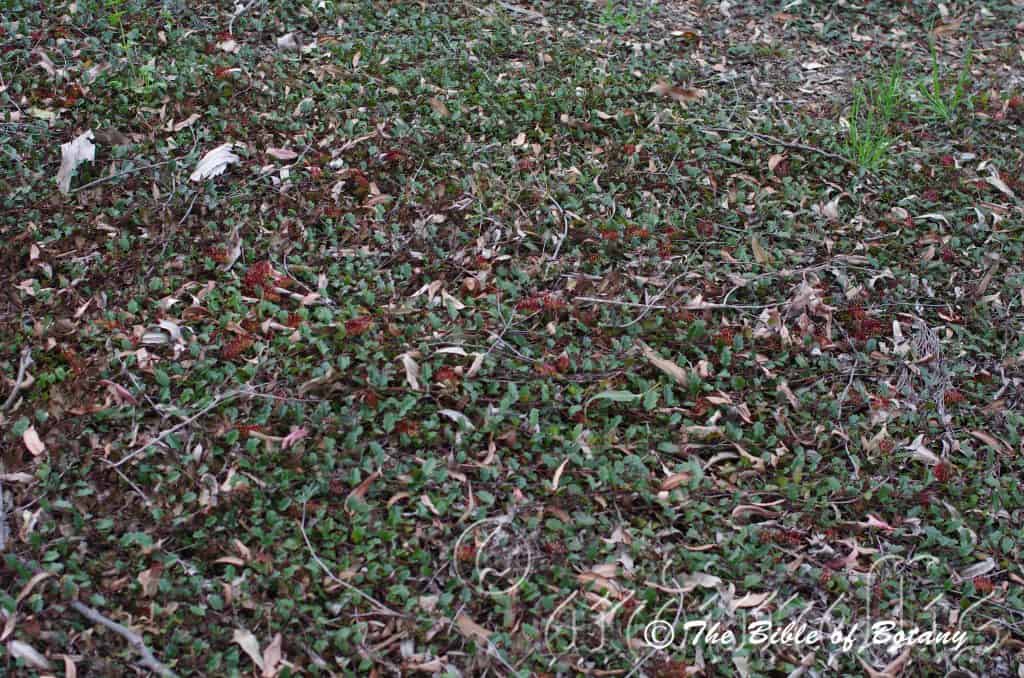
Mount Cootha Botanic Gardens Qld.
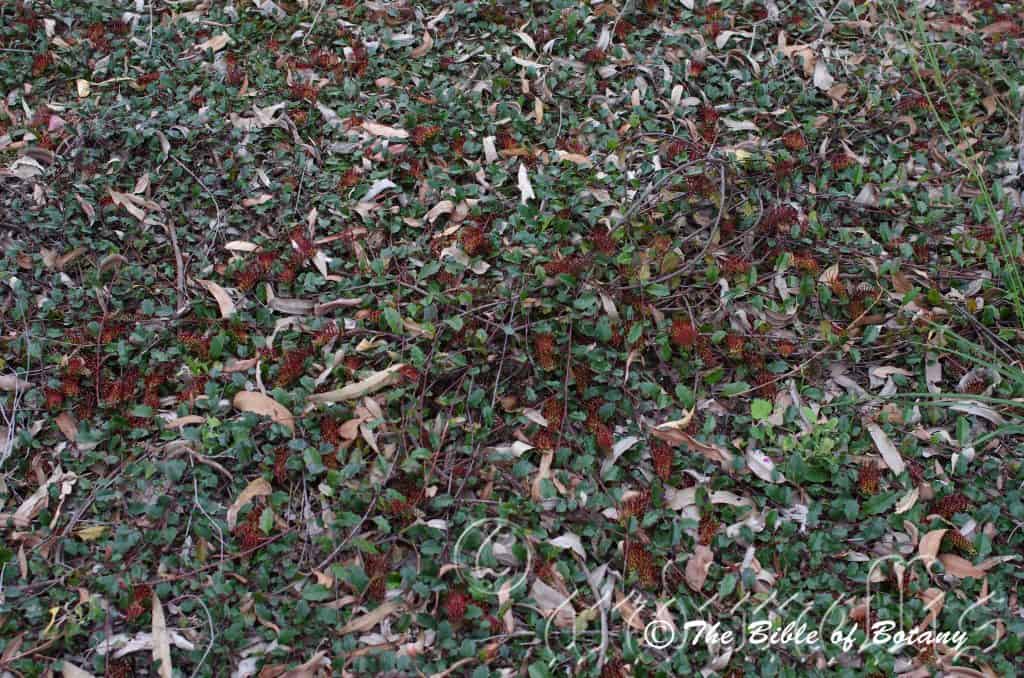
Mount Cootha Botanic Gardens Qld.
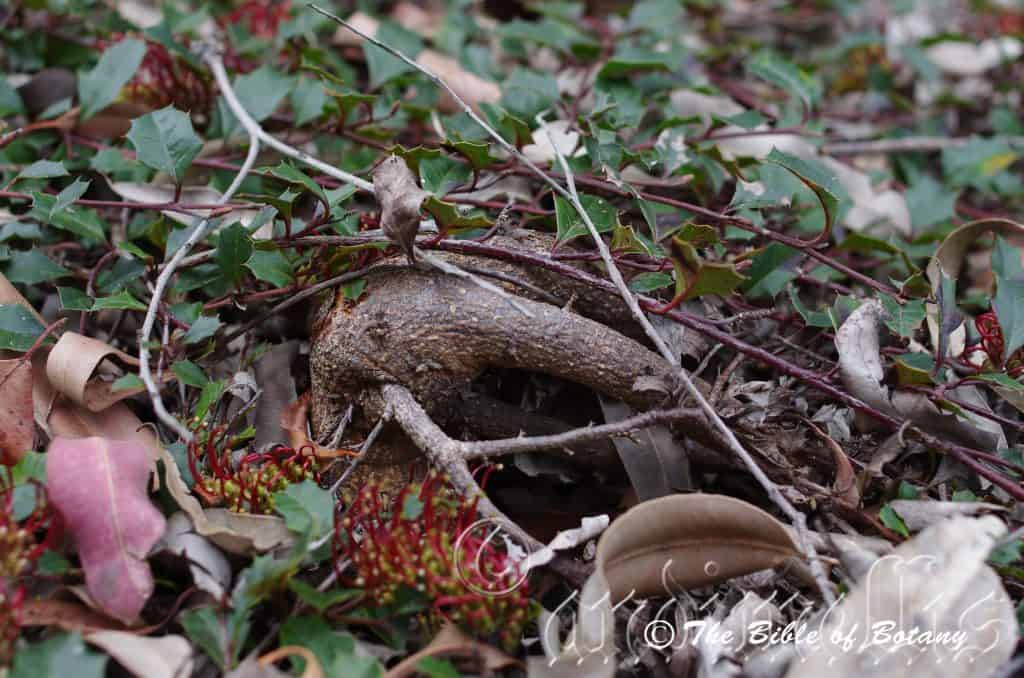
Mount Cootha Botanic Gardens Qld.
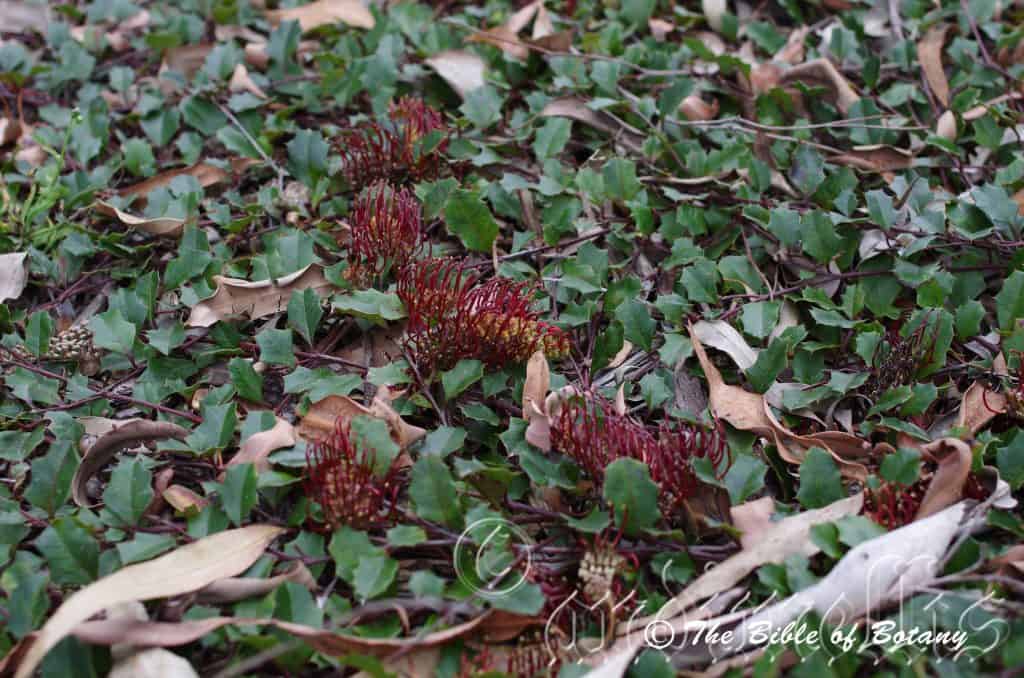
Mount Cootha Botanic Gardens Qld.
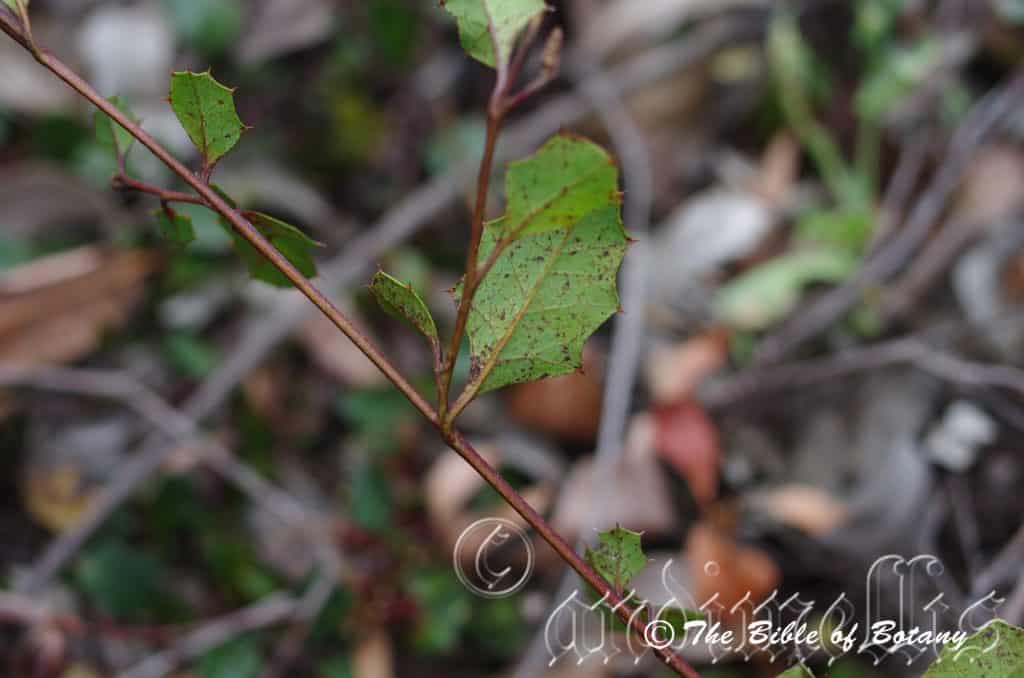
Mount Cootha Botanic Gardens Qld.
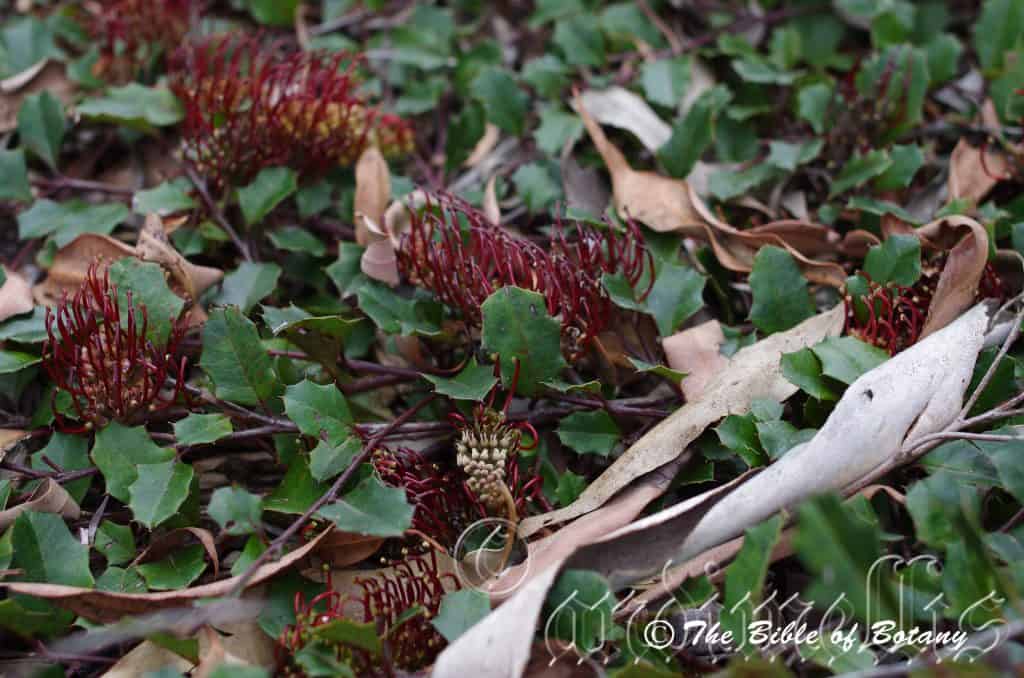
Mount Cootha Botanic Gardens Qld.
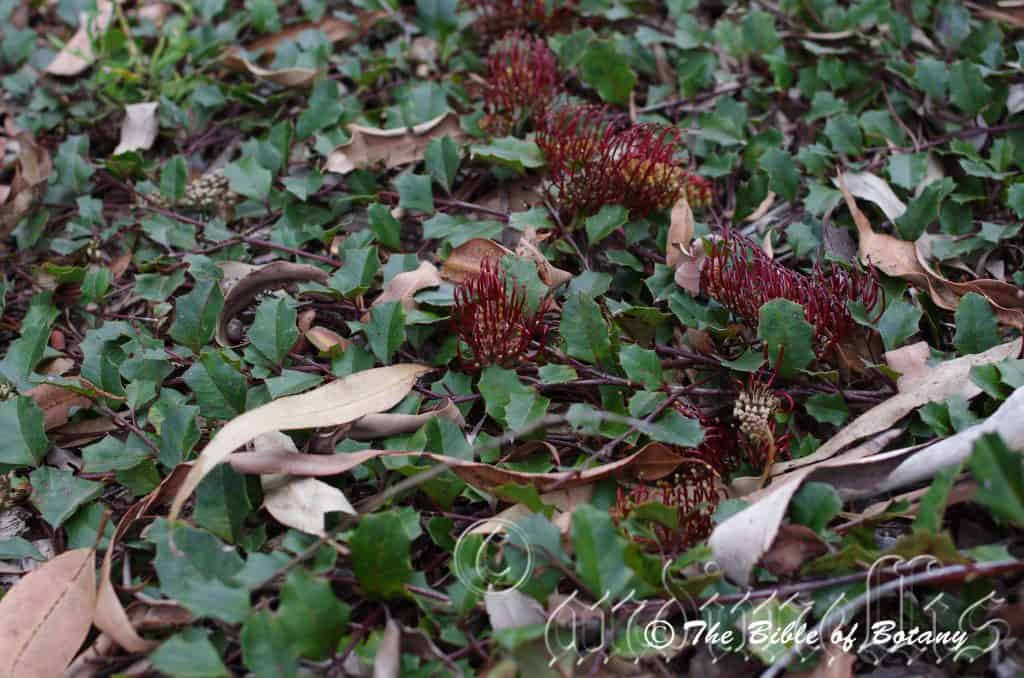
Mount Cootha Botanic Gardens Qld.
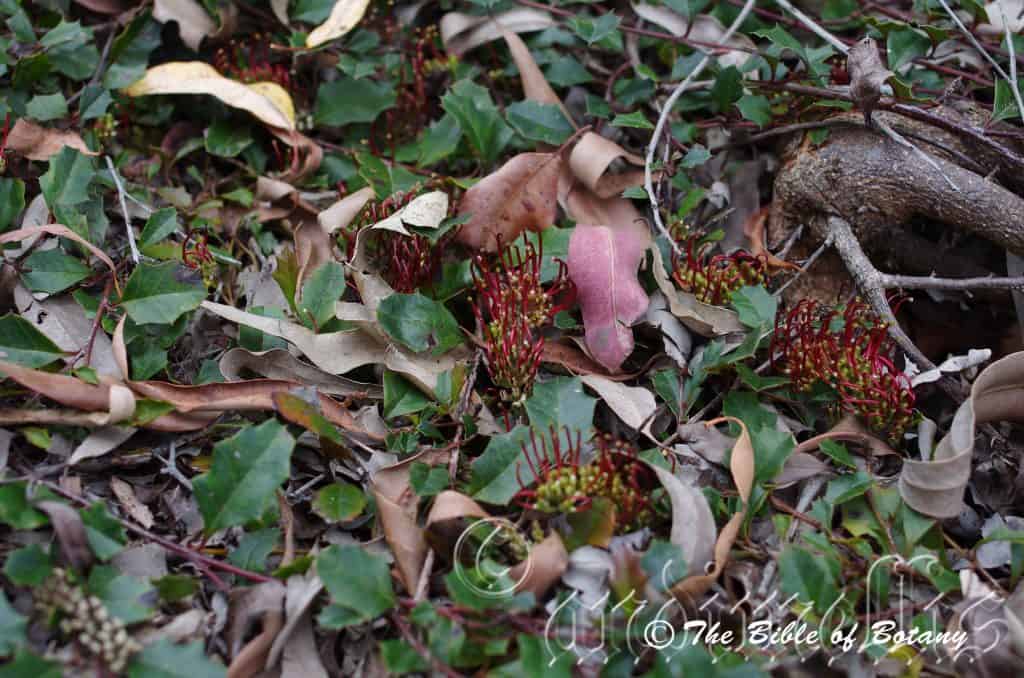
Mount Cootha Botanic Gardens Qld.
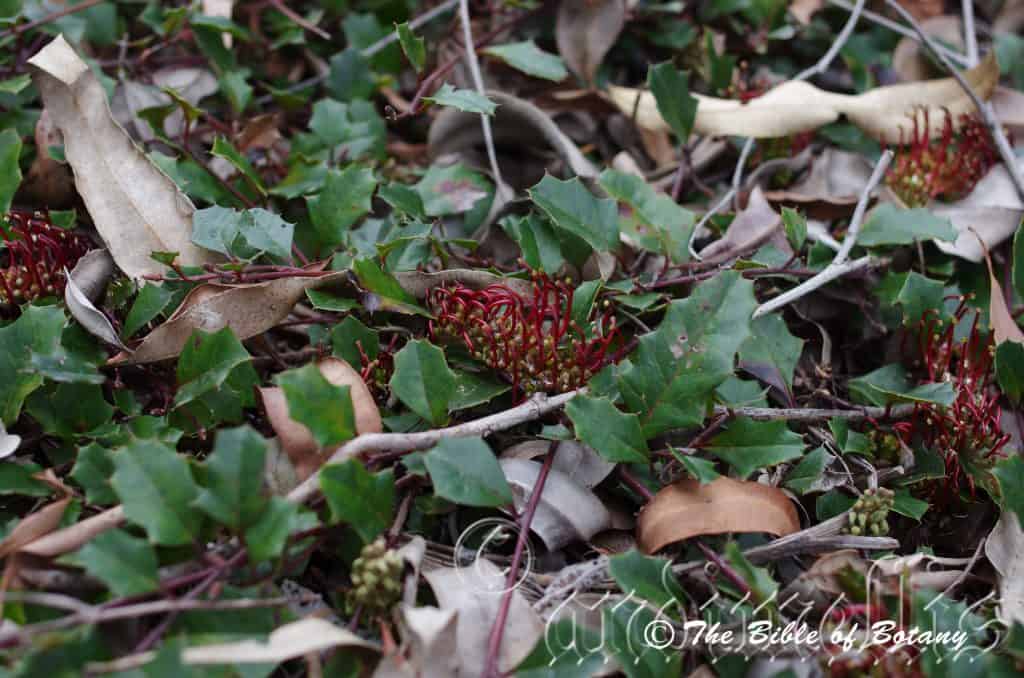
Mount Cootha Botanic Gardens Qld.
Grevillea repens
Classification:
Class: Magnoliopsida
Order: Proteales
Family: Proteaceae
Genus: Is named in honour of C. F. Greville; 1749-1809, who was a British expert botanist on Algae, a foundation member of the London Horticultural Society and a collector of rare plants.
Species: From Repens, which is Latin for creeping. It refers to plants, which have a habit of creeping along the ground’s surface.
Sub Species:
Common Name:
Distribution:
Grevillea repens occurs in 2 restricted disjunct populations in Victoria. The western population is bounded by Hepburn, Ballarat, Wombat Ranges and Kyneton. The eastern population is found from the Goulburn River catchment south to Toolangi and is particularly common west of Healesville. There are 2 smaller populations near Upper Loddon and in the Grampians National Park near Stawell.
https://avh.ala.org.au/occurrences/search?taxa=Grevillea+repens#tab_mapView
Habitat Aspect Climate:
Grevillea repens prefers full sun to dappled shade. It grows in montane dry eucalyptus forests usually on ridges and steeper slopes. The altitude ranges from 250 meters ASL to 700 meters ASL.
The temperatures range from minus 4 degrees in August to 33 degrees in January.
The rainfalls range from lows of 550mm to an average of 750mm annually.
Soil Requirements:
Grevillea repens prefers to grow on sandy loams, fatty sandy loams to medium clays. The soils are usually derived from decomposed granites or metagranites. The soils pH ranges from 5pH to 6pH are preferred. It does not tolerate waterlogged soils. Non saline soils to moderately saline soils are tolerated.
Height & Spread:
Wild Plants: 0.1m to 0.2m by 1m to 3m.
Characteristics:
The larger stems are deep brown and covered in irregular, obtuse, longitudinal ridges. The branchlets are a deep reddish-maroon on the upper surface while the lower surface is olive yellow and are sparsely covered in white, appressed, pilose hairs. They sucker readily from their roots and this seems to be their main method of reproduction.
The alternate, narrow oblong, ovate to ellipsoidal leaves measure 15mm to 115mm in length by 10mm to 42mm in width. The petioles are reddish-maroon on the upper surfaces and yellowish-olive on the lower surfaces and are sparsely covered in short, off white pilose hairs and measure 6mm to 22mm in length. The bases are truncate to broad cuneate while the apexes are broad obtuse with a short thick spine. The discolourous laminas are mid green to deep green and glabrous on the upper laminas while the lower laminas are pale olive-green and usually covered in off white appressed pilose hairs or are rarely glabrous. The laminas are almost flat but usually recurve slightly upwards from the mid vein to the margins while the margins usually have 5 to 18 but can be up to 25 regularly spaced teeth or triangular lobes with short stout spines. The lobes measure 5mm to 35mm in length by 3mm to 15mm in width and end in sharp, pungent spine. The lobes measure 2mm to 3mm in length. The mid vein and lateral veins are olive-yellow and strongly prominent on the lower lamina and are reddish-maroon along the main vein and reddish-maroon to olive-yellow along the lateral veins which make them distinctly visible on the upper lamina.
The conflorescences of Grevillea repens are erect or slightly decurve secunds born in the leaf axils. The rachis measures 35mm to 80mm in length. The perianth and style are the most prominent parts of the flower. The individual perianths are pale lime-green or pale grey-green with reddish-maroon streaks from the base to below the purple-grey to the limbs. The perianths are semi glossy and sparsely covered in white subsericeous and biramous hirsute hairs externally and are glabrous internally. The perianth and limbs measure 7mm to 9mm in length while the limbs are strongly recurved and joined at the apex. The deep lime-green pedicels measure 2. 5mm to 3mm in length.
The anthers are yellowish and surrounded by a reddish-maroon ring. The styles are usually deep reddish-maroon to burgundy-red or rarely dull pink or orange to yellow. The pistils measure 16mm to 19mm in length. The erect style is refracted below the stigma and is glabrous while the white ovary is stipitate. The lime-green stigma and mid green pollen presenter are erect to oblique. The ovaries measure 1. 5mm to 1. 7mm in length by 1mm to 1. 3mm in diameter. The flowers appear from October to April.
Grevillea repens’ fruits are ellipsoidal follicles. The follicles are covered in white sericeous hairs and measure 10mm to 12mm in length.
Confusing Species:
Grevillea repens‘s caduceous floral bracts measure 0. 7mm to 2mm in length by 0. 2mm to 2. 2mm in width. The follicles are sparsely covered in white pilose hairs and measure 10mm to 12mm in length.
Grevillea bedggoodiana‘s caduceous floral bracts measure 2mm to 3mm in length by 3mm to 4mm in width. The follicles are sparsely covered in white tomentose hairs and measure 8. 5mm to 10mm in length.
Grevillea obtecta floral bracts measure 5mm to 10. 5mm in length by 3mm to 5mm in width and are persistent till anthesis. The follicles are sparsely covered in white subsericeous to sub villous hairs 10mm to 12mm in length.
Wildlife:
Grevillea repens wildlife is unknown to the author. This species judging by colour, the size of the flowers and length of the perianth it is probably reliant more on butterflies or very small birds to fertilize its flowers.
Cultivation:
Grevillea repens is a very unusual leafed Grevillea and a true prostrate plant only growing to100mm in height. It should be more widely grown in temperate or cool subtropical areas of Australia. It suits medium to large gardens. Garden subjects will grow from 0. 05 meters to 0. 1 meters in height by 2. 5 meters to 4. 5 meters under cultivated conditions when grown in the open. If conditions are good they would probably cover a bank fairly quickly.
It is best suited to better quality sandy loams, podzolic soils and light clays with gravel that retain moisture but dry out between watering. It is drought resistant and are frost tolerant to minus at least minus 4 degrees without any burning or discolouration of the leaves.
If mild native fertilizers are used they will develop deep sea-green leaves look brilliant laid across the ground.
When mass planting Grevillea repens use curves and irregular patterns so it can be viewed from different angles around the garden. Use it where midground and background plants have bright green leaves so their beautiful leaves are highlighted. For mass plantings in garden beds or for covering banks plant it at 2 meter to 2. 5 meter centers.
Propagation:
Seeds: Sow the seeds directly into a seed raising mix. When the seedlings are 25mm to 50mm tall, prick them out and plant them into 50mm native tubes using a good organic mix. It can also be placed in cold water for 24 hours prior to soaking. This can be more effective if the seeds are first placed in a calico bag and put through several washes in the washing machine if you are using cold water.
Once the seedlings reach 150mm to 200mm in height, nip the tips out before planting them out into their permanent position. For mass plantings plant them at 1 meter to 4 meter centers on whether a hedge, a feature shrub or a bush scene is required.
Cuttings:
Use 70mm to 100mm long half ripened material when growing from cuttings from the present season’s growth. Take them in mid-autumn or early spring. Remove half the leaves from the bottom section being careful not to tear the bark.
1 Prepare the cutting mix by adding one third sharp clean river sand, one third peat and one third perlite. These ingredients are sterilize,
2 Select good material from non diseased plants,
3 Select semi green stems for cuttings. Look for a stem with two or three nodes,
4 Place the cutting on a flat, hard surface, and make a clean cut down one side of the cutting at the base for 10mm with a sharp sterile knife or razor blade. – This scarification of the node will increase the chances of roots emerging from this spot. Now remove all but one or two the leaves, leaving the apex leaves in tact. If the leaves are very large in proportion to the stem, cut off the apical halves.
5 Fill a saucer with water, and place a little medium strength rooting hormone into another container like a milk bottle top. Dip the node end of the cutting into the water and then into the rooting hormone. Tap off any excess hormone,
6 Use a small dipple stick or old pencil to poke a hole into the soilless potting mix. Ensure the hole is slightly larger than the stem diameter and be careful not to wipe the rooting hormone off the cuttings base, place the cuttings in a pattern ensuring the cuttings are not touching each other,
7 I like to place the pots in Plastic bags to help maintain temperature and moisture. Place in a semi shaded place like under 50mm shade cloth. – Place the trays under 30mm shade and keep the trays warm. The cuttings may benefit from the application of bottom heat when striking them. Ideally temperatures should be maintained at between 22 to 24 degrees.
8 When the cuttings have struck, open the bag to allow air circulation for a few days to a week,
9 Once hardened off remove the cuttings from the bag and allow to further hardening for a few more days,
10 Transplant into a good potting mix to grow on.
Fertilize using seaweed, fish emulsion or organic chicken pellets soaked in water on an alternate basis. Fertilize every two months until the plants are established then twice annually in early September or March to maintain health, vitality and better flowering. Avoid synthetic fertilizers as they will most likely contain calcium and phosphorus at levels, which are toxic to most Proteaceae.
Further Comments from Readers:
Hi reader, it seems you use The Bible of Botany a lot. That’s great as we have great pleasure in bringing it to you! It’s a little awkward for us to ask, but our first aim is to purchase land approximately 1,600 hectares to link several parcels of N.P. into one at The Pinnacles NSW Australia, but we need your help. We’re not salespeople. We’re amateur botanists who have dedicated over 30 years to saving the environment in a practical way. We depend on donations to reach our goal. If you donate just $5, the price of your coffee this Sunday, We can help to keep the planet alive in a real way and continue to bring you regular updates and features on Australian plants all in one Botanical Bible. Any support is greatly appreciated. Thank you.
In the spirit of reconciliation we acknowledge the Bundjalung, Gumbaynggirr and Yaegl and all aboriginal nations throughout Australia and their connections to land, sea and community. We pay our respect to their Elders past, present and future for the pleasures we have gained.
Grevillea rhizomatosa
Classification:
Class: Magnoliopsida
Order: Proteales
Family: Proteaceae
Genus: Is named in honour of C. F. Greville; 1749-1809, who was a British expert botanist on Algae, a foundation member of the London Horticultural Society and a collector of rare plants.
Species: From Rhiza, which is Ancient Greek for a root. It refers to plants, which have large or extensively prominent root systems.
Sub Species:
Common Name:
Distribution:
Grevillea rhizomatosa‘s distribution is restricted to a narrow strip between Mulligan’s Hut and Dandahra Creek on the Gibraltar Range in far north eastern New South Wales.
https://avh.ala.org.au/occurrences/search?taxa=Grevillea+rhizomatosa#tab_mapView
Habitat Aspect Climate:
Grevillea rhizomatosa prefers dappled shade to medium shade beneath taller trees. It grows in densely shrubby eucalyptus forest, usually near creek lines in rocky terrain. The altitude ranges from 400 meters ASL to 900 meters ASL.
The temperatures range from minus 4 degrees in August to 33 degrees in January.
The rainfalls range from lows of 780mm to an average of 1000mm annually. The area is subject to orographic precipitation.
Soil Requirements:
Grevillea rhizomatosa prefers to grow on sandy loams to light gravelly clays which are usually highly erodible and of poor quality. The soils are usually derived from partially decomposed granites. The soils pH ranges from 5pH to 6pH. It does not tolerate waterlogged soils. Non saline soils to moderately saline soils are tolerated.
Height & Spread:
Wild Plants: 0.3m to 1m by 1m to 2m though many plants have been recorded at unto 10 meters in diameter.
Characteristics:
Grevillea rhizomatosa‘s are usually gregarious shrubs covering large areas. The larger stems are a dull grey-green glabrous and slightly scabrous. The angular to terete branchlets are a grass-green to mid green and moderately covered in white villous hairs.
Grevillea rhizomatosa‘s alternate, narrow obovate to almost orbicular leaves measure 7mm to 30mm in length by 7mm to 13mm in width. The petioles are covered in white villous hairs and measure 2mm to 7mm in length. The bases are rounded to broad cuneate while the apexes are obtuse. The concolourous laminas are mid green to deep green and glabrous to faintly granulose on the upper laminas while the lower laminas are densely covered in white tomentose hairs with a scattering of longer hirsute hairs. The laminas are flat or decurve slightly downwards from the midvein to the margins while the margins are entire. The mid vein is prominent on the lower lamina and is distinctly visible on the upper lamina.
Grevillea rhizomatosa‘s acroscopic conflorescences are decurve or pendulous sub globose racemes are born from the terminals. The clusters have 1 to 4 or rarely 5 individual flowers on a rachis that measures 1 to 3mm in length. The perianth and style are the most prominent parts of the flower. The individual perianths are dichromatic or trichromatic. It is usually green on the basal third to basal half and pinkish-red on the apical half to apical two thirds and lobes and are often purplish or purplish-black around the middle section. The perianths are sparsely covered in white tomentose hairs externally and are very sparsely covered in white hirtellous hairs internally around the ovary and are glabrous or very sparsely covered in fine, white appressed sericeous hairs on the upper sections. The perianth and limbs measure 20mm to 23mm in length while the limbs are strongly recurved and free. The apicular tepals are covered in tomentose hairs and measure 1mm to 2. 5mm in length. The pedicels are covered in white villous hairs and measure 7. 5mm to 9mm in length.
The orbicular anther on each lobe is pale yellow. The mid green style is sparsely covered in white tomentose hairs. The pistils measure 23mm to 25mm in length. The style is erect on the basal half and strongly inflexed on the apical half while the sessile ovary is covered in white, villous hairs. The lateral stigma and pollen presenter are mid green. The flowers appear from September to November.
The follicles have not been observed with reproduction being carried out from underground rhizomatous roots or from natural layering where the branches touch the ground under favourable conditions.
Wildlife:
Grevillea rhizomatosa wildlife is unknown to the author.
Cultivation:
Grevillea rhizomatosa is a very unusual Grevillea in that it does not rely on seed for reproduction meaning it may be very difficult to acquire plants for the garden. Once a plant has been acquired it should be easy to reproduce either by layering or from cuttings. It should be widely grown in temperate or sub-tropical areas and tried in semi-arid locations in Australia. They would suit small to large gardens. Grevillea rhizomatosa will grow 0. 5 meters to 1 meter in height by 2 meters to 3 meters in diameter when grown in the open in cultivation.
It is best suited to better quality sandy loams and gravelly soils in sheltered areas in the garden. It is drought resistant and are frost tolerant to at least minus 4 degrees without any burning or discolouration of the leaves.
If mild native fertilizers are used it will probably like most Grevillea specie develop deep sea-green leaves.
A bend in a path can be broken up by placing them at the bend. Place them in the midground with ground covers, smaller shrubs or annuals in front and to the sides with large leaf plants especially those with yellow or golden-yellow flowers behind to gain a strong contrast. Plants with either small yellow or white flowers can be used in the foreground to add to the contrast. This will lead your eyes down and over to the back ground. Whether it is in flower or not these plants will catch your attention and the viewer will be transfixed on the display rather than watching the path.
A large headland heath can be achieved in sheltered locations by using them as the taller growing plants at the far end of the path with smaller fine leaf plants on the windward side increasing their height over a few meters as you approach the leeward side to 2 meters in height. Suddenly plant plants like the Grevillea rhizomatosa next to these leeward plants and again scattered over the rest of the bed increasing the height of the shrubs from the prostrate plants to taller shrubs of 3 meters or even 4 meters at the far end. Make sure the plants immediately adjacent to the Grevillea rhizomatosa have fine pale green to fine mid green foliages for the greatest impact.
Propagation:
Seeds: Grevillea rhizomatosa seed production is highly unlikely as the follicles and seeds have never been observed by botanists or reported by volunteers.
Cuttings:
Use 70mm to 100mm long half ripened material when growing from cuttings from the present season’s growth. Take them in mid-autumn or early spring. Remove half the leaves from the bottom section being careful not to tear the bark.
1 Prepare the cutting mix by adding one third sharp clean river sand, one third peat and one third perlite. These ingredients are sterilize,
2 Select good material from non diseased plants,
3 Select semi green stems for cuttings. Look for a stem with two or three nodes,
4 Place the cutting on a flat, hard surface, and make a clean cut down one side of the cutting at the base for 10mm with a sharp sterile knife or razor blade. – This scarification of the node will increase the chances of roots emerging from this spot. Now remove all but one or two the leaves, leaving the apex leaves in tact. If the leaves are very large in proportion to the stem, cut off the apical halves.
5 Fill a saucer with water, and place a little medium strength rooting hormone into another container like a milk bottle top. Dip the node end of the cutting into the water and then into the rooting hormone. Tap off any excess hormone,
6 Use a small dipple stick or old pencil to poke a hole into the soilless potting mix. Ensure the hole is slightly larger than the stem diameter and be careful not to wipe the rooting hormone off the cuttings base, place the cuttings in a pattern ensuring the cuttings are not touching each other,
7 I like to place the pots in Plastic bags to help maintain temperature and moisture. Place in a semi shaded place like under 50mm shade cloth. – Place the trays under 30mm shade and keep the trays warm.
8 When the cuttings have struck, open the bag to allow air circulation for a few days to a week,
9 Once hardened off remove the cuttings from the bag and allow to further hardening for a few more days,
10 Transplant into a good potting mix to grow on.
Fertilize using seaweed, fish emulsion or organic chicken pellets soaked in water on an alternate basis. Fertilize every two months until the plants are established then twice annually in early September or March to maintain health, vitality and better flowering. Avoid synthetic fertilizers as they will most likely contain calcium and phosphorus at levels, which are toxic to most Proteaceae.
Further Comments from Readers:
Hi reader, it seems you use The Bible of Botany a lot. That’s great as we have great pleasure in bringing it to you! It’s a little awkward for us to ask, but our first aim is to purchase land approximately 1,600 hectares to link several parcels of N.P. into one at The Pinnacles NSW Australia, but we need your help. We’re not salespeople. We’re amateur botanists who have dedicated over 30 years to saving the environment in a practical way. We depend on donations to reach our goal. If you donate just $5, the price of your coffee this Sunday, We can help to keep the planet alive in a real way and continue to bring you regular updates and features on Australian plants all in one Botanical Bible. Any support is greatly appreciated. Thank you.
In the spirit of reconciliation we acknowledge the Bundjalung, Gumbaynggirr and Yaegl and all aboriginal nations throughout Australia and their connections to land, sea and community. We pay our respect to their Elders past, present and future for the pleasures we have gained.
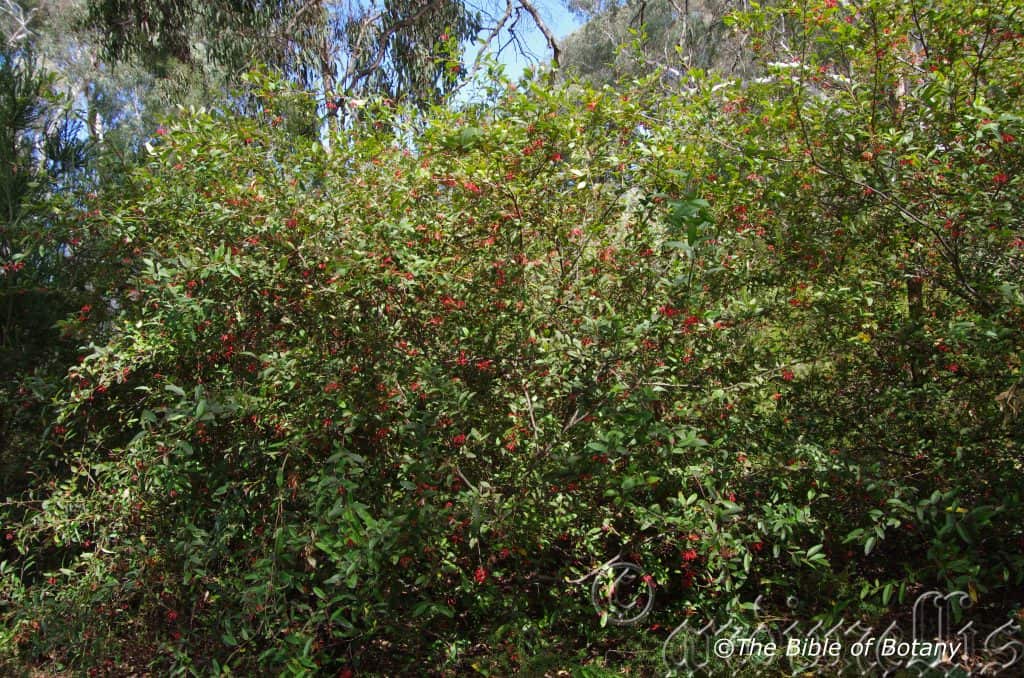
National Botanic Gardens ACT
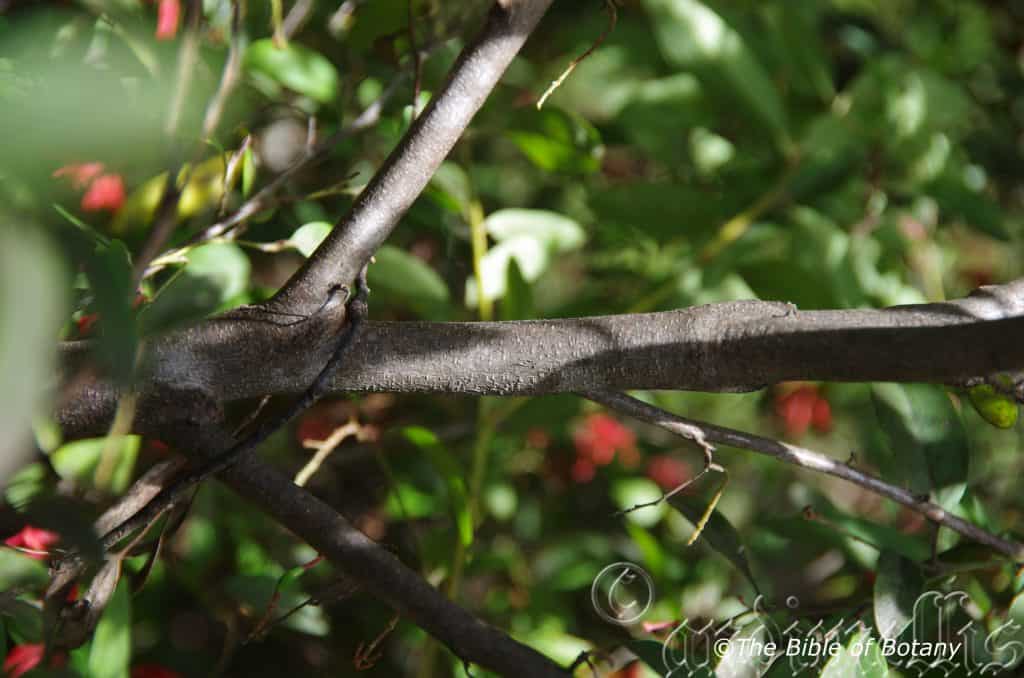
National Botanic Gardens ACT
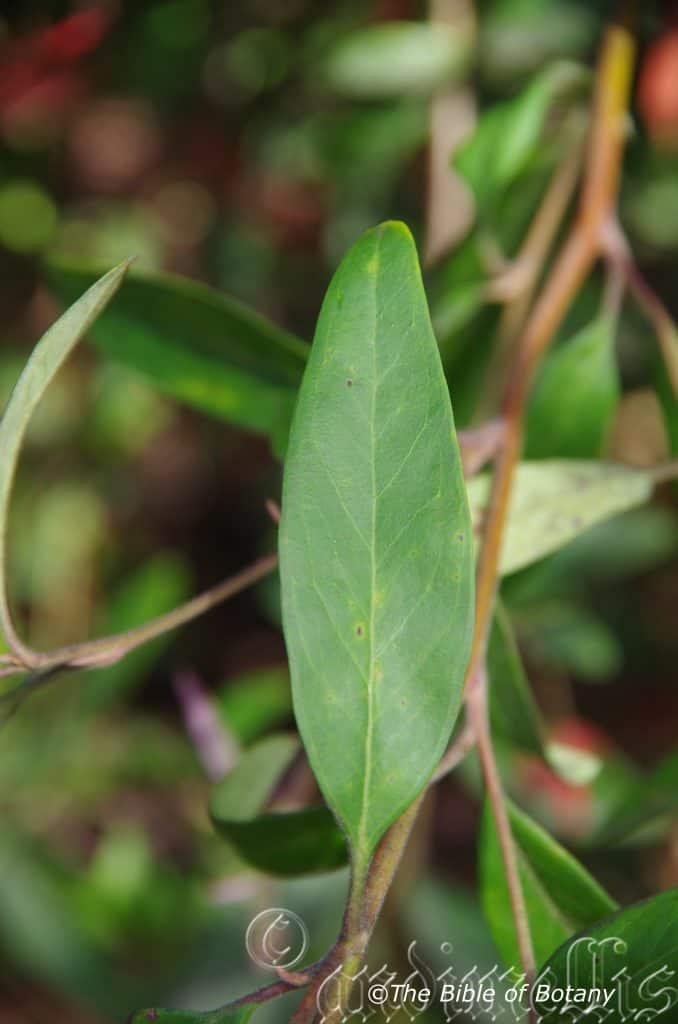
National Botanic Gardens ACT

National Botanic Gardens ACT
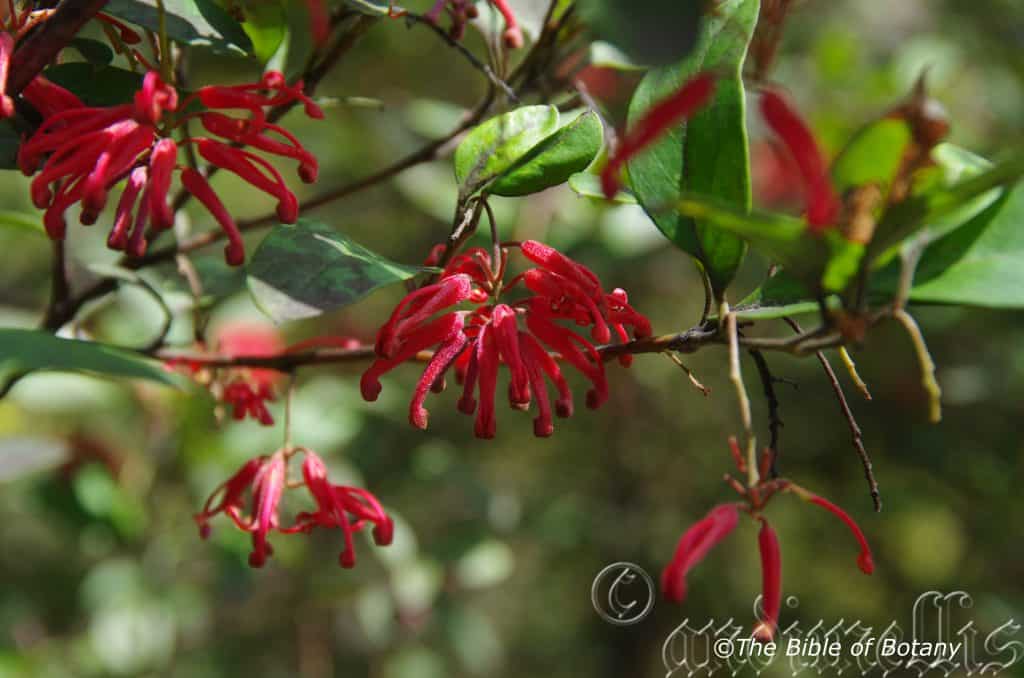
National Botanic Gardens ACT
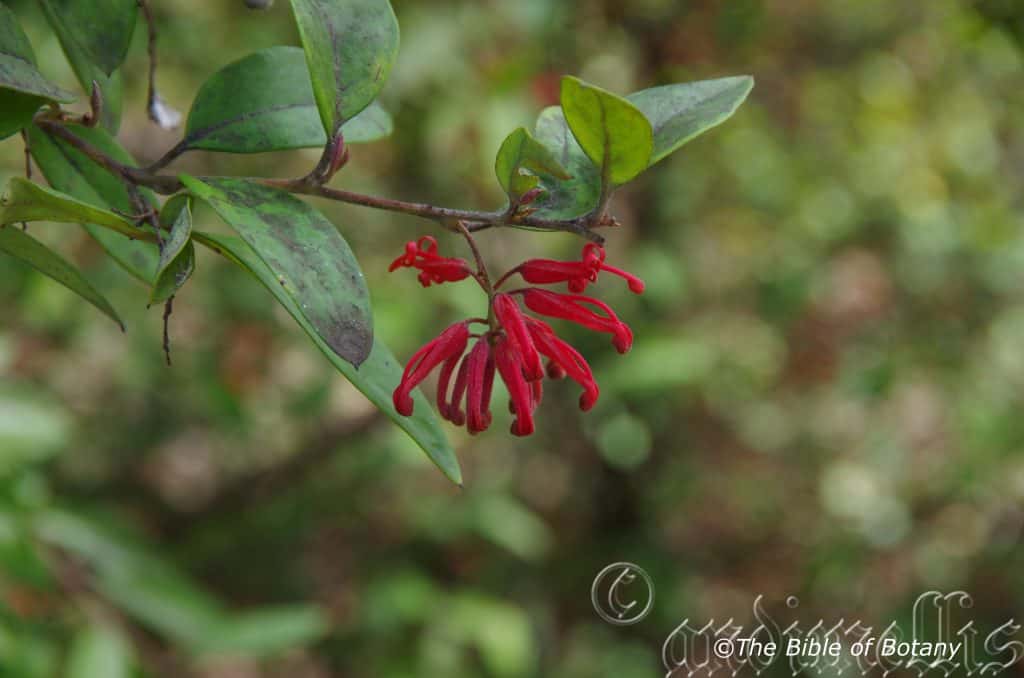
National Botanic Gardens ACT
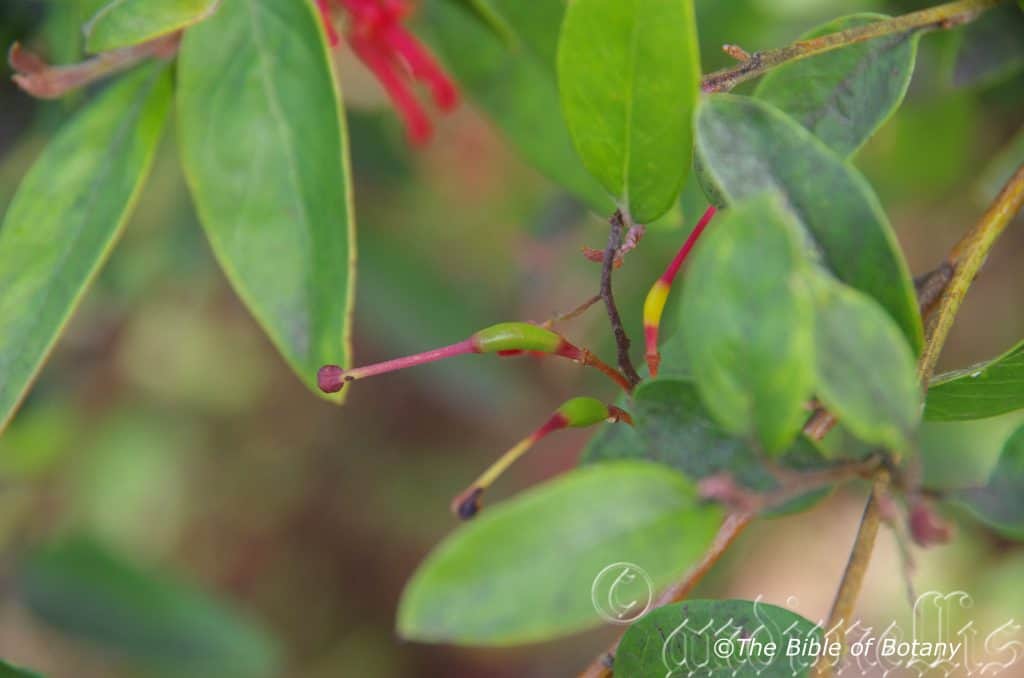
National Botanic Gardens ACT
Grevillea rhyolitica
Classification:
Class: Magnoliopsida
Order: Proteales
Family: Proteaceae
Genus: Is named in honour of C. F. Greville; 1749-1809, who was a British expert botanist on Algae, a foundation member of the London Horticultural Society and a collector of rare plants.
Species: From Rhyax, which is Ancient Greek for a flow of lava. It refers to plants, which prefer to grow on a type of fine grained extrusive igneous rock which forms grey loamy soils similar to granite in composition. A good example is the lower slopes and exposures of the Mount Warning volcano along the Tweed Valley.
Sub Species: Grevillea rhyolitica subsp. rhyolitica. From Rhyax, which is Ancient Greek for a flow of lava. It refers to plants, which prefer to grow on a type of fine grained extrusive igneous rock which forms grey loamy soils similar to granite in composition. A good example is the lower slopes and exposures of the Mount Warning volcano along the Tweed Valley.
Sub Species: Grevillea rhyolitica subsp. semivestita. From Semi, which is Latin for one and Vestitis, which is Ancient Greek for clothed or dressed. It refers to stems, leaves or phyllodes, which are somewhat covered in appressed hairs.
Common Name:
Distribution:
Grevillea rhyolitica subsp. rhyolitica‘s is generally found at the mid to lower altitude levels in a narrow strip north west and south west of Moruya in southern New South Wales.
Grevillea rhyolitica subsp. semivestita is only found at the higher altitude levels in the northern western section of a narrow strip north west and south west of Moruya in southern New South Wales
https://avh.ala.org.au/occurrences/search?taxa=Grevillea+rhyolitica#tab_mapView
Habitat Aspect Climate:
Grevillea rhyolitica prefers dappled shade to medium shade beneath taller trees. It grows in coastal mountain forests. The altitude ranges from 10 meters ASL to 300 meters ASL.
The temperatures range from minus 2 degrees in August to 35 degrees in January.
The rainfalls range from lows of 780mm to an average of 1150mm annually.
Soil Requirements:
Grevillea rhyolitica prefers to grow on sandy loams to medium clays or podsolic soils which are usually highly erodible and of poor quality. The soils are usually derived from decomposed rhyolite, quartz, silicates, micas or metashales that forms a gradual degree of metamorphism between slate and schist. The soils pH ranges from 4. 5pH to 6. 2pH are preferred. It does not tolerate waterlogged soils. Non saline soils to moderately saline soils are tolerated.
Height & Spread:
Wild Plants:
Grevillea rhyolitica subsp. rhyolitica 1. 5m to 2m by 1. 5m to 1. 8m.
Grevillea rhyolitica subsp. semivestita 0. 5m to 1m by 0. 6m to 1m.
Characteristics:
Grevillea rhyolitica is usually a gregarious shrub covering extensive areas. The larger stems are a dull grey-green glabrous and slightly scabrous. The angular to terete branchlets are a grass-green to mid green and moderately covered in fawn to reddish-brown pannate hairs with short biramous echinate hairs.
The alternate to sub opposite, narrow elliptical to broad elliptical simple leaves measure 40mm to 110mm in length by 10mm to 25mm in width. The slightly oblique bases are cuneate while the apexes are acute. The concolourous laminas are dull mid green to deep green and glabrous to very sparsely covered in fawn hirsute hairs close to the midvein and extending to the lateral veins on the upper laminas while the lower laminas are sparsely covered in fawn hirsute hairs. The margins are entire and curve upwards from the midvein. The mid vein is strongly prominent while the lateral veins are prominent on the lower lamina and are distinctly visible on the upper lamina. The petiole measures 6mm to 17mm in length.
Grevillea rhyolitica has acropetal or synchronous, acroscopic conflorescences are decurve or pendulous sub globose racemes are born terminally or from the upper leaf axils. The single or twice branched conflorescences have 2 to 15 individual flowers on a rachis that measures 10 to 50mm in length. The perianth and style are the most prominent parts of the flower. The individual perianths are variable, semi glossy and scarlet red from the base through to the apexes of the lobes. The perianths are sparsely covered in pale reddish-brown sub tomentose to sub pannate hairs at the base becoming densely covered on the lobes externally. The perianths are glabrous internally near the base becoming densely covered in reddish-brown hirtellous hairs as they approach the lobes. The perianth and limbs measure 16mm to 20mm in length while the limbs are strongly recurved and free. The pedicels measure 3mm to 4mm in length.
The reniform anther on each lobe is white. The style is scarlet-red with a scarlet-red stigma. The pistils measure 16mm to 20mm in length. The style is usually sparsely covered in reddish-brown hirsute on the apical third or at times from near the base to below the stigma. The erect style curves gently from the base to the stigma while the ovary is glabrous. The lateral stigma and pollen presenter are scarlet-red.
Subspecie Differences:
Grevillea rhyolitica subsp. rhyolitica‘s lower laminas are sparsely covered in white, ascending biramous hairs often mixed with white, erect glandular, hirsute hairs. The perianths are covered in white, ascending biramous hairs externally with white, glandular hirsute hairs on the basal third or at times on the basal half. The follicles are an unknown to the author. The flowers appear from early September to early December.
Grevillea rhyolitica subsp. semivestita‘s lower laminas are usually very sparsely to sparsely covered in minute, white, appressed, biramous, hirsute hairs or rarely glabrous. The perianths are covered in white ascending biramous hirsute hairs externally with glandular hirsute hairs with the glandular hirsute hairs extending to the apex of the limbs. The follicles are initially sigmoidal then narrow to narrow oblique or ellipsoidal with several longitudinal ridges near the apex when ripe. The follicles measure 18mm to 22mm in length. The flowers appear from early October to late December.
Wildlife:
Grevillea rhyolitica is attractive to most nectar eating birds with the larger more aggressive feeders eating early in the morning and late in the evenings while the smaller birds feed during the middle of the day.
Cultivation:
Grevillea rhyolitica is a very unusual Grevillea in that its leaves are what we expect to see in a typical leaf shape. It should be more widely grown in temperate or sub-tropical areas of Australia. It suits small to large gardens. Grevillea rhyolitica subsp. rhyolitica grows 1. 5 meters to 2 meters in height by 2 meters to 3 meters in diameter when grown in the open in cultivation while Grevillea rhyolitica subsp. semivestita grows 0. 5 meters to 0. 8 meters by 1 meter to 2. 5 meters in diameter when grown in the open.
It is best suited to loams better quality light clays and gravelly soils that retain even soil moisture. It is drought resistant and are frost tolerant to at least minus 4 degrees without any burning or discolouration of the leaves.
If mild native fertilizers are used they will develop deep sea-green leaves.
A bend in a path can be broken up by placing them at the bend. Place them in the midground with ground covers, smaller shrubs or annuals in front with large leaf plants especially those with yellow or golden-yellow flowers behind to gain a strong contrast. Plants with either small yellow or white flowers can be used in the foreground to add to the contrast. This will lead your eyes down and over to the back ground. Whether it is in flower or not these plants will catch your attention and the viewer will be transfixed on the display rather than watching the path.
A large headland heath can be achieved by using them as the taller growing plants at the far end of the path with smaller fine leaf plants on the windward side increasing their height over a few meters as you approach the leeward side to 2 meters in height. Suddenly plant plants like the Grevillea rhyolitica next to these leeward plants and again scattered over the rest of the bed increasing the height of the shrubs from the prostrate plants to taller shrubs of 3 meters or even 4 meters at the far end. Make sure the plants immediately adjacent to the Grevillea rhyolitica have fine pale green to fine mid green foliages for the greatest impact.
When mass planting Grevillea rhyolitica use curves and irregular patterns so they can be viewed from different angles around the garden. For hedges, screens or garden beds plant Grevillea rhyolitica subsp. rhyolitica at 2 meter to 2.5 meter centers.
Propagation:
Seeds: Sow the seeds directly into a seed raising mix. Cover them with 5mm of fine sand and keep moist not wet. Place the tray in a warm sunny position. When the seedlings are 25mm to 50mm tall, prick them out and plant them into 50mm native tubes using a good organic mix.
Once the seedlings reach 150mm to 200mm in height, nip the tips out before planting them out into their permanent position.
Cuttings:
Use 70mm to 100mm long half ripened material when growing from cuttings from the present season’s growth. Take them in mid-autumn or early spring. Remove half the leaves from the bottom section being careful not to tear the bark.
1 Prepare the cutting mix by adding one third sharp clean river sand, one third peat and one third perlite. These ingredients are sterilize,
2 Select good material from non diseased plants,
3 Select semi green stems for cuttings. Look for a stem with two or three nodes,
4 Place the cutting on a flat, hard surface, and make a clean cut down one side of the cutting at the base for 10mm with a sharp sterile knife or razor blade. – This scarification of the node will increase the chances of roots emerging from this spot. Now remove all but one or two the leaves, leaving the apex leaves in tact. If the leaves are very large in proportion to the stem, cut off the apical halves.
5 Fill a saucer with water, and place a little medium strength rooting hormone into another container like a milk bottle top. Dip the node end of the cutting into the water and then into the rooting hormone. Tap off any excess hormone,
6 Use a small dipple stick or old pencil to poke a hole into the soilless potting mix. Ensure the hole is slightly larger than the stem diameter and be careful not to wipe the rooting hormone off the cuttings base, place the cuttings in a pattern ensuring the cuttings are not touching each other,
7 I like to place the pots in Plastic bags to help maintain temperature and moisture. Place in a semi shaded place like under 50mm shade cloth. – Place the trays under 30mm shade and keep the trays warm.
8 When the cuttings have struck, open the bag to allow air circulation for a few days to a week,
9 Once hardened off remove the cuttings from the bag and allow to further hardening for a few more days,
10 Transplant into a good potting mix to grow on.
Fertilize using seaweed, fish emulsion or organic chicken pellets soaked in water on an alternate basis. Fertilize every two months until the plants are established then twice annually in early September or March to maintain health, vitality and better flowering. Avoid synthetic fertilizers as they will most likely contain calcium and phosphorus at levels, which are toxic to most Proteaceae.
Further Comments from Readers:
Hi reader, it seems you use The Bible of Botany a lot. That’s great as we have great pleasure in bringing it to you! It’s a little awkward for us to ask, but our first aim is to purchase land approximately 1,600 hectares to link several parcels of N.P. into one at The Pinnacles NSW Australia, but we need your help. We’re not salespeople. We’re amateur botanists who have dedicated over 30 years to saving the environment in a practical way. We depend on donations to reach our goal. If you donate just $5, the price of your coffee this Sunday, We can help to keep the planet alive in a real way and continue to bring you regular updates and features on Australian plants all in one Botanical Bible. Any support is greatly appreciated. Thank you.
In the spirit of reconciliation we acknowledge the Bundjalung, Gumbaynggirr and Yaegl and all aboriginal nations throughout Australia and their connections to land, sea and community. We pay our respect to their Elders past, present and future for the pleasures we have gained.
Grevillea rigida
Classification:
Class: Magnoliopsida
Order: Proteales
Family: Proteaceae
Genus: Is named in honour of C. F. Greville; 1749-1809, who was a British expert botanist on Algae, a foundation member of the London Horticultural Society and a collector of rare plants.
Species: From Rigins, which is Latin for stiff, unbending or unyielding. It refers to organs usually the stems, which are stiff and unyielding to movement.
Sub Species:
Common Name: Stiff Leaf Grevillea.
Distribution:
Grevillea rigida is restricted to Fitzgerald National Park and a small area to the northeast of Fitzgerald National Park. https://avh.ala.org.au/occurrences/search?taxa=Grevillea+rigida#tab_mapView
Habitat Aspect Climate:
Grevillea rigida prefers full sun to dappled shade. It grows on coastal plains in open mallee woodlands or closed schlerophyll forests. The altitude ranges from 5 meters ASL to 250 meters ASL.
The temperatures range from 3 degrees in August to 37 degrees in January.
The rainfalls range from lows of 270mm to an average of 800mm annually.
Soil Requirements:
Grevillea rigida prefers to grow on better quality sandy loams to light gritty clays. The soils are usually derived from decomposed sandstone, granite laterites, metamorphic rocks or shale. The soils pH ranges from 5. 5pH to 7pH are preferred. It does not tolerate waterlogged soils. Non saline soils to moderately saline soils are tolerated.
Height & Spread:
Wild Plants: 1m to 3m by 2m to 4m.
Characteristics:
The larger stems are a dull grey glabrous and slightly scabrous. Branchlets are pale grey-green to pale green and are covered in white caduceous tomentose hairs.
The alternate deeply pinnatipartite, rigid leaves are linear with 3 to 9 ascending linear lobes. The leaves measure 30mm to 60mm in length by 16mm to 44mm width over all. The rigid lobes measure 5mm to 35mm in length by 1. 3mm to 2. 5mm in width. The petiole and petiolules are covered in white tomentose and a few white pilose hairs. The petiole measures 5mm to 25mm in length while the petiolules measure 1. 5mm to 3mmin length. The bases and the petiolule are difficult to distinguish apart and are attenuate while the apexes of the lobes taper to a short strong rigid spine. The concolourous laminas are pale green to mid grey-green and glabrous on the upper lamina while the lower lamina is covered in white tomentose and a few white pilose hairs. The margins are entire, angularly twice refracted and enclose most or all of lower lamina except for midvein. The mid vein is prominent on the lower lamina and is visible from the upper lamina.
The inflorescence is a secund born in the leaf axils. The rachis is 45mm to 95mm in length and densely covered in white pilose to villous hairs. The perianth and style are the most prominent parts of the flower. The individual perianths are variable, cream, pink or fawn at the base through to the limbs. The irregular perianths densely covered in fawn tomentose-villous hairs. The perianth and limbs measure 12mm to 18mm in length while the limbs are strongly recurved. The pedicels measure 1mm to 2mm in length.
The style is scarlet red or deep orange-red with a deeper red or deeper orange-red stigma and yellow-orange pollen presenter. The pistils measure 22mm to 25mm in length. The style is sparsely covered in minute, pale reddish pilose or hirsute hairs. The style is erect with an oblique almost erect stigma and sessile ovary which is glabrous. The flowers appear from August to March; however the odd flower may appear throughout the year in favourable.
The fruits are an ovate to ellipsoidal follicle. The style is persistent on the ripe follicles. The follicles are produced singularly radiating out from the rachis. It is moderately to densely covered in white subsericeous and biramous hirsute to pilose hairs and are finely resinous below the hairs. The follicles measure 10mm to 15mm in length by 6mm to 8. 5mm in width. They turn reddish-brown and are only sparsely covered in hairs when ripe. The pale grey flat seeds measure 6mm by 8mm in length by 3mm to 3. 5mm in width including the 2mm wing which surrounds the seed.
Subspecie differences:
Grevillea rigida subsp. rigida’s longest leaf lobes usually measure less than 20mm in length. The lower laminas are usually completely enclosed including the mid veins or at times slightly exposed on broader lobes beside the midvein especially near the sinuses. The 3 to 5 leaf lobes are usually crowded on the apical third with terminal lobe recurved or reflexed. The perianths are creamy fawn or white.
Grevillea rigida subsp. distans longest leaf lobes are greater than 20mm in length. The lower laminas completely enclosed except for the midvein. The usually 7 or at times 6 or 8 leaf lobes are usually on the apical half. The terminal lobes are erect, incurved or recurved. The perianths are creamy pink.
Confusing Specie:
Grevillea rigida’s lateral veins are visible on the upper laminas of the leaf lobes.
Grevillea tetragonoloba lateral veins are not visible on the upper laminas of the leaf lobes. Lower lamina is covered in white sericeous hairs.
Wildlife:
Grevillea rigida is a very good flowering species which is attractive to most small nectar eating birds. The pungent, rigid leaves offer small birds a very safe corridor to travel through and it is often exploited for this reason.
Cultivation:
Grevillea rigida is an unusual Grevillea in that its leaves form a nasty barrier once they fall to the ground. This is another one of my favourites for its unattractiveness to feral dogs and cats while at the same time offers a safe corridor for small native wildlife including small birds. Because of this it should be planted back from paths and edges to avoid scratching and standing on the leaves which can penetrate thongs.
It should be more widely grown in temperate areas of Australia where the summer rainfall and humidity is low. It suits small to large gardens. Garden subjects will grow from 2 meters to 3. 5 meters in height by 3 meters to 4 meters in diameter when grown in the open. It is best suited to loams better quality light clays and gravelly soils that retain even soil moisture. It is drought resistant and frost tolerant to at least minus 2 degrees without any burning or discolouration of the leaves.
In Native gardens it can be used for attracting small birds like silver eyes or butterflies and native bees.
When mass planting Grevillea rigida use curves and irregular patterns so they can be viewed from different angles around the garden and plant smaller fine leaf plants in the mid ground and prostrate plants in the front. This will contrast the foliages without one overpowering the other.
When mass planting Grevillea rigida for hedges or screens plant those at 1. 5 meters to 2. 5 meter centers should be considered.
Propagation:
Seeds: Sow the seeds directly into a seed raising mix. When the seedlings are 25mm to 50mm tall, prick them out and plant them into 50mm native tubes using a good organic mix. It can also be placed in cold water for 24 hours prior to soaking. This can be more effective if the seeds are first placed in a calico bag and put through several washes in the washing machine if you are using cold water.
Once the seedlings reach 150mm to 200mm in height, nip the tips out before planting them out into their permanent position. For mass plantings plant them at 2 meters to 5 meter centers on whether a hedge, a feature shrub or a bush scene is required.
Cuttings:
Use 70mm to 100mm long half ripened material when growing from cuttings from the present season’s growth. Take them in mid-autumn or early spring. Remove half the leaves from the bottom section being careful not to tear the bark.
1 Prepare the cutting mix by adding one third sharp clean river sand, one third peat and one third perlite. These ingredients are sterilize,
2 Select good material from non diseased plants,
3 Select semi green stems for cuttings. Look for a stem with two or three nodes,
4 Place the cutting on a flat, hard surface, and make a clean cut down one side of the cutting at the base for 10mm with a sharp sterile knife or razor blade. – This scarification of the node will increase the chances of roots emerging from this spot. Now remove all but one or two the leaves, leaving the apex leaves in tact. If the leaves are very large in proportion to the stem, cut off the apical halves.
5 Fill a saucer with water, and place a little medium strength rooting hormone into another container like a milk bottle top. Dip the node end of the cutting into the water and then into the rooting hormone. Tap off any excess hormone,
6 Use a small dipple stick or old pencil to poke a hole into the soilless potting mix. Ensure the hole is slightly larger than the stem diameter and be careful not to wipe the rooting hormone off the cuttings base, place the cuttings in a pattern ensuring the cuttings are not touching each other,
7 I like to place the pots in Plastic bags to help maintain temperature and moisture. Place in a semi shaded place like under 50mm shade cloth. – Place the trays under 30mm shade and keep the trays warm.
8 When the cuttings have struck, open the bag to allow air circulation for a few days to a week,
9 Once hardened off remove the cuttings from the bag and allow to further hardening for a few more days,
10 Transplant into a good potting mix to grow on.
Fertilize using seaweed, fish emulsion or organic chicken pellets soaked in water on an alternate basis. Fertilize every two months until the plants are established then twice annually in early September or March to maintain health, vitality and better flowering. Avoid synthetic fertilizers as they will most likely contain calcium and phosphorus at levels, which are toxic to most Proteaceae.
Further Comments from Readers:
Hi reader, it seems you use The Bible of Botany a lot. That’s great as we have great pleasure in bringing it to you! It’s a little awkward for us to ask, but our first aim is to purchase land approximately 1,600 hectares to link several parcels of N.P. into one at The Pinnacles NSW Australia, but we need your help. We’re not salespeople. We’re amateur botanists who have dedicated over 30 years to saving the environment in a practical way. We depend on donations to reach our goal. If you donate just $5, the price of your coffee this Sunday, We can help to keep the planet alive in a real way and continue to bring you regular updates and features on Australian plants all in one Botanical Bible. Any support is greatly appreciated. Thank you.
In the spirit of reconciliation we acknowledge the Bundjalung, Gumbaynggirr and Yaegl and all aboriginal nations throughout Australia and their connections to land, sea and community. We pay our respect to their Elders past, present and future for the pleasures we have gained.
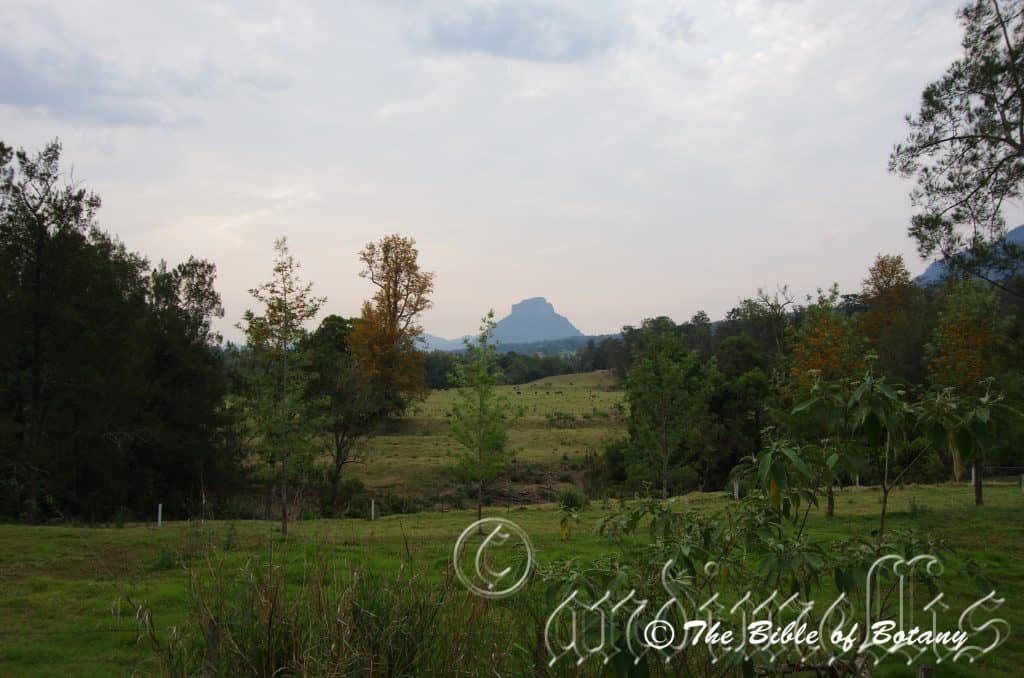
Running Creek NSW
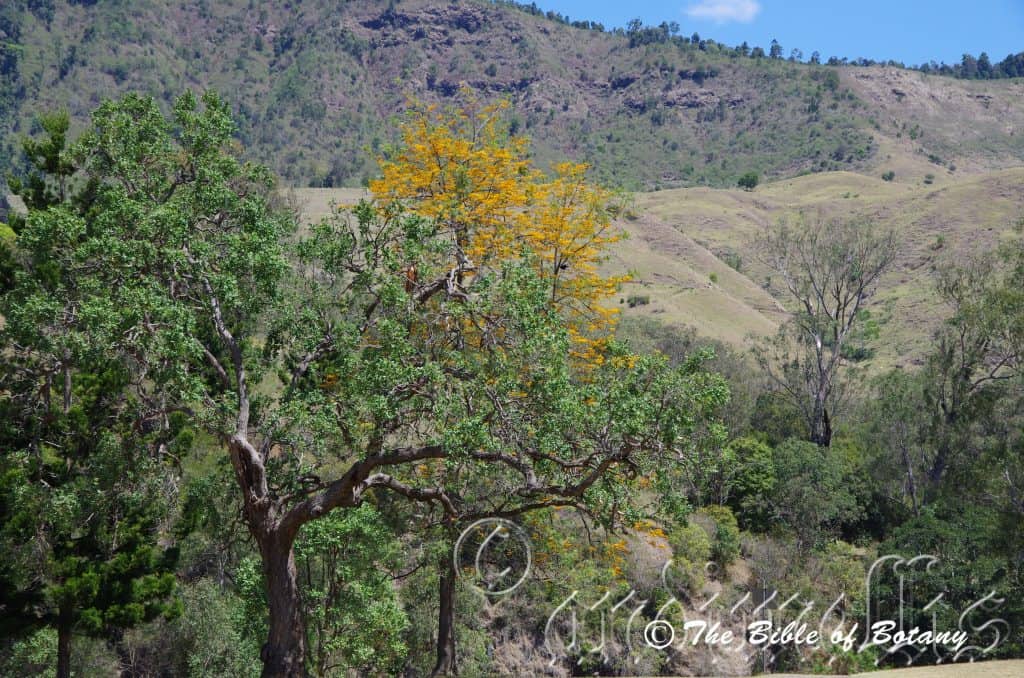
Running Creek NSW
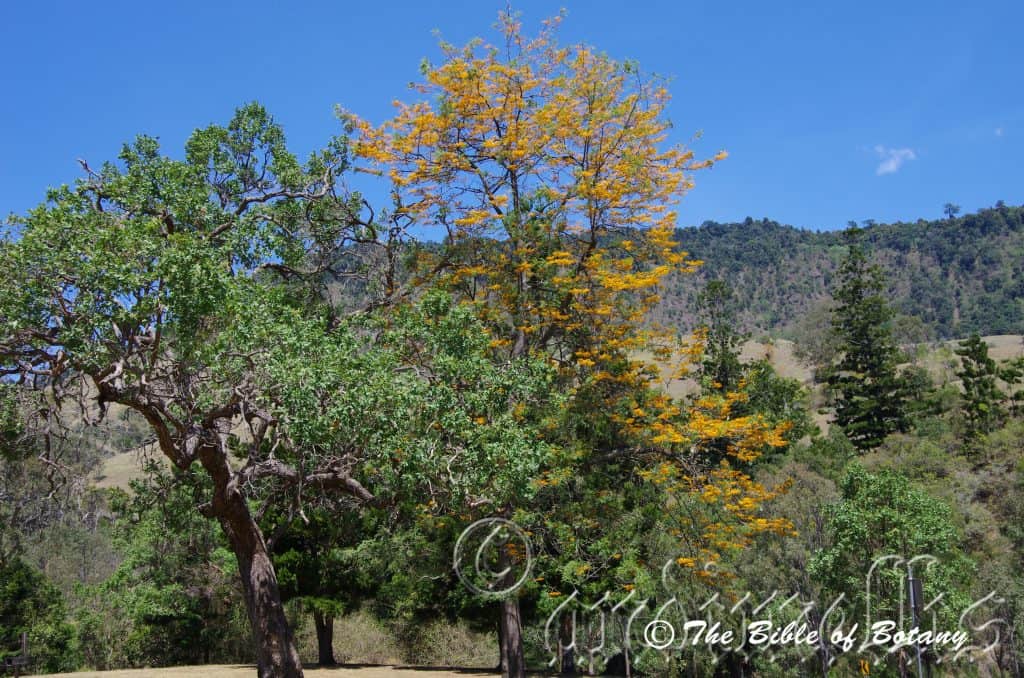
Running Creek NSW
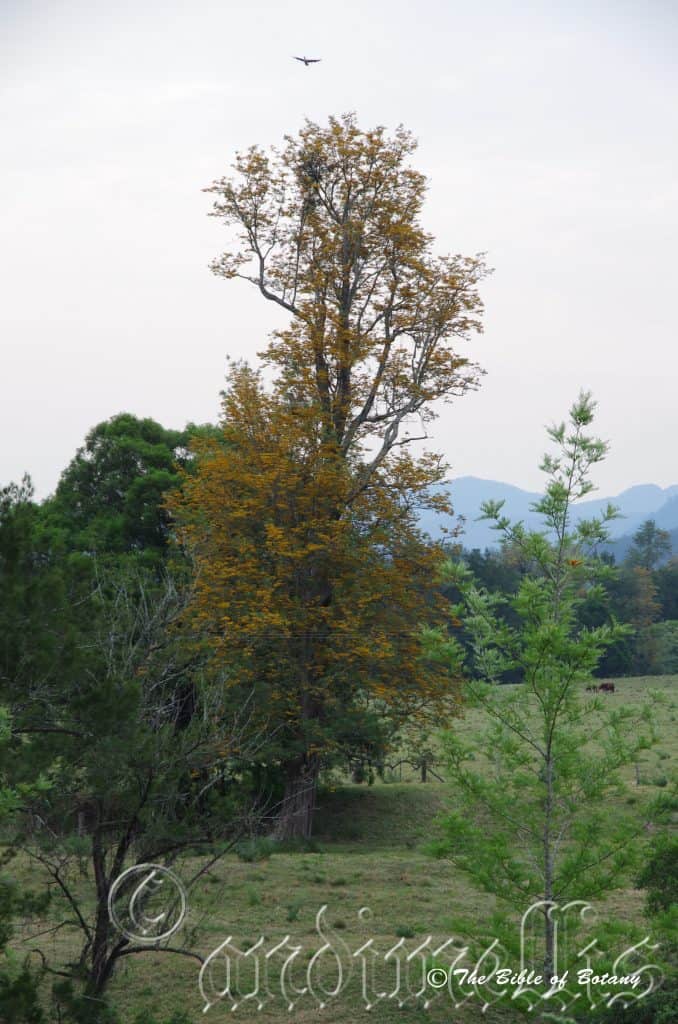
Running Creek NSW
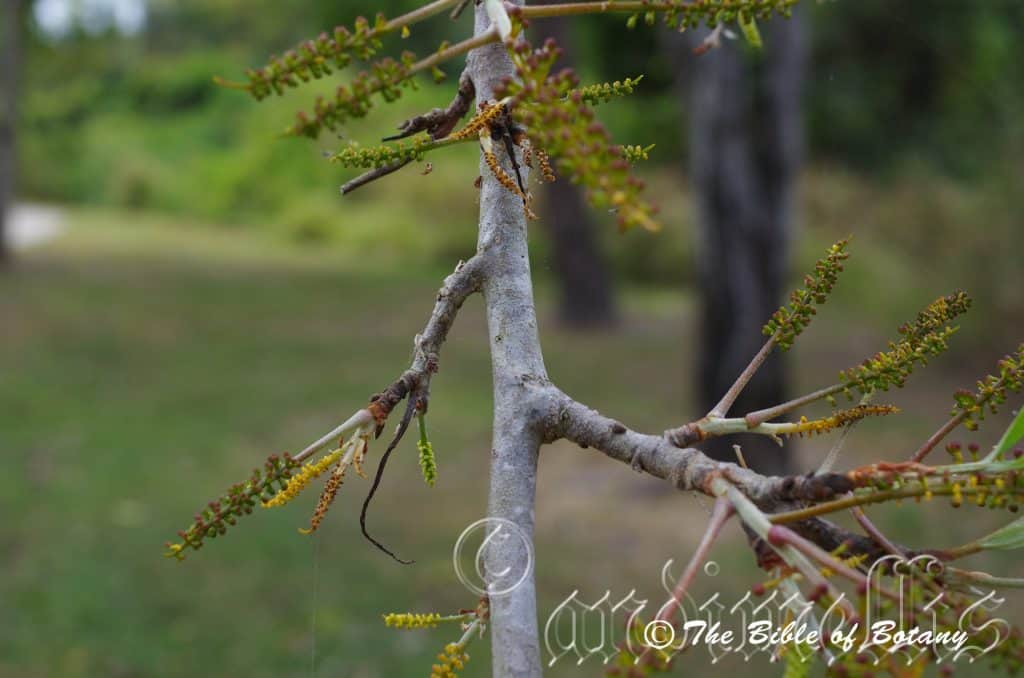
Kedron Brook Qld.
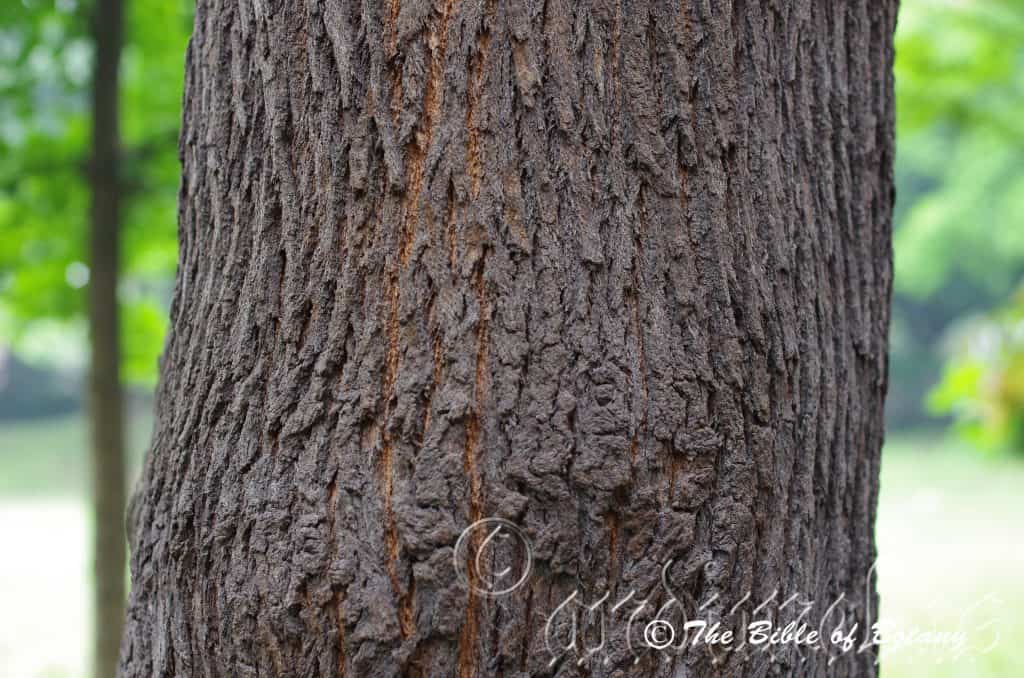
Sha Ping Ba China
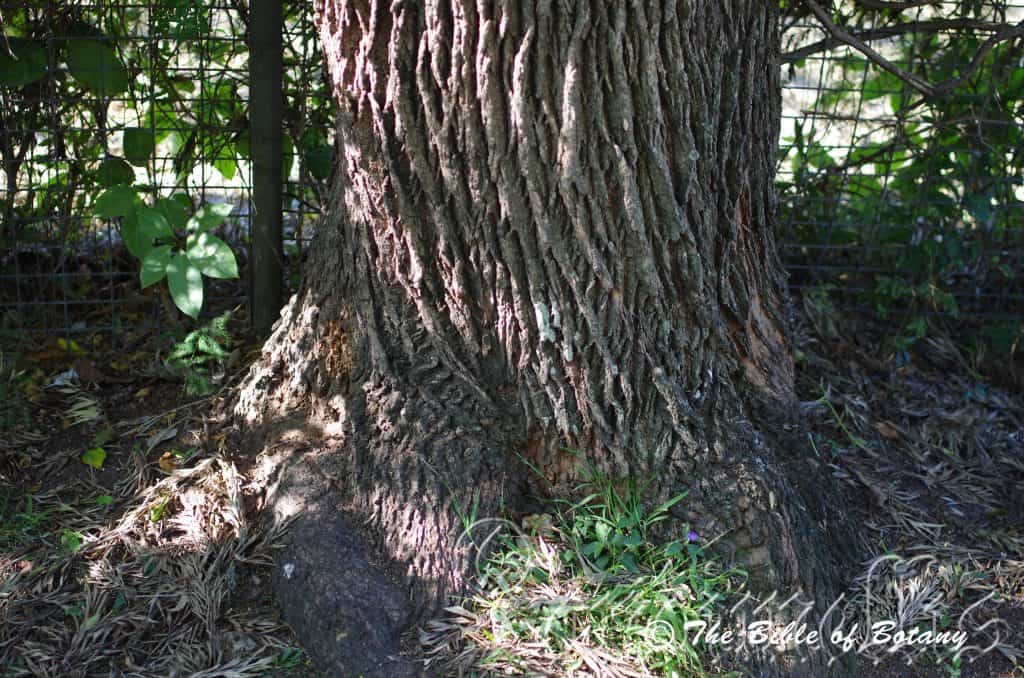
Norman Park Qld.
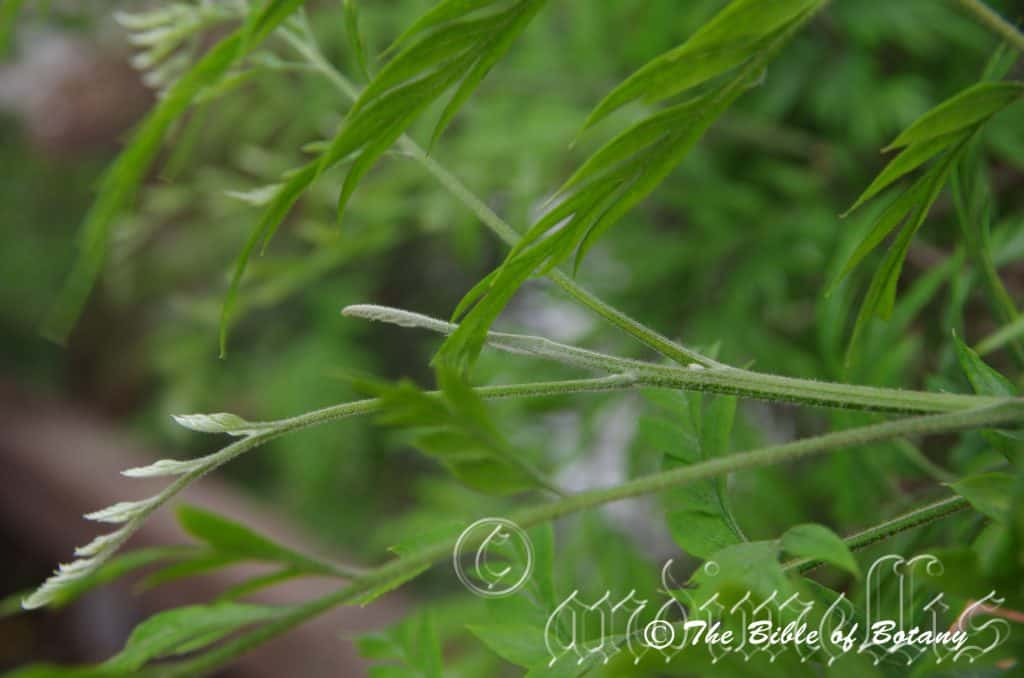
Sha Ping Ba China
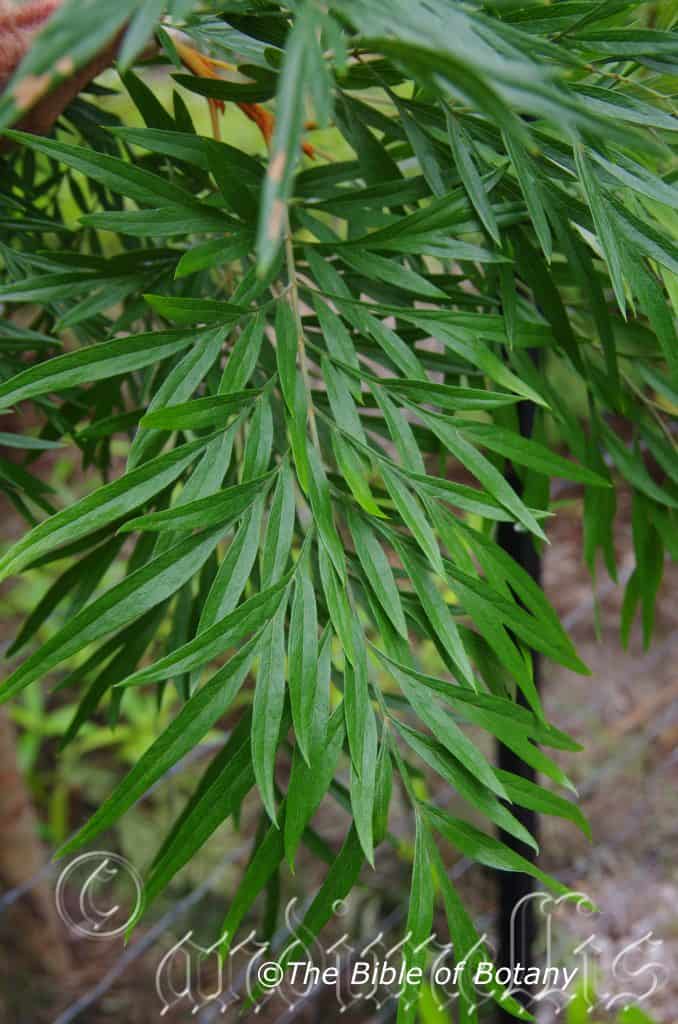
Author’s Garden The Pinnacles NSW
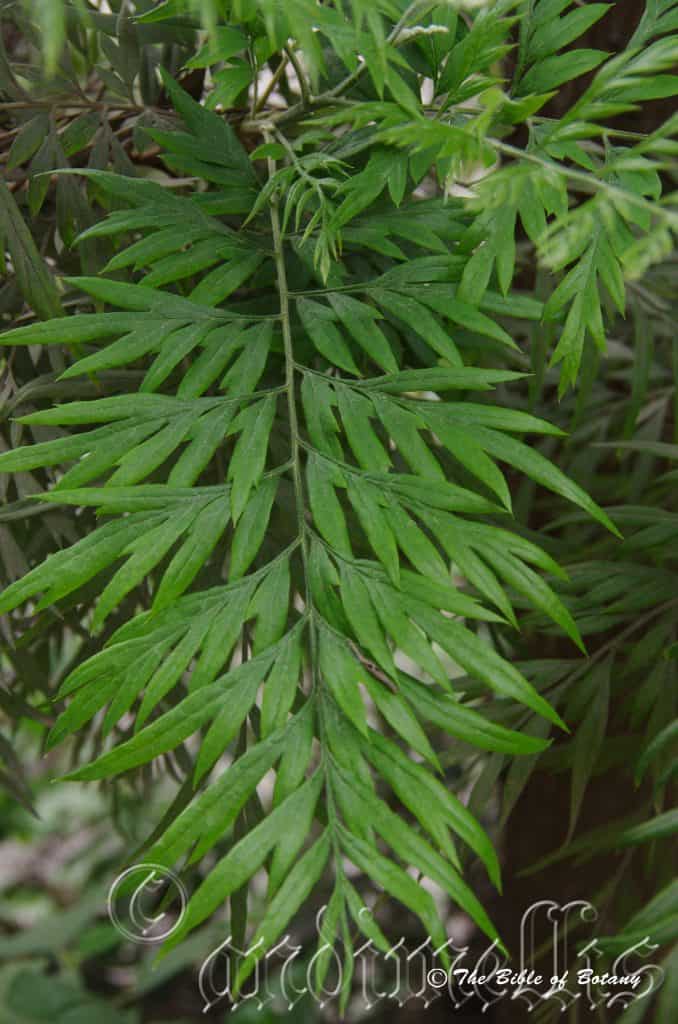
Sha Ping Ba China
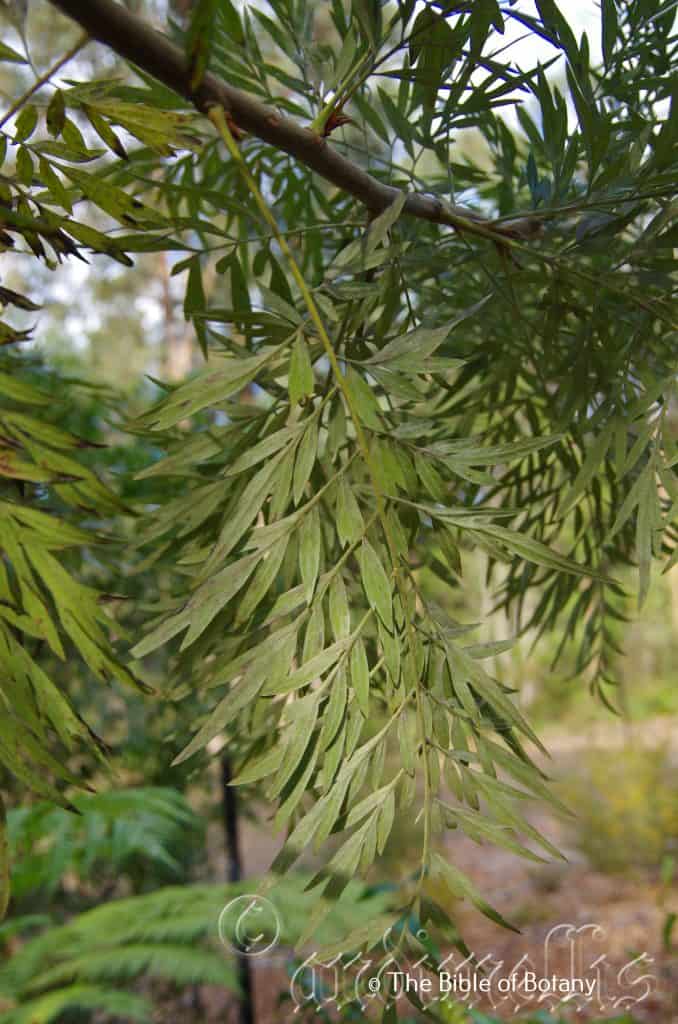
Author’s Garden The Pinnacles NSW
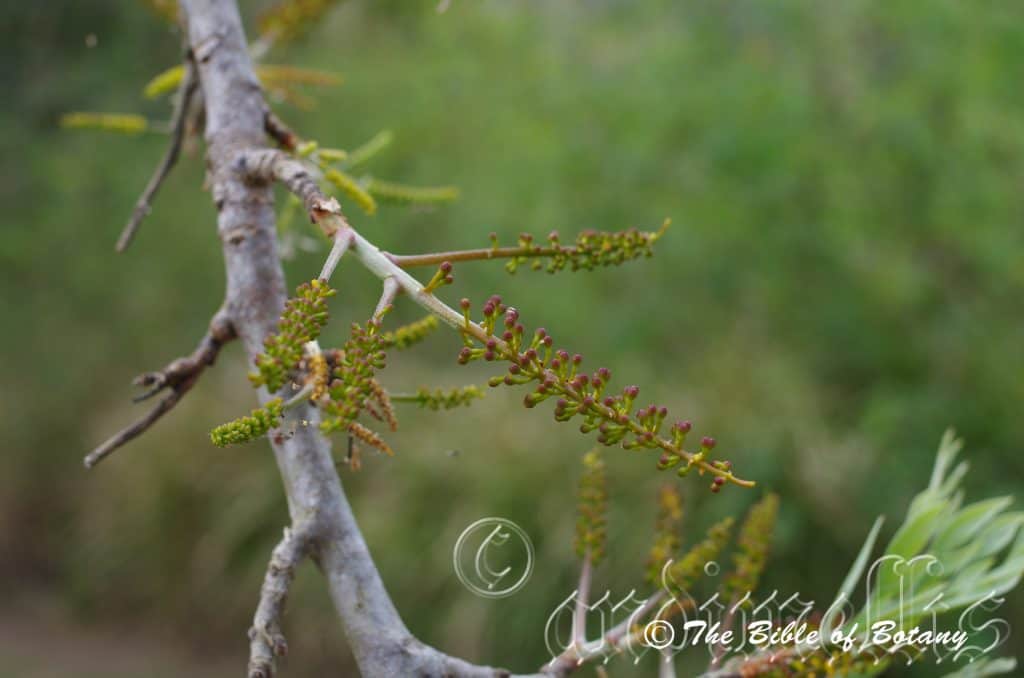
Kedron Brook Qld.
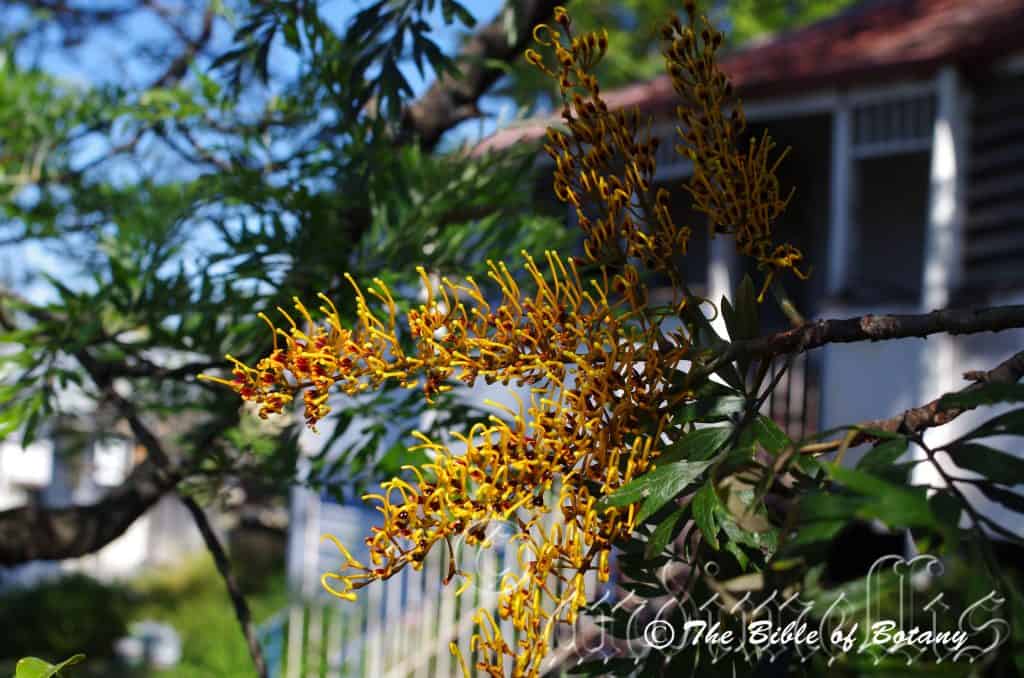
Norman Park Qld.
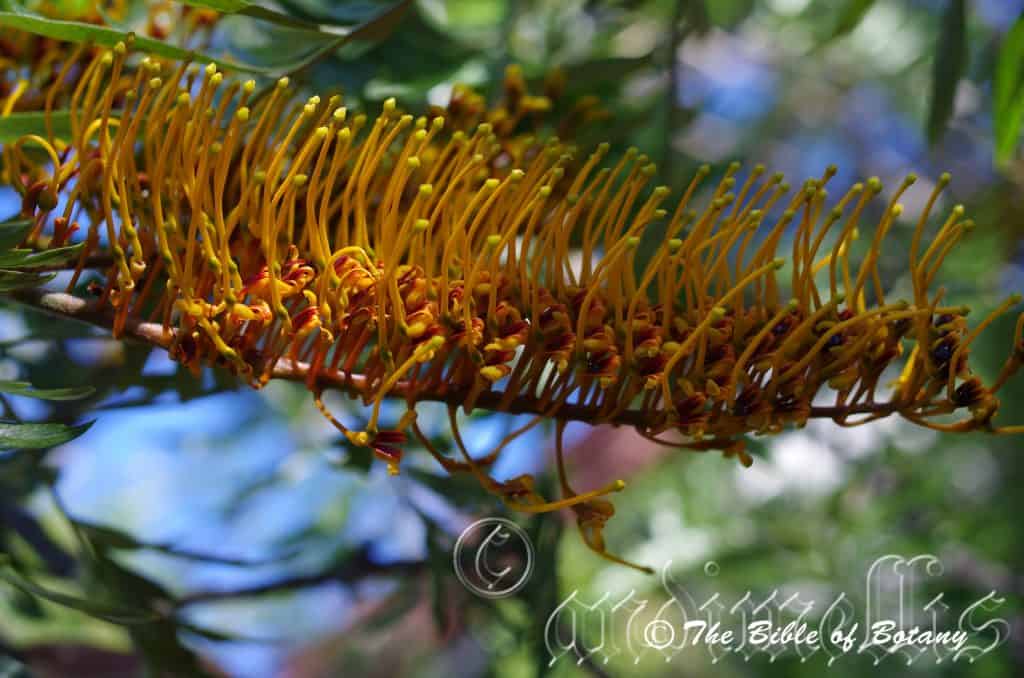
Norman Park Qld.
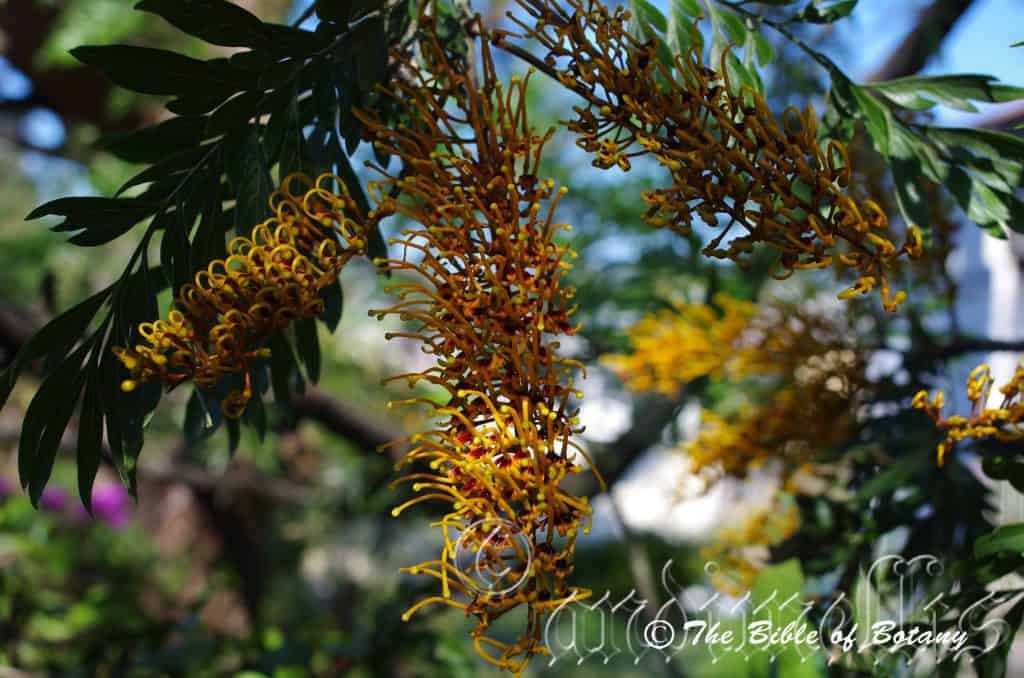
Norman Park Qld.
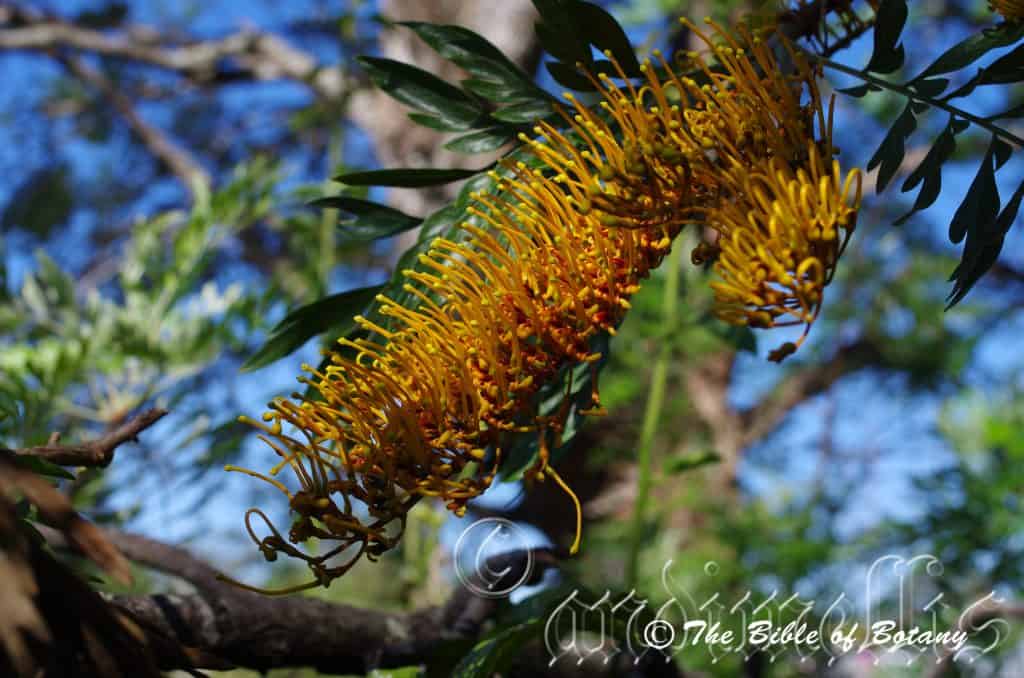
Norman Park Qld.
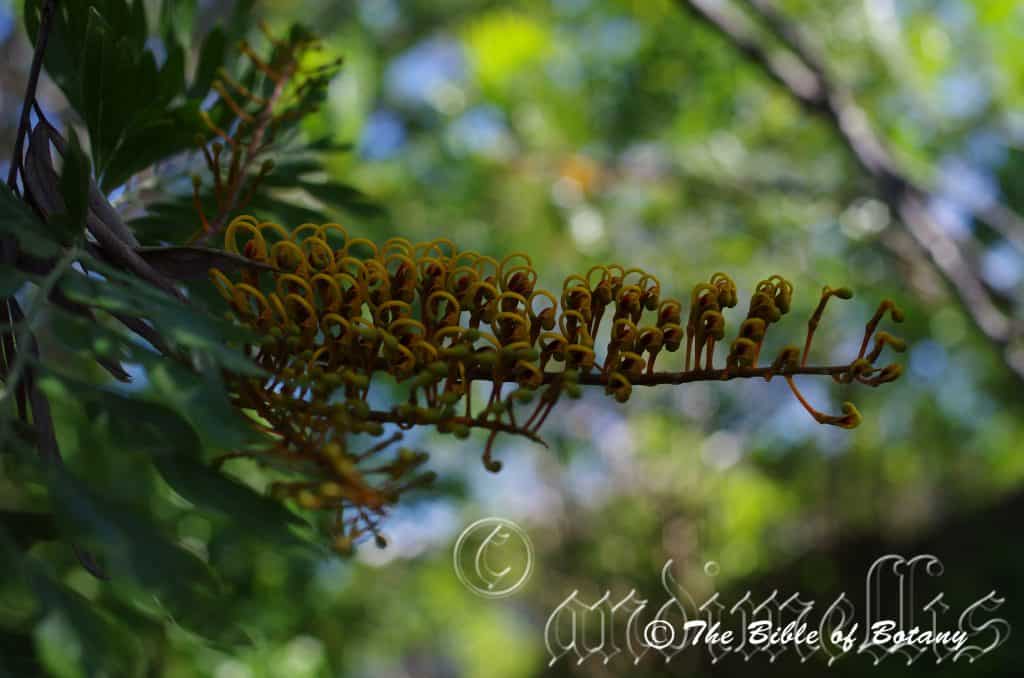
Norman Park Qld.
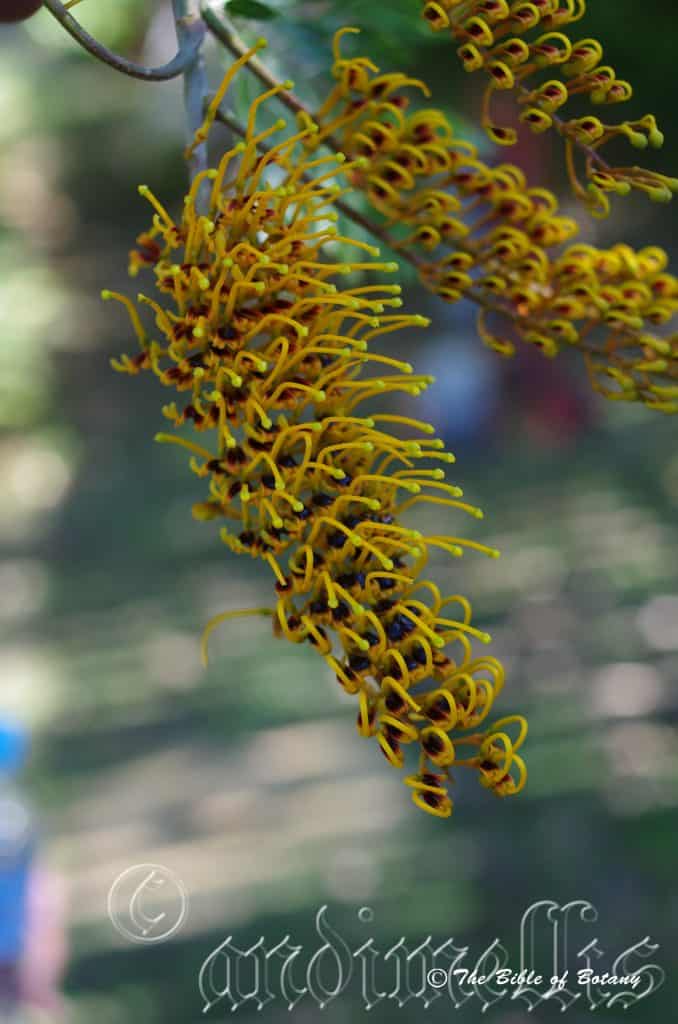
Norman Park Qld.
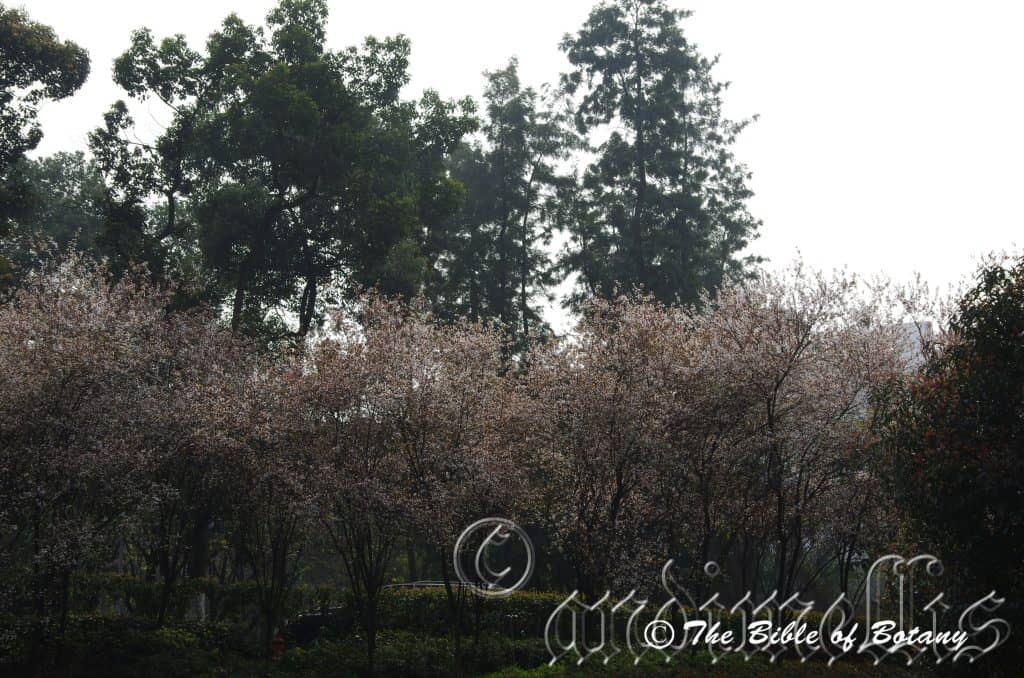
Sha Ping Ba China
Grevillea robusta
Classification:
Class: Magnoliopsida
Order: Proteales
Family: Proteaceae
Genus: Is named in honour of C. F. Greville; 1749-1809, who was a British expert botanist on Algae, a foundation member of the London Horticultural Society and a collector of rare plants.
Species: From Robustum, which is Latin for strong and hard as in Oak. It refers to timbers, trunks, branches or stems which are hard and strong.
Common Name: Silky Oak.
In the Gumbaynggirr Aboriginal language it is known as Wirrgilga.
Distribution:
Grevillea robusta is found south from Bunya Mountains and Bundaberg in south eastern Queensland to the lower Guy Fawkes River National Park west of Coffs Harbour New South Wales.
https://avh.ala.org.au/occurrences/search?taxa=Grevillea+robusta#tab_mapView
Habitat Aspect Climate:
Grevillea robusta prefers full sun to dappled shade and usually starts life as an understory plant in heavy shade. It usually grows adjacent to well-developed sub-tropical rainforests, wet Eucalyptus forests, gallery forests or riparian rainforests. The altitude ranges from 10 meters ASL to 850 meters ASL.
The temperatures range from 2 degrees in July to 34 degrees in January.
The rainfalls range from lows of 900mm to an average of 1600mm annually.
Soil Requirements:
Grevillea robusta prefers to grow on better quality sandy loams to medium clays. The soils are usually derived from decomposed brown basalts, black basalts and metamorphic rocks. The soils pH ranges from 5pH to 6. 5pH are preferred. It does not tolerate waterlogged soils however the soils are moisture retentive or are found where capillary action keeps the soil moist throughout the year. Non saline soils to moderately saline soils are tolerated.
Height & Spread:
Wild Plants: 12m to 40m x 5m to 12m.
Characteristics:
Grevillea robusta‘s bark is dark grey and shallowly to deeply furrowed on the lower trunk. The upper trunk and larger branches are branchlets are light grey and are often covered in lichens or other epiphytic plants while the branchlets are light grey and covered in white to pale grey pannate to pubescent hairs. The trunk is slightly flanged at the base on large trees.
Grevillea robusta‘s leaves are triangular, divided pinnae that measure 100mm to 340mm in length by 90mm to 150mm in width over all. The lamina divides into 11 to 31 pinnae with each segment being narrow elliptical to triangular or linear and measure 5mm to 50mm in length by 2mm to 10mm in width. The ultimate pinnae being narrow elliptical to triangular. The discolourous laminas are dull grey green and glabrous on the upper lamina while the lower lamina is paler and covered in white to pale grey pannate to pubescent hairs. The margins are entire on the lower side sometimes with a single small cleft near the apex while the upper side has 2 to 4 small clefts. The mid vein is prominent below and not visible at all from above. Leaves are sessile or nearly so.
The inflorescence of Grevillea robusta are erect, simple to 4 branched second which are born auxiliary or terminally. Flowers measure 120mm to 150mm in length. The perianths and styles are the most prominent part of the flower. The perianths are yellow-orange to bright orange externally with red to maroon markings internally. The individual perianths are glabrous and measure 7mm to 10mm in length by 3mm to 4mm in width. The perianth is glabrous externally and internally. The pedicles measure 8mm to 18mm in length.
The erect style is bright orange and glabrous. The pistils measure 21mm to 29mm in length. The erect, conical pollen presenter is yellow to pale orange. The ovary is glabrous. Peak flowering occurs from September to November though some flowers may still be appearing in December.
Grevillea robusta‘s fruit are compressed, ellipsoidal to ovoidal follicles. The follicles are produced singularly radiating out from the central rachis. It is glabrous and measure 12mm to 16mm in length by 9mm to 12mm in width. The style is persistent on the follicles which contain two grey flat seeds. The winged seeds are oblong with a tapering apex and measure 7mm to 11mm by 4mm to 7mm including the 2mm wing.
Wildlife:
The proliferation of large nectar filled flowers is a great attraction to all honeyeaters from small Silver Eyes, Zosterops lateralis Brown Honeyeater, Lichenostomus chrysops Yellow honeyeater Lichmera indistincta Eastern Spinebill, Acanthorhynchus tenuirostris through to the large and aggressive honeyeaters like the blue face honeyeater, Entomyzon cyanotis Red cheeked Wattle birparadoxa and lorikeets, Trichoglossus moluccanus. Many insectivorous birds are attracted to the flowers as well as it is a magnet for nectar and pollen eating insects.
Cultivation:
Grevillea robusta is a very beautiful large Grevillea which is widely grown as a park tree, on nature strips and larger gardens. Garden subjects grow very quickly to 10 meters to 12 meters where they slow down dramatically. Eventually they will reach 20 meters to 25 meters in height by 7 meters to 10 meters in diameter when grown in the open. Flowering commences from year seven in some species while other trees may not flower until it is 11 years of age. In formal gardens they break up the foliage of English type gardens, standing erect as a central feature, without being overpowering.
In Native gardens it can be used for bird attraction or as a rainforest starter tree because of their fast growth. Once established it is drought tolerant though leaf drop is more prolific during harsh times.
The trees are excellent for hosting epiphytes like stags, elk horns or Pyrrosia ferns and many epiphytic orchids.
It has been used successfully in bonsai collections and makes a very good indoor and veranda plants in their early stages before being planted out in the garden.
Planted in rows at 6 meters by 6 meters it can be grown as a forest furniture timber on broad acerage. Here it does best with copious quantities of mulch and organic fertilizers. Synthetic fertilizers can lead to trees becoming top heavy and susceptible to being blown over or twisted in strong winds destroying the grain and quality.
Furniture or cabnet timber will bring in premium prices in the future. I personally recommend growing a mixture of timbers rather than monocultures which are now starting to display variable problems where monoculture production has taken place over several generations. Other suitable trees would be Castanospermum australe, Flindersia australis, Cerapetalum apetalum, Elaeocarpus grandis and Dysoxylum fraserianum.
Propagation:
Seeds: Sow Grevillea robusta seeds directly into a seed raising mix. When the seedlings are 25mm to 50mm tall, prick them out and plant them into 50mm native tubes using a good organic mix.
Once the seedlings reach 150mm to 200mm in height plant them out into their permanent position. For mass plantings plant them at 8 meter to 15 meters depending on whether a rainforest is required or a park scene is wanted.
Fertilize using seaweed, fish emulsion or organic chicken pellets soaked in water on an alternate basis. Fertilize every two months until the plants are established then twice annually in early September or March to maintain health, vitality and better flowering. Avoid synthetic fertilizers as they will most likely contain calcium and phosphorus which are toxic to most Proteaceae.
Further Comments from Readers:
Hi reader, it seems you use The Bible of Botany a lot. That’s great as we have great pleasure in bringing it to you! It’s a little awkward for us to ask, but our first aim is to purchase land approximately 1,600 hectares to link several parcels of N.P. into one at The Pinnacles NSW Australia, but we need your help. We’re not salespeople. We’re amateur botanists who have dedicated over 30 years to saving the environment in a practical way. We depend on donations to reach our goal. If you donate just $5, the price of your coffee this Sunday, We can help to keep the planet alive in a real way and continue to bring you regular updates and features on Australian plants all in one Botanical Bible. Any support is greatly appreciated. Thank you.
In the spirit of reconciliation we acknowledge the Bundjalung, Gumbaynggirr and Yaegl and all aboriginal nations throughout Australia and their connections to land, sea and community. We pay our respect to their Elders past, present and future for the pleasures we have gained.
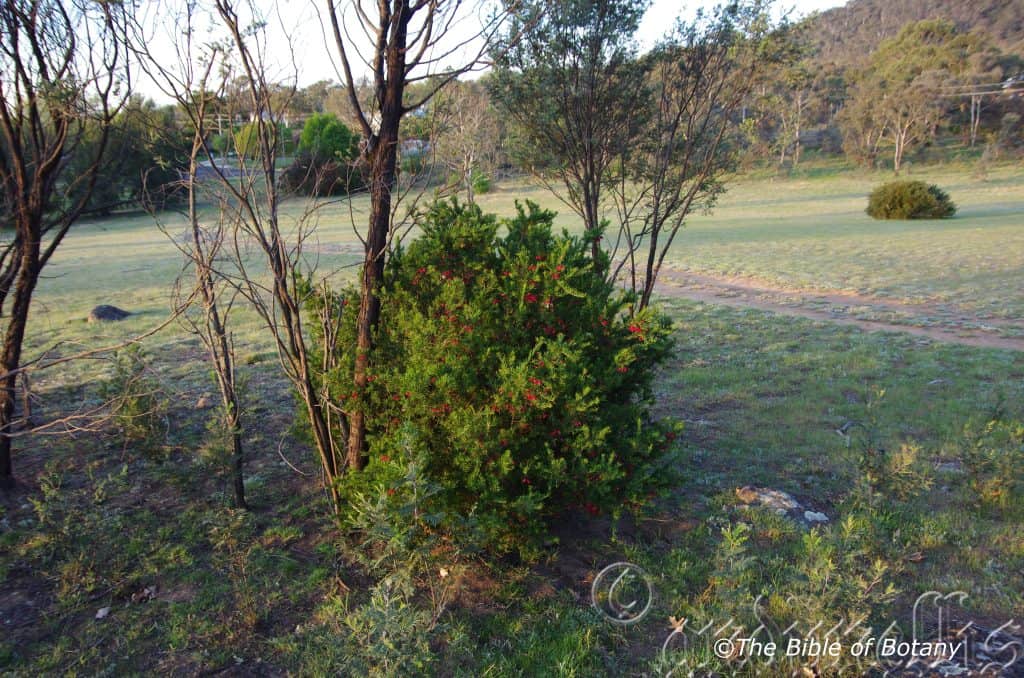
Reid ACT
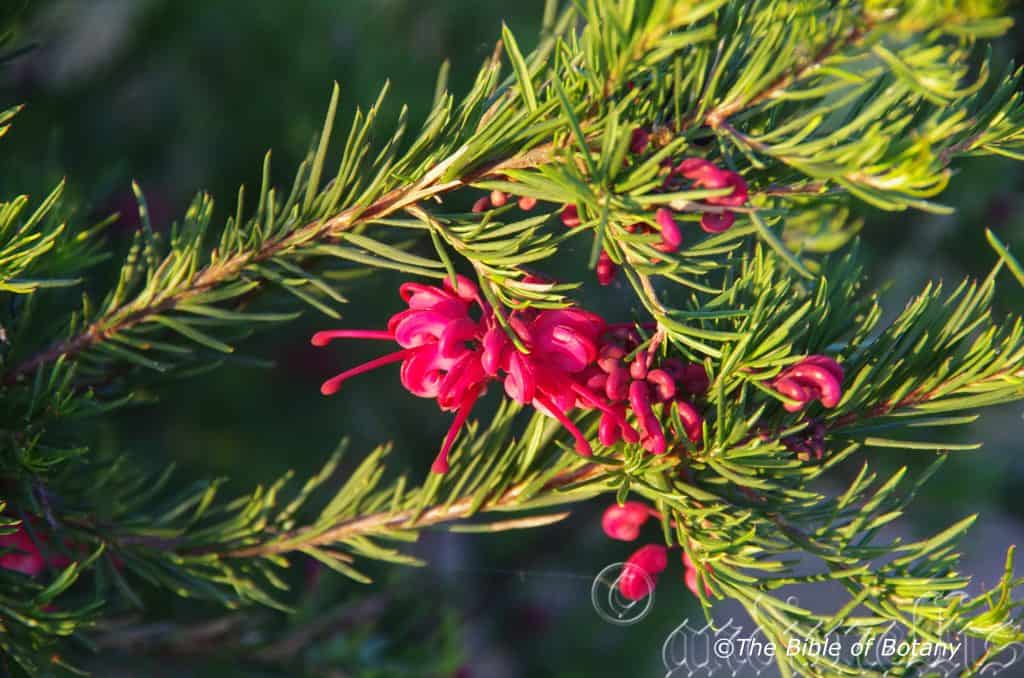
Reid ACT
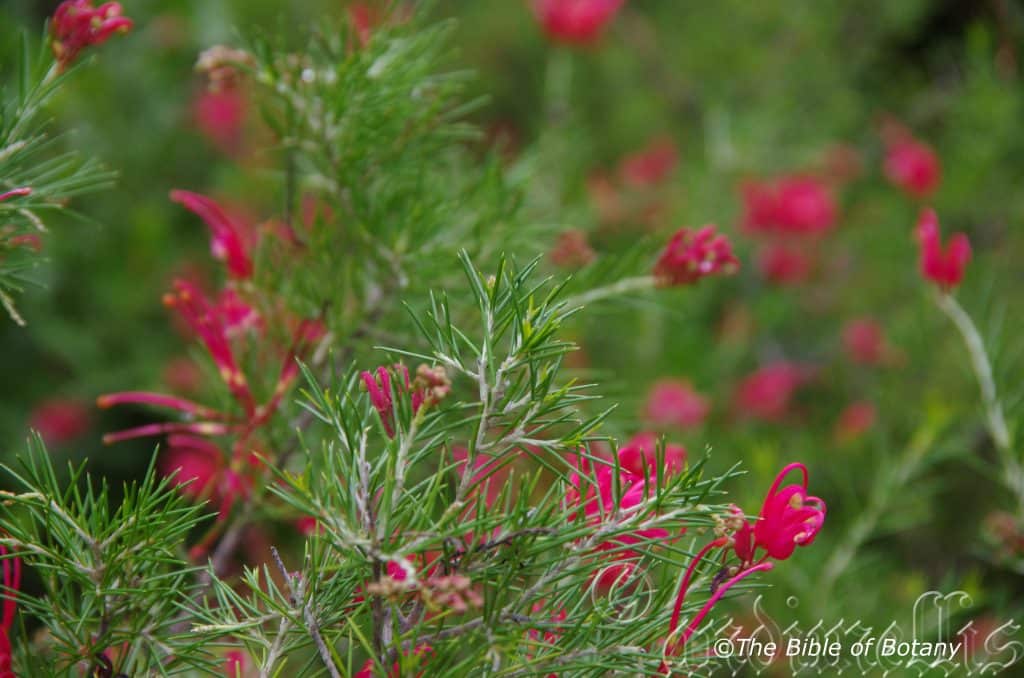
National Botanic Gardens ACT
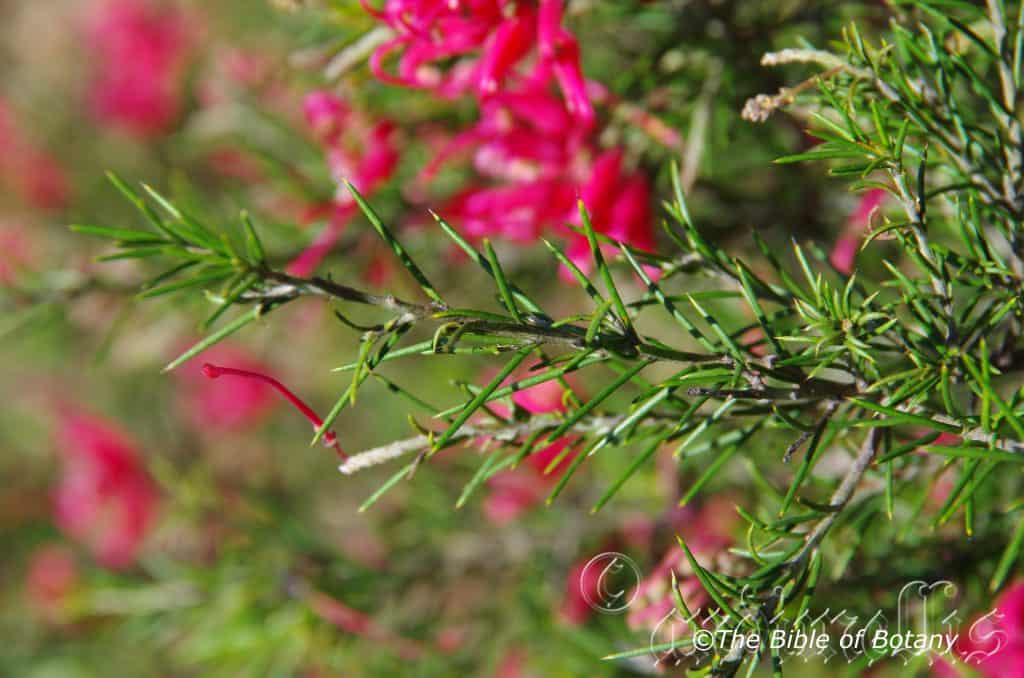
Reid ACT
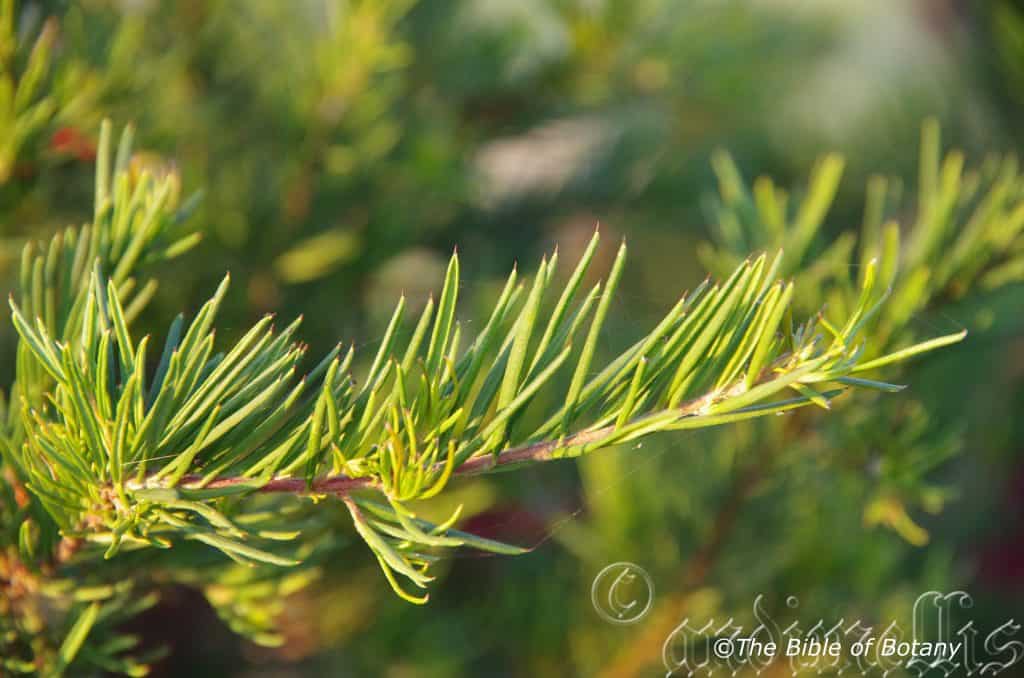
Rosser Gardens Benowa Qld.
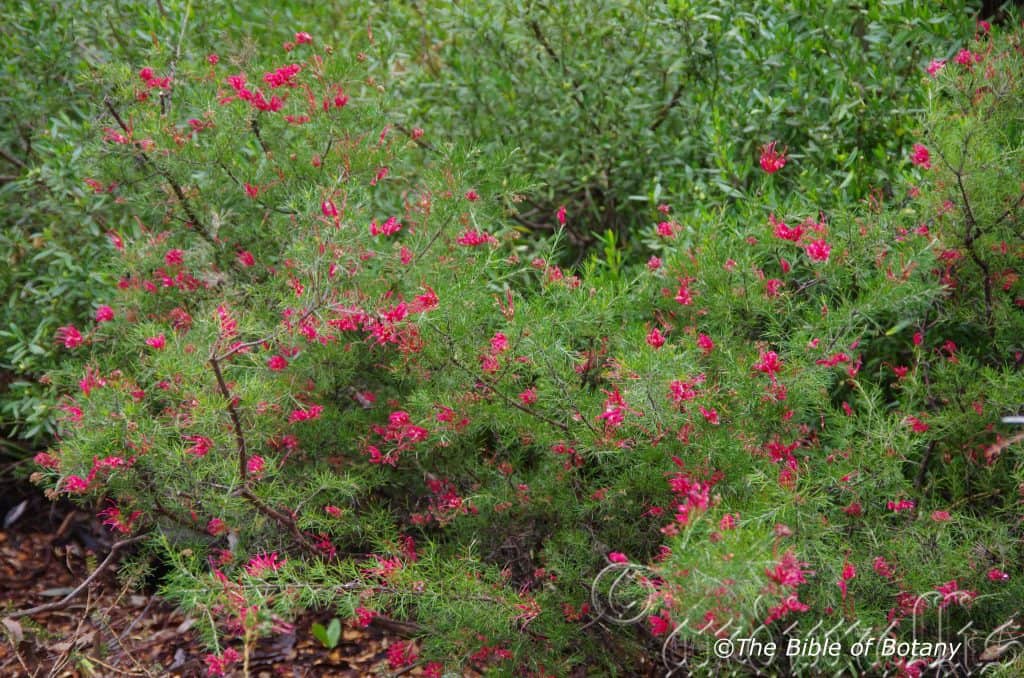
National Botanic Gardens ACT
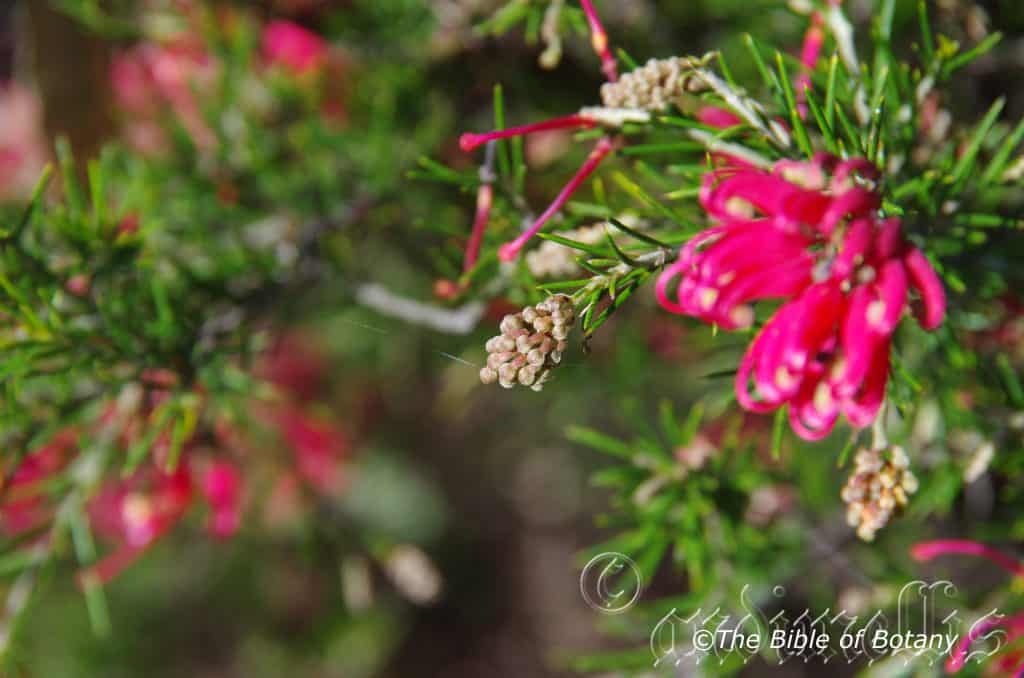
Reid ACT
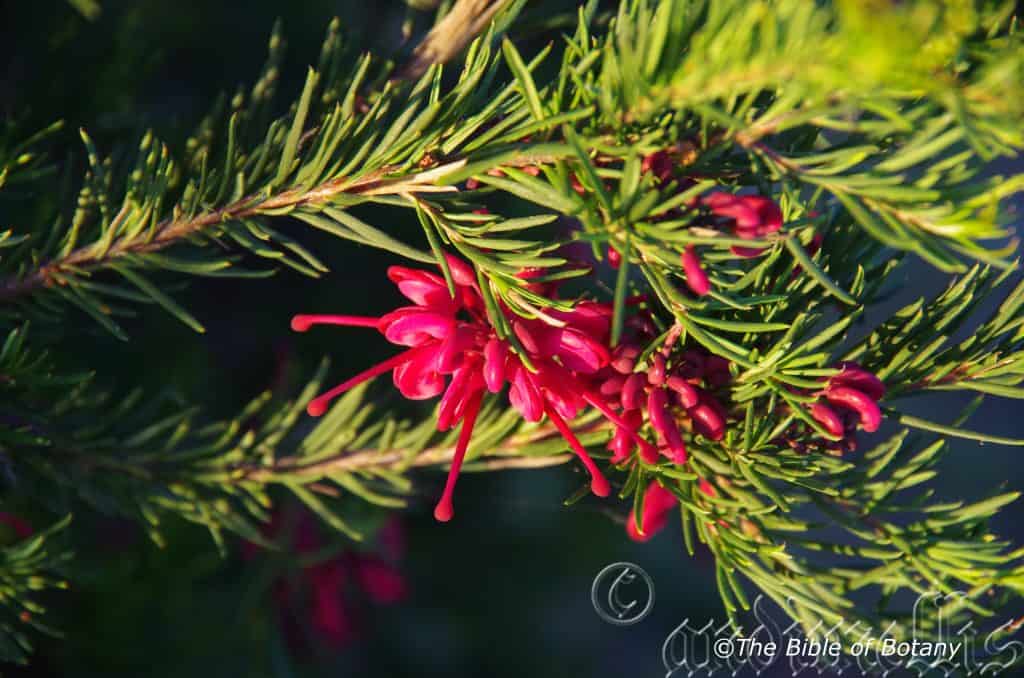
Rosser Gardens Benowa Qld.
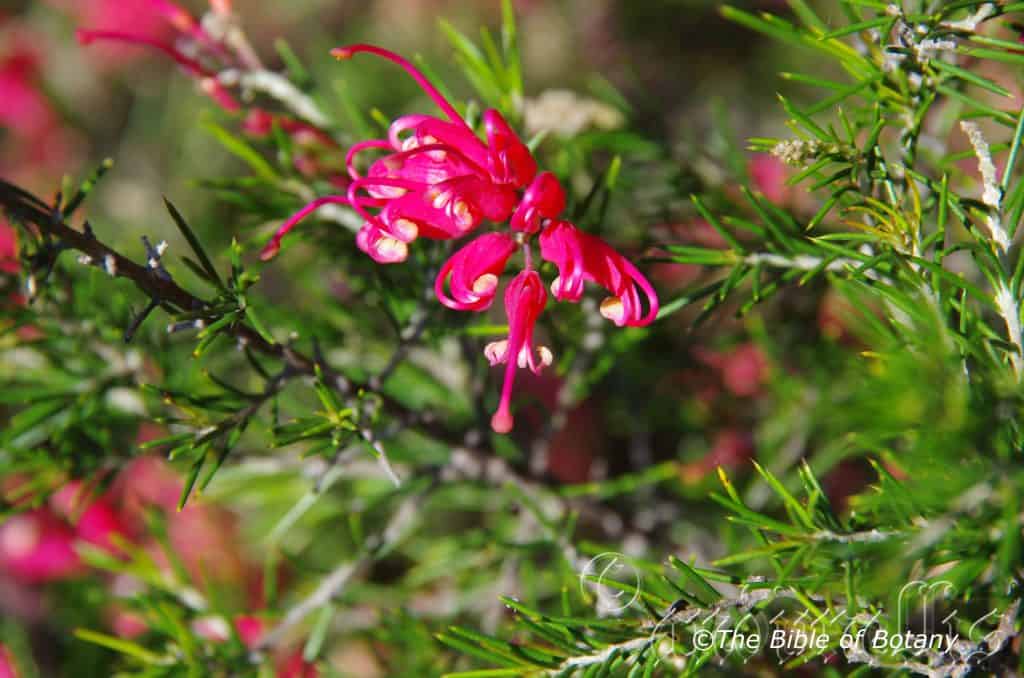
Rosser Gardens Benowa Qld.
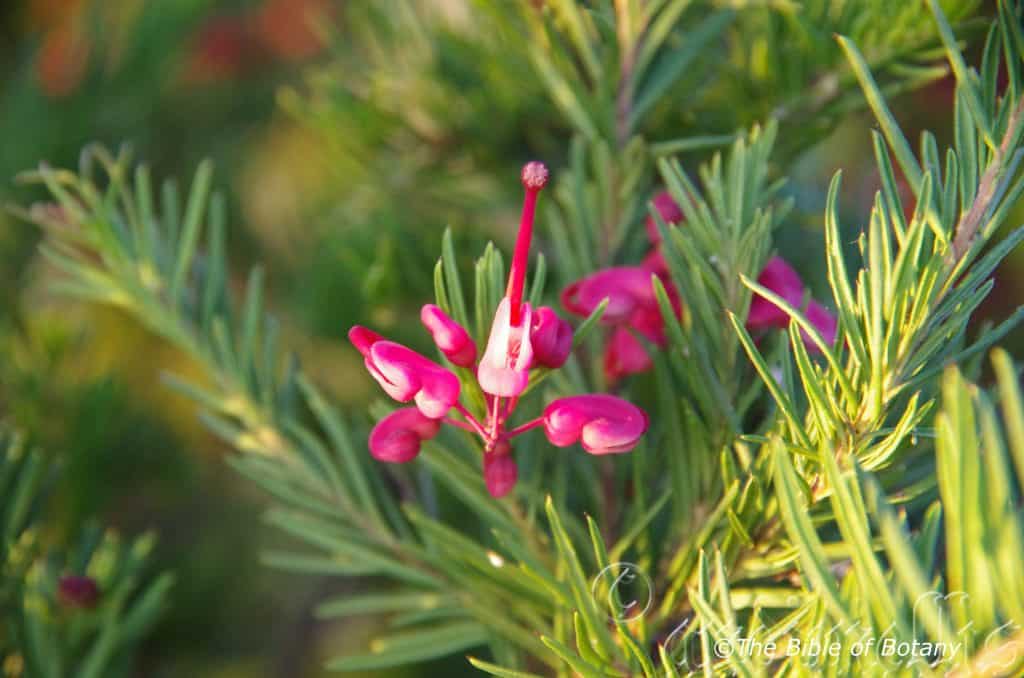
Reid ACT
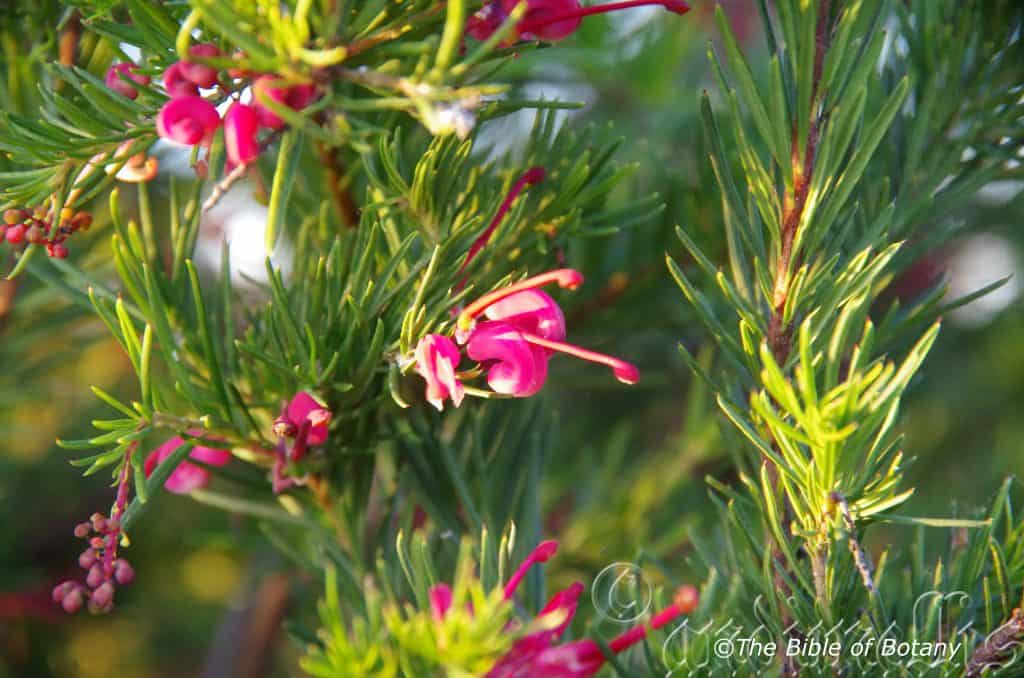
Reid ACT
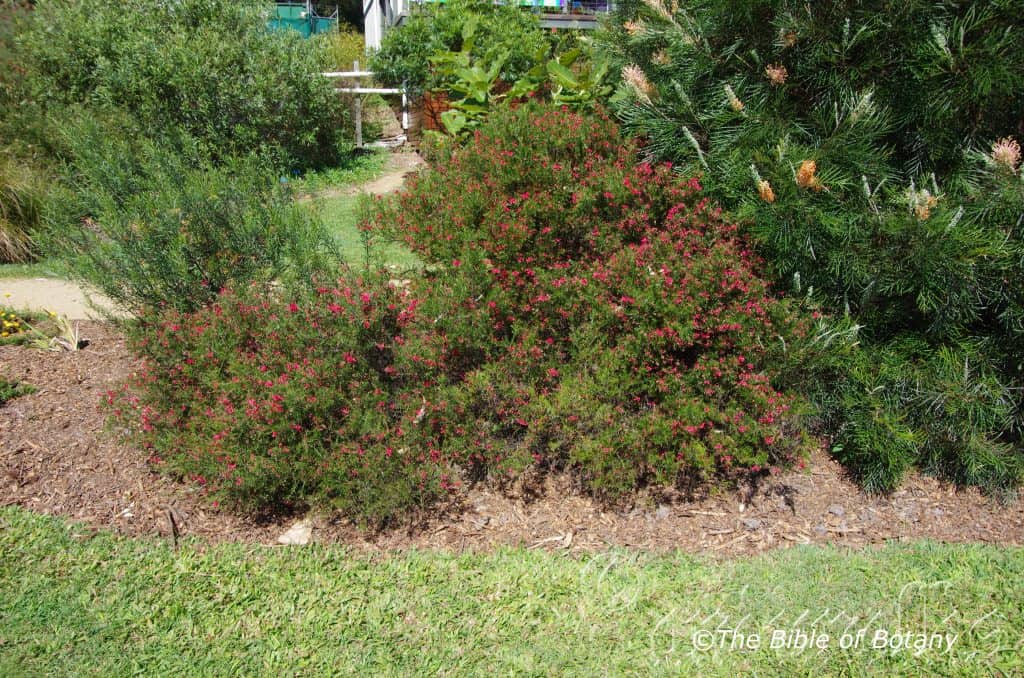
Rosser Gardens Benowa Qld.
Grevillea rosmarinifolia
Classification:
Class: Magnoliopsida
Order: Proteales
Family: Proteaceae
Genus: Is named in honour of C. F. Greville; 1749-1809, who was a British expert botanist on Algae, a foundation member of the London Horticultural Society and a collector of rare plants.
Species: From Roscida, which is Latin for to have a dewy or wet appearance, Marinus, which Latin for the sea and Folium, which is Latin for foliage. It refers to shrubs or leaves, which resembles the Mediterranean Rosemary bush which grew by the sea and was known as the dew of the sea.
Sub Species: Grevillea rosmarinifolia subsp. glabella. From Glabrum, which is Latin for glabrous or smooth. It refers to structures or organs, which are hairless and very smooth.
Sub Species: Grevillea rosmarinifolia subsp. rosmarinifolia. From Roscida, which is Latin for to have a dewy or wet appearance, Marinus, which Latin for the sea and Folium, which is Latin for foliage. It refers to shrubs or leaves, which resembles the Mediterranean Rosemary bush which grew by the sea and was known as the dew of the sea.
Common Name:
Distribution:
Grevillea rosmarinifolia subsp. glabella is found two distinct, disjunct populations east of a line, south from the Macquarie River to Anakie central eastern New South Wales and in southern Victoria, south west to Mount Gambier in south eastern South Australia.
Grevillea rosmarinifolia subsp. rosmarinifolia is found in scattered populations south from near Tamworth in central Eastern New South Wales to east of Melbourne with an isolated population near Yarriambiack in Victoria and on the Fleurieu Peninsula around the Adelaide Hills.
https://avh.ala.org.au/occurrences/search?taxa=Grevillea+rosmarinifolia#tab_mapView
Habitat Aspect Climate:
Grevillea rosmarinifolia prefers full sun. It grows below medium size trees, low trees, or in low dry scrub lands to the edges of streams and creeks. The altitude ranges from 5 meters ASL to 860 meters ASL.
The temperatures range from minus 4 degrees in July to 32 degrees in January.
The rainfalls range from lows of 250mm to an average of 1100mm annually.
Soil Requirements:
Grevillea rosmarinifolia prefers to grow on rocky or stony soils which are mainly of sandy loams to light clays. The soils are usually derived from decomposed sandstones, granites or alluvial deposits. The soils pH ranges from 4. 5pH to 6. 5pH are preferred. It does not tolerate waterlogged soils. Non saline soils to moderately saline soils are tolerated.
Height & Spread:
Wild Plants:
Grevillea rosmarinifolia subsp. rosmarinifolia 0.3m to 2m by 1m to 2m.
Grevillea rosmarinifolia subsp. glabella 0.8m to 2m by 1m to 2.5m.
Characteristics:
Grevillea rosmarinifolia bark is a reddish brown to dark brown, glabrous and semi glossy or grey. The branchlets are glabrous and a pale grey-green to deep green near the apex.
Grevillea rosmarinifolia subsp. rosmarinifolia‘s linear, narrow elliptical to oblong leaves are not ascending. They measure 8mm to 40mm in length by 0. 5mm to 3mm in width. The base is sessile while the apex is narrowly acute and pungent on most varieties. The margin is entire and strongly revolute. The concolourous laminas are deep glossy green on the upper lamina while the lower lamina is covered in white pannate to pulverulent hairs.
Grevillea rosmarinifolia subsp. glabella‘s leaves are strongly ascending and clustered on short lateral branchlets. It is linear, terete and quite pungent. They measure 8mm to 15mm in length by 0. 7mm to 8mm in width. The base is sessile while the apex is narrowly acute. The margin is entire and strongly revolute covering the prominent lower mid vein. The concolourous laminas are deep glossy green on the upper lamina while the lower lamina is glabrous or very rarely sparsely covered in short white pannate to pulverulent hairs.
The inflorescence of Grevillea rosmarinifolia subsp. rosmarinifolia are simple to 4 branched and are born terminally or on short lateral terminals. The flowers measure 35mm to 50mm in diameter. The perianth is the most prominent part of the flower and is red to pink turning cream to pale yellow towards the limbs. The perianths are 6mm to 8mm in length by 5mm to 6mm in width. The perianth is glabrous or at times glaucous externally and is sparsely covered in white hirtellous hairs internally. The pedicels measure 4. 1mm to 5. 6mm in length.
The style is red or the same colour as the perianth. The style is glabrous or very sparsely covered in white hirsute hairs. The pistils measure 15mm to 22mm in length. The ovary is sessile or on a short pedicel less than 1mm in length. It is covered in white villous hairs at the base and are glabrous or covered in hirtellous hairs for the remainder. The pollen presenter is deep pink to red. The peak flowering period is from August to early December though some flowers may appear throughout the year.
The inflorescence of Grevillea rosmarinifolia subsp. glabella are simple racemes born singly, terminally or on short lateral terminal shoots. The perianths are dichromatic in colour varying from cream, pale pink to deep pink or red.
Grevillea rosmarinifolia fruits are ovoidal to ellipsoidal follicles. The follicles are produced singularly radiating out from the central rachis. It is glabrous with faint longitudinal ridges and measure 8mm to 11mm in length. The style is persistent on the follicles. There are 2 seeds silvery-grey flat, winged seeds.
Wildlife:
The dense foliage and proliferation of small flowers is a great attraction and safe haven for smaller honeyeaters like the Silver Eyes Zosterops lateralis, Brown Honeyeater Lichenostomus chrysops, Yellow honeyeater Lichmera indistincta, Red headed honeyeater Myzomela erythrocephala and the eastern Spinebill, Acanthorhynchus tenuirostris.
Cultivation:
Grevillea rosmarinifolia is a very beautiful small Grevillea which should be more widely grown. It suits small to large gardens. There are now several cultivars around to select from which will suit every sunny position in the garden. The smaller varieties are particularly good along fence lines adding colour particularly in the winter months when the pool and surrounds are not all that attractive. In formal gardens they break up the foliage of English type gardens without being overpowering.
In Native gardens they can be used for bird attraction, borders or placed in a position to force a change of direction. A bend in a path can break up straight lines. Place smaller cultivars at the end of the path with taller forms in the mid ground. Most red flowering Grevillea and this one is no exception look great when mixed with small Acacias. Try a group of Grevillea rosmarinifolia surrounded by a prostrate Acacia for something different and strong. Do not try this in reverse as the smaller flowers of the Grevillea rosmarinifolia will be lost with the over powering brilliance of the taller flowering Acacias.
Propagation:
Seeds: Sow Grevillea rosmarinifolia seeds directly into a seed raising mix. When the seedlings are 25mm to 50mm tall, prick them out and plant them into 50mm native tubes using a good organic mix. It can also be placed in cold water for 24 hours prior to soaking. This can be more effective if the seeds are first placed in a calico bag and put through several washes in the washing machine if you are using cold water.
Once the seedlings reach 150mm to 200mm in height, nip the tips out before planting them out into their permanent position. For mass plantings plant them at 2 meters to 4 meter centers on whether a hedge, a feature shrub or a bush scene is required.
Cuttings:
Use 30mm to 40mm long half ripened material when growing from cuttings from the present season’s growth. Use cuttings that have ripened shortly after the new growth has hardened in mid-autumn or early spring. Remove half the leaves from the bottom section being careful not to tear the bark.
1 Prepare the cutting mix by adding one third sharp clean river sand, one third peat and one third perlite. These ingredients are sterilize,
2 Select good material from non diseased plants,
3 Select semi green stems for cuttings. Look for a stem with two or three nodes,
4 Place the cutting on a flat, hard surface, and make a clean cut down one side of the cutting at the base for 10mm with a sharp sterile knife or razor blade. – This scarification of the node will increase the chances of roots emerging from this spot. Now remove all but one or two the leaves, leaving the apex leaves in tact. If the leaves are very large in proportion to the stem, cut off the apical halves.
5 Fill a saucer with water, and place a little medium strength rooting hormone into another container like a milk bottle top. Dip the node end of the cutting into the water and then into the rooting hormone. Tap off any excess hormone,
6 Use a small dipple stick or old pencil to poke a hole into the soilless potting mix. Ensure the hole is slightly larger than the stem diameter and be careful not to wipe the rooting hormone off the cuttings base, place the cuttings in a pattern ensuring the cuttings are not touching each other,
7 I like to place the pots in Plastic bags to help maintain temperature and moisture. Place in a semi shaded place like under 50mm shade cloth. – Place the trays under 30mm shade and keep the trays warm.
8 When the cuttings have struck, open the bag to allow air circulation for a few days to a week,
9 Once hardened off remove the cuttings from the bag and allow to further hardening for a few more days,
10 Transplant into a good potting mix to grow on.
Fertilize using seaweed, fish emulsion or organic chicken pellets soaked in water on an alternate basis. Fertilize every two months until the plants are established then twice annually in early September or March to maintain health, vitality and better flowering. Avoid synthetic fertilizers as they will most likely contain calcium and phosphorus at levels, which are toxic to most Proteaceae.
Further Comments from Readers:
Hi reader, it seems you use The Bible of Botany a lot. That’s great as we have great pleasure in bringing it to you! It’s a little awkward for us to ask, but our first aim is to purchase land approximately 1,600 hectares to link several parcels of N.P. into one at The Pinnacles NSW Australia, but we need your help. We’re not salespeople. We’re amateur botanists who have dedicated over 30 years to saving the environment in a practical way. We depend on donations to reach our goal. If you donate just $5, the price of your coffee this Sunday, We can help to keep the planet alive in a real way and continue to bring you regular updates and features on Australian plants all in one Botanical Bible. Any support is greatly appreciated. Thank you.
In the spirit of reconciliation we acknowledge the Bundjalung, Gumbaynggirr and Yaegl and all aboriginal nations throughout Australia and their connections to land, sea and community. We pay our respect to their Elders past, present and future for the pleasures we have gained.
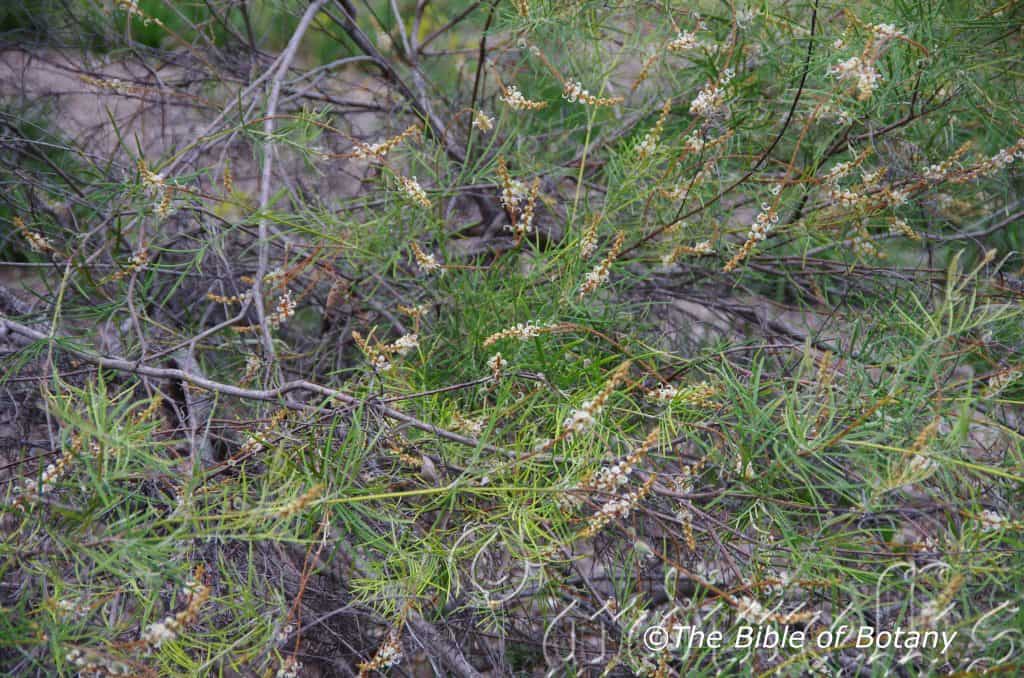
Mount Cootha Botanic Gardens Qld.
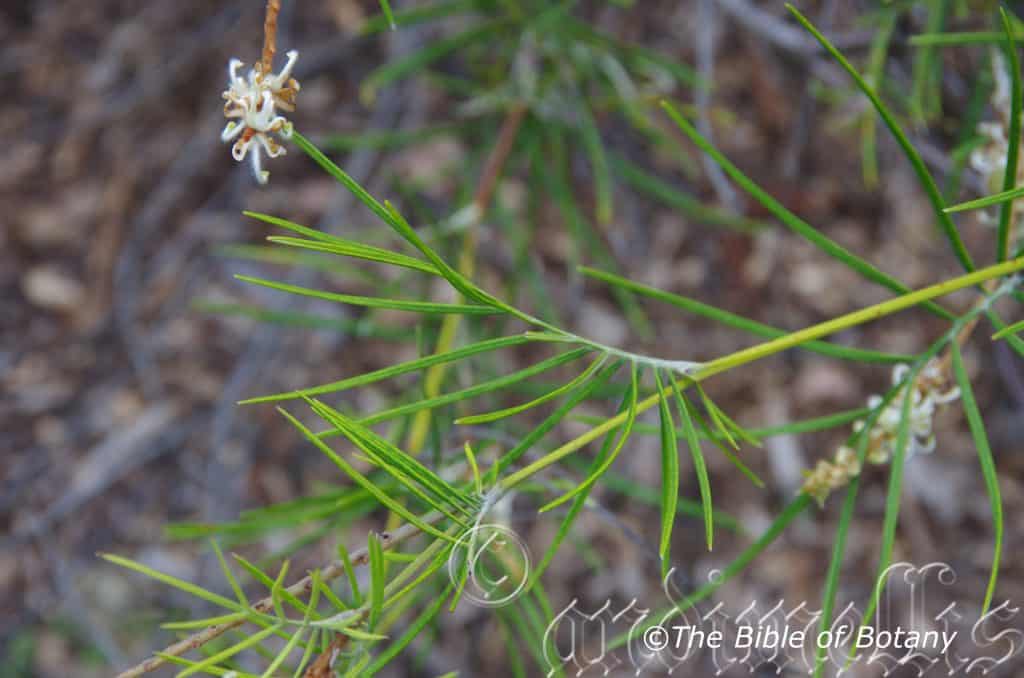
Mount Cootha Botanic Gardens Qld.
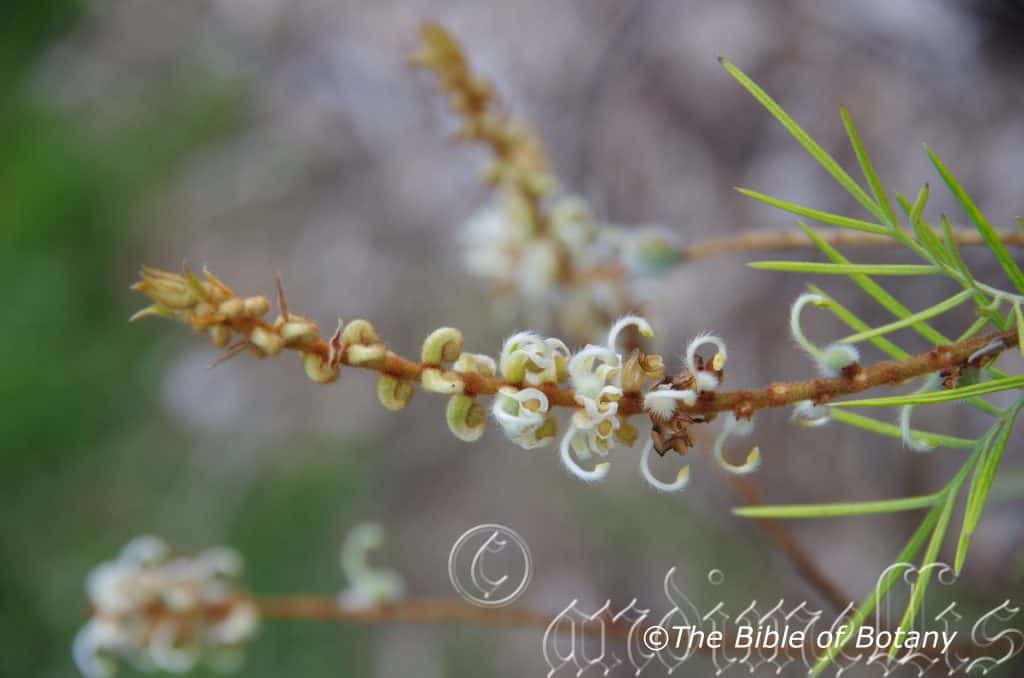
Mount Cootha Botanic Gardens Qld.
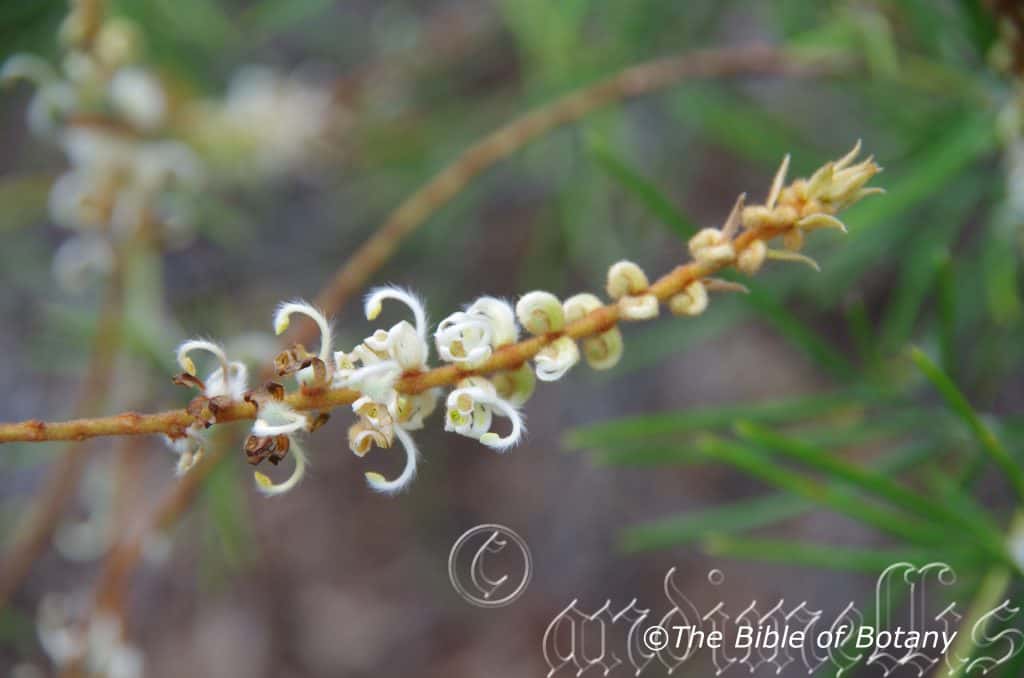
Mount Cootha Botanic Gardens Qld.
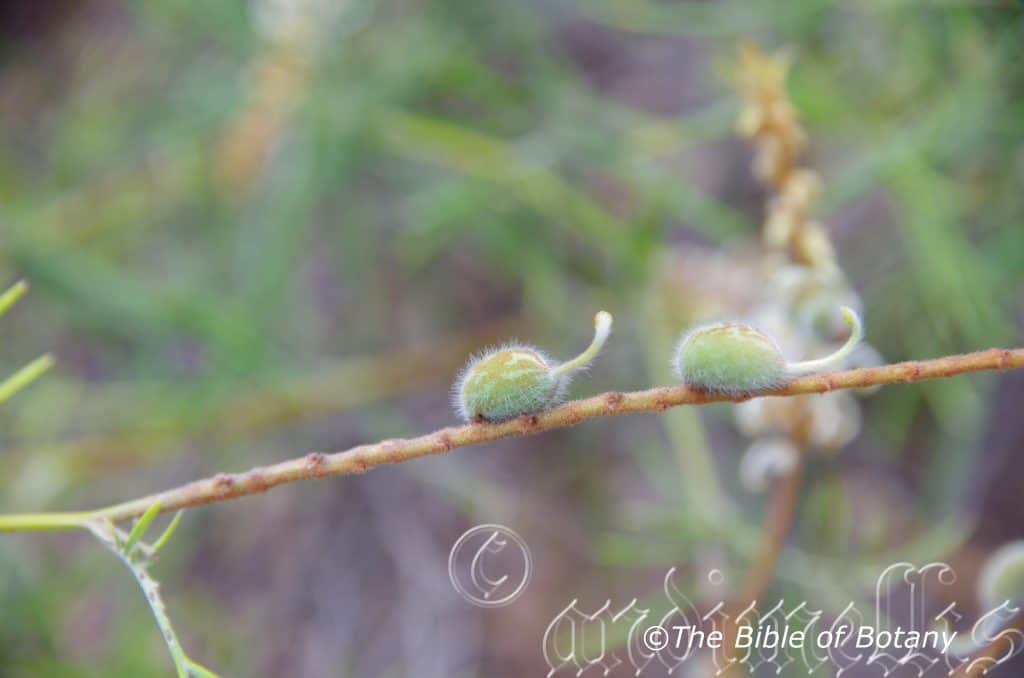
Mount Cootha Botanic Gardens Qld.
Grevillea rubicunda
Classification:
Class: Magnoliopsida
Order: Proteales
Family: Proteaceae
Genus: Is named in honour of C. F. Greville; 1749-1809, who was a British expert botanist on Algae, a foundation member of the London Horticultural Society and a collector of rare plants.
Species: FFrom Rubicundus, which is Latin for deep red. It refers to organs usually the flowers, which are deep red in colour.
Grevillea scortechinii
Classification:
Class: Magnoliopsida
Order: Proteales
Family: Proteaceae
Genus: Is named in honour of C. F. Greville; 1749-1809, who was a British expert botanist on Algae, a foundation member of the London Horticultural Society and a collector of rare plants.
Species: Is named in honour of Scortechini; 1845-1886, who was born in the Papal States of the time in Italy. He collected plant material from around Stanthorpe and the Logan area in Australia.
Sub Species: Grevillea scortechinii subsp. sarmentosa. From Sarmentosus, which is Latin for a twig or being twiggy. It refers to a plant stems, which have rather long internodes and few leaves as a consequence.
Sub Species: Grevillea scortechinii subsp. scortechinii. Is named in honour of Scortechini; 1845-1886, who was born in the Papal States of the time in Italy. He collected plant material from around Stanthorpe and the Logan area in Australia.
Common Name: Black Grevillea or Black Flowered Grevillea.
Distribution:
Grevillea scortechinii subsp. sarmentosa is restricted to a small area around Guyra, the Mann River Reserve and Walcha in far north eastern New South Wales.
Grevillea scortechinii subsp. scortechinii is restricted to a small area north of The Summit with two smaller populations west of The summit north of Stanthorpe in Queensland.
https://avh.ala.org.au/occurrences/search?taxa=Grevillea+scortechinii#tab_mapView
Habitat:
Grevillea scortechinii prefers full sun to dappled shade. It grows near the peaks of mountains in open or closed scrubby schlerophyll forests. The altitude ranges from 850 meters ASL to 950 meters ASL.
The temperatures range from minus 5 degrees in August to 36 degrees in January.
The rainfalls range from lows of 730mm to an average 1200mm annually.
Soil Requirements:
Grevillea scortechinii prefers to grow on stony sandy loams or stony light clays. The soils are usually derived from decomposed or partially decomposed granites. The soils pH ranges from 5pH to 6pH are preferred. It does not tolerate waterlogged soils. Non saline soils to moderately saline soils are tolerated.
Height & Spread:
Wild Plants: 0. 2m to 0. 5m by 1m to 2m.
Characteristics:
Grevillea scortechinii‘s larger stems are a dull grey glabrous and slightly scabrous. Branchlets are a grey-green or a tan-brown, semi glossy and subsericeous.
Grevillea scortechinii sub sp. sarmentosa‘s alternate pinnatifid or coarsely toothed leaves are rhomboidal-oblong or rhomboidal-ovate with 5 to 13 lobes or teeth. The leaves measure 35mm to 100mm in length by 25mm to 60mm in width. The triangular teeth measure 3mm to 10mm in length by 2mm to 6mm in width and may have 2 or 3 ultimate lobes. The bases are broad cuneate while the apexes of the lobe’s teeth taper to a short, pungent spine. The concolourous laminas are semi glossy olive-green to deep green and glabrous while the lower lamina is densely covered in short white pannate to pulverulent hairs. The margins curve upwards from the midvein.
The inflorescence of Grevillea scortechinii is a secund. The rachis measures 20mm to 45mm in length and is covered in pannate hairs. The perianth and style are the most prominent parts of the flower. The individual perianths are variable, pale creamy pink or pale creamy fawn at the base through to the limbs and are variable. The perianths are covered in pale fawn sericeous hairs externally and are glabrous internally. The perianth and limbs measure 17mm to 25mm in length while the limbs are strongly recurved, free and rejoin at the apex. The pedicel measures 0. 3mm to 1mm in length
The style is deep purple to black and glossy. The pistils measure 19mm to 30mm in length. The glabrous style is erect to semi oblique while the ovary is densely covered in fawn hirsute hairs. The erect to lateral pollen presenter is cream to creamy fawn. The flowers appear from September to February.
Grevillea scortechinii‘s fruits are an ovate to ellipsoidal follicle. The style is persistent. The follicles are produced singularly radiating out from the rachis. It is covered in fawn hirsute hairs and measure 8. 5mm to 12mm in length by 6mm to 7mm in width and turn brown with red-brown markings on ripening. The pale grey seeds measure 4mm to 5mm in length by 2. 5mm to 3mm in width and are surrounded by a wing.
Confusing Species:
Grevillea scortechinii‘s follicles are on a curved pedicel. The floral bracts measure 1mm to 2. 5mm in length. The rachises are covered in white sericeous hairs.
Grevillea ilicifolia‘s follicles are on an erect straight pedicel. The floral bracts are absent. The rachises are glabrous.
Wildlife:
Grevillea scortechinii wildlife is unknown to the author.
Cultivation:
Grevillea scortechinii is an unusual Grevillea in that its flowers are almost black. It should be more widely grown in temperate or cool subtropical areas of Australia and maybe once parent material becomes more widely available they will become very popular. It suits small to large gardens. Garden subjects will grow from 0. 2 meters to 0. 3 meters in height 2 meters to 2. 5 meters in diameter when grown in the open. It is best suited to loams better quality light gritty clays and gravelly soils that retain even soil moisture. It is drought resistant and are frost tolerant to minus at least minus 5 degrees without any burning or discolouration of the leaves.
If mild native fertilizers are used they will develop deeper sea green leaves.
A bend in a path can be broken up by placing them at the bend. Place them in the fore ground with other fine foliage ground covers, smaller shrubs behind or annuals in front and with larger or finer leaf plants behind. Plants with either small cream, yellow or white flowers can be used in the foreground while large flowering specie can be placed in the background. Use pale colour flowers so the deep burgundy to black flowers look deeper and stand out better. This can also be achieved by using paler coloured mulches. This will lead your eyes down to the ground and hold their attention there longer. Whether it is in flower or not these plants will catch your attention and the viewer will be transfixed on the display rather than watching the path.
For mass plantings plant them at 3 meter to 3. 5 meter centers.
Propagation:
Seeds: Sow Grevillea scortechinii seeds directly into a seed raising mix. When the seedlings are 25mm to 50mm tall, prick them out and plant them into 50mm native tubes using a good organic mix. It can also be placed in cold water for 24 hours prior to soaking. This can be more effective if the seeds are first placed in a calico bag and put through several washes in the washing machine if you are using cold water.
Once the seedlings reach 150mm to 200mm in height, nip the tips out before planting them out into their permanent position. For mass plantings plant them at 1 meters to 3.5 meter centers on whether a feature shrub or a bush scene is required.
Cuttings:
Use 30mm to 40mm long half ripened material when growing from cuttings from the present season’s growth. Use cuttings that have ripened shortly after the new growth has hardened in mid-autumn or early spring. Remove half the leaves from the bottom section being careful not to tear the bark.
1 Prepare the cutting mix by adding one third sharp clean river sand, one third peat and one third perlite. These ingredients are sterilize,
2 Select good material from non diseased plants,
3 Select semi green stems for cuttings. Look for a stem with two or three nodes,
4 Place the cutting on a flat, hard surface, and make a clean cut down one side of the cutting at the base for 10mm with a sharp sterile knife or razor blade. – This scarification of the node will increase the chances of roots emerging from this spot. Now remove all but one or two the leaves, leaving the apex leaves in tact. If the leaves are very large in proportion to the stem, cut off the apical halves.
5 Fill a saucer with water, and place a little medium strength rooting hormone into another container like a milk bottle top. Dip the node end of the cutting into the water and then into the rooting hormone. Tap off any excess hormone,
6 Use a small dipple stick or old pencil to poke a hole into the soilless potting mix. Ensure the hole is slightly larger than the stem diameter and be careful not to wipe the rooting hormone off the cuttings base, place the cuttings in a pattern ensuring the cuttings are not touching each other,
7 I like to place the pots in Plastic bags to help maintain temperature and moisture. Place in a semi shaded place like under 50mm shade cloth. – Place the trays under 30mm shade and keep the trays warm.
8 When the cuttings have struck, open the bag to allow air circulation for a few days to a week,
9 Once hardened off remove the cuttings from the bag and allow to further hardening for a few more days,
10 Transplant into a good potting mix to grow on.
Fertilize using seaweed, fish emulsion or organic chicken pellets soaked in water on an alternate basis. Fertilize every two months until the plants are established then twice annually in early September or March to maintain health, vitality and better flowering. Avoid synthetic fertilizers as they will most likely contain calcium and phosphorus at levels, which are toxic to most Proteaceae.
Further Comments from Readers:
Hi reader, it seems you use The Bible of Botany a lot. That’s great as we have great pleasure in bringing it to you! It’s a little awkward for us to ask, but our first aim is to purchase land approximately 1,600 hectares to link several parcels of N.P. into one at The Pinnacles NSW Australia, but we need your help. We’re not salespeople. We’re amateur botanists who have dedicated over 30 years to saving the environment in a practical way. We depend on donations to reach our goal. If you donate just $5, the price of your coffee this Sunday, We can help to keep the planet alive in a real way and continue to bring you regular updates and features on Australian plants all in one Botanical Bible. Any support is greatly appreciated. Thank you.
In the spirit of reconciliation we acknowledge the Bundjalung, Gumbaynggirr and Yaegl and all aboriginal nations throughout Australia and their connections to land, sea and community. We pay our respect to their Elders past, present and future for the pleasures we have gained.
Grevillea secunda
Classification:
Class: Magnoliopsida
Order: Proteales
Family: Proteaceae
Genus: Is named in honour of C. F. Greville; 1749-1809, who was a British expert botanist on Algae, a foundation member of the London Horticultural Society and a collector of rare plants.
Species: From Secundus, which is Latin for to appear on one side only, to be unilateral. It refers to flowers, which appear along one side of the axis or flower spike.
Sub Species:
Distribution:
Grevillea secunda is restricted to a small area of Western Australia around Comet vale to the north west of Kalgoorlie and to the east in the Queen Victoria Spring Nature Reserve to Plumridge Nature Reserve. https://avh.ala.org.au/occurrences/search?taxa=Grevillea+secunda#tab_mapView
Habitat Aspect Climate:
Grevillea secunda prefers full sun. It grows in dry Acacia woodlands, dry Acacia forests or dry savannah woodlands based on Acacia various species. The altitude ranges from 400 meters ASL to 550 meters ASL.
The temperatures range from 5 degrees in August to 38 degrees in January.
The rainfalls range from lows of 150mm to an average 300mm annually.
Soil Requirements:
Grevillea secunda prefers to grow on reddish or yellowish stony soils which are mainly sand, sandy loams or light clays. The soils are usually derived from decomposed sandstones or granites. The soils pH ranges from 5. 5pH to 6pH are preferred. It does not tolerate waterlogged soils. Non saline soils to moderately saline soils are tolerated.
Height & Spread:
Wild Plants: 0.3m to 0.8m by 1m to 1.5m.
Characteristics:
The larger stems are a dull grey and glabrous. Branchlets are a dull, pale glaucous-grey, and slightly channelled.
The alternate pinnatisect or bipinnatisectus leaves measure 40mm to 100mm in length by 25mm to 60mm in width over all. The linear lobes measure 5mm to 40mm in length by 1mm to 5mm in width. The concolourous laminas are dull, pale grey-green to pale grey-blue and are glabrous on the upper lamina while the lower lamina is sparsely covered in white hirtellous hairs. The margins are entire and strongly revolute forming a groove along the mid vein.
The inflorescence is a second born from the leaf axils. The rachis measure 65mm to 70mm in length. The perianth and style are the most prominent parts of the flower. The individual perianths are variable, pale creamy pink, pink or red at the base through to the limbs. The irregular perianth is covered in white hirsute externally and glabrous internally. The perianth and limbs measure 7mm to 9mm in length while the limbs are strongly recurved, free and are rejoined at the apex. The pedicels measure 3mm to 4mm in length and are covered in white hirsute hairs.
The style is a deep pink to red with a red stigma. The pistils measure 25mm to 30mm in length. The style is glabrous. The erect style is glabrous while the 2mm to 3mm ovary is covered in pale brown hirsute hairs. The lateral to oblique pollen presenter is deep pink to carmine. Flowers appear from September to December.
Grevillea secunda‘s fruits are an ellipsoidal follicle. The style is persistent. The follicles are produced singularly radiating out from the rachis. It is covered in pale brown hirsute hairs and measure 10mm to 13mm long by 6mm to 7mm wide and turn brown on ripening. The grey seeds have a pale fawn wing surrounding the seed. The seeds measure 4mm by 3mm in diameter.
Confusing Species:
Grevillea secunda’s mid vein is prominent on the lower lamina while the lateral veins are obscure on both laminas. The ovary is sessile.
Grevillea treueriana‘s longitudinal veins are prominent on the upper laminas. The stipulate on the ovary measures 3mm in length. Â
Wildlife:
Grevillea secunda‘s wildlife is unknown to the author.
Cultivation:
Grevillea secunda is a rare Grevillea from the west coast that does well in temperate to cool subtropical areas on the east coast. It should be more widely grown in temperate areas of Australia where the summer rainfall and humidity is low. It suits small to large gardens. Garden subjects will grow from 0. 2 meters to 0. 3 meters in height by 1. 5 meters to 2 meters in diameter when grown in the open.
It is best suited to loamy podzolic soils, light clays and gravelly soils of better quality that retain even soil moisture. It is drought resistant and are frost tolerant to minus at least minus 2 degrees without any burning or discolouration of the leaves.
It can be grown in small sunny courtyards, around swimming pools, near paths, along driveways, around fish or frog ponds, in rockeries both large and small, in miniature gardens, formal beds Japanese gardens or snuck in between other larger plants.
This plant is so unusual and with its bizarre foliage that it is worth while trying in marginal areas. It is best suited to larger rockeries where it can be viewed as scattered or single plants amongst low ground covers or in mass plantings planted close together on banks and along retaining walls. Here they should be planted at 1 meter to 1. 5 meter centers. The foliage with its creamy blue-green skeletal form and bright red flowers are a distinct eye catching feature.
Propagation:
Seeds: Sow the seeds directly into a seed raising mix. When the seedlings are 25mm to 50mm tall, prick them out and plant them into 50mm native tubes using a good organic mix. It can also be placed in cold water for 24 hours prior to soaking. This can be more effective if the seeds are first placed in a calico bag and put through several washes in the washing machine if you are using cold water.
Once the seedlings reach 150mm to 200mm in height, nip the tips out before planting them out into their permanent position. For mass plantings plant them at 1 meters to 2.5 meter centers on whether a feature shrub or a bush scene is required.
Cuttings:
Use 30mm to 40mm long half ripened material when growing from cuttings from the present season’s growth. Use cuttings that have ripened shortly after the new growth has hardened in mid-autumn or early spring. Remove half the leaves from the bottom section being careful not to tear the bark.
1 Prepare the cutting mix by adding one third sharp clean river sand, one third peat and one third perlite. These ingredients are sterilize,
2 Select good material from non diseased plants,
3 Select semi green stems for cuttings. Look for a stem with two or three nodes,
4 Place the cutting on a flat, hard surface, and make a clean cut down one side of the cutting at the base for 10mm with a sharp sterile knife or razor blade. – This scarification of the node will increase the chances of roots emerging from this spot. Now remove all but one or two the leaves, leaving the apex leaves in tact. If the leaves are very large in proportion to the stem, cut off the apical halves.
5 Fill a saucer with water, and place a little medium strength rooting hormone into another container like a milk bottle top. Dip the node end of the cutting into the water and then into the rooting hormone. Tap off any excess hormone,
6 Use a small dipple stick or old pencil to poke a hole into the soilless potting mix. Ensure the hole is slightly larger than the stem diameter and be careful not to wipe the rooting hormone off the cuttings base, place the cuttings in a pattern ensuring the cuttings are not touching each other,
7 I like to place the pots in Plastic bags to help maintain temperature and moisture. Place in a semi shaded place like under 50mm shade cloth. – Place the trays under 30mm shade and keep the trays warm.
8 When the cuttings have struck, open the bag to allow air circulation for a few days to a week,
9 Once hardened off remove the cuttings from the bag and allow to further hardening for a few more days,
10 Transplant into a good potting mix to grow on.
Fertilize using seaweed, fish emulsion or organic chicken pellets soaked in water on an alternate basis. Fertilize every two months until the plants are established then twice annually in early September or March to maintain health, vitality and better flowering. Avoid synthetic fertilizers as they will most likely contain calcium and phosphorus at levels, which are toxic to most Proteaceae.
Further Comments from Readers:
Hi reader, it seems you use The Bible of Botany a lot. That’s great as we have great pleasure in bringing it to you! It’s a little awkward for us to ask, but our first aim is to purchase land approximately 1,600 hectares to link several parcels of N.P. into one at The Pinnacles NSW Australia, but we need your help. We’re not salespeople. We’re amateur botanists who have dedicated over 30 years to saving the environment in a practical way. We depend on donations to reach our goal. If you donate just $5, the price of your coffee this Sunday, We can help to keep the planet alive in a real way and continue to bring you regular updates and features on Australian plants all in one Botanical Bible. Any support is greatly appreciated. Thank you.
In the spirit of reconciliation we acknowledge the Bundjalung, Gumbaynggirr and Yaegl and all aboriginal nations throughout Australia and their connections to land, sea and community. We pay our respect to their Elders past, present and future for the pleasures we have gained.
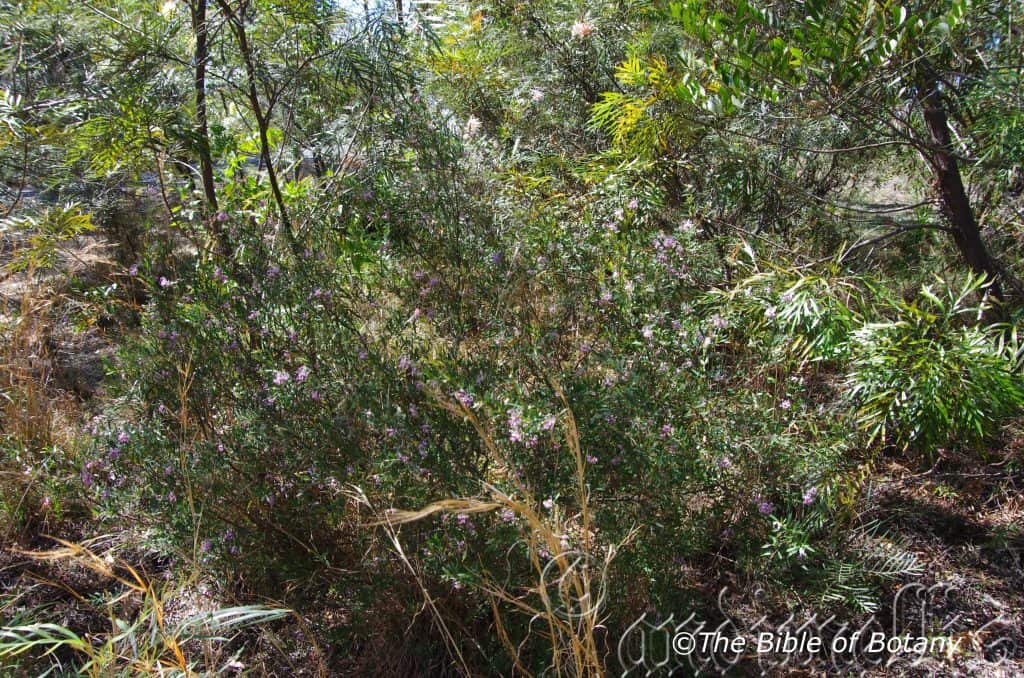
Author’s Garden The Pinnacles NSW
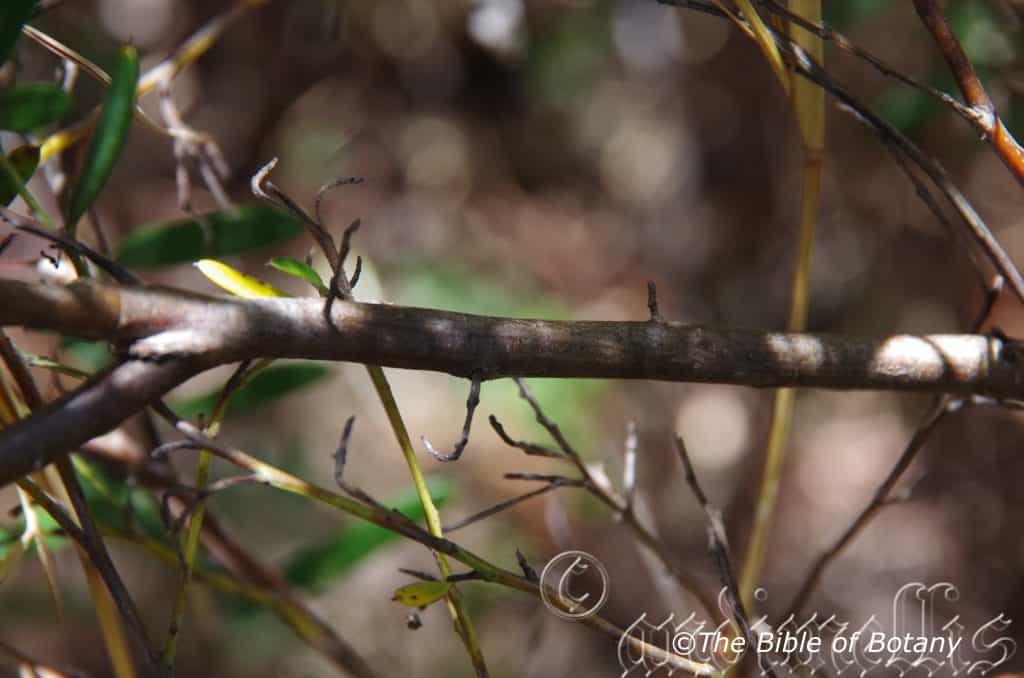
Author’s Garden The Pinnacles NSW
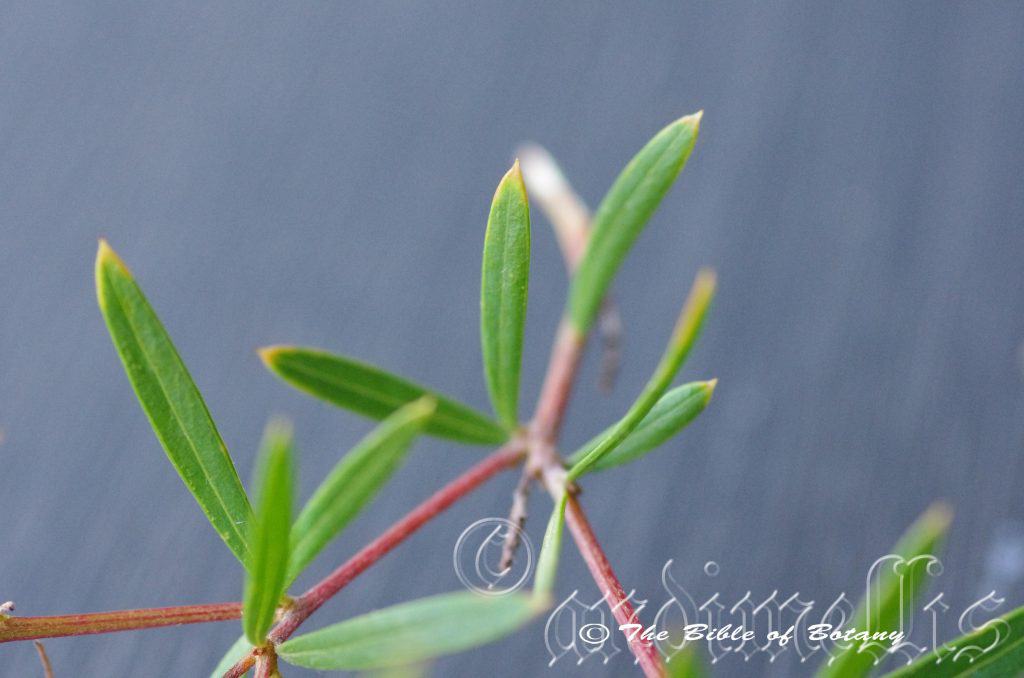
Norman Park Qld.
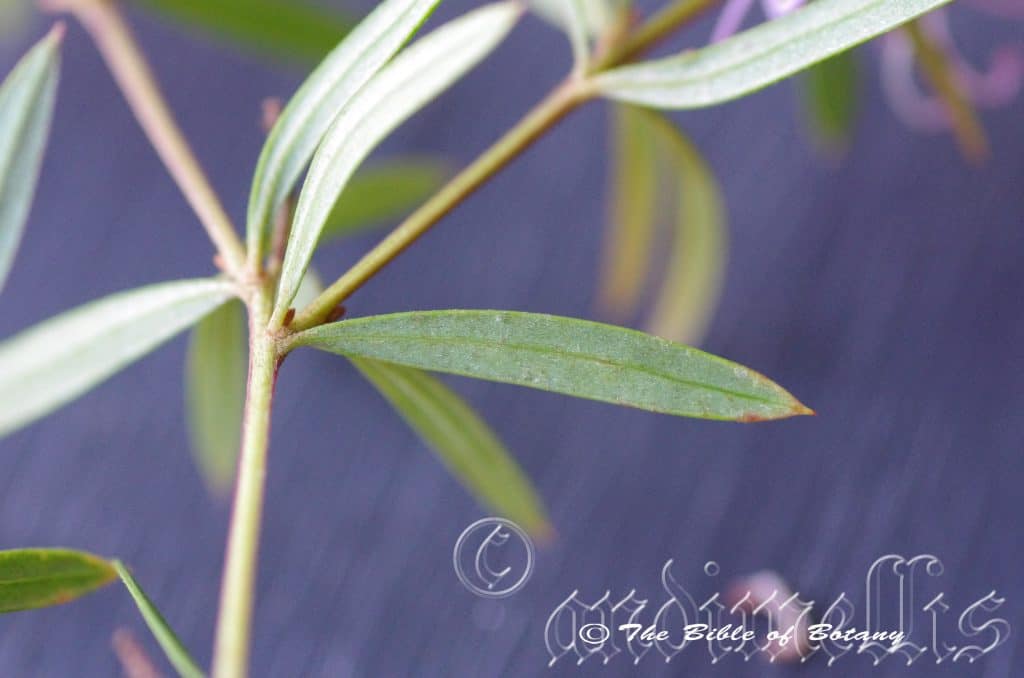
Norman Park Qld.
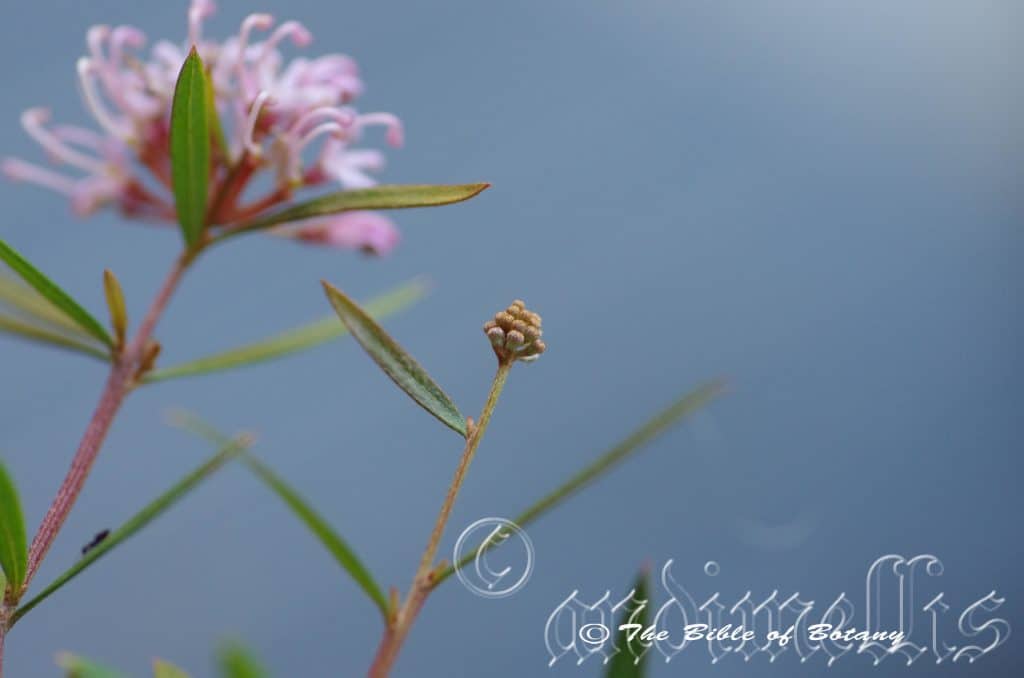
Norman Park Qld.
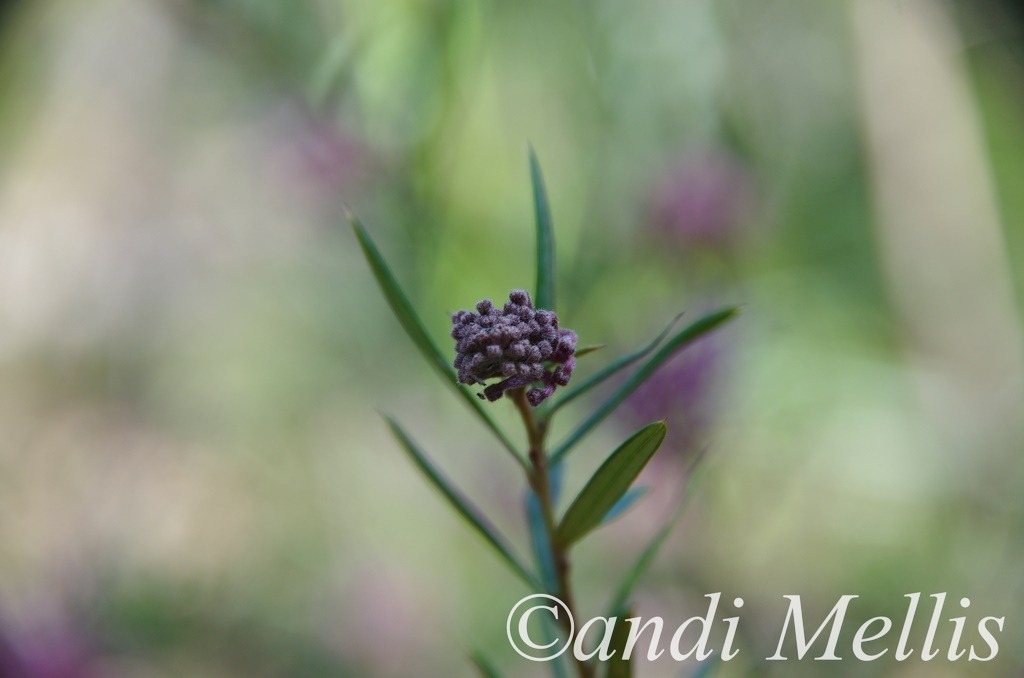
Norman Park Qld.
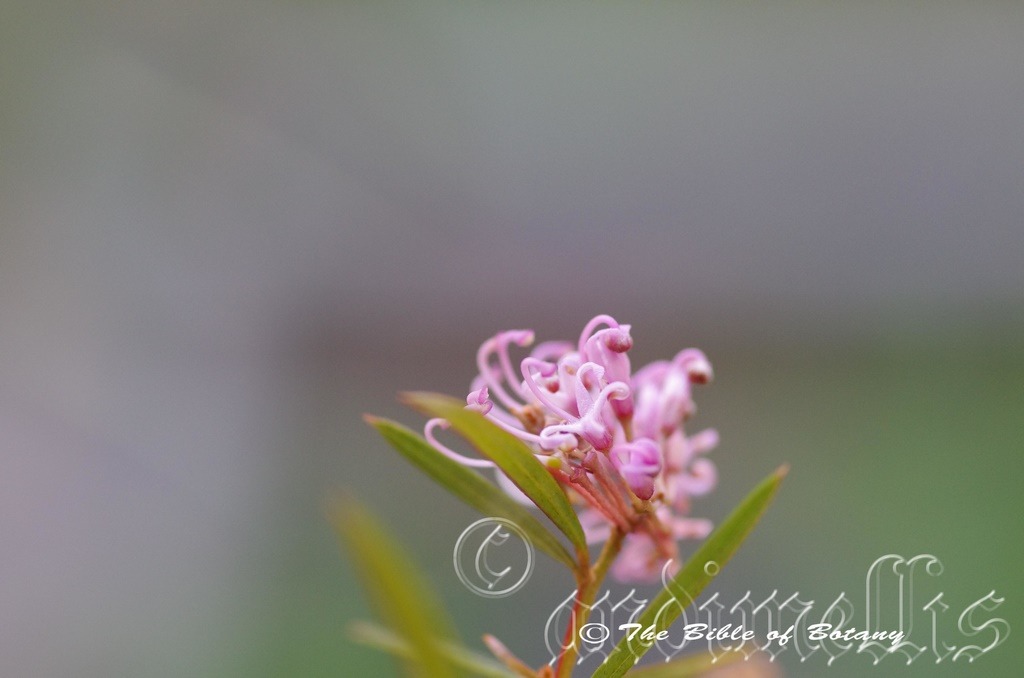
Norman Park Qld.
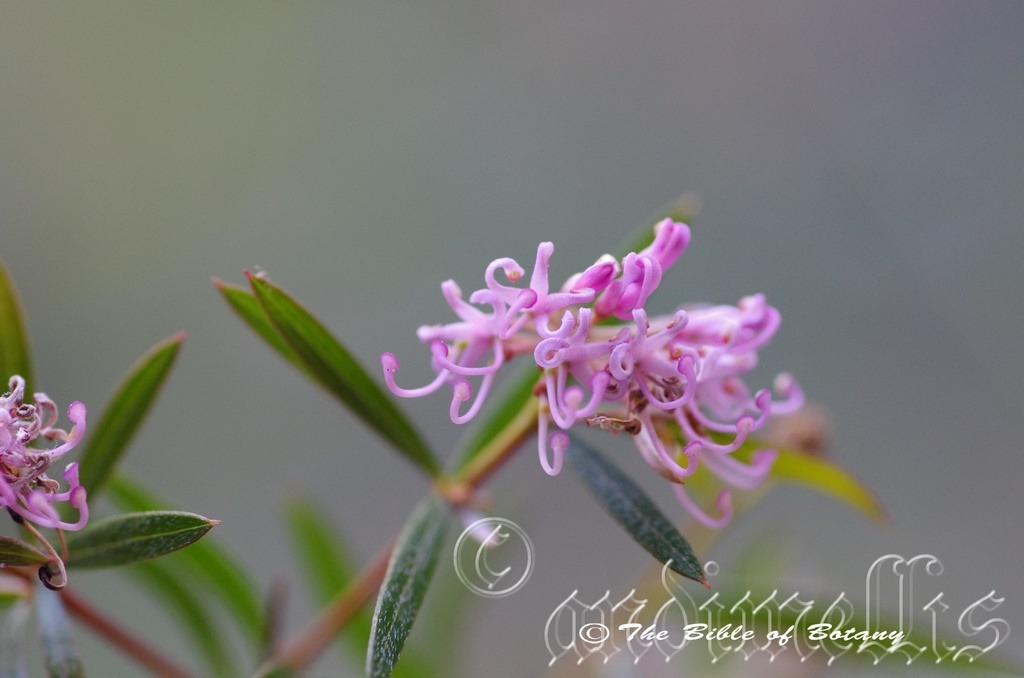
Norman Park Qld.
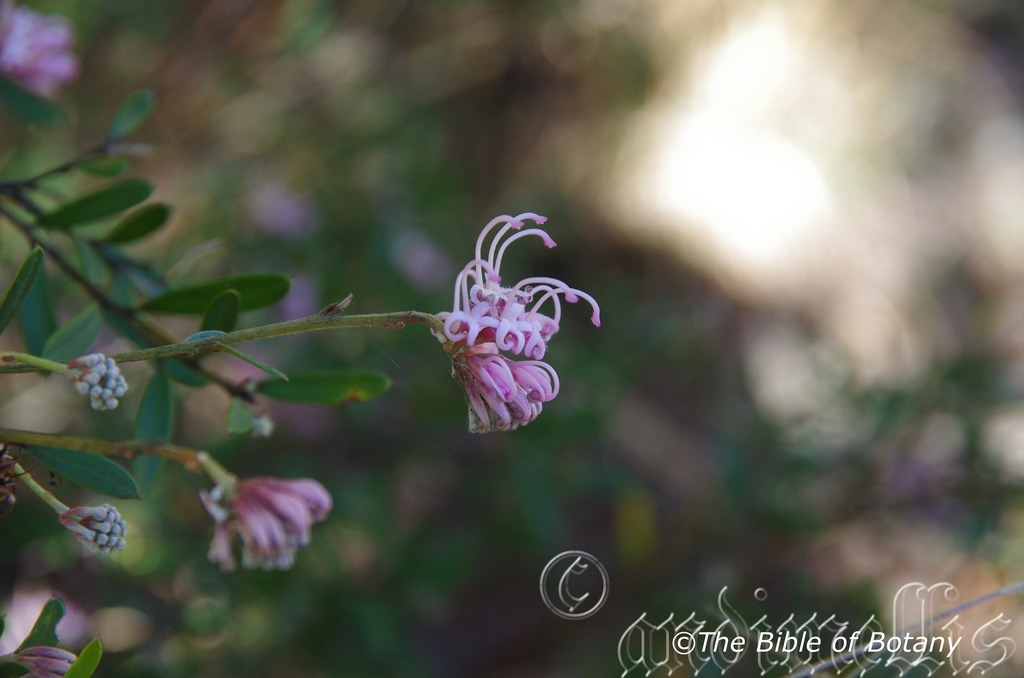
Author’s Garden The Pinnacles NSW
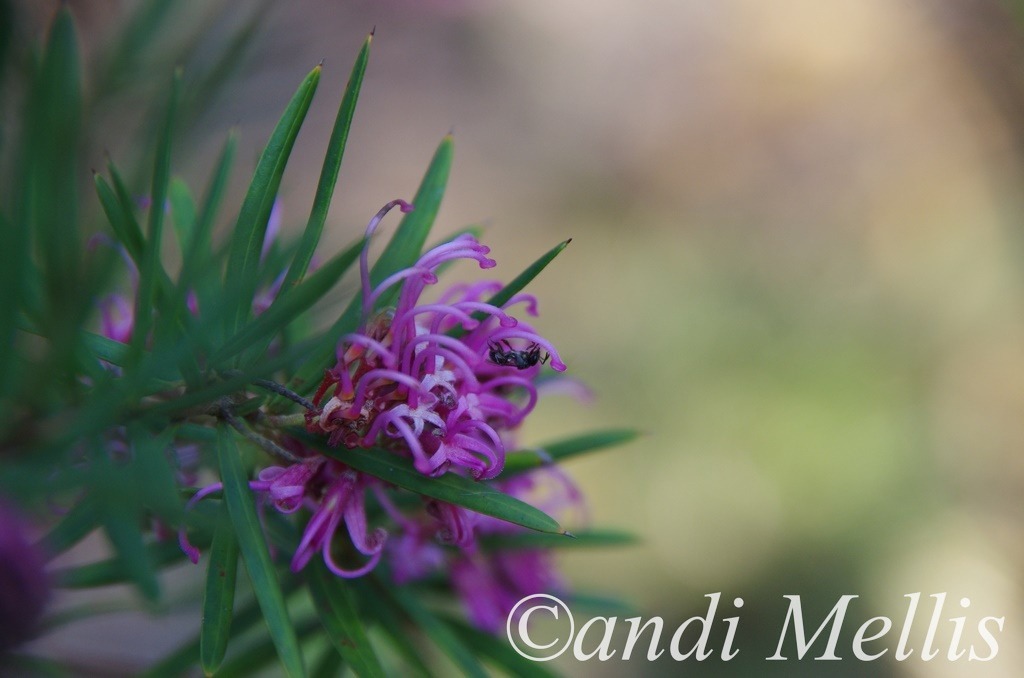
Author’s Garden The Pinnacles NSW
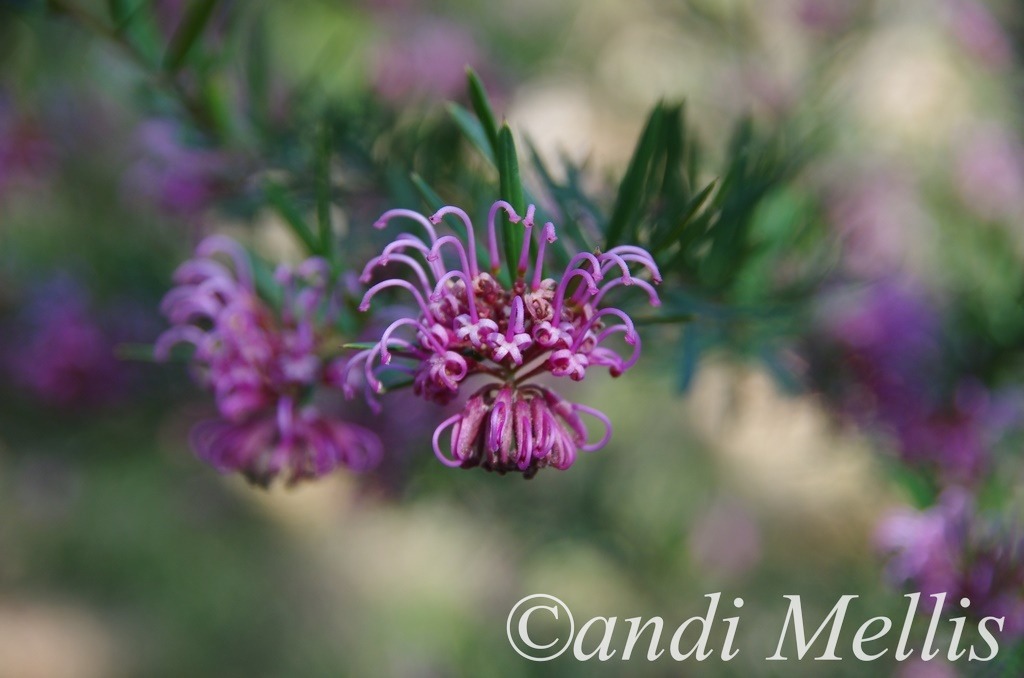
Author’s Garden The Pinnacles NSW
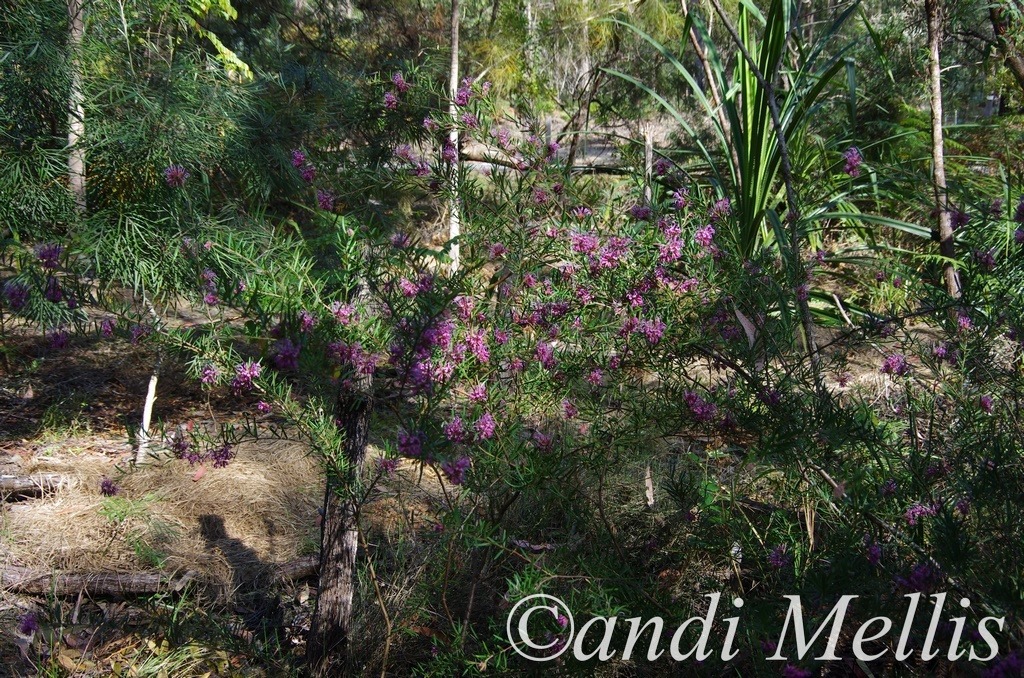
Author’s Garden The Pinnacles NSW
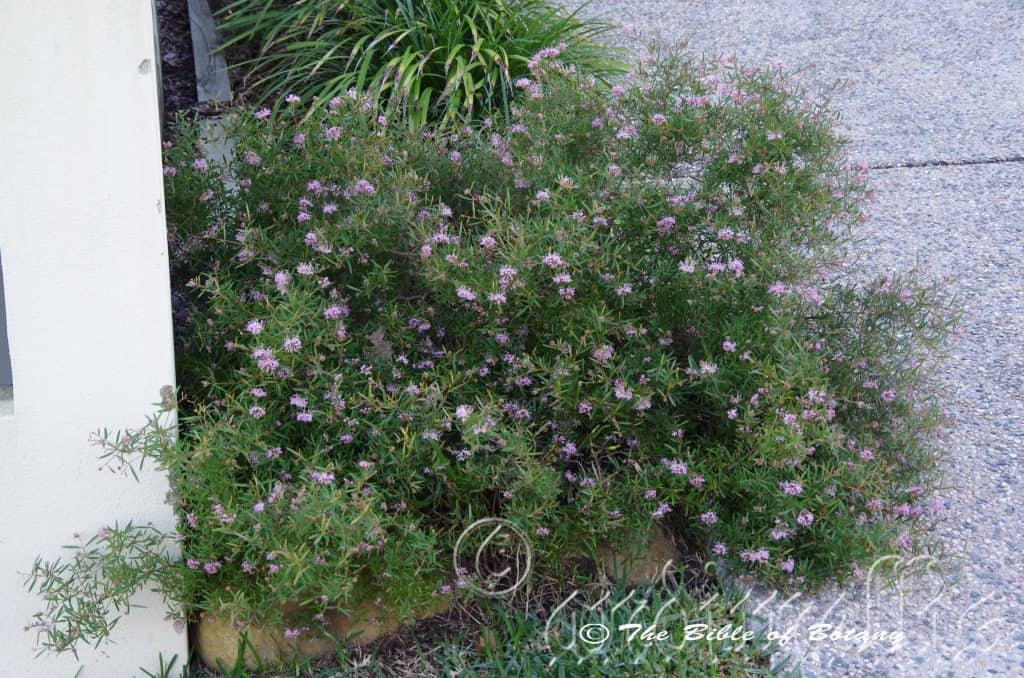
Norman Park Qld.
zzzzzzzzzzzzzzzzzzzzzzzzzzzzzzzzzzzzzzzzzzzGrevillea sericea
Classification:
Class: Magnoliopsida
Order: Proteales
Family: Proteaceae
Genus: Is named in honour of C. F. Greville; 1749-1809, who was a British expert botanist on Algae, a foundation member of the London Horticultural Society and a collector of rare plants.
Species: From Seres, which is Ancient Greek or Sericum, which is Old Latin for silky and derived from the Ancient Chinese word Si/Sere or the modern script for Si/Sere for silk. Seres also has the meaning from the Ancient Greek for the land of the Chinese referring to China as the land of silk. It refers to structures or organs, which are covered in soft, fine, silky hairs.
Sub species: Grevillea sericea subsp. riparia. From Ripa/Ripirum, which are Greek for along a river line or along a shore line. It refers to habitats, which are at the edge of a body of permanent water or at times seasonally flooded locations where permanent water may exist nearby. It covers all lands on the banks of rills to rivers, estuarine zones or on the banks of lakes and billabongs.
Sub species: Grevillea sericea subsp. sericeous. From Seres, which is Ancient Greek or Sericum, which is Old Latin for silky and derived from the Ancient Chinese word Si/Sere or the modern script for Si/Sere for silk. Seres also has the meaning from the Ancient Greek for the land of the Chinese referring to China as the land of silk. It refers to structures or organs, which are covered in soft, fine, silky hairs.
Common Name: Pink Spider Flower.
Distribution:
Grevillea sericea subsp. riparia is restricted to a small area between Lithgow, Wisemans Ferry and Blaxland in central coastal New South Wales.
Grevillea sericea subsp. sericeous is an endemic species to New South Wales. It is found in an area between north of Dubbo, Newcastle and Wollongong in central eastern New South Wales mainly on the eastern side of the Western Plains, on and east of The Great Dividing Range to the Coast.
Habitat Aspect Climate:
Grevillea sericea prefer full sun to light dappled shade. It grows below medium size trees to tall trees in open forests, open woodlands, on slopes and in riverine forests. The altitude ranges from near sea level to 1100 meters ASL.
The temperatures range from minus 4 degrees in July to 32 degrees in January.
The rainfall ranges from lows of 600mm to an average of 1200mm annually.
Soil Requirements:
Grevillea sericea prefer to grow on sandy loams, sandstone or soils derived from decomposed sandstones. The soils are usually derived from various types of decomposed sandstone. The soils pH ranges from 5pH to 6pH are preferred. It does not tolerate waterlogged soils. Non saline soils to moderately saline soils are tolerated.
Height & Spread:
Wild Plants: 0.5m to 2m by 1m to 2m.
Characteristics:
Grevillea sericea‘s stems are a dark grey to reddish brown, glabrous and semi glossy. Â The new growth on the branchlets is angular, blue-green and covered in short pannate hairs.
Grevillea sericea subsp. sericeous‘s adjacent are in whirls of 3. It is narrowly elliptical to oblong-linear or very rarely linear and measure 25mm to 40mm in length by 3mm to 9mm in length. The linear leaf plants leaves measure 60 to 90 mm in length by 2mm to 4mm in width. The base is broadly cuneate while the apex is mucronate. The margin is entire and recurved. The concolourous laminas are mid grey-green to mid blue-green. The upper lamina is glabrous or sparsely covered in white sericeous hairs while the lower lamina is densely covered in white sericeous hairs. The mid vein is prominent below and distinctly visible from above. The laminas are flat to curving slightly upwards from the mid vein. The petioles measure 2mm to 3. 5mm in length.
Grevillea sericea subsp. riparia‘s adjacent leaves are in whirls of 3 and are crowded towards the ends of the branchlets. It is very narrow elliptical to linear and measure 50mm to 120mm in length by 1mm to 3mm in width. The base is cuneate while the apex is mucronate. The margin is entire and recurved. The concolourous laminas are mid grey-green to mid blue-green. The upper lamina is glabrous or sparsely covered in white sericeous hairs while the lower lamina is densely covered in white sericeous hairs. The mid vein is prominent below and distinctly visible from above. The laminas are flat to curving slightly upwards from the mid vein. The petioles measure 2mm to 3. 5mm in length.
The inflorescence of Grevillea sericea sub sp. sericeous are a globose raceme and hang downwards from the terminals or special side shoots and are free of the foliage. Flowers measure 20mm to 60mm in diameter. The perianth is the most prominent part of the flower and ranges from pale pinks mauves, deep pinks and rarely white. Individual perianths measure 7mm to 10mm in length. The perianths are pale pink to deep pink to almost red. The perianth divides into four distinct lobes which recurve strongly towards the apex once the style breaks free. The perianth is glabrous externally and internally.
The style is a similar colour to the perianth but paler. The pistils measure 25mm to 30mm in length. The hooked style and ovaries are glabrous. The lateral to oblique pollen presenter is a similar colour to the style. The pedicels measure 6mm to 8mm in length. Flowers appear from July to September.
The inflorescence of Grevillea sericea subsp. riparia are a globose raceme and hang downwards from the terminals or special side shoots and are enclosed within the foliage. Flowers measure 20mm to 60mm in diameter. The perianth is the most prominent part of the flower and ranges from mid purple, mid pink to deep purple-pinks. Individual perianths measure 7mm to 10mm in length. The perianths are pale pink to deep pink to almost red. The perianth divides into four distinct lobes which recurve strongly towards the apex once the style breaks free. The pedicels measure 6mm to 8mm in length. The perianth is glabrous externally and internally.
The style is the same colour as the perianth. The pistils measure 14mm to 20mm in length. The hooked style and ovaries are glabrous. The oblique pollen presenter is a similar colour to the style. Flowers appear from August to November.
Grevillea sericea fruits are ellipsoidal follicles. The follicles are produced singularly radiating out from the central rachis and turn brown when ripe. They measure 9mm to 16mm in length by 5mm to 8mm in diameter. The style is persistent on the ripe follicles.
Wildlife:
The dense foliage and proliferation of small flowers is a great attraction and safe haven for smaller honeyeaters like the Yellow face Honeyeater Lichenostomus chrysops, Brown honeyeater Lichmera indistincta and the Eastern Spinebill Acanthorhynchus tenuirostris.
Cultivation:
Grevillea sericea is a very beautiful small Grevillea which should be more widely grown. It is ideal for small to large gardens. Garden subjects vary greatly depending on the variety grown ranging from small shrubs of just 500mm in height to 2 meters in height by 0. 8 meters to 2 meters in diameter when grown in the open. There are now several cultivars around to select from which will suit every sunny position in the garden. The smaller forms are particularly good around swimming pools adding colour particularly in the winter months when the pool and surrounds are not all that attractive. It also breaks up the hard lines of fences walls and palm trunks which are so often used. In formal gardens they break up the foliage of English type gardens without being overpowering.
In Native gardens it can be used for bird or butterfly attraction, borders or placed in a position to force a change of direction.
When you design a flat heath garden which this small Grevillea is well suited. Try not to use contours to display the plants as heath lands are almost always flat or have a slight rise and the plants grow randomly across the flats. Plants must be planted close together and be short so you can see over the tallest ones with the exception of one or two plants at the most. These will be feature plants and should be planted towards the rear or centrally if the bed can be walked around. The idea is to achieve a feeling of expansive flatness. This can be achieved with using the smaller Grevillea sericea’s blue-green leaves and having them contrasting finer pale green or soft grey to glaucous coloured foliages. Use a lot of procumbent plants like Carpobrotus edulis or Hibbertia specie. Mix them with other smaller shrubs so none of them dominate the scene but blend in to give a mosaic of foliage colours that you oversee. I immediately think of Actinotis helianthi or Grevillea thelemanniana for two great contrasting foliages.
Propagation:
Seeds: Sow the seeds of Grevillea sericea directly into a seed raising mix. When the seedlings are 25mm to 50mm tall, prick them out and plant them into 50mm native tubes using a good organic mix. It can also be placed in cold water for 24 hours prior to soaking. This can be more effective if the seeds are first placed in a calico bag and put through several washes in the washing machine if you are using cold water.
Once the seedlings reach 150mm to 200mm in height, nip the tips out before planting them out into their permanent position. For mass plantings plant them at 1 meters to 3 meter centers on whether a feature shrub or a bush scene is required.
Cuttings:
Use 30mm to 40mm long half ripened material when growing from cuttings from the present season’s growth. Use cuttings that have ripened shortly after the new growth has hardened in mid-autumn or early spring. Remove half the leaves from the bottom section being careful not to tear the bark.
1 Prepare the cutting mix by adding one third sharp clean river sand, one third peat and one third perlite. These ingredients are sterilize,
2 Select good material from non diseased plants,
3 Select semi green stems for cuttings. Look for a stem with two or three nodes,
4 Place the cutting on a flat, hard surface, and make a clean cut down one side of the cutting at the base for 10mm with a sharp sterile knife or razor blade. – This scarification of the node will increase the chances of roots emerging from this spot. Now remove all but one or two the leaves, leaving the apex leaves in tact. If the leaves are very large in proportion to the stem, cut off the apical halves.
5 Fill a saucer with water, and place a little medium strength rooting hormone into another container like a milk bottle top. Dip the node end of the cutting into the water and then into the rooting hormone. Tap off any excess hormone,
6 Use a small dipple stick or old pencil to poke a hole into the soilless potting mix. Ensure the hole is slightly larger than the stem diameter and be careful not to wipe the rooting hormone off the cuttings base, place the cuttings in a pattern ensuring the cuttings are not touching each other,
7 I like to place the pots in Plastic bags to help maintain temperature and moisture. Place in a semi shaded place like under 50mm shade cloth. – Place the trays under 30mm shade and keep the trays warm.
8 When the cuttings have struck, open the bag to allow air circulation for a few days to a week,
9 Once hardened off remove the cuttings from the bag and allow to further hardening for a few more days,
10 Transplant into a good potting mix to grow on.
Fertilize using seaweed, fish emulsion or organic chicken pellets soaked in water on an alternate basis. Fertilize every two months until the plants are established then twice annually in early September or March to maintain health, vitality and better flowering. Avoid synthetic fertilizers as they will most likely contain calcium and phosphorus at levels, which are toxic to most Proteaceae.
Further Comments from Readers:
Hi reader, it seems you use The Bible of Botany a lot. That’s great as we have great pleasure in bringing it to you! It’s a little awkward for us to ask, but our first aim is to purchase land approximately 1,600 hectares to link several parcels of N.P. into one at The Pinnacles NSW Australia, but we need your help. We’re not salespeople. We’re amateur botanists who have dedicated over 30 years to saving the environment in a practical way. We depend on donations to reach our goal. If you donate just $5, the price of your coffee this Sunday, We can help to keep the planet alive in a real way and continue to bring you regular updates and features on Australian plants all in one Botanical Bible. Any support is greatly appreciated. Thank you.
In the spirit of reconciliation we acknowledge the Bundjalung, Gumbaynggirr and Yaegl and all aboriginal nations throughout Australia and their connections to land, sea and community. We pay our respect to their Elders past, present and future for the pleasures we have gained.
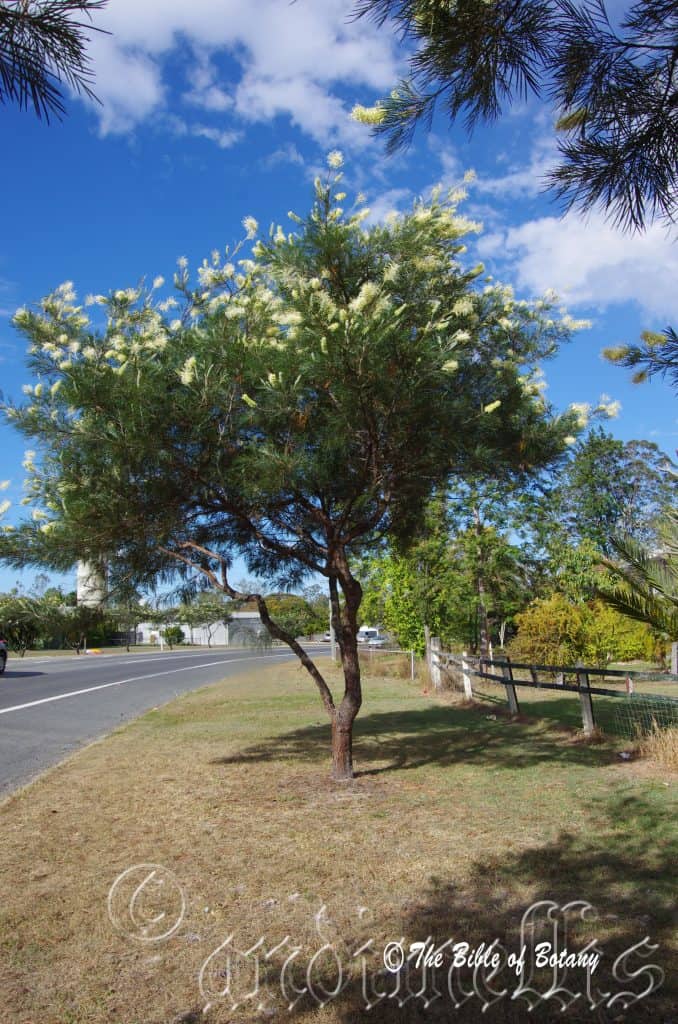
Miriam Vale Qld.
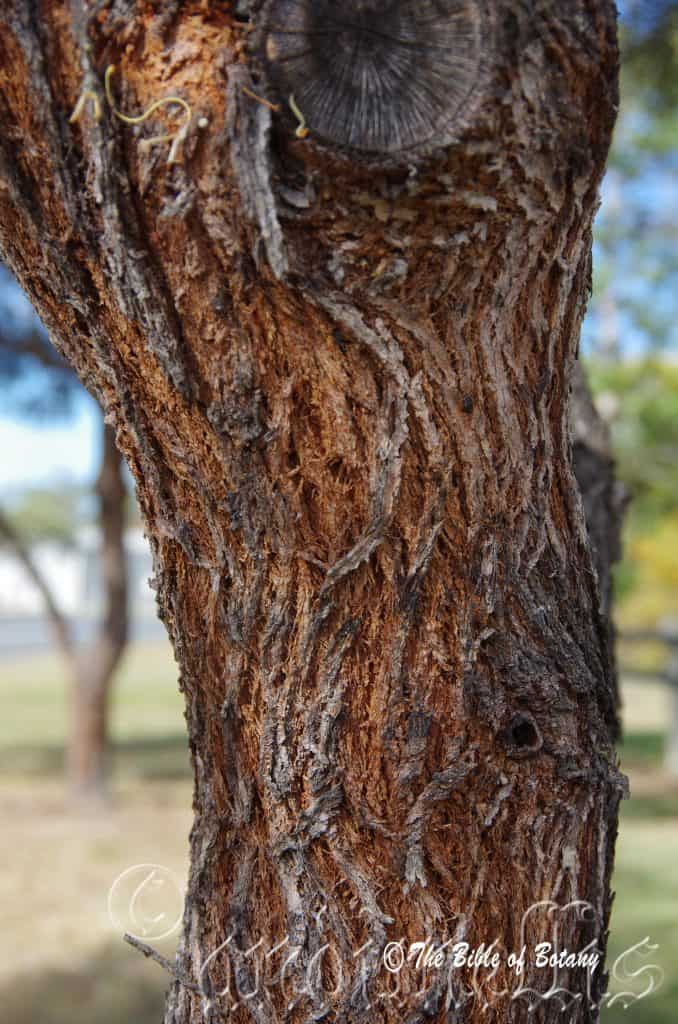
Miriam Vale Qld.
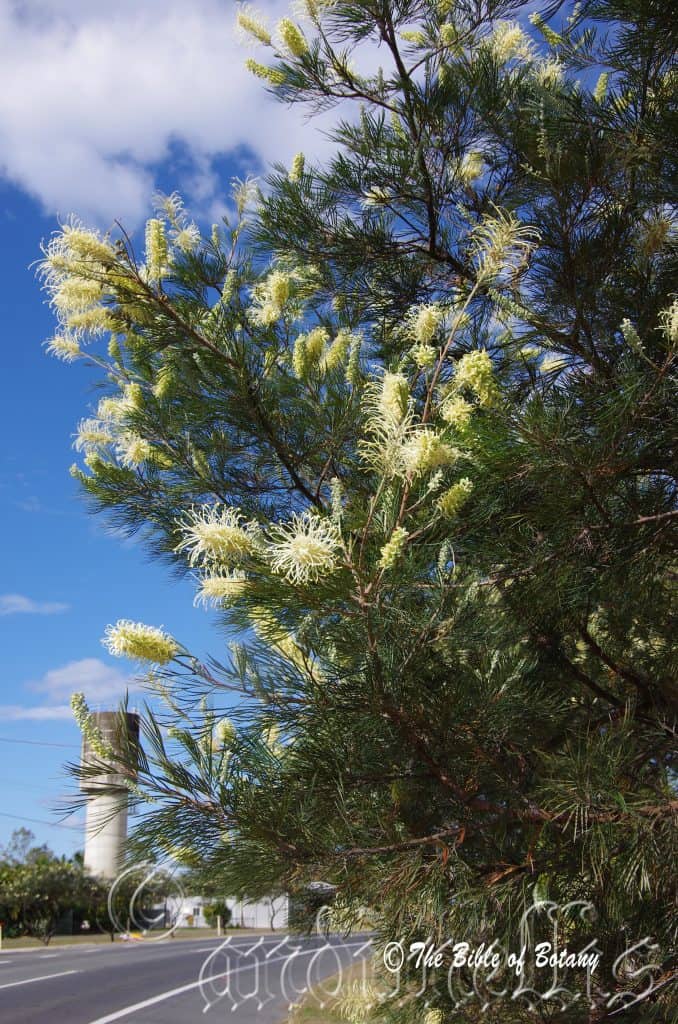
Miriam Vale Qld.
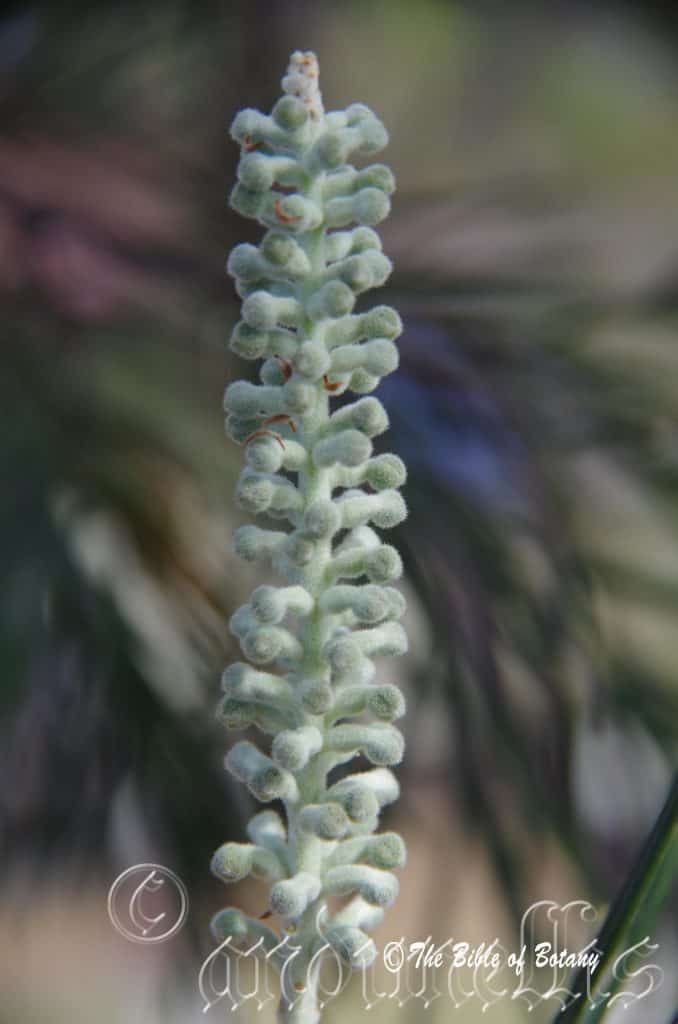
Miriam Vale Qld.
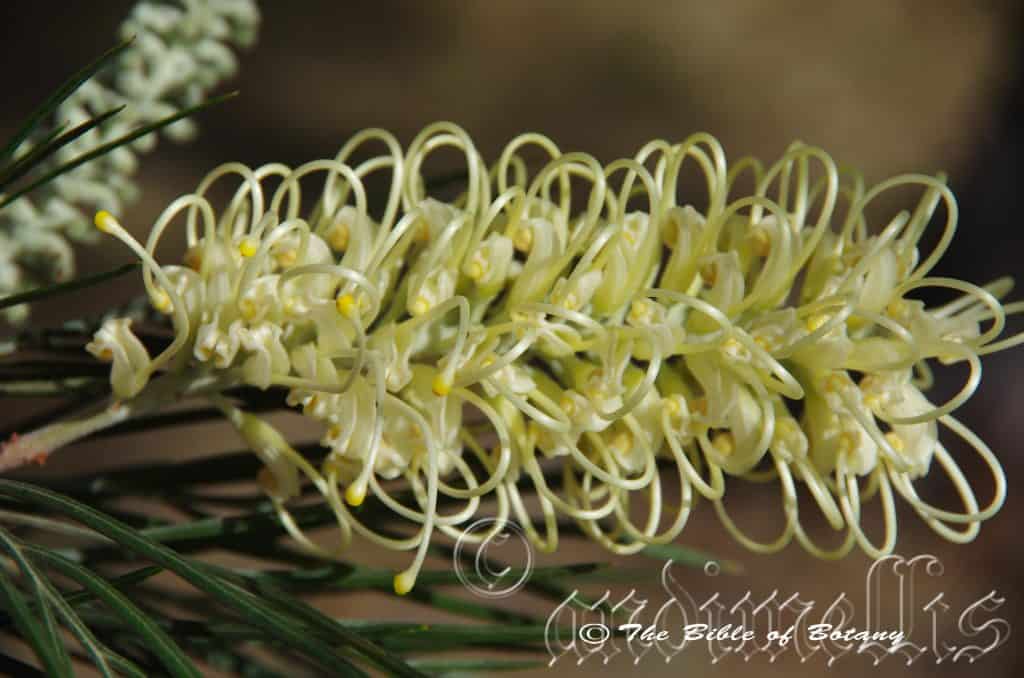
Miriam Vale Qld.
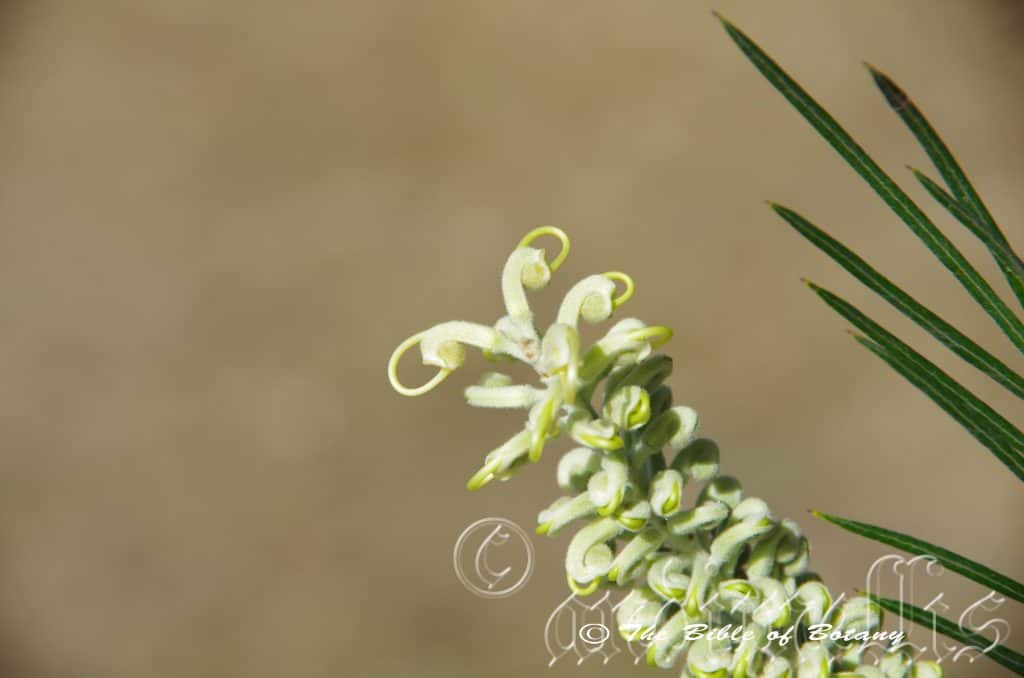
MiriamVale Qld.
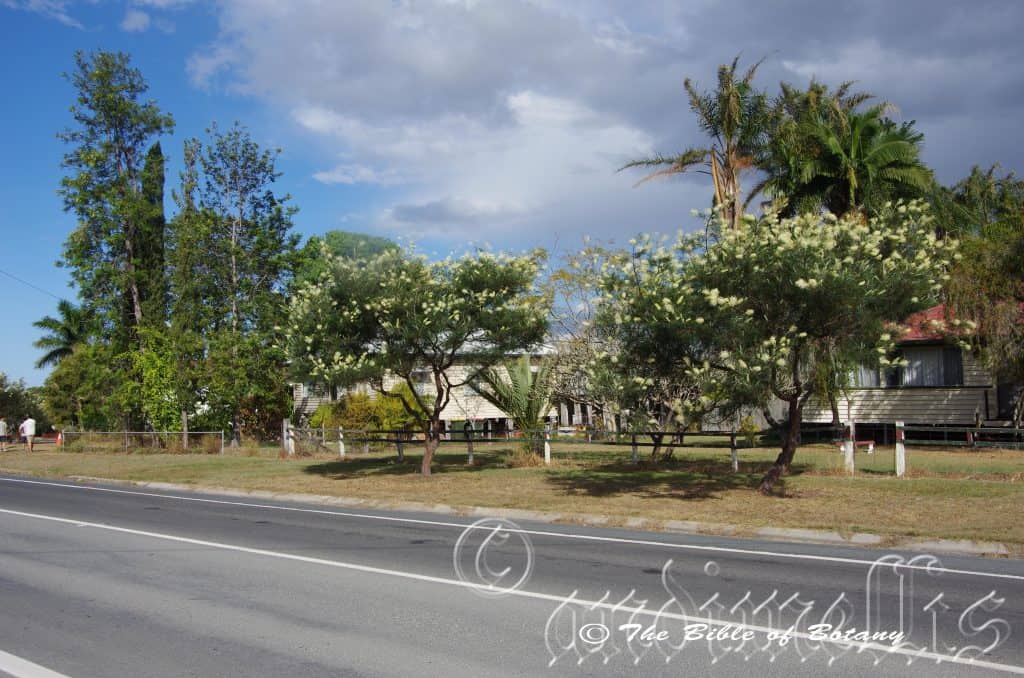
Miriam Vale Qld.
Grevillea sessilis
Classification:
Class: Magnoliopsida
Order: Proteales
Family: Proteaceae
Genus: Is named in honour of C. F. Greville; 1749-1809, who was a British expert botanist on Algae, a foundation member of the London Horticultural Society and a collector of rare plants.
Species: From Sessilis, which is Latin for to sit on. It refers to an organ usually the leaves or flowers, which do not have a stalk.
Common Name:
Distribution:
Grevillea sessilis is an endemic species to Queensland. It is found south from Cairns in the north in 6 disjunct localities to Carnarvon Gorge National Park and Expedition National Park.
https://avh.ala.org.au/occurrences/search?taxa=Grevillea+sessilis#tab_mapView
Habitat:
Grevillea sessilis prefers full sun to light dappled shade. It grows in open Eucalyptus woodlands and open dry Eucalyptus forests on flats slopes and hills. The altitude ranges from 40 meters ASL to 700 meters ASL.
The temperatures range from 3 degree in July to 39 degrees in January.
The rainfalls range from lows of 600mm to an average of 2800mm annually.
Soil Requirements:
Grevillea sessilis prefers to grow on sandy loams to light gritty clays. The soils are usually derived from decomposed sandstones, granites or at times basalts. The soils pH ranges from 5pH to 6pH are preferred. It does not tolerate waterlogged soils. Non saline soils to moderately saline soils are tolerated.
Height & Spread:
Wild Plants: 3m to 6m by 3m to 4m.
Characteristics:
Grevillea sessilis‘s bark is light grey glabrous and dull. Branchlets are grey green or a rusty brown and covered in white or fawn sericeous hairs.
Grevillea sessilis leaves are parapinnate to pinnate and measure 50mm to 160mm in length by 38mm to 120mm in width. There are 5 to 18 narrow ovate, oblong or oblong-linear lobes. The base lobes at times have small clefts. The individual lobes measure 35mm to 80mm in length by 4mm to 12mm in width. The petioles measure 15mm to 25mm in length though it is difficult to determine where the petiole starts and the attenuate base finishes. The bases are cuneate while the apexes are mucronate. The margins are entire flat and slightly recurved. The discolourous laminas are grey green and are sparsely covered in white sericeous hairs on the upper lamina while the lower lamina is greener and densely covered in short white sericeous hairs. The mid vein is slightly prominent below and faintly visible from above.
The inflorescence of Grevillea sessilis are erect, cylindrical conflorescences born auxiliary or terminally. The flowers measure 60mm to 180mm in length by 40mm to 60mm in diameter. The perianth is the most prominent part of the flower. The perianths are cream to creamy white from the base to the lobes. The perianths are moderately to densely covered in white to cream villous hairs externally and are sparsely covered in biramous hirsute hairs internally. The irregular individual perianths measure 7. 5mm to 12mm in length. The perianth is covered in short villose hairs externally and is glabrous internally.
The erect style is cream and glabrous. The pistils measure 25mm to 30mm in length. The ovaries are glabrous. The oblique pollen presenter is a similar colour to the style. The flowers appear from late April through to early December.
Grevillea sessilis‘s fruits are ellipsoidal follicles. The follicles are produced singularly radiating out from the central rachis and are covered in white tomentose, villous and biramous hirsute hairs. They measure 12mm to 15mm in length by 8mm to 10mm in width and 5mm to 6mm in depth. The style is persistent on the ripe follicles. The two grey flat, ovate seeds measure 7mm to 11mm in length by 4mm to 5mm in width including the wing which completely surrounds the seed.
Wildlife:
The open habit of growth and a proliferation of large nectar filled flowers are a great attraction and safe zone for larger and more aggressive honeyeaters like the Blue face Honeyeater Entomyzon cyanotis, Rainbow lorikeet Trichoglossus moluccanus, Red wattle Bird Meliphaga albilineata or yellow cheeked Wattle Bird Anthochaera carunculata.
Cultivation:
Grevillea sessilis is a very beautiful large shrub or small tree which should be more widely grown in sub-tropical regions and west of the Great Dividing Range in Queensland. It is ideal for small to large gardens. Garden subjects grow from 5 meters to 7 meters in height by 4 meters to 5 meters in diameter with an open habit.
Grevillea sessilis is better known for its hybrids like Mist Pink, Pink Surprise and Sandra Gordon which all have large flowers and flower over a long period of time especially over winter and early spring.
In Native gardens it can be used for bird attraction, as background plants, in more formal gardens or at the edge of a bush garden where their flowers can be viewed over the winter and spring. This means it is best planted in the center of a garden bed or adjacent to a small forest where it can blend in with other stronger foliage plants when it is not in flower. Use plants with deep green leaves and larger leaves to the rear and in the foreground use prostrate or low growing natives with finer leaves only. This will ensure that the whole plant blends into the background when not in flower or at least most of it. When mass planting, plant them sparingly throughout the block to get the best effect. One here and one there will be far better noticed in flower and forgotten about when void of flowers. If the foliage is required as a feature in the garden plant 2 or 3 very close together in an attempt to make them appear bushier. Light tip pruning may also be advantageous.
It can stand periods of drought and torrential rains though they have a tendency under ideal conditions to succumb to strong winds after wet weather by being uprooted especially when grown on heavier soils.
Propagation:
Seeds: Sow the seeds of Grevillea sessilis directly into a seed raising mix. When the seedlings are 25mm to 50mm tall, prick them out and plant them into 50mm native tubes using a good organic mix. It can also be placed in cold water for 24 hours prior to soaking. This can be more effective if the seeds are first placed in a calico bag and put through several washes in the washing machine if you are using cold water.
Once the seedlings reach 150mm to 200mm in height, nip the tips out before planting them out into their permanent position. For mass plantings plant them at 3.5 meters to 6 meter centers on whether a feature shrub or a bush scene is required.
Cuttings:
Use 30mm to 40mm long half ripened material when growing from cuttings from the present season’s growth. Use cuttings that have ripened shortly after the new growth has hardened in mid-autumn or early spring. Remove half the leaves from the bottom section being careful not to tear the bark.
1 Prepare the cutting mix by adding one third sharp clean river sand, one third peat and one third perlite. These ingredients are sterilize,
2 Select good material from non diseased plants,
3 Select semi green stems for cuttings. Look for a stem with two or three nodes,
4 Place the cutting on a flat, hard surface, and make a clean cut down one side of the cutting at the base for 10mm with a sharp sterile knife or razor blade. – This scarification of the node will increase the chances of roots emerging from this spot. Now remove all but one or two the leaves, leaving the apex leaves in tact. If the leaves are very large in proportion to the stem, cut off the apical halves.
5 Fill a saucer with water, and place a little medium strength rooting hormone into another container like a milk bottle top. Dip the node end of the cutting into the water and then into the rooting hormone. Tap off any excess hormone,
6 Use a small dipple stick or old pencil to poke a hole into the soilless potting mix. Ensure the hole is slightly larger than the stem diameter and be careful not to wipe the rooting hormone off the cuttings base, place the cuttings in a pattern ensuring the cuttings are not touching each other,
7 I like to place the pots in Plastic bags to help maintain temperature and moisture. Place in a semi shaded place like under 50mm shade cloth. – Place the trays under 30mm shade and keep the trays warm.
8 When the cuttings have struck, open the bag to allow air circulation for a few days to a week,
9 Once hardened off remove the cuttings from the bag and allow to further hardening for a few more days,
10 Transplant into a good potting mix to grow on.
Fertilize using seaweed, fish emulsion or organic chicken pellets soaked in water on an alternate basis. Fertilize every two months until the plants are established then twice annually in early September or March to maintain health, vitality and better flowering. Avoid synthetic fertilizers as they will most likely contain calcium and phosphorus at levels, which are toxic to most Proteaceae.
Further Comments from Readers:
Hi reader, it seems you use The Bible of Botany a lot. That’s great as we have great pleasure in bringing it to you! It’s a little awkward for us to ask, but our first aim is to purchase land approximately 1,600 hectares to link several parcels of N.P. into one at The Pinnacles NSW Australia, but we need your help. We’re not salespeople. We’re amateur botanists who have dedicated over 30 years to saving the environment in a practical way. We depend on donations to reach our goal. If you donate just $5, the price of your coffee this Sunday, We can help to keep the planet alive in a real way and continue to bring you regular updates and features on Australian plants all in one Botanical Bible. Any support is greatly appreciated. Thank you.
In the spirit of reconciliation we acknowledge the Bundjalung, Gumbaynggirr and Yaegl and all aboriginal nations throughout Australia and their connections to land, sea and community. We pay our respect to their Elders past, present and future for the pleasures we have gained.
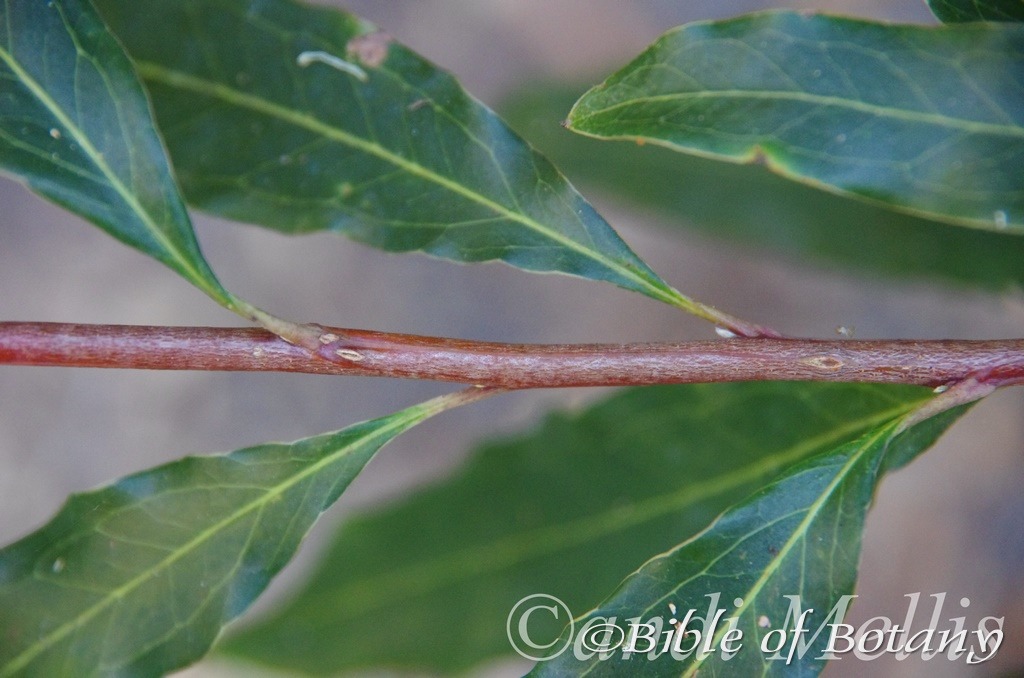
NCBG Coffs Harbour NSW
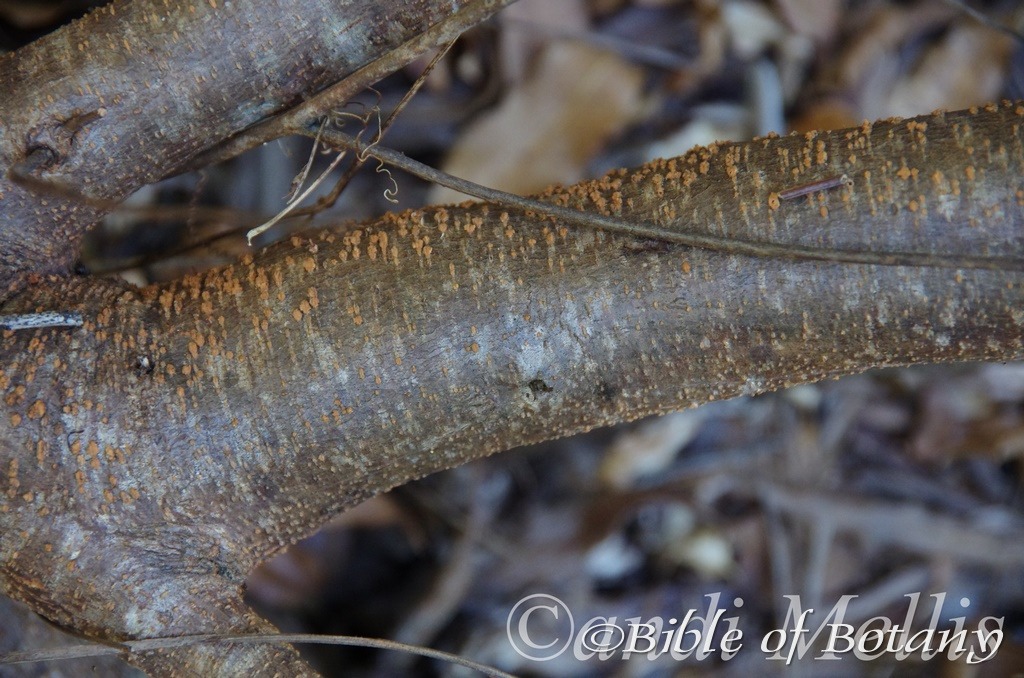
NCBG Coffs Harbour NSW
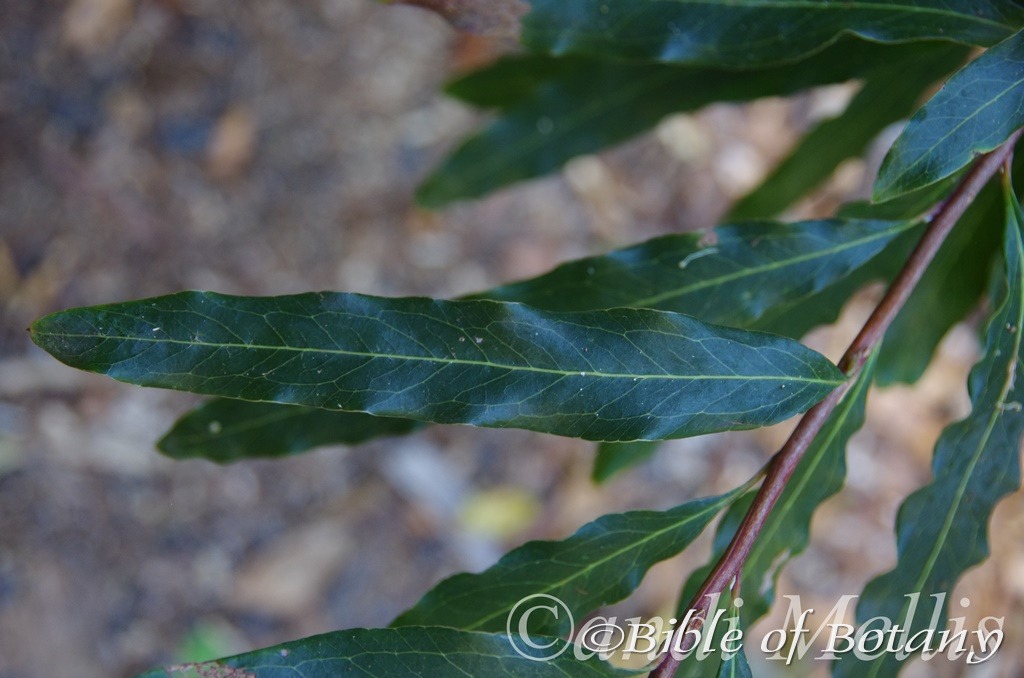
NCBG Coffs Harbour NSW
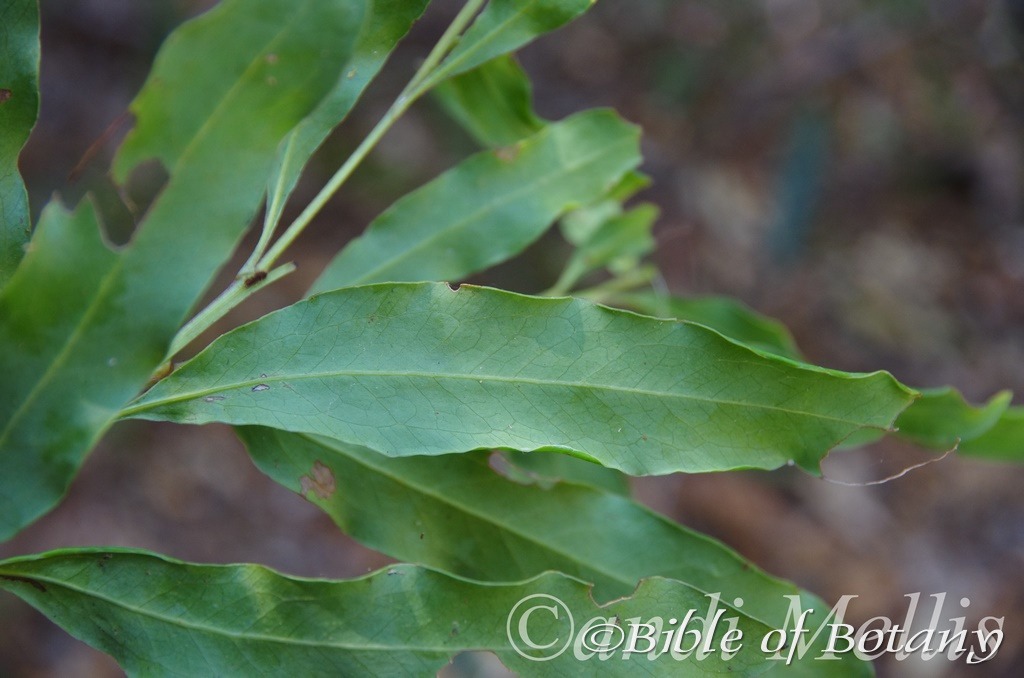
NCBG Coffs Harbour NSW
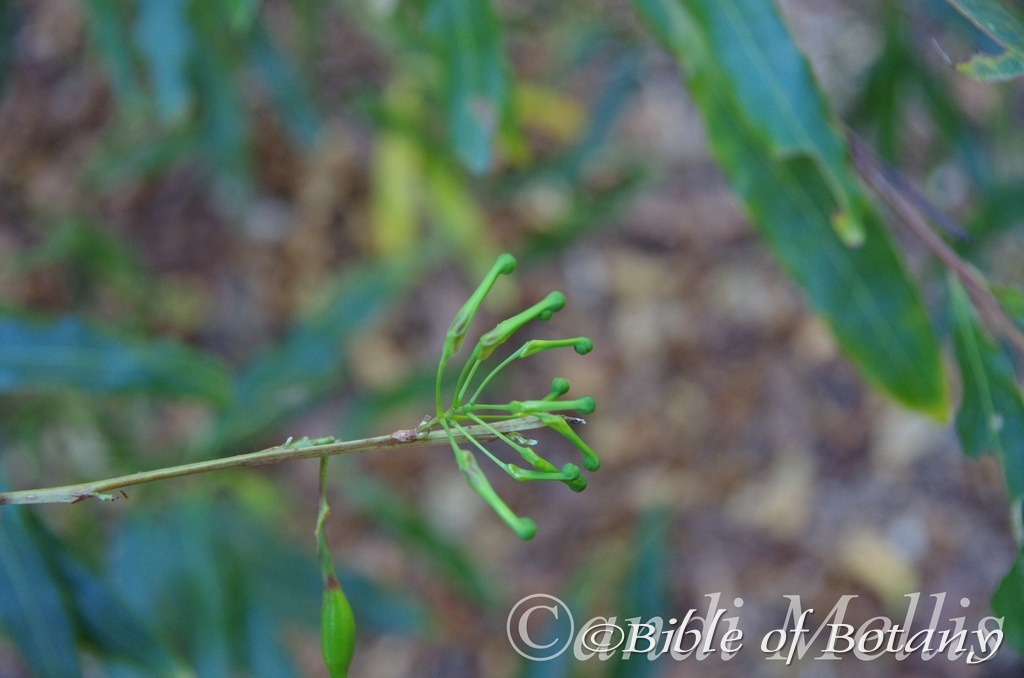
NCBG Coffs Harbour NSW
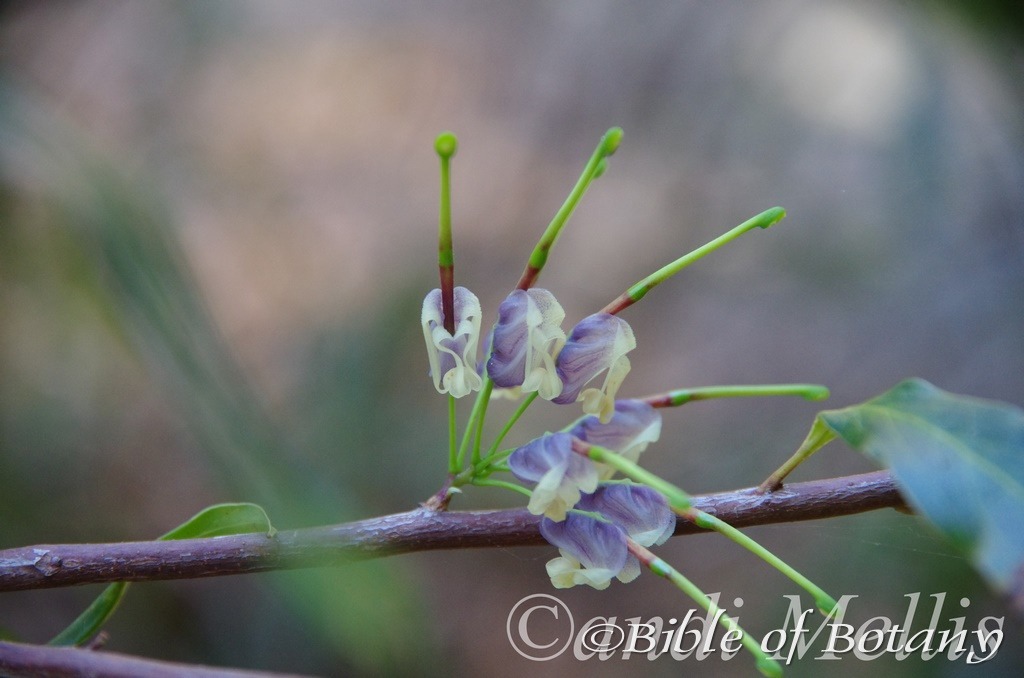
NCBG Coffs Harbour NSW
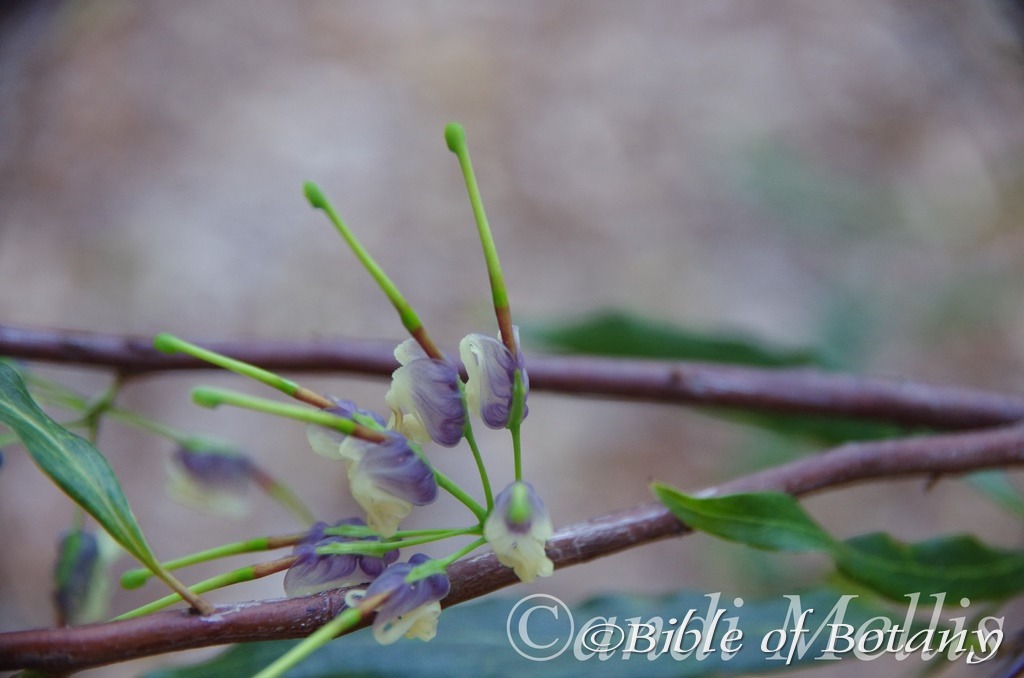
NCBG Coffs Harbour NSW
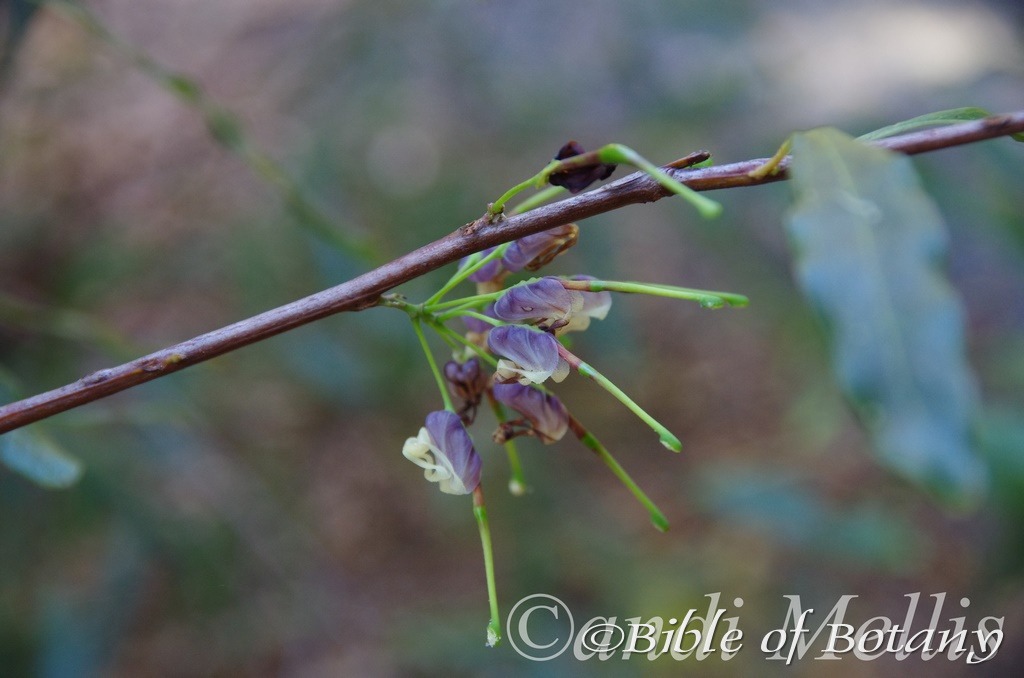
NCBG Coffs Harbour NSW
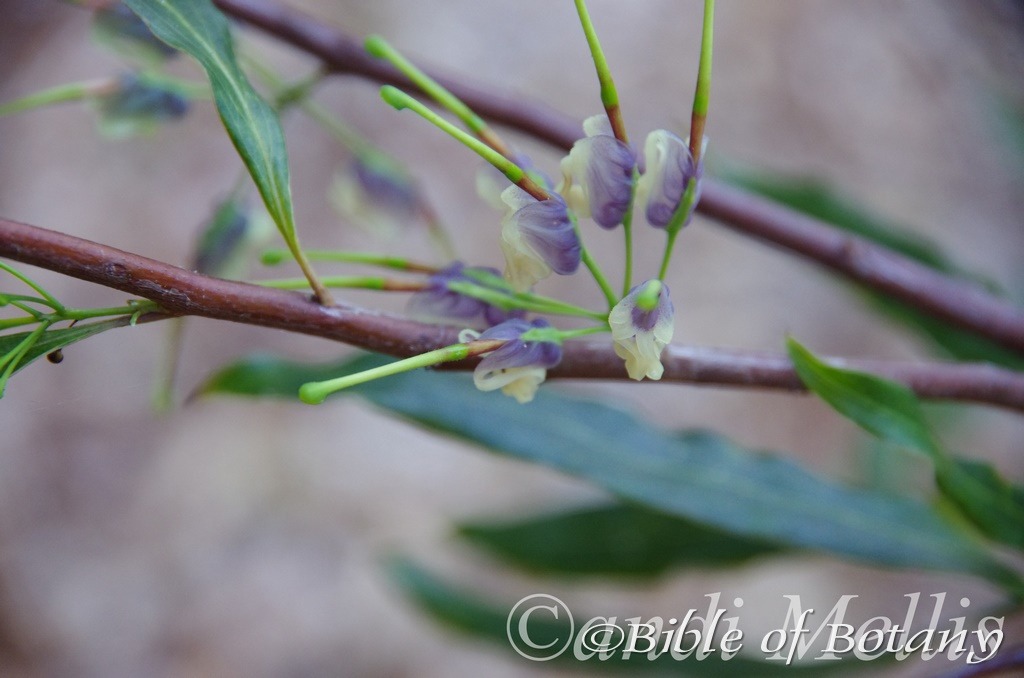
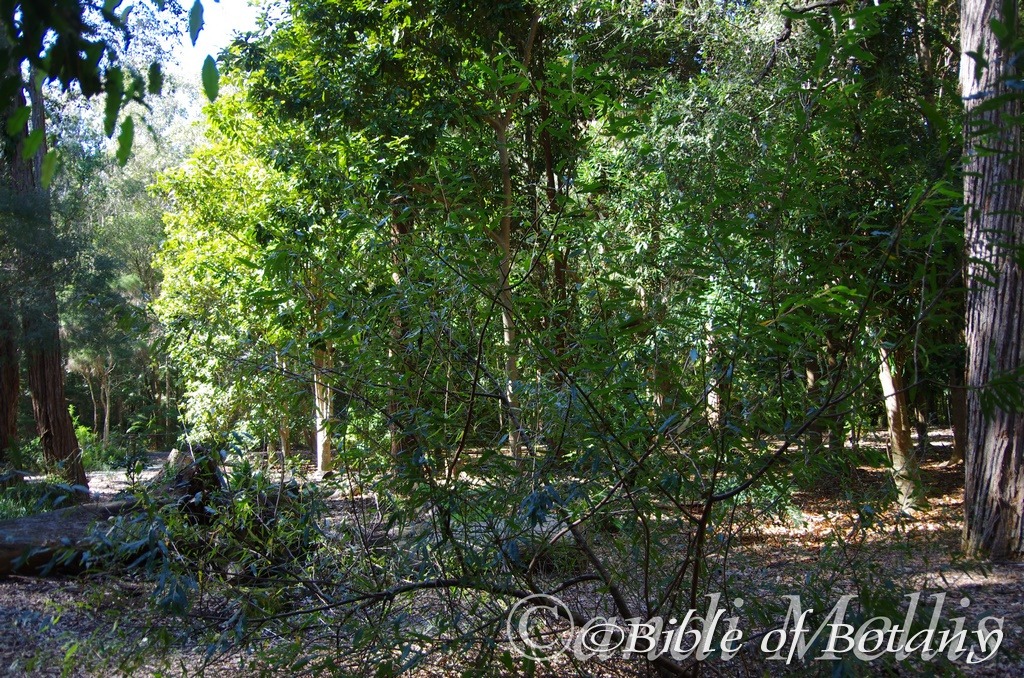
NCBG Coffs Harbour NSW
Grevillea shiressii
Classification:
Class: Magnoliopsida
Order: Proteales
Family: Proteaceae
Genus: Is named in honour of C. F. Greville; 1749-1809, who was a British expert botanist on Algae, a foundation member of the London Horticultural Society and a collector of rare plants.
Species: Is named in honour of Shiress; 1862-1944, who was an amateur botanist and collector with W. F. Blakely.
Sub Species:
Common Name: Gosford Grevillea.
Distribution:
Grevillea shiressii is restricted to a small area in and around Yengo National Park in New South Wales.
https://avh.ala.org.au/occurrences/search?taxa=Grevillea+shiressii#tab_mapView
Habitat Aspect Climate:
Grevillea shiressii prefers full sun to light dappled shade. It grows along riverine forests, riverine scrubs and wet Eucalyptus forests. The altitude ranges from 60 meters ASL to 450 meters ASL.
The temperatures range from 2 degrees in August to 36 degrees in January.
The rainfalls range from lows of 700mm to an average 1200mm annually.
Soil Requirements:
Grevillea shiressii prefers to grow on comprised of sand, sandy loams to light, fatty, sandy silts. The soils are alluvial deposits, derived from decomposed yellow, orange or red sandstones. The soils pH ranges from 5pH to 6pH are preferred. It does not tolerate waterlogged soils. Non saline soils to moderately saline soils are tolerated.
Height & Spread:
Wild Plants: 2m to 5m by 2m to 4m.
Characteristics:
The larger stems are deep grey to black, scabrous to tuberculate and fissured. Branchlets are a red-brown, glossy, angulated and channelled on the upper surface with green-brown longitudinal stripe at the corners.
The alternate, decussate, simple, and lanceolate to elliptical leaves measure 80mm to 190mm in length by 10mm to 30mm in width. The petioles measure 7mm to 15mm in length. The bases are cuneate while the apexes are acute. The discolourous laminas are deep sea green to deep olive green and glabrous on the upper lamina while the lower lamina is glaucous white or pale olive green and glabrous. The margins are entire and strongly undulating. The mid vein is prominent on the lower lamina and is distinctly visible on the upper lamina as are the two intramarginal veins which are 2mm to 4mm from the margins.
The inflorescences are born in clusters of 2 to 9 flowers born from the leaf axils. The wiry peduncles measure 12mm to 17mm in length. The perianth and style are the most prominent parts of the flower. The individual perianths are saccose and measure 6mm to 10mm in diameter. The perianths are variable, green at the base turning a purple-blue then translucent and finally creamy white at the apex of the limb. The perianth is glabrous externally and covered in fine tuberculate lumps internally. The perianth and lobes measure 18mm to 22mm in length while the limbs are free, strongly recurve they become inverted after anthesis.
The style is a deep red-brown to burgundy-red turning lime green as it approaches the stigma with a bright lime green stigma. The style has a distinct 1. 5mm bright lime green ring encircling it at the midpoint along its length. The pistils measure 27mm to 32mm in length. The style is mainly glabrous though there are a few white hirtellous hairs near the base. The lateral pollen presenter is lime green. The ovary is glabrous or rarely very sparsely covered in white hirtellous hairs. The flowers appear from July to December.
The fruits are rugose ellipsoidal follicles. The style is not persistent on the follicle. The follicles are produced from singularly along the raceme. It is glabrous and measure 14mm to 16mm in length by 8mm to 10mm in diameter and turn brown when ripe. The grey-brown seeds are ellipsoidal. The seeds measure 4mm to 6mm in length by 2. 5mm to 3mm in diameter and are surrounded by a chartaceous wing.
Wildlife:
Unknown to the author but most probably are visited by butterflies or smaller nectar feeding birds.
Cultivation:
Grevillea shiressii is a very rare Grevillea that does very well in temperate to subtropical areas on the east coast. It is ideal along water courses or where there is adequate ground moisture. It is fast growing and help make a rainforest understory come to life in a few short years.
It should be more widely grown in temperate areas of Australia where garden subjects will grow from 4. 5 meters to 5. 5 meters in height by 4 meters to 5. 5 meters in diameter when grown in the open. It is best suited to loams better quality light clays and gravelly soils that retain even soil moisture. It can be used as an understory plant at the verges of rainforest gardens or for hedges and screens in semi shaded areas.
If mild native fertilizers are used it will develop deep sea green leaves.
A bend in a path can be broken up by placing them at the bend. Place them in the midground or background with ground covers, smaller shrubs in front and larger plants behind. Plants with small red flowers can be used in the foreground while large flowering specie can be placed in the background when it is in the center.
This is a huge shrub for medium to large gardens that prides itself in hiding its perfect blooms but once father’s day looms it is worth the effort in foraging through the leaves to locate the first blooms of the season.
Propagation:
Seeds: Sow the seeds of Grevillea shiressii directly into a seed raising mix. When the seedlings are 25mm to 50mm tall, prick them out and plant them into 50mm native tubes using a good organic mix. It can also be placed in cold water for 24 hours prior to soaking. This can be more effective if the seeds are first placed in a calico bag and put through several washes in the washing machine if you are using cold water.
Once the seedlings reach 150mm to 200mm in height, nip the tips out before planting them out into their permanent position. For mass plantings plant them at 2 meters to 5 meter centers on whether a feature shrub or a bush scene is required.
Cuttings:
Use 30mm to 40mm long half ripened material when growing from cuttings from the present season’s growth. Use cuttings that have ripened shortly after the new growth has hardened in mid-autumn or early spring. Remove half the leaves from the bottom section being careful not to tear the bark.
1 Prepare the cutting mix by adding one third sharp clean river sand, one third peat and one third perlite. These ingredients are sterilize,
2 Select good material from non diseased plants,
3 Select semi green stems for cuttings. Look for a stem with two or three nodes,
4 Place the cutting on a flat, hard surface, and make a clean cut down one side of the cutting at the base for 10mm with a sharp sterile knife or razor blade. – This scarification of the node will increase the chances of roots emerging from this spot. Now remove all but one or two the leaves, leaving the apex leaves in tact. If the leaves are very large in proportion to the stem, cut off the apical halves.
5 Fill a saucer with water, and place a little medium strength rooting hormone into another container like a milk bottle top. Dip the node end of the cutting into the water and then into the rooting hormone. Tap off any excess hormone,
6 Use a small dipple stick or old pencil to poke a hole into the soilless potting mix. Ensure the hole is slightly larger than the stem diameter and be careful not to wipe the rooting hormone off the cuttings base, place the cuttings in a pattern ensuring the cuttings are not touching each other,
7 I like to place the pots in Plastic bags to help maintain temperature and moisture. Place in a semi shaded place like under 50mm shade cloth. – Place the trays under 30mm shade and keep the trays warm.
8 When the cuttings have struck, open the bag to allow air circulation for a few days to a week,
9 Once hardened off remove the cuttings from the bag and allow to further hardening for a few more days,
10 Transplant into a good potting mix to grow on.
Fertilize using seaweed, fish emulsion or organic chicken pellets soaked in water on an alternate basis. Fertilize every two months until the plants are established then twice annually in early September or March to maintain health, vitality and better flowering. Avoid synthetic fertilizers as they will most likely contain calcium and phosphorus at levels, which are toxic to most Proteaceae.
Further Comments from Readers:
Hi reader, it seems you use The Bible of Botany a lot. That’s great as we have great pleasure in bringing it to you! It’s a little awkward for us to ask, but our first aim is to purchase land approximately 1,600 hectares to link several parcels of N.P. into one at The Pinnacles NSW Australia, but we need your help. We’re not salespeople. We’re amateur botanists who have dedicated over 30 years to saving the environment in a practical way. We depend on donations to reach our goal. If you donate just $5, the price of your coffee this Sunday, We can help to keep the planet alive in a real way and continue to bring you regular updates and features on Australian plants all in one Botanical Bible. Any support is greatly appreciated. Thank you.
In the spirit of reconciliation we acknowledge the Bundjalung, Gumbaynggirr and Yaegl and all aboriginal nations throughout Australia and their connections to land, sea and community. We pay our respect to their Elders past, present and future for the pleasures we have gained.
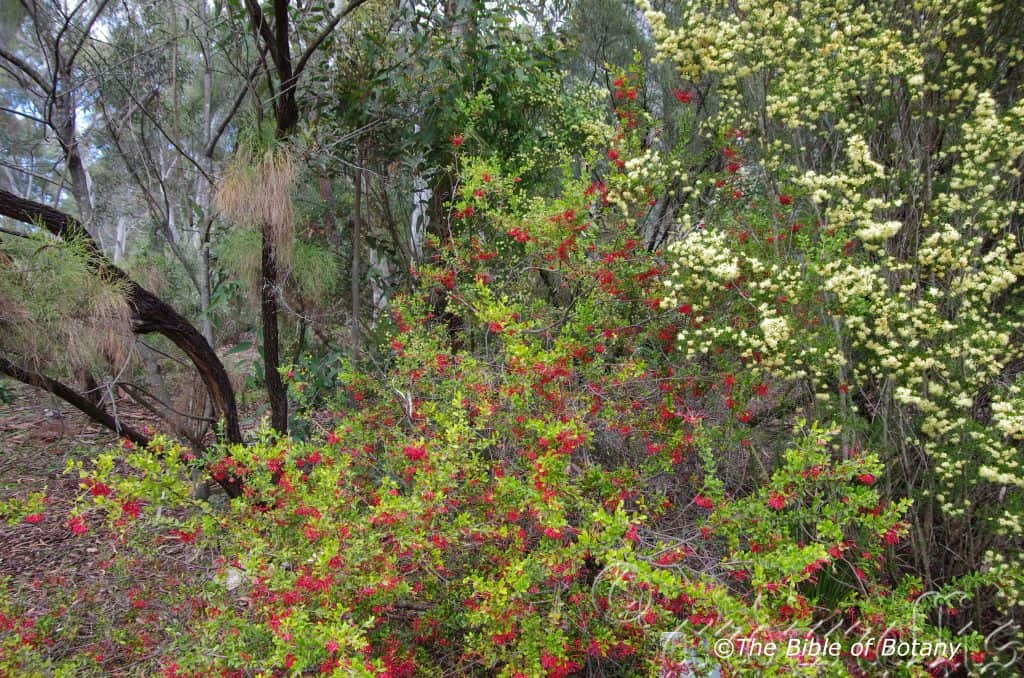
CSIRO Grounds Reid ACT
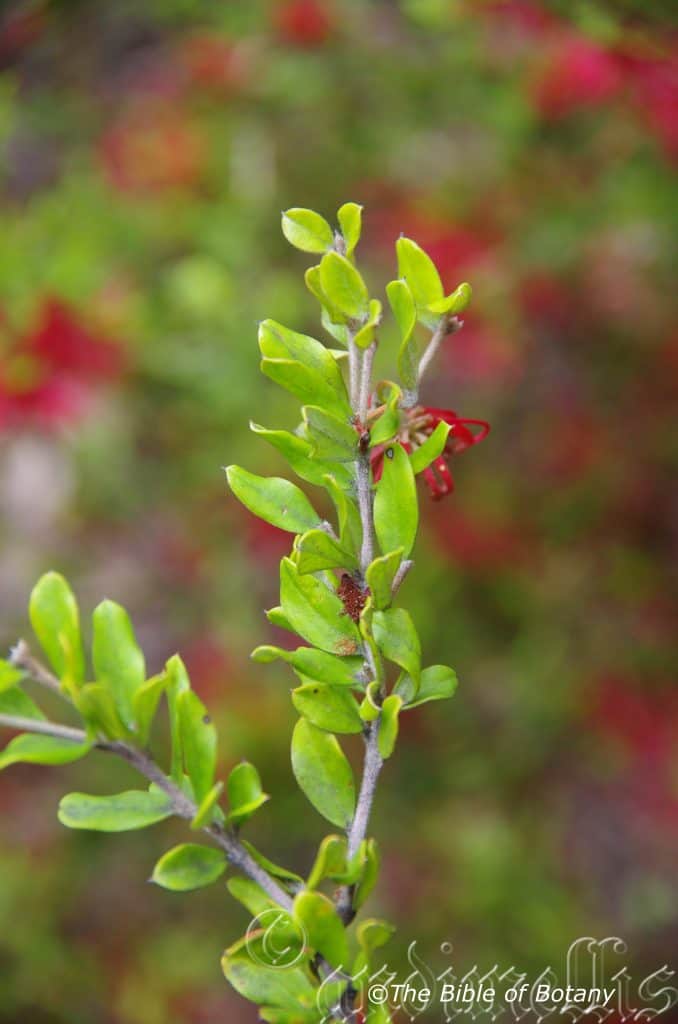
CSIRO Grounds Reid ACT
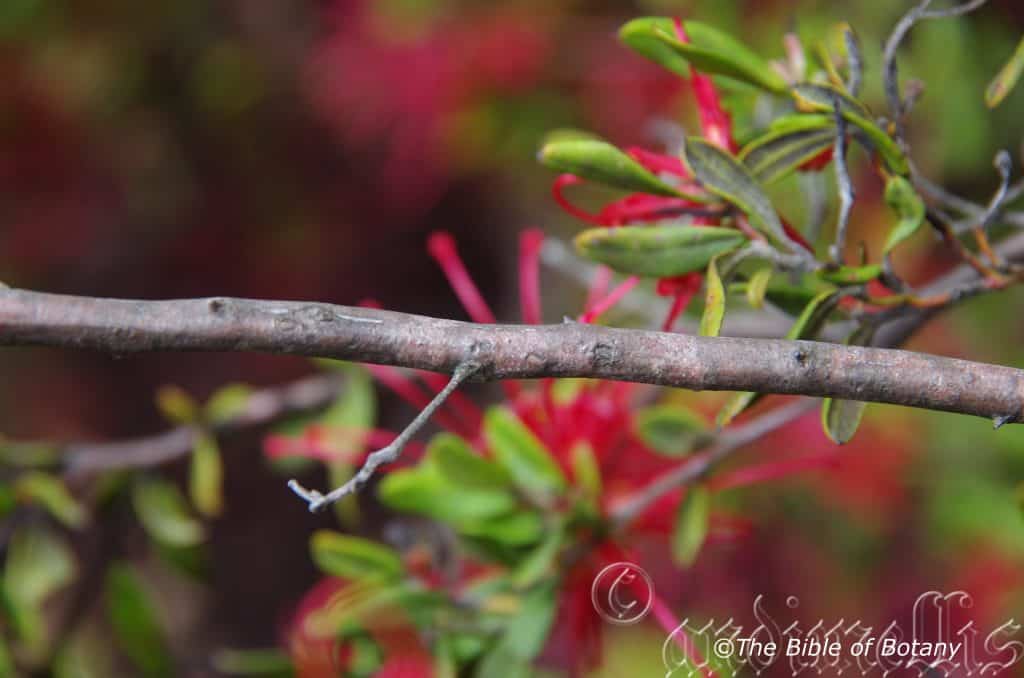
CSIRO Grounds Reid ACT
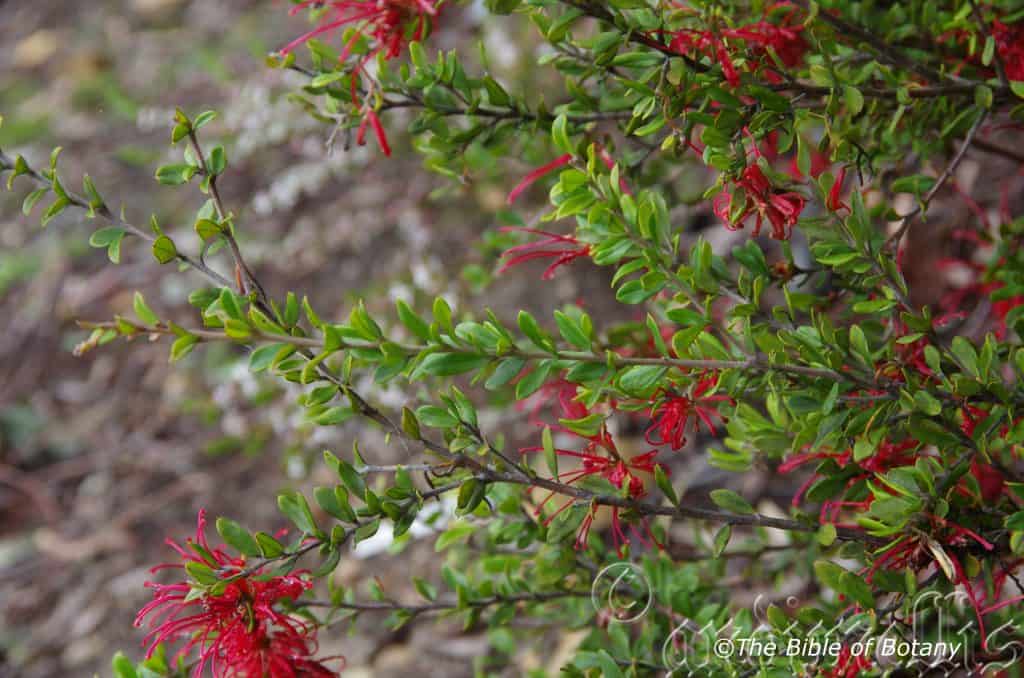
CSIRO Grounds Reid ACT
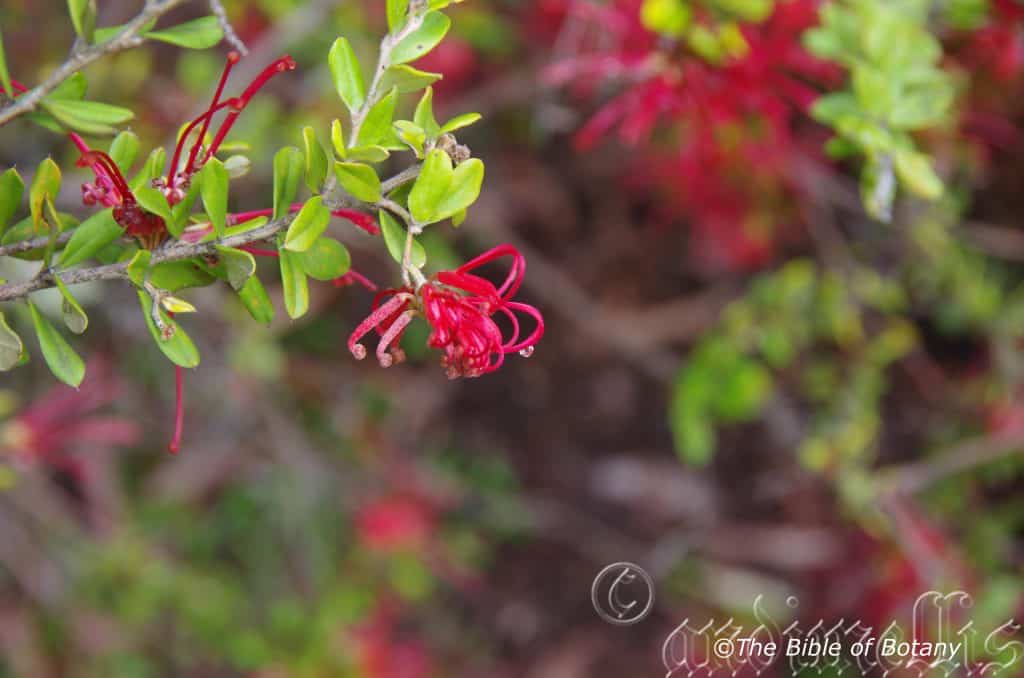
CSIRO Grounds Reid ACT
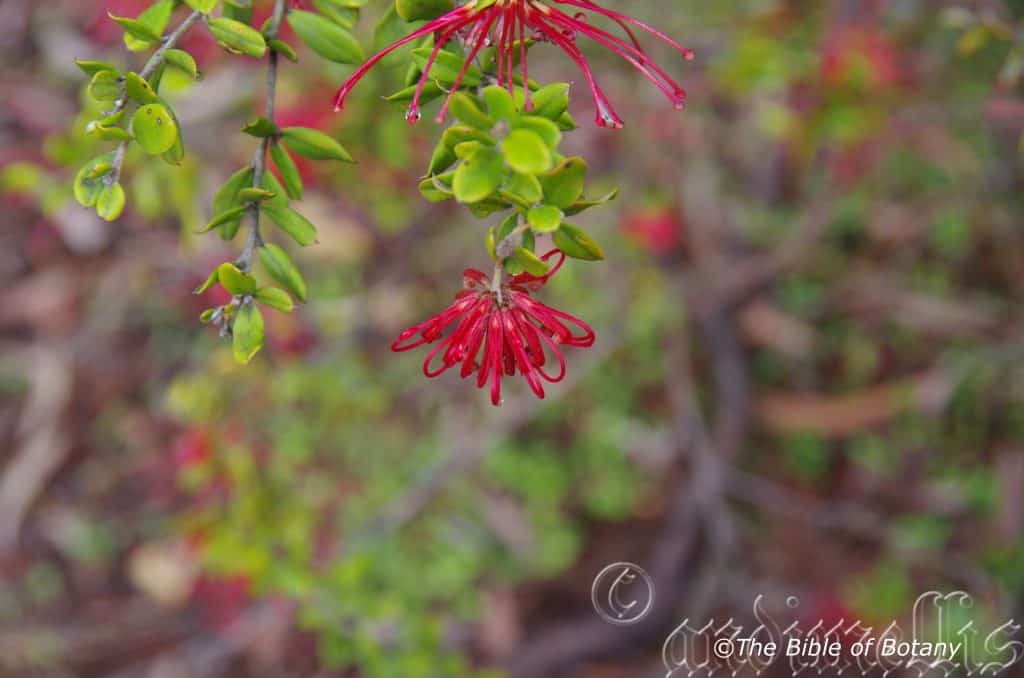
CSIRO Grounds Reid ACT
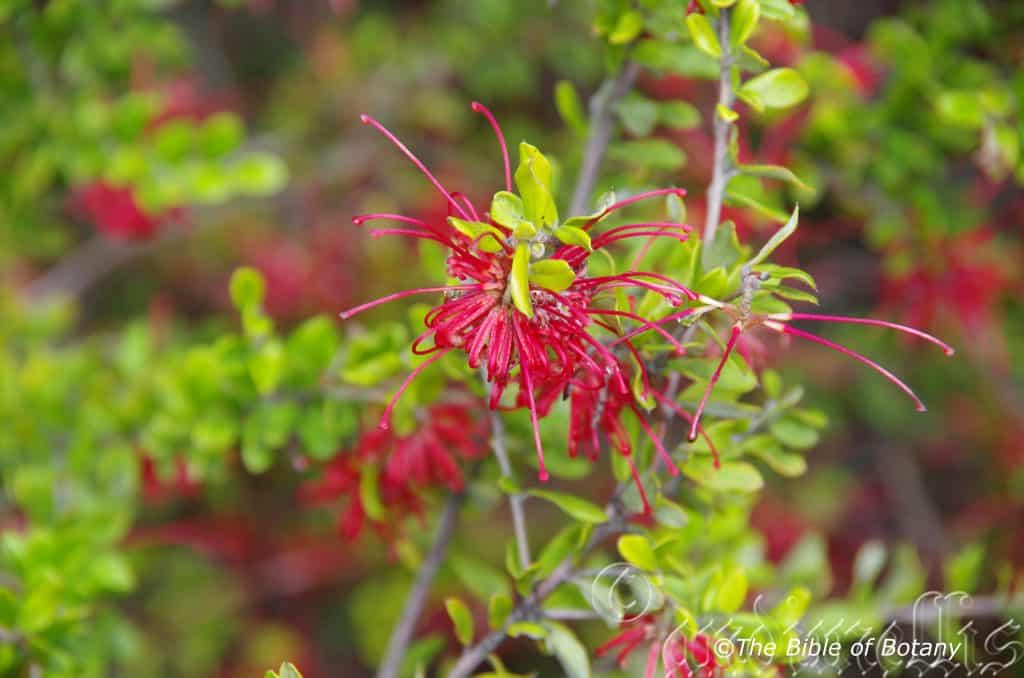
CSIRO Grounds Reid ACT
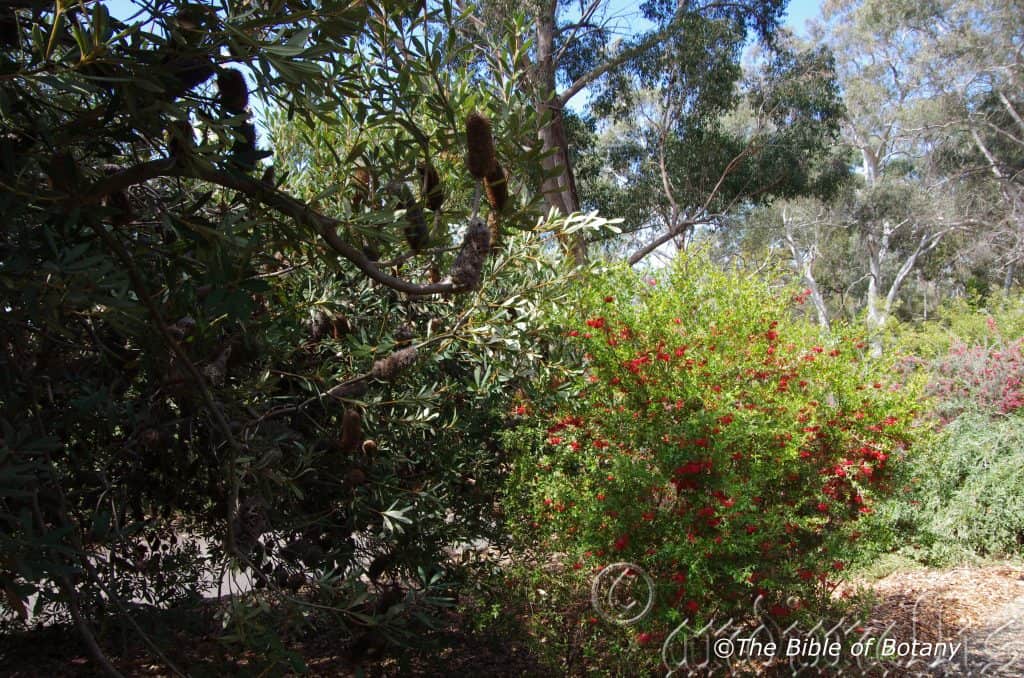
National Botanic Gardens ACT
Grevillea speciosa
Classification:
Class: Magnoliopsida
Order: Proteales
Family: Proteaceae
Genus: Is named in honour of C. F. Greville; 1749-1809, who was a British expert botanist on Algae, a foundation member of the London Horticultural Society and a collector of rare plants.
Species: From Speciosum, which is Latin for the appearance of. It refers to plants especially the flowers, which display an appearance of being good-looking, handsome, beautiful splendid, brilliant or showy.
Common Name: Red Spider Flower.
Distribution:
Grevillea speciosa is an endemic species to New South Wales. It is found in and around the Blue Mountains to the coast.
https://avh.ala.org.au/occurrences/search?taxa=Grevillea+speciosa#tab_mapView
Habitat Aspect Climate:
Grevillea speciosa prefers full sun. It grows below medium size trees, low trees and moist Eucalyptus forests to the edges of moist heaths. The altitude ranges from 100 meters ASL to 800 meters ASL.
The temperatures range from minus 4 degrees in August to 38 degrees in January.
The rainfalls range from lows of 700mm to an average of 1200mm annually.
Soil Requirements:
Grevillea speciosa prefers to grow on sandy loams to light fatty, gritty sands. The soils are derived from various types of decomposed sandstone. The soils pH ranges from 5pH to 6pH are preferred. It does not tolerate waterlogged soils. Non saline soils to moderately saline soils are tolerated.
Height & Spread:
Wild Plants: 0. 5m to 3m by 1m to 3m.
Characteristics:
Grevillea speciosa’s bark is deep pinkish-brown, glabrous and semi glossy. The angular branchlets are a dull grey-green and are moderately to densely covered in white subsericeous to villous hairs.
Grevillea speciosa opposite or loose whirls of 3 leaves are narrow elliptical, broad elliptical or almost orbicular. They measure 10mm to 40mm in length by 5mm to 19mm in width. The bases are cuneate while the apexes are acute. The concolourous laminas are dark green on and glabrous on the upper laminas while the lower laminas are moderately covered in white subsericeous to pubescent hairs. The laminas are flat or decurve downwards from the mid vein to the margins while the margins are entire and shortly refracted. The mid vein is slightly prominent on the lower lamina and is visible from the upper lamina. The petioles measure 1. 5mm to 3mm in length.
The acroscopic conflorescences of Grevillea speciosa are usually a raceme born terminally or at times from the upper leaf axils. The semi spherical to subsecunda has 20 to 34 individual flowers. The peduncles, rachis and pedicels are glabrous to sparsely covered in white sericeous hairs. The peduncles measure 5mm to 12mm in length while the rachises measure 5mm to 8mm in length and the pedicels measure 2mm to 4mm in length. The perianth and style are the most prominent parts of the flower. The variable perianths are usually red, salmon, orange-red, deep pink or rarely cream. The perianths are covered in white subsericeous to tomentose hairs externally and are covered in white hirtellous hairs internally. The individual perianths measure 20mm to 28mm in length.
The style is usually scarlet-red, salmon, coral pink or rarely creamy yellow from the base to the stigma. The style gently curves from the base to the stigma and is glabrous on the basal half and sparsely covered in minute, white, hirtellous hairs for 3mm to 16mm below the stigma. The pistils measure 25mm to 35mm in length. The oblique stigma and pollen presenter are the same colour as the style while the ovary is glabrous. The flowers appear from July to early November though some flowers may appear throughout the year.
Grevillea speciosa fruits are narrow ellipsoidal to narrow ovoidal follicles. The follicles are produced singularly radiating out from the leaf axils and turn brown when ripe. They measure 12mm to 20mm in length by 5mm to 12mm in diameter. The style is persistent on the ripe follicles. The 2 flat grey seeds measure 7mm to 10mm in length by 3mm to 5mm in width and are completely surrounded by a fawn, chartaceous wing.
Confusing Specie:
Grevillea oleoides leaves measure 5mm to 14mm in length. The conflorescences are usually held within the foliage while the peduncles measure 3mm to 5mm in length.
Apparently there are specimens with intermediate traits between Grevillea speciosa and Grevillea oleoides are known from what are now the eastern and southern suburbs of Sydney which makes positive identification even more difficult.
Grevillea dimorpha has abaxial, axillary conflorescences on shorter peduncles with fewer flowers.
Grevillea victoriae has some varieties that appear to be similar but are distinguished by the pistils which measure less than 25mm in length. The leaves are usually much larger with the midvein on the lower laminas being densely hairy.
Hybrids are known between the separate species as well as with Grevillea sericea where their distributions overlap.
Wildlife:
Grevillea speciosa proliferation of flowers make them very attractive and safe havens for small to medium honeyeaters like the Silver Eyes (Zosterops lateralis), Yellow Face Honeyeater (Lichenostomus chrysops), Brown Honeyeater (Lichmera indistincta) and the eastern Spinebill. (Acanthorhynchus tenuirostris).
Cultivation:
Grevillea speciosa is a very beautiful small Grevillea which should be more widely grown. It suits small to large gardens. Garden subjects grow from 2 meters to 3 meters in height by 2 meters to 3 meters in diameter when grown in the open. There are now several cultivars around to select from which will suit every sunny position in the garden. The smaller forms are particularly good around swimming pools adding colour particularly in the winter months when the pool and surrounds are not all that attractive.
In Native gardens it can be used for attracting small honeyeaters, borders or placed in a position to force a change of direction when the path is higher than the surrounding land. A bend in a path can break up straight lines. Place a smaller cultivar at the end of the path or taller forms in the lower sites so that the eye is looking down on the plants. It is also great where a steep bank forces a change in direction especially if you are looking up to the plant without having the sun in the eyes. Because the flowers are pendant bowls they give a very unusual display from below. This will lead your eyes up and under the plants, yet they will walk the bend without noticing the change in direction.
Use it as a foreground plant with taller plants as the backdrop. Most red flowering Grevillea and this one is no exception look great when mixed with small Acacia specie. Try Grevillea speciosa surrounded by prostrate Acacia specie for something spectacularly different for spring colour in the garden. Be imaginative and use curves mix the blend and numbers to create unusual shapes in the garden bed. Do not try this in reverse as the smaller flowers of the Grevillea speciosa will be lost with the over powering brilliance of most Acacia specie.
Propagation:
Seeds: Sow the seeds of Grevillea speciosa directly into a seed raising mix. When the seedlings are 25mm to 50mm tall, prick them out and plant them into 50mm native tubes using a good organic mix. It can also be placed in cold water for 24 hours prior to soaking. This can be more effective if the seeds are first placed in a calico bag and put through several washes in the washing machine if you are using cold water.
Once the seedlings reach 150mm to 200mm in height, nip the tips out before planting them out into their permanent position. For mass plantings plant them at 1 meter to 5 meter centers on whether a feature shrub or a bush scene is require
Cuttings:
Use 30mm to 40mm long half ripened material when growing from cuttings from the present season’s growth. Use cuttings that have ripened shortly after the new growth has hardened in mid-autumn or early spring. Remove half the leaves from the bottom section being careful not to tear the bark.
1 Prepare the cutting mix by adding one third sharp clean river sand, one third peat and one third perlite. These ingredients are sterilize,
2 Select good material from non diseased plants,
3 Select semi green stems for cuttings. Look for a stem with two or three nodes,
4 Place the cutting on a flat, hard surface, and make a clean cut down one side of the cutting at the base for 10mm with a sharp sterile knife or razor blade. – This scarification of the node will increase the chances of roots emerging from this spot. Now remove all but one or two the leaves, leaving the apex leaves in tact. If the leaves are very large in proportion to the stem, cut off the apical halves.
5 Fill a saucer with water, and place a little medium strength rooting hormone into another container like a milk bottle top. Dip the node end of the cutting into the water and then into the rooting hormone. Tap off any excess hormone,
6 Use a small dipple stick or old pencil to poke a hole into the soilless potting mix. Ensure the hole is slightly larger than the stem diameter and be careful not to wipe the rooting hormone off the cuttings base, place the cuttings in a pattern ensuring the cuttings are not touching each other,
7 I like to place the pots in Plastic bags to help maintain temperature and moisture. Place in a semi shaded place like under 50mm shade cloth. – Place the trays under 30mm shade and keep the trays warm.
8 When the cuttings have struck, open the bag to allow air circulation for a few days to a week,
9 Once hardened off remove the cuttings from the bag and allow to further hardening for a few more days,
10 Transplant into a good potting mix to grow on.
Fertilize using seaweed, fish emulsion or organic chicken pellets soaked in water on an alternate basis. Fertilize every two months until the plants are established then twice annually in early September or March to maintain health, vitality and better flowering. Avoid synthetic fertilizers as they will most likely contain calcium and phosphorus at levels, which are toxic to most Proteaceae.
Further Comments from Readers:
Hi reader, it seems you use The Bible of Botany a lot. That’s great as we have great pleasure in bringing it to you! It’s a little awkward for us to ask, but our first aim is to purchase land approximately 1,600 hectares to link several parcels of N.P. into one at The Pinnacles NSW Australia, but we need your help. We’re not salespeople. We’re amateur botanists who have dedicated over 30 years to saving the environment in a practical way. We depend on donations to reach our goal. If you donate just $5, the price of your coffee this Sunday, We can help to keep the planet alive in a real way and continue to bring you regular updates and features on Australian plants all in one Botanical Bible. Any support is greatly appreciated. Thank you.
In the spirit of reconciliation we acknowledge the Bundjalung, Gumbaynggirr and Yaegl and all aboriginal nations throughout Australia and their connections to land, sea and community. We pay our respect to their Elders past, present and future for the pleasures we have gained.
Grevillea stenobotrya
Classification:
Class: Magnoliopsida
Order: Proteales
Family: Proteaceae
Genus: Is named in honour of C. F. Greville; 1749-1809, who was a British expert botanist on Algae, a foundation member of the London Horticultural Society and a collector of rare plants.
Species: From Stenos, which is Ancient Greek for narrow and Botrys, which is Ancient Greek for a bunch of grapes. It refers to flowers and fruits, which are somewhat like slender bunches of grapes from a distance.
Sub Species:
Common Name: Sandhill Grevillea.
Distribution:
Grevillea stenobotrya is widespread throughout central Australia south from the Nickol River along the Western Australia Fowler Bay in South Australia and north east through north western New South Wales to Charleville in Queensland. From here it turns westward to Tennant Creek in the Northern Territory and west to Halls Creek and back to along Salt Creek and the Mandora Soak in Western Australia. There is an isolated population on castle Hill in Townsville in coastal eastern Queensland.
https://avh.ala.org.au/occurrences/search?taxa=Grevillea+stenobotrya#tab_mapView
Habitat Aspect Climate:
Grevillea stenobotrya prefers full sun. It grows in open Eucalyptus woodlands, open Acacia woodlands and savannah plains. The altitude ranges from sea level to 100 meters ASL.
The temperatures range from minus 2 degrees in August to 39 degrees in January.
The rainfall ranges from lows of 50mm to an average 450mm annually.
Soil Requirements:
Grevillea stenobotrya prefers to grow on red or yellow sands or sandy loams to light fatty clays. The soils are usually derived from decomposed sandstones, accumulated windblown sands or at times granite. The soils pH ranges from 5. 5pH to 7. 5pH are preferred. It does not tolerate waterlogged soils. Non saline soils to very saline soils are tolerated.
Height & Spread:
Wild Plants: 1. 5m to 6m by 2m to 3m.
Characteristics:
The larger stems branch extensively from near the ground and are grey to greyish-brown. The branchlets are pale reddish-brown to mid grey-green, conspicuously angular and slightly scabrous with faint longitudinal ridges. The apexes are covered in fine, white or pale grey, sericeous hairs.
The alternate, simple, linear leaves measure 100mm to 280mm in length by 1mm to 3mm in width or at times have 2 to 7 linear lobes usually forking near the base. The petiole measures 10mm to 20mm in length. The apexes taper to a point. The concolourous laminas are pale grey-green to deep green or deep grey-green and glabrous on the upper laminas while the lower laminas are densely covered in white or pale grey sericeous hairs. The laminas are strongly revolute to the mid vein. The margins are entire. The mid vein is rounded and prominent on the lower lamina and is not visible on the upper lamina.
The conflorescences are erect, much branched cylindrical to narrow sub conical racemes. The conflorescences have 100 to 140 individual white to pale cream or at times pale yellow flowers. The peduncle is glabrous while the rachis and pedicels are glabrous to sparsely covered in short white villous hairs. The peduncles measure 15mm to 40mm in length while the rachis measures 60mm to 240mm in length and the pedicels measure 1mm to 3mm in length. The perianth and style are the most prominent parts of the flower. The individual perianths are white, cream or pale yellow. It is sparsely to moderately covered in short white villous hairs externally and are sparsely covered in soft, white hirsute hairs internally.
The perianth and lobes measure 4mm to 6mm in length while the pistil measures 6mm to 11mm length. The white or cream to pale yellow style has a very oblique pollen presenter.
The flowers appear from June to November.
The fruits are strongly compressed orbicular follicles. The style is persistent. The green follicles turn deep chocolate brown with a flaky exocarp to reveal a glabrous, fawn layer beneath. The exocarp is glabrous to rugulose on the ripe follicles while the style is persistent. The follicles measure 11mm to 13mm in length by 6mm to 8mm in diameter and turn brown when ripe.
Wildlife:
Grevillea stenobotrya wildlife is unknown to the author. However on the east coast in gardens it is enthusiastically sought out by small nectar eating birds like the Silver Eyes (Zosterops lateralis), Yellow Face Honeyeater (Lichenostomus chrysops), Brown Honeyeater (Lichmera indistincta) and the eastern Spinebill. (Acanthorhynchus tenuirostris).
Cultivation:
Grevillea stenobotrya is a fine foliaged Grevillea that does very well on the east coast in temperate to sub-tropical areas at least as far north as Townsville and south to Newcastle. It suits small to large gardens grows from 3 meters to 4 meters in height by 2 meters to 3 meters in diameter when grown in the open as a bushy shrub. It can be lightly tipped pruned to any shape. It is best suited to pure sand, loams better quality light fatty clays and gravelly soils that dry out between watering.
In Native gardens it can be used for attracting small to medium birds, butterflies and native bees. In temperate or drier districts it can be a good starter plant giving good colour to the garden at a very early age.
It can be grown around swimming pools, near paths, along driveways, around fish or frog ponds, in larger rockeries, formal beds Japanese gardens or snuck in between Eucalyptus trees where plenty of sunlight reaches the ground.
A bend in a path can be broken up by placing them at the bend. Place them in the foreground with medium and smaller plants to the sides as this will give a more enclosed feel and interest in what may lay beyond the bend. Plants with either small red flowers or blue flowers can be used in the midground while large flowering specie can be placed in the background. Whether it is in flower or not this plant will catch your attention and the viewer will be transfixed on the display rather than watching the path.
Small Acacia specie can also be used to great effect as their flowering will compliment the red from Grevillea stenobotrya especially if they have deep yellow flowers. The fine deep green leaves and white flowers will offset the strong flowers of the Acacia specie and in fact would be a complementary contrast if the prostrate or smaller Acacias were to flower at in a different season.
It is great in large rockeries or as mid ground plants in bush gardens where their fine leaves accentuate the flowers draw attention from the plants around them or draw attention to the other plants when it is not in flower. Here it can be planted in small groups of 2 or 3 or as a standalone plant in the small rockery to create a harsh barren look with other arid plants or a lush bush scene with plants with bright green broader leaves. If it is surrounded by shorter plants with course foliages that are deep green or pale green then year round contrasts can be created with a strong accent in the center of the bed.
Propagation:
Seeds: Sow the seeds directly into a seed raising mix. When the seedlings are 25mm to 50mm tall, prick them out and plant them into 50mm native tubes using a good organic mix. It can also be placed in cold water for 24 hours prior to soaking. This can be more effective if the seeds are first placed in a calico bag and put through several washes in the washing machine if you are using cold water.
Once the seedlings reach 150mm to 200mm in height, nip the tips out before planting them out into their permanent position. For mass plantings plant them at 1 meter to 5 meter centers on whether a feature shrub or a bush scene is required.
Cuttings:
Use 30mm to 40mm long half ripened material when growing from cuttings from the present season’s growth. Use cuttings that have ripened shortly after the new growth has hardened in mid-autumn or early spring. Remove half the leaves from the bottom section being careful not to tear the bark.
1 Prepare the cutting mix by adding one third sharp clean river sand, one third peat and one third perlite. These ingredients are sterilize,
2 Select good material from non diseased plants,
3 Select semi green stems for cuttings. Look for a stem with two or three nodes,
4 Place the cutting on a flat, hard surface, and make a clean cut down one side of the cutting at the base for 10mm with a sharp sterile knife or razor blade. – This scarification of the node will increase the chances of roots emerging from this spot. Now remove all but one or two the leaves, leaving the apex leaves in tact. If the leaves are very large in proportion to the stem, cut off the apical halves.
5 Fill a saucer with water, and place a little medium strength rooting hormone into another container like a milk bottle top. Dip the node end of the cutting into the water and then into the rooting hormone. Tap off any excess hormone,
6 Use a small dipple stick or old pencil to poke a hole into the soilless potting mix. Ensure the hole is slightly larger than the stem diameter and be careful not to wipe the rooting hormone off the cuttings base, place the cuttings in a pattern ensuring the cuttings are not touching each other,
7 I like to place the pots in Plastic bags to help maintain temperature and moisture. Place in a semi shaded place like under 50mm shade cloth. – Place the trays under 30mm shade and keep the trays warm.
8 When the cuttings have struck, open the bag to allow air circulation for a few days to a week,
9 Once hardened off remove the cuttings from the bag and allow to further hardening for a few more days,
10 Transplant into a good potting mix to grow on.
Fertilize using seaweed, fish emulsion or organic chicken pellets soaked in water on an alternate basis. Fertilize every two months until the plants are established then twice annually in early September or March to maintain health, vitality and better flowering. Avoid synthetic fertilizers as they will most likely contain calcium and phosphorus at levels, which are toxic to most Proteaceae.
Further Comments from Readers:
Hi reader, it seems you use The Bible of Botany a lot. That’s great as we have great pleasure in bringing it to you! It’s a little awkward for us to ask, but our first aim is to purchase land approximately 1,600 hectares to link several parcels of N.P. into one at The Pinnacles NSW Australia, but we need your help. We’re not salespeople. We’re amateur botanists who have dedicated over 30 years to saving the environment in a practical way. We depend on donations to reach our goal. If you donate just $5, the price of your coffee this Sunday, We can help to keep the planet alive in a real way and continue to bring you regular updates and features on Australian plants all in one Botanical Bible. Any support is greatly appreciated. Thank you.
In the spirit of reconciliation we acknowledge the Bundjalung, Gumbaynggirr and Yaegl and all aboriginal nations throughout Australia and their connections to land, sea and community. We pay our respect to their Elders past, present and future for the pleasures we have gained.
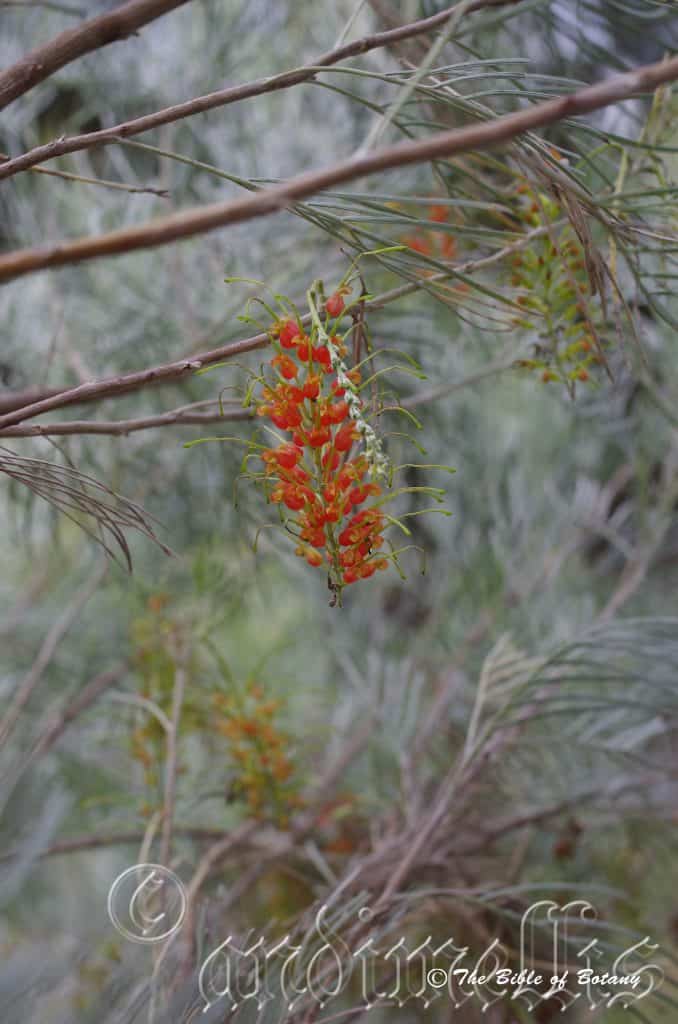
Mount Cootha Botanical Gardens Qld.
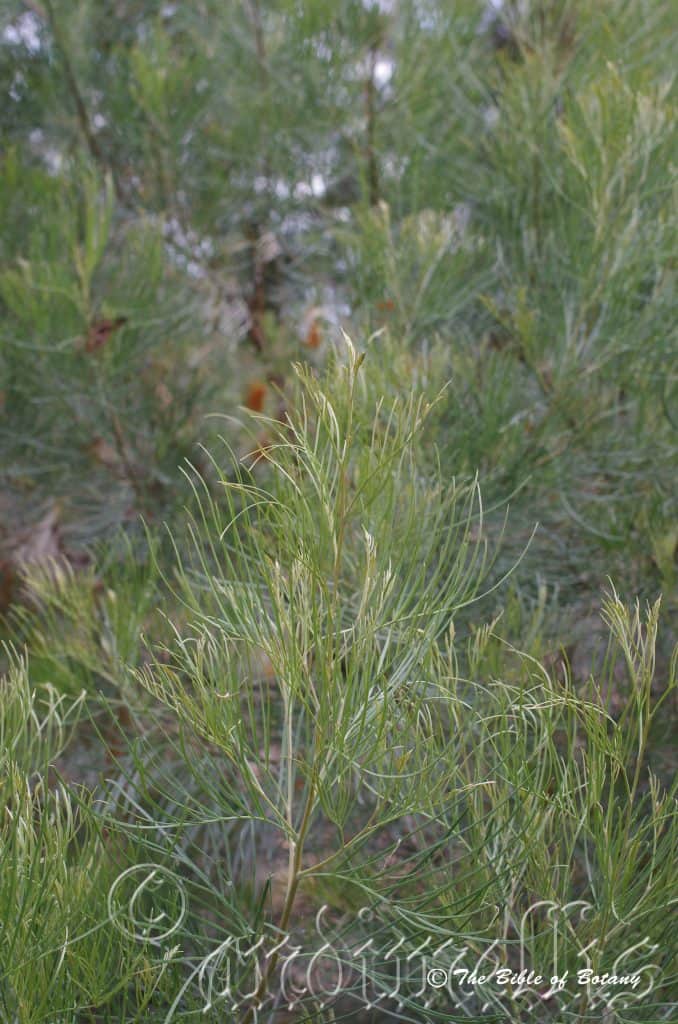
Mount Cootha Botanical Gardens Qld.
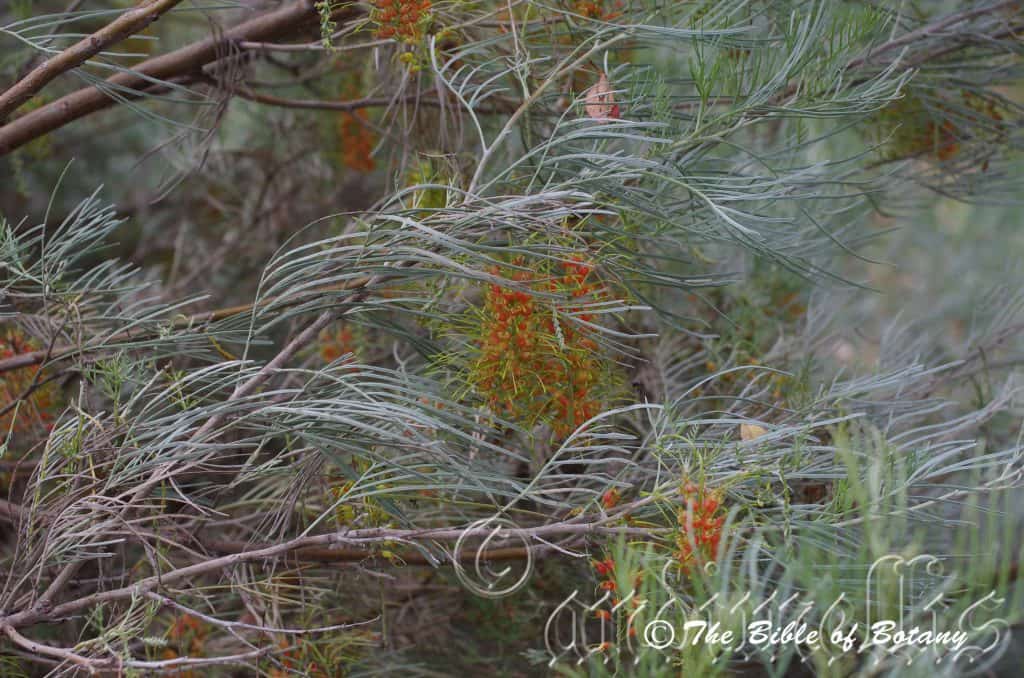
Mount Cootha Botanical Gardens Qld.
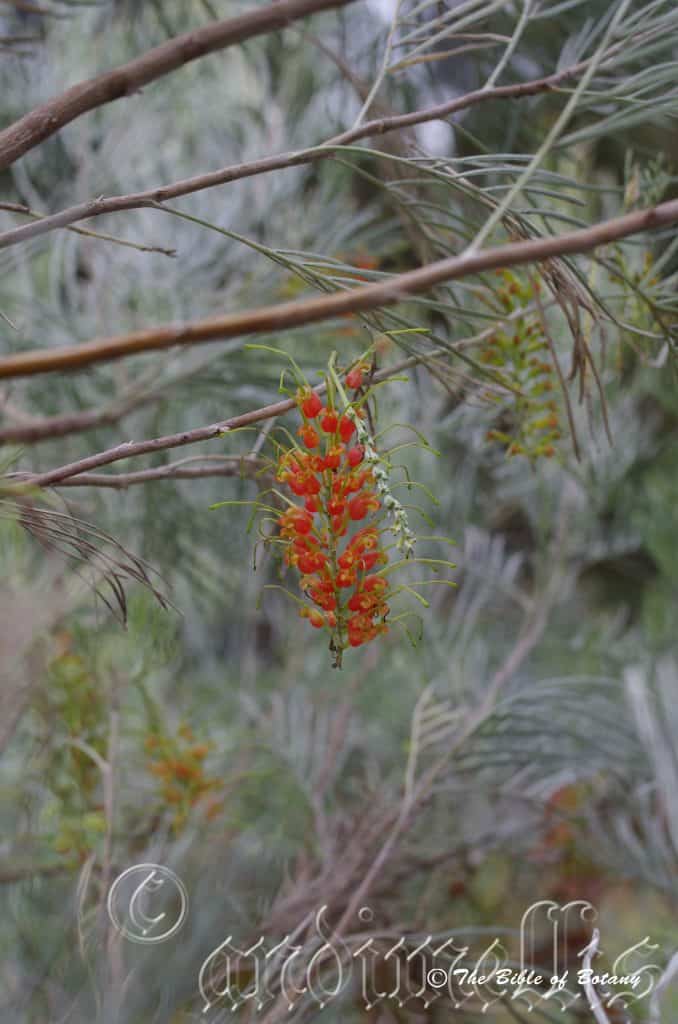
Mount Cootha Botanical Gardens Qld.
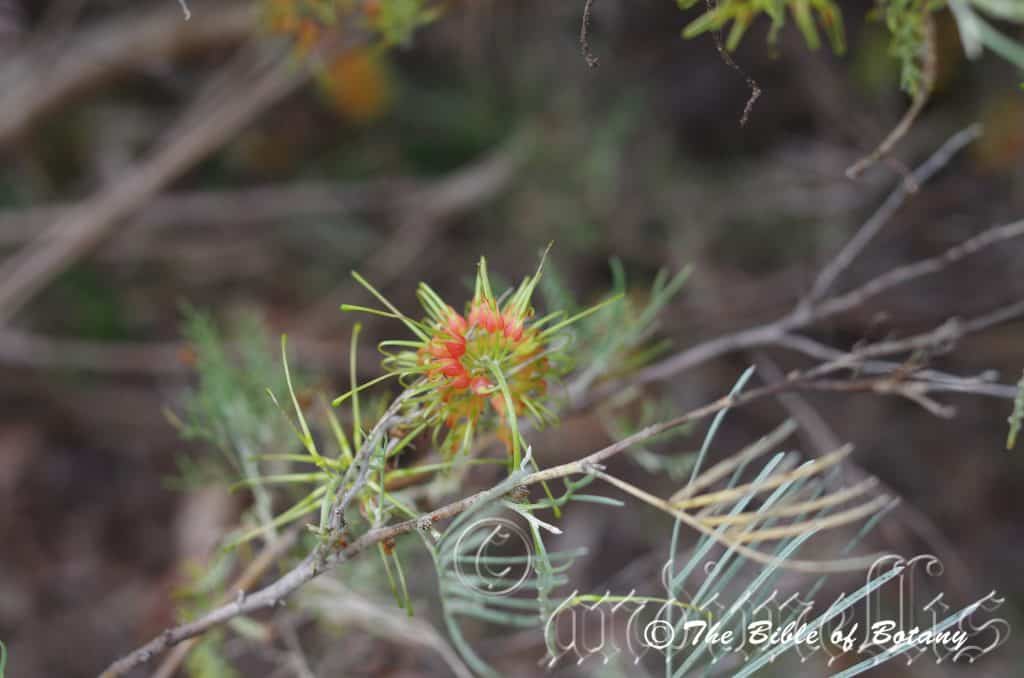
Mount Cootha Botanical Gardens Qld.
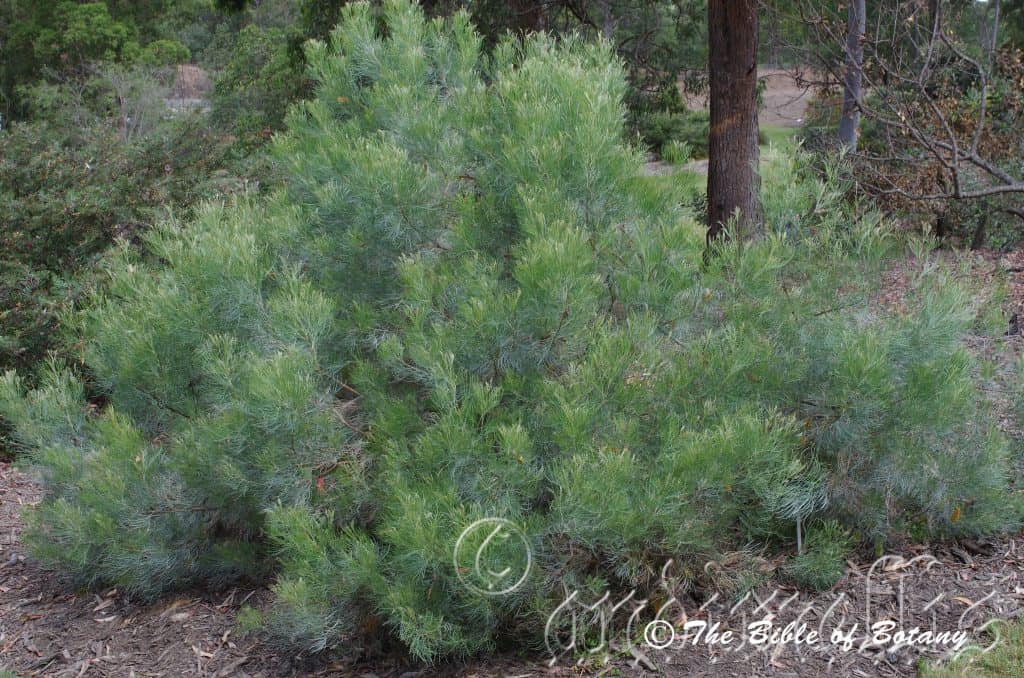
Mount Cootha Botanical Gardens Qld.
Grevillea stenomera
Classification:
Class: Magnoliopsida
Order: Proteales
Family: Proteaceae
Genus: Is named in honour of C. F. Greville; 1749-1809, who was a British expert botanist on Algae, a foundation member of the London Horticultural Society and a collector of rare plants.
Species: From Stenos, which is Ancient Greek for narrow marmaara, which is Ancient Greek or later Meros, which is Latin for pure or unadulterated. It often refers leaves, which are somewhat slender and very similar throughout the plants.
Sub Species:
Common Name:
Distribution:
Grevillea stenomera is restricted to a small area on the west coast of Western Australia south from Shark bay to North Hampton with a disjunct population further east at Meekatharra.
https://avh.ala.org.au/occurrences/search?taxa=Grevillea+stenomera#tab_mapView
Habitat Aspect Climate:
Grevillea stenomera prefers full sun. It grows in open Eucalyptus woodlands, open Acacia woodlands and savannah plains usually behind the frontal dunes. The altitude ranges from 5 meters ASL to 400 meters ASL.
The temperatures range from 5 degrees in August to 44 degrees in January.
The rainfall ranges from lows of 200mm to an average 315mm annually.
Soil Requirements:
Grevillea stenomera prefers to grow on red sands or red sandy loams over limestone. The soils are derived from decomposed sandstones or at times accumulated sands. The soils pH ranges from 6.5pH to 7.5pH are preferred. It does not tolerate waterlogged soils. Non saline soils to moderately saline soils are tolerated.
Height & Spread:
Wild Plants: 1.5m to 2m by 2m to 2.5m.
Characteristics:
Grevillea stenomera has larger stems branching extensively from near the ground and are brown to greyish-brown and somewhat scabrous. The square stems are somewhat winged and are pale grey-green and densely covered in fine, white or pale grey, sericeous hairs.
The alternate, simple, linear leaves measure 40mm to 160mm in length overall. The petiole measures 15mm to 20mm in length. The leaves are once divided, pinnately divided, entire or divided to the midrib, with the lobes measuring 40mm to 125mm in length by 1mm to 2mm in width. The apexes are acute often with a small hooked mucronate tip. The concolourous laminas are pale grey-green to mid grey-green and densely covered in white or pale grey, short, soft erect hairs. The laminas are strongly revolute to the mid vein. The margins are entire. The mid vein is rounded and prominent on the lower lamina and is not visible on the upper lamina.
The margins are revolute, enclosing the lower lamina forming a groove either side of the midvein.
The axillary or terminal conflorescences are pendant, cylindrical to narrow sub conical racemes with 40 to 50 individual bright orange or at times pink and lime green flowers. The peduncle is glabrous while the rachis and pedicels are densely covered in fine, white or pale grey, sericeous hairs. The pale green pedicels are densely covered in fine, white or pale grey, sericeous hairs and measure 4.5mm to 6mm in length. The perianth and style are the most prominent parts of the flower. The individual perianths are bright orange or at times bright pink and are sparsely covered in short, soft, white hirtellous hairs externally on the upper sections and glabrous internally. The tepals are all free after the flower opens, with a glabrous, stipitate ovary. The stipe measures 3mm to 4mm in length, while the green or or at times pink pistil measures 22mm to 24mm in length. The pollen presenter is oblique with a glabrous style. The flowers appear in June, August, September, October or December.
The fruits are glabrous, compressed follicles. The style is persistent. The green follicles turn fawn when ripe. The follicles measure 11mm to 13mm in length.
Confusing Specie:
The leaves are usually entire or have a few short pinnate lobes which measure less than 40mm in length. The rachises are much shorter and measure less than 25mm in length.
Grevillea preissii’s strongly ascending leaf lobes measure 5mm to 20mm in length by 0. 5mm to 1mm in width.
Grevillea stenomera‘s linear lobes measure 40mm to 155mm in length by 1mm to 2. 2mm in width. The rachises measure 35mm to 60mm in length
Wildlife:
Grevillea stenomera‘s wildlife is unknown to the author. However on the east coast in gardens it is enthusiastically sought out by small nectar eating birds like the Silver Eyes (Zosterops lateralis), Yellow Face Honeyeater (Lichenostomus chrysops), Brown Honeyeater (Lichmera indistincta) and the eastern Spinebill. (Acanthorhynchus tenuirostris).
Cultivation:
Grevillea stenomera is a fine foliaged Grevillea that does very well on the east coast in temperate to subtropical areas at least as far north as Townsville and south to Newcastle. It suits small to large gardens grows from 3 meters to 4 meters in height by 2 meters to 3 meters in diameter when grown in the open as a bushy shrub. It can be lightly tipped pruned to any shape. It is best suited to pure sand, loams better quality light fatty clays and gravelly soils that dry out between watering.
In Native gardens it can be used for attracting small to medium birds, butterflies and native bees. In temperate or drier districts it can be a good starter plant giving good colour to the garden at a very early age.
It can be grown around swimming pools, near paths, along driveways, around fish or frog ponds, in larger rockeries, formal beds Japanese gardens or snuck in between Eucalyptus trees where plenty of sunlight reaches the ground.
A bend in a path can be broken up by placing them at the bend. Place them in the foreground with medium and smaller plants to the sides as this will give a more enclosed feel and interest in what may lay beyond the bend. Plants with either small red flowers or blue flowers can be used in the midground while large flowering specie can be placed in the background. Whether it is in flower or not this plant will catch your attention and the viewer will be transfixed on the display rather than watching the path.
Small Acacia specie can also be used to great effect as their flowering will compliment the red flowers on Grevillea stenomera especially if they have deep yellow flowers. The fine deep green leaves and white flowers will offset the strong flowers of the Acacia specie and in fact would be a complementary contrast if the prostrate or smaller Acacias were to flower at in a different season.
It is great in large rockeries or as mid ground plants in bush gardens where their fine leaves accentuate the flowers draw attention from the plants around them or draw attention to the other plants when it is not in flower. Here it can be planted in small groups of 2 or 3 or as a standalone plant in the small rockery to create a harsh barren look with other arid plants or a lush bush scene with plants with bright green broader leaves. If it is surrounded by shorter plants with course foliages that are deep green or pale green then year round contrasts can be created with a strong accent in the center of the bed.
Propagation:
Seeds: Sow the seeds directly into a seed raising mix. When the seedlings are 25mm to 50mm tall, prick them out and plant them into 50mm native tubes using a good organic mix. It can also be placed in cold water for 24 hours prior to soaking. This can be more effective if the seeds are first placed in a calico bag and put through several washes in the washing machine if you are using cold water.
Once the seedlings reach 150mm to 200mm in height, nip the tips out before planting them out into their permanent position. For mass plantings plant them at 2 meter to 4 meter centers on whether a feature shrub or a bush scene is required.
Cuttings:
Use 30mm to 40mm long half ripened material when growing from cuttings from the present season’s growth. Use cuttings that have ripened shortly after the new growth has hardened in mid-autumn or early spring. Remove half the leaves from the bottom section being careful not to tear the bark.
1 Prepare the cutting mix by adding one third sharp clean river sand, one third peat and one third perlite. These ingredients are sterilize,
2 Select good material from non diseased plants,
3 Select semi green stems for cuttings. Look for a stem with two or three nodes,
4 Place the cutting on a flat, hard surface, and make a clean cut down one side of the cutting at the base for 10mm with a sharp sterile knife or razor blade. – This scarification of the node will increase the chances of roots emerging from this spot. Now remove all but one or two the leaves, leaving the apex leaves in tact. If the leaves are very large in proportion to the stem, cut off the apical halves.
5 Fill a saucer with water, and place a little medium strength rooting hormone into another container like a milk bottle top. Dip the node end of the cutting into the water and then into the rooting hormone. Tap off any excess hormone,
6 Use a small dipple stick or old pencil to poke a hole into the soilless potting mix. Ensure the hole is slightly larger than the stem diameter and be careful not to wipe the rooting hormone off the cuttings base, place the cuttings in a pattern ensuring the cuttings are not touching each other,
7 I like to place the pots in Plastic bags to help maintain temperature and moisture. Place in a semi shaded place like under 50mm shade cloth. – Place the trays under 30mm shade and keep the trays warm.
8 When the cuttings have struck, open the bag to allow air circulation for a few days to a week,
9 Once hardened off remove the cuttings from the bag and allow to further hardening for a few more days,
10 Transplant into a good potting mix to grow on.
Fertilize using seaweed, fish emulsion or organic chicken pellets soaked in water on an alternate basis. Fertilize every two months until the plants are established then twice annually in early September or March to maintain health, vitality and better flowering. Avoid synthetic fertilizers as they will most likely contain calcium and phosphorus at levels, which are toxic to most Proteaceae.
Further Comments from Readers:
Hi reader, it seems you use The Bible of Botany a lot. That’s great as we have great pleasure in bringing it to you! It’s a little awkward for us to ask, but our first aim is to purchase land approximately 1,600 hectares to link several parcels of N.P. into one at The Pinnacles NSW Australia, but we need your help. We’re not salespeople. We’re amateur botanists who have dedicated over 30 years to saving the environment in a practical way. We depend on donations to reach our goal. If you donate just $5, the price of your coffee this Sunday, We can help to keep the planet alive in a real way and continue to bring you regular updates and features on Australian plants all in one Botanical Bible. Any support is greatly appreciated. Thank you.
In the spirit of reconciliation we acknowledge the Bundjalung, Gumbaynggirr and Yaegl and all aboriginal nations throughout Australia and their connections to land, sea and community. We pay our respect to their Elders past, present and future for the pleasures we have gained.
Grevillea striata
Classification:
Class: Magnoliopsida
Order: Proteales
Family: Proteaceae
Genus: Is named in honour of C. F. Greville; 1749-1809, who was a British expert botanist on Algae, a foundation member of the London Horticultural Society and a collector of rare plants.
Species: From Striatum, which is Latin for striped or fluted. It refers to longitudinal grooves or stripes on the trunks and or branches, which is beautifully personified with the bark stripping off the trunks and on some species.
Sub Species:
Common Name: White Beefwood or Golden Honeysuckle.
Distribution:
Grevillea striata is widespread in the northern two thirds of the Australian mainland.
https://avh.ala.org.au/occurrences/search?taxa=Grevillea+striata#tab_mapView
Habitat Aspect Climate:
Grevillea striata prefers full sun. It grows in and in close proximity to seasonal creeks and rivers. It is also found on plains where underground water is drawn to near the surface by capillary action. The altitude ranges from sea level 100 meters ASL to 1000 meters ASL.
The temperatures range from 4 degrees in August to 44 degrees in January.
The rainfall ranges from lows of 150mm to an average 2600mm annually.
Soil Requirements:
Grevillea striata prefers to grow on sandy loams medium clays, gravelly soils and rocky terrains. The soils are usually derived from decomposed limestone, sandstones, accumulated desert sands, granites, laterites, metamorphic rocks, and shale or alluvial. The soils pH ranges from 5pH to 7. 5pH are preferred. It does not tolerate waterlogged soils. Non saline soils to moderately saline soils are tolerated.
Height & Spread:
Wild Plants: 3m to 15m by 5m to 18m.
Characteristics:
The trunk and larger branches are deep grey to almost black, rough and deeply fissured to tessellate. The bark on the branches is grey and rough. The branchlets become progressively paler in colour and become glabrous before being densely covered in white sericeous to pannate hairs.
The alternate, simple falcate, linear to broad linear leaves measure 100mm to 450mm in length by 3mm to 16mm in width. The bases are cuneate while the apexes are narrowly acute to tapering. The concolourous laminas are pale grey-green to mid olive green and sparsely to moderately covered in white, caduceous, sericeous hairs on the upper lamina while the lower laminas are densely covered in white, semi caduceous, sericeous hairs. The lower lamina has 5 to 13 fine longitudinal striations. The laminas are flat while the margins are entire. The mid vein and parallel lateral veins are slightly prominent on the lower lamina and are very faintly visible on the upper lamina. The petiole measures 2mm to 6mm in length.
The acroscopic conflorescence are cylindrical racemes usually born from the terminals or at times from the upper leaf axils. It is usually 4 to 12 branched or rarely singular racemes that measure 50mm to 800mm in length by 13mm to 21mm in diameter. The flowers are sub synchronous, weakly basipetally or acropetal. The perianth and style are the most prominent parts of the flower. The individual perianths are variable, white, cream, pale creamy yellow or pastel yellow from the base through to the limb. The perianth are covered in white subsericeous to tomentose hairs externally and are covered in white, basal, pilose hairs internally to just above the ovary. The perianth and lobes measure 3. 5mm to 6mm in length. The pedicel measures 1mm to 2mm in length.
The erect style is white or cream while the conical erect to oblique stigma and pollen presenter is white, cream or pastel yellow. The glabrous pistils measure 6mm to 11mm in length. The flowers appear from August to December.
The fruits are compressed oblong to ovoidal glabrous follicle with a rostrate apex. The style is persistent on the dull grey-brown ripe follicles. The follicles are produced along the raceme. The resinous follicles glabrous and measure 13mm to 21mm in length by 8mm to 15mm in width. The flat, oval, grey seeds have a pale fawnish chartaceous 2mm to 4mm wing completely surrounding the seed. The seeds measure 7mm by 12mm in length by 4mm to 8mm in width.
Wildlife:
The flowers are very prolific and are visited by all nectar eating birds throughout the day. In exceptionally good seasons most trees will have bird nest ferns on the outer branches.
Cultivation:
Grevillea striata is a beautiful small tree for semi arid, arid, semi tropical, tropical, temperate and monsoonal areas in Australia. It makes a great garden subject being fast growing and requires little water.
It should be more widely grown with garden subjects growing from 8 meters to 15 meters in height by 10 meters to 18 meters in diameter when grown in a sheltered, open position.
In Native gardens it can be used for attracting birds. This means it is best planted in the center of a garden bed or adjacent to a small forest where they can blend in with other stronger foliage plants when it is not in flower. Use plants with deep green leaves and larger leaves to the sides so their leaves can have an appeal and contrast when not in flower. In the foreground use prostrate or low growing natives with fine leaves so that the upright form can be silhouetted or seen clearly. Its upright habit will be stronger. This will ensure that the whole plant blends into the background when not in flower or at least most of it.
When mass plantings are required plant it sparingly throughout the block to get the best effect. One here and one there will be noticed far better than in clumps especially when in flower and forgotten about when void of flowers. If the foliage is required as a feature in the garden ensure surround plants have very large or very small bright green leaves.
It is ideal for shading out back sheds and around the house to lower the temperatures, thus cooling the house and surrounds.
The trees would make very good accent trees in front of low set commercial buildings, industrial sheds or low set classrooms in central Australia where they will break up hard rigid architectural lines but more importantly offer quick growth with shade to help cool buildings giving coolness and breadth to a building. In front of 2 or 3 story buildings they give balance especially where they could be grown in curves meandering either side of the entrances with annuals or small perianal shrubs in the foreground.
Propagation:
Seeds: Sow the seeds directly into a seed raising mix. When the seedlings are 25mm to 50mm tall, prick them out and plant them into 50mm native tubes using a good organic mix. It can also be placed in cold water for 24 hours prior to soaking. This can be more effective if the seeds are first placed in a calico bag and put through several washes in the washing machine if you are using cold water.
Once the seedlings reach 150mm to 200mm in height, nip the tips out before planting them out into their permanent position. For mass plantings plant them at 2 meters to 8 meters centers on whether a feature shrub or a bush scene is required.
Cuttings:
Use 30mm to 40mm long half ripened material when growing from cuttings from the present season’s growth. Use cuttings that have ripened shortly after the new growth has hardened in mid-autumn or early spring. Remove half the leaves from the bottom section being careful not to tear the bark.
1 Prepare the cutting mix by adding one third sharp clean river sand, one third peat and one third perlite. These ingredients are sterilize,
2 Select good material from non diseased plants,
3 Select semi green stems for cuttings. Look for a stem with two or three nodes,
4 Place the cutting on a flat, hard surface, and make a clean cut down one side of the cutting at the base for 10mm with a sharp sterile knife or razor blade. – This scarification of the node will increase the chances of roots emerging from this spot. Now remove all but one or two the leaves, leaving the apex leaves in tact. If the leaves are very large in proportion to the stem, cut off the apical halves.
5 Fill a saucer with water, and place a little medium strength rooting hormone into another container like a milk bottle top. Dip the node end of the cutting into the water and then into the rooting hormone. Tap off any excess hormone,
6 Use a small dipple stick or old pencil to poke a hole into the soilless potting mix. Ensure the hole is slightly larger than the stem diameter and be careful not to wipe the rooting hormone off the cuttings base, place the cuttings in a pattern ensuring the cuttings are not touching each other,
7 I like to place the pots in Plastic bags to help maintain temperature and moisture. Place in a semi shaded place like under 50mm shade cloth. – Place the trays under 30mm shade and keep the trays warm.
8 When the cuttings have struck, open the bag to allow air circulation for a few days to a week,
9 Once hardened off remove the cuttings from the bag and allow to further hardening for a few more days,
10 Transplant into a good potting mix to grow on.
Fertilize using seaweed, fish emulsion or organic chicken pellets soaked in water on an alternate basis. Fertilize every two months until the plants are established then twice annually in early September or March to maintain health, vitality and better flowering. Avoid synthetic fertilizers as they will most likely contain calcium and phosphorus at levels, which are toxic to most Proteaceae.
Further Comments from Readers:
Hi reader, it seems you use The Bible of Botany a lot. That’s great as we have great pleasure in bringing it to you! It’s a little awkward for us to ask, but our first aim is to purchase land approximately 1,600 hectares to link several parcels of N.P. into one at The Pinnacles NSW Australia, but we need your help. We’re not salespeople. We’re amateur botanists who have dedicated over 30 years to saving the environment in a practical way. We depend on donations to reach our goal. If you donate just $5, the price of your coffee this Sunday, We can help to keep the planet alive in a real way and continue to bring you regular updates and features on Australian plants all in one Botanical Bible. Any support is greatly appreciated. Thank you.
In the spirit of reconciliation we acknowledge the Bundjalung, Gumbaynggirr and Yaegl and all aboriginal nations throughout Australia and their connections to land, sea and community. We pay our respect to their Elders past, present and future for the pleasures we have gained.
Grevillea tenuiflora
Classification
Class: Magnoliopsida
Order: Proteales
Family: Proteaceae
Genus: Is named in honour of C. F. Greville; 1749-1809, who was a British expert botanist on Algae, a foundation member of the London Horticultural Society and a collector of rare plants.
Species: From Tanu, which is Ancient Greek or later Tenue, which is Latin for slender and fine and Floris which is Latin for a flower or Flos which is the Roman Goddess of spring and flowers. It refers to flowers which are somewhat more slender than other species in the genus.
Sub Species:
Common Name: Delicate Flowered Grevillea.
Distribution:
Grevillea tenuiflora is restricted to the south west corner of Western Australia, from the Swan River Plain south east to Nyabing and Boyup Brook in the south west.
https://avh.ala.org.au/occurrences/search?taxa=Grevillea+tenuiflora#tab_mapView
Habitat Aspect Climate:
Grevillea tenuiflora prefers full sun to light dappled shade. It grows in dry schlerophyll mallee forest, tall dry woodlands or amongst dry Eucalyptus forests. The altitude ranges from sea level to 300 meters ASL.
The temperatures range from 3 degrees in August to 38 degrees in January.
The rainfall ranges from lows of 300mm to an average 1000mm annually.
Soil Requirements:
Grevillea tenuiflora prefer to grow on sandy loams, gravelly light clays or gravelly medium clays. The soils are usually derived from decomposed lateritic sandstones or at times limestone, granite or sandstone. The soils pH ranges from 5pH to 7. 5pH are preferred. It does not tolerate waterlogged soils. Non saline soils to moderately saline soils are tolerated.
Height & Spread:
Wild Plants: 0. 2m to 1m by 1m to 2m
Characteristics:
The stems are grey and glabrous. The branchlets progressively change to a deep grey green and are glabrous to sparsely covered in white hirsute at the apexes.
The alternate leaves are usually bipinnatisectus to bipinnatifida or rarely entire. The entire leaves are usually situated immediately below the conflorescences. The primary upper lobes 5mm to 9mm in length while the lower lobes measure 2mm to 5mm and are usually partite. The ultimate triangular lobes measuring 3mm to 10mm in length by 3mm to 6mm in width. The bases are attenuate while the apexes of the lobes are broad triangular and are armed with a long rigid pungent spike. The discolourous coriaceous laminas are a dull deep green to deep sea-green and sparsely to moderately covered in white tomentose to hirsute hairs on the upper laminas while the lower laminas are similar or slightly brighter green and moderately covered in white tomentose to hirsute hairs. The margins recurve strongly upwards from the midvein to the margins. The mid vein is prominent on the lower lamina and is clearly visible on the upper lamina with the lateral veins which are olive-yellow to orange-yellow.
The usually decurve or pendulous or at times semi erect conflorescences of Grevillea tenuifolia are cylindrical racemes born from the terminals or from the upper leaf axils. The racemes are usually simple or at times 2 or 3 branched. The peduncle and rachis are olive-yellow and sparsely covered in white tomentose and hirsute hairs while the pedicels are pastel pink, pinkish-fawn or fawnish and sparsely covered in white tomentose and hirsute hairs. The peduncles measure 4mm to 6mm in length while the rachis measure 6mm to 10mm in length and the pedicels measure 2mm to 4. 5mm in length. The perianth and style are the most prominent parts of the flower. The individual perianths white to pastel pink at the baseband turn pale pink to mid lavender-pink on the limbs. The irregular perianths are usually sparsely to densely covered in white glandular hairs or rarely glabrous externally and glabrous internally. The perianth and lobes measure 4. 5mm to 8mm in length. The petioles measure 3mm to 4mm in length. The lanceolate, pink to lavender-pink floral bracts are covered in white tomentose and hirsute hairs and become loosely relaxed after anthesis. They measure 1mm to 2mm in length
The style is pastel pink to lavender-pink while the stigma is white or pale purple. The pistils measure 7mm to 11mm in length. The erect style sparsely covered in white glandular hirsute hairs on the basal half and covered in white hirsute papillose hairs on the apical half. The style is dilated 2mm to 3mm below the stigma and only becomes exserted close to anthesis. The yellow stigma forms a ring at the apex while the yellow long, narrow conical pollen presenter is erect. The stipitate ovary is covered in white glandular, puberulent hairs and measures 0.8mm to 1.6mm in length. The flowers appear from August to September.
The fruits are ovoidal viscid follicles. The follicles are covered in white caduceous glandular-puberulent hairs, turn brown, glabrous and rugulose when ripe. The style is persistent on the ripe follicles. The follicles measure 9mm to 11mm in length by 5. 5mm to 7mm in diameter.
Confusing Specie:
Grevillea tenuifolia‘s racemes are usually simple or at times 2 or 3 branched. The ovary is stipitate and measures 0.8mm to 1.6mm in length.
Grevillea pulchella’s conflorescences are single not branched with 1mm to 2mm pedicels. The stipe on the ovary measures 0.3mm to 0.9mm in length. The floral bracts measure 1.5mm to 3mm in length.
Wildlife:
Grevillea tenuiflora wildlife is unknown to the author. Noting the colour and size it is most likely visited by butterflies and other native insects.
Cultivation:
Grevillea tenuiflora is a small prostrate shrub with very unusual leaves for semi arid, dry semi tropical and temperate areas in Australia. It makes a great garden subject being fast growing and requires little water. The leaves form a nasty barrier on the plant or once they fall to the ground. This is another one of my favourites for its unattractiveness to feral dogs and cats. Because of this they should be planted back from paths and edges to avoid scratching and standing on the leaves. It should be more widely grown with in temperate, and semi-arid areas of Australia where the summer rainfall and humidity are low.
It suits small to large gardens. Garden subjects will grow from 0. 5 meter to 1. 2 meters in height by 0. 8 meters to 1. 2 meters in diameter when grown in the open. For banks and raised garden beds plant them at 0. 8 meters to 1 meter centers. It is best suited to loams better quality light clays and gravelly soils that retain even soil moisture. It is drought resistant and are frost tolerant to minus at least minus 2 degrees without any burning or discolouration of the leaves.
It is best used adjacent to small areas of bush close to paths or the house so their flowers can be viewed regularly yet back from the path to avoid unnecessary scratching. It is an ideal rockery plant or used in raised garden beds or along dry creek banks. Planted in mass and surrounded by finer leaf plants or those with pale lime green foliage a wonderful contrast is established.
When planting in mixed native beds use plants with fine bright lime green foliages for a strong contrast and annuals or small semi prostrate plants in the fore ground to give them height and strength.
As the plants are not very bushy it is best planted in groups of 3 at 0. 5 meters to 0. 8 meter centres.
Propagation:
Seeds: Sow the seeds directly into a seed raising mix. When the seedlings are 25mm to 50mm tall, prick them out and plant them into 50mm native tubes using a good organic mix. It can also be placed in cold water for 24 hours prior to soaking. This can be more effective if the seeds are first placed in a calico bag and put through several washes in the washing machine if you are using cold water.
Once the seedlings reach 150mm to 200mm in height, nip the tips out before planting them out into their permanent position. For mass plantings plant them at 2 meter to 4 meter centers on whether a feature shrub or a bush scene is required
Cuttings:
Use 50mm to 70mm long half ripened material when growing from cuttings from the present season’s growth. Use cuttings that have ripened shortly after the new growth has hardened in mid-autumn or early spring. Remove half the leaves from the bottom section being careful not to tear the bark.
1 Prepare the cutting mix by adding one third sharp clean river sand, one third peat and one third perlite. These ingredients are sterilize,
2 Select good material from non diseased plants,
3 Select semi green stems for cuttings. Look for a stem with two or three nodes,
4 Place the cutting on a flat, hard surface, and make a clean cut down one side of the cutting at the base for 10mm with a sharp sterile knife or razor blade. – This scarification of the node will increase the chances of roots emerging from this spot. Now remove all but one or two the leaves, leaving the apex leaves in tact. If the leaves are very large in proportion to the stem, cut off the apical halves.
5 Fill a saucer with water, and place a little medium strength rooting hormone into another container like a milk bottle top. Dip the node end of the cutting into the water and then into the rooting hormone. Tap off any excess hormone,
6 Use a small dipple stick or old pencil to poke a hole into the soilless potting mix. Ensure the hole is slightly larger than the stem diameter and be careful not to wipe the rooting hormone off the cuttings base, place the cuttings in a pattern ensuring the cuttings are not touching each other,
7 I like to place the pots in Plastic bags to help maintain temperature and moisture. Place in a semi shaded place like under 50mm shade cloth. – Place the trays under 30mm shade and keep the trays warm.
8 When the cuttings have struck, open the bag to allow air circulation for a few days to a week,
9 Once hardened off remove the cuttings from the bag and allow to further hardening for a few more days,
10 Transplant into a good potting mix to grow on.
Fertilize using seaweed, fish emulsion or organic chicken pellets soaked in water on an alternate basis. Fertilize every two months until the plants are established then twice annually in early September or March to maintain health, vitality and better flowering. Avoid synthetic fertilizers as they will most likely contain calcium and phosphorus at levels, which are toxic to most Proteaceae.
Further Comments from Readers:
Hi reader, it seems you use The Bible of Botany a lot. That’s great as we have great pleasure in bringing it to you! It’s a little awkward for us to ask, but our first aim is to purchase land approximately 1,600 hectares to link several parcels of N.P. into one at The Pinnacles NSW Australia, but we need your help. We’re not salespeople. We’re amateur botanists who have dedicated over 30 years to saving the environment in a practical way. We depend on donations to reach our goal. If you donate just $5, the price of your coffee this Sunday, We can help to keep the planet alive in a real way and continue to bring you regular updates and features on Australian plants all in one Botanical Bible. Any support is greatly appreciated. Thank you.
In the spirit of reconciliation we acknowledge the Bundjalung, Gumbaynggirr and Yaegl and all aboriginal nations throughout Australia and their connections to land, sea and community. We pay our respect to their Elders past, present and future for the pleasures we have gained.
Grevillea thelemanniana
Classification:
Class: Magnoliopsida
Order: Proteales
Family: Proteaceae
Genus: Is named in honour of C. F. Greville; 1749-1809, who was a British expert botanist on Algae, a foundation member of the London Horticultural Society and a collector of rare plants.
Species: From Theles/Thelion, which is Ancient Greek for a nipple and maybe Manniana, which is named in honour of Gustav Mann; 1836-1916, who was a German gardener at the Royal Botanic garden and led many expeditions into western Africa or L. Mann who was an Australian plant collector.
Sub Species: Grevillea thelemanniana subsp. delta. From Delta, which is Ancient Greek for the third letter of the alphabet which is scripted as a triangle. It usually refers to the leaves or phyllodes which have a distinctly triangular or deltoid shape.
Sub Species: Grevillea thelemanniana subsp. fililoba. From Filum, which is Latin for a thread or a thin cord and Lobos, which is Ancient Greek for an ear lobe. It refers to structures or organs, which are ear like and very narrow to almost thread like.
Sub Species: Grevillea thelemanniana subsp. hirtella. From Hirsutus, which is Latin for a hairy and shaggy. It refers to structures or organs, which are covered in short, bristly, coarse shaggy hairs.
Sub Species: Grevillea thelemanniana subsp. obtusifolia. From Obtusum, which is Latin for rounded and Folium, which is Latin for foliage. It refers to leaves, which have round or obtuse apexes.
Sub Species: Grevillea thelemanniana subsp. pinaster. From Pinaster, which is Latin for the name Pliny gave to a pine tree known as Pinaster sylvestris. It refers to plants, which resemble Pinaster sylvestris in the juvenile stage or mature stage of its life.
Sub Species: Grevillea thelemanniana subsp. thelemanniana. From Theles/Thelion, which is Ancient Greek for a nipple and maybe Manniana, which is named in honour of Gustav Mann; 1836-1916, who was a German gardener at the Royal Botanic garden and led many expeditions into western Africa or L. Mann who was an Australian plant collector.
Common Name: Grey Spider Flower or Green Spider Flower.
Distribution:
Grevillea thelemanniana subsp. delta is restricted to three very small populations east of Green Bay between Geraldton and Perth on the west coast of Western Australia.
Grevillea thelemanniana subsp. fililoba is restricted to a small area north of Geraldton to Geraldton and in a north westerly direction on the west coast of Western Australia.
Grevillea thelemanniana subsp. hirtella is found scattered eastward from the coast between Geraldton in the north and Port Dennison on the west coast of Western Australia.
Grevillea thelemanniana subsp. obtusifolia is found close to the coast between Eneabba in the north to Mandurah along the west coast of Western Australia.
Grevillea thelemanniana subsp. pinaster is found along the coast between sharks Bay in the north to Pithara near the west coast of Western Australia with a disjunct population further north at White Peaks.
Grevillea thelemanniana subsp. thelemanniana is restricted to the south west corner of Western Australia along the coastal strip from Kalbarri south to Perth.
https://avh.ala.org.au/occurrences/search?taxa=Grevillea+thelemanniana#tab_mapView
Habitat Aspect Climate:
Grevillea thelemanniana prefers full sun to light dappled shade. It grows adjacent to swamps and moist heath lands in open Jarrah forests or Eucalyptus woodlands. It forms a small lignotuber. The altitude ranges from sea level to 150 meters ASL.
The temperatures range from 4 degrees in August to 38 degrees in January.
The rainfalls range from lows of 600mm to an average 1000mm annually however this is not important as the ground water and moisture holding capacity of the soils is the critical component in their environment.
Soil Requirements:
Grevillea thelemanniana prefers to grow on sandy loams to light gritty clays. The soils are usually derived from sandstones or alluvial meander deposits. The soils pH ranges from 5pH to 7pH are preferred. It does not tolerate waterlogged soils however seasonal inundations for short periods during winter are normal. Non saline soils to moderately saline soils are tolerated.
Height & Spread:
Wild Plants: 0.1m to 0.2m by 1m to 2m.
Characteristics:
Grevillea thelemanniana‘s terete or angular stems are pale grey to creamy fawn and slightly flaky on large plants. The branchlets progressively change to a pale grey green and are glabrous or usually sparsely covered or rarely densely covered in off white sericeous. They form a lignotuber beneath the surface of the soil.
Grevillea thelemanniana‘s alternate, pinnatifid or pinnatisect leaves measure 10mm to 30mm in length overall. The leaves are 2 to 5 pinnatipartite or pinnatisect usually with both forms present on the same bush. The entire leaves are linear to very narrow elliptic and measure 2mm to 17mm in length by 1mm to 2mm in width. The primary lobes are entire and measure 2mm to 17mm in length by 0. 5mm to 1. 5mm in width. The bases are indistinguishable from the petioles while the apexes are obtuse with a mucronate tip. The concolourous laminas are a dull grey-blue and sparsely to densely covered in soft, white caduceous sericeous hairs while the lower laminas are covered in soft white subsericeous to sub tomentose white hairs. The mid vein is prominent on the lower lamina and is not visible on the upper lamina. The margins are entire and are recurved forming a groove along the mid vein.
The erect to decurve basipetally conflorescence of Grevillea thelemanniana are secunds born from the terminals or on short auxiliary branches. The secunds have 6 to 15 individual flowers. The peduncle, rachis and pedicels are reddish and are glabrous to sparsely covered in white appressed hirsute hairs. The peduncles measure 1mm to 30mm in length while the rachis measures 5mm to 15mm in length while the pedicels measure 2. 5mm to 3. 5mm in length. The perianth and style are the most prominent parts of the flower. The individual variable perianths are pale pink to deep pink or red at the base through to the base of the limbs. The limbs are white to translucent near the base and turn translucent pink to red at the apex. The perianths are glabrous or sparsely covered in white appressed sericeous hairs externally and covered in white puberulent hairs internally. The perianth and lobes measure 7mm to 16mm in length. The pedicel measures 3mm to 4mm in length.
The style is deep pink to red from the base and turns greenish-red below the bright lime-green stigma. The pistils measure 24mm to 28mm in length. The style is glabrous while the lateral stigma and pollen presenter is yellow-green. The ovary is glabrous. The flowers appear from July to October.
Grevillea thelemanniana‘s fruits are obovoidal with an acuminate apex to ellipsoidal follicles. The style is persistent on the ripe follicle. The glabrous follicles are faintly ridged and ribbed near the base. They measure 12mm to 13mm in length by 5mm to 6mm in diameter and turn brown when ripe.
Wildlife:
Unknown to the author, however on the east coast garden plants attract most small nectar eating birds.
Cultivation:
Grevillea thelemanniana is a beautiful small prostrate Grevillea with very unusual leaves for cool semi tropical and temperate areas in Australia. It makes a good garden subject being fast growing. It has lost popularity since smaller hybrids have come onto the market. It suits small gardens and will grow from 0. 2 meters to 0. 3 meters in height by 1 meter to 1. 5 meters in diameter when grown in the open for the prostrate forms and from 1 meter to 1. 5 meters in height by 1. 5 meter to 2 meters in diameter when grown in the open for the upright forms.
It can be lightly tipped pruned annually to increase bushiness and flowering and heavy pruning every 3 or 4 years is beneficial as they develop their lignotuber. It is best suited to sandy loams better quality light clays and gravelly soils that retain even soil moisture.
In Native gardens it can be used for attracting small birds like silver eyes or butterflies and native bees. In temperate or drier districts they can be a good starter plant giving good colour to the garden at a very early age.
It can be grown around swimming pools, near paths, along driveways, around fish or frog ponds, in rockeries both large and small, in miniature gardens, formal beds Japanese gardens or snuck in between other larger plants.
A bend in a path can be broken up by placing them at the bend. Mass plant them in the foreground with medium and larger plants behind. Plants with either small red flowers or white flowers can be used in the midground while large flowering specie can be placed in the background. This will lead your eyes down and over to the background. Whether it is in flower or not these plants will catch your attention and the viewer will be transfixed on the display rather than watching the path.
When mass planting Grevillea thelemanniana try using irregular patterns so it can be viewed from different angles around the garden. By planting small broad leaf plants in the mid ground and inter plant with annuals that do not have blue foliages make for strong contrasts. This will contrast the foliages without one overpowering the other. When mass planting space the plants at 1. 5 meters to 2 meter centers should be considered. If you are using them amongst rocks or around the small bog garden plant them sparingly, so not to make the area look cluttered or detract from the other features. 3 or 4 in an area of 50 square meters would be ample. 3 plants separately planted or plant 2 close together and separate the other 2 to give width and depth where you want it. The use of annuals helps to attract the viewer to the permanent plants foliage as it is the predominant foliage patch in sight. In addition most annuals flower when this Grevillea is resting during the summer. Annuals mixed with Grevillea thelemanniana help to give small gardens depth and make them look larger than what they really are.
The prostrate forms of this Grevillea are well suited to be placed around the edges of heath gardens or formal gardens. Try not to use contours to display the plants as heath lands are almost always flat or have a slight rise and the plants grow in a random sequence within the heath. Plants must be planted close together and be short so you can see over the tallest ones with the exception of one or two plants at the most. These will be feature plants. The idea is to achieve a feeling of expansive flatness. This can be achieved with using the Grevillea thelemanniana‘s bright green or grey leaves and having them contrasting with finer pale green or soft grey to glaucous coloured foliages. Use a lot of procumbent plants like Hibbertia specie and dwarf Correa specie. Mix them with other smaller shrubs so none of them dominate the scene but blend in to give a mosaic of foliage colours that you oversee. Here I immediately think of Actinotis helianthi or Grevillea thelemanniana for two great contrasting foliages.
Propagation:
Seeds: Sow the seeds of Grevillea thelemanniana directly into a seed raising mix. When the seedlings are 25mm to 50mm tall, prick them out and plant them into 50mm native tubes using a good organic mix. It can also be placed in cold water for 24 hours prior to soaking. This can be more effective if the seeds are first placed in a calico bag and put through several washes in the washing machine if you are using cold water.
Once the seedlings reach 150mm to 200mm in height, nip the tips out before planting them out into their permanent position. For mass plantings plant them at 1 meter to 3 meters centers on whether it is wanted as a feature ground cover or a bush scene is required.
Cuttings:
Use 30mm to 40mm long half ripened material when growing from cuttings from the present season’s growth. Use cuttings that have ripened shortly after the new growth has hardened in mid-autumn or early spring. Remove half the leaves from the bottom section being careful not to tear the bark.
1 Prepare the cutting mix by adding one third sharp clean river sand, one third peat and one third perlite. These ingredients are sterilize,
2 Select good material from non diseased plants,
3 Select semi green stems for cuttings. Look for a stem with two or three nodes,
4 Place the cutting on a flat, hard surface, and make a clean cut down one side of the cutting at the base for 10mm with a sharp sterile knife or razor blade. – This scarification of the node will increase the chances of roots emerging from this spot. Now remove all but one or two the leaves, leaving the apex leaves in tact. If the leaves are very large in proportion to the stem, cut off the apical halves.
5 Fill a saucer with water, and place a little medium strength rooting hormone into another container like a milk bottle top. Dip the node end of the cutting into the water and then into the rooting hormone. Tap off any excess hormone,
6 Use a small dipple stick or old pencil to poke a hole into the soilless potting mix. Ensure the hole is slightly larger than the stem diameter and be careful not to wipe the rooting hormone off the cuttings base, place the cuttings in a pattern ensuring the cuttings are not touching each other,
7 I like to place the pots in Plastic bags to help maintain temperature and moisture. Place in a semi shaded place like under 50mm shade cloth. – Place the trays under 30mm shade and keep the trays warm.
8 When the cuttings have struck, open the bag to allow air circulation for a few days to a week,
9 Once hardened off remove the cuttings from the bag and allow to further hardening for a few more days,
10 Transplant into a good potting mix to grow on.
Fertilize using seaweed, fish emulsion or organic chicken pellets soaked in water on an alternate basis. Fertilize every two months until the plants are established then twice annually in early September or March to maintain health, vitality and better flowering. Avoid synthetic fertilizers as they will most likely contain calcium and phosphorus at levels, which are toxic to most Proteaceae.
Further Comments from Readers:
Hi reader, it seems you use The Bible of Botany a lot. That’s great as we have great pleasure in bringing it to you! It’s a little awkward for us to ask, but our first aim is to purchase land approximately 1,600 hectares to link several parcels of N.P. into one at The Pinnacles NSW Australia, but we need your help. We’re not salespeople. We’re amateur botanists who have dedicated over 30 years to saving the environment in a practical way. We depend on donations to reach our goal. If you donate just $5, the price of your coffee this Sunday, We can help to keep the planet alive in a real way and continue to bring you regular updates and features on Australian plants all in one Botanical Bible. Any support is greatly appreciated. Thank you.
In the spirit of reconciliation we acknowledge the Bundjalung, Gumbaynggirr and Yaegl and all aboriginal nations throughout Australia and their connections to land, sea and community. We pay our respect to their Elders past, present and future for the pleasures we have gained.
Grevillea thyrsoides
Classification:
Class: Magnoliopsida
Order: Proteales
Family: Proteaceae
Genus: Is named in honour of C. F. Greville; 1749-1809, who was a British expert botanist on Algae, a foundation member of the London Horticultural Society and a collector of rare plants.
Species: From Thysanus, which is Ancient Greek or Thyrsus, which is Latin for a plant stalk usually the flower spike and Eidos, which is Ancient Greek for alike or similar to. It refers to a spikes, which resembles a typical thyrse rather than a secund which is more common among Grevilleas.
Sub Species: Grevillea thyrsoides subsp. pustulata. From Pustularis, which is Latin for blisters. It refers to a structure or organ, which has small blister like mounds.
Sub Species: Grevillea thyrsoides subsp. thyrsoides. From Thysanus, which is Ancient Greek or Thyrsus, which is Latin for a plant stalk usually the flower spike and Eidos, which is Ancient Greek for alike or similar to. It refers to a spikes, which resembles a typical thyrse rather than a secund which is more common among Grevilleas.
Common Name: Heath Grevillea.
Distribution:
Grevillea thyrsoides subsp. pustulata is restricted to the south west corner of Western Australia in the moister areas between Coorow in the north to south of Watheroo on the Geraldton Sandplains.
Grevillea thyrsoides subsp. thyrsoides is restricted to the south west corner of Western Australia in the moister areas between Eneabba in the north to south of Cataby on the Geraldton Sandplains.
https://avh.ala.org.au/occurrences/search?taxa=Grevillea+thyrsoides#tab_mapView
Habitat Aspect Climate:
Grevillea thyrsoides prefer full sun to light dappled shade. It grows in and adjacent heath lands in open forests or thick scrublands. The altitude ranges from sea level to 150 meters ASL.
The temperatures range from 4 degrees in August to 38 degrees in January.
The rainfalls range from lows of 300mm to an average 800mm annually.
Soil Requirements:
Grevillea thyrsoides prefer to grow on sandy loams to gritty medium clays which often contain lateritic pebbles. The soils are usually derived from decomposed sandstone or alluvial. The soils pH ranges from 4. 5pH to 6pH are preferred. It does not tolerate waterlogged soils. Non saline soils to moderately saline soils are tolerated.
Height & Spread:
Wild Plants: 0.25m to 0.7m by 1m to 2m.
Characteristics:
The stems are pale grey to creamy fawn and slightly flaky on large plants. The branchlets progressively change to a pale brown-green to mid green and are glabrous to sparsely covered in white, caduceous hirsute hairs at the apexes.
The alternate, pinnatisect leaves are have 7 to 30 lobes. They measure 25mm to 255mm in length overall. The opposite of subopposita linear lobes measure 7mm to 65mm in length by 1mm to 1. 5mm in width. The bases are sessile while the apexes of the lobes are obtuse with a slightly pungent spike. The concolourous laminas are a grey-green to olive-green and are covered in long white villous hairs. The margins are entire and strongly angularly revolute to the midvein forming 2 parallel grooves. The mid vein is prominent on the lower lamina and is not visible on the upper lamina.
The basiscopic, conflorescence are secunds born from the terminals or on short, leafless, auxiliary branches. The peduncle, rachis and pedicels are usually lax upon the ground and are covered in white villous hairs. The peduncles measure 10mm to 60mm in length while the rachises measure 25mm to 125mm in length and the pedicels measure 0mm to 1. 5mm in length. The perianth and style are the most prominent parts of the flower. The individual perianths are deep pink to deep pinkish-red at the base through to the deep green apex on the limbs. The regular perianths are covered in long, soft, white villous hairs externally and are glabrous internally. The perianth and lobes measure 9mm to 12mm in length. The lanceolate floral bracts are scarlet-red and sparsely covered in long white villous hairs especially on the basal half.
The style is deep pink to deep pinkish-red from the base and is paler near the base of the stigma. The erect style and ovary measure 21. 5mm to 35mm in length. The bent style is refracted below the stigma and is sparsely covered in long, soft white villous hairs. The ovary is covered in white tomentose to villous hairs. The erect stigma has a distinct papillae pollen presenter. The flowers appear from August to November with the odd flower appearing through to March.
The fruits are ellipsoidal to oblique follicles. The style is persistent on the ripe follicles which are covered in short, soft, white villous and tomentose hairs. It is produced along the raceme and measure 14mm to 18mm in length by 5mm to 6mm width and turn brown on ripening.
Confusing Subspecie Varieties
Grevillea thyrsoides subsp. thyrsoides leaves are usually greater than 50mm in length. The leaf lobes are usually lacking a prominent nipple like protuberance at base of each lobe between lobe midvein and anterior edge.
Grevillea thyrsoides subsp. pustulata’s leaves are usually less than 50mm in length. The leaf lobes have a prominent nipple like protuberance at base of each lobe between lobe midvein and anterior edge.
Wildlife:
Unknown to the author, however on the east coast garden plants attract most small nectar eating birds.
Cultivation:
Grevillea thyrsoides is a small prostrate Grevillea with very unusual flowers for temperate areas in Australia. The flowers grow from the end of the raceme which continues to grow for up to 6 months and reaches some incredible lengths of 600mm.
As a garden subject it will grow from 0. 5 meters to 0. 8 meters in height by 1 meter to 1. 5 meters in diameter when grown in the open.
In a native garden it can be used for attracting small birds like silver eyes, brown or yellow faced honeyeaters, butterflies and native bees.
It is best used adjacent to small areas of bush close to paths or the house so their flowers can be viewed regularly. It is an ideal rockery plant or used in raised garden beds or along moist sunny banks. When planted in mass surrounded by finer leaf plants or those with pale lime green foliage give a wonderful contrast.
It can be grown around swimming pools, near paths, along driveways, around fish or frog ponds, in rockeries both large and small, in miniature gardens, formal beds Japanese gardens or snuck in between other larger plants. Around swimming pools and sunny courtyards Grevillea thyrsoides looks magnificent with its ascending branches and racemes softening the tiles and straight lines.
A bend in a path can be broken up by placing them at the bend. Place them in the midground with ground covers, smaller shrubs in front or annuals in front and larger plants behind. Plants with either small red flowers or white flowers can be used in the foreground while large flowering specie can be placed in the background. This will lead your eyes down and over to the back ground. Whether it is in flower or not these plants will catch your attention and the viewer will be transfixed on the display rather than watching the path. Small Acacia specie can also be used to great effect as their flowering will compliment those from this Grevillea. The large deep green leaves will offset the strong flowers of the Acacia specie and in fact would be a very strong complementary contrast if the prostrate or smaller Acacias were to flower at in a different season.
When mass planting Grevillea thyrsoides use curves and irregular patterns so they can be viewed from different angles around the garden. The flowers really need to be highlighted so raised garden beds are one way of bring them to the attention of the viewer. Planted on banks that are above your normal height is good but you need to place smaller plants between them and the bottom of the bank. Annuals with white flowers or other semi prostrate plants like Sully will suffice beautifully and will not be overpowering for the Grevillea.
Propagation:
Seeds: Sow the seeds of Grevillea thyrsoides directly into a seed raising mix. When the seedlings are 25mm to 50mm tall, prick them out and plant them into 50mm native tubes using a good organic mix. It can also be placed in cold water for 24 hours prior to soaking. This can be more effective if the seeds are first placed in a calico bag and put through several washes in the washing machine if you are using cold water.
Once the seedlings reach 150mm to 200mm in height, nip the tips out before planting them out into their permanent position. For mass plantings plant them at 1 meter to 3 meters centers on whether it is wanted as a feature ground cover or a bush scene is required.
Cuttings:
Use 30mm to 40mm long half ripened material when growing from cuttings from the present season’s growth. Use cuttings that have ripened shortly after the new growth has hardened in mid-autumn or early spring. Remove half the leaves from the bottom section being careful not to tear the bark.
1 Prepare the cutting mix by adding one third sharp clean river sand, one third peat and one third perlite. These ingredients are sterilize,
2 Select good material from non diseased plants,
3 Select semi green stems for cuttings. Look for a stem with two or three nodes,
4 Place the cutting on a flat, hard surface, and make a clean cut down one side of the cutting at the base for 10mm with a sharp sterile knife or razor blade. – This scarification of the node will increase the chances of roots emerging from this spot. Now remove all but one or two the leaves, leaving the apex leaves in tact. If the leaves are very large in proportion to the stem, cut off the apical halves.
5 Fill a saucer with water, and place a little medium strength rooting hormone into another container like a milk bottle top. Dip the node end of the cutting into the water and then into the rooting hormone. Tap off any excess hormone,
6 Use a small dipple stick or old pencil to poke a hole into the soilless potting mix. Ensure the hole is slightly larger than the stem diameter and be careful not to wipe the rooting hormone off the cuttings base, place the cuttings in a pattern ensuring the cuttings are not touching each other,
7 I like to place the pots in Plastic bags to help maintain temperature and moisture. Place in a semi shaded place like under 50mm shade cloth. – Place the trays under 30mm shade and keep the trays warm.
8 When the cuttings have struck, open the bag to allow air circulation for a few days to a week,
9 Once hardened off remove the cuttings from the bag and allow to further hardening for a few more days,
10 Transplant into a good potting mix to grow on.
Fertilize using seaweed, fish emulsion or organic chicken pellets soaked in water on an alternate basis. Fertilize every two months until the plants are established then twice annually in early September or March to maintain health, vitality and better flowering. Avoid synthetic fertilizers as they will most likely contain calcium and phosphorus at levels, which are toxic to most Proteaceae.
Further Comments from Readers:
Hi reader, it seems you use The Bible of Botany a lot. That’s great as we have great pleasure in bringing it to you! It’s a little awkward for us to ask, but our first aim is to purchase land approximately 1,600 hectares to link several parcels of N.P. into one at The Pinnacles NSW Australia, but we need your help. We’re not salespeople. We’re amateur botanists who have dedicated over 30 years to saving the environment in a practical way. We depend on donations to reach our goal. If you donate just $5, the price of your coffee this Sunday, We can help to keep the planet alive in a real way and continue to bring you regular updates and features on Australian plants all in one Botanical Bible. Any support is greatly appreciated. Thank you.
In the spirit of reconciliation we acknowledge the Bundjalung, Gumbaynggirr and Yaegl and all aboriginal nations throughout Australia and their connections to land, sea and community. We pay our respect to their Elders past, present and future for the pleasures we have gained.
Grevillea treueriana
Classification
Class: Magnoliopsida
Order: Proteales
Family: Proteaceae
Genus: Is named in honour of C. F. Greville; 1749-1809, who was a British expert botanist on Algae, a foundation member of the London Horticultural Society and a collector of rare plants.
Species: Is named in honour of A. de Treuer, who was a German Consulate representative to Australia in the 19th century and a plant enthusiast.
Sub Species:
Common Name: Finke Mount Grevillea.
Distribution:
Grevillea treueriana has only been recorded from one site in South Australia on Mount Finke.
https://avh.ala.org.au/occurrences/search?taxa=Grevillea+treueriana#tab_mapView
Habitat:
Grevillea treueriana prefers full sun. It grows in rock crevices on the mountain. The altitude ranges from sea level 280 meters ASL to 320 meters ASL.
The temperatures range from 3 degrees in August to 40 degrees in January.
The rainfall ranges from lows of 200mm to an average 350mm annually.
Soil Requirements:
Grevillea treueriana prefer to grow on skeletal sands to sandy loams. The soils are derived from partially decomposed quartzite. The soils pH ranges from 6pH to 6. 5pH are preferred. It does not tolerate waterlogged soils. Non saline soils to moderately saline soils are tolerated.
Height & Spread:
Wild Plants: 1m to 1.6m by 1.5m to 2m.
Characteristics:
The angular stems are pale grey-green to pale olive-green. The branchlets progressively change to a pale olive-green or pale green and are moderately covered in off white sericeous hairs. There are 3 glabrous, decurrent ribs at each leaf base and leaf scar.
The alternate, rigid bipinnatisectus leaves have 3 to 7 divaricate lobes. They measure 15mm to 30mm in length over all. The linear divaricate lobes measure 25mm to 35mm in length overall. The primary divisions often have 2 or 3 secondary divisions. The ultimate lobes are linear to subulate and measure 5mm to 17mm in length by 0. 7mm to 1. 2mm in width. The bases are sessile while the apexes of the lobes taper to a rigid, pungent spike. The concolourous laminas are a dull olive-green to grass-green and glabrous on the upper laminas while the lower laminas are sparsely covered in white pilose hairs. The margins are entire and are strongly revolute to the mid vein. The mid vein is prominent on the lower lamina and is not visible on the upper lamina.
The erect to incurved conflorescences are born from terminal secund with 60 to 130 flowers. The secunds measure 35mm to 65mm in length. The perianth and style are the most prominent parts of the flower. The individual variable perianths are pale dusky-red, orange-red to scarlet-red at the base and turn yellow at the apexes of the limbs. The regular perianths are covered in subsericeous hairs externally and are glabrous internally. The perianth and lobes measure 7mm to 9mm in length. The pedicel measures 2. 5mm to 4mm in length.
The erect style is red and glabrous. The pistils measure 23mm to 27mm in length. The oblique pollen presenter is yellow to orange. The styles are glabrous while the ovaries are sparsely covered in white pulverulent hairs. The ovary is stipitate with the stipe measuring 2. 5mm to 3mm in length. The flowers appear from September to October however this could be extended as observations are very limited and the species is now just finding its way into cultivation.
The fruits are ellipsoidal to oblique follicles. The style is persistent on the follicles which are covered in soft white pulverulent hairs. The blue-green follicles are covered in deep purple-maroon, broad, longitudinal streaks and turn brown when ripe. They measure 10mm to 11mm in length by 8mm to 9mm width by 7mm to 8mm in depth.
Confusing Species:
Grevillea treueriana‘s longitudinal veins are prominent on the upper laminas. The stipulate ovary measures 3mm in length. Â
Grevillea secunda‘s mid vein is prominent on the lower lamina while the lateral veins are obscure on both laminas. The ovary is sessile.
Wildlife:
Grevillea treueriana wildlife is unknown to the author, however the size of the flowers would indicate fertilization is done by small or medium size nectar eating birds.
Cultivation:
Grevillea treueriana is a beautiful small Grevillea with very interesting leaves for temperate and arid areas in Australia. It makes a good garden subject being fast growing. The leaves form a nasty barrier on the plant or once they fall to the ground. This will be another one of my favourites for its unattractiveness to feral dogs and cats, while at the same time offers a safe corridor for small native wildlife including small birds. Because of this they should be planted back from paths and edges to avoid scratching and standing on the leaves, which can penetrate thongs.
In a native garden it can be used for attracting small birds like silver eyes or butterflies and native bees. In temperate or drier districts it can be a good starter plant giving good colour to the garden at a very early age. The open habit and linear leaves means that the flowers are placed in a prominent position for clear observation. It is worthwhile attempting to grow as they become available especially on sandstone or gardens with sands derived from decomposed sandstones.
When mass planting Grevillea treueriana use curves and irregular patterns so it can be viewed from different angles around the garden. The flowers really need to be highlighted so raised garden beds are one way of bring them to the attention of the viewer. Planted on banks that are above your normal height is good but you need to place smaller plants between them and the bottom of the bank. Annuals with white or yellow flowers or other semi prostrate plants like Hibbertia specie will suffice beautifully and will not be overpowering for the Grevillea. Plant smaller fine leaf plants in the mid ground and inter plant with annuals that do not have blue foliages make for strong contrasts.
Garden beds would need to be open with plenty of space between plants to allow air flow as well as to give the leaves a chance to be appreciated for their unique beauty. Crowding this type of foliage with other plants sees them lose all the effectiveness of the harsh environment they originated from. Correct spacing will contrast the foliages better without one overpowering the other. When mass planting space the plants at least 2.5 meters to 3.5 meter centers should be considered. If you are using them amongst rocks or around the small desert garden plant them sparingly, so not to make the area look cluttered or detract from the other features. 4 or 5 in an area of 80 square meters would be ample. 4 plants separately planted or plant 2 close together and separate the other 3 to give width and depth where you want it. The use of annuals helps to attract the viewer to the permanent plants foliage as it is the predominant foliage patch in sight. In addition most annuals flower when this Grevillea is resting during the summer. Annuals mixed with Grevillea thelemanniana help to give small gardens depth and make them look larger than what they really are.
When you design a miniature desert gardens, use contours to display the plants to their best. Plant a row on the top to represent the hills or a ridge they would taller than those planted in valleys or on plains. Don’t make the ridge straight curve it, if you can, wind it around. Use small tussock grasses or Lomandra adjacent to Grevillea treueriana to give them height. Prune plants up the valleys so it remains shorter than those in the foreground to give depth.
Place it near old stumps and roots to make the stumps or roots look larger. Select an area of ground and let your hair down and be imaginative and this is the plant that may just change your life. Remember this plant is rather large for this type of garden so be sparingly with the other plants when planting and remember that deserts are rolling flat plains not steep hills so it is best to use a gentle slope or a basin with a small pool at the bottom. A billabong affect is the go, not a waterfall or cascades.
This plant is listed as rare and endangered but is slowly finding its way into cultivation. The plants have set seeds on the east coast of Australia but it is not known whether the seeds viable or sterile. Because of its rarity and beauty it would be worthwhile trying it in marginal areas.
Propagation:
Seeds: Sow the seeds directly into a seed raising mix. When the seedlings are 25mm to 50mm tall, prick them out and plant them into 50mm native tubes using a good organic mix. It can also be placed in cold water for 24 hours prior to soaking. This can be more effective if the seeds are first placed in a calico bag and put through several washes in the washing machine if you are using cold water.
Once the seedlings reach 150mm to 200mm in height, nip the tips out before planting them out into their permanent position. For mass plantings plant them at 1.5 meter to 3.5 meters centers on whether it is wanted as a feature shrub or a bush scene is required.
Cuttings:
Use 30mm to 40mm long half ripened material when growing from cuttings from the present season’s growth. Use cuttings that have ripened shortly after the new growth has hardened in mid-autumn or early spring. Remove half the leaves from the bottom section being careful not to tear the bark.
1 Prepare the cutting mix by adding one third sharp clean river sand, one third peat and one third perlite. These ingredients are sterilize,
2 Select good material from non diseased plants,
3 Select semi green stems for cuttings. Look for a stem with two or three nodes,
4 Place the cutting on a flat, hard surface, and make a clean cut down one side of the cutting at the base for 10mm with a sharp sterile knife or razor blade. – This scarification of the node will increase the chances of roots emerging from this spot. Now remove all but one or two the leaves, leaving the apex leaves in tact. If the leaves are very large in proportion to the stem, cut off the apical halves.
5 Fill a saucer with water, and place a little medium strength rooting hormone into another container like a milk bottle top. Dip the node end of the cutting into the water and then into the rooting hormone. Tap off any excess hormone,
6 Use a small dipple stick or old pencil to poke a hole into the soilless potting mix. Ensure the hole is slightly larger than the stem diameter and be careful not to wipe the rooting hormone off the cuttings base, place the cuttings in a pattern ensuring the cuttings are not touching each other,
7 I like to place the pots in Plastic bags to help maintain temperature and moisture. Place in a semi shaded place like under 50mm shade cloth. – Place the trays under 30mm shade and keep the trays warm.
8 When the cuttings have struck, open the bag to allow air circulation for a few days to a week,
9 Once hardened off remove the cuttings from the bag and allow to further hardening for a few more days,
10 Transplant into a good potting mix to grow on.
Fertilize using seaweed, fish emulsion or organic chicken pellets soaked in water on an alternate basis. Fertilize every two months until the plants are established then twice annually in early September or March to maintain health, vitality and better flowering. Avoid synthetic fertilizers as they will most likely contain calcium and phosphorus at levels, which are toxic to most Proteaceae.
Further Comments from Readers:
Hi reader, it seems you use The Bible of Botany a lot. That’s great as we have great pleasure in bringing it to you! It’s a little awkward for us to ask, but our first aim is to purchase land approximately 1,600 hectares to link several parcels of N.P. into one at The Pinnacles NSW Australia, but we need your help. We’re not salespeople. We’re amateur botanists who have dedicated over 30 years to saving the environment in a practical way. We depend on donations to reach our goal. If you donate just $5, the price of your coffee this Sunday, We can help to keep the planet alive in a real way and continue to bring you regular updates and features on Australian plants all in one Botanical Bible. Any support is greatly appreciated. Thank you.
In the spirit of reconciliation we acknowledge the Bundjalung, Gumbaynggirr and Yaegl and all aboriginal nations throughout Australia and their connections to land, sea and community. We pay our respect to their Elders past, present and future for the pleasures we have gained.
Grevillea trifida
Classification:
Class: Magnoliopsida
Order: Proteales
Family: Proteaceae
Genus: Is named in honour of C. F. Greville; 1749-1809, who was a British expert botanist on Algae, a foundation member of the London Horticultural Society and a collector of rare plants.
Species: From Tri/Treis, which is Ancient Greek or Tri which is Latin for three and Fida, which is Latin for to split equally. It usually refers to leaves, which have three equal clefts.
Sub Species:
Common Name:
Distribution:
Grevillea trifida is found in the far south west corner of Western Australia south from the Darling Range to the Stirling Range with a disjunct population further east around Lake Biddy.
https://avh.ala.org.au/occurrences/search?taxa=Grevillea+trifida#tab_mapView
Habitat Aspect Climate:
Grevillea trifida prefers full sun to light dappled shade. It grows on all types of sandy and gravelly soils in the vicinities swamps, lagoons, wallums and moist scrub lands or moist Jarrah forests, open woodlands and open Eucalyptus forests. The altitude ranges from sea level 100 meters ASL to 150 meters ASL.
The temperatures range from 3 degrees in August to 36 degrees in January.
The rainfalls range from lows of 750mm to an average 1200mm annually.
Soil Requirements:
Grevillea trifida prefers to grow on white to reddish sand, sandy loams to light clays with lateritic pebbles. The soils are usually derived from decomposed limestone, sandstones, accumulated sands or granites. The soils pH ranges from 5. 5pH to 7. 5pH are preferred. It does not tolerate waterlogged soils. Non saline soils to moderately saline soils are tolerated.
Height & Spread:
Wild Plants: 0.5m to 1.8m by 1m to 2m.
Characteristics:
The columnar stems are glossy brown. The branchlets progressively turn to an olive green and are covered in pale grey caduceous subsericeous hairs.
The alternate, rigid, tripartite leaves measure 20mm to 70mm or at times to 110mm in length over all. The ultimate broad linear to narrow elliptical lobes are divaricate, terete or angular and measure 5mm to 20mm in length by 1mm to 4mm in width. The bases are sessile while the apexes of the lobes taper to a pungent point. The concolourous laminas are olive-green to sea-green and glabrous on the upper laminas while the lower laminas are covered in white subsericeous hairs. The margins are entire and are strongly angular, recurved to revolute. The mid vein is prominent on the lower lamina and forms a groove on the upper lamina.
The basipetally conflorescences are racemes born terminally or auxiliary with 10 to 20 individual flowers. The racemes are singular to 3 branched and are glabrous to sparsely covered in white subsericeous to sub tomentose hairs. They measure 0. 5mm to 2mm in length. The perianth and style are the most prominent parts of the flower. The individual perianths are silky white at the base through to the limbs. The perianth is glabrous externally and covered in papillose lumps internally. The perianth and lobes measure 2mm to 4mm in length. The perianth lobes are joined at the apex.
The style is silky white while the stigma is silky white. The pistils measure 5mm to 7. 5mm in length. The style is glabrous, non-conforming and irregularly undulating, while the ovary is glabrous. The erect, white stigma has a narrow conical pollen presenter with a distinct basal ring. The flowers appear in July to November with the odd flower appearing through to February.
The fruits are ovoidal to ellipsoidal follicles. The ripe follicles are wrinkled and measure 7. 5mm to 9. 5mm in length by 4mm to 5mm in diameter.
Confusing Specie:
Grevillea trifida‘s pedicels are apically obscurely and 4 lobed. The conflorescences are usually terminal and exceed the foliage where as in (scarcely or not so in Grevillea trifida the conflorescences barely exceed leaves on rare occasions. The linear leaves are entire or apically bifid to trifid. The pedicels are apically obscurely and 4 lobed.
Grevillea prominens has a longer peduncular that measures 15mm to 30mm in length which emerges into the weakly formed secund.
Wildlife:
Unknown to the author, however the size of the flowers would indicate fertilization is done by insects including butterflies and native bees.
Cultivation:
Grevillea trifida is another interesting small Grevillea with unusual leaves and flowers for temperate and arid areas in Australia. It makes a great garden subject being fast growing. The leaves form a nasty barrier on the plant or once they fall to the ground. This is another one of my favourites for its unattractiveness to feral dogs and cats, while at the same time offers a safe corridor for small native wildlife including small birds. Because of this they should be planted back from paths and edges to avoid scratching and standing on the leaves, which can penetrate thongs.
In the garden plants will grow from 1.5 meters to 2 meters in height by 1.8 meters to 2.5 meters in diameter in an open position.
In a native gardens it will attract small birds like silver eyes or butterflies and native bees. In temperate or drier districts it can be a good starter plant giving good colour to the garden at a very early age. The open habit and linear leaves means that the flowers are placed in a prominent position for clear observation. It is worthwhile attempting to grow as they become available especially on sandstone or gardens with sands derived from decomposed sandstones.
When mass planting Grevillea trifida use curves and irregular patterns so they can be viewed from different angles around the garden. The flowers really need to be highlighted so raised garden beds is one way of bring them to the attention of the viewer. Planted on banks that are above your normal height is good but you need to place smaller plants between them and the bottom of the bank. Annuals with white or yellow flowers or other semi prostrate plants like Hibbertia specie will suffice beautifully and will not be over powering for the Grevillea. Plant smaller fine leaf plants in the mid ground and inter plant with annuals that do not have blue foliages make for strong contrasts.
Garden beds would need to be open with plenty of space between plants to allow air flow as well as to give the leaves a chance to be appreciated for their unique beauty. Crowding this type of foliage with other plants sees them lose all the effectiveness of the harsh environment they originated from. Correct spacing will contrast the foliages better without one overpowering the other. When mass planting space the plants at least 2.5 meters to 3.5 meter centers should be considered. If you are using them amongst rocks or around the small desert garden plant them sparingly, so not to make the area look cluttered or detract from the other features. 4 or 5 in an area of 80 square meters would be ample. 4 plants separately planted or plant 2 close together and separate the other 3 to give width and depth where you want it. The use of annuals helps to attract the viewer to the permanent plants foliage as it is the predominant foliage patch in sight. In addition most annuals flower when this Grevillea is resting during the summer. Annuals mixed with Grevillea trifida help to give small gardens depth and make them look larger than what they really are.
When you design a miniature desert gardens, use contours to display the plants to their best. Don’t make the lines straight, curve them and wind them around to look like dry creek beds. Use small tussock grasses or Lomandra adjacent to Grevillea trifida to give them greater height. Prune plants up the valleys or use small annuals so they remain shorter than those in the foreground to give depth.
Place them near old stumps and roots to make the stumps or roots look larger. Select an area of ground and let your hair down and be imaginative and this is the plant that may just change your life. Remember this plant is rather large for this type of garden so be sparingly with the other plants when planting and remember that deserts are rolling flat plains not steep hills so it is best to use a gentle slope or a basin with a small pool at the bottom. A billabong affect is the go, not a waterfall or cascades.
Propagation:
Seeds: Sow the seeds of Grevillea trifida directly into a seed raising mix. When the seedlings are 25mm to 50mm tall, prick them out and plant them into 50mm native tubes using a good organic mix. It can also be placed in cold water for 24 hours prior to soaking. This can be more effective if the seeds are first placed in a calico bag and put through several washes in the washing machine if you are using cold water.
Once the seedlings reach 150mm to 200mm in height, nip the tips out before planting them out into their permanent position. For mass plantings plant them at 1 meter to 3 meters centers on whether it is wanted as a feature shrub or a bush scene is required.
Cuttings:
Use 30mm to 40mm long half ripened material when growing from cuttings from the present season’s growth. Use cuttings that have ripened shortly after the new growth has hardened in mid-autumn or early spring. Remove half the leaves from the bottom section being careful not to tear the bark.
1 Prepare the cutting mix by adding one third sharp clean river sand, one third peat and one third perlite. These ingredients are sterilize,
2 Select good material from non diseased plants,
3 Select semi green stems for cuttings. Look for a stem with two or three nodes,
4 Place the cutting on a flat, hard surface, and make a clean cut down one side of the cutting at the base for 10mm with a sharp sterile knife or razor blade. – This scarification of the node will increase the chances of roots emerging from this spot. Now remove all but one or two the leaves, leaving the apex leaves in tact. If the leaves are very large in proportion to the stem, cut off the apical halves.
5 Fill a saucer with water, and place a little medium strength rooting hormone into another container like a milk bottle top. Dip the node end of the cutting into the water and then into the rooting hormone. Tap off any excess hormone,
6 Use a small dipple stick or old pencil to poke a hole into the soilless potting mix. Ensure the hole is slightly larger than the stem diameter and be careful not to wipe the rooting hormone off the cuttings base, place the cuttings in a pattern ensuring the cuttings are not touching each other,
7 I like to place the pots in Plastic bags to help maintain temperature and moisture. Place in a semi shaded place like under 50mm shade cloth. – Place the trays under 30mm shade and keep the trays warm.
8 When the cuttings have struck, open the bag to allow air circulation for a few days to a week,
9 Once hardened off remove the cuttings from the bag and allow to further hardening for a few more days,
10 Transplant into a good potting mix to grow on.
Fertilize using seaweed, fish emulsion or organic chicken pellets soaked in water on an alternate basis. Fertilize every two months until the plants are established then twice annually in early September or March to maintain health, vitality and better flowering. Avoid synthetic fertilizers as they will most likely contain calcium and phosphorus at levels, which are toxic to most Proteaceae.
Further Comments from Readers:
Hi reader, it seems you use The Bible of Botany a lot. That’s great as we have great pleasure in bringing it to you! It’s a little awkward for us to ask, but our first aim is to purchase land approximately 1,600 hectares to link several parcels of N.P. into one at The Pinnacles NSW Australia, but we need your help. We’re not salespeople. We’re amateur botanists who have dedicated over 30 years to saving the environment in a practical way. We depend on donations to reach our goal. If you donate just $5, the price of your coffee this Sunday, We can help to keep the planet alive in a real way and continue to bring you regular updates and features on Australian plants all in one Botanical Bible. Any support is greatly appreciated. Thank you.
In the spirit of reconciliation we acknowledge the Bundjalung, Gumbaynggirr and Yaegl and all aboriginal nations throughout Australia and their connections to land, sea and community. We pay our respect to their Elders past, present and future for the pleasures we have gained.
Grevillea triloba
Classification:
Class: Magnoliopsida
Order: Proteales
Family: Proteaceae
Genus: Is named in honour of C. F. Greville; 1749-1809, who was a British expert botanist on Algae, a foundation member of the London Horticultural Society and a collector of rare plants.
Species: From Treis/Tria, which are Ancient Greek or Tri, which is Latin for three and Lobos, which is Ancient Greek or Lobus which is Latin for an ear lobe. It refers to leaves which have three lobes that are usually very pungent and sit on the ground when discarded so that one lobe points upwards.
Common Name: Prickly Grevillea.
Distribution:
Grevillea triloba is restricted to a small area in central coastal Western Australia south from Geraldton to Northampton.
https://avh.ala.org.au/occurrences/search?taxa=Grevillea+triloba#tab_mapView
Habitat Aspect Climate:
Grevillea triloba prefers full sun. It grows below medium size trees, low trees, or in low dry scrub lands in dry Eucalyptus scrubs on flat terrain or gentle slopes. The altitude ranges from 5 meters ASL to 100 meters ASL.
The temperatures range from 4 degrees in July to 42 degrees in January.
The rainfalls range from lows of 330mm to an average of 500mm annually.
Soil Requirements:
Grevillea triloba prefers to grow on sandy loams medium clays which contain limestone or lateritic gibbers. The soils are usually derived from decomposed sandy-limestones, sandstone or accumulated beach sands with shells. The soils pH ranges from 6pH to 8pH are preferred. It does not tolerate waterlogged soils though the soils are seasonally wet during winter. Non saline soils to moderately saline soils are tolerated.
Height & Spread:
Wild Plants: 0.9m to 1.5m by 1m to 2m.
Characteristics:
Grevillea triloba‘s bark is a grey to a brown, glabrous and dull while the branchlets are deep purple-burgundy and densely covered in white tomentose to sub villous hairs.
Grevillea triloba‘s simple alternate leaves are tri partite and measure 30mm to 70mm in length by 30mm to 60mm in width over all. The divaricate linear to lanceolate lobes or rarely simple broad linear to lanceolate leaves usually measure 12mm to 43mm in length by 3mm to 4. 5mm in width or at times up to 8mm in width. The bases are sessile while the apexes are narrowly acute and slightly pungent. The margins are entire and angularly revolute. The discolourous laminas are deep green and glabrous to sparsely covered in white tomentose hairs on the upper laminas while the lower laminas are paler and moderately covered in white or pale fawn tomentose to sub villous hairs.
The acropetal conflorescences of Grevillea triloba are conical to cylindrical racemes born auxiliary and terminally. The pinkish to yellow-green peduncles, yellow-green rachis and white pedicels are sparsely covered in white tomentose to sub villous hairs. The peduncles measure 5mm to 6mm in length while the rachises measure 35mm to 40mm in length and the pedicels measure 12mm to 15mm in length. The perianth and style are the most prominent parts of the flower. The perianths are white from the base to the pastel yellow limbs when in bud. The lobes turn white with age. The individual perianths and lobes measure 2. 5mm to 4mm in length. The perianth is glabrous externally and internally. The lobes are strongly recurved and free.
The oblong to lanceolate anthers are yellow. The style is white and glabrous. The pistils measure 3. 6mm to 4. 3mm in length. The erect white urceolate stigma while the pastel green pollen presenter is obloidal to narrow conical. The sweetly scented flowers appear from July to October.
Grevillea triloba fruits are oblong to oblong-ellipsoidal follicles. The pistil is persistent on the strongly rugose to tuberculate follicles. The pedicel is transversally attached to a side with the style to one end. It is 8mm to 10mm in length by 5mm to 6. 5mm in diameter. The 2 semi oblong seeds have a hard testa
Wildlife:
The dense foliage and proliferation of small flowers is a great attraction and safe haven for many small beetles, native bees and butterflies.
Confusing Specie:
Grevillea biternata is similar but has deeper and narrower, unevenly divaricate lobes greater than 3mm in width, with the margins more revolute and usually without acutely angled on the lateral veins and are not clearly visible on the upper lamina. A number of specimens from the
Grevillea triloba has deeper and narrower lobes which are more unevenly divaricate. The lobes are usually less than 3 mm in width, with the margins less revolute and usually with acutely angled and obviously prominent on the lateral veins on the upper lamina
In and around Geraldton it is suspected that the 2 specie hybridize.
Cultivation:
Grevillea triloba is a beautiful small Grevillea which should be more widely grown as a hedge plant. The pungent leaves are a great deterrent to dogs and cats. Garden subjects will grow from 2 meters to 2. 5 meters by 2. 5 meters to 2. 5 meters when grown in the open. The biggest decision is to place it to the front of a garden bed where the perfume can be savoured or place it out of reach of children and pets because of the tripartite pungent leaves. The very prolific flowering gives the appearance of snow covering the shrub.
This is one Western Australian Grevillea that suits the coastal cool sub-tropical and temperate areas in the east. It has proven itself hardy in all Mediterranean climates.
Native gardens would benefit from this scrub or ground cover as its pale grass-green foliage contrasts beautifully with the flowers and any other shrub that is planted adjacent to them. The low growing prostrate forms look outstanding when mass planted over a large area with Hovea acutifolia or Hovea similes scattered between them. The deep green foliage and erect growth of the Hovea with their deep purple flowers make truly sensational display.
Another method of outstanding brilliance is to incorporate it at the edge of a bush scene with other small winter red flowering Grevillea like Grevillea speciosa or Grevillea robin gordon in the back ground or to the sides to give an undulating affect to the garden bed.
It can also be used with great affect in cottage or formal gardens because of its small butterfly attracting flowers and non-overpowering size or leaf form.
In Native gardens they can be used for butterfly attraction or for the perfume waffling on still nights.
Propagation:
Seeds: Sow the seeds of Grevillea trifida directly into a seed raising mix. When the seedlings are 25mm to 50mm tall, prick them out and plant them into 50mm native tubes using a good organic mix. It can also be placed in cold water for 24 hours prior to soaking. This can be more effective if the seeds are first placed in a calico bag and put through several washes in the washing machine if you are using cold water.
Once the seedlings reach 150mm to 200mm in height, nip the tips out before planting them out into their permanent position. For mass plantings plant them at 1 meter to 3.5 meters centers on whether it is wanted as a feature shrub or a bush scene is required.
Cuttings: Use 30mm to 40mm long half ripened material when growing from cuttings from the present season’s growth. Use cuttings that have ripened shortly after the new growth has hardened in mid-autumn or early spring. Remove half the leaves from the bottom section being careful not to tear the bark.
1 Prepare the cutting mix by adding one third sharp clean river sand, one third peat and one third perlite. These ingredients are sterilize,
2 Select good material from non diseased plants,
3 Select semi green stems for cuttings. Look for a stem with two or three nodes,
4 Place the cutting on a flat, hard surface, and make a clean cut down one side of the cutting at the base for 10mm with a sharp sterile knife or razor blade. – This scarification of the node will increase the chances of roots emerging from this spot. Now remove all but one or two the leaves, leaving the apex leaves in tact. If the leaves are very large in proportion to the stem, cut off the apical halves.
5 Fill a saucer with water, and place a little medium strength rooting hormone into another container like a milk bottle top. Dip the node end of the cutting into the water and then into the rooting hormone. Tap off any excess hormone,
6 Use a small dipple stick or old pencil to poke a hole into the soilless potting mix. Ensure the hole is slightly larger than the stem diameter and be careful not to wipe the rooting hormone off the cuttings base, place the cuttings in a pattern ensuring the cuttings are not touching each other,
7 I like to place the pots in Plastic bags to help maintain temperature and moisture. Place in a semi shaded place like under 50mm shade cloth. – Place the trays under 30mm shade and keep the trays warm.
8 When the cuttings have struck, open the bag to allow air circulation for a few days to a week,
9 Once hardened off remove the cuttings from the bag and allow to further hardening for a few more days,
10 Transplant into a good potting mix to grow on.
Fertilize using seaweed, fish emulsion or organic chicken pellets soaked in water on an alternate basis. Fertilize every two months until the plants are established then twice annually in early September or March to maintain health, vitality and better flowering. Avoid synthetic fertilizers as they will most likely contain calcium and phosphorus at levels, which are toxic to most Proteaceae.
Further Comments from Readers:
Hi reader, it seems you use The Bible of Botany a lot. That’s great as we have great pleasure in bringing it to you! It’s a little awkward for us to ask, but our first aim is to purchase land approximately 1,600 hectares to link several parcels of N.P. into one at The Pinnacles NSW Australia, but we need your help. We’re not salespeople. We’re amateur botanists who have dedicated over 30 years to saving the environment in a practical way. We depend on donations to reach our goal. If you donate just $5, the price of your coffee this Sunday, We can help to keep the planet alive in a real way and continue to bring you regular updates and features on Australian plants all in one Botanical Bible. Any support is greatly appreciated. Thank you.
In the spirit of reconciliation we acknowledge the Bundjalung, Gumbaynggirr and Yaegl and all aboriginal nations throughout Australia and their connections to land, sea and community. We pay our respect to their Elders past, present and future for the pleasures we have gained.
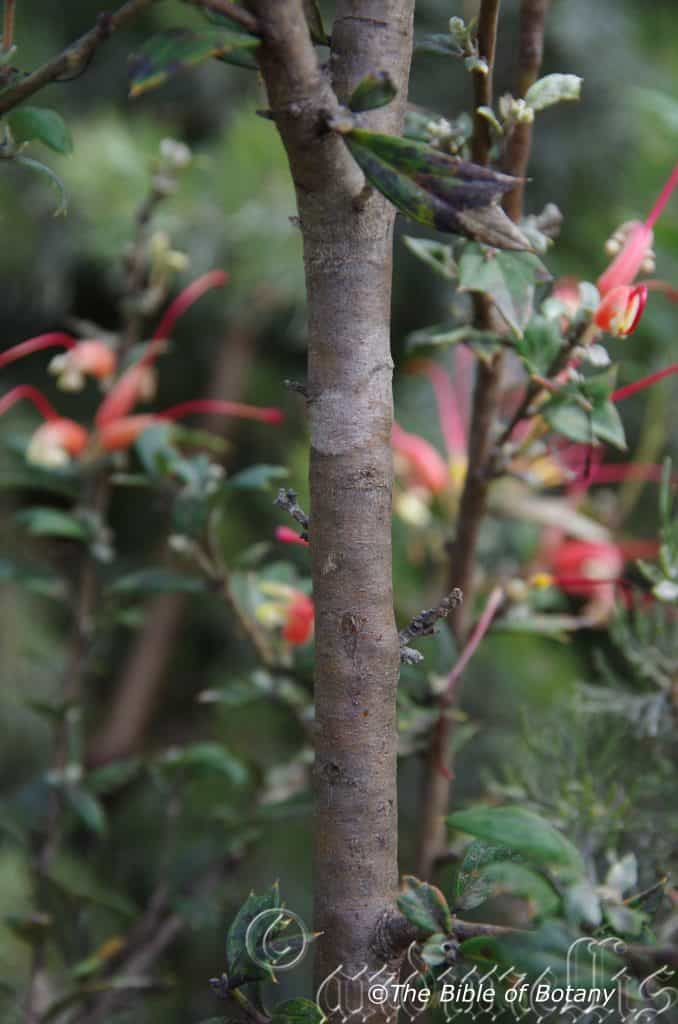
National Botanical Gardens ACT
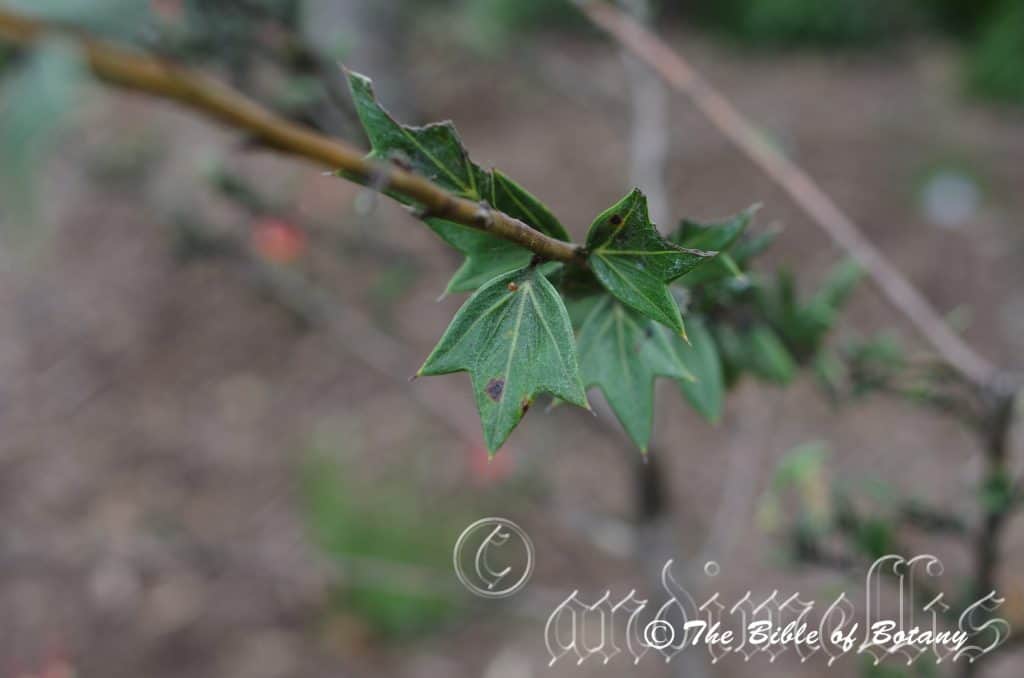
Mount Cootha Botanical Gardens Qld.
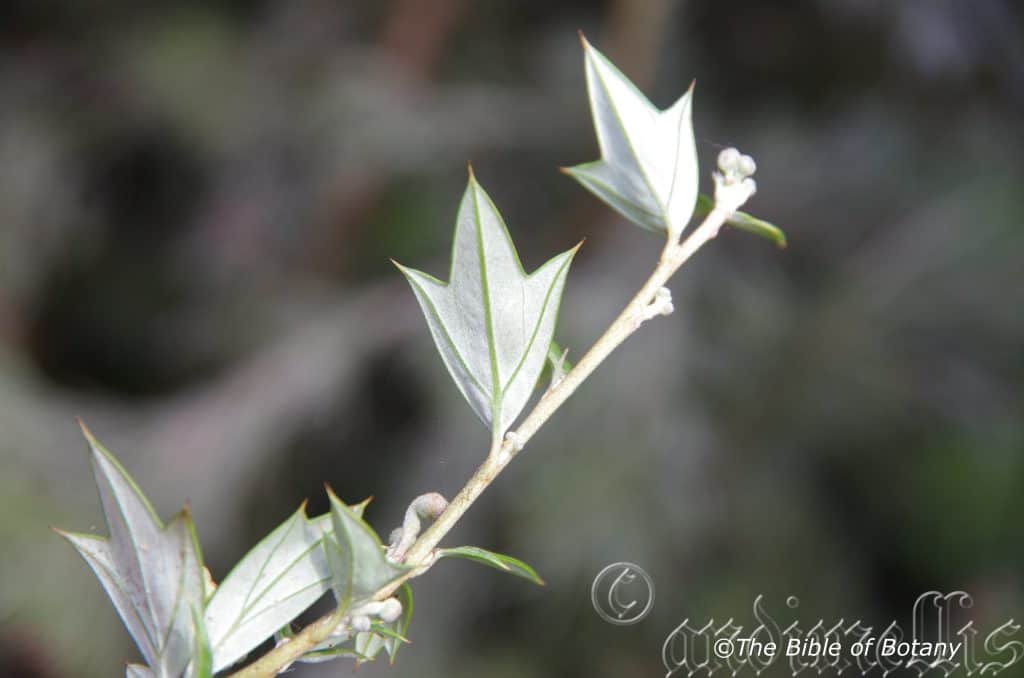
National Botanical Gardens ACT
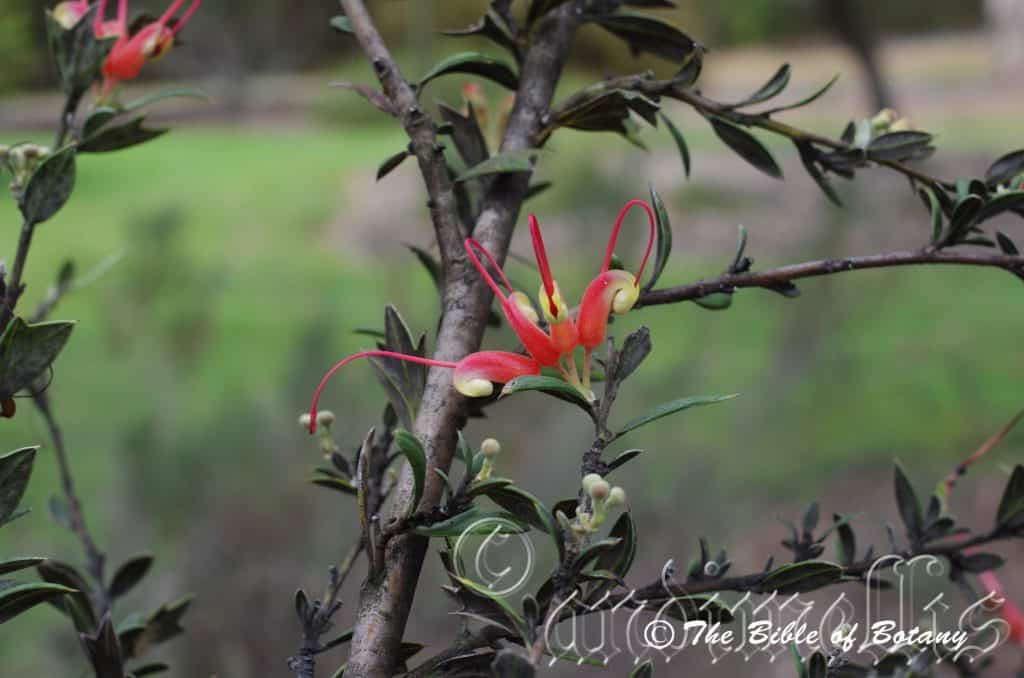
Mount Cootha Botanical Gardens Qld.
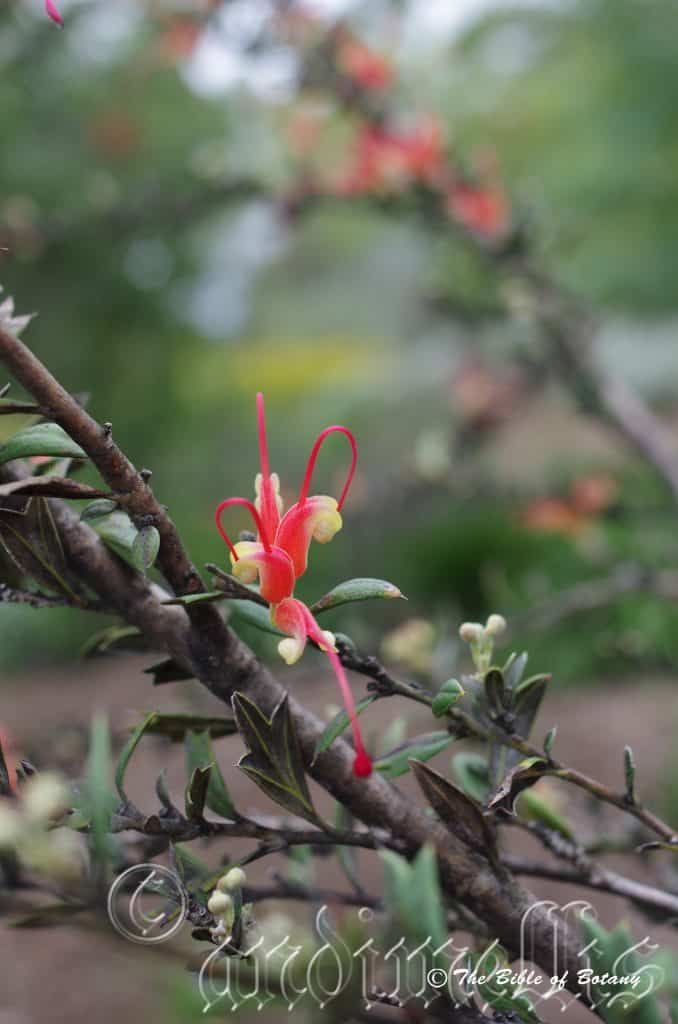
Mount Cootha Botanical Gardens Qld.
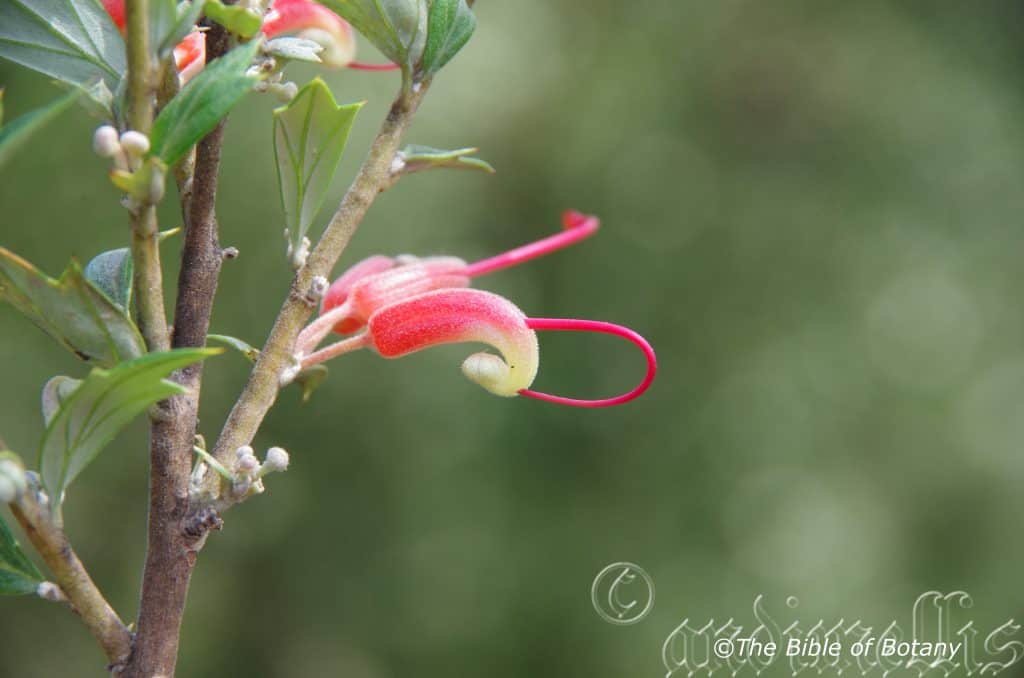
National Botanical Gardens ACT
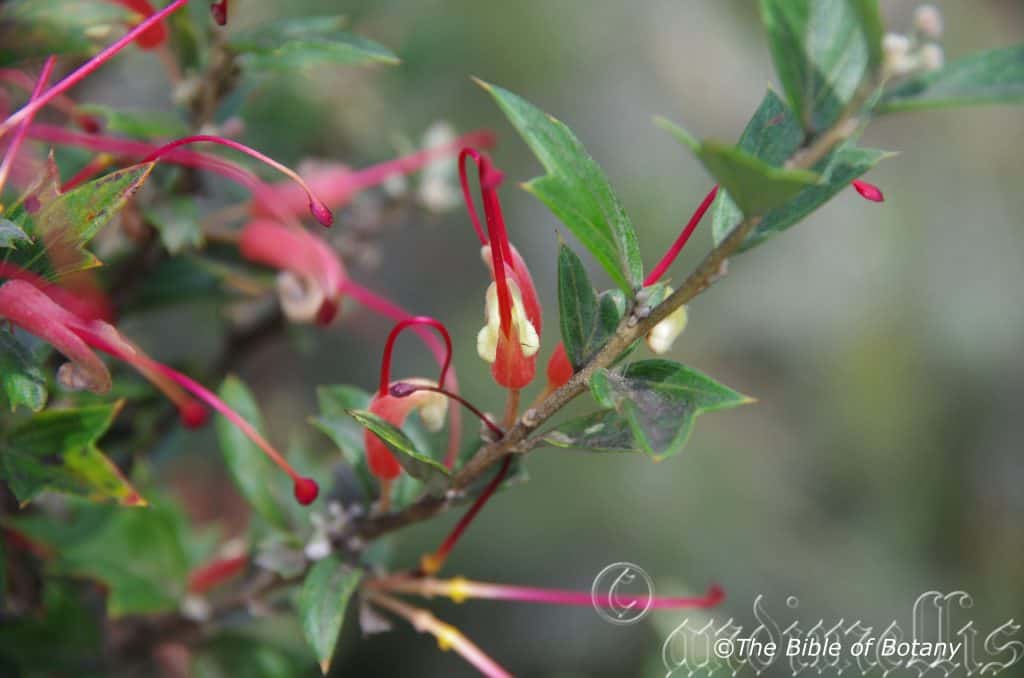
National Botanical Gardens ACT
Grevillea tripartita
Classification:
Class: Magnoliopsida
Order: Proteales
Family: Proteaceae
Genus: Is named in honour of C. F. Greville; 1749-1809, who was a British expert botanist on Algae, a foundation member of the London Horticultural Society and a collector of rare plants.
Species: From Treis/Tria, which are Ancient Greek or Tri, which is Latin for three and Partitus, which is Latin for partition or to divide. It refers to organs, which divide into three parts not necessarily equal parts.
Sub Species: Grevillea tripartite subsp. macrostylis. Â From Makros, which is Ancient Greek for large and Stylos, which is Ancient Greek for a column or pillar. It refers to styles which are much longer than other species in the genus or sub species in the specie.
Sub Species: Grevillea tripartite subsp. tripartite.  From Treis/Tria, which are Ancient Greek or Tri, which is Latin for three and Partitus, which is Latin for partition or to divide. It refers to organs, which divide into three parts not necessarily equal parts.
Common Name:
Distribution:
Grevillea tripartita is endemic to coastal southern Western Australia east from east of the Sterling Range to Eyeres Relief. The two sub species overlap around the Young River with Grevillea tripartite subsp. tripartite found in the western half and Grevillea tripartite subsp.macrostylis in the eastern half.
https://avh.ala.org.au/occurrences/search?taxa=Grevillea+tripartita#tab_mapView
Habitat Aspect Climate:
Grevillea tripartita prefers full sun to light dappled shade. It grows in dry sandy scrub forests and open woodlands on sandy flats. The altitude ranges from 50 meters ASL to 700 meters ASL.
The temperatures range from minus 3 degree in August to 36 degrees in January.
The rainfalls range from lows of 400mm to an average of 900mm annually.
Soil Requirements:
Grevillea tripartita prefers to grow on mainly on fatty sand, sandy loams to gritty medium clays. The soils are usually derived from decomposed to partially decomposed sandstone. The soils pH ranges from 5pH to 6pH are preferred. It does not tolerate waterlogged soils. Non saline soils to moderately saline soils are tolerated as are salt laden winds.
Height & Spread:
Wild Plants: 0.6m to 3m by 1m to 4m.
Characteristics:
Grevillea tripartita larger stems are pale red-brown, glabrous and dull. The branchlets are pale green and covered in white sericeous to sub villous hairs.
The conflorescence of Grevillea tripartita subsp. macrostylis are clustered or on short secunds born from the upper leaf axils or terminals. The rachises are covered in sub sericeous or glandular-puberulent hairs and measure 2mm to 50mm in length. The style and perianth are the most prominent part of the flower. The individual perianths are bright scarlet-red turning yellow where the lobes begin to curve. The perianths are sparsely covered in white appressed subsericeous hairs to biramous-puberulent hairs externally and are sparsely covered in white pilose hairs internally. The perianths measure 11mm to 13mm in length while the lobes measure 11mm to 13mm in length. The lobes are recurved and joined from the base to the apex. The pedicels on the clusters are appressed biramous and simple-erect glandular hairs and measure 1mm to 1. 5mm in length while it is sessile to subsessile on the secunds.
Grevillea tripartita subsp. macrostylis’s, adjacent leaves are simple, 3 to 5 fid or 3 to 7 partite leaves. Most of the leaves on a bush are simple elliptical and measure 10mm to 40mm in length by 2mm to 9mm in width while the lobes when present measure 5mm to 30mm in length by 5mm to 20mm in width. The lobed leaves measure 10mm to 50mm in length by 20mm to 35mm in width. The rigid, broad triangular to sub linear lobes measure 2mm to 22mm in length by 1. 5mm to 3mm in width. The bases are cuneate-attenuate while the apexes are acute with a sharp pungent tip. The discolourous laminas are mid green to deep green on the upper laminas while the lower laminas are paler and densely covered in white subsericeous to sub villous hairs. The laminas are flat on the simple leaves while the lobes are divaricate or curve upwards. The margins and lobe margins are entire and shortly refracted. The mid vein is strongly prominent on the lower lamina and clearly visible on the upper lamina and is a paler green. The petioles measure 0. 5mm to 1. 5mm in length.
The styles are pale pink to deep rose-pink with a yellow-green to a green stigma and pollen presenter. The pistils measure 46mm to 52mm in length. The erect scarlet-red style is glabrous while the ovary has a conspicuous rounded outgrowth on each flank. The broad, flat conical pollen presenter is oblique. The flowers appear from late September to January.
Grevillea tripartita fruits are ellipsoidal follicles. The green follicles turn deep brown-black when ripe. They measure 12mm to 18mm in length. The follicles are colliculose with 2 conspicuous longitudinal ventral ridges on each side.
Confusing Subspecie Varieties:
Grevillea tripartite subsp. macrostylis‘s divided leaves are finely toothed or 3 to 5 fid or shortly partite. The lobes are angled towards the apex. The margins slightly decurve without covering the lower surface.
Grevillea tripartite subsp. tripartite‘s divided leaves are deeply divided 3 to 7 times. The lobes are divaricate. The margins are strongly revolute almost enclosing the lower surface.
Wildlife:
The flowers of Grevillea tripartita are a great attraction for small to medium honeyeaters like the Silver Eyes (Zosterops lateralis), Yellow Face Honeyeater (Lichenostomus chrysops), Brown Honeyeater (Lichmera indistincta) and the eastern Spinebill (Acanthorhynchus tenuirostris).
Cultivation:
Grevillea tripartita is a small Grevillea suitable for temperate and sub-tropical native gardens where light clays, gravelly clays or rockery soils occur. It is small well rounded shrubs which grow from 1 meter to 2 meters in height by 3 meters to 3. 5 meters in diameter in the garden when grown in the open. The foliage can be regularly tip pruned to encourage new growth, bushiness, better flowering and to maintain a smaller plant in the garden if desired. The very long deep green foliage is very attractive part of the plant as are the profusion of bird attracting flowers.
Garden beds would need to be open with plenty of space between plants to allow air flow as well as to give the branchlets a chance to spread and be appreciated for their unique beauty. Crowding this type of foliage with other plants will see them lose all the effectiveness of the colour and form you require or want. Correct spacing will contrast the foliages and shape better without one overpowering the other.
When mass planting Grevillea tripartita use curves and irregular patterns so they can be viewed from different angles around the garden. Use them where foreground and background plants have light green leaves so their beautiful leaves are highlighted. It is excellent for hedges and screens when planted at 2 meters to 3 meters centers or in garden beds planted at 3. 5 meters to 5 meter centers.
The use of annuals helps to attract the viewer to the permanent plants foliage as it is the predominant foliage you want people to notice in the patch. In the case of this Grevillea you could substitute very small Grevillea or other fine leaf natives instead of the native annuals.
Small Acacia specie can also be used to great effect as their flowering will compliment those from this Grevillea. The large deep green leaves will offset the strong flowers of the Acacia specie and in fact would be a very strong complementary contrast whether the prostrate or smaller Acacia specie were to flower at in a different season or at the same time.
Propagation:
Seeds: Sow the seeds of Grevillea trifida directly into a seed raising mix. When the seedlings are 25mm to 50mm tall, prick them out and plant them into 50mm native tubes using a good organic mix. It can also be placed in cold water for 24 hours prior to soaking. This can be more effective if the seeds are first placed in a calico bag and put through several washes in the washing machine if you are using cold water.
Once the seedlings reach 150mm to 200mm in height, nip the tips out before planting them out into their permanent position. For mass plantings plant them at 1 meter to 6 meters centers on whether it is wanted as a feature shrub or a bush scene is required.
Cuttings:
Use 30mm to 40mm long half ripened material when growing from cuttings from the present season’s growth. Use cuttings that have ripened shortly after the new growth has hardened in mid-autumn or early spring. Remove half the leaves from the bottom section being careful not to tear the bark.
1 Prepare the cutting mix by adding one third sharp clean river sand, one third peat and one third perlite. These ingredients are sterilize,
2 Select good material from non diseased plants,
3 Select semi green stems for cuttings. Look for a stem with two or three nodes,
4 Place the cutting on a flat, hard surface, and make a clean cut down one side of the cutting at the base for 10mm with a sharp sterile knife or razor blade. – This scarification of the node will increase the chances of roots emerging from this spot. Now remove all but one or two the leaves, leaving the apex leaves in tact. If the leaves are very large in proportion to the stem, cut off the apical halves.
5 Fill a saucer with water, and place a little medium strength rooting hormone into another container like a milk bottle top. Dip the node end of the cutting into the water and then into the rooting hormone. Tap off any excess hormone,
6 Use a small dipple stick or old pencil to poke a hole into the soilless potting mix. Ensure the hole is slightly larger than the stem diameter and be careful not to wipe the rooting hormone off the cuttings base, place the cuttings in a pattern ensuring the cuttings are not touching each other,
7 I like to place the pots in Plastic bags to help maintain temperature and moisture. Place in a semi shaded place like under 50mm shade cloth. – Place the trays under 30mm shade and keep the trays warm.
8 When the cuttings have struck, open the bag to allow air circulation for a few days to a week,
9 Once hardened off remove the cuttings from the bag and allow to further hardening for a few more days,
10 Transplant into a good potting mix to grow on.
Fertilize using seaweed, fish emulsion or organic chicken pellets soaked in water on an alternate basis. Fertilize every two months until the plants are established then twice annually in early September or March to maintain health, vitality and better flowering. Avoid synthetic fertilizers as they will most likely contain calcium and phosphorus at levels, which are toxic to most Proteaceae.
Further Comments from Readers:
Hi reader, it seems you use The Bible of Botany a lot. That’s great as we have great pleasure in bringing it to you! It’s a lHi reader, it seems you use The Bible of Botany a lot. That’s great as we have great pleasure in bringing it to you! It’s a little awkward for us to ask, but our first aim is to purchase land approximately 1,600 hectares to link several parcels of N.P. into one at The Pinnacles NSW Australia, but we need your help. We’re not salespeople. We’re amateur botanists who have dedicated over 30 years to saving the environment in a practical way. We depend on donations to reach our goal. If you donate just $5, the price of your coffee this Sunday, We can help to keep the planet alive in a real way and continue to bring you regular updates and features on Australian plants all in one Botanical Bible. Any support is greatly appreciated. Thank you.
In the spirit of reconciliation we acknowledge the Bundjalung, Gumbaynggirr and Yaegl and all aboriginal nations throughout Australia and their connections to land, sea and community. We pay our respect to their Elders past, present and future for the pleasures we have gained.
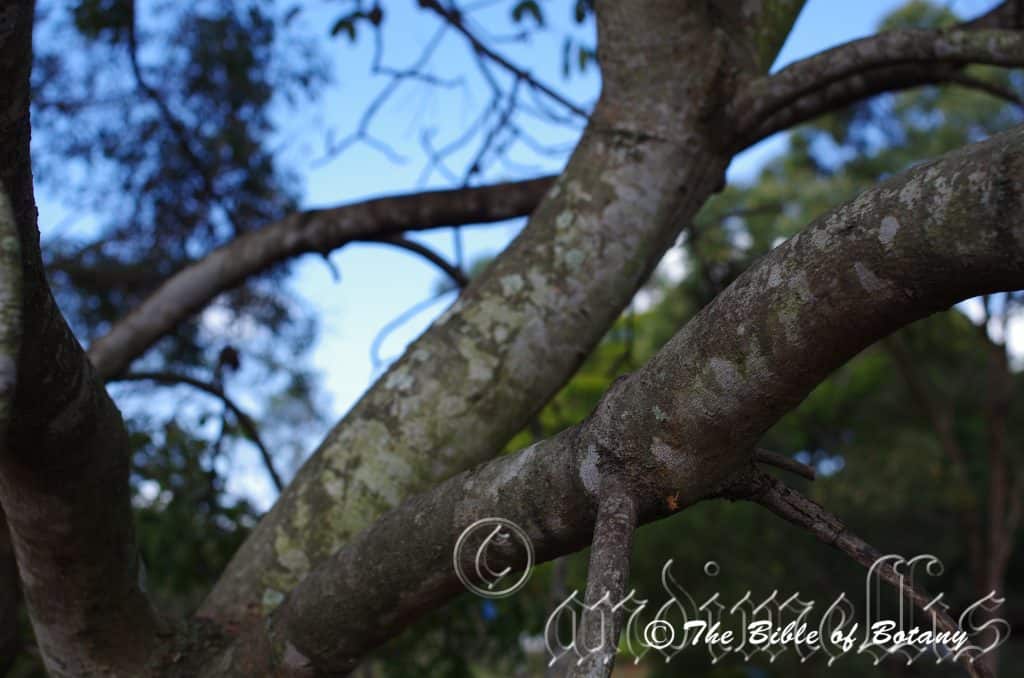
Camp Hill Qld.
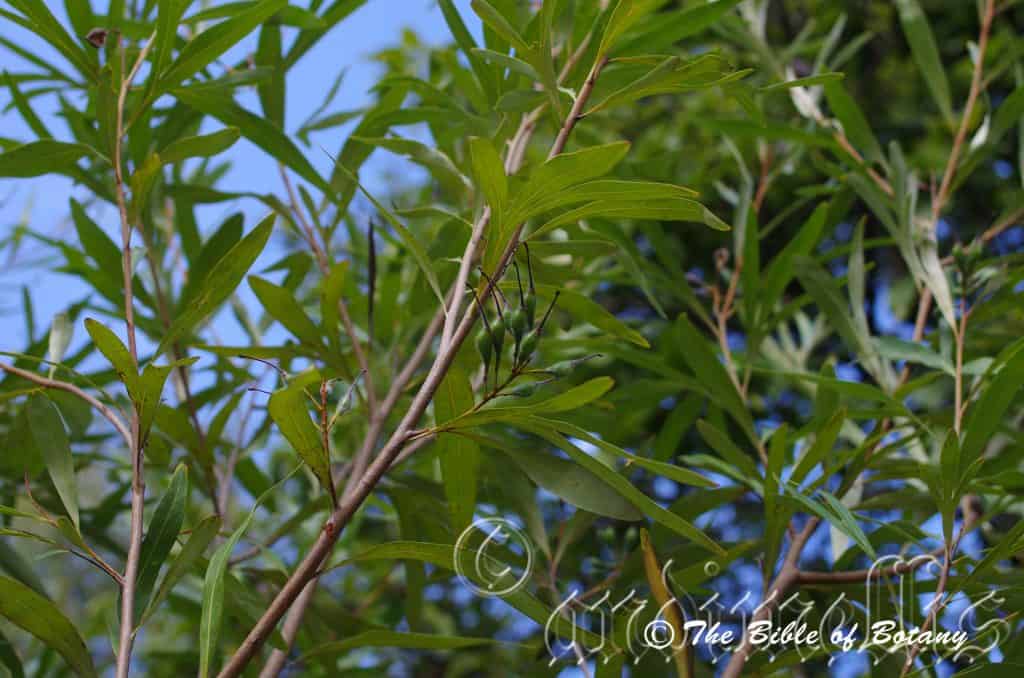
Camp Hill Qld.
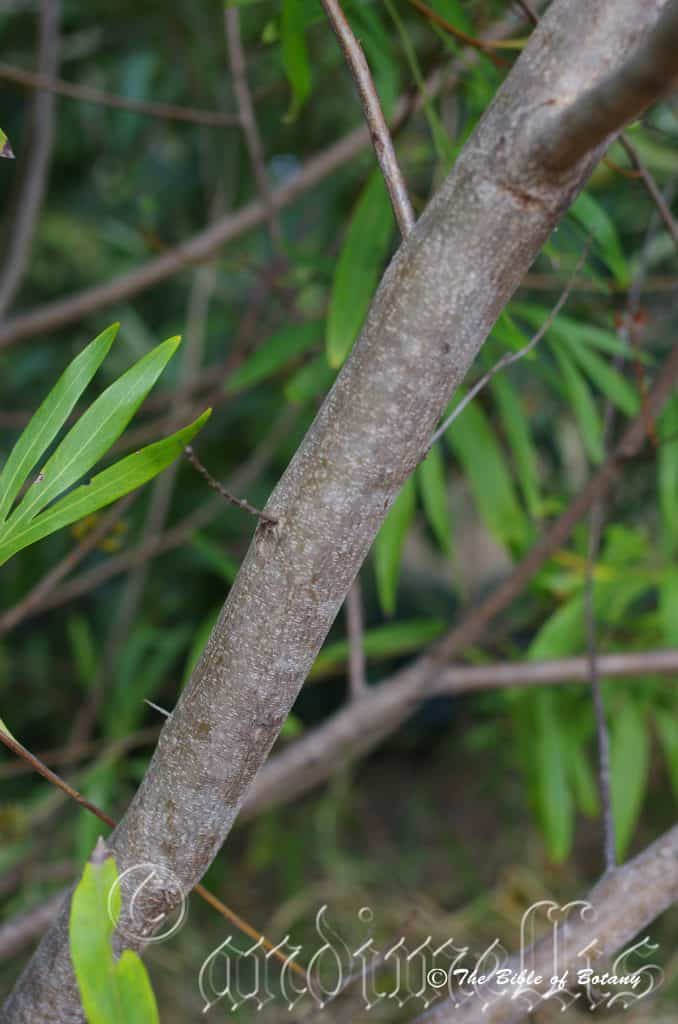
Camp Hill Qld.
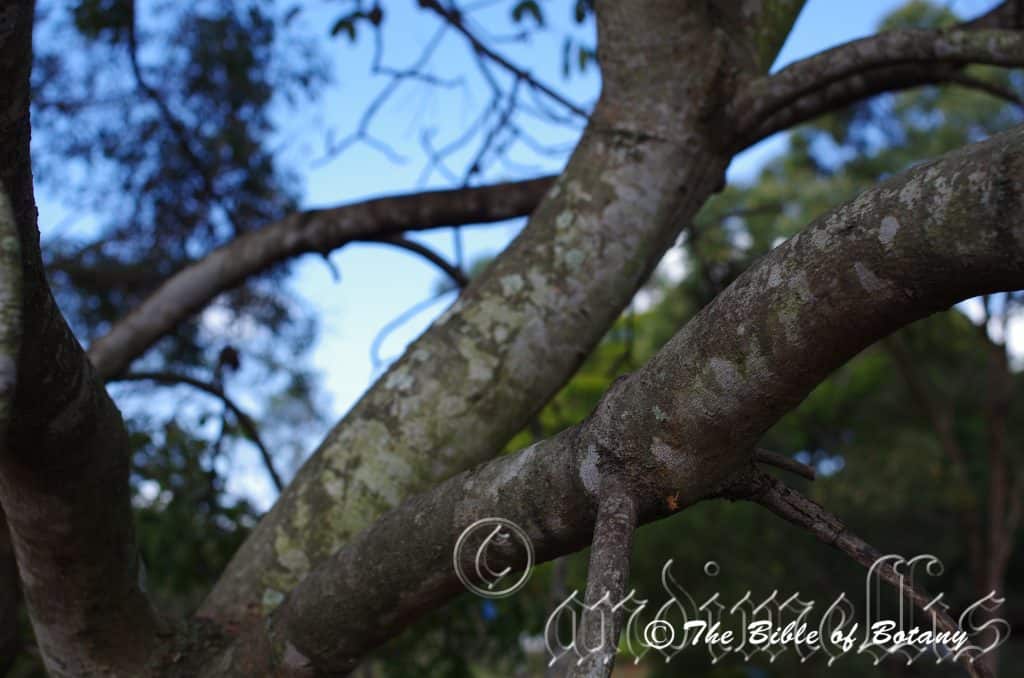
Camp Hill Qld.
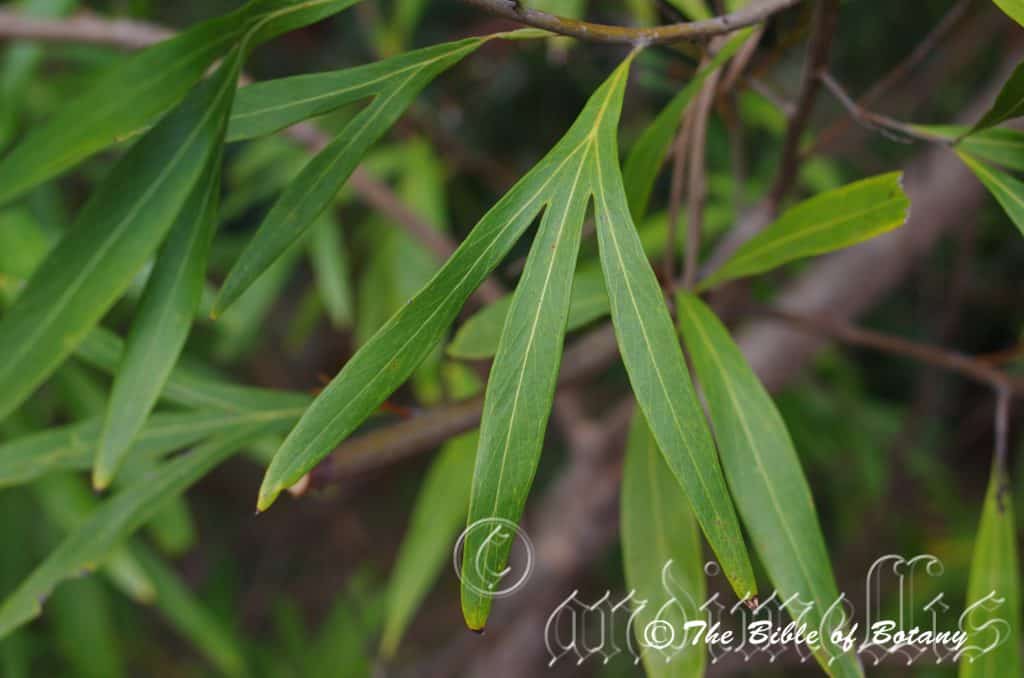
Camp Hill Qld.
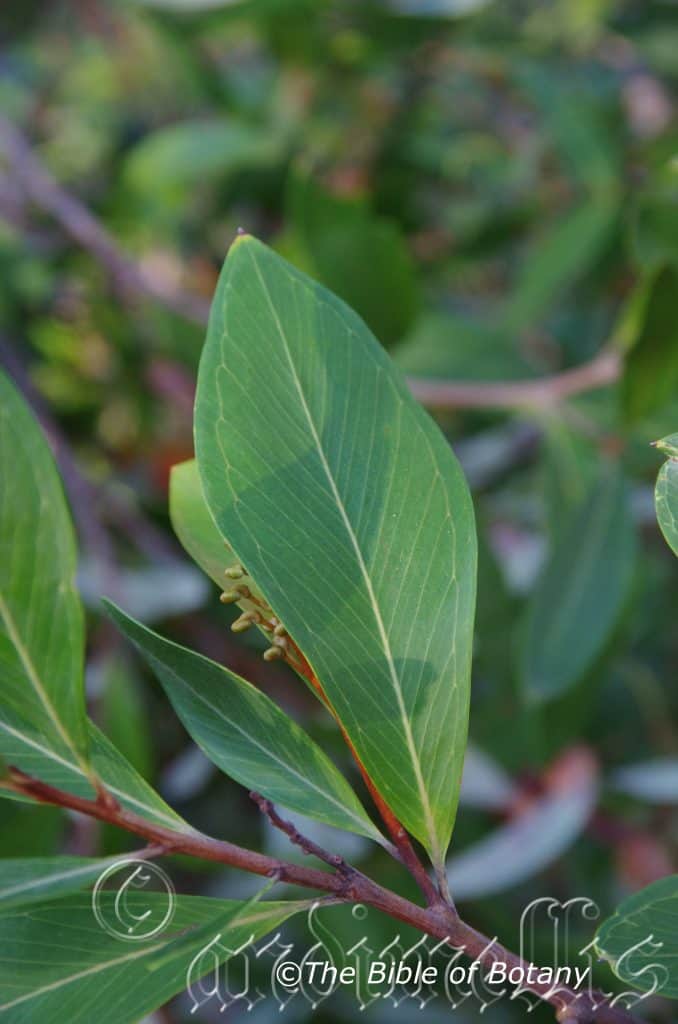
Camp Hill Qld.
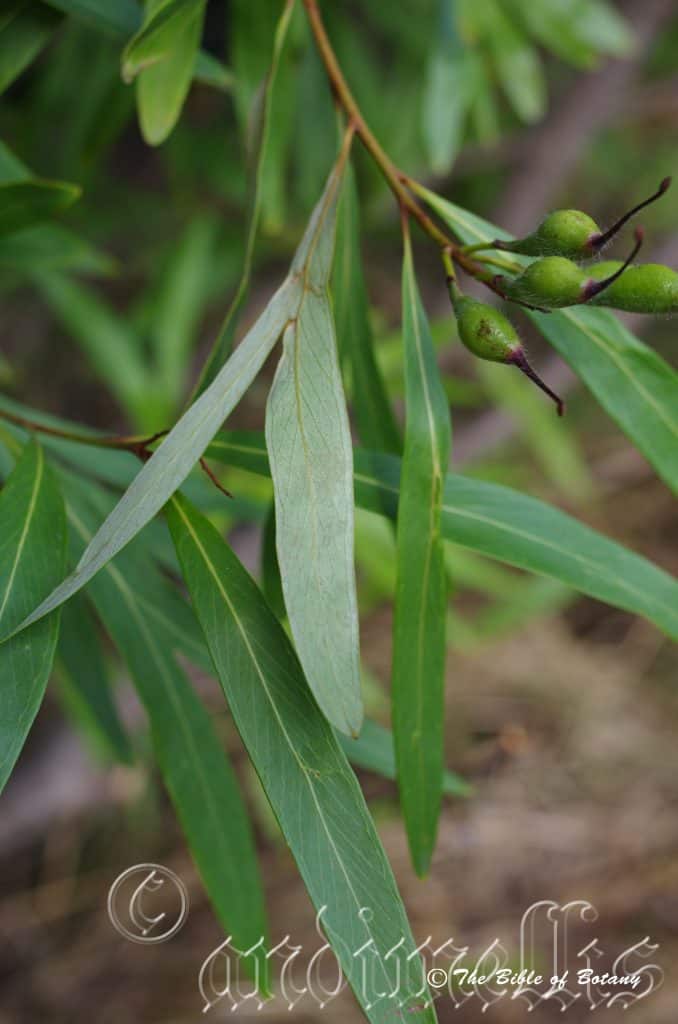
Camp Hill Qld.
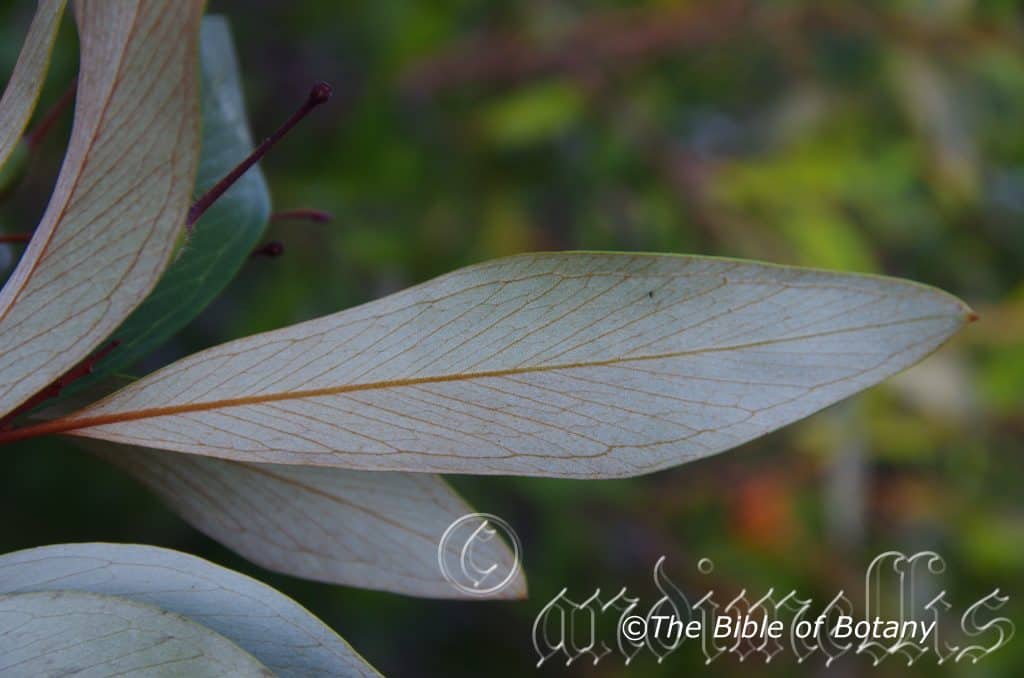
The Pinnacles NSW
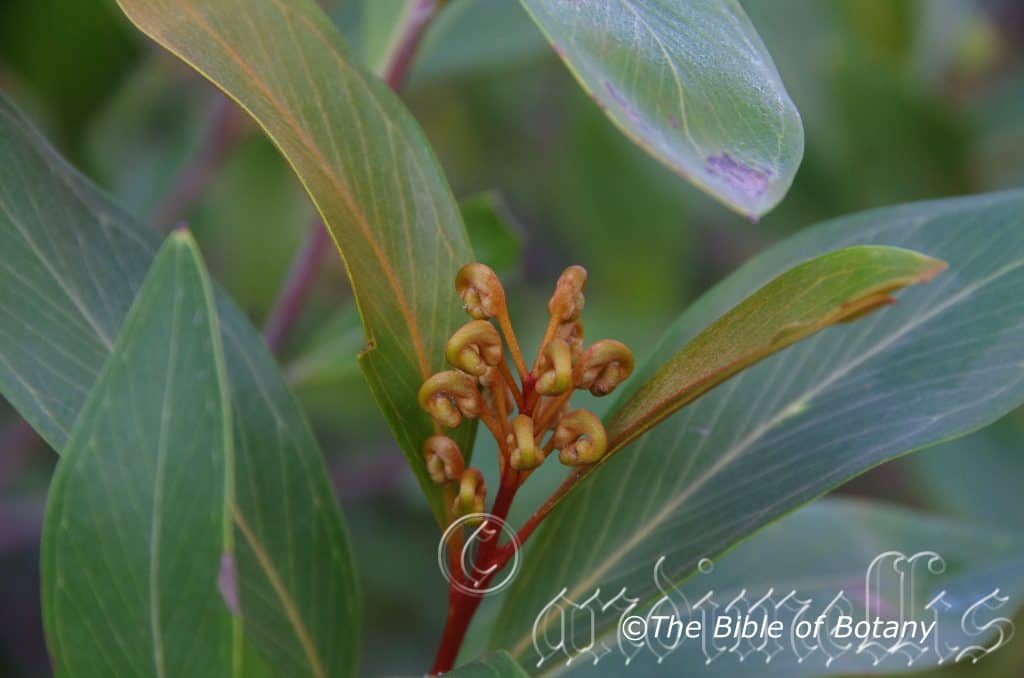
The Pinnacles NSW
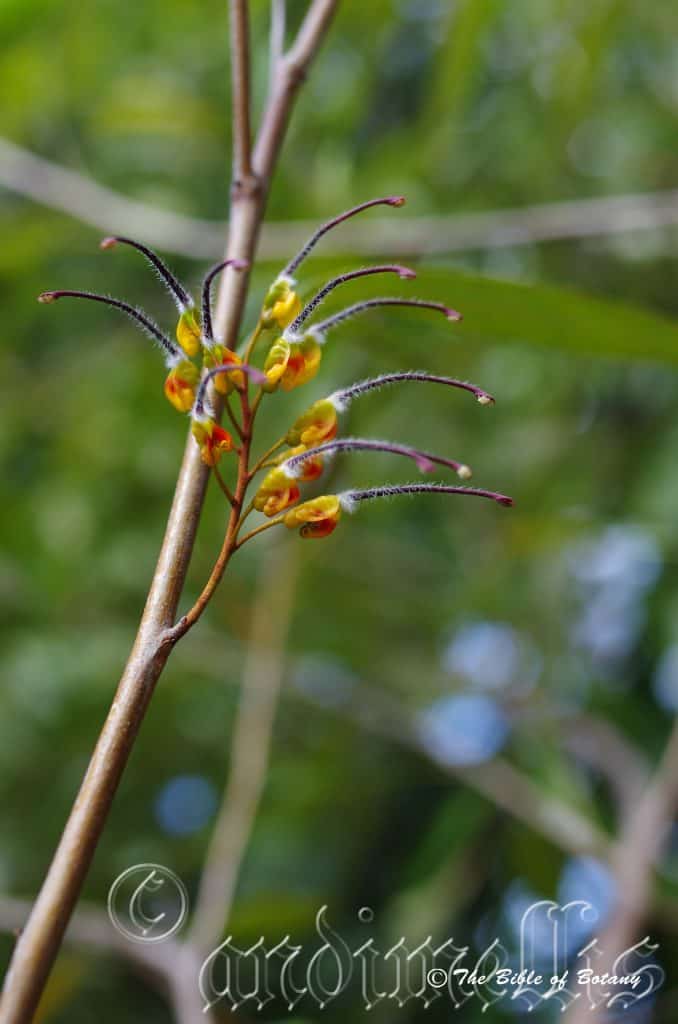
Camp Hill Qld.
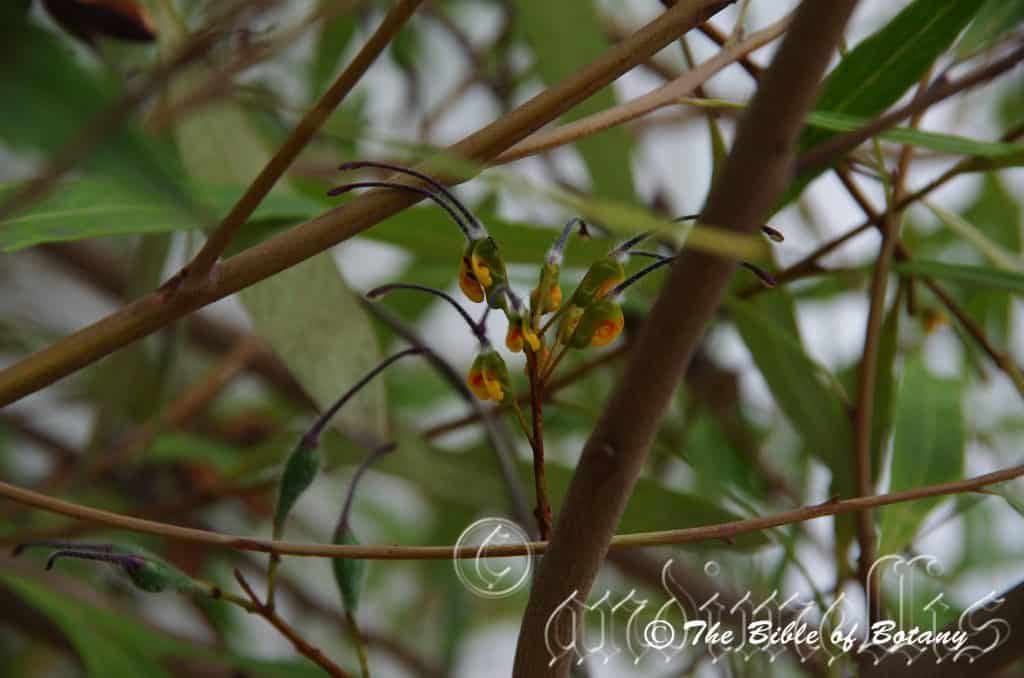
The Pinnacles NSW
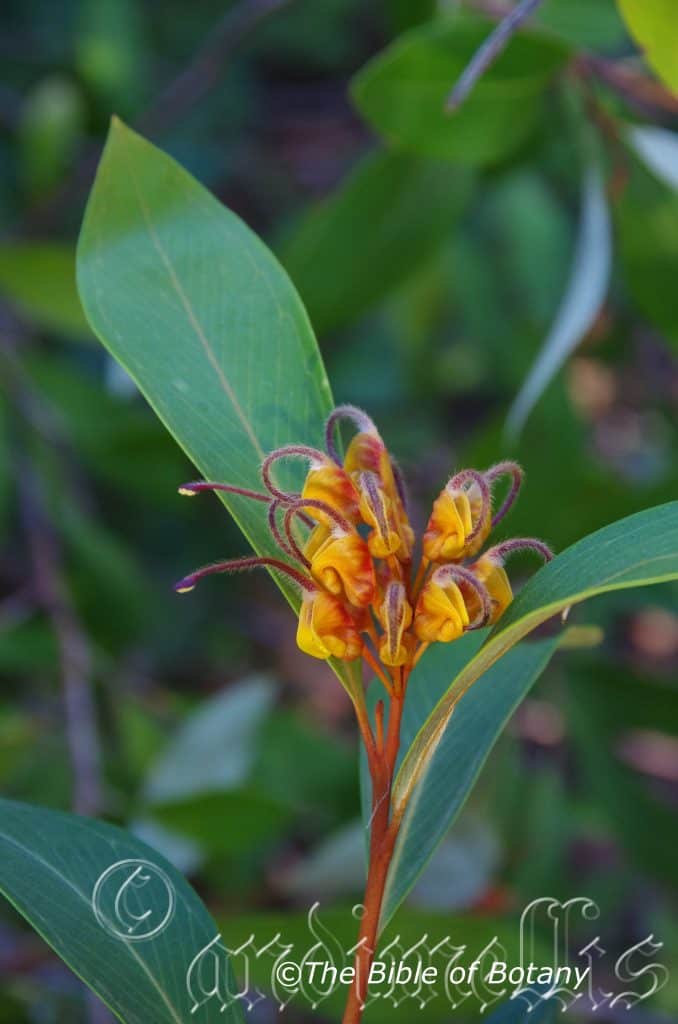
The Pinnacles NSW
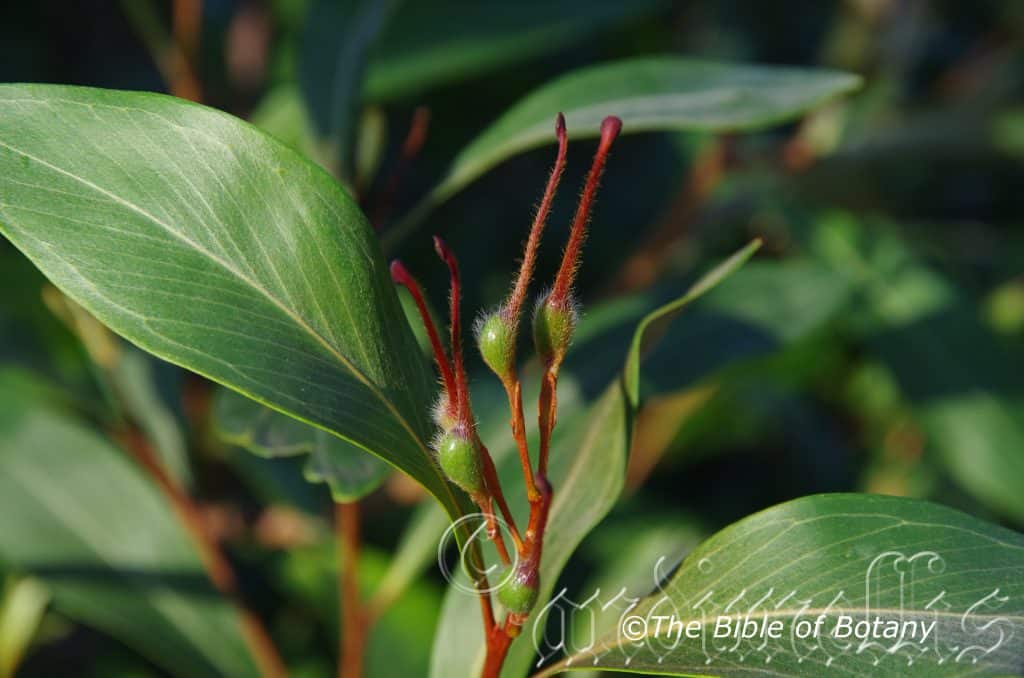
The Pinnacles NSW
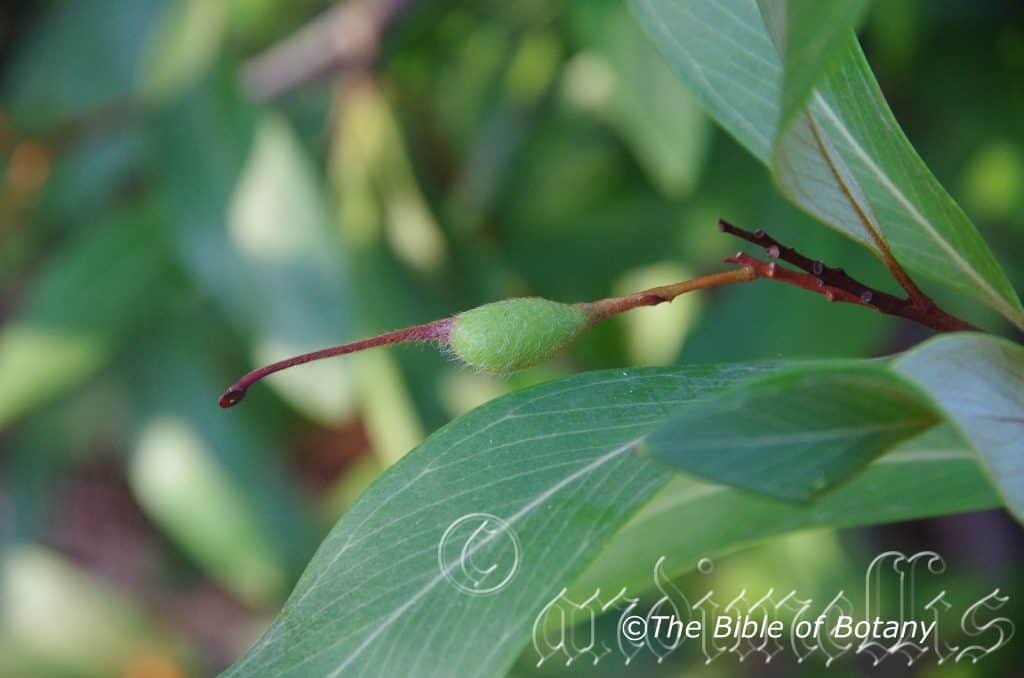
The Pinnacles NSW
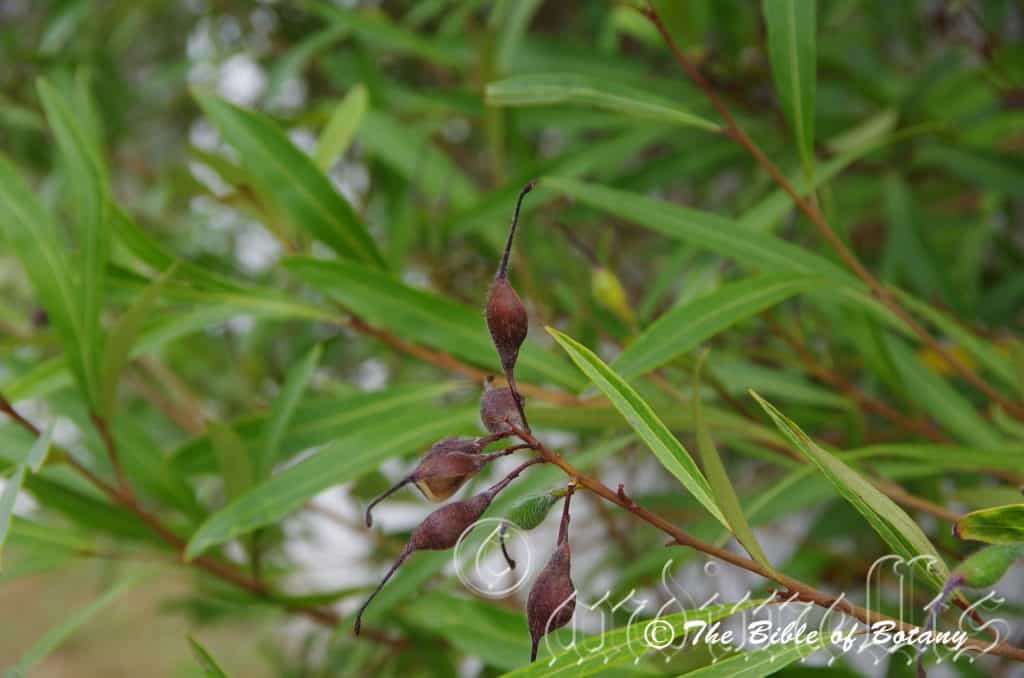
Cooparoo Qld.
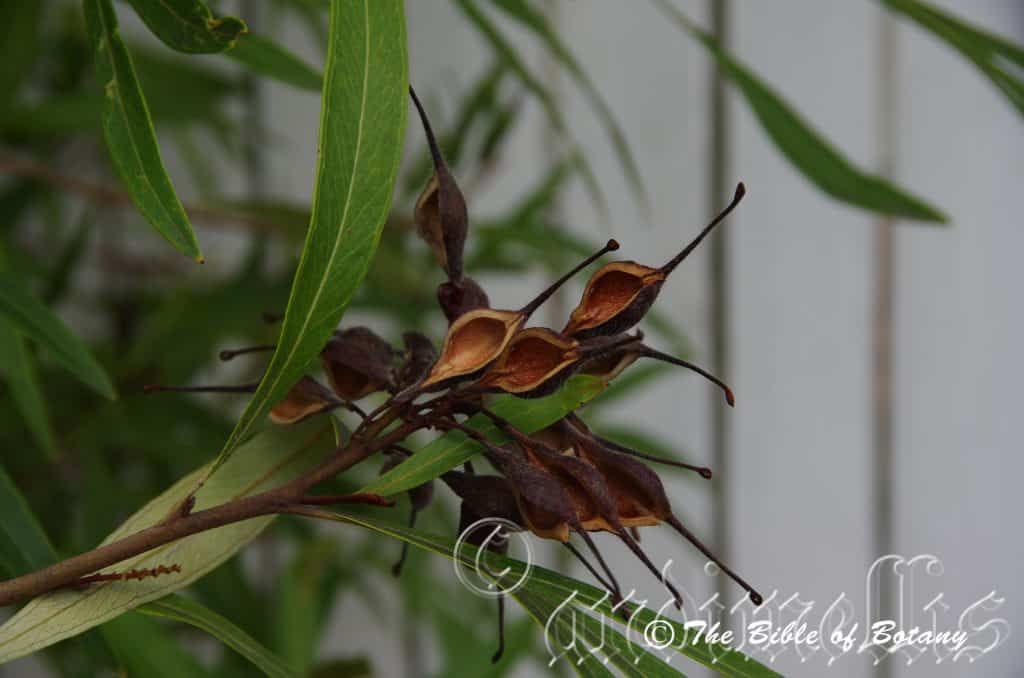
Cooparoo Qld.
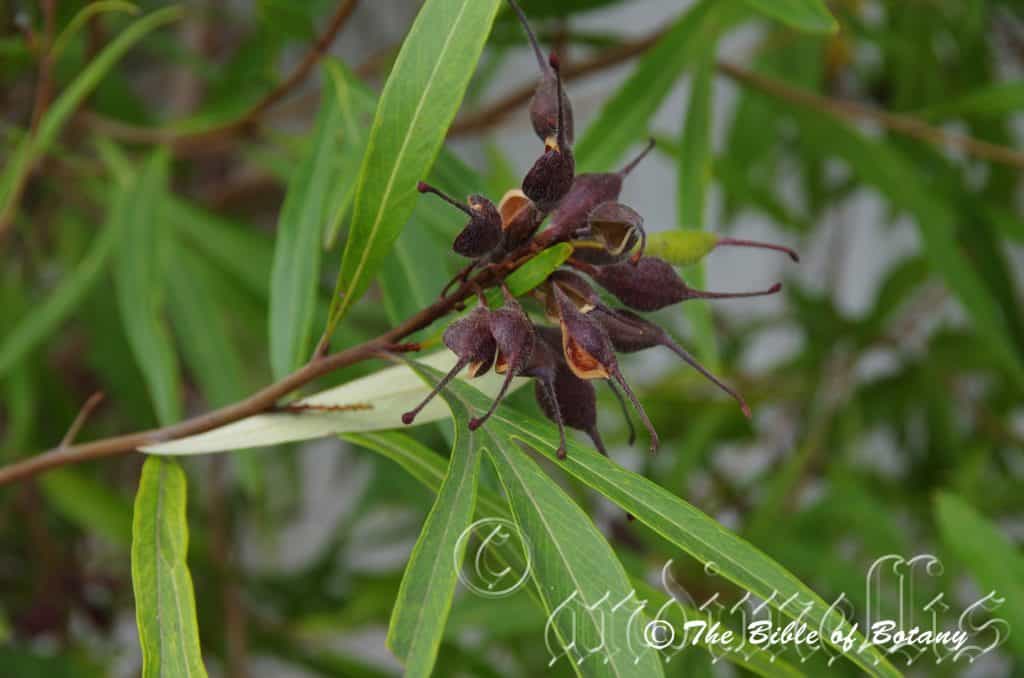
Cooparoo Qld.
Grevillea venusta
Classification:
Class: Magnoliopsida
Order: Proteales
Family: Proteaceae
Genus: Is named in honour of C. F. Greville; 1749-1809, who was a British expert botanist on Algae, a foundation member of the London Horticultural Society and a collector of rare plants.
Species: From Venus, which is Latin goddess for charm, beauty sexual desire and seductiveness to the flowers. It refers to plants, which have an overall beauty and charm about them.
Sub Species:
Common Name: Byfield Spider Flower.
Distribution:
Grevillea venusta is found south from Many Peaks Range to Shoalwater Bay in central eastern Queensland.
https://avh.ala.org.au/occurrences/search?taxa=Grevillea+venusta#tab_mapView
Habitat Aspect Climate:
Grevillea venusta prefers full sun or dappled shade. It grows beneath tall trees in dry schlerophyll creek forests to rocky ridges and headlands. The altitude ranges from 20 meters ASL to 200 meters ASL.
The temperatures range from 6 degrees in August to 36 degrees in January.
The rainfalls range from lows of 900mm to an average 1600mm annually.
Soil Requirements:
Grevillea venusta prefers to grow on sandy loams to gritty medium clays. The soils are usually derived from decomposed granites or at times sandstone, or rarely laterites or shale. The soils pH ranges from 5pH to 6pH are preferred. It does not tolerate waterlogged soils. Non saline soils to moderately saline soils are tolerated.
Height & Spread:
Wild Plants: 2m to 5m by 2m to 5m.
Characteristics:
The larger branches and branchlets are grey-brown, slightly rough. The smaller branchlets progressively turn glabrous, tan, then to a glabrous grass-green. The terminals are sparsely covered with white caduceous sericeous hairs close to the apex.
Juvenile shrub leaves are often deeply lobed with 2 to 7 lobes while some mature shrubs may retain the odd lobed leaf. The lower lobes measure 40mm to 110mm in length by 6mm to 16mm in width.
The alternate simple or trifoliate leaves are narrowly elliptical to narrow ovate. They measure 35mm to 190mm in length by 5mm to 30mm in width. The simple elliptical to narrow ovate leaves measure 20mm to 120mm in length by 6mm to 18mm in width. The bases are attenuate while the apexes of the lobes are acute. The discolourous laminas are bright, semi glossy to glossy grass-green on the upper lamina while the lower laminas are paler and densely covered in white, appressed sericeous hairs. The laminas are flat and slightly undulating and slightly twisted while the margins are entire and maybe slightly revolute. The olive-yellow mid vein is prominent on the lower lamina and prominent near the base of the upper lamina. The petiole measures 5mm to 11mm in length.
The acropetal conflorescences are loose cylindrical racemes born from the leaf axils or on short cauliferous stems. The racemes can be single or 2 branched from the base with 10 to 24 flowers. The racemes measure 50mm to 90mm in length. The perianth and style are the most prominent parts of the flower. The individual perianths are bright glossy lime-green at the base turning bright glossy yellow, yellow-orange or orange on the limbs externally and scarlet-red to reddish-orange internally on the bend of the limbs. The perianths are glabrous to sparsely covered in white sericeous hairs externally and are sparsely covered in white pilose hairs internally. The perianth and limbs measure 8mm to 12mm in length. The pedicels measure 4mm to 8mm in length.
The ovate anthers are dull deep yellow while the pollen is cream to almost white. The style is deep maroon, deep purplish-black or navy blue while the stigma is slightly paler. The styles gently bend from the base to the stigma while the ovaries are covered in soft white villous hairs. The style is covered in very long, soft, white villous hairs near the base and pilose hairs on the remainder. The pistils measure 30mm to 36mm in length while the ovaries stipes measure 8. 2mm to 9. 2mm in length. The flowers appear from June to September with odd flowers often appearing throughout the year.
The fruit is ovoidal to ellipsoidal follicle. The grass-green follicles have a maroon-burgundy apex and are sparsely to moderately covered in long, soft white villous hairs. The style is persistent. The follicles turn deep brown and are sparsely covered in long white villous hairs externally while it is creamy pale tan and glabrous internally when ripe. They measure 16mm to 19mm by 7mm to 7. 5mm in diameter. The oblong seeds are deep brown to black with a hard testa and measure 4mm to 5mm in length by 3mm in diameter. The pedicels measure 8mm to 12mm in length.
Confusing Species Varieties:
Grevillea venusta’s has inconspicuous arcuate nectaries. There are usually 10 to 24 flowers on a conflorescence. The lobes are more greenish-yellow to green than pinkish. The style is deep burgundy-black to navy blue with long, soft, white hirsute hairs.
Grevillea glossadenia‘s has conspicuous linguiforme nectaries. There are usually 6 to 12 flowers on a conflorescence. The lobes are more orange than yellow-green. The style is deep orange to deep reddish with long, soft, off white pilose to villous hairs especially around the ovary.
Wildlife:
Grevillea venusta’s flowers are a great attraction for small to medium honeyeaters like the Silver Eyes (Zosterops lateralis), Yellow Face honeyeater (Lichenostomus chrysops), Brown Honeyeater (Lichmera indistincta) and the eastern Spinebill (Acanthorhynchus tenuirostris).
Cultivation:
Grevillea venusta is a beautiful large shrub with very interesting flowers for temperate, sub-tropical and semi-arid areas in Australia. It makes a good garden subject for larger gardens as it will grow from 4 meters to 5 meters in height by 5 meters to 6 meters in diameter when cultivated in the open. It is fast growing and always look fresh and clean with their large bright grass-green leaves. The shrubs are however subject to wind damage when fully grown and in an open situation. It has a tendency to split near the base or become uprooted in skeletal or clay soils.
In a native garden it is good for attracting small birds like silver eyes or butterflies and native bees. In temperate or drier districts it can be a good starter plant giving good colour to the garden at a very early age. The dense bushy habit and with most of the flowers placed along the branches inside the canopy birds obviously feel safe visiting the shrubs. It is drought resistant and frost resistant at least down to temperatures of minus 4 degrees.
It is useful as a backdrop large shrub contrasting with smaller grey or blue finer leaf shrubs that are planted in the foreground in a garden. This gives the impression that they like being the center of attention which they deserve.
A bend in a path can be broken up by placing them at the bend. Place them in the midground with ground covers, smaller shrubs in front or annuals in front and larger plants behind. Plants with either small red flowers or white flowers can be used in the foreground while large flowering specie can be placed in the background. This will lead the viewer’s eyes down and over to the back ground. Whether it is in flower or not these plants will catch your attention and the viewer will be transfixed on the display rather than watching the path. Small Acacia specie can also be used to great effect as their flowering will compliment those from this Grevillea. The large deep green leaves will offset the strong flowers of the Acacia specie and in fact would be a very strong complementary contrast if the prostrate or smaller Acacia specie were to flower at in a different season.
Propagation:
Seeds: The seeds need to be treated before sowing. This can be done by placing the seeds into a small calico bag with sharp clean sand and rubbing them to scarify the surface or they can be nicked individually with a knife. Another method is to rub the individual seeds lightly over fine sandpaper. Sow the freshly treated seeds directly into a seed raising mix. Cover them with 5mm of fine sand and keep moist not wet. Place the tray in a warm sunny position. When the seedlings are 25mm to 50mm tall, prick them out and plant them into 50mm native tubes using a good organic mix.
Once the seedlings reach 150mm to 200mm in height, nip the tips out before planting them out into their permanent position.
Cuttings:
Use 30mm to 40mm long half ripened material when growing from cuttings from the present season’s growth. Use cuttings that have ripened shortly after the new growth has hardened in mid-autumn or early spring. Remove half the leaves from the bottom section being careful not to tear the bark.
1 Prepare the cutting mix by adding one third sharp clean river sand, one third peat and one third perlite. These ingredients are sterilize,
2 Select good material from non diseased plants,
3 Select semi green stems for cuttings. Look for a stem with two or three nodes,
4 Place the cutting on a flat, hard surface, and make a clean cut down one side of the cutting at the base for 10mm with a sharp sterile knife or razor blade. – This scarification of the node will increase the chances of roots emerging from this spot. Now remove all but one or two the leaves, leaving the apex leaves in tact. If the leaves are very large in proportion to the stem, cut off the apical halves.
5 Fill a saucer with water, and place a little medium strength rooting hormone into another container like a milk bottle top. Dip the node end of the cutting into the water and then into the rooting hormone. Tap off any excess hormone,
6 Use a small dipple stick or old pencil to poke a hole into the soilless potting mix. Ensure the hole is slightly larger than the stem diameter and be careful not to wipe the rooting hormone off the cuttings base, place the cuttings in a pattern ensuring the cuttings are not touching each other,
7 I like to place the pots in Plastic bags to help maintain temperature and moisture. Place in a semi shaded place like under 50mm shade cloth. – Place the trays under 30mm shade and keep the trays warm.
8 When the cuttings have struck, open the bag to allow air circulation for a few days to a week,
9 Once hardened off remove the cuttings from the bag and allow to further hardening for a few more days,
10 Transplant into a good potting mix to grow on.
Fertilize using seaweed, fish emulsion or organic chicken pellets soaked in water on an alternate basis. Fertilize every two months until the plants are established then twice annually in early September or March to maintain health, vitality and better flowering. Avoid synthetic fertilizers as they will most likely contain calcium and phosphorus at levels, which are toxic to most Proteaceae.
Further Comments from Readers:
Hi reader, it seems you use The Bible of Botany a lot. That’s great as we have great pleasure in bringing it to you! It’s a little awkward for us to ask, but our first aim is to purchase land approximately 1,600 hectares to link several parcels of N.P. into one at The Pinnacles NSW Australia, but we need your help. We’re not salespeople. We’re amateur botanists who have dedicated over 30 years to saving the environment in a practical way. We depend on donations to reach our goal. If you donate just $5, the price of your coffee this Sunday, We can help to keep the planet alive in a real way and continue to bring you regular updates and features on Australian plants all in one Botanical Bible. Any support is greatly appreciated. Thank you.
In the spirit of reconciliation we acknowledge the Bundjalung, Gumbaynggirr and Yaegl and all aboriginal nations throughout Australia and their connections to land, sea and community. We pay our respect to their Elders past, present and future for the pleasures we have gained.
Grevillea victoriae
Classification:
Class: Magnoliopsida
Order: Proteales
Family: Proteaceae
Genus: Is named in honour of C. F. Greville; 1749-1809, who was a British expert botanist on Algae, a foundation member of the London Horticultural Society and a collector of rare plants.
Species: Is named in honour of Alexandrina Victoria; 1819-1901, who was better known as Queen Victoria.
Sub Species: Grevillea victoriae subsp. nivalis. From Nivalus, which is Latin for snowy or snow white. It refers to the plants, which grow just above or below the winter snow line on mountains.
Sub Species: Grevillea victoriae subsp. victoriae. Is named in honour of Alexandrina Victoria; 1819-1901, who was better known as Queen Victoria.
Common Name: Royal Grevillea or Mountain Grevillea.
Distribution:
Grevillea victoriae subsp. nivalis is found from Canberra in the ACT to Mount Sassafras in far north eastern Victoria on and east of the Great Dividing Range.
Grevillea victoriae subsp. victoriae is found from Tumbarumba in far southern New South Wales south to Tyers in central eastern Victoria on and along the Great Dividing Range.
https://avh.ala.org.au/occurrences/search?taxa=Grevillea+victoriae#tab_mapView
Habitat Aspect Climate:
Grevillea victoriae prefers full sun or dappled shade. It grows beneath tall trees in dry schlerophyll or wet schlerophyll forests in rocky montane environments where deep snows cover the open ground in winter. The altitude ranges from near sea level to 1800 meters ASL.
The temperatures range from minus 5 degrees in August to 27 degrees in January.
The rainfalls range from lows of 780mm to an average 1800mm annually.
Soil Requirements:
Grevillea victoriae prefers to grow on sand, sandy loams, rocks, gritty medium clays which contain limestone gibbers and rocks or generous quantities of shell grit or lateritic pebbles. The soils are usually derived from decomposed granites, sandstones, mudstones or brown basalts. The soils pH ranges from 5pH to 6pH are preferred. It does not tolerate waterlogged soils. Non saline soils to moderately saline soils are tolerated.
Height & Spread:
Wild Plants: 0. 2m to 4m by 1m to 3m.
Characteristics:
The larger branches and branchlets are dull grey to a dull pink-grey and glabrous. The smaller branchlets progressively turn creamy fawn and covered with white sericeous hairs.
The alternate simple leaves are elliptical, narrowly ovate or narrowly obovate. They measure 15mm to 140mm in length by 5mm to 45mm in width. The discolourous laminas are dull pale green and glabrous on the upper lamina while the lower lamina is densely covered in white sericeous hairs in Grevillea victoriae subsp. victoriae.
Grevillea victoriae subsp. nivalis’slower lamina is sparsely covered in appressed hirsute hairs. The mid vein is prominent on the lower lamina and is distinctly visible on the upper lamina as it is very pale green. The margins are entire and flat. The base is cuneate while the apexes acute. The petiole measures 3mm to 22mm in length.
The inflorescence is loose cylindrical-globose raceme born terminally or auxiliary with 12 to 40 flowers. The raceme measures 20mm to 85mm in length. The perianth and style are the most prominent parts of the flower. The individual perianths are variable deep orange-red to red at the base through to the lobes. The perianth is densely covered in red, to rusty red or purple-red short villous to pilose hairs externally and is covered in red, to rusty red or purple hirtellous hairs internally. The perianth and limbs measure 15mm to 18mm in length. The lobes are free. The pedicels measure 3mm to 5mm in length.
The style is a deeper shade or red or the same colour as the perianths. The pistils measure 12mm to 15mm in length. The erect style gently curves on the apical half. The ovary is glabrous. The lateral to oblique pollen presenter is red to rusty-red. The flowers appear from August to January.
The fruits are ellipsoidal follicles. The style is persistent on the finely wrinkled follicle. The follicles measure 10mm to 15mm by 6mm to 10mm in diameter.
Wildlife:
It is a great attraction for small to medium honeyeaters like the Silver Eyes (Zosterops lateralis), Yellow Face Honeyeater (Lichenostomus chrysops), Brown Honeyeater (Lichmera indistincta) and the eastern Spinebill (Acanthorhynchus tenuirostris).
Cultivation:
Grevillea victoriae is a beautiful small Grevillea for cool temperate montane areas in Australia. It makes a good garden subject in medium gardens as it will grow from 3 meters to 4 meters in height by 2. 5 meters to 3. 5 meters when cultivated in the open. It is fast growing and always look fresh and clean.
In a native garden it can be used for attracting small birds like silver eyes or butterflies and native bees. In temperate or drier districts they can be a good starter plant giving good colour to the garden at a very early age. The dense bushy habit and with most of the flowers placed along the branches inside the canopy birds obviously feel safe visiting the shrubs. It is drought resistant and frost resistant at least down to temperatures of minus 8 degrees. It is ideal for along driveways, screens, windbreaks or shelter belts for small native animals.
When mass planting use curves and irregular patterns so they can be viewed from different angles around the garden. The flowers really are a highlight so place them where it is highly visible.
Propagation:
Seeds: Sow the seeds need to be treated before sowing. This can be done by placing the seeds into a small calico bag with sharp clean sand and rubbing them to scarify the surface or they can be nicked individually with a knife. Another method is to rub the individual seeds lightly over fine sandpaper. Sow the freshly treated seeds directly into a seed raising mix. Cover them with 5mm of fine sand and keep moist not wet. Place the tray in a warm sunny position. When the seedlings are 25mm to 50mm tall, prick them out and plant them into 50mm native tubes using a good organic mix.
Once the seedlings reach 150mm to 200mm in height, nip the tips out before planting them out into their permanent position.
Cuttings:
Use 30mm to 40mm long half ripened material when growing from cuttings from the present season’s growth. Use cuttings that have ripened shortly after the new growth has hardened in mid-autumn or early spring. Remove half the leaves from the bottom section being careful not to tear the bark.
1 Prepare the cutting mix by adding one third sharp clean river sand, one third peat and one third perlite. These ingredients are sterilize,
2 Select good material from non diseased plants,
3 Select semi green stems for cuttings. Look for a stem with two or three nodes,
4 Place the cutting on a flat, hard surface, and make a clean cut down one side of the cutting at the base for 10mm with a sharp sterile knife or razor blade. – This scarification of the node will increase the chances of roots emerging from this spot. Now remove all but one or two the leaves, leaving the apex leaves in tact. If the leaves are very large in proportion to the stem, cut off the apical halves.
5 Fill a saucer with water, and place a little medium strength rooting hormone into another container like a milk bottle top. Dip the node end of the cutting into the water and then into the rooting hormone. Tap off any excess hormone,
6 Use a small dipple stick or old pencil to poke a hole into the soilless potting mix. Ensure the hole is slightly larger than the stem diameter and be careful not to wipe the rooting hormone off the cuttings base, place the cuttings in a pattern ensuring the cuttings are not touching each other,
7 I like to place the pots in Plastic bags to help maintain temperature and moisture. Place in a semi shaded place like under 50mm shade cloth. – Place the trays under 30mm shade and keep the trays warm.
8 When the cuttings have struck, open the bag to allow air circulation for a few days to a week,
9 Once hardened off remove the cuttings from the bag and allow to further hardening for a few more days,
10 Transplant into a good potting mix to grow on.
Fertilize using seaweed, fish emulsion or organic chicken pellets soaked in water on an alternate basis. Fertilize every two months until the plants are established then twice annually in early September or March to maintain health, vitality and better flowering. Avoid synthetic fertilizers as they will most likely contain calcium and phosphorus at levels, which are toxic to most Proteaceae.
Further Comments from Readers:
Hi reader, it seems you use The Bible of Botany a lot. That’s great as we have great pleasure in bringing it to you! It’s a little awkward for us to ask, but our first aim is to purchase land approximately 1,600 hectares to link several parcels of N.P. into one at The Pinnacles NSW Australia, but we need your help. We’re not salespeople. We’re amateur botanists who have dedicated over 30 years to saving the environment in a practical way. We depend on donations to reach our goal. If you donate just $5, the price of your coffee this Sunday, We can help to keep the planet alive in a real way and continue to bring you regular updates and features on Australian plants all in one Botanical Bible. Any support is greatly appreciated. Thank you.
In the spirit of reconciliation we acknowledge the Bundjalung, Gumbaynggirr and Yaegl and all aboriginal nations throughout Australia and their connections to land, sea and community. We pay our respect to their Elders past, present and future for the pleasures we have gained.
Grevillea whiteana
Classification:
Class: Magnoliopsida
Order: Proteales
Family: Proteaceae
Genus: Is named in honour of C. F. Greville; 1749-1809, who was a British expert botanist on Algae, a foundation member of the London Horticultural Society and a collector of rare plants.
Species: Is probably named in honour of Cyril Tennison White; 1890-1950, who was a Queensland botanist and herbarium collector for 35 years.
Common Name: Mundubbera Grevillea.
Distribution:
Grevillea whiteana is an endemic species to Queensland and is found south from Mundubbera to Boomndooma, Biggendon and between Durong and Gayndah.
https://avh.ala.org.au/occurrences/search?taxa=Grevillea+whiteana#tab_mapView
Habitat Aspect Climate:
Grevillea whiteana prefers full sun. It grows below medium size trees, low trees in open Eucalyptus forests or open sclerophylla woodlands. It can be found from sea level to high in the mountains. The altitude ranges from 150 meters ASL to 250 meters ASL.
The temperatures range from 2 degrees in July to 36 degrees in January.
The rainfalls range from lows of 780mm to an average of 1900mm annually.
Soil Requirements:
Grevillea whiteana prefers to grow on poor sandy loams to light fatty clays. The soils are usually derived from various types of decomposed sandstones. The soils pH ranges from 5. 5pH to 6pH are preferred. It does not tolerate waterlogged soils. Non saline soils to moderately saline soils are tolerated.
Height & Spread:
Wild Plants: 2m to 9m by 3m to 5m.
Characteristics:
Grevillea whiteana‘s bark is pale grey glabrous and dull. The branchlets are greenish-fawn and covered in pale reddish-fawn sericeous hairs.
Grevillea whiteana leaves are pinnatisect and measure 120mm to 250mm in length by 85mm to 200mm in width overall. The 10 to 18 opposite linear lobes measure 50mm to 130mm in length by 1mm to 3mm in width. The bases are indistinguishable from the petioles while the apexes are mucronate. The discolourous laminas are grey-green to grass-green and glabrous on the upper laminas while the lower laminas are paler and covered in white sericeous hairs. The laminas are flat while the margins are entire and are angularly revolute. The obtuse mid vein is prominent on the lower lamina and is visible on the upper lamina forming a shallow groove.
The conflorescences of Grevillea whiteana are erect, cylindrical racemes born terminally or from the upper leaf axils. The peduncle, rachis and pedicels are covered in pale reddish-fawn sericeous hairs. The conflorescences measure 80mm to 200mm in length by 90mm to 95mm in diameter. The perianths and styles are the most prominent part of the flower. The perianths are deep cream to pastel yellow or pastel greenish-yellow. The perianths are sparsely to moderately covered in short rusty-fawn, caduceous, and villous hairs externally and are glabrous internally. The pedicels measure 1. 5mm to 2mm in length and are densely covered in rusty-brown sericeous to pannate hairs.
The pale deep cream to pastel yellow or pastel greenish-yellow style is glabrous. The styles measure 43mm to 46mm in length. The conical lime green pollen presenter is oblique. The ovary is covered in short rusty-brown pannate hairs. The flowers appear from late April to early December however the odd flower maybe found on the shrubs throughout the year.
Grevillea whiteana fruits are ellipsoidal follicle. The style is persistent on the ripe follicles which turn pale grey and are sparsely covered in white tomentose and biramous hirsute hairs. They measure 14mm to 18mm in length by 7mm to 9mm in width. The two grey flat seeds measure 6mm to 7mm in length by 4mm to 5mm in width are completely surrounded by a pale grey to pale fawn chartaceous 1. 5mm to 3mm wing.
Confusing Species:
Grevillea whiteana is extremely difficult to separate the field. The conflorescences are generally longer and measure 20mm to 80mm in length while the pistils measure 42mm to 46mm in length.
Grevillea hodgei is extremely difficult to separate in the field. The conflorescences are generally shorter and measure 20mm to 80mm in length while the pistils measure 26mm to 35mm in length.
Wildlife:
The open habit of growth and a proliferation of large nectar filled flowers are a great attraction and safe zone for larger and more aggressive honeyeaters like the Blue Face honeyeater (Entomyzon cyanotis), Noisy Minor (Manorina melanocephala), Yellow Wattle birds (Anthochaera paradoxa) and Rainbow Lorikeets (Trichoglossus haematodus) and Scaly Breasted Lorikeet (Trichoglossus chlorolepidotus). Many medium size honeyeaters will attend the trees once the larger birds have dispersed.
Cultivation:
Grevillea whiteana is a very beautiful large shrub or small tree which should be more widely grown in sub-tropical regions, east and west of the Great Dividing Range in Queensland. It is ideal for small to large gardens. Garden subjects will grow from 5 meters to 7 meters in height by 3.5 meters to 5 meters in diameter when grown in the open.
It is a good colourful shrub for attracting birds in tropical, sub-tropical warm temperate and semi-arid gardens that only suffer light frosts.
Grevillea whiteana is a very beautiful small tree or large open shrub for bushy gardens or rainforest margins. It is particularly useful on sandy loams in higher rainfall areas. This Grevillea should be more widely grown as a starter plant because of its ease and bird attractive qualities. Grevillea whiteana is a very attractive medium size shrub when used in the center of a large garden bed or stuck in the corner against a fence with smaller plants in the foreground. It is particularly good as backdrops adding a lot colour in the winter months. They have adapted well to cultivation growing on most soils that are well drained.
In a native garden it is useful for attracting birds. Borders or placed in a position to lure friends deeper into the garden at times when little else is in flower.
A bend in a path can break up straight lines. Place smaller prostrate plants and larger perennials at the end of the path. Use them as a mid-ground plant with taller plants as the backdrop. Most red flowering Grevillea specie and deep yellow flowering Acacia specie will compliment Grevillea whiteana beautifully.
Propagation:
Seeds: Sow the seeds of Grevillea whiteana directly into a seed raising mix. When the seedlings are 25mm to 50mm tall, prick them out and plant them into 50mm native tubes using a good organic mix. It can also be placed in cold water for 24 hours prior to soaking. This can be more effective if the seeds are first placed in a calico bag and put through several washes in the washing machine if you are using cold water.
Once the seedlings reach 150mm to 200mm in height, nip the tips out before planting them out into their permanent position. For mass plantings plant them at 1 meter to 6 meters centers on whether it is wanted as a feature shrub or a bush scene is required.
Cuttings:
Use 30mm to 40mm long half ripened material when growing from cuttings from the present season’s growth. Use cuttings that have ripened shortly after the new growth has hardened in mid-autumn or early spring. Remove half the leaves from the bottom section being careful not to tear the bark.
1 Prepare the cutting mix by adding one third sharp clean river sand, one third peat and one third perlite. These ingredients are sterilize,
2 Select good material from non diseased plants,
3 Select semi green stems for cuttings. Look for a stem with two or three nodes,
4 Place the cutting on a flat, hard surface, and make a clean cut down one side of the cutting at the base for 10mm with a sharp sterile knife or razor blade. – This scarification of the node will increase the chances of roots emerging from this spot. Now remove all but one or two the leaves, leaving the apex leaves in tact. If the leaves are very large in proportion to the stem, cut off the apical halves.
5 Fill a saucer with water, and place a little medium strength rooting hormone into another container like a milk bottle top. Dip the node end of the cutting into the water and then into the rooting hormone. Tap off any excess hormone,
6 Use a small dipple stick or old pencil to poke a hole into the soilless potting mix. Ensure the hole is slightly larger than the stem diameter and be careful not to wipe the rooting hormone off the cuttings base, place the cuttings in a pattern ensuring the cuttings are not touching each other,
7 I like to place the pots in Plastic bags to help maintain temperature and moisture. Place in a semi shaded place like under 50mm shade cloth. – Place the trays under 30mm shade and keep the trays warm.
8 When the cuttings have struck, open the bag to allow air circulation for a few days to a week,
9 Once hardened off remove the cuttings from the bag and allow to further hardening for a few more days,
10 Transplant into a good potting mix to grow on.
Fertilize using seaweed, fish emulsion or organic chicken pellets soaked in water on an alternate basis. Fertilize every two months until the plants are established then twice annually in early September or March to maintain health, vitality and better flowering. Avoid synthetic fertilizers as they will most likely contain calcium and phosphorus at levels, which are toxic to most Proteaceae.
Further Comments from Readers:
Hi reader, it seems you use The Bible of Botany a lot. That’s great as we have great pleasure in bringing it to you! It’s a little awkward for us to ask, but our first aim is to purchase land approximately 1,600 hectares to link several parcels of N.P. into one at The Pinnacles NSW Australia, but we need your help. We’re not salespeople. We’re amateur botanists who have dedicated over 30 years to saving the environment in a practical way. We depend on donations to reach our goal. If you donate just $5, the price of your coffee this Sunday, We can help to keep the planet alive in a real way and continue to bring you regular updates and features on Australian plants all in one Botanical Bible. Any support is greatly appreciated. Thank you.
In the spirit of reconciliation we acknowledge the Bundjalung, Gumbaynggirr and Yaegl and all aboriginal nations throughout Australia and their connections to land, sea and community. We pay our respect to their Elders past, present and future for the pleasures we have gained.
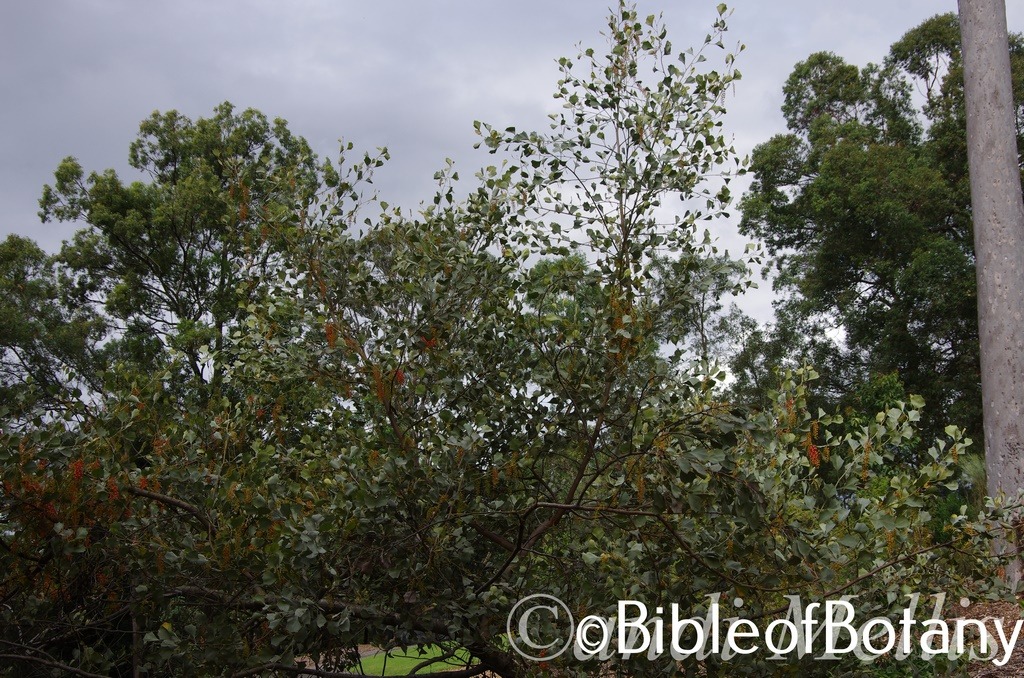
Mount Cootha Botanic Gardens Qld.
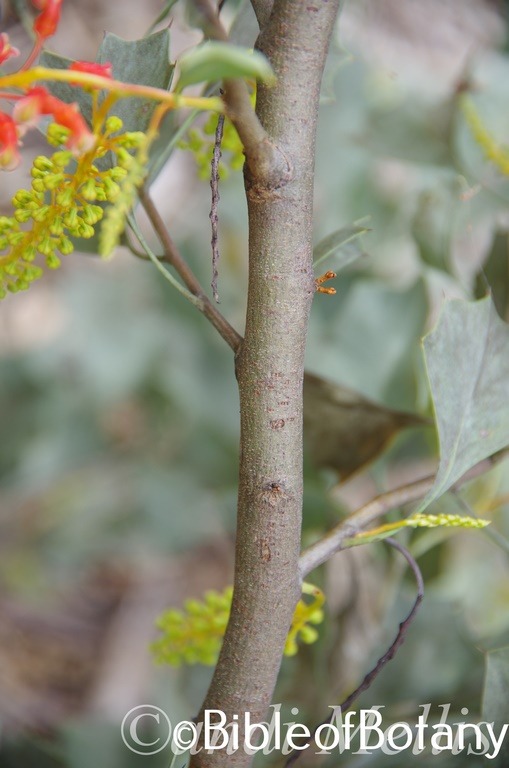
Mount Cootha Botanic Gardens Qld.
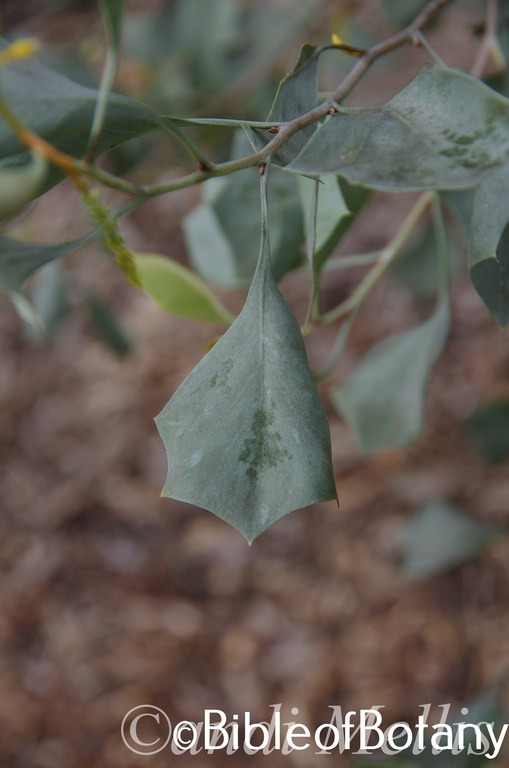
Mount Cootha Botanic Gardens Qld.
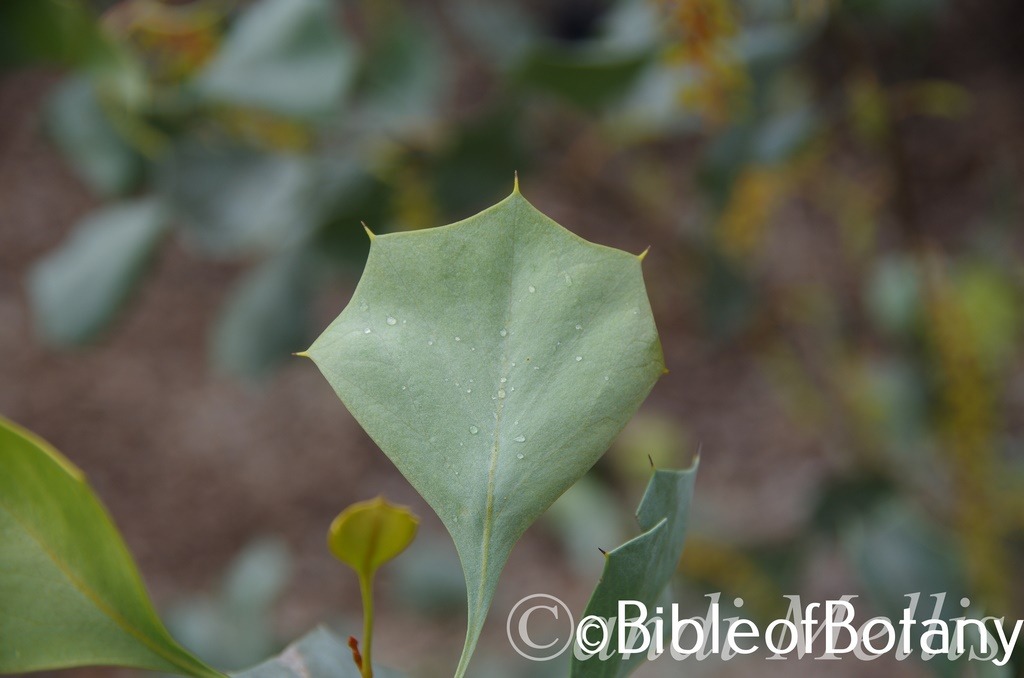
Mount Cootha Botanic Gardens Qld.
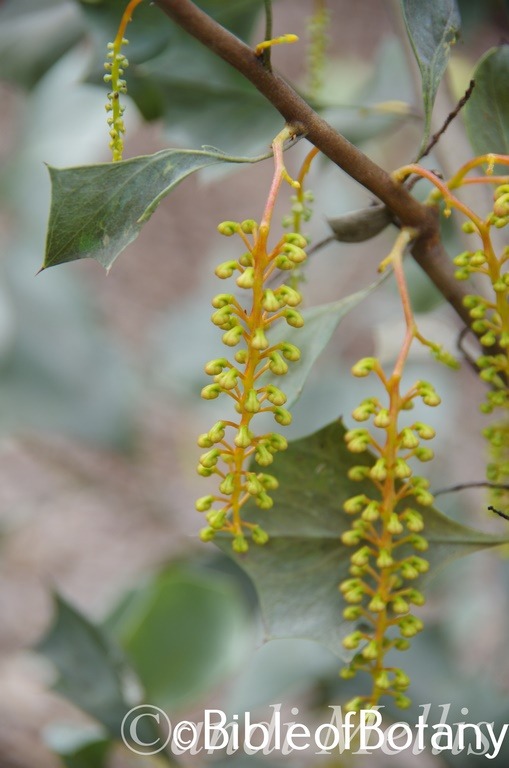
Mount Cootha Botanic Gardens Qld.

Mount Cootha Botanic Gardens Qld.
Grevillea wickhamii
Classification:
Class: Magnoliopsida
Order: Proteales
Genus: Is named in honour of C. F. Greville; 1749-1809, who was a British expert botanist on Algae, a foundation member of the London Horticultural Society and a collector of rare plants.
Species: Is probably named in honour of Cyril Tennison White; 1890-1950, who was a Queensland botanist and herbarium collector for 35 years.
Sub Species: Grevillea wickhamii subsp. aprica. From Aprica, which is Latin for to love the sun. It refers to plants, which prefer full sunlight to growing in even light shade that is often hotter and more baking than other subspecies or species can tolerate.
Sub Species: Grevillea wickhamii subsp. cratista. From Cratis, which is Latin for wickerwork, a bundle of brush or fascine. It refers to stems, which resemble a bundle of fencing brush or fascine.
Sub Species: Grevillea wickhamii subsp. hispidula. From Hispidus, which is Latin for short bristly hairs. It refers to a structure or organ, which has short, bristly course hairs.
Sub Species: Grevillea wickhamii subsp. macrodonata. From Makros, which is Ancient Greek for large and Dontos, which is Ancient Greek for a tooth or teeth. It refers to leaves, which have much larger teeth than other sub species in the species.
Sub Species: Grevillea wickhamii subsp. pallida. From Pallida, which is Latin for deficient or waning in colour and Fusca, which is Latin for Brownish-yellow. It refers to structures or organs, which are pale Brownish-yellow in colour.
Sub Species: Grevillea wickhamii subsp. wickhamii. Is probably named in honour of Cyril Tennison White; 1890-1950, who was a Queensland botanist and herbarium collector for 35 years.
Common Name: Bungle Bungles Grevillea.
Distribution:
Grevillea wickhamii is a wide spread species from north west to central coastal Western Australia through to the center of the Northern Territory to north western and central western Queensland.
Grevillea wickhamii subsp. aprica is the most widespread throughout the western two thirds of the country.
Grevillea wickhamii subsp. cratista is found on the border of the Northern Territory and Western Australia east of the Ord River.
Grevillea wickhamii subsp. hispidula is found in the northern Kimberley Ranges.
Grevillea wickhamii subsp. macrodonata is found in Western Australia over lapping subsp. aprica but not as wide spread.
Grevillea wickhamii subsp. pallida is found in Western Australia over lapping subsp. aprica but not as wide spread.
Grevillea wickhamii subsp. wickhamii is found in the northern Kimberley Ranges from the Ord River south and east to Djarindjin National Park.
https://avh.ala.org.au/occurrences/search?taxa=Grevillea+wickhamii#tab_mapView
Habitat Aspect Climate:
Grevillea wickhamii prefers full sun. It grows along dry creek beds around billabongs, on rocky cliffs and ridges, sandy hills and valleys and on open plains. The altitude ranges from 15 meters ASL to 600 meters ASL.
The temperatures range from 5 degrees in August to 44 degrees in January.
The rainfalls range from lows of 150mm to an average 1600mm annually.
Soil Requirements:
Grevillea wickhamii prefers to grow on skeletal to deep sandy loams, rocky terrain, gritty medium clays, limestone clays with stones or gravelly, shell grit or lateritic pebbly clays. The soils are usually derived from decomposed limestone, sandstones, accumulated desert sands, granites, laterites, metamorphic rocks, shales, brown basalts, black basalts or alluvial deposits. The soils pH ranges from 6pH to 8pH are preferred. It does not tolerate waterlogged soils. Non saline soils to moderately saline soils are tolerated.
Height & Spread:
Wild Plants: 2m to 6m by 2m to 3m.
Characteristics:
The larger branches and branchlets are deep red-brown, scabrous and semi glossy. The smaller branchlets are glabrous and progressively turn creamy fawn as they near the apex.
The alternate simple leaves are obovate to broadly spathulate. They measure 25mm to 90mm in length by 25mm to 55mm in width. The concolourous laminas are dull pale blue-grey to dull pale grey-green or dull olive green and glabrous to being sparsely covered in white hirtellous hairs. The mid vein is prominent on the lower lamina and is distinctly visible and prominent on the upper lamina for about 30mm of its length. The margins are widely dentate or end with a sharp prickle. They curve upwards from the mid vein towards the margin and apex. The base is broad cuneate to attenuate while the apex is broad acute. The petioles measure 18mm to 36mm in length.
The inflorescence is a pendant, cylindrical racemes born from the leaf axils or cauline from the upper branches. The racemes bear 24 to 80 flowers. The perianth and style are the most prominent parts of the flower. The individual perianths are variable, cream, yellow, orange, deep red or orange-red. The irregular perianth and lobes measure 4mm to 7mm in length. The lobes are free and rejoin at the apex. The pedicels measure 2mm to 9mm in length
The style is yellow at the base through to the stigma. The pistils measure 5mm to 10mm in length. The non-conforming style is undulating and sparsely to densely covered in white pilose to tomentose and appressed biramous hirsute hairs. The stipitate ovary is glabrous with the stipes measuring 0. 5mm to 3. 2mm in length. The lateral pollen presenter is swollen and yellow to yellow-orange. The flowers appear throughout the year with a peak in July.
The fruits are oblong to ellipsoidal follicles. The style is not persistent on this species. The follicles are glossy, lime green and turn bright orange-red before drying to a deep grey with black blotches when fully ripe. They measure 10mm to 20mm by 8mm to 12mm wide.
Confusing Subspecie Varieties:
Grevillea wickhamii subsp. aprica‘s perianth is covered in orange-red appressed biramous hirsute hairs externally and white biramous hirsute hairs internally. The rachis measure 15mm to 40mm in length.
Grevillea wickhamii subsp. cratista’sperianth is covered in appressed biramous hirsute hairs externally and internally. The rachis measure 30mm to 120 mm in length.
Grevillea wickhamii subsp. hispidula perianth is covered in orange-red hirtellous hairs externally and white hirtellous hairs internally. The rachis measure 40mm to 80mm in length.
Grevillea wickhamii subsp. macrodonata perianth is glabrous glabrous externally and internally. The perianth margins or floral rim is finely dentate with a large triangular tooth at each end. The rachis measure 30mm to 60 mm in length.
Grevillea wickhamii subsp. pallida perianth is covered in white appressed biramous hairs externally and internally. The style is sparsely covered in white glandular hirtellous hairs. The rachis measure 40mm to 80mm in length.
Grevillea wickhamii subsp. wickhamii‘s perianth is glabrous externally and internally. The rachis measure 10mm to 20mm in length. The perianth margin or floral rim is undulating.
Wildlife:
Grevillea wickhamii are a great attraction for small to medium honeyeaters like the Silver Eyes (Zosterops lateralis), Yellow Face Honeyeater (Lichenostomus chrysops), Brown Honeyeater (Lichmera indistincta) and the eastern Spinebill (Acanthorhynchus tenuirostris).
Cultivation:
Grevillea wickhamii is a magnificent small tree for arid, semiarid, subtropical and monsoonal gardens. It makes a good garden subject for small to medium gardens. Its tall narrow habit of growth is unusual and offers a great chance to experiment. It will grow 4 meters to 6.5 meters in height by 2 meters to 3.5 meters when cultivated in the open. It is fast growing and always look fresh and clean. It is spectacular in flower with the flowers hanging for all of 6 months. Â It can be utilized on the sunny side of sheds to help cool them down.
It is best used adjacent to small areas of bush close to paths or the house so their flowers can be viewed regularly yet back from the path to avoid unnecessary scratching. It is an ideal rockery plant. It can be used as a standalone plant for a harsh barren look in an open garden clear of other plants. Planted with a dense ground covering of smaller plants with mixed coloured flowers will ensure a great display all year particularly if fine pale green and fine leaf plants are blended together. This will give a strong uplifting of central height. Be sure to plant any plant exactly in the center for a formal look or well off to one side for an informal look. 2 trees planted close together on one side looks even more spectacular. It would not matter what colour the flowers are of the plants planted out below as Grevillea wickhamii has broad leaves and large enough flowers to dominate the scene when in flower and when not in flower their strong outline will give the contrast required for strength.
Apparently gardeners are having success with this plant as far south as Sydney on sandstones so it may be worth while trying it right along the east coast north of Wollongong and north of Perth on the west coast. It must be remembered that drainage will be a very important factor in its success.
Propagation:
Seeds: Sow the seeds directly into a seed raising mix. When the seedlings are 25mm to 50mm tall, prick them out and plant them into 50mm native tubes using a good organic mix. It can also be placed in cold water for 24 hours prior to soaking. This can be more effective if the seeds are first placed in a calico bag and put through several washes in the washing machine if you are using cold water.
Once the seedlings reach 150mm to 200mm in height, nip the tips out before planting them out into their permanent position. For mass plantings plant them at 2 meters to 5 meters centers on whether it is wanted as a feature shrub or a bush scene is required.
Cuttings:
Use 30mm to 40mm long half ripened material when growing from cuttings from the present season’s growth. Use cuttings that have ripened shortly after the new growth has hardened in mid-autumn or early spring. Remove half the leaves from the bottom section being careful not to tear the bark.
1 Prepare the cutting mix by adding one third sharp clean river sand, one third peat and one third perlite. These ingredients are sterilize,
2 Select good material from non diseased plants,
3 Select semi green stems for cuttings. Look for a stem with two or three nodes,
4 Place the cutting on a flat, hard surface, and make a clean cut down one side of the cutting at the base for 10mm with a sharp sterile knife or razor blade. – This scarification of the node will increase the chances of roots emerging from this spot. Now remove all but one or two the leaves, leaving the apex leaves in tact. If the leaves are very large in proportion to the stem, cut off the apical halves.
5 Fill a saucer with water, and place a little medium strength rooting hormone into another container like a milk bottle top. Dip the node end of the cutting into the water and then into the rooting hormone. Tap off any excess hormone,
6 Use a small dipple stick or old pencil to poke a hole into the soilless potting mix. Ensure the hole is slightly larger than the stem diameter and be careful not to wipe the rooting hormone off the cuttings base, place the cuttings in a pattern ensuring the cuttings are not touching each other,
7 I like to place the pots in Plastic bags to help maintain temperature and moisture. Place in a semi shaded place like under 50mm shade cloth. – Place the trays under 30mm shade and keep the trays warm.
8 When the cuttings have struck, open the bag to allow air circulation for a few days to a week,
9 Once hardened off remove the cuttings from the bag and allow to further hardening for a few more days,
10 Transplant into a good potting mix to grow on.
Fertilize using seaweed, fish emulsion or organic chicken pellets soaked in water on an alternate basis. Fertilize every two months until the plants are established then twice annually in early September or March to maintain health, vitality and better flowering. Avoid synthetic fertilizers as they will most likely contain calcium and phosphorus at levels, which are toxic to most Proteaceae.
Further Comments from Readers:
Hi reader, it seems you use The Bible of Botany a lot. That’s great as we have great pleasure in bringing it to you! It’s a little awkward for us to ask, but our first aim is to purchase land approximately 1,600 hectares to link several parcels of N.P. into one at The Pinnacles NSW Australia, but we need your help. We’re not salespeople. We’re amateur botanists who have dedicated over 30 years to saving the environment in a practical way. We depend on donations to reach our goal. If you donate just $5, the price of your coffee this Sunday, We can help to keep the planet alive in a real way and continue to bring you regular updates and features on Australian plants all in one Botanical Bible. Any support is greatly appreciated. Thank you.
In the spirit of reconciliation we acknowledge the Bundjalung, Gumbaynggirr and Yaegl and all aboriginal nations throughout Australia and their connections to land, sea and community. We pay our respect to their Elders past, present and future for the pleasures we have gained.
Grevillea wilkinsonii
Classification:
Class: Magnoliopsida
Order: Proteales
Family: Proteaceae
Genus: Is named in honour of C. F. Greville; 1749-1809, who was a British expert botanist on Algae, a foundation member of the London Horticultural Society and a collector of rare plants.
Species: Is named in honour of Charles Smith Wilkinson; 1843-1891, who was a British born Australian surveyor and geologist and plant collector.
Sub Species:
Common Name: Tumit Grevillea.
Distribution:
Grevillea wilkinsonii is an endemic species found in the Coobarrgandra River catchment near Tumit west of Tuggeranong.
https://avh.ala.org.au/occurrences/search?taxa=Grevillea+wilkinsonii#tab_mapView
Habitat Aspect Climate:
Grevillea wilkinsonii prefers full sun to dappled shade. It grows on alluvial flats and gentle slopes that are frequently wet especially during the cold winter months. The altitude ranges from 600 meters ASL to 700 meters ASL.
The temperatures range from minus 8 degrees in August to 20 degrees in January and February.
The rainfalls range from lows of 900mm to an average 1200mm annually.
Soil Requirements:
Grevillea wilkinsonii prefer to grow on sandy loams to light reddish clays over granite. The soils are usually river meander, alluvial flats. The soils pH ranges from 5pH to 6pH are preferred. It tolerates seasonally wet soils. Non saline soils to moderately saline soils are tolerated.
Height & Spread:
Wild Plants: 1m to 2.5m by 1.5m to 2.5m.
Characteristics:
The larger branches are a dull deep grey to brown and glabrous. The ovate branchlets are deep pinkish-brown and densely covered in white, caduceous, sericeous hairs.
The alternate, simple narrow oblong to oblong elliptical leaves measure 100mm to 170mm in length by 9mm to 24mm in width. The glabrous petiole measures 5mm to 13mm in length. The bases are cuneate to slightly oblique while the apexes are obtuse or broadly acute with a spine. The concolourous laminas are dull mid grass-green to deep sea green and glabrous on the upper lamina while the lower lamina is densely covered in white sericeous hairs. The margins are widely regularly toothed with 5 to 17 teeth. The teeth measure 4mm in length and end in a small stiff spine. The lamina curves upwards from the mid vein to the margins. The mid vein is prominent on the lower lamina and is distinctly visible on the upper lamina being a paler green than the lamina.
The inflorescence are a deflexed secund which are born from the leaf axils. The secund bear 54 to 70 flowers. The second measures 20mm to 55mm in length. The perianth and style are the most prominent parts of the flower. The individual perianths are red-brown, red-pink to purple from the base through to the limbs. The perianths are sparsely covered in white sericeous hairs externally and are glabrous internally. The perianth and limbs measure 5mm to 7mm in length.
The style is pink or purple-pink at the base through to the stigma. The style and ovary measure 14mm to 15mm long. The lateral style is glabrous. The conical, oblique pollen presenter is yellow. The stipitate ovaries are covered in white sericeous hairs while the stipes measure 0. 6mm to 1mm in length. The pedicels measure 0mm to 0. 5mm in length. The flowers appear from October to November.
The fruits are oblique to ovoidal follicles. The style is persistent on the ripe follicles. The follicles are dull green are covered in red to reddish-brown blotches and white sericeous hairs. The follicles measure 8mm to 9mm in length by 4. 5mm to 5. 5mm in diameter. The flat ellipsoidal seeds are pale purple-brown and measure 5mm to 6mm in length by 3mm to 4mm in diameter.
Wildlife:
Grevillea wilkinsonii wildlife is unknown to the author.
Cultivation:
Grevillea wilkinsonii is a magnificent domed shape, small to medium size shrub for alpine, temperate and cool subtropical gardens. It makes a good garden subject for small to medium gardens as it will grow from 2 meters to 2. 5 meters in height by 1. 5 meters to 2 meters in diameter when cultivated in the open. It is fast growing and always look fresh and clean even under the most torrid winter conditions. It is spectacular when in flower during late spring to early summer.
In Native gardens it may be used for attracting small birds like silver eyes, yellow faced and brown honeyeaters or butterflies, native bees, native flies or native beetles. The flowers have an unpleasant aroma of mice so are best planted away from windows. This to me indicates that the flowers are fertilized by a specific native fly or beetle rather than rely on birds.
It is best used adjacent to small areas of bush close to paths so their flowers can be viewed regularly. It is an ideal rockery plant. Planted with a dense ground covering of smaller plants with mixed coloured flowers will ensure a great display during the summer and Autumn months and for the rest of the year particularly if fine pale green and fine leaf plants are blended together. This will give a strong uplifting of central height.
Be sure to plant any plant exactly in the center of the bed for a formal look or well off to one side for an informal look. 2 or 3 shrubs close together on one side looks even more spectacular and 1 can be placed on the other side to give balance the picture. It would not matter what colour the flowers are of the plants planted out below as Grevillea wilkinsonii has broad leaves and large enough flowers to dominate the scene when in flower and when not in flower their strong outline will give the contrast required for strength.
Propagation:
Seeds: Sow the seeds directly into a seed raising mix. When the seedlings are 25mm to 50mm tall, prick them out and plant them into 50mm native tubes using a good organic mix. It can also be placed in cold water for 24 hours prior to soaking. This can be more effective if the seeds are first placed in a calico bag and put through several washes in the washing machine if you are using cold water.
Once the seedlings reach 150mm to 200mm in height, nip the tips out before planting them out into their permanent position. For mass plantings plant them at 1.5 meters to 4 meters centers on whether it is wanted as a feature shrub or a bush scene is required.
Cuttings:
Use 30mm to 40mm long half ripened material when growing from cuttings from the present season’s growth. Use cuttings that have ripened shortly after the new growth has hardened in mid-autumn or early spring. Remove half the leaves from the bottom section being careful not to tear the bark.
1 Prepare the cutting mix by adding one third sharp clean river sand, one third peat and one third perlite. These ingredients are sterilize,
2 Select good material from non diseased plants,
3 Select semi green stems for cuttings. Look for a stem with two or three nodes,
4 Place the cutting on a flat, hard surface, and make a clean cut down one side of the cutting at the base for 10mm with a sharp sterile knife or razor blade. – This scarification of the node will increase the chances of roots emerging from this spot. Now remove all but one or two the leaves, leaving the apex leaves in tact. If the leaves are very large in proportion to the stem, cut off the apical halves.
5 Fill a saucer with water, and place a little medium strength rooting hormone into another container like a milk bottle top. Dip the node end of the cutting into the water and then into the rooting hormone. Tap off any excess hormone,
6 Use a small dipple stick or old pencil to poke a hole into the soilless potting mix. Ensure the hole is slightly larger than the stem diameter and be careful not to wipe the rooting hormone off the cuttings base, place the cuttings in a pattern ensuring the cuttings are not touching each other,
7 I like to place the pots in Plastic bags to help maintain temperature and moisture. Place in a semi shaded place like under 50mm shade cloth. – Place the trays under 30mm shade and keep the trays warm.
8 When the cuttings have struck, open the bag to allow air circulation for a few days to a week,
9 Once hardened off remove the cuttings from the bag and allow to further hardening for a few more days,
10 Transplant into a good potting mix to grow on.
Fertilize using seaweed, fish emulsion or organic chicken pellets soaked in water on an alternate basis. Fertilize every two months until the plants are established then twice annually in early September or March to maintain health, vitality and better flowering. Avoid synthetic fertilizers as they will most likely contain calcium and phosphorus at levels, which are toxic to most Proteaceae.
Further Comments from Readers:
Hi reader, it seems you use The Bible of Botany a lot. That’s great as we have great pleasure in bringing it to you! It’s a little awkward for us to ask, but our first aim is to purchase land approximately 1,600 hectares to link several parcels of N.P. into one at The Pinnacles NSW Australia, but we need your help. We’re not salespeople. We’re amateur botanists who have dedicated over 30 years to saving the environment in a practical way. We depend on donations to reach our goal. If you donate just $5, the price of your coffee this Sunday, We can help to keep the planet alive in a real way and continue to bring you regular updates and features on Australian plants all in one Botanical Bible. Any support is greatly appreciated. Thank you.
In the spirit of reconciliation we acknowledge the Bundjalung, Gumbaynggirr and Yaegl and all aboriginal nations throughout Australia and their connections to land, sea and community. We pay our respect to their Elders past, present and future for the pleasures we have gained.
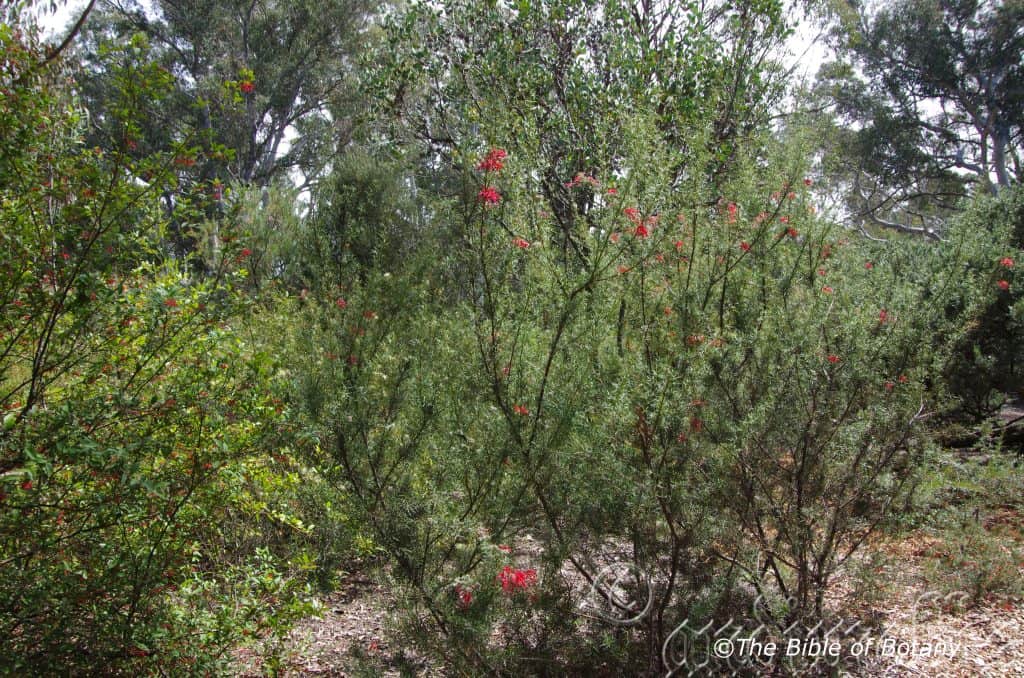
National Botanic Gardens ACT
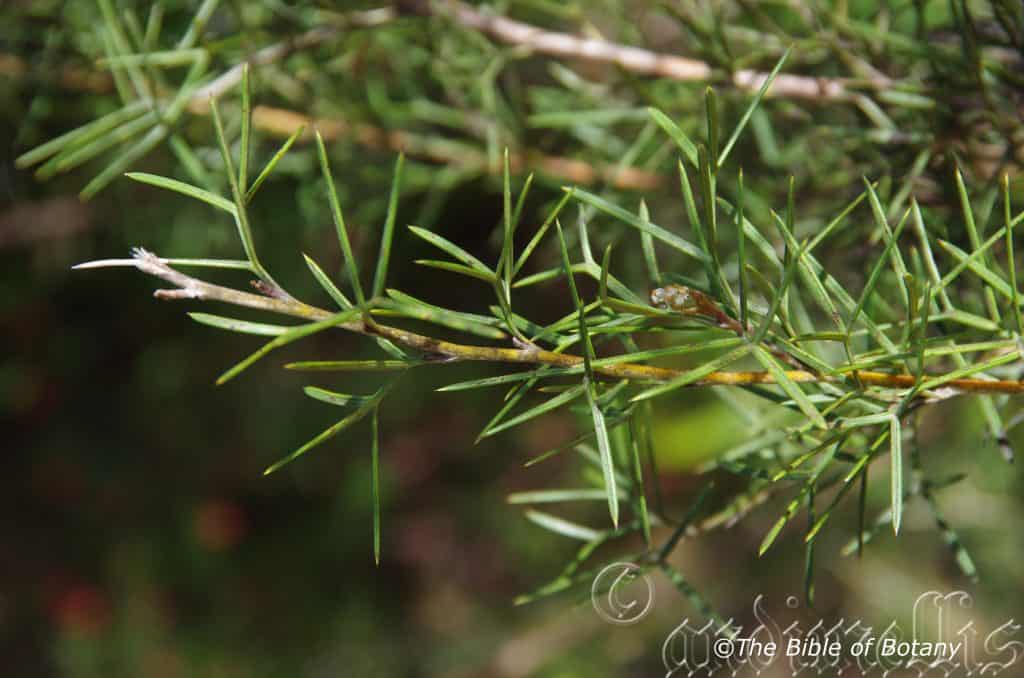
National Botanic Gardens ACT
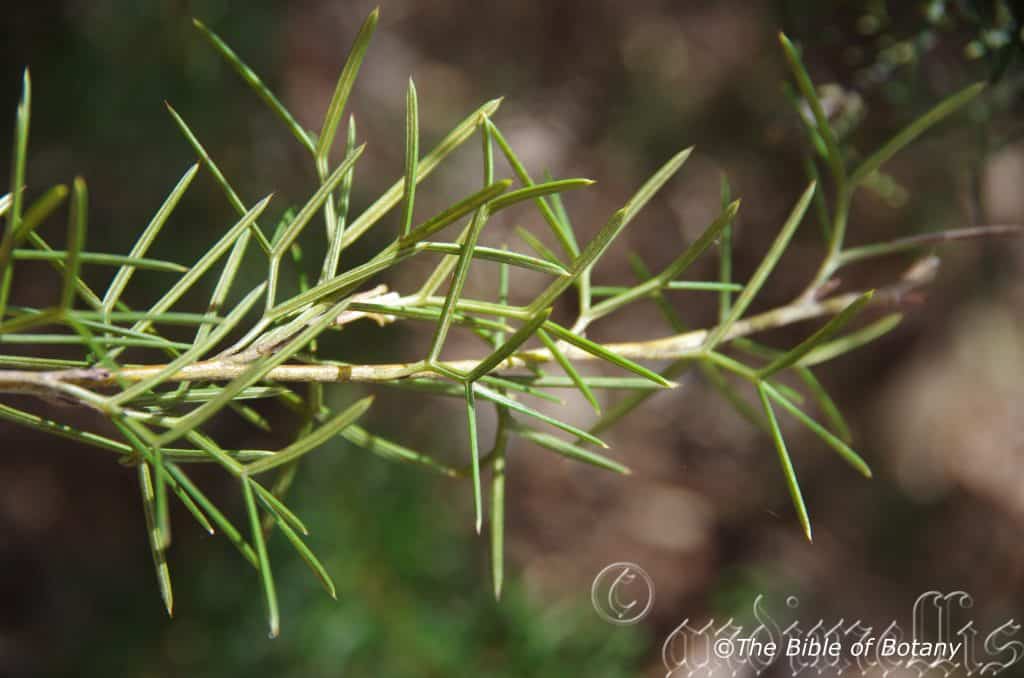
National Botanic Gardens ACT
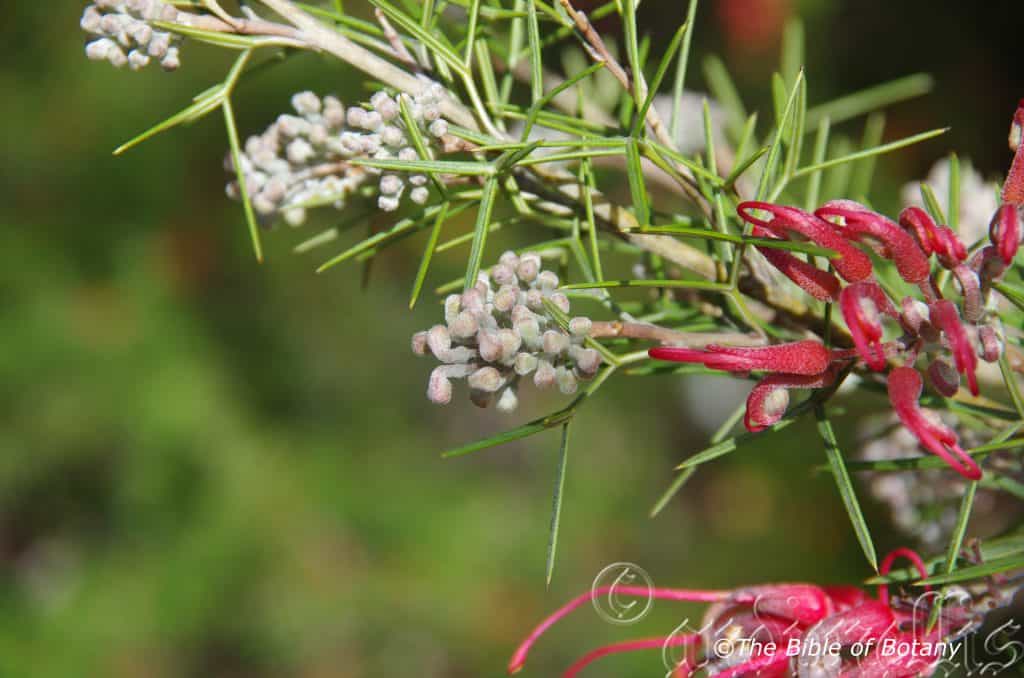
National Botanic Gardens ACT
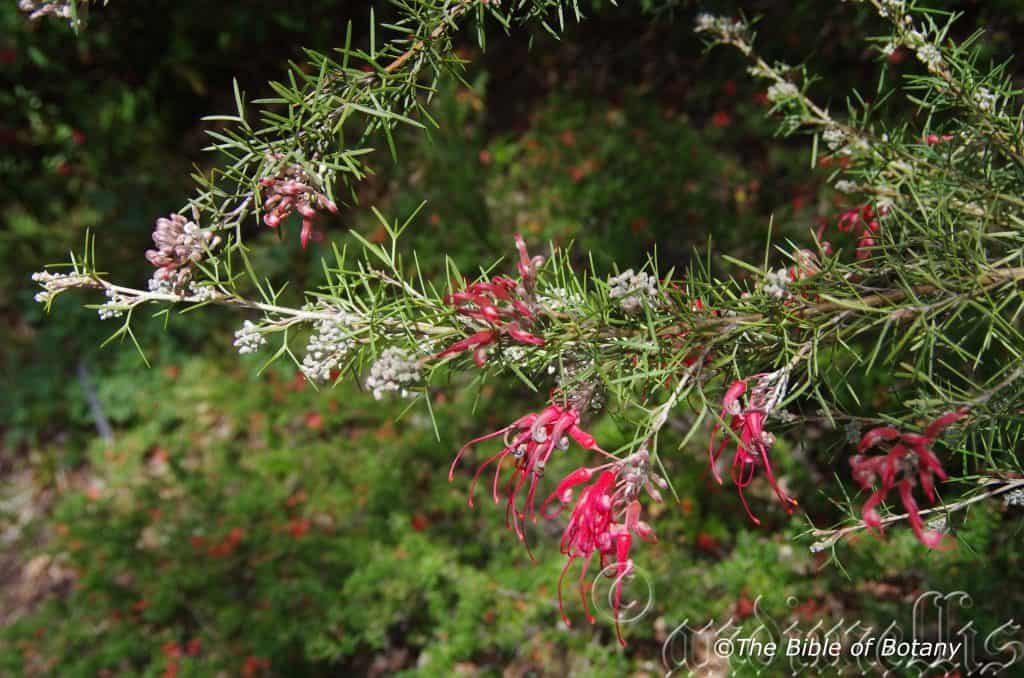
National Botanic Gardens ACT
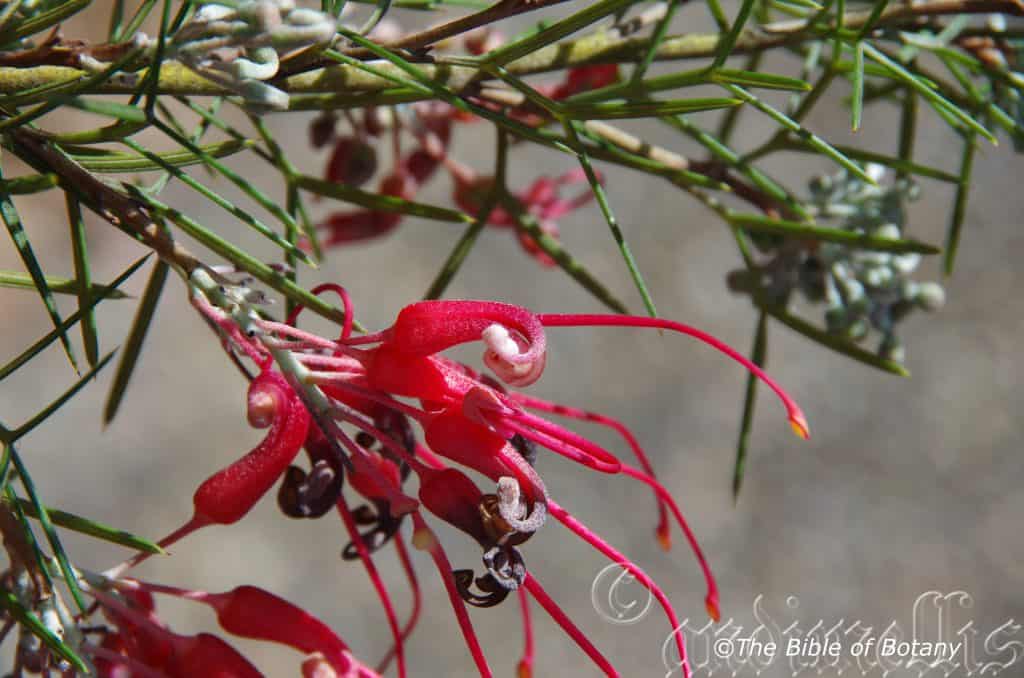
National Botanic Gardens ACT
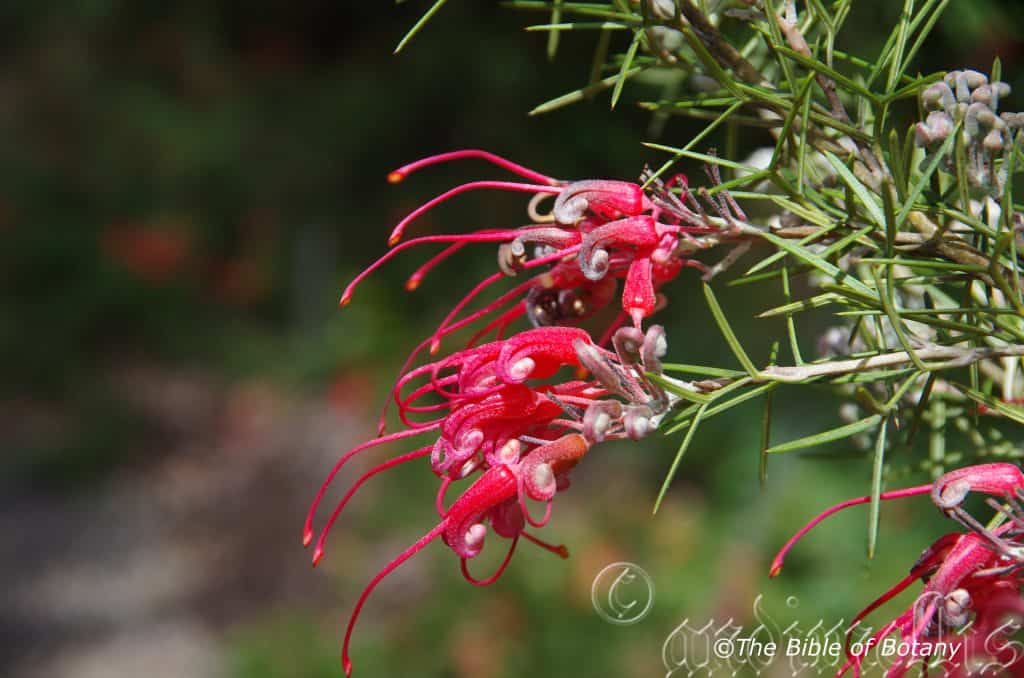
National Botanic Gardens ACT
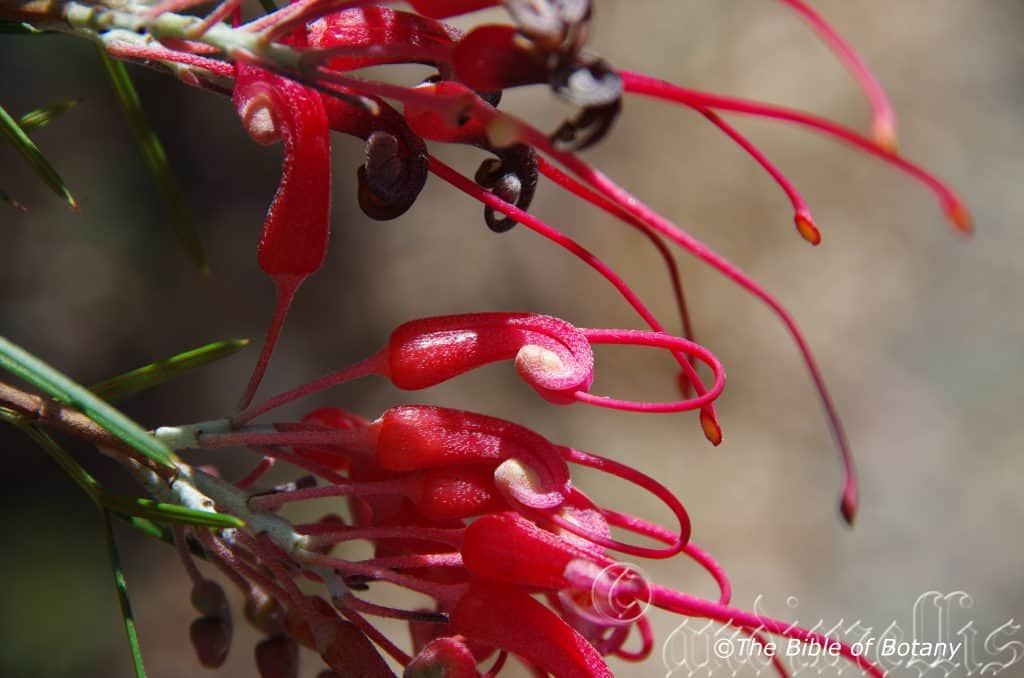
National Botanic Gardens ACT
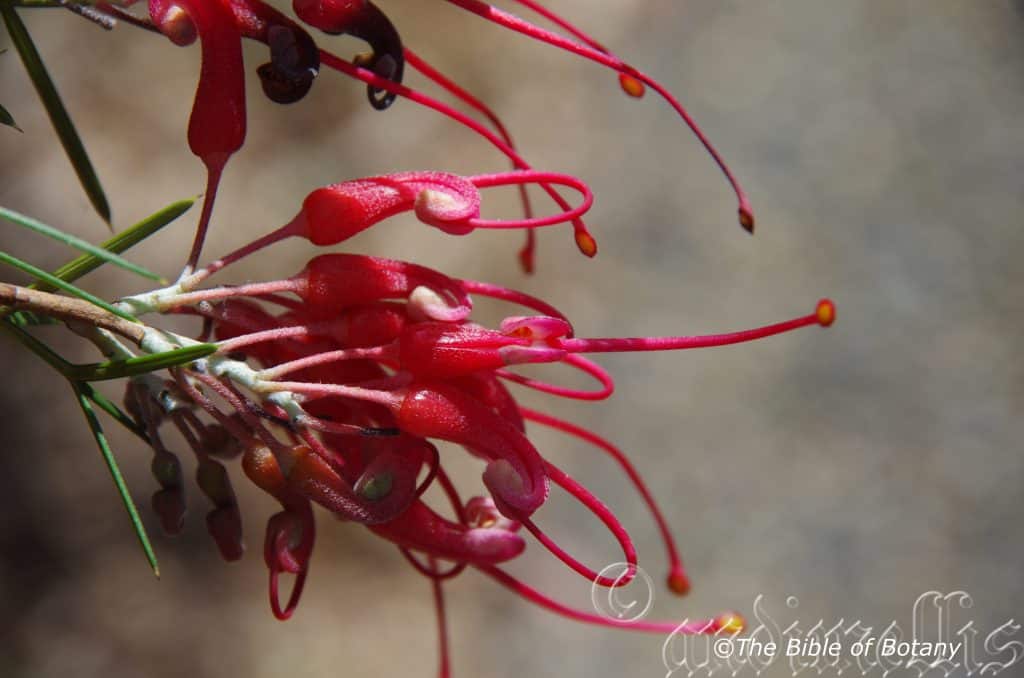
National Botanic Gardens ACT
Grevillea wilsonii
Classification:
Class: Magnoliopsida
Order: Proteales
Family: Proteaceae
Subfamily:
Genus: Is named in honour of C. F. Greville; 1749-1809, who was a British expert botanist on Algae, a foundation member of the London Horticultural Society and a collector of rare plants.
Species: Is named in honour of Thomas Braidwood Wilson; 1792-1843, who was a Scottish born Australian who was a surgeon, explorer and collector of plants especially seeds.
Sub Species:
Common Name: Wilsons Grevillea.
Distribution:
Grevillea wilsonii is an endemic species to the south west corner of Western Australia south from the Swan river Plain to Bunbury with a disjunct population further south near Denmark.
https://avh.ala.org.au/occurrences/search?taxa=Grevillea+wilsonii#tab_mapView
Habitat Aspect Climate:
Grevillea wilsonii prefers full sun to dappled shade. It grows on plains, hills and mountains in open woodlands to semi enclosed Jarrah forests. The altitude ranges from 10 meters ASL to 260 meters ASL.
The temperatures range from 3 degrees in August to 37 degrees in January and February.
The rainfalls range from lows of 480mm to an average 1200mm annually.
Soil Requirements:
Grevillea wilsonii prefer to grow on grey sandy loams or light clays where lateritic gravels are a major component. The soils are usually derived from decomposed sandstone, limestone, laterites and quartzites. The soils pH ranges from 5pH to 8pH are preferred. It does not tolerate waterlogged soils. Non saline soils to moderately saline soils are tolerated.
Height & Spread:
Wild Plants: 0.8m to 1.3m by 1m to 1.5m.
Characteristics:
The larger branches are a semi glossy deep red-brown to brown and glabrous. The branchlets are red?brown and are mainly glabrous except for a few brown hirsute hairs near the buds.
The alternate, bipinnatisectus or tripinnatisect leaves have 6 to 13 primary lobes. The primary lobes are simple to 7 fid. The ultimate lobes are linear and measure 5mm to 30mm in length by 0. 7mm to 1. 2mm in width. The bases are sessile while the apexes taper to a short, rigid, pungent spine. The concolourous laminas are mid grey-green or mid blue-green and glabrous on the upper laminas while the lower laminas are bisulcate and covered in white hirsute hairs. The margins are entire and angularly revolute to the mid vein. The mid vein is prominent on the lower lamina and is not visible on the upper lamina.
The acroscopic, conflorescences are acropetal, erect and simple or 2 to 3 branched terminal racemes. The racemes bear 5 to 18 flowers. The peduncle and rachis are green and glabrous while the pedicels are dull purple-red and glabrous. The peduncles measure 5mm to 6mm in length while the rachises measure 6mm to 28mm in length and the filiform pedicels measure 10mm to 14mm in length. The perianth and style are the most prominent parts of the flower. The individual perianths are dull pale red to dull crimson-red from the base through to the limbs. The perianths are glabrous externally and are sparsely covered in white hirtellous hairs internally on the basal half. The lobes are joined to the apex. The perianth and limbs measure 18mm to 20mm in length.
The ovate anthers are yellow with pale yellow pollen. The style is dull red to dull crimson-red from the base through to the stigma. The pistils measure 30mm to 35mm in length. The style is sparsely covered in white villous hairs on the basal third becoming glabrous below the stigma while the ovary is covered in white villous hairs. The style gently bends on the apical third. The lateral stigma is dull red to dull crimson-red while the pollen presenter is yellow. The flowers appear from July to December.
The fruit oblong to ellipsoidal follicles. The style is not persistent, coils and turns black as does the perianths after anthesis. The follicles are faintly rugulose, dull green and sparsely covered in white villous hairs and turn deep grey to black on ripening. The follicles measure 12. 5mm to 18mm in length by 7mm to 10mm in diameter.
Wildlife:
Grevillea wilsonii is a great attraction for small to medium honeyeaters like the Silver Eyes (Zosterops lateralis), Yellow Face Honeyeater (Lichenostomus chrysops), Brown Honeyeater (Lichmera indistincta) and the eastern Spinebill (Acanthorhynchus tenuirostris).
Cultivation:
Grevillea wilsonii is a beautiful small shrub for arid or drier gardens in a temperate zone. It makes a great garden subject for small to medium gardens as it will grow from 0. 5 meters to 1. 5 meters in height by 1 meter to 1. 6 meters in diameter when cultivated in the open. It is fast growing and always look fresh and clean even under the most worse droughts.
It is spectacular in flower with the flowers appearing over a long period. It can be utilized on the sunny side of sheds to help cool them down. Grevillea wilsonii makes good hedges and safe wildlife corridors for birds to travel along. The leaves form a nasty barrier on the plant or once they fall to the ground. This is another one of my favourites for its unattractiveness to feral dogs and cats, while at the same time offers a safe corridor for small native wildlife including small birds. Because of this they should be planted back from paths and edges to avoid scratching and standing on the leaves.
In a native garden it can be used for attracting small birds like silver eyes, brown and yellow faced honeyeaters.
It is best used adjacent to small areas of bush close to paths or the house so their flowers can be viewed regularly yet back from the path to avoid unnecessary scratching. It is an ideal rockery plant. Here they can be used as a standalone plant for a harsh barren look with other arid plants. Do not use plants with large leaves as these will be too overpowering. Planted with a dense ground covering of smaller plants with mixed coloured flowers will ensure a great display during the summer and Autumn months and for the rest of the year particularly if fine pale green and fine leaf plants are blended together. It gives a strong uplifting of central height. Be sure to plant any plant exactly in the center for a formal look or well off to one side for an informal look. 2 or 3 shrubs close together on one side looks even more spectacular and 1 can be placed on the other side to give balance the picture. It would not matter what colour the flowers are of the plants planted out below as Grevillea wilsonii has broad leaves and large enough flowers to dominate the scene when in flower and when not in flower their strong outline will give the contrast required for strength.
Another method would be to mass plant them below a small growing tree using a broad leaf tree or trees like Grevillea robusta. Imagine the above scenario. The foliage and the flowers would complement each other yet give a strong 3 dimensional feature with plenty of character in a small area. This is one method where Australian arid plants can be grown and look very formal or informal while at the same time removing the standard foreign plants from the scene.
Propagation:
Seeds: Sow the seeds directly into a seed raising mix. When the seedlings are 25mm to 50mm tall, prick them out and plant them into 50mm native tubes using a good organic mix. It can also be placed in cold water for 24 hours prior to soaking. This can be more effective if the seeds are first placed in a calico bag and put through several washes in the washing machine if you are using cold water.
Once the seedlings reach 150mm to 200mm in height, nip the tips out before planting them out into their permanent position. For mass plantings plant them at 1.5 meters to 3 meters centers on whether it is wanted as a feature shrub or a bush scene is required.
Cuttings:
Use 30mm to 40mm long half ripened material when growing from cuttings from the present season’s growth. Use cuttings that have ripened shortly after the new growth has hardened in mid-autumn or early spring. Remove half the leaves from the bottom section being careful not to tear the bark.
1 Prepare the cutting mix by adding one third sharp clean river sand, one third peat and one third perlite. These ingredients are sterilize,
2 Select good material from non diseased plants,
3 Select semi green stems for cuttings. Look for a stem with two or three nodes,
4 Place the cutting on a flat, hard surface, and make a clean cut down one side of the cutting at the base for 10mm with a sharp sterile knife or razor blade. – This scarification of the node will increase the chances of roots emerging from this spot. Now remove all but one or two the leaves, leaving the apex leaves in tact. If the leaves are very large in proportion to the stem, cut off the apical halves.
5 Fill a saucer with water, and place a little medium strength rooting hormone into another container like a milk bottle top. Dip the node end of the cutting into the water and then into the rooting hormone. Tap off any excess hormone,
6 Use a small dipple stick or old pencil to poke a hole into the soilless potting mix. Ensure the hole is slightly larger than the stem diameter and be careful not to wipe the rooting hormone off the cuttings base, place the cuttings in a pattern ensuring the cuttings are not touching each other,
7 I like to place the pots in Plastic bags to help maintain temperature and moisture. Place in a semi shaded place like under 50mm shade cloth. – Place the trays under 30mm shade and keep the trays warm.
8 When the cuttings have struck, open the bag to allow air circulation for a few days to a week,
9 Once hardened off remove the cuttings from the bag and allow to further hardening for a few more days,
10 Transplant into a good potting mix to grow on.
Fertilize using seaweed, fish emulsion or organic chicken pellets soaked in water on an alternate basis. Fertilize every two months until the plants are established then twice annually in early September or March to maintain health, vitality and better flowering. Avoid synthetic fertilizers as they will most likely contain calcium and phosphorus at levels, which are toxic to most Proteaceae.
Further Comments from Readers:
Hi reader, it seems you use The Bible of Botany a lot. That’s great as we have great pleasure in bringing it to you! It’s a little awkward for us to ask, but our first aim is to purchase land approximately 1,600 hectares to link several parcels of N.P. into one at The Pinnacles NSW Australia, but we need your help. We’re not salespeople. We’re amateur botanists who have dedicated over 30 years to saving the environment in a practical way. We depend on donations to reach our goal. If you donate just $5, the price of your coffee this Sunday, We can help to keep the planet alive in a real way and continue to bring you regular updates and features on Australian plants all in one Botanical Bible. Any support is greatly appreciated. Thank you.
In the spirit of reconciliation we acknowledge the Bundjalung, Gumbaynggirr and Yaegl and all aboriginal nations throughout Australia and their connections to land, sea and community. We pay our respect to their Elders past, present and future for the pleasures we have gained.
Grewia latifolia
Classification:
Class: Equisetopsida
Subclass: Magnoliidae
Superorder: Rosanae
Order: Malvales
Family: Malvaceae
Genus: Is named in honour of Nehemiah Grew; 1641-1712, who was an English botanical artist who dared to suggest that plants had sexual differences noted that stamens, filaments and anthers were male and Pistils, styles and stigmas were female.
Species: From Latus, which is Latin for broad and Folium, which is Latin for foliage. It refers to leaves, which are very broad or very broad when compared to other species in the genus. It refers to the leaves being very broad.
Sub specie:
Common Name:
Distribution:
Grewia latifolia is found east of a line from Loyde Bay and the Iron Range National Park on Cape York Peninsula in the north to east of Barcaldine, Glenmorgan and east to the Tweed River in southern Queensland including the off shore coastal Islands. There are 3 isolated populations which include Cloncurry and Wellesley Islands in the Gulf of Carpentaria near Mornington Island and one in the Northern Territory at Panyo Creek on Melville Island. There are 2 isolated populations further south in New South Wales near Glen Innes and Copmanhurst.
These isolated and disjunction populations coupled with rainfall, altitude, soil and temperature variations all indicate it may be more widespread than the map indicates. Despite its widespread distribution the plants are never abundant.
https://avh.ala.org.au/occurrences/search?taxa=Grewia+latifolia#tab_mapView
Habitat Aspect Climate:
Grewia latifolia prefers full sun to light shade or dappled shade. It grows as an understory plant adjacent to rainforests, in wet Eucalyptus forests or along riverine rainforests in dry season creeks, monsoonal vine forests behind mangrove forests to mountains. It is also very quick to colonize disturbed land but slow to establish themselves. The altitude ranges from 5 meters ASL to 1050 meters ASL.
The temperatures range from minus 5 degrees in July to 42 degrees in January.
The rainfalls range from lows of 400mm to 2800mm annually.
Soil Requirements:
Grewia latifolia prefers to grow on poor to better quality fertile sandy loams, to heavy clays and light silts to heavy silts. The soils are usually derived from various types of decomposed sandstones, metashales, metamorphic rocks, brown basalts, black basalts or alluvial deposits. The soils pH ranges from 5pH to 7pH. It does not tolerate waterlogged soils. Non saline soils to very saline soils are tolerated as are salt laden winds.
Height & Spread:
Wild Plants: 1m to 2m by 1m to 2m.
Characteristics:
Grewia latifolia is a multi-stemmed small straggly shrub with pale to mid-green bark. The branchlets are moderately to densely covered in fawn to pale brown stellate to pulverulent hairs. The stems are semi deciduous in all but ideal conditions.
The ovate to cordate leaves measure 70mm to 110mm in length by 20mm to 80mm in width. The petioles are covered in deep fawn to pale brown pulverulent hairs and measure 5mm to 15mm in length. The bases are cordate while the apexes are very broadly acuminate. The concolourous laminas are soft and thinly fleshy, pale green to mid-green and scabrous on the upper laminas while the lower laminas are covered in soft, fawn to pale golden-brown sericeous hairs. The laminas are flat or recurve upwards slightly from the mid vein to the margins or decurve downwards slightly from the mid vein to the margins and decurve downwards from the base or on the apical third. The upper laminas are raised between the main lateral veins and secondary lateral veins. The leaf margins are covered in irregular teeth. The mid vein and laterals are prominent on both the lower lamina and the upper lamina while the secondary and tertiary transverse veins are prominent on the upper lamina.
The inflorescences are born on short terminal cymes. The cymes usually consist of 2 to 3 individual flowers. The 4 pale fawnish-yellow broad triangular sepals are covered in fawn pulverulent hairs externally and are pale creamy yellow and glabrous internally. They measure 6mm to 8mm in length. The pale yellow petals measure 3mm to 4mm in length. The flowers appear from October through to early February.
The fruits are orbicular berries. The green glabrous berries turn brown when ripe. They measure 8mm to 10mm in length by 10mm to 14mm in diameter.
Wildlife:
Grewia latifolia‘s wildlife is unknown to the author.
Cultivation:
Grewia latifolia is a small semi straggly shrub with bright green leaves for small gardens in warm temperate, warm sub-tropical to tropical or semi-arid gardens.
It has a tendency to look unkempt and in need of a good pruning especially from a distance if planted in isolation. It is the fresh pale green foliage that gives it its appeal. It is best planted in shrubberies where the other plants steal the limelight for most of the year. Its upside is the fact that the foliage contrasts most other foliages. This means it is best planted in the center of a garden bed or adjacent to a small forest where they can blend in with other stronger foliage plants. You can use Grewia latifolia with deep green leaves, small fine leaves, larger leaves, vertical foliage or horizontal leaves or coloured leaves all to great effect.
When mass planting, plant them in small groups of 2 or 3 very close together in an attempt to make them bushier. Light tip pruning may also be advantageous.
It is frost hardy down to temperatures of at least minus 4 degrees. It does require better soils with adequate moisture and an annual application of a native fertilizer. Mulch and leaf litter is always recommended to increase soil fertility. I have seen them growing very well on heavy clays where the owners have supplied them with copious amounts of leaf litter and twice a year applications of a native fertilizer when young.
Propagation:
Seeds: The seeds can be sown directly into a seed raising mix. Cover them with 1mm of fine sand and keep moist not wet. Place the tray in a warm sunny position. When the seedlings are 25mm to 50mm tall, prick them out and plant them into 50mm native tubes using a good organic mix.
Once the seedlings reach 150mm to 200mm in height, nip the tips out before planting them out into their permanent position.
Fertilize using seaweed, fish emulsion or organic chicken pellets soaked in water on an alternate basis. Fertilize every two months until the plants are established then twice annually in early September or March to maintain health, vitality and better flowering.
Further Comments from Readers:
Hi reader, it seems you use The Bible of Botany a lot. That’s great as we have great pleasure in bringing it to you! It’s a little awkward for us to ask, but our first aim is to purchase land approximately 1,600 hectares to link several parcels of N.P. into one at The Pinnacles NSW Australia, but we need your help. We’re not salespeople. We’re amateur botanists who have dedicated over 30 years to saving the environment in a practical way. We depend on donations to reach our goal. If you donate just $5, the price of your coffee this Sunday, We can help to keep the planet alive in a real way and continue to bring you regular updates and features on Australian plants all in one Botanical Bible. Any support is greatly appreciated. Thank you.
In the spirit of reconciliation we acknowledge the Bundjalung, Gumbaynggirr and Yaegl and all aboriginal nations throughout Australia and their connections to land, sea and community. We pay our respect to their Elders past, present and future for the pleasures we have gained.
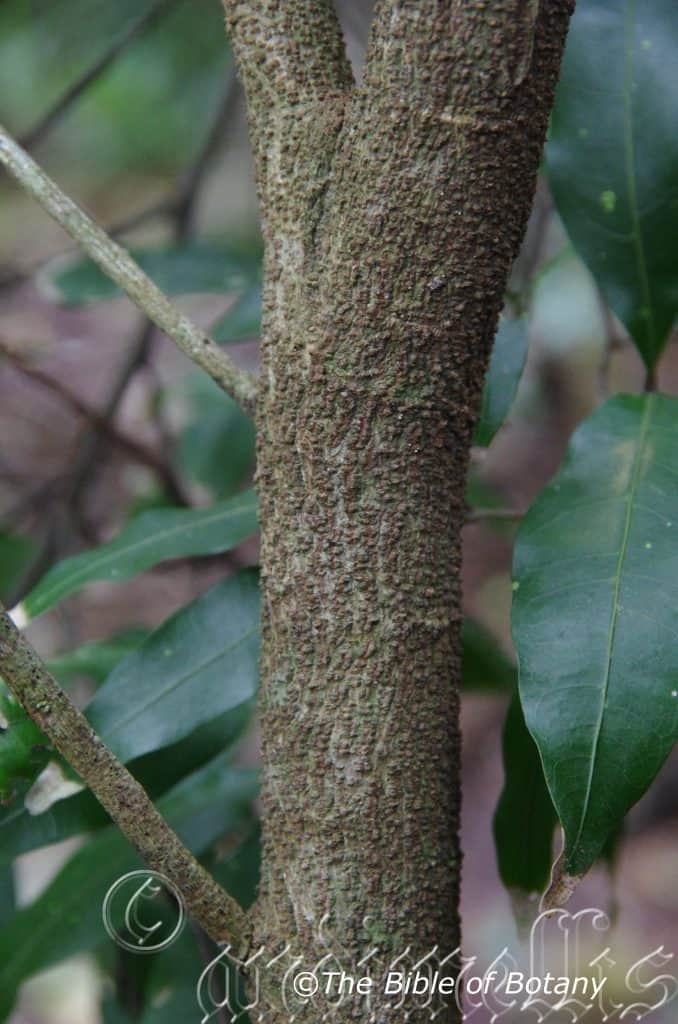
LBG Lismore NSW
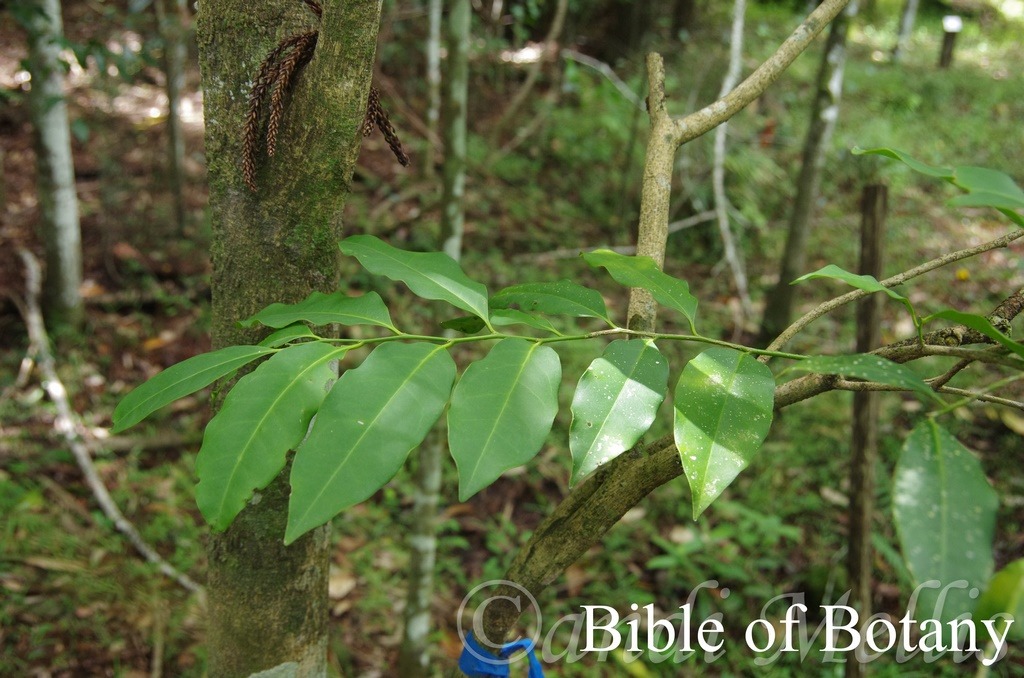
LBG Lismore NSW
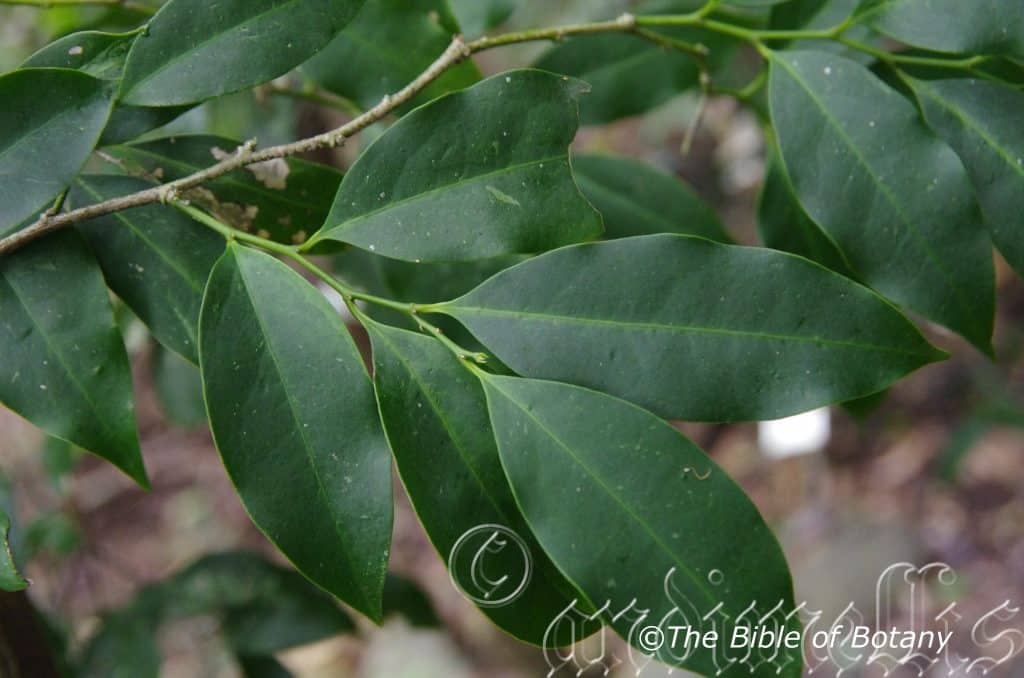
LBG Lismore NSW
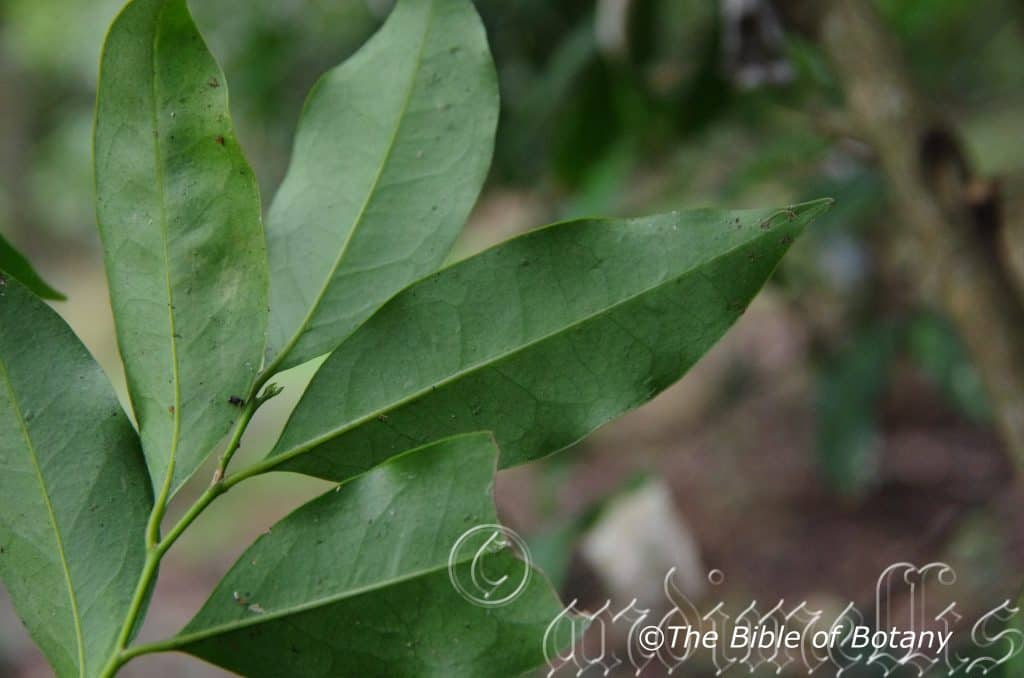
LBG Lismore NSW
Guilfoylia monostylis
Classification:
Class: Equisetopsida
Subclass: Magnoliidae
Superorder: Rosanae
Order: Fabales
Family: Surianaceae
Genus: Is named in honour of William Robert Guilfoyl; 1783-1786, who was an English born Australian the director of the Melbourne Botanic Gardens.
Species: From Monos, which is Ancient Greek for one or singular and Stylos, which is Ancient Greek for a style. It refers to flowers which have a single style and stigma on the ovary.
Sub specie:
Common Name:
Distribution:
Guilfoyia monostylis is found in 2 disjunct populations along the east coast of Australia. It is found on and east of the Great Dividing Range between Cairns, Herberton and the coast in far north eastern Queensland. The southern population is found south from Gympie in southern Queensland to Taree in central coastal New South Wales.
https://avh.ala.org.au/occurrences/search?taxa=Guilfoylia+monostylis#tab_mapView
Habitat Aspect Climate:
Guilfoylia monostylis prefers medium shade or dappled shade or at times full sun. It grows as an understory small tree or large shrub in openings adjacent to and in moist subtropical rainforests, moist gallery forests or moist littoral rainforests. The altitude ranges from 750 meters ASL to 1100 meters ASL in the northern population and from 10 meters ASL to 750 meters ASL in the southern population.
The temperatures range from minus 4 degrees in July to 37 degrees in January.
The rainfalls range from lows of 850mm to 2800mm annually.
Soil Requirements:
Guilfoylia monostylis prefers to grow on poor to rich fertile sandy loams, to heavy clays and light silts to heavy silts. The soils are usually derived from various types of decomposed sandstones, granites, metashales, metamorphic rocks, brown basalts, black basalts alluvial deposits. The soils pH ranges from 5pH to 7pH are preferred. It does not tolerate waterlogged soils. Non saline soils to very saline soils are tolerated as are salt laden winds.
Height & Spread:
Wild Plants: 5m to 10m by 4m to 8m.
Characteristics:
Guilfoylia monostylis is a multi-stemmed large shrub or more often a poorly formed weak tree with a crooked trunk with coppice growth from near the base. The bark is deep grey-brown with small raised tessellated squares to the larger branches. The branches are covered in creamy lenticels which form wavy, longitudinal lines. The branchlets are mid green, smooth and glabrous.
The alternate, oblong, elliptical-oblong, obovate or narrow ovate leaves measure 35mm to 140mm in length by 15mm to 40mm in width. The glabrous petioles measure 5mm to 10mm in length. The bases are rounded to broad cuneate while the apexes are acuminate to broadly acuminate. The discolourous laminas are mid green to deep green, semi glossy or dull and glabrous on the upper laminas while the lower laminas are similar or slightly paler. The lower laminas have a number of small domatia which are covered in fawn hirsute hairs. The laminas recurve slightly upwards from the mid vein to the margins and decurve slightly downwards near the apex. The leaf margins are entire and are straight or very slightly undulating. The mid vein and laterals are prominent on the lower lamina and are visible on the upper lamina. The laminas are slightly areolate on the upper surface.
The inflorescences are cymes born from the leaf axils and measure 40mm to 80mm in length by 40mm to 80mm in diameter overall. The individual flowers vary considerably in size. The pale greenish-yellow calyx measures 4mm to 5mm in length while the 4 pale greenish-yellow oblong-elliptical lobes are strongly reflexed and measure 2mm to 3. 5mm in length. The 5 pale creamy yellow to bright yellow petals are oblong, elliptical, oblong-elliptical or narrow elliptical. The petals are strongly reflexed at anthesis and measure 7mm to 8. 5mm in length by 2mm to 6. 5mm in width. The flowers appear from October through to early February however some flowers will appear throughout the year during favourable conditions.
The 10 yellow stamens are dimorphic with the shorter ones being opposite the petals. The style is unusual in that it is attached to the base on one side of the ovary. There are 2 ovules in each ovary.
The fruits are orbicular drupes. The glossy, glabrous green drupes are glossy black and glabrous when ripe. The calyx lobes are persistent at the base of the ripe berries. They measure 10mm to 18mm in length by 10mm to 16mm in diameter. The obloidal seeds measure 12mm to 13mm in length.
Wildlife:
Guilfoylia monostylis leaves are eaten by the Large Tailed Emperor butterfly larvae, Polyura sempronius, while the fruits are eaten by the adult butterflies.
The fruits are edible for those of you with discernible taste buds.
Cultivation:
Guilfoylia monostylis is a small tree with a crooked trunk with bright green leaves for small gardens in warm temperate, warm sub-tropical to tropical.
While it may have a weak crooked trunk to look at, this is what makes it really appealing as a feature and easy to work with. Three to five plants planted close together or at random spacings on raised garden beds look totally different to two or three plants planted close together on a flat piece of ground or a rising slope. Remember the trunk is the feature so the ground covers need to be short or prostrate in habit.
It has broad crown which makes them ideal as shade trees or emphasizing the trunk. This great feature is accentuated if the colour of the flowers below the trees is very variable. I am not one who recommends strong mixing of colours but here it makes complete sense to help draw attention to the starkness of the trunks.
Annuals and perennials can be used to great effect when a strong mixture of reds, purples and blues below the gnarled trunks and bare background would strongly emphasize a desert scene.
A mixture of annuals, prostrate Grevillea specie or Melaleuca specie type plants would add height to the trees and breadth to the garden in a bush heath like scene without being over crowded.
When mass planting, plant them in small groups of 2 or 3 close together plant them at 10 meter to 12 meter centers. Some training may be necessary in the early stages until the trunk develops.
It is frost hardy down to temperatures of at least minus 3 degrees. It requires better quality soils with adequate moisture and an annual application of a native fertilizer especially if straight conventional type of trees are required. Mulch and leaf litter is always better safer method to increase soil fertility. I have seen them growing very well on heavy clays where the owners have supplied them with copious amounts of leaf litter and twice a year applications of a native fertilizer when young.
Propagation:
Seeds: Guilfoylia monostylis seeds can be sown directly into a seed raising mix. Cover them with 5mm of fine sand and keep moist not wet. Place the tray in a warm sunny position. When the seedlings are 25mm to 50mm tall, prick them out and plant them into 50mm native tubes using a good organic mix.
Once the seedlings reach 150mm to 200mm in height, nip the tips out before planting them out into their permanent position.
Fertilize using seaweed, fish emulsion or organic chicken pellets soaked in water on an alternate basis. Fertilize every two months until the plants are established then twice annually in early September or March to maintain health, vitality and better flowering.
Further Comments from Readers:
Hi reader, it seems you use The Bible of Botany a lot. That’s great as we have great pleasure in bringing it to you! It’s a little awkward for us to ask, but our first aim is to purchase land approximately 1,600 hectares to link several parcels of N.P. into one at The Pinnacles NSW Australia, but we need your help. We’re not salespeople. We’re amateur botanists who have dedicated over 30 years to saving the environment in a practical way. We depend on donations to reach our goal. If you donate just $5, the price of your coffee this Sunday, We can help to keep the planet alive in a real way and continue to bring you regular updates and features on Australian plants all in one Botanical Bible. Any support is greatly appreciated. Thank you.
In the spirit of reconciliation we acknowledge the Bundjalung, Gumbaynggirr and Yaegl and all aboriginal nations throughout Australia and their connections to land, sea and community. We pay our respect to their Elders past, present and future for the pleasures we have gained.
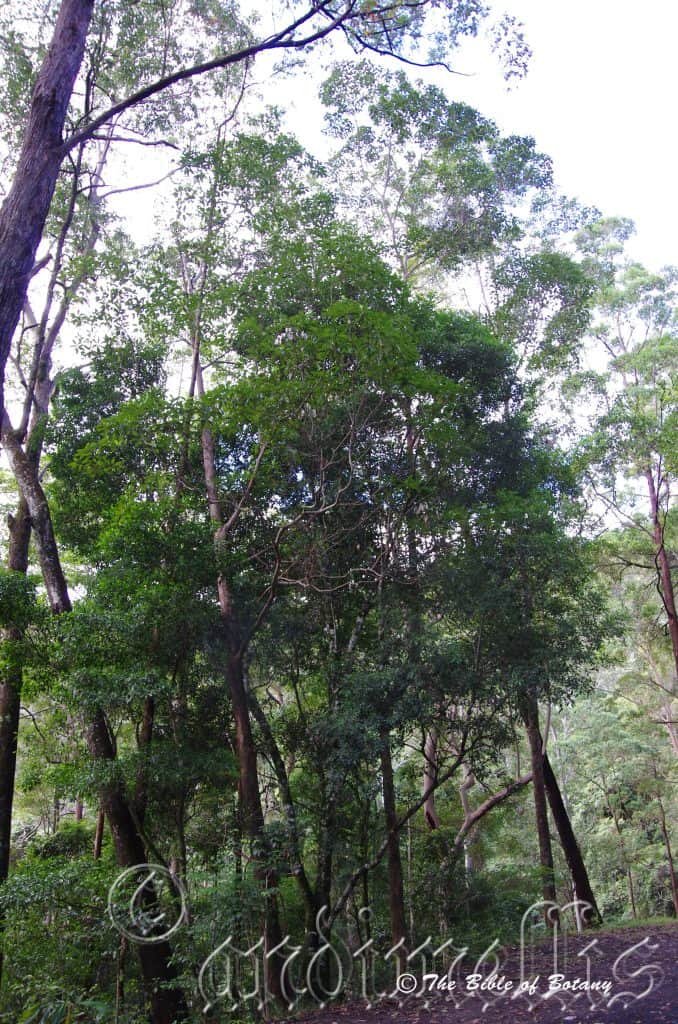
Chinghee National Park Qld.
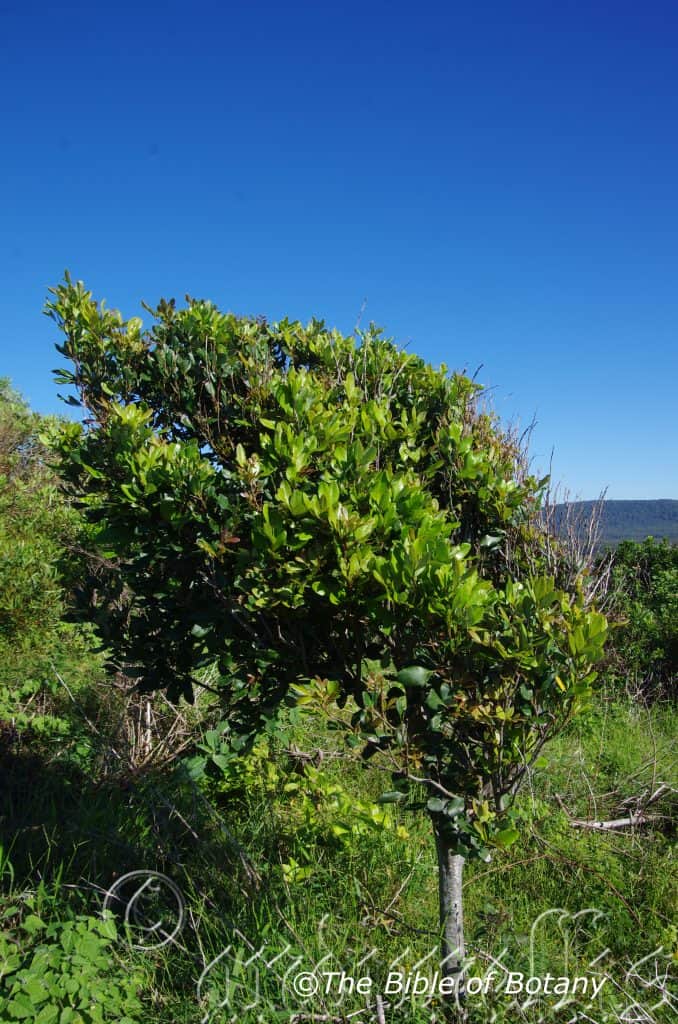
Cresant Head NSW
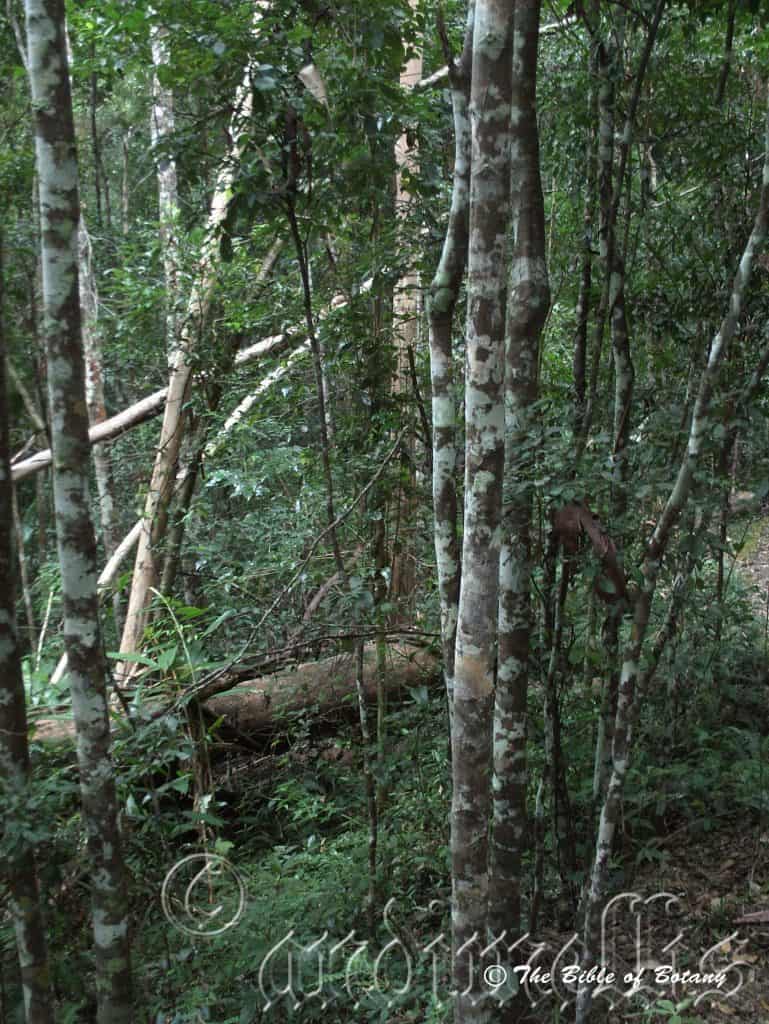
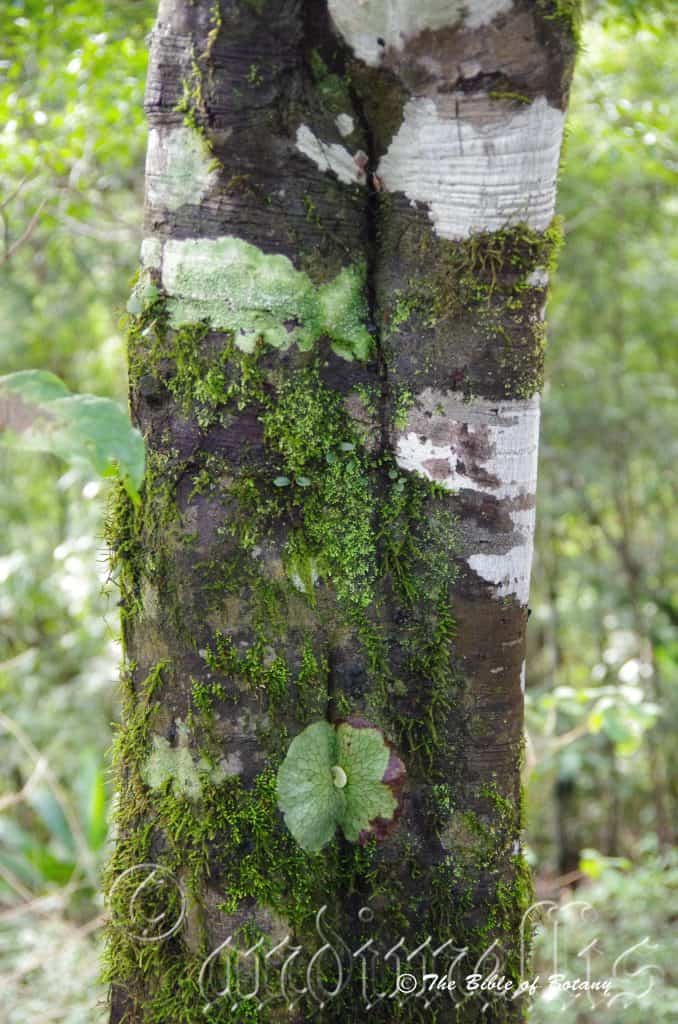
Chinghee National Park Qld.
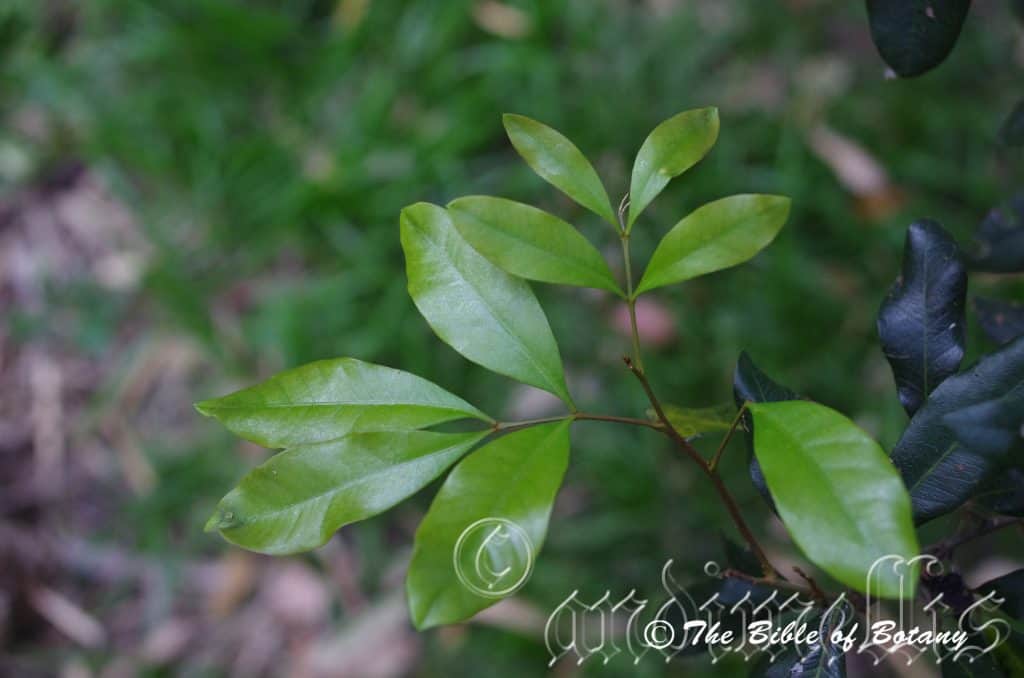
Kedron Brook Qld.
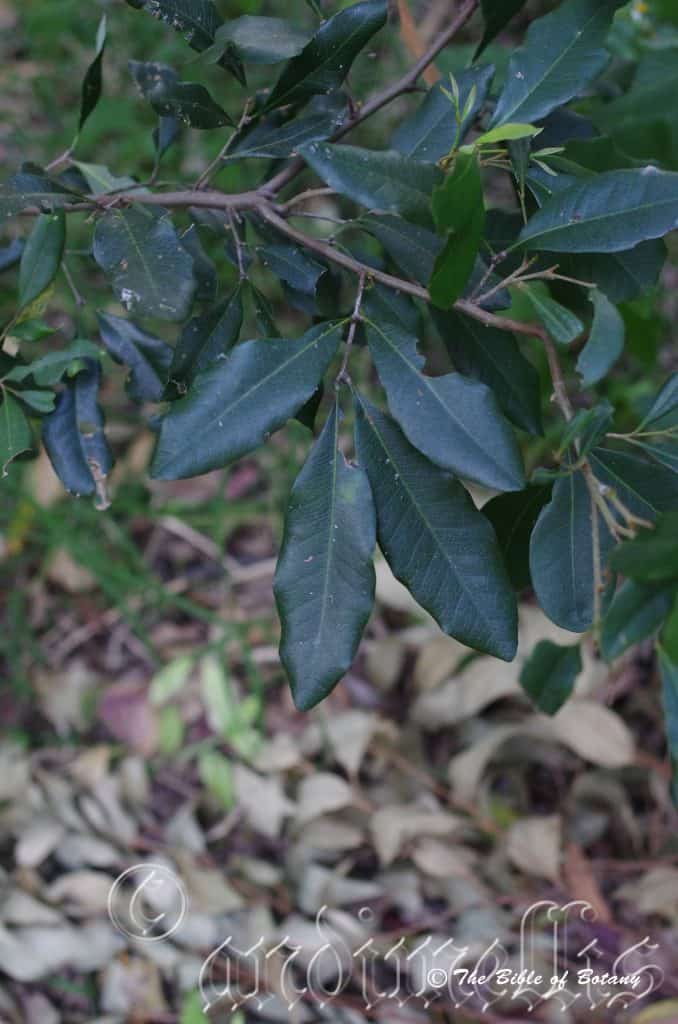
Kedron Brook Qld.
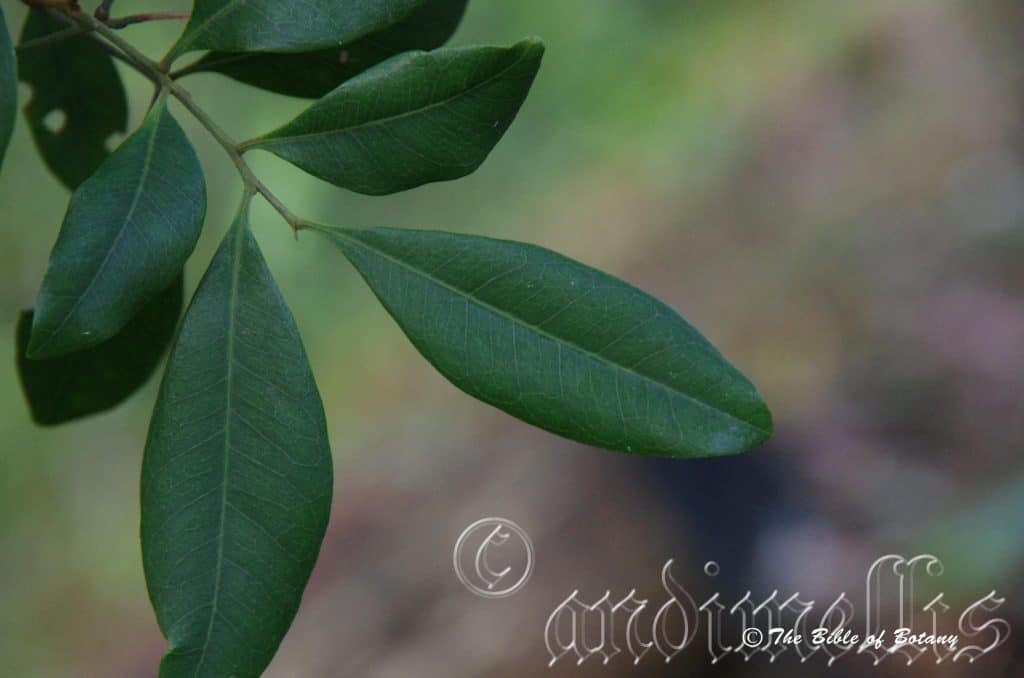
Chinghee National Park Qld.
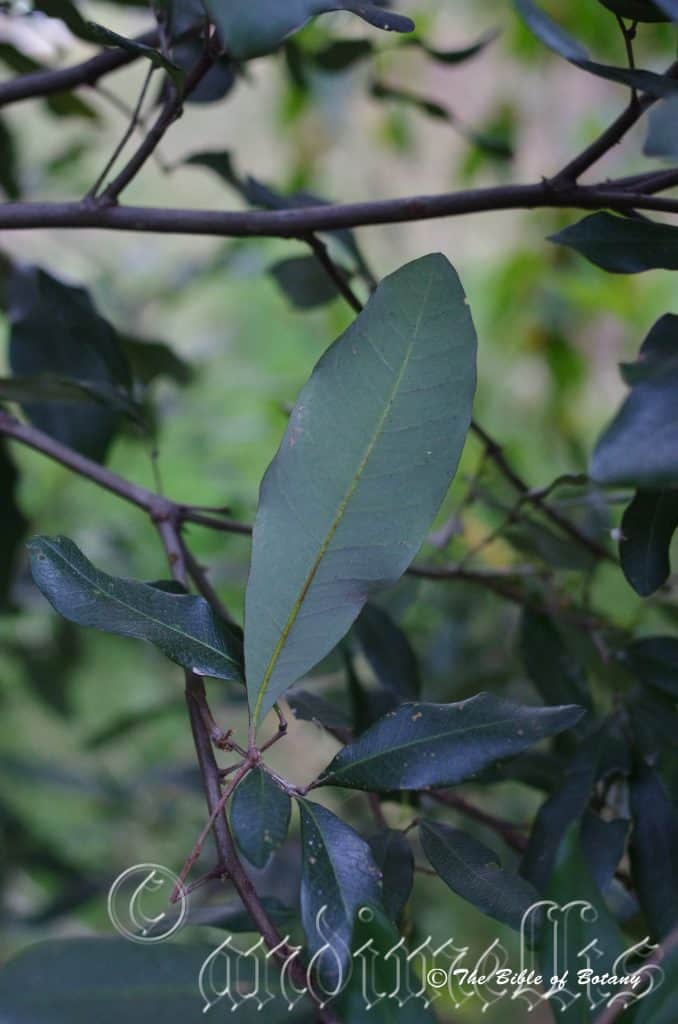
Kedron Brook Qld.
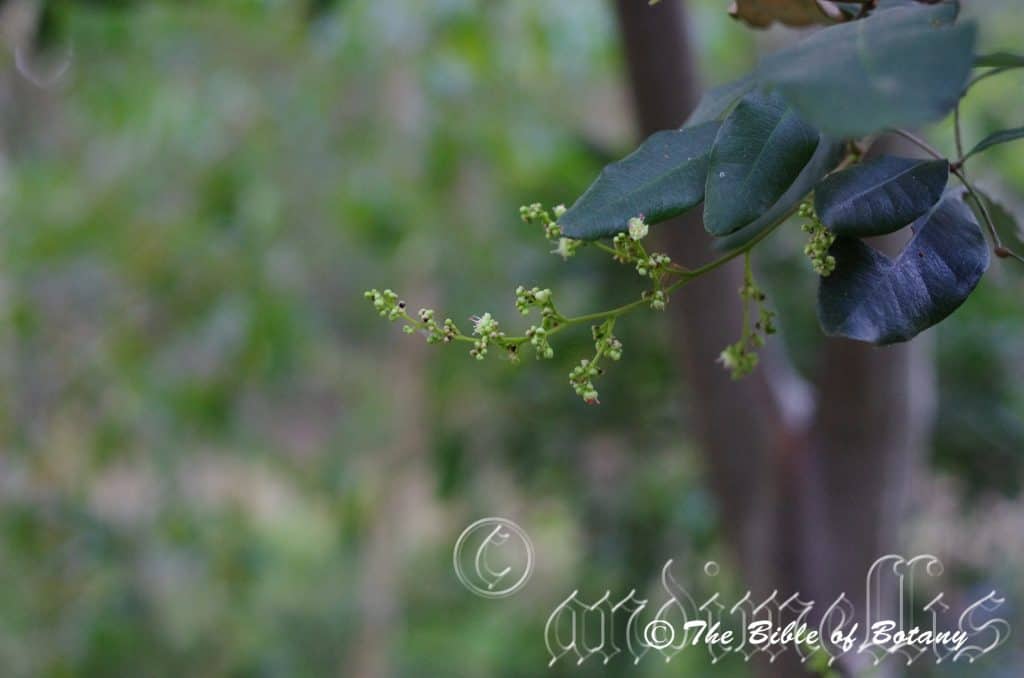
Kedron Brook Qld.
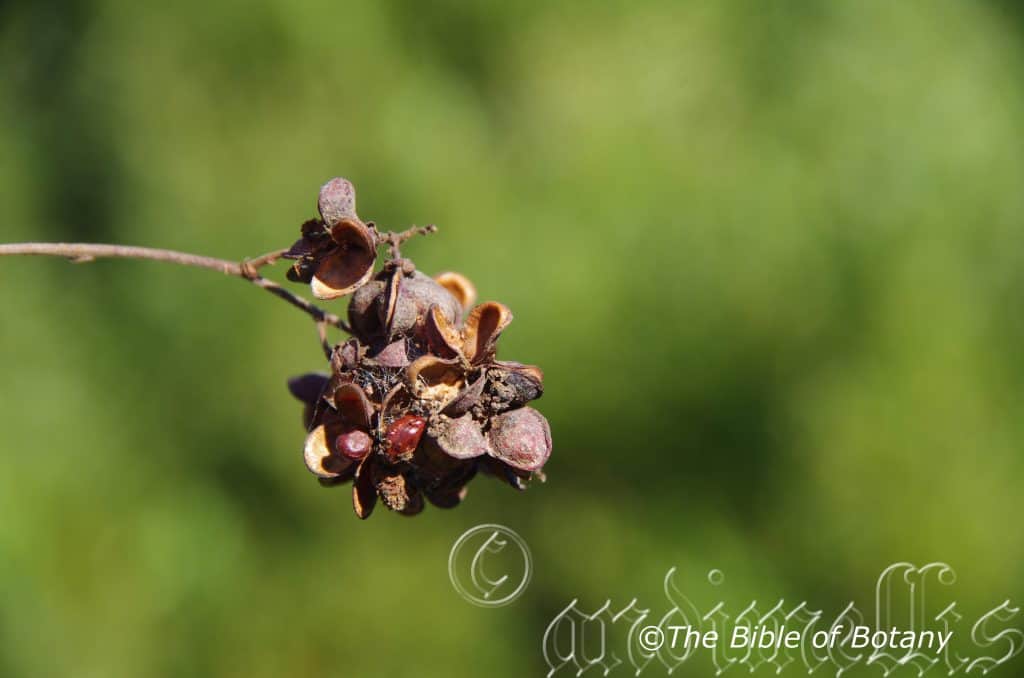
Cresant Head NSW
Guioa semiglauca
Classification:
Class: Magnoliopsida
Order: Malphighiales
Family: Euphorbiaceae
Genus: Is named in honour of Jose Guio; 17. . -18. . , who was a painter of flowers from the Sesse and Mocino Expeditions and later was a book illustrator of plants.
Species: From Semi, which is Latin for a half and Glaukas, which is Ancient Greek for opaque grey. It refers to structures or organs usually the leaves, which are opaque grey in colour.
Sub specie:
Common Name:
Distribution:
Guioa semiglauca is found on and east of the Great Dividing Range south from Gympie in southern Queensland to the Boyne National Park in central eastern New South Wales.
https://avh.ala.org.au/occurrences/search?taxa=Guioa+semiglauca#tab_mapView
Habitat Aspect Climate:
Guioa semiglauca prefers full sun to light shade or dappled shade. It grows in dense shade as an understory plant adjacent to well-developed rainforests, in wet Eucalyptus forests or along riverine gallery rainforests. It is a pioneer plant on disturbed land but slow to establish itself in any numbers. The altitude ranges from 15 meters ASL to 550 meters ASL.
The temperatures range from 2 degrees in July to 34 degrees in January.
The rainfalls range from lows of 880mm to 2000mm annually.
Soil Requirements:
Guioa semiglauca prefers to grow on better quality fertile sandy loams, to medium clays. The soils are usually derived from various types of decomposed sandstones, metashales, metamorphic rocks, brown basalts or black basalts. The soils pH ranges from 5. 5pH to 6pH. It does not tolerate waterlogged soils. Non saline soils to moderately saline soils are tolerated.
Height & Spread:
Wild Plants: 8m to 18m by 4m to 8m.
Characteristics:
Guioa semiglauca has a pale to deep grey patterned glabrous bark. The trunk forms small flanges near the ground on large trees. Branchlets are glabrous pale grey. Young shoots are light grey-green and covered in short, white or pale grey pulverulent hairs close to the apex. The lower trunks are always covered in lichens.
Guioa semiglauca‘s alternate, odd pinnate leaves measure 80mm to 150mm in overall length. The 2 to 6 are narrowly elliptical to obovate leaflets measure 30mm to 100mm in length by 10mm to 40mm in width. Petioles and petiolules are covered in rusty-brown pulverulent hairs. The petioles measure 10mm to 30mm in length while the petiolules measure 2mm to 4mm in length. The bases are attenuate while the apexes are obtuse with a mucronate tip. The discolourous laminas are a dull to semi glossy grey-green to deep green on the upper lamina while the lower lamina is glaucous white to pale grey. The leaflet margins are entire and flat. The mid vein is prominent on the lower lamina and is distinctly visible above being a paler grey-green.
Inflorescences of Guioa semiglauca are born auxiliary on short panicles of 12 to 24 flowers. The peduncles measure 50 to 120mm in length while the pedicillate measure 4mm to 6mm in length. The 6 creamy white, white to yellow petals are spreading when fully open. The elliptical to ovate petals measure 2mm to 2. 5mm in length by 1. 5mm to 2mm in width. The flowers appear from October through to early February.
Guioa semiglauca fruits are two or usually triquetra lobed capsules. The capsules measure 8mm to 10mm in length by 10mm to 14mm in diameter. The rusty to orange coloured lobes split open to reveal a yellow brown inner coat. The black seeds ripen from late January to May and have a long yellow aril.
Wildlife:
Guioa semiglauca supports a wide variety of wildlife from native bees to butterflies when in flower. Birds spread the seeds when they eat them for the aril surrounding them.
Cultivation:
Guioa semiglauca is a beautiful tree for small gardens in cool subtropical to tropical areas. It is suitable for animal shelters because of its bushy canopy. In cultivation the tree will grow to a maximum of 12 meters by 5 meters to 6 meters in diameter. The tree is slow growing and have a beautiful bark which makes a good contrast around fish ponds or water features.
It can be used for growing orchids and other small epiphytic plants once they develop a little height and width. It is low maintenance and attract seed eating birds in autumn. Guioa semiglauca can be planted close to paths and other permanent structures as the root system is non-invasive. It is a well-shaped small upright shade tree that is often over looked by gardeners. Guioa semiglauca should be added to all rainforest gardens because of the features and colour of its trunk.
It is frost hardy down to temperatures of at least minus 2 degrees. They do require better soils with adequate moisture and an annual application of a native fertilizer. Mulch and leaf litter is always recommended to increase soil fertility. I have seen them growing very well on heavy clays where the owners have supplied them with copious amounts of leaf litter and twice a year applications of a native fertilizer when young.
Propagation:
Seeds: Seeds need to be treated prior to sowing. Soak the seeds in a 4 to 1 vinegar solution for 2 to 3 hours rinse and sow the freshly treated seeds into a seed raising mix. When the seedlings are 30mm to 50mm tall, prick them out and plant them into 50mm native tubes using a good organic mix.
Once the seedlings reach 200mm to 250mm in height plant them out into their permanent position. Mass plantings as a tree would need the seedlings to be planted at 8 meters a part.
Fertilize using seaweed, fish emulsion or organic chicken pellets soaked in water on an alternate basis. Fertilize every two months until the plants are established then twice annually in early September or March to maintain health, vitality and better flowering.
Further Comments from Readers:
Hi reader, it seems you use The Bible of Botany a lot. That’s great as we have great pleasure in bringing it to you! It’s a little awkward for us to ask, but our first aim is to purchase land approximately 1,600 hectares to link several parcels of N.P. into one at The Pinnacles NSW Australia, but we need your help. We’re not salespeople. We’re amateur botanists who have dedicated over 30 years to saving the environment in a practical way. We depend on donations to reach our goal. If you donate just $5, the price of your coffee this Sunday, We can help to keep the planet alive in a real way and continue to bring you regular updates and features on Australian plants all in one Botanical Bible. Any support is greatly appreciated. Thank you.
In the spirit of reconciliation we acknowledge the Bundjalung, Gumbaynggirr and Yaegl and all aboriginal nations throughout Australia and their connections to land, sea and community. We pay our respect to their Elders past, present and future for the pleasures we have gained.
Gymnoschoenus sphaerocephalus
Classification:
Class: Monocots
Subclass: Commelinids
Order: Poales
Family: Cyperacea
Genus: From Gymnos, which is Greek for naked or bare and Schoinos, which is Ancient Greek for the flower bearing culm of a rush. It refers to the long flowering culms, which are totally naked or glabrous.
Species: From Sphaero/Sphaera, which is Ancient Greek for round and Kephalos which is Ancient Greek for a head. It refers to flower heads, which are spherical or rounded in shape.
Sub specie:
Common Name: Button Grass.
Distribution:
Gymnoshoenus sphaerocephalus is found south from Basket Swamp near Tenterfield in far north eastern New South Wales to Wilsons promontory in southern Victoria and west from the Bega Valley to Mount Gambier in South Australia. It is also found on Kangaroo Island.
It is also found over most of mainland Tasmania except the central eastern to the north eastern highlands.
https://avh.ala.org.au/occurrences/search?taxa=Gymnoschoenus+sphaerocephalus#tab_mapView
Habitat Aspect Climate:
Gymnoshoenus sphaerocephalus prefers full sun to light shade or dappled shade. It grows as an understory plant adjacent to rainforests, wet Eucalyptus forests or along riverine rainforests in dry season creeks, behind mangrove woodlands, coastal woodland heaths to mountain heaths. The altitude ranges from 5 meters ASL to 800 meters ASL.
The temperatures range from minus 5 degrees in July to 34 degrees in January.
The rainfalls range from lows of 650mm to 1400mm annually.
Soil Requirements:
Gymnoshoenus sphaerocephalus prefers to grow on poor to rich fertile sandy loams, to medium clays and light silts to heavy silts. The soils are usually derived from various types of decomposed sandstone, and granite. The soils pH ranges from 5pH to 7pH are preferred. It does not tolerate waterlogged soils. Non saline soils to very saline soils are tolerated as are salt laden winds.
Height & Spread:
Wild Plants: 0.8m to 1.2m by 1m to 1.5m.
Characteristics:
Gymnoshoenus sphaerocephalus is a large perennial tussock grass. The terete or slightly compressed culms are faintly longitudinally striated smooth and glabrous. The culms measure 800mm to 1200mm in length by 1mm to 2.6mm in diameter.
The long linear leaves measure 400mm to 520mm in length by 1mm to 2. 5mm in width. The yellow-brown sheaths are striated semi glossy, smooth and glossy. The concolourous laminas are soft and thinly fleshy, pale green to mid green when young and yellow-brown to yellow-green when aged and glabrous. The laminas are flat or recurve upwards slightly from the mid vein to the margins or decurve downwards slightly from the mid vein to the margins and decurve downwards from the base or on the apical half. The leaf margins are entire. The mid vein and parallel veins are prominent on the lower lamina and are visible from the upper lamina.
The apical conflorescence are a terminal orbicular cluster. The simple cymes measure 15mm to 20mm in diameter. The usually 3, involucral bracts are broad linear, with a basal sheath that measures 16mm to 22mmin length.
The chartaceous, dissimilar glumes are yellow-brown with narrow undulating erose margins. The glumes are usually obtuse or at times long mucronate. The lowest glume is broader and imbricates the 2 narrower glumes immediately above it. The lowest 3 or 4 glumes are oblong to broad oblong and are much shorter than the 3 uppermost glumes and measure 5mm to 5. 5mm in length.
The pale grey awns are glabrous to sparsely covered in hirsute hairs and measure 1.5mm to 2mm in length.
The 3 white anthers measure 2.8mm to 4mm in length including the 0.3mm to 0.7mm long appendages. The flowers appear from late September to early February.
The obovoid to broad ellipsoid outer nuts measure 3. 0mm to 3. 5mm in length by 1.6mm to 1.8mm in diameter. The loose outermost layer is grey-brown and sparsely covered in off white hispid hairs on the apical third. The base of the style is glabrous or sparsely covered in white hispid hairs. The inner reddish-brown nuts are glossy, rugulose and measure 2.3mm to 2.6mm in length.
Specimens in the Blue Mountains from Clarence to Newnes differ in that the culm’s striations are usually more prominent. The involucral bracts margins are covered long white ciliate hairs and measure 20mm to 40mm in length. The glumes are acute and sparsely covered in white puberulent hairs. The longer awns measure 2mm to 3mm in length on the lowest sterile glumes. The nuts measure 3.5mm to 4.5mm in length.
Wildlife:
Gymnoshoenus sphaerocephalus is unknown to the author.
Cultivation:
Gymnoshoenus sphaerocephalus are large tuft sedges that should be more widely grown especially in landscaping projects where the soils are of a light to heavy texture and where plenty of water is available. In cultivation they will grow 600mm to 800mm in height by 400mm to 600mm in diameter when grown in a more open situation in semi shaded.
It can be grown in part shade to bright sunlight reflecting off pools or the ocean and can sustain temperatures down to minus 7 degrees and up to 36 degrees making them a very versatile hardy plant.
It is most suitable for use adjacent to open natural bush gardens or on large moist heath gardens. Mass plantings of 5 or more plants really do the plants justification especially when it is in flower. Large sunny fish or frog ponds will benefit from Gymnoshoenus sphaerocephalus spreading pendulant growth habit but it is best to leave a space between the plants so that they can develop to their full potential.
If companion plants are sought then the choice of plants to use is limited by your imagination to break the horizontal effect of the other plants. Some plants that come to mind would be Hibbertia linearis, Hibbertia obtusifolia or for a larger heath herbs Pelargonium australe, Pelargonium Helmsii, Pelargonium inodorum or Pelargonium rodneyanum are worth considering. Others that most people would not normally consider but would be worthwhile trying would be Viola betonicifolia, Ranunculus plebeius or Zanthoxylum brachyacanthum if it is not sitting in the water and do not forget to leave plenty of space between the plants so they can grow to their full potential.
Propagation:
Seeds: Collecting seeds from mature plants of Gymnoshoenus sphaerocephalusis not difficult as they remain attached to the parent plant for extended periods when fully ripe. The fresh seeds can be sown directly into a seed raising mix however better, more even germination is gained if the seeds are stratified for a short period and sown in spring. This can be achieved by placing the nuts in a paper bag in the vegetable crisper for a few weeks prior to sowing. Cover the seeds to a depth of 5mm. Seeds usually germinate rapidly with a strike rate of over 50mm.
When the seedlings are 20mm to 30mm tall, prick them out and plant them into 50mm native tubes using a good quality mix.
Once the seedlings reach 50mm in height they can be potted for indoor use or 100mm to 150mm in height plant them out into their permanent position.
Division: When growing from divisions remove the plant from the soil and just cut it into 3 or 4 equal parts, first down the middle then halve those sections again. Remove unwanted dead culms and any old small clumps that look weak. Plants can be divided further but ensure each division has a several strong shoots and healthy roots attached to the tuff. Replant ensuring the soil is at the same level as before. Water and fertilize. New shoots will appear within two weeks.
If it is being mass planted for a feature around dams or along creeks and streams try planting them at 0. 7 meter to 1 meter centers. For group plantings plant them at 1 meter centers scattered in small clumps where the whole plant is to be the feature.
Fertilize using seaweed, fish emulsion or organic chicken pellets soaked in water on an alternate basis. Fertilize every two months until the plants are established then twice annually in early September or March to maintain health, vitality and better flowering.
Further Comments from Readers:
Hi reader, it seems you use The Bible of Botany a lot. That’s great as we have great pleasure in bringing it to you! It’s a little awkward for us to ask, but our first aim is to purchase land approximately 1,600 hectares to link several parcels of N.P. into one at The Pinnacles NSW Australia, but we need your help. We’re not salespeople. We’re amateur botanists who have dedicated over 30 years to saving the environment in a practical way. We depend on donations to reach our goal. If you donate just $5, the price of your coffee this Sunday, We can help to keep the planet alive in a real way and continue to bring you regular updates and features on Australian plants all in one Botanical Bible. Any support is greatly appreciated. Thank you.
In the spirit of reconciliation we acknowledge the Bundjalung, Gumbaynggirr and Yaegl and all aboriginal nations throughout Australia and their connections to land, sea and community. We pay our respect to their Elders past, present and future for the pleasures we have gained.
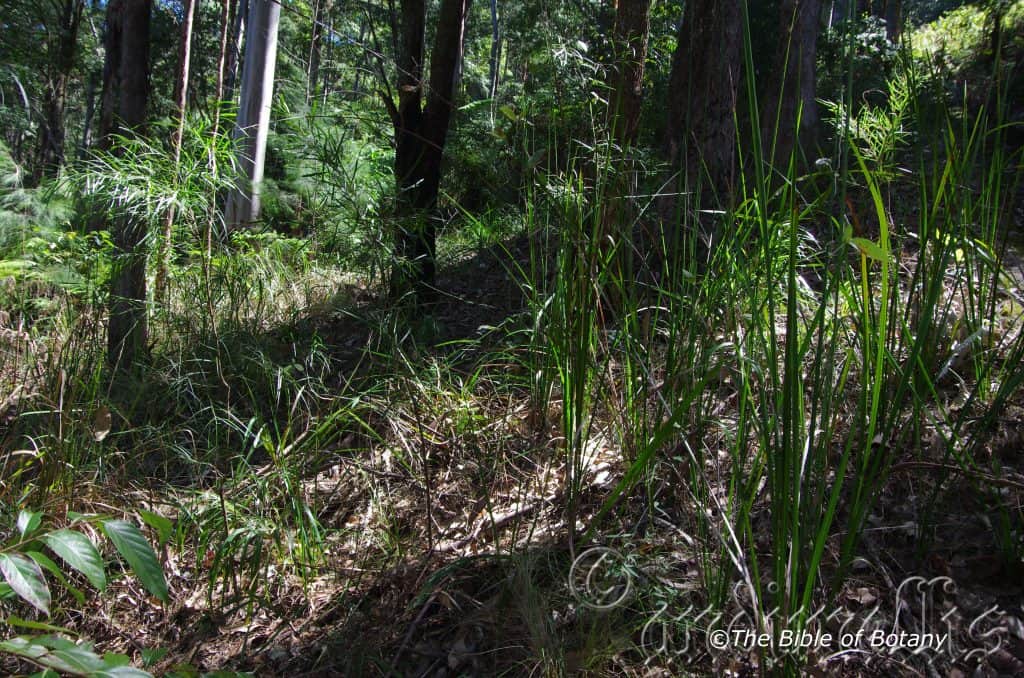
Washpool National Park NSW
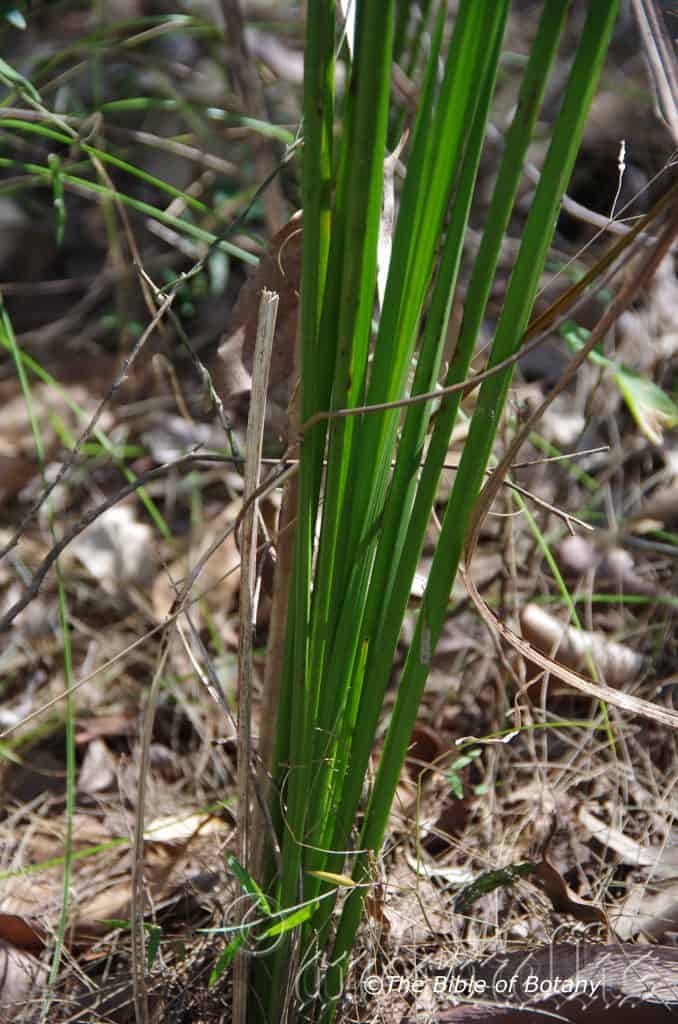
Washpool National Park NSW
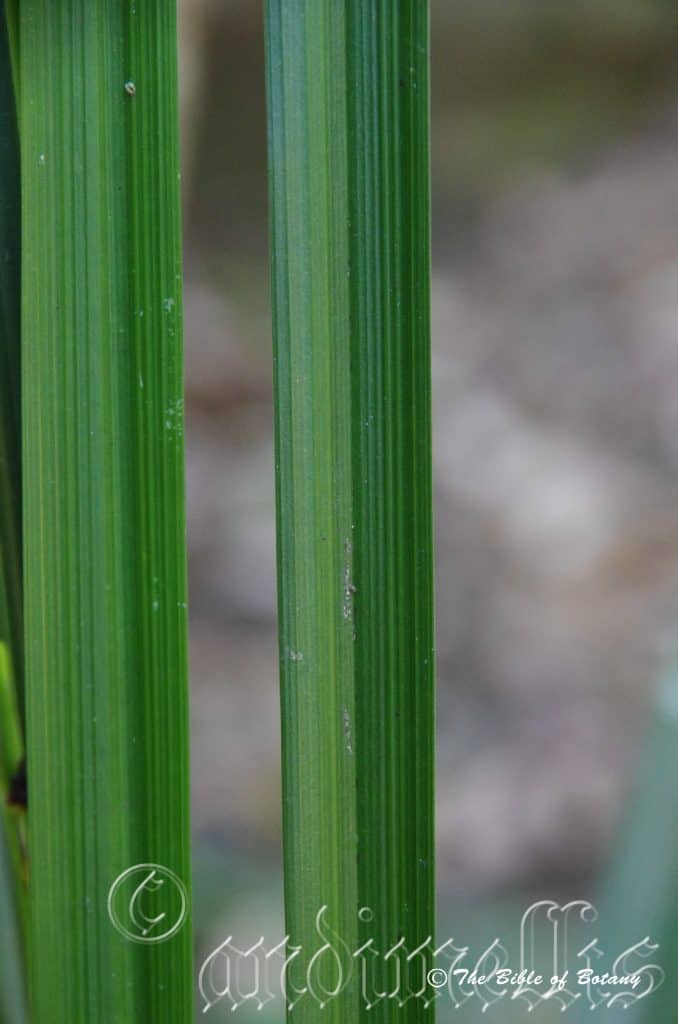
Chinghee National Park Qld.
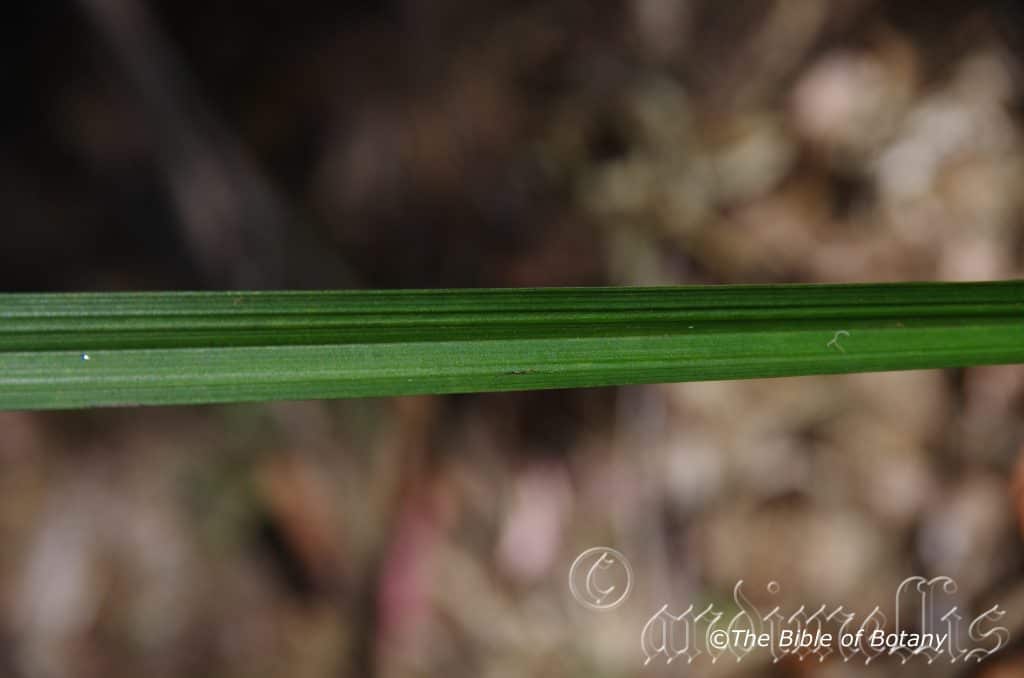
Washpool National Park NSW
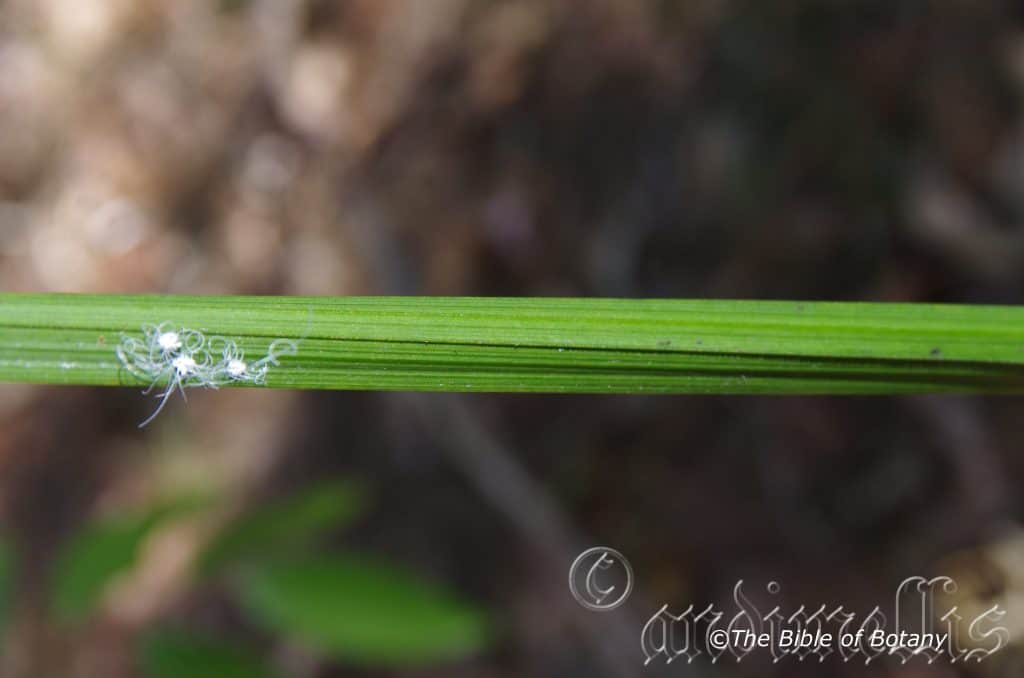
Washpool National Park NSW
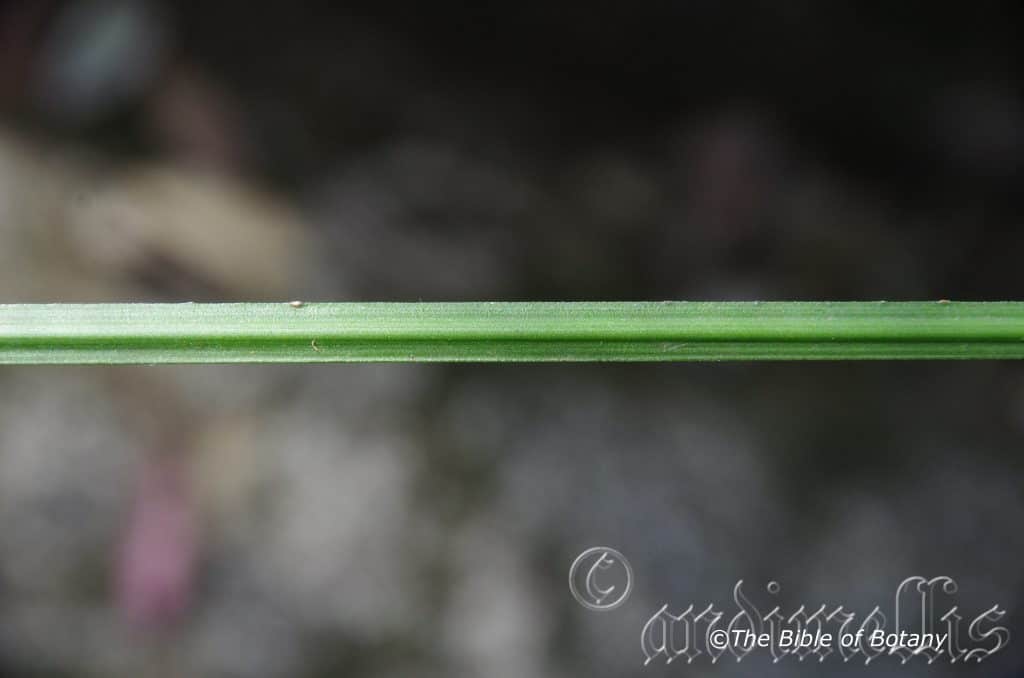
Washpool National Park NSW
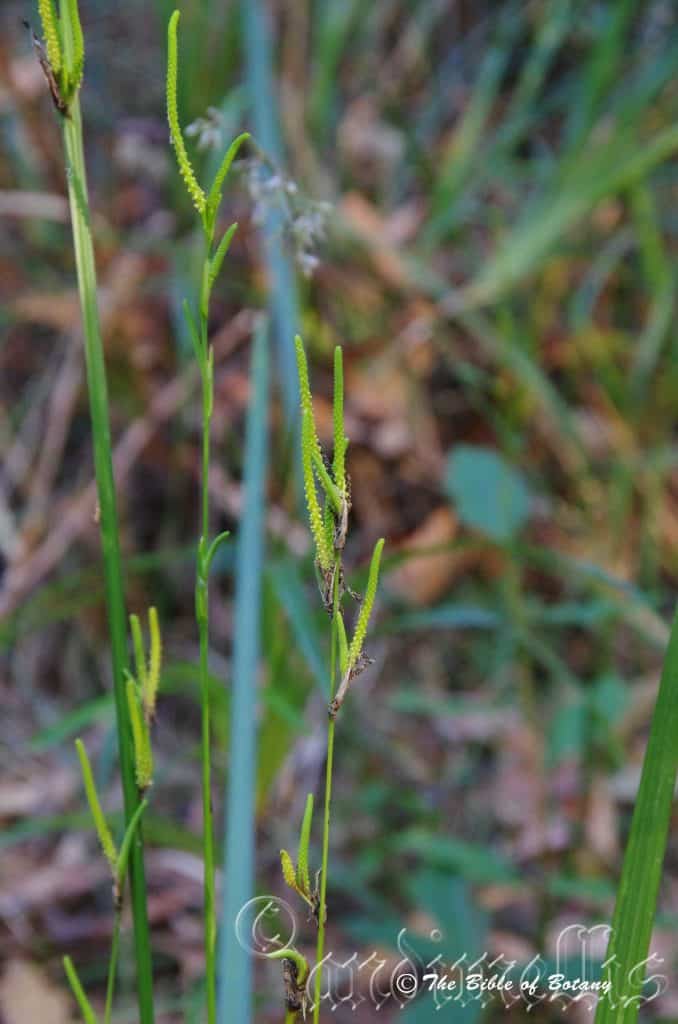
Kendall NSW
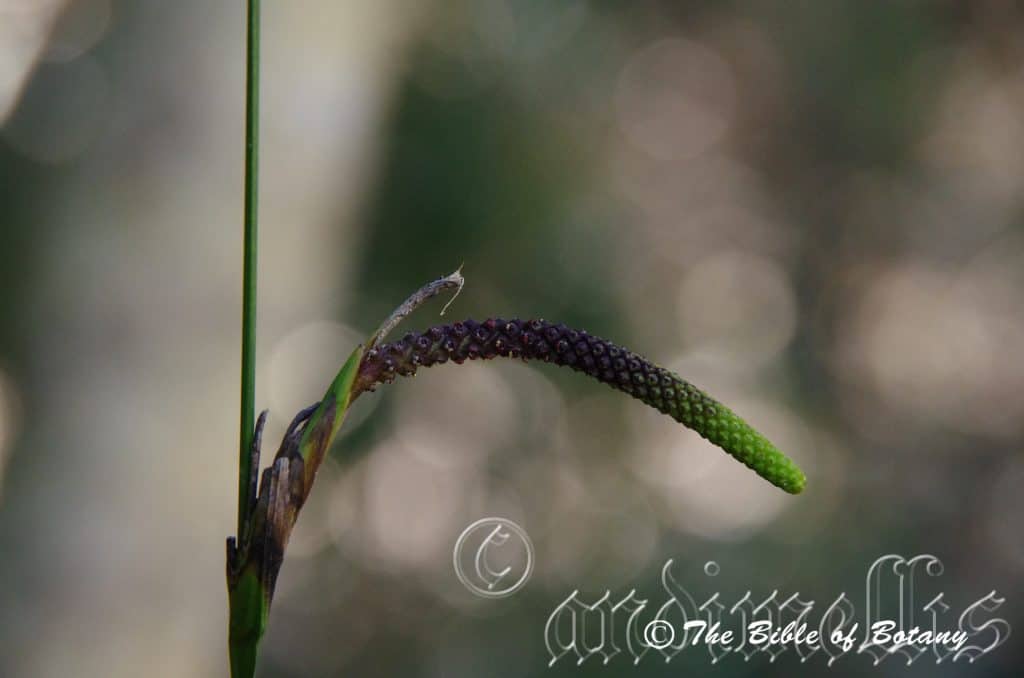
Washpool National Park NSW
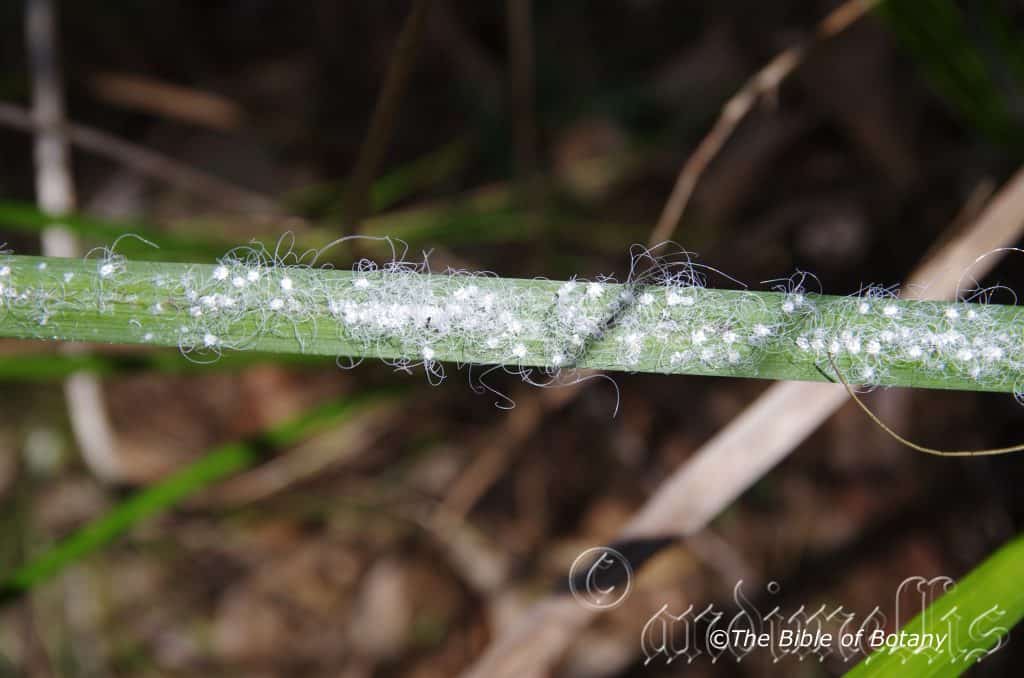
Chinghee National Park Qld.
Gymnostachys anceps
Classification:
Unranked: Monocots
Order: Alismatales
Family: Araceae
Subfamily: Gymnostachydoideae
Genus: From Gymnos, which is Ancient Greek for naked or bare and Stachus, which is Ancient Greek or later Stachys which is Latin for a spike. It refers to spikes, which do not have a spathe.
Species: From Anceps, which is Latin for two edges or uncertain. It refers to organs, which have two edges.
Sub specie:
Common Name: Boorgray or Settlers Flax.
Distribution:
Gymnostachys anceps is found on and east of the Great Dividing Range in 3 disjunct populations. It is found south from Cooktown to the Paluma National Park in far north Queensland. The central population is found south from the Byfield National Park to the Callide River in central Queensland while the southern population is found south from Fraser Island and Maryborough to Milton in southern coastal New South Wales.
https://avh.ala.org.au/occurrences/search?taxa=Gymnostachys+anceps#tab_mapView
Habitat Aspect Climate:
Gymnostachys anceps prefers heavy shade or dappled shade. It grows in dense shade as an understory plant in and adjacent to warm moist tropical rainforests, warm moist subtropical rainforests, moist Eucalyptus forests, moist gallery rainforests or moist riparian zones. The altitude ranges from 3 meters ASL to 1200 meters ASL.
The temperatures range from 1 degree in July to 34 degrees in January.
The rainfalls range from lows of 950mm to 3100mm annually.
Soil Requirements:
Gymnostachys anceps prefers to grow on prefers better quality fertile sandy loams to medium clays. The soils are usually derived from various types of decomposed sandstones, granites, metamorphic rocks, brown basalts or black basalts. The soils pH ranges from 5pH to 6. 5pH. It tolerates seasonal wet soils with the occasional inundation. Non saline soils to moderately saline soils are tolerated.
Height & Spread:
Wild Plants:1500mm to 2200mm by 100mm x 250mm.
Characteristics:
Gymnostachys anceps is a perennial herb which has a black rhizome.
Gymnostachys anceps has only a few long linear leaves which measure 1000mm to 1500 in length by 10mm to 15mm in width. The leaves are concolourous and pale grass-green to deep grass-green. The apex tapers to a point. The leaf margins are entire and recurved. The veins are prominent below with the main and longitudinal veins distinctly visible above. The leaves are tough and fibrous.
The inflorescences of Gymnostachys anceps are born on a long spike from which a long narrow cylindrical raceme grows. The spikes measure 1 meter to 2. 5 meters in length. The spadix appear on the final 150mm to 300mm from the apex of the spike and measure 100mm to 125mm in length. The spathes appear at disjunct intervals in small clusters of 2 to 5 or singularly produced. The erect distichous bracts form the spathe. The flowers form a spiral pattern around the spadix. The flowers are densely clustered along the spadix. The pollen is bright golden yellow. The pale green or cream female flowers separate and blacken after anthesis along the green spadix. The male flowers darken, separate and fall after anthesis. The flowers appear from February to May.
Gymnostachys anceps fruits are an ovoid drupe. The drupes are glossy grass?green turning deep blue, deep purple or deep blue-black on ripening. They measure 10mm to 15mm in length by 8mm to 10mm in diameter. 1 to 10 fruits are produced on a spadix.
Wildlife:
Gymnostachys anceps supports native bees when in flower. The only bird I have seen attending the fruits is the male Satin Bower birds and it was not clear whether they were eating the fruit or collecting the ripe fruits for their bowers as I have seen the fruits around their bowers.
The fruits are not edible.
Cultivation:
Gymnostachys anceps is an unusual plant which can be used as an understory plant in moist rainforests. It does require better soils with adequate moisture and an annual application of a native fertilizer. Mulch and leaf litter is always recommended to increase soil fertility. I have seen them growing very well on heavy clays where the owners have supplied them with copious amounts of leaf litter and twice a year applications of a native fertilizer when young.
It is most suitable for use around swimming pools where there is some shade, shaded courtyards or shaded rockeries which have been planted out to highlight other features like rocks, stumps or fish ponds.
Around swimming pools and courtyards it needs to be mass planted or at least planted in small groups of 3 or 4 plants because of its short slow growing, spreading rhizome. It will break up hard horizontal lines.
Around medium to large fish and frog ponds they look magnificent. They should be planted to the rear or sides so as to balance the look because of their taller height. Again they will need to be planted in groups of 3 to 5 to thicken them up. It is very hardy and slow growing so are ideal for the instant look without needing any long term maintenance. It is non-obtrusive yet highly visible all year round.
Propagation:
Seeds: Gymnostachys anceps’ seeds can be planted directly into a seed raising mix. Place the tray in a warm shaded position. When the seedlings are 30mm to 50mm tall, prick them out and plant them into 50mm native tubes using a good organic mix.
Once the seedlings reach 200mm to 250mm in height plant them out into their permanent position. Mass plantings are best achieve by planting them at 1000mm to 2000mm centers.
Fertilize using seaweed, fish emulsion or organic chicken pellets soaked in water on an alternate basis. Fertilize every two months until the plants are established then twice annually in early September or March to maintain health, vitality and better flowering.
Further Comments from Readers:
Hi reader, it seems you use The Bible of Botany a lot. That’s great as we have great pleasure in bringing it to you! It’s a little awkward for us to ask, but our first aim is to purchase land approximately 1,600 hectares to link several parcels of N.P. into one at The Pinnacles NSW Australia, but we need your help. We’re not salespeople. We’re amateur botanists who have dedicated over 30 years to saving the environment in a practical way. We depend on donations to reach our goal. If you donate just $5, the price of your coffee this Sunday, We can help to keep the planet alive in a real way and continue to bring you regular updates and features on Australian plants all in one Botanical Bible. Any support is greatly appreciated. Thank you.
In the spirit of reconciliation we acknowledge the Bundjalung, Gumbaynggirr and Yaegl and all aboriginal nations throughout Australia and their connections to land, sea and community. We pay our respect to their Elders past, present and future for the pleasures we have gained.
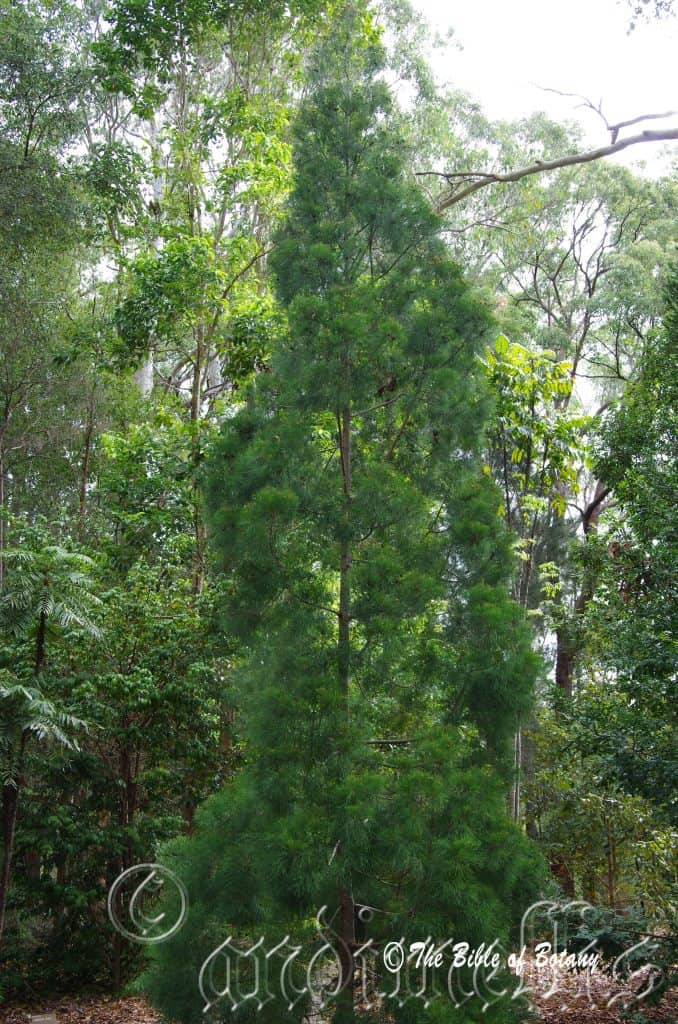
NCBG Coffs Harbour NSW
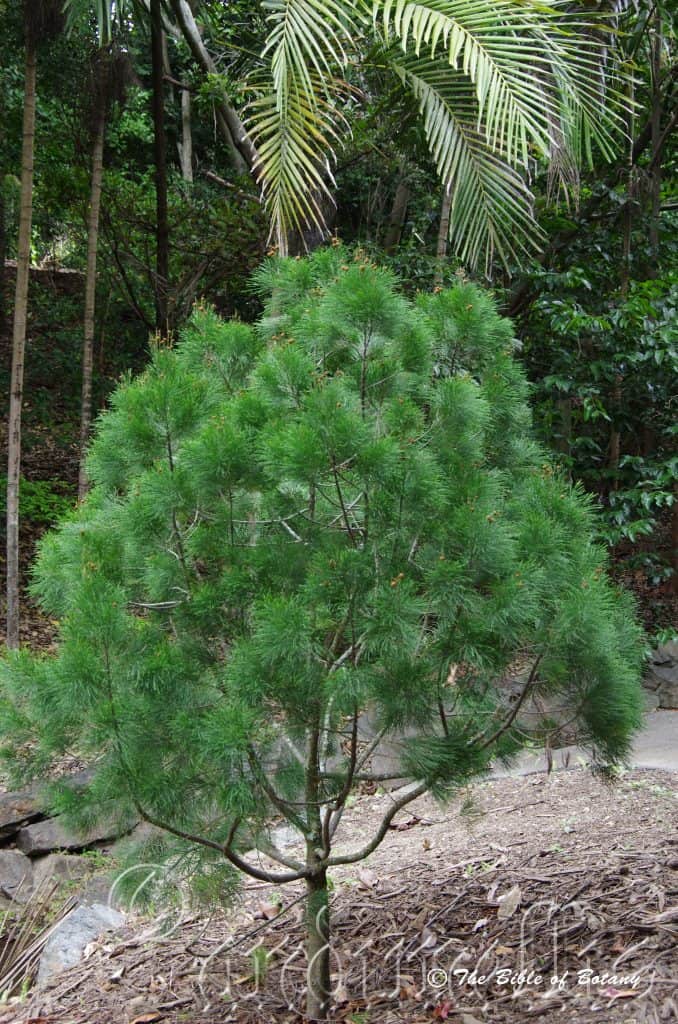
Mount Cootha Botanic Gardens Qld.
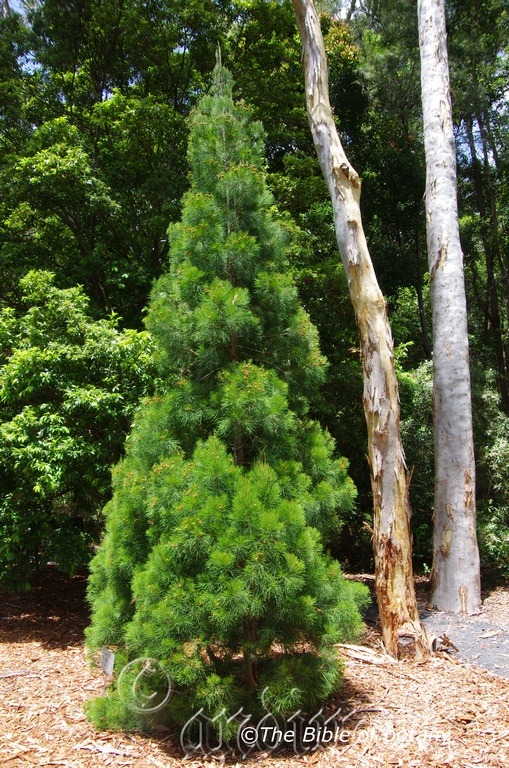
NCBG Coffs Harbour NSW
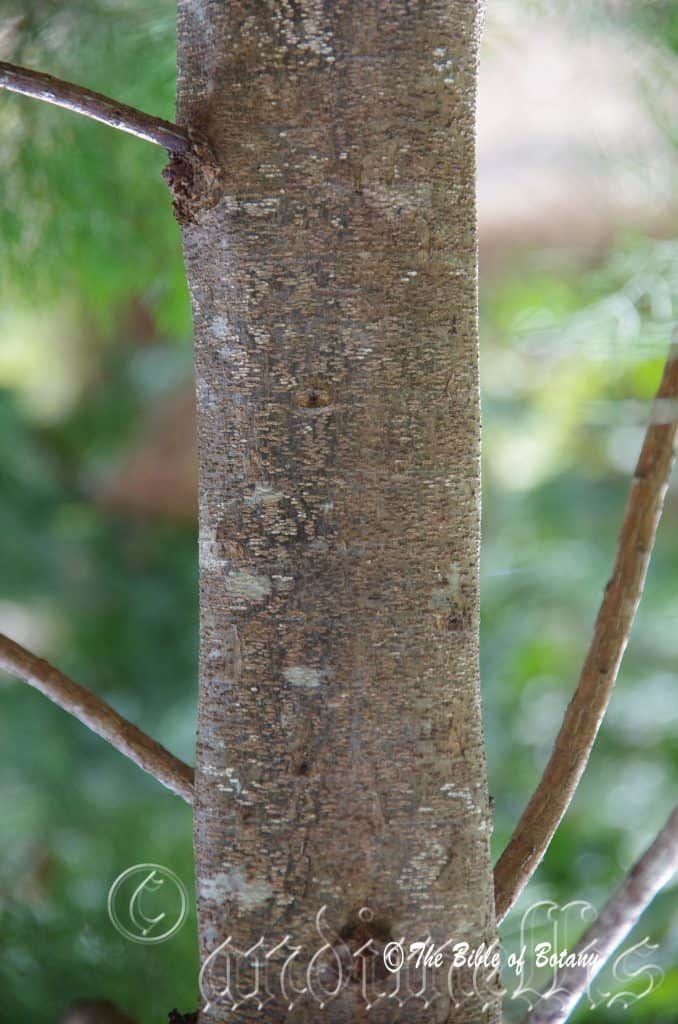
Mount Cootha Botanic Gardens Qld.
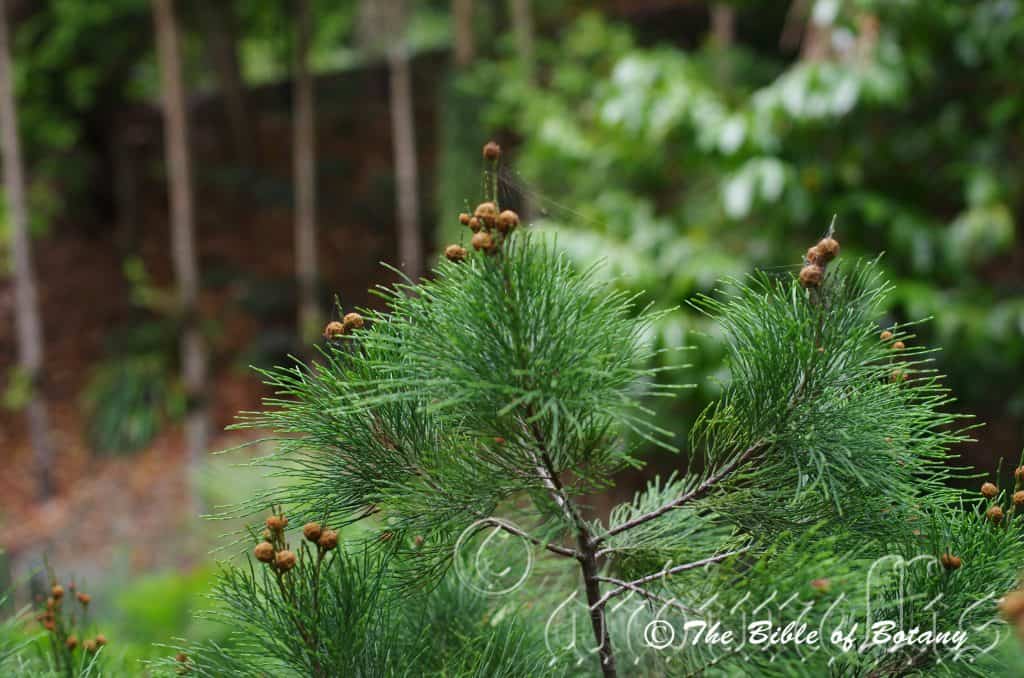
Mount Cootha Botanic Gardens Qld.
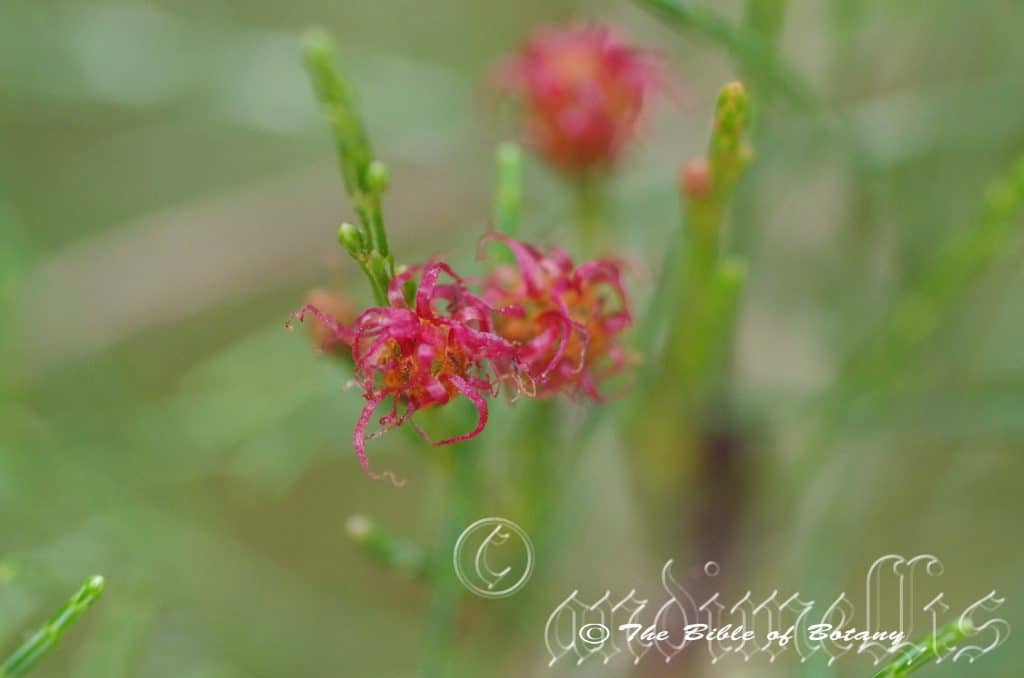
NCBG Coffs Harbour NSW
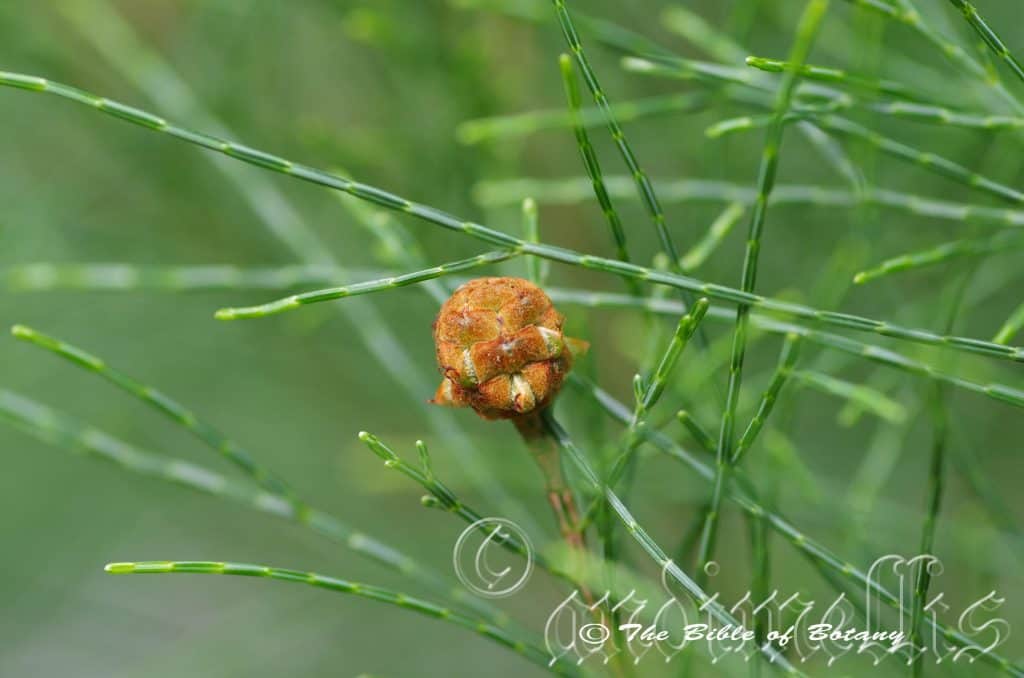
NCBG Coffs Harbour NSW
Gymnostoma australianum
Classification:
Unranked: Eudicots
Unranked: Rosids
Order: Fagales
Family: Casuarinaceae
Genus: From Gymnos, which is Ancient Greek for naked or bare and Stoma, which is Ancient Greek for a mouth. It refers to the stomata or pores, which are glabrous.
Species: From Terra Australis, which is Latin for land of the south. It refers to plants, which were first discovered from the land down under.
Sub specie:
Common Name: Thornton Peak Oak.
Distribution:
Gymnostoma australianum is found on and east of the Great Dividing Range around the Thornton Peak in far north east Queensland.
https://avh.ala.org.au/occurrences/search?taxa=Gymnostoma+australianum#tab_mapView
Habitat Aspect Climate:
Gymnostoma australianum prefers full sun to light shade or dappled sun light. It usually starts life in dense shade as an understory plant adjacent to moist rainforests, moist Eucalyptus forests, along riverine rainforests. It is found where the rainforests have a break in them along moist ridges, along rivers, adjacent to cliffs or transitional zones. The altitude ranges from near 15 meters to 1350 meters ASL.
The temperatures range from 8 degrees in July to 34 degrees in January.
The rainfalls range from lows of 950mm to 1800mm annually.
Soil Requirements:
Gymnostoma australianum prefers rich fertile loams, to medium clay loams. The soils are usually derived from brown basalts and black basalts. The soils pH ranges from 5pH to 6pH are preferred. It does not tolerate waterlogged soils. Non saline soils to moderately saline soils are tolerated.
Height & Spread:
Wild Plants: 4m to 7m by 2m to 5m.
Characteristics:
Gymnostoma australianum has a deep grey-brown rough furrowed bark. The trunks form small buttresses close to the ground on large trees. Branches are stiff ascending towards the apex of the tree. It is glabrous to flaky light grey-brown and scabrous. Young shoots are reduced articles along the branchlets. The glabrous articles are acutely angular in cross section and measure 2mm to 4mm in length by 0. 5mm to 0. 8mm in diameter.
Gymnostoma australianum leaves are a whorl of 4 leaves reduced to small teeth at the base of each article and measure 0. 4mm to 0. 7mm in length.
The inflorescences of Gymnostoma australianum are dioecious trees where the male and female flowers are born on the same the same trees. The male flowers are born terminally on a 1. 5mm to 2mm spike with a single stamen measures 0. 5mm.
The female flowers are also born terminally. They lack a true perianth while the carpels are fused together to form a crude perianth tube. The flowers appear from September to October.
Gymnostoma australianum‘s fruits are cones. It is green and turn yellow brown or a deep khaki when ripe with the main body measuring 7mm to 10mm in length by 8mm to 10mm in diameter. The cones have 2. 5mm to 3mm long down curving rostrate beaks protruding from the main body.
The seeds are pale yellow brown to deep grey-brown samaras that measure 1. 6mm to 2. 3mm in length by 2mm to 2. 6mm in width. The wings measure 5mm to 6mm in length by 2. 5 to 3mm in width. It is flat and have an obtuse apex with a short hooked tapering base.
Wildlife:
Gymnostoma australianum‘s wildlife is unknown to the author.
Cultivation:
Gymnostoma australianum is a beautiful tree for small to large gardens. It is suitable for animal shelters because of their bushy canopies. In cultivation the trees will grow from 8 meters to 9 meters in height by 5 meters diameter forming a beautiful pyramidal shape tree. The trees are slow growing and have a beautiful shape with pale lime green branchlets which makes a beautiful contrast behind fish ponds, water features or against a bush scene.
Because it has a neat pyramidal shape it can be successfully used in place of any exotic conifers in formal or informal situations. Formally it can be used along driveways, in the center of a turnaround area or formal garden beds giving balance depth and width. Used with smaller, large deep green leaf shrubs and groundcovers the foliage will dominate the background. They would be great additions to formal lawns and park like scenarios.
As accent trees for near buildings go this one is one of the best. The trees make very good accent trees in front of low set commercial or industrial sheds where they will break up hard rigid architectural lines and give warmth and breadth to a building. In front of high rise buildings they give balance especially where they could be grown in curves meandering to the entry doors. For something different try using them from the front of the path and meander them back to the far corners with shrubs or flowers planted between the trees and the building and the trees and the nature strip. This would give four distinct informal triangles.
Placed near buildings and other hard line structures it has a very powerful delineation to move a scene from hard course lines to a softer, gentler landscape with nature. It is strong against dark or pale coloured structures.
In informal gardens it can add variation into a rainforest where it will grow taller and less likely to form the pyramid shape. Placed at the edge of a forest the pale lime green branchlets will contrast strongly against the grey greens or deep greens of the forest trees or the deep browns and deep greys of bold trunks. Here it needs to be planted far enough away from the forest proper so it can develop its natural shape. Here it can blend one world into the next.
It can be used for growing orchids and other small epiphytic plants once they develop a little height and width.
It is low maintenance. Gymnostoma australianum can be planted close to paths and other permanent structures as the root system is non-invasive. It does require better soils with adequate moisture and an annual application of a native fertilizer will keep them looking at their absolute best. Mulch and leaf litter is always recommended to increase soil fertility. I have seen them growing very well on heavy clays and decomposed sandstones where the owners have supplied it with copious amounts of leaf litter/woodchip and twice a year applications of a native fertilizer when young.
Propagation:
Seeds: Gymnostoma australianum‘s seeds can be sown directly into a good quality seed raising mix. Cover the seeds with 5mm of course washed river sand and place the trays in a warm shady place in the green house. When the seedlings are 30mm to 50mm tall, prick them out and plant them into 50mm native tubes using a good organic mix.
Once the seedlings reach 200mm to 250mm in height plant them out into their permanent position. Mass plantings as a tree would need the seedlings to be planted at 6 meters a part for a forest bush scene or 8 meters to 10 meters if required for feature plants.
Fertilize using Seaweed, fish emulsion or organic chicken pellets soaked in water and apply the liquid on an alternate basis. Fertilize every two months.
Further Comments from Readers:
Hi reader, it seems you use The Bible of Botany a lot. That’s great as we have great pleasure in bringing it to you! It’s a little awkward for us to ask, but our first aim is to purchase land approximately 1,600 hectares to link several parcels of N.P. into one at The Pinnacles NSW Australia, but we need your help. We’re not salespeople. We’re amateur botanists who have dedicated over 30 years to saving the environment in a practical way. We depend on donations to reach our goal. If you donate just $5, the price of your coffee this Sunday, We can help to keep the planet alive in a real way and continue to bring you regular updates and features on Australian plants all in one Botanical Bible. Any support is greatly appreciated. Thank you.
In the spirit of reconciliation we acknowledge the Bundjalung, Gumbaynggirr and Yaegl and all aboriginal nations throughout Australia and their connections to land, sea and community. We pay our respect to their Elders past, present and future for the pleasures we have gained.
Gynochthodes canthoides
Classification:
Unranked: Angiosperms
Unranked: Eudicots
Unranked: Asterids
Order: Gentianales
Family: Rubiaceae
Genus: From Morus, which is Latin for a mulberry and Indicus, which is Latin for India. It refers to plant’s fruits, which are similar to the horticultural mulberry.
Specie: From Kanthos, which is Ancient Greek for the corner of the eye and later Kanthus, which is Latin for what goes round a tyre. It refers to structures or organs, which are round. It refers to plants, which resemble the old Canthium genus.
Sub species:
Common Name: Veiny Leaf Morinda.
Distribution:
Gynochthodes canthoides is a widespread species which is found south from Cardwell in north eastern Queensland to Wallis lakes in central coastal New South Wales. Though it is not rare it is never a common species in its habitat.
https://avh.ala.org.au/occurrences/search?taxa=Gynochthodes+canthoides#tab_mapView
Habitat Aspect Climate:
Gynochthodes canthoides prefers light dappled shade to denser shady places in dry rainforests to growing on the edges of well-developed tropical rainforests and warm sub-tropical rainforests. It grows in drier conditions along dry riverine river beds and banks as well as on the margins of well-developed rainforests where conditions are drier. The altitude ranges from 20 meter ASL to 600 meters ASL.
The temperatures range from minus 3 degrees in August to 36 degrees in January.
The rainfall ranges from lows of 850mm to an average of 1800mm.
Soil Requirements:
Gynochthodes canthoides prefers better quality sandy loams to medium clays. The soils are usually derived from decomposed granites, sandstones, metamorphic rocks brown basalt or black basalts. The soils pH ranges from 4.5pH to 6pH. It does not tolerate waterlogged soils. Non saline soils to moderately saline soils are tolerated.
Height & Spread:
Wild Plants: 3m to 5m by 2m to 4m.
Characteristics:
Gynochthodes canthoides trunk varies considerably whether it is a sub scrub, woody vine or small tree. It is pale grey to deep grey, scabrous to scurfy with some pustules. The young stems are pale grey-brown tending to be grey-green near the apex.
Gynochthodes canthoides opposite leaves are simple ovate to oblong ovate and measure 30mm to 85mm in length by 15mm to 40mm wide. The base is broadly cuneate to rounded while the apex is shortly accuminate. The discolourous laminas are deep sea-green, dull to semi glossy and glabrous on the upper lamina while the lower lamina is paler. The immature leaves and newly emerging leaves are bright pale glossy green and glabrous. The margins are entire, flat or curves very slightly upwards from the mid vein and downwards near the apex. The mid vein and lateral veins are prominent on the upper lamina and are distinctly visible on the lower lamina. The mid vein may be slightly prominent. The lateral veins are distinctly visible on both laminas. The glabrous petioles measure 2mm to 5mm in length. The domatia is pit like and is visible near the point where the lateral and main veins unite.
The inflorescence of Gynochthodes canthoides are born in bundles of 2 to 5 from the leaf axis. The flowers may be independent or united at the base on a common pedicel. The pedicel measures 0.5mm to 5mm in length. The very small green calyxes are finely toothed. The cream to cream corolla measures 1.5mm to 2.5mm in length. The 4 or sometimes 5 lobes are oblong and measure 2mm to 3mm in length by 1mm to 2mm in width. The lobes are strongly recurved back onto the globose carpels.
The 4 or 5 cream anthers are adjacent to the corolla lobes and are shorter than the stigma lobes.
The white stigmas split into 2 linear lobes and measure 1mm to 1.5mm externally from the corolla and is strongly recurved near the apex. The sweetly scented flowers appear from September through to the end of October.
Gynochthodes canthoides fruit is a globose or irregularly shaped syncarp. The green coriaceous synocarps turn orange to orange-red when ripe. They measure 4mm to 10mm in length by 4mm to 10mm in diameter. The peduncle measures 2mm to 5mm in length.
The seeds are brown, glabrous, semi glossy and very variable in shape and size. They measures 2mm to 3mm in length.
Wildlife:
Gynochthodes canthoides flowers are visited by many different specie of butterflies, beetles, wasps and native bees. The fruits are eaten by the Lewins Honeyeater and probably other specie of medium size honeyeaters and pigeons as well.
Cultivation:
Gynochthodes canthoides is a moderate growing plant which is worthwhile growing for the beautiful fragrance of its flowers which is sweet but not overpowering. It makes an excellent medium size tree, shrub or vine when establishing a small rainforest. It always looks green and fresh especially where adequate ground moisture. It is very suitable on sandy clay soils. It is most suitable for small, medium and large gardens close to the coast in temperate, subtropical or tropical gardens.
It is cold tolerant to temperatures at least as low as minus 3 degrees once established. Before then it should be protected until it reach at least 2 meters in height.
It is best used adjacent to small areas of bush close to paths or the house so the fragrance can radiate out and can be appreciated regularly. It can be planted in small groups of 2 or 3 to enhance their appearance and bushiness.
When planting the trees in a rainforest try to place them in the center with other smaller dry rainforest trees so its scent lingers within the forest.
If mild native fertilizers are used it will develop quickly after 3 or 4 years of stabilizing themselves.
In a native garden it can be used for attracting butterflies, native bees, native flies or native beetles during flowering which are necessary for fertilization of the flowers.
It is useful as a backdrop small tree contrasting with smaller finer leaf shrubs that are planted in the foreground. Grey foliage plants contrast beautifully with the green leaves.
This is a good scrambly shrub or creeper along the coast on skeletal sands and decomposed sandstones based soils. The trunks will develop the lichen patterns at an early age and are most suitable for small epiphytic orchids. There biggest drawback is that they never fully develop a dense crown.
Propagation:
Seeds: Gynochthodes canthoides seeds can be sown directly into a seed raising mix. Cover the seeds with 2mm to 3mm of fine weed free mulch and keep moist. Place the tray in a warm shady position. When the seedlings are 30mm to 50mm tall, prick them out and plant them into 50mm native tubes using a good organic mix.
Once the seedlings reach 100mm to 150mm in height they can be planted out into their permanent position. Group plantings of three to five trees are particularly attractive and will give a better appearance and a stronger scent.
Fertilize using seaweed, fish emulsion or organic chicken pellets soaked in water on an alternate basis. Fertilize every two months until the plants are established then twice annually in early September and March to maintain better health, vitality and better flowering.
Further Comments from Readers:
Hi reader, it seems you use The Bible of Botany a lot. That’s great as we have great pleasure in bringing it to you! It’s a little awkward for us to ask, but our first aim is to purchase land approximately 1,600 hectares to link several parcels of N.P. into one at The Pinnacles NSW Australia, but we need your help. We’re not salespeople. We’re amateur botanists who have dedicated over 30 years to saving the environment in a practical way. We depend on donations to reach our goal. If you donate just $5, the price of your coffee this Sunday, We can help to keep the planet alive in a real way and continue to bring you regular updates and features on Australian plants all in one Botanical Bible. Any support is greatly appreciated. Thank you.
In the spirit of reconciliation we acknowledge the Bundjalung, Gumbaynggirr and Yaegl and all aboriginal nations throughout Australia and their connections to land, sea and community. We pay our respect to their Elders past, present and future for the pleasures we have gained.
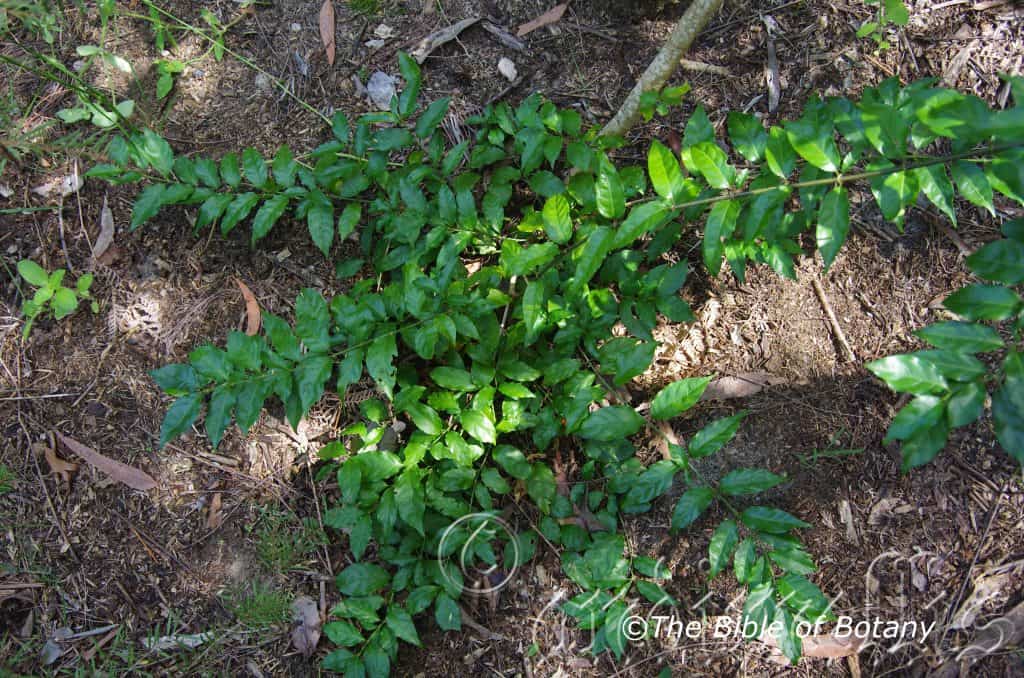
Author’s Garden The Pinnacles NSW
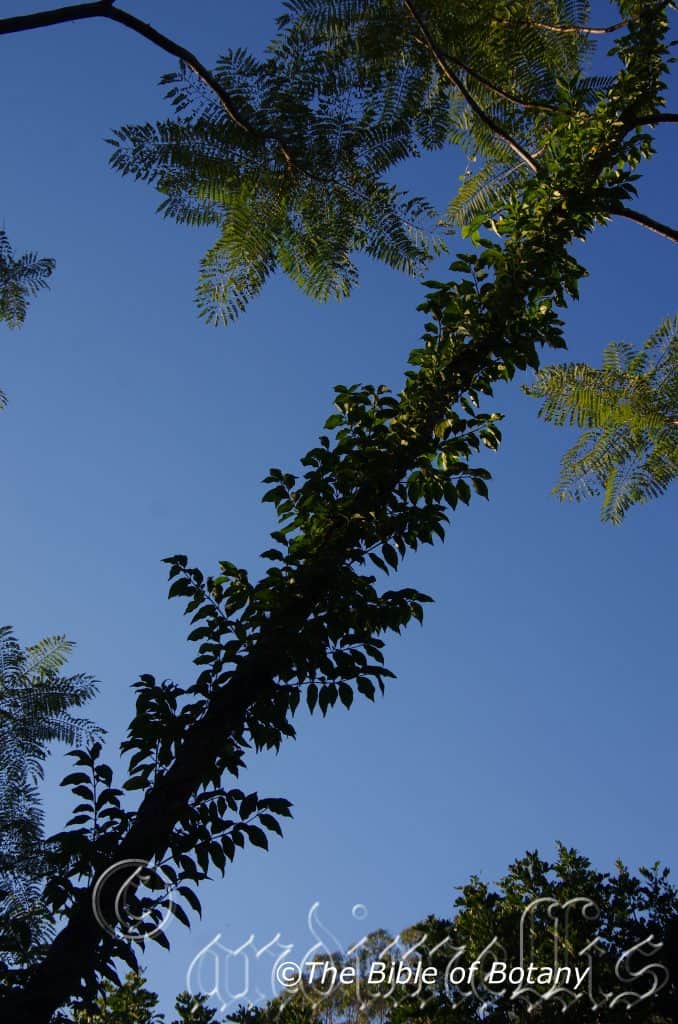
Author’s Garden The Pinnacles NSW
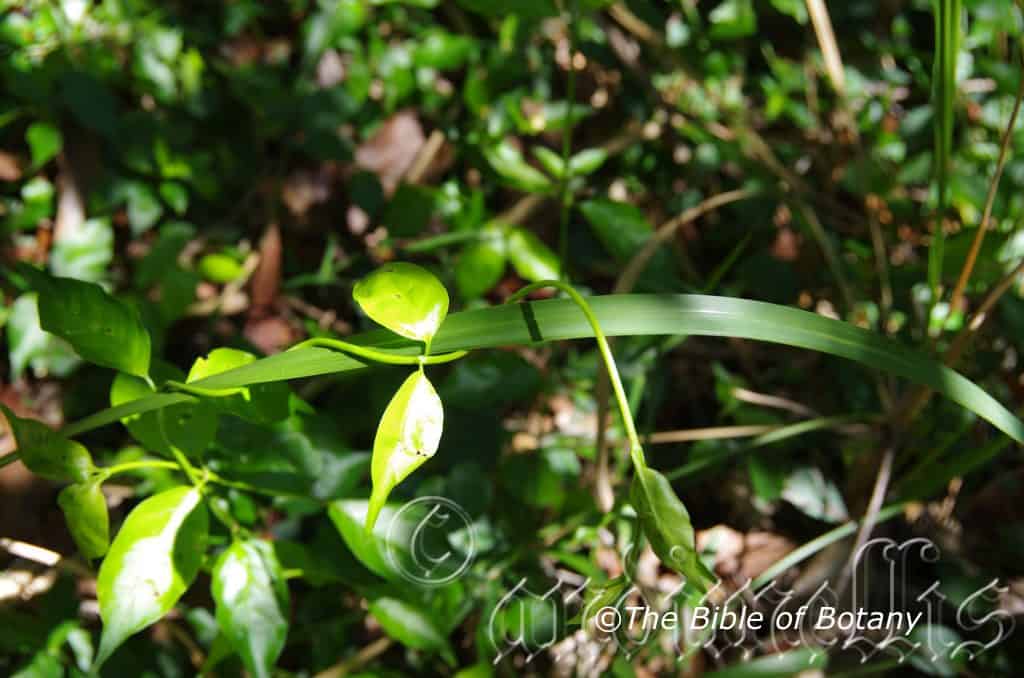
Fortis Creek National Park
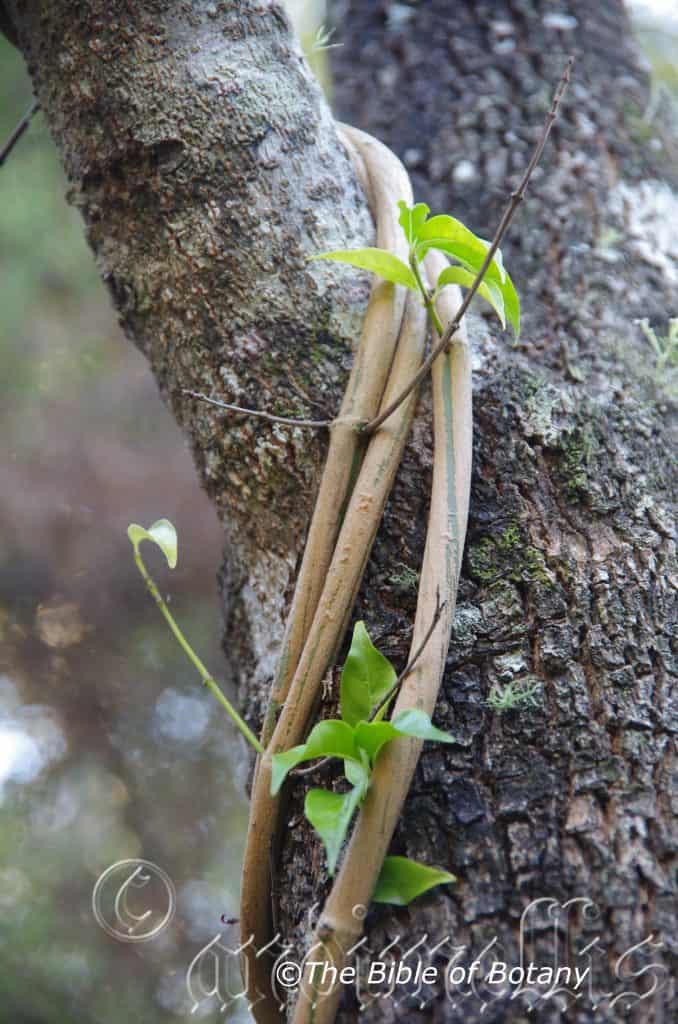
Author’s Garden The Pinnacles NSW
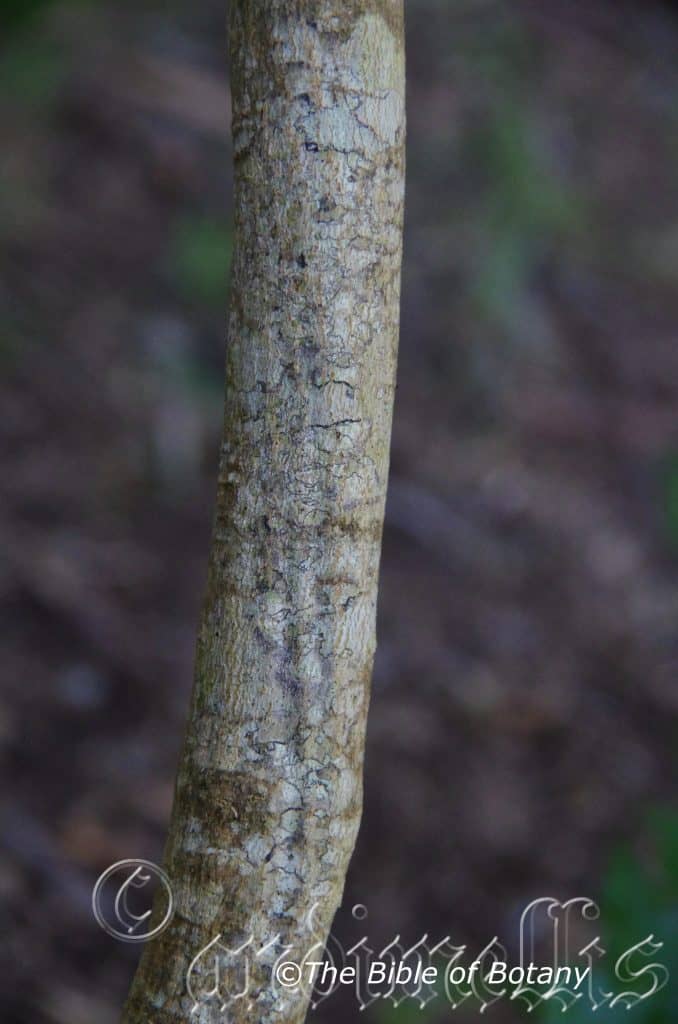
Author’s Garden The Pinnacles NSW
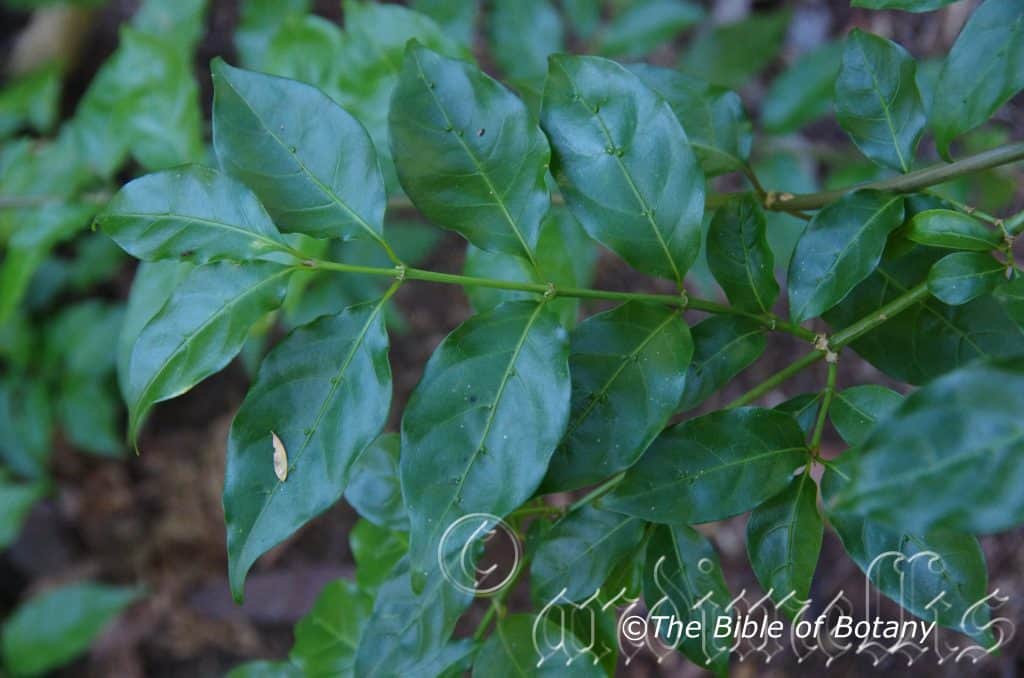
Author’s Garden The Pinnacles NSW
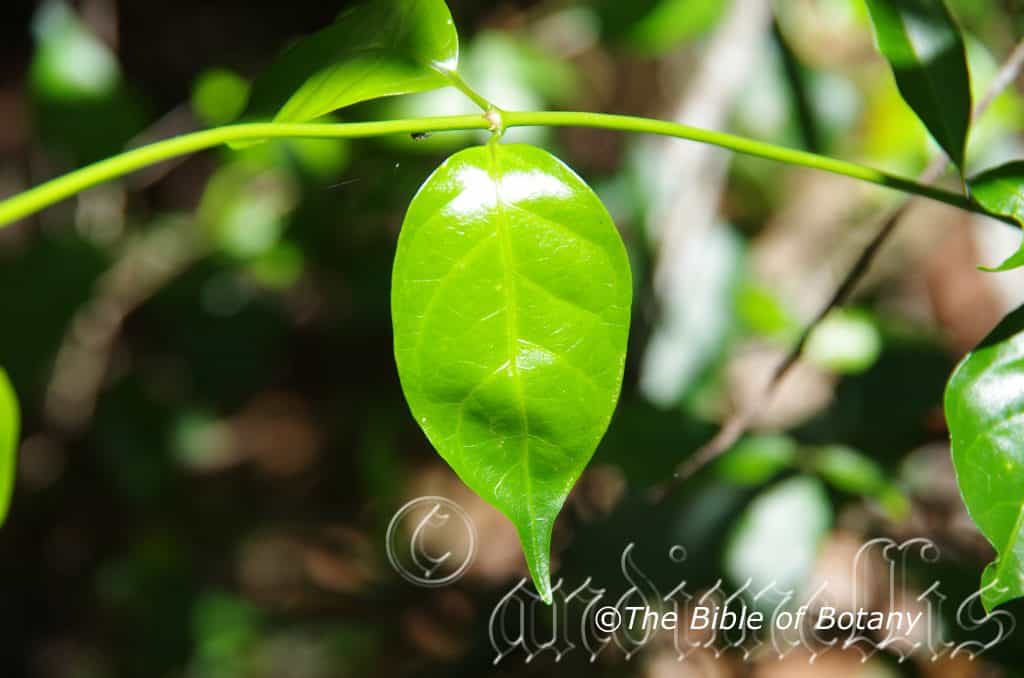
Fortis Creek National Park
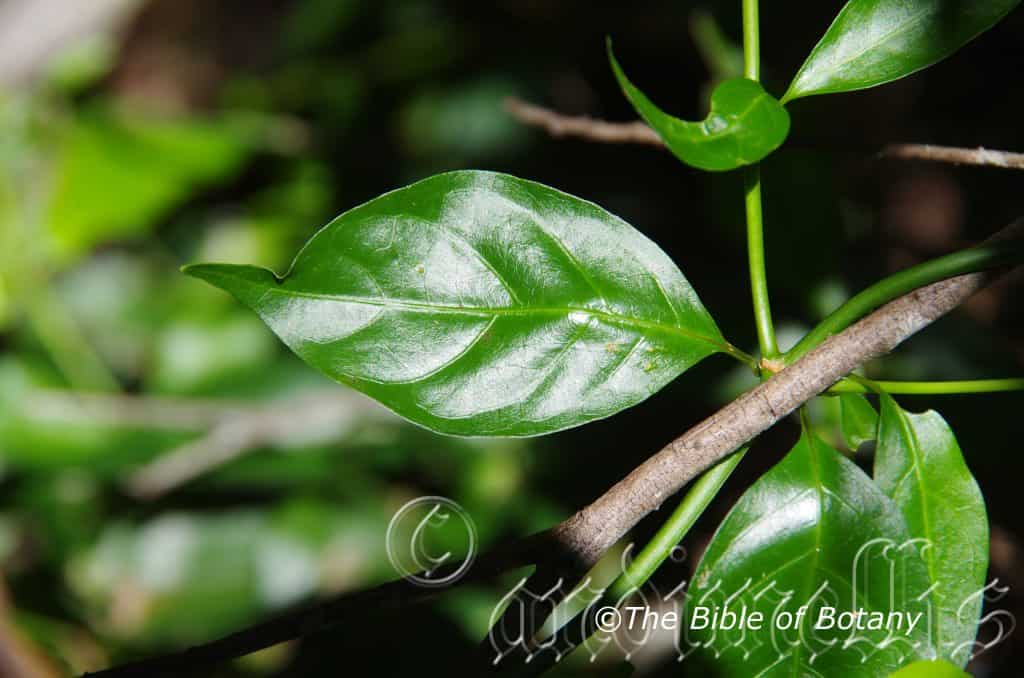
Fortis Creek National Park
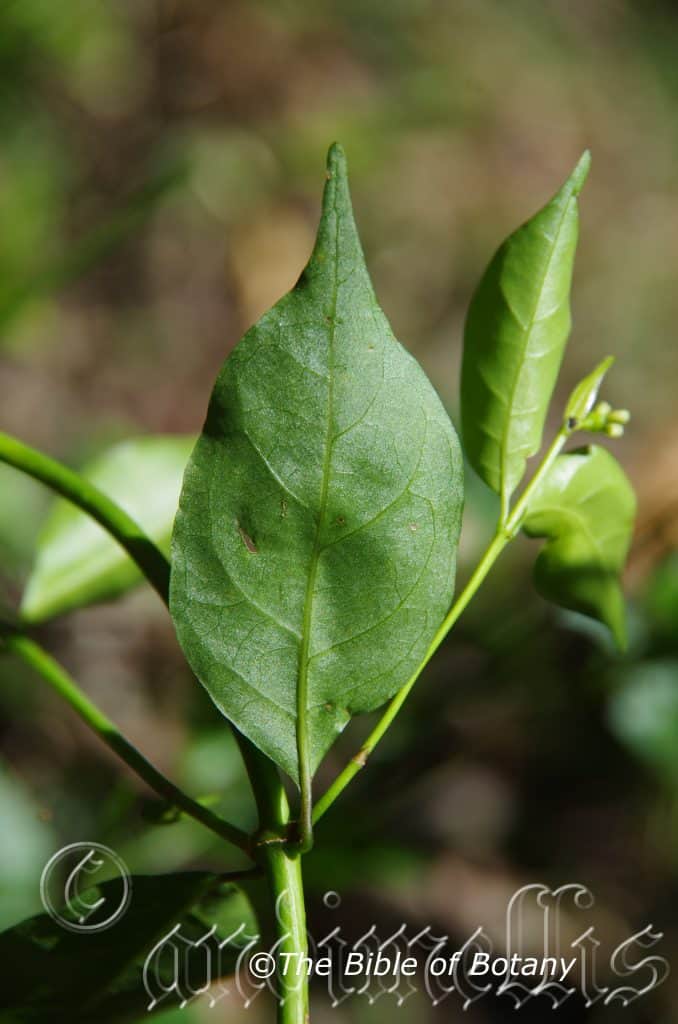
Fortis Creek National Park
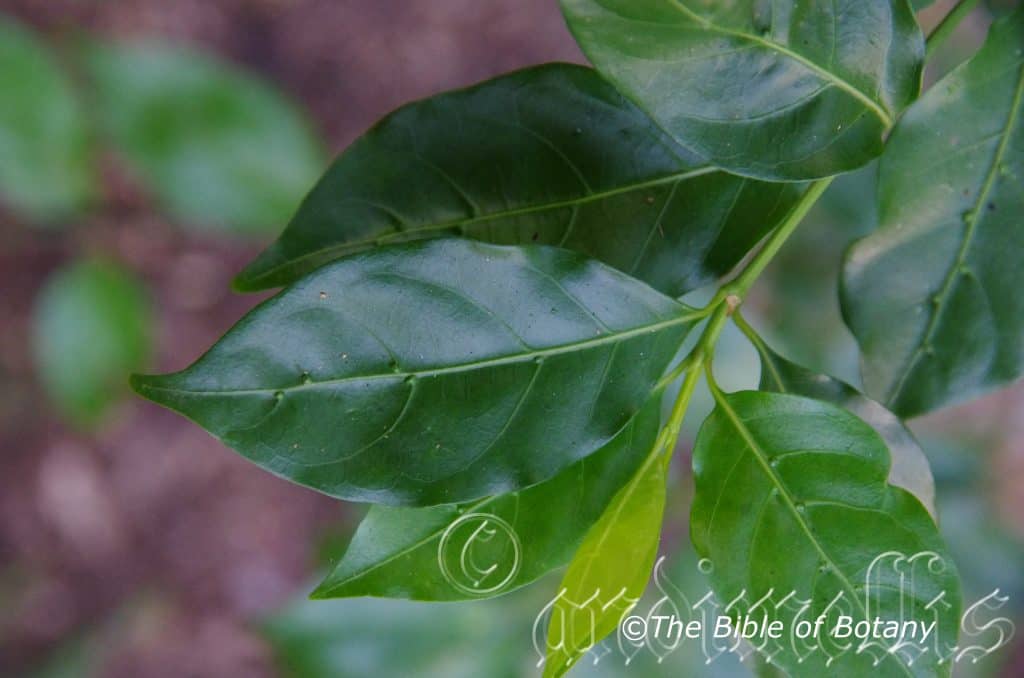
Author’s Garden The Pinnacles NSW
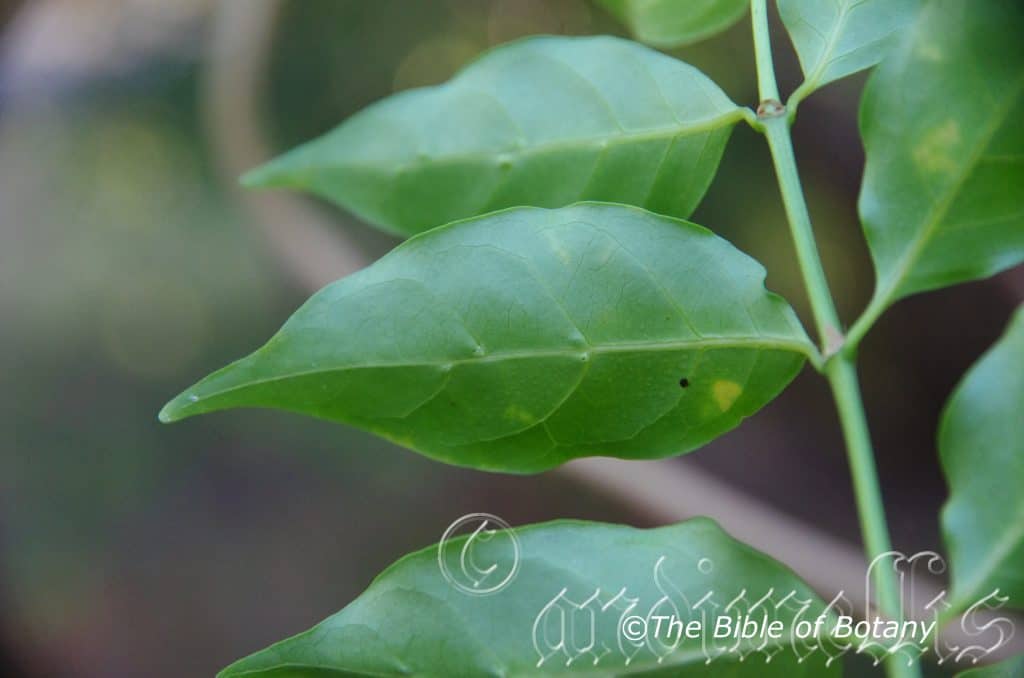
Author’s Garden The Pinnacles NSW

Author’s Garden The Pinnacles NSW
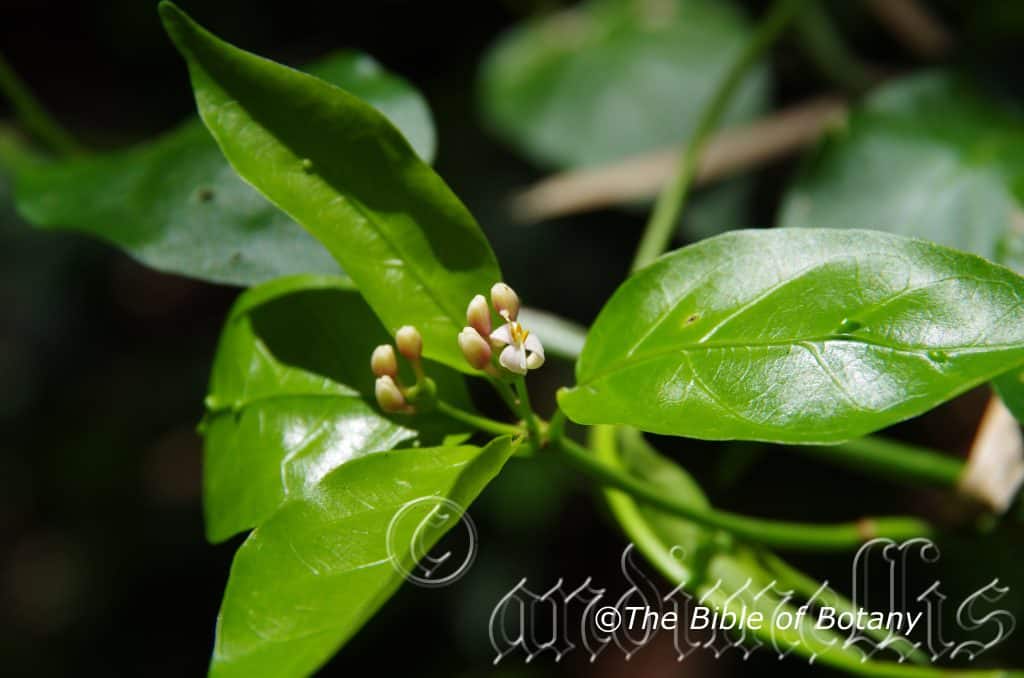
Fortis Creek National Park
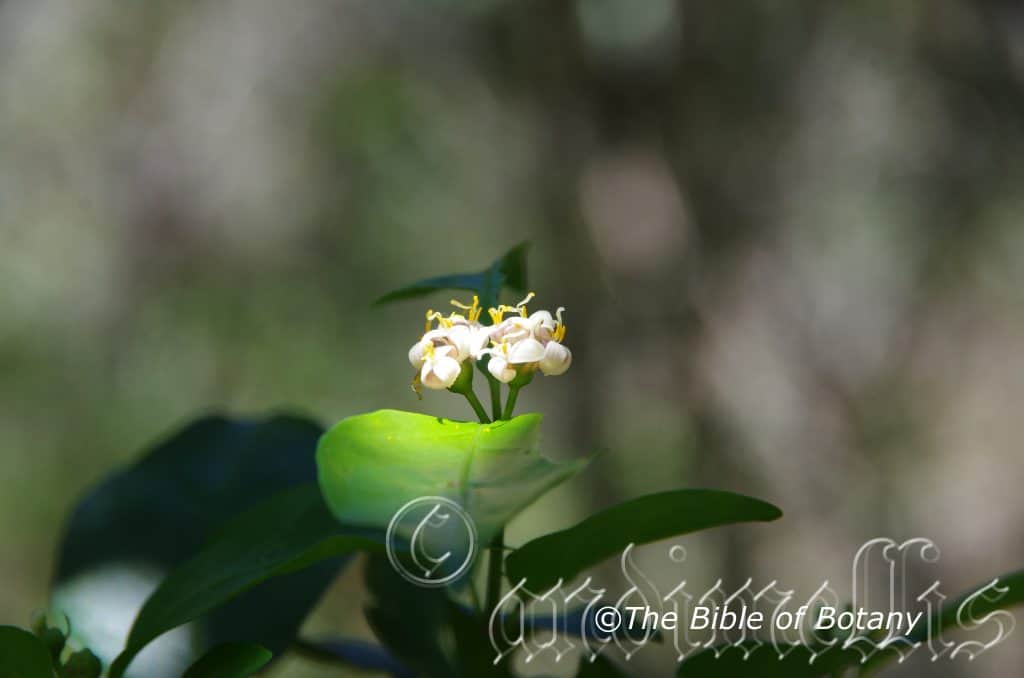
Fortis Creek National Park
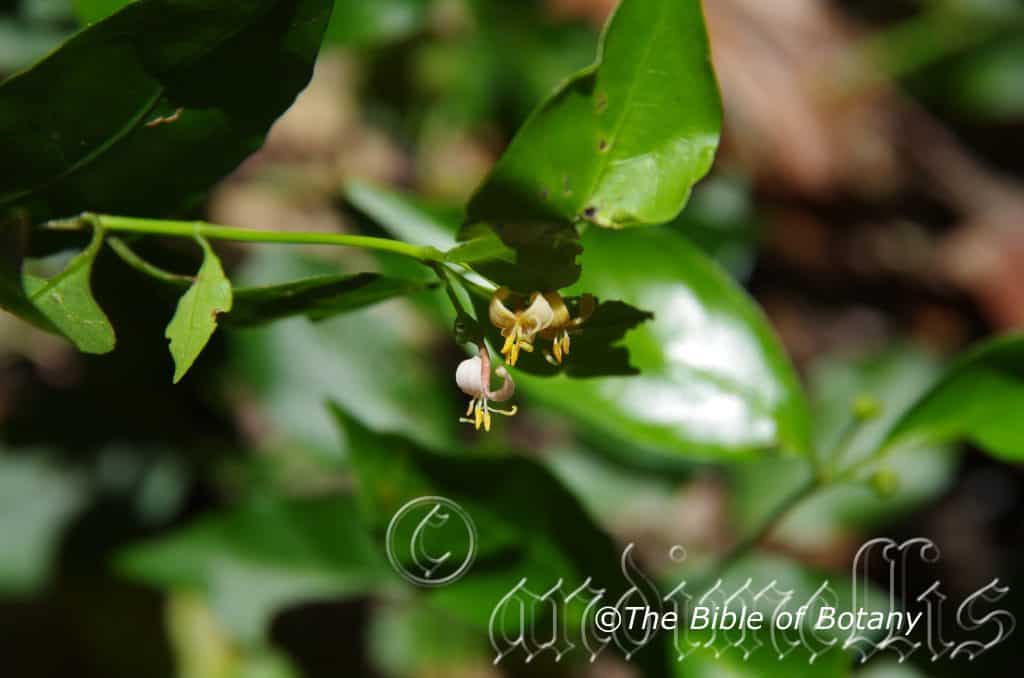
Fortis Creek National Park
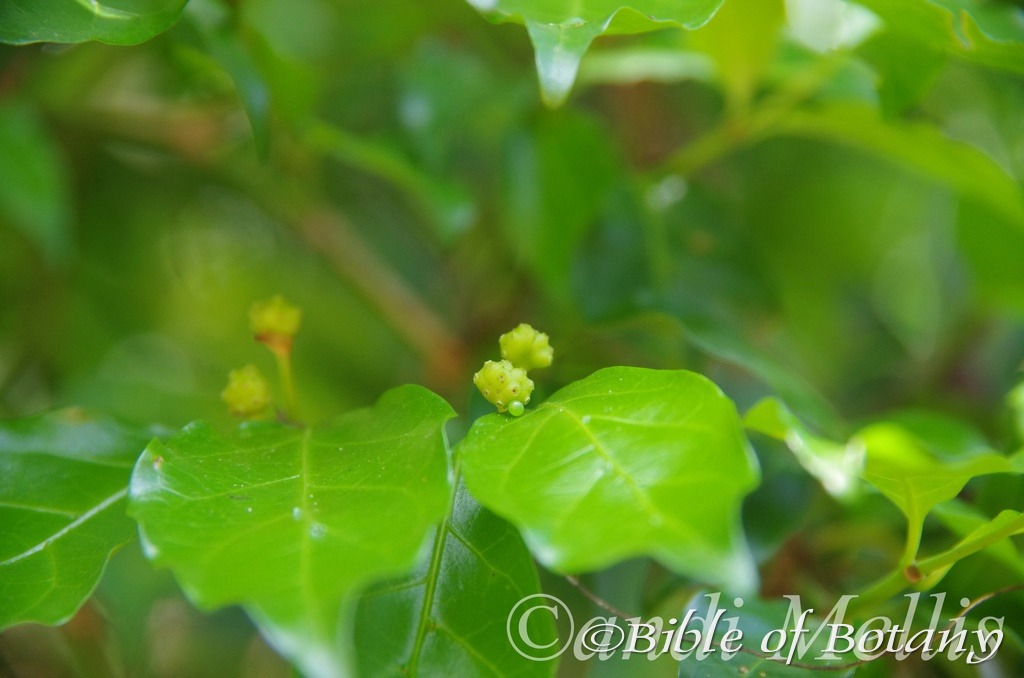
Author’s Garden The Pinnacles NSW
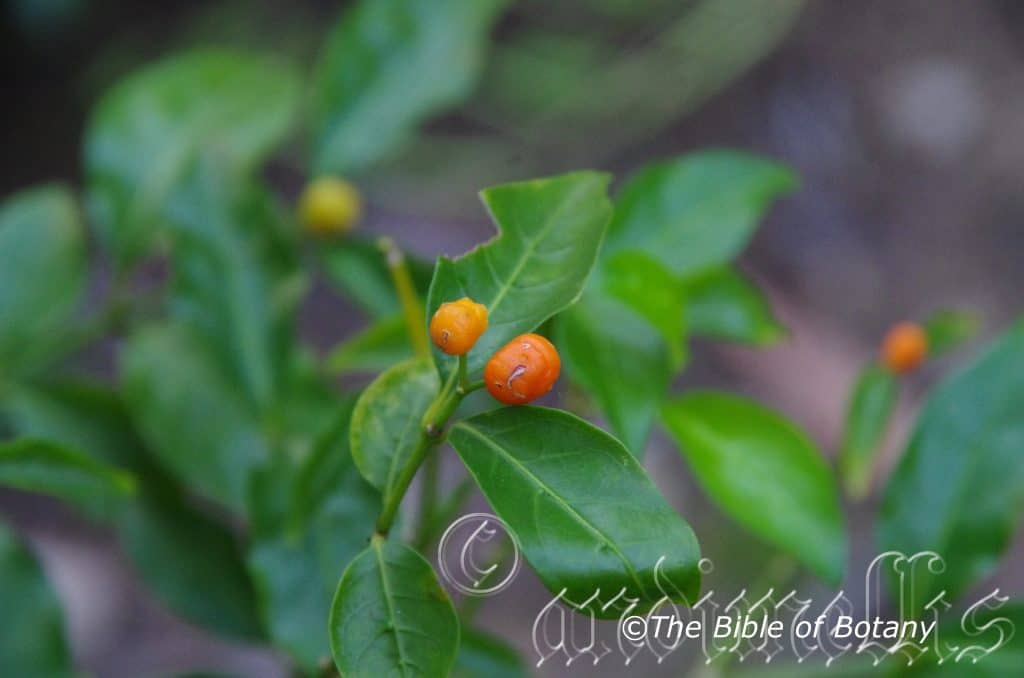
Author’s Garden The Pinnacles NSW
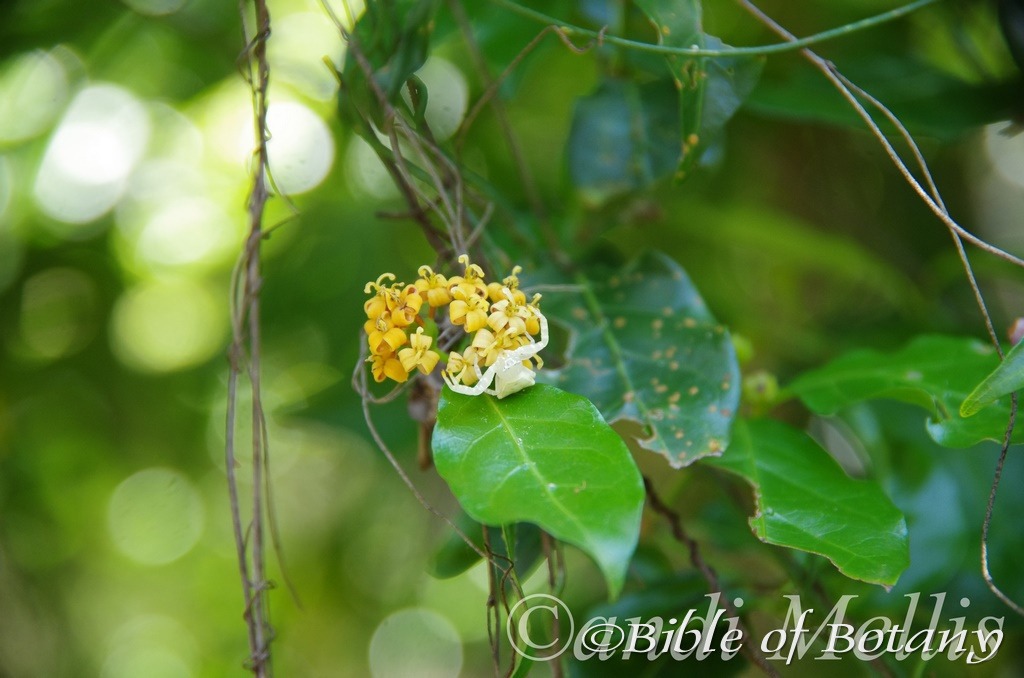
Author’s Garden The Pinnacles NSW White Crab Spider Thomisus spectabilis nestled at the edge of the flowers.

Author’s Garden The Pinnacles NSW
Gynochthodes jasminoides
Classification:
Unranked: Angiosperms
Unranked: Eudicots
Unranked: Asterids
Order: Gentianales
Family: Rubiaceae
Sub family: Rubiodeae
Genus: From Gýnos/Gunḗ, which is Ancient Greek or later Gynus, which is Latin for a woman and Kalyx/Chthalyx, which is Ancient Greek for a cup and Eîdos/Oides, which is Ancient Greek for alike or similar to. It refers to flowers, which resemble a deep cup or mug. Despite Chthonia being the sixth daughter of the mythical king Athens she was as her name states down to earth earthy. She later founded a sanctuary for safety and life. It refers to plants especially vines, which hug the ground as scrambly shrubs for many years before breaking out to climb, flower and fruit to its maximum.
Species: From Jasminum, which Latin for the Asian sweetly scented Jasmine and Oides, which is Ancient Greek for alike or to resemble. It refers to plants, which resemble the Asian jasmine in appearance or the scent of the flower being similar.
Sub species:
Common Name: Sweet Morinda, Sweet Jasmine or Native Jasmine.
Distribution:
Gynochthodes jasminoides is a widespread species which is found east from the Kimberley coast in far north west of Western Australia, Bathurst and Melville Islands Darwin to Rocky Bay across the Top End of the Northern Territory then south from the Claudie River in far north eastern queensland to Glenaladale National Park in south eastern Victoria. In the east it is mainly found on and east of the Great Dividing Range to the coast.
https://avh.ala.org.au/occurrences/search?taxa=Gynochthodes+jasminoides#tab_mapView
Habitat Aspect Climate:
Gynochthodes jasminoides prefers light dappled shade to denser shady places in lowland to upland rainforests to growing in the transitional zones of well-developed tropical rainforests and warm sub-tropical rainforests to warm temperate rainforests. The altitude ranges from 5 meter ASL to 1500 meters ASL.
The temperatures range from minus 3 degrees in August to 42 degrees in January.
The rainfall ranges from lows of 850mm to an average of 3200mm.
Soil Requirements:
Gynochthodes jasminoides prefers better quality sandy loams to medium clays. The soils are usually derived from decomposed granites, sandstones, metamorphic rocks brown basalt or black basalts. The soils pH ranges from 4.5pH to 6pH. It does not tolerate waterlogged soils. Non saline soils to moderately saline soils are tolerated.
Height & Spread:
Wild Plants: 3m to 8m by 2m to 4m.
Characteristics:
Gynochthodes jasminoides has stems that measure 50mm to 70mm in diameter. The bark is finely, irregular ribbed longitudinally with irregular fine black scribbles. Radial lines or segments of bark and wood form a pattern in transverse sections of the stem resembling drainage lines running into a central lake or a wheel hub. The terete juvenile stems are lime green turning deep green before maturing. The stems are glabrous and smooth.
The broad elliptical or oblong leaves measure 25mm to 110mm in length by 10mm to 45mm in width. The terete or semi terete, glabrous petioles measure 4mm to 12 mm in length. The stipules sheath the stems and measure 1.5mm to 4mm in length. The mid vein is prominent on the lower lamina, and distinctly visible on the upper lamina, while the 3 or 4 lateral veins on either side of the mid vein are set at 50 to 60 degrees and form loops well away from margin. The bases are cuneate to rounded, while the apex is long acuminate. There are usually 1 to 4 large, large, pit like domatia present in the vein axils. The foveoles are seen as humps on the upper lamina. The margins are entire and undulating.
The calyxes measure 0.8mm to 1.5mm in length, while the lobes are absent. Corolla tube about 5-6 mm long, lobes about 3-4 mm long. Anthers bright yellow, about 2 mm long, protruding beyond the corolla tube. Pollen orange.
There are 3 to 20 individual flowers in a terminal head that measure 8mm to 10mm in diameter. The peduncles measure 5mm to 35mm in length. The fused, truncate or minutely toothed calyxes measure 0.8mm to 1.5mm in length. The white, pinkish to purplish, tubed corollas measure 2mm to 6mm in length, while the 3 or 4 obtuse lobes measure 2mm to 4.5mm in length. The exserted, white stamens measure 2mm to 5mm in length, while the dorsifixed linear, bright yellow-orange to bright orange anthers measure 1.5mm to 2mm in length. The deformed looking, compressed, white style measures 8mm to 12mm in length, while the white, linear stigma measures 2mm to 3.5mm in length.
The globular fleshy drupes measure 8mm to 12mm in diameter. The surface is marked by numerous crater-like pits or obtuse mounds. The orange drupes surface is rather hard and contain 2-4 pyrenes. The numerous seeds are irregular in shape and measure 2.2mm to 4mm in length by 1.7mm in diameter. The embryo measures 1mm to 1.2mm in length by 0.3mm in diameter.
Wildlife:
Gynochthodes jasminoides flowers are visited by many different specie of butterflies, beetles, wasps and native bees.
Cultivation:
Gynochthodes jasminoides is a moderate growing plant which is worthwhile growing for the faint but beautiful fragrance of its flowers which is sweet but not overpowering. It makes an excellent medium size tree, shrub or vine when establishing a small rainforest. It always look green and fresh especially where adequate ground moisture is retained whether it is grown in light shade or full sun. It is very suitable on sandy clay soils. It is most suitable for small, medium and large gardens close to the coast in temperate, sub-tropical or tropical gardens.
It is cold tolerant to temperatures at least as low as minus 3 degrees once established. It should be protected until it reach is at least 2 meters in height.
It is best used adjacent to small areas of bush close to paths or the house so the fragrance can radiate out and can be appreciated regularly. They can be planted in small groups of 2 or 3 to enhance their appearance and bushiness.
When planting the trees in a rainforest try to place them in the center with other smaller dry rainforest trees so their scent lingers within the forest.
If mild native fertilizers are used it will develop quickly after 3 or 4 years of stabilizing themselves.
In a native garden it can be used for attracting butterflies, native bees, native flies or native beetles during flowering which are necessary for fertilization of the flowers.
It is useful as a backdrop small tree contrasting with smaller finer leaf shrubs that are planted in the foreground. Grey foliage plants contrast beautifully with the green leaves.
It makes an excellent dense foliaged climber for pergolas, fences or trailing over stumps or even a creeping ground cover for larger areas along the coast on skeletal sands and decomposed sandstones based soils. The trunks will develop the lichen patterns at an early age and are most suitable for small epiphytic orchids. There biggest drawback is that they never fully develop a dense crown.
Propagation:
Seeds: The seeds can be sown directly into a seed raising mix. Cover the seeds with 2mm to 3mm of fine weed free mulch and keep moist. Place the tray in a warm shady position. When the seedlings are 30mm to 50mm tall, prick them out and plant them into 50mm native tubes using a good organic mix.
Once the seedlings reach 100mm to 150mm in height they can be planted out into their permanent position. Group plantings of three to five trees are particularly attractive and will give a better appearance and a stronger scent.
Fertilize using seaweed, fish emulsion or organic chicken pellets soaked in water on an alternate basis. Fertilize every two months until the plants are established then twice annually in early September and March to maintain better health, vitality and better flowering.
Further Comments from Readers:
Hi reader, it seems you use The Bible of Botany a lot. That’s great as we have great pleasure in bringing it to you! It’s a little awkward for us to ask, but our first aim is to purchase land approximately 1,600 hectares to link several parcels of N.P. into one at The Pinnacles NSW Australia, but we need your help. We’re not salespeople. We’re amateur botanists who have dedicated over 30 years to saving the environment in a practical way. We depend on donations to reach our goal. If you donate just $5, the price of your coffee this Sunday, We can help to keep the planet alive in a real way and continue to bring you regular updates and features on Australian plants all in one Botanical Bible. Any support is greatly appreciated. Thank you.
In the spirit of reconciliation we acknowledge the Bundjalung, Gumbaynggirr and Yaegl and all aboriginal nations throughout Australia and their connections to land, sea and community. We pay our respect to their Elders past, present and future for the pleasures we have gained.